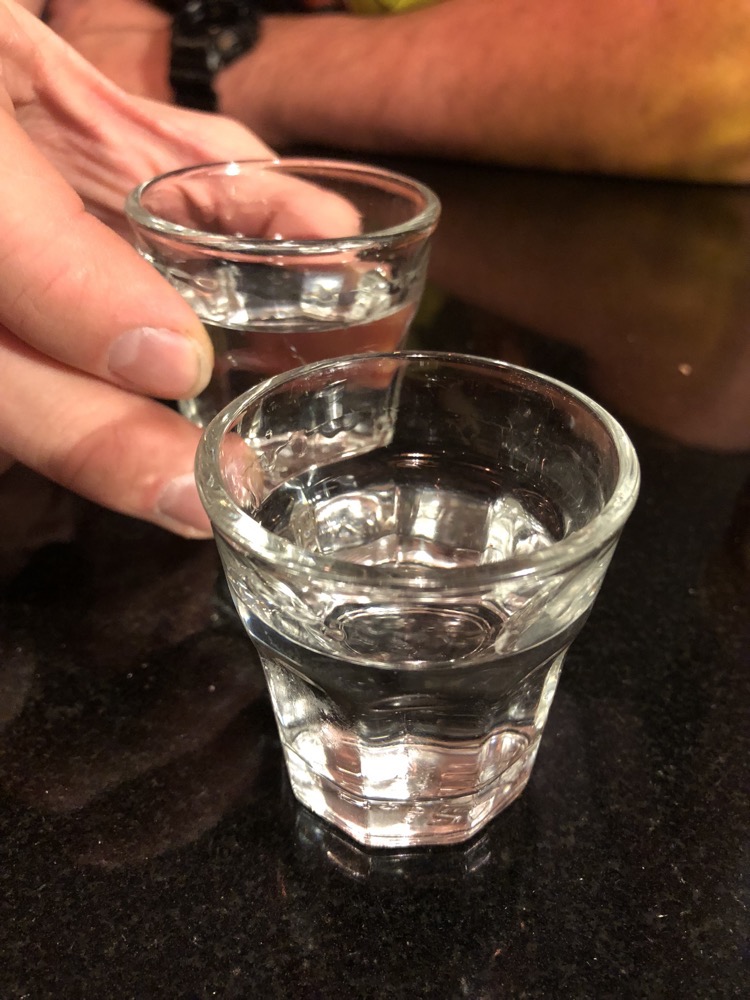This morning we were planning to explore Riga’s Old Town which was founded in 1201 and is a former Hanseatic League state. Riga’s gorgeous old historical town centre has been a UNESCO World Heritage Site since 1997 and is well known for its blend of medieval architecture and, oddly, Art Nouveau buildings.
The first place on our ‘to visit’, list (largely due to the proximity to our hotel), was St. Peter’s Church which is the largest Lutheran church in Riga. St Peter’s first turns up in records dating from the very early 1200s after a fire swept through Riga in 1209, but the church was undamaged because it one of the few builgins in town of masonry construction. The history of the church’s construction is a weird blend of architectural styles – having elements of Gothic, Romanesque and early Baroque influences.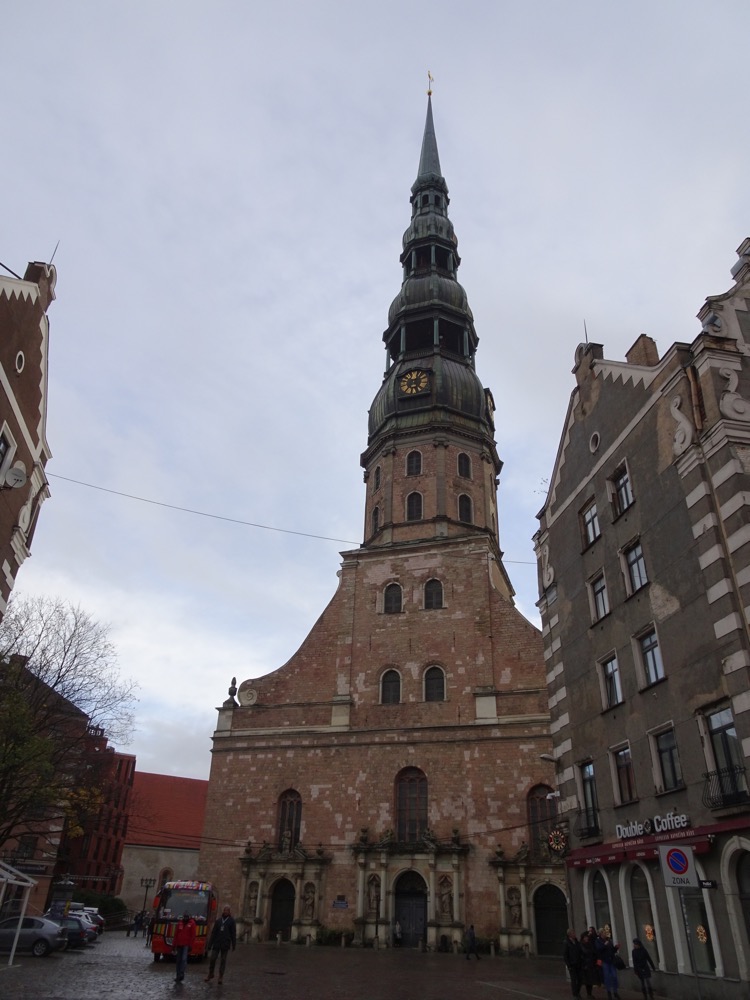
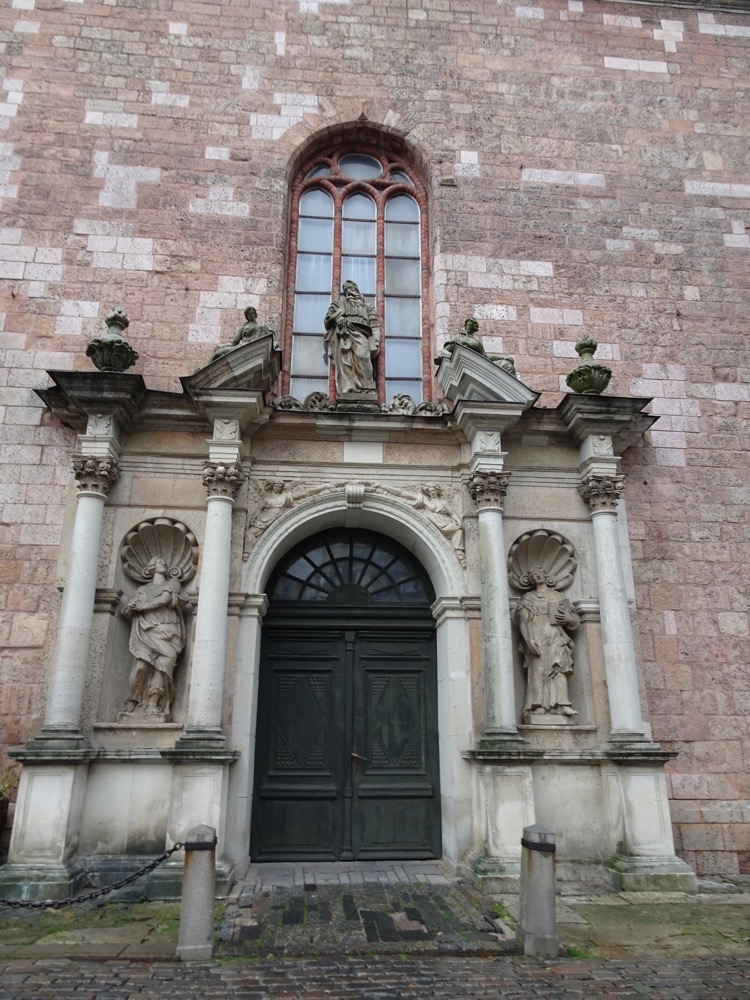
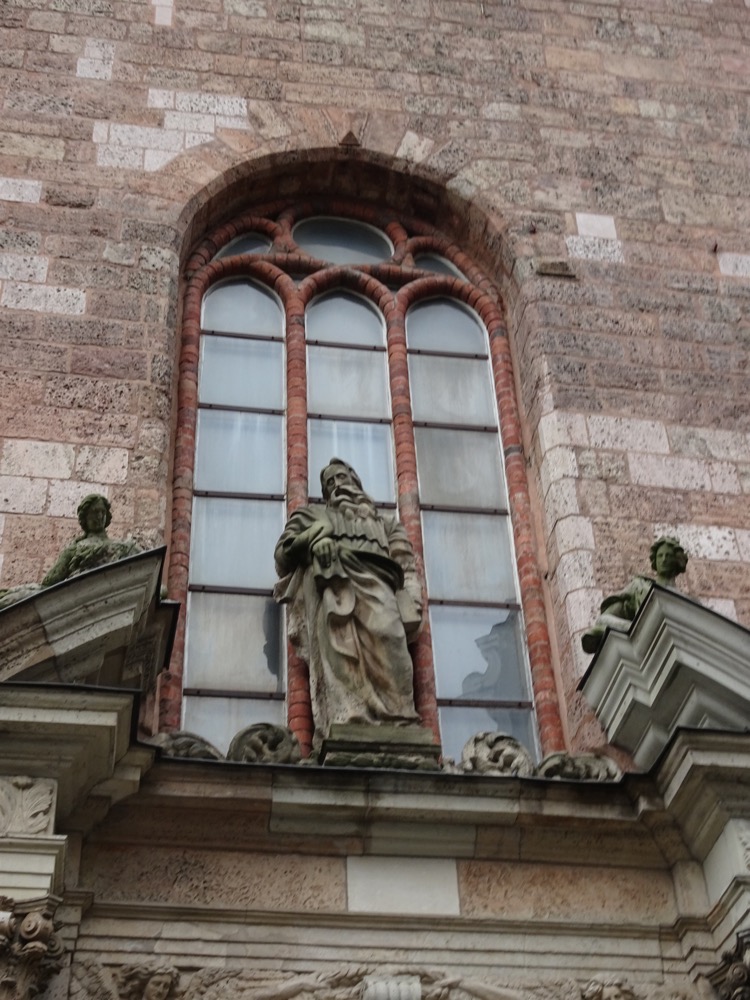
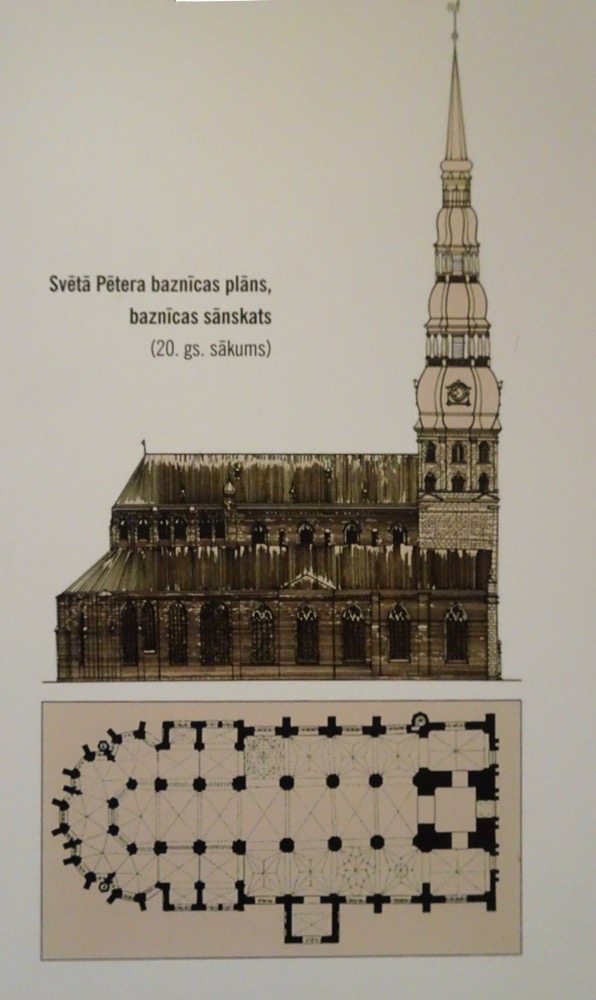
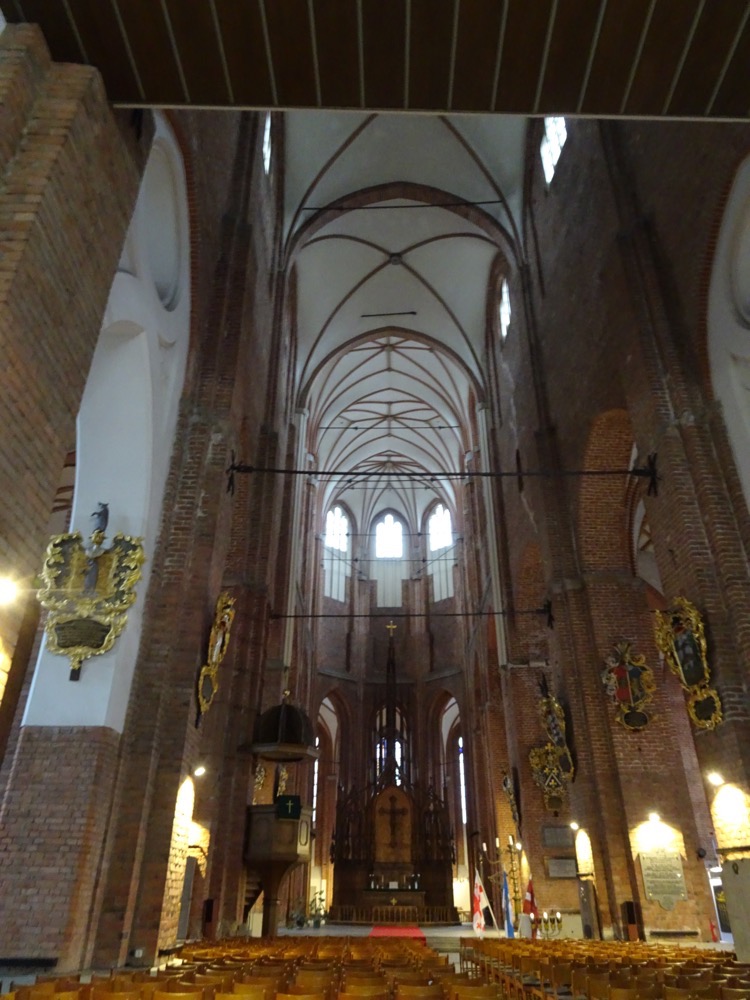
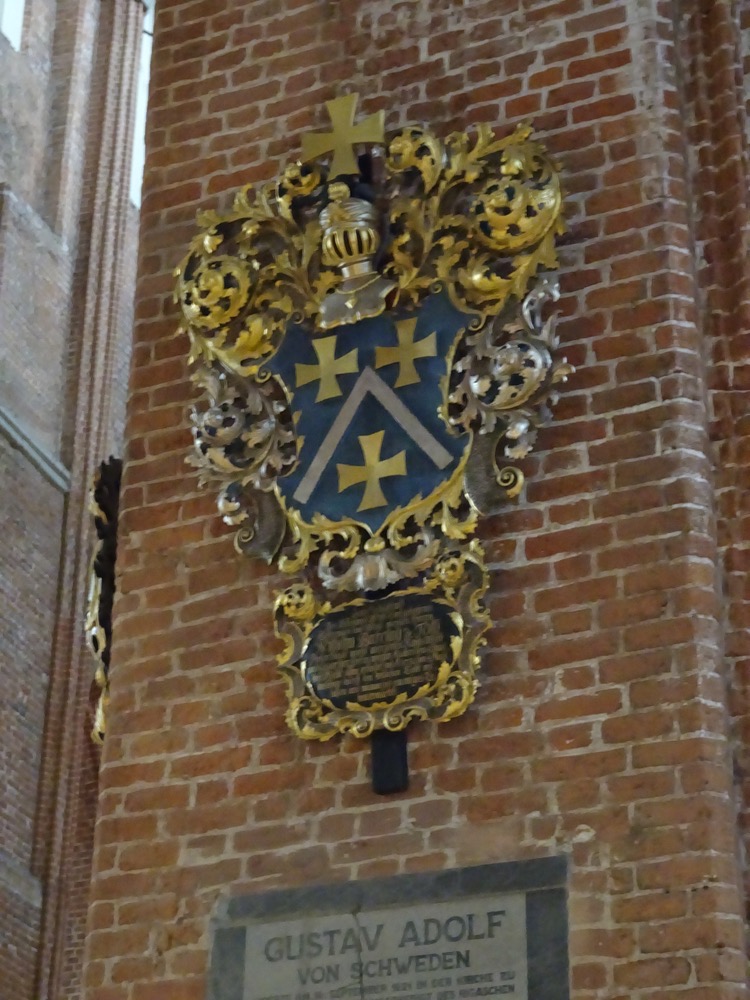
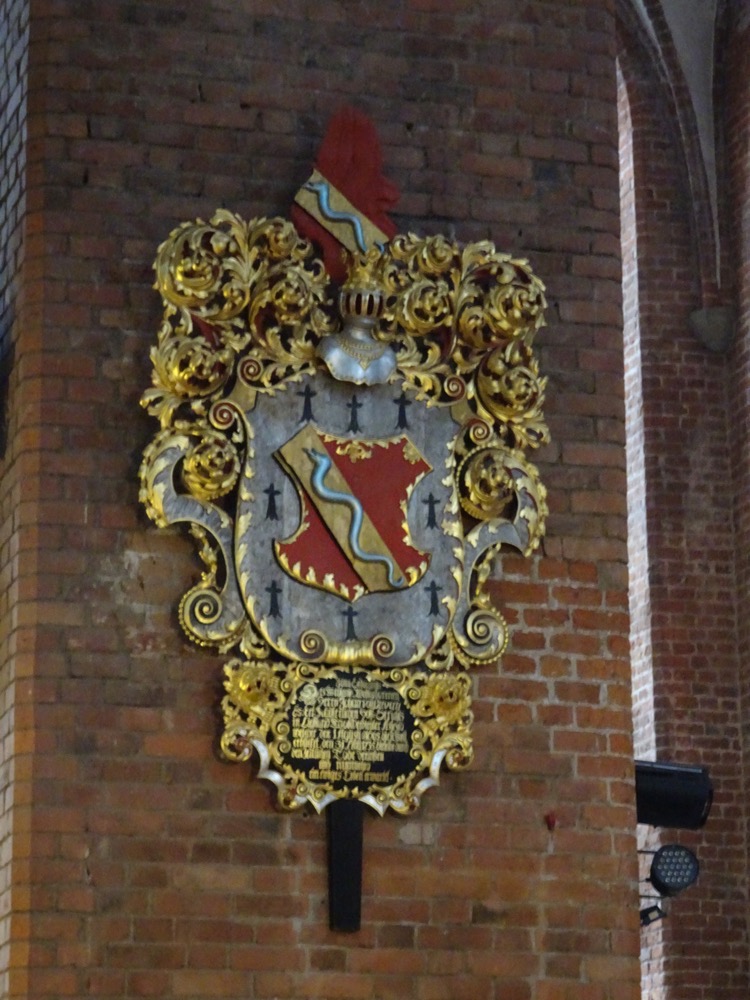
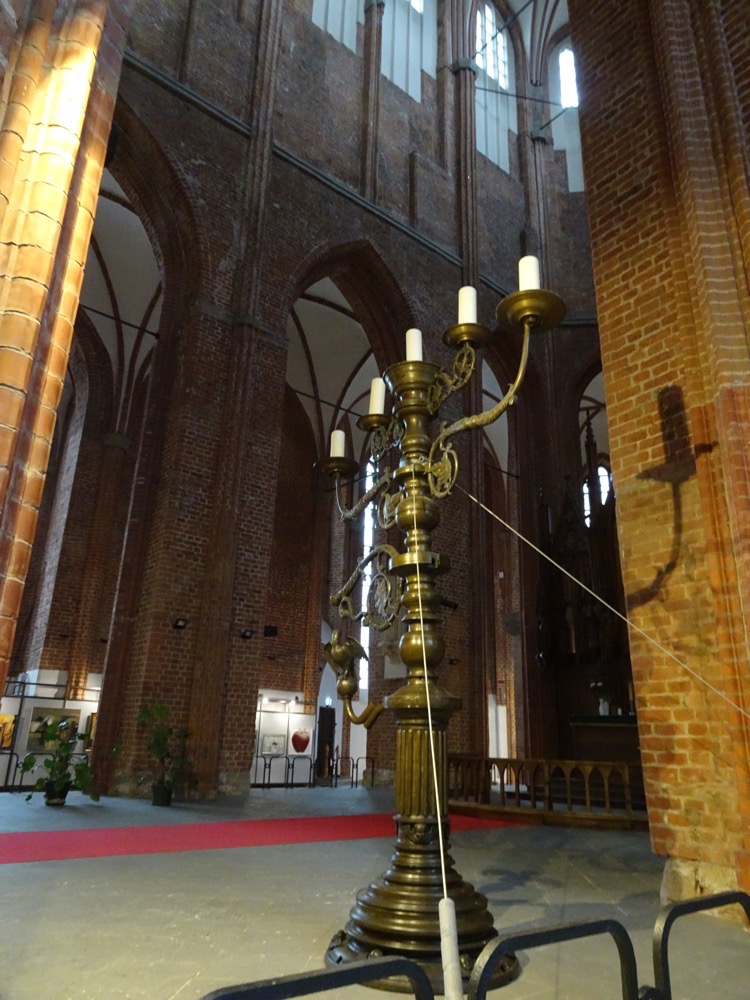 During World War II, the church lost this rather imposing bronze candelabrum that dates from 1596. It was taken by the Germans to the town of Włocławek during the actions to annexed Polish territories. It is seriously huge – 3.1m high, 3.8m wide and was bought by the Riga City Council from a local metal founder. After the war, it stayed on display at the Basilica Cathedral of the St. Mary of Assumption in Włocławek – Riga literally only got it back in 2012 as a result of a recent repatriation agreement relating to stolen cultural properties.
During World War II, the church lost this rather imposing bronze candelabrum that dates from 1596. It was taken by the Germans to the town of Włocławek during the actions to annexed Polish territories. It is seriously huge – 3.1m high, 3.8m wide and was bought by the Riga City Council from a local metal founder. After the war, it stayed on display at the Basilica Cathedral of the St. Mary of Assumption in Włocławek – Riga literally only got it back in 2012 as a result of a recent repatriation agreement relating to stolen cultural properties. 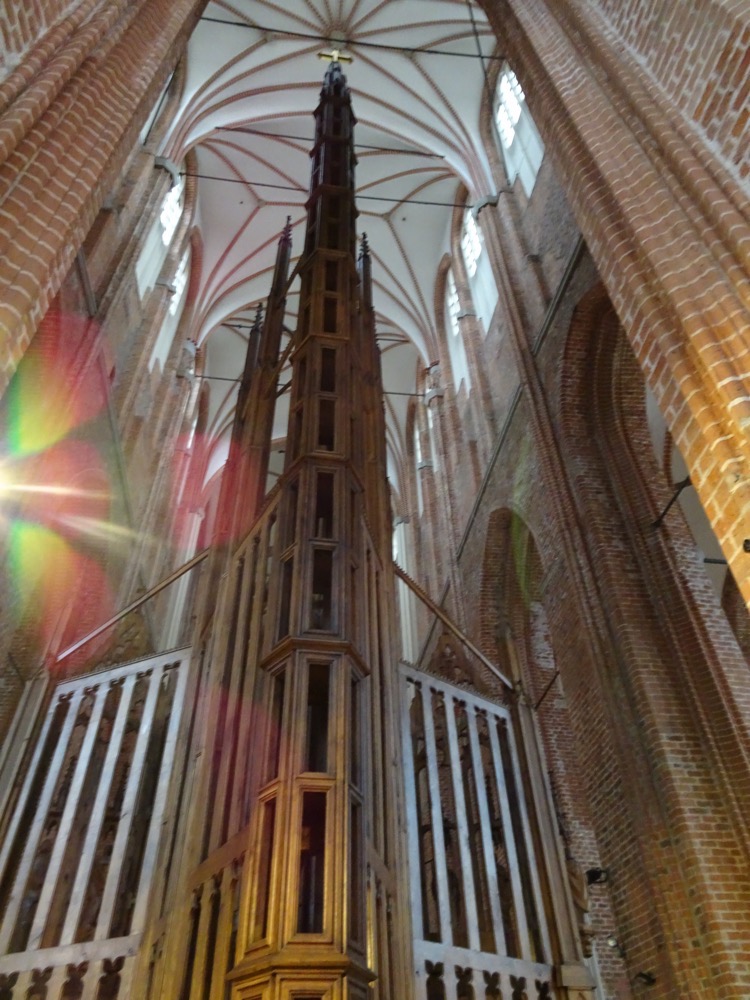 While we are walking through this amazing Gothic/Romanesque/Baroque cathedral, I found it (yet again) rather jarring to be met with a modern art exhibition. I have experienced this same discombobulation on a number of occasions – most notably at the Hagia Sofia, which should most definitely NOT be used a space for a modern art exhibition – and I got the same feeling today. Historical cathedral, fabulous. Vaulted ceilings, lovely. Gothic timberwork, beautiful. Medieval stained glass, stunning… such a shame about the modern art.
While we are walking through this amazing Gothic/Romanesque/Baroque cathedral, I found it (yet again) rather jarring to be met with a modern art exhibition. I have experienced this same discombobulation on a number of occasions – most notably at the Hagia Sofia, which should most definitely NOT be used a space for a modern art exhibition – and I got the same feeling today. Historical cathedral, fabulous. Vaulted ceilings, lovely. Gothic timberwork, beautiful. Medieval stained glass, stunning… such a shame about the modern art.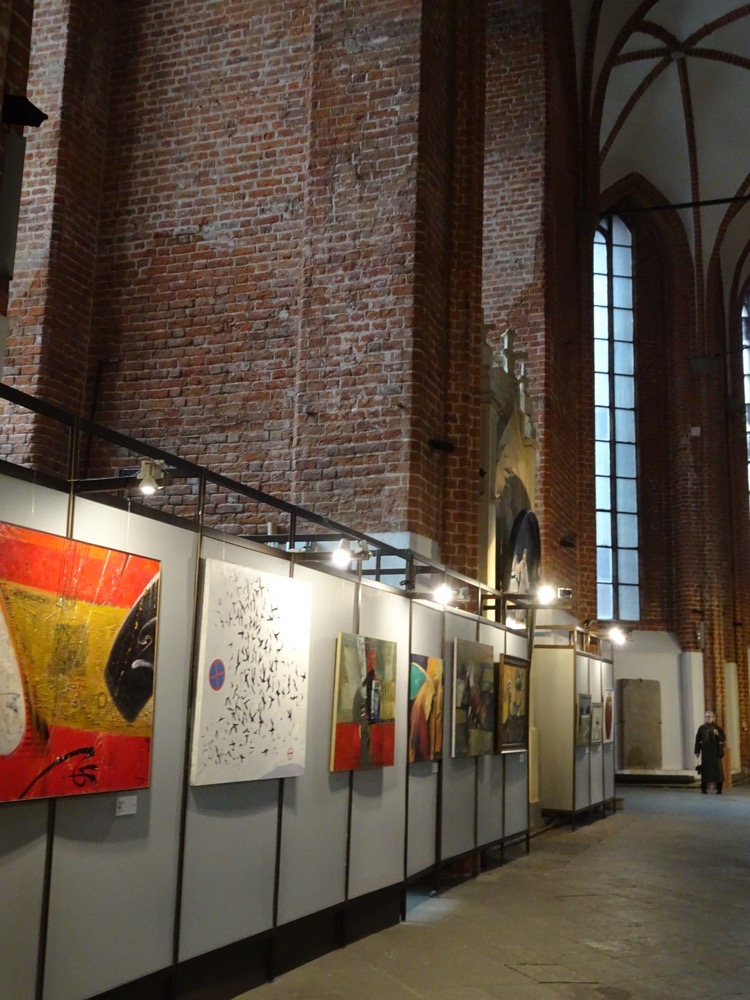 If any of you have ever seen the Hugh Grant movie, ‘Mickey Blue Eyes’, you’ll know where I am coming from with this… :/
If any of you have ever seen the Hugh Grant movie, ‘Mickey Blue Eyes’, you’ll know where I am coming from with this… :/ 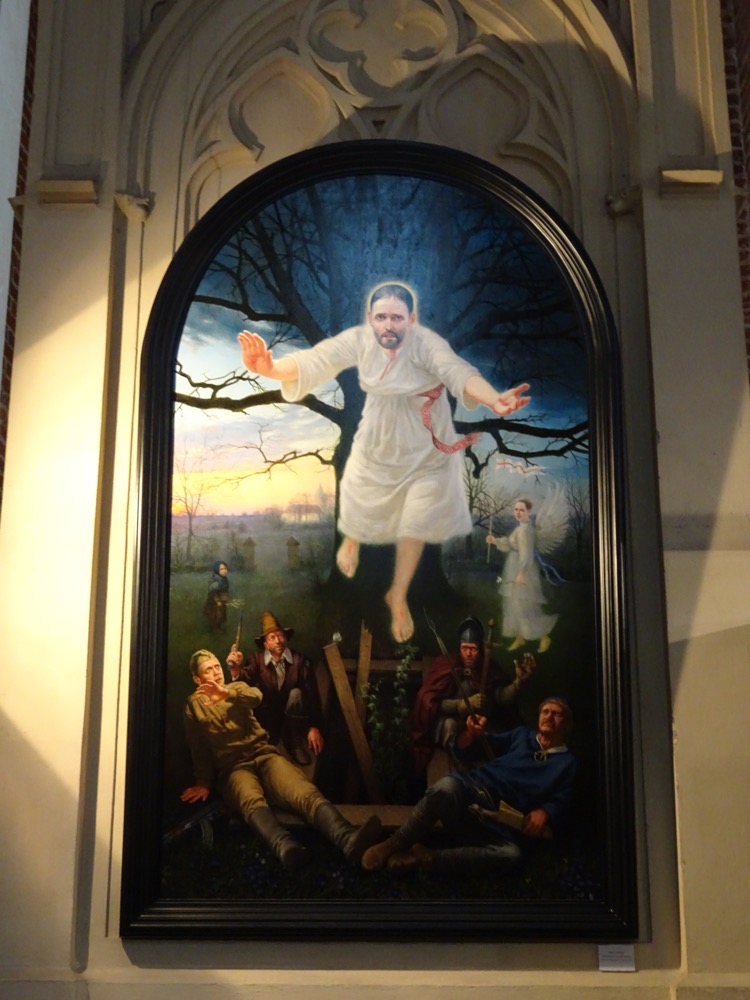 This piece no more belongs in this church than it does in a fancy auction house. :/
This piece no more belongs in this church than it does in a fancy auction house. :/ 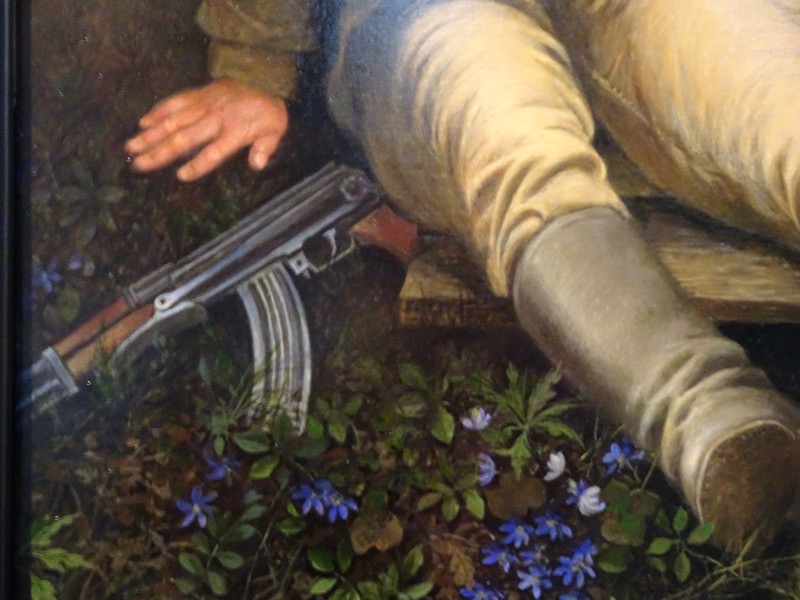 Anyway – if any of you ever happen to be curating spaces in fancy Gothic cathedrals, can you please please please – spare us the fucking modern art. It’s just not what people are here for. Cheers. Ta.
Anyway – if any of you ever happen to be curating spaces in fancy Gothic cathedrals, can you please please please – spare us the fucking modern art. It’s just not what people are here for. Cheers. Ta.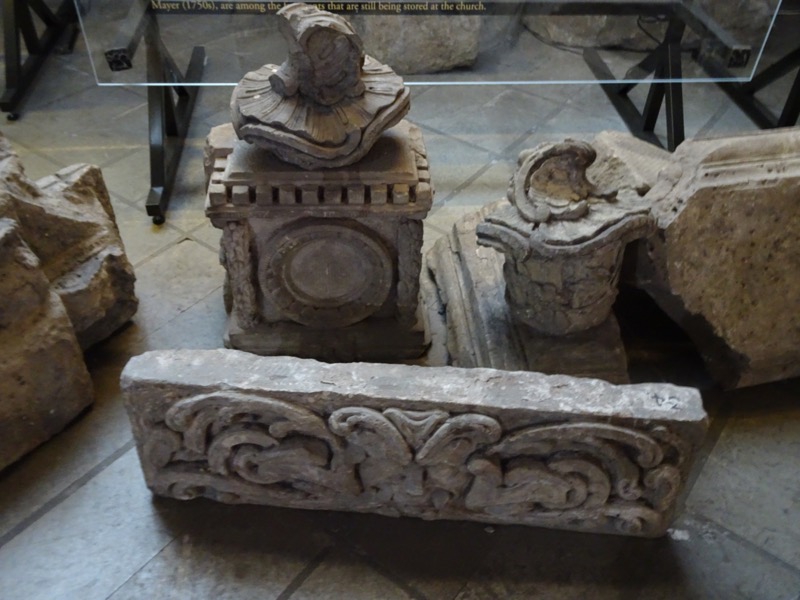
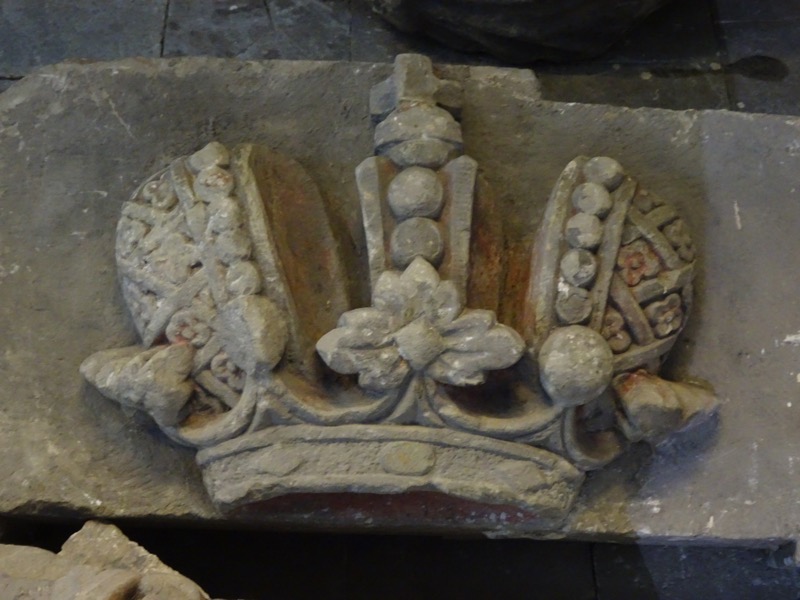
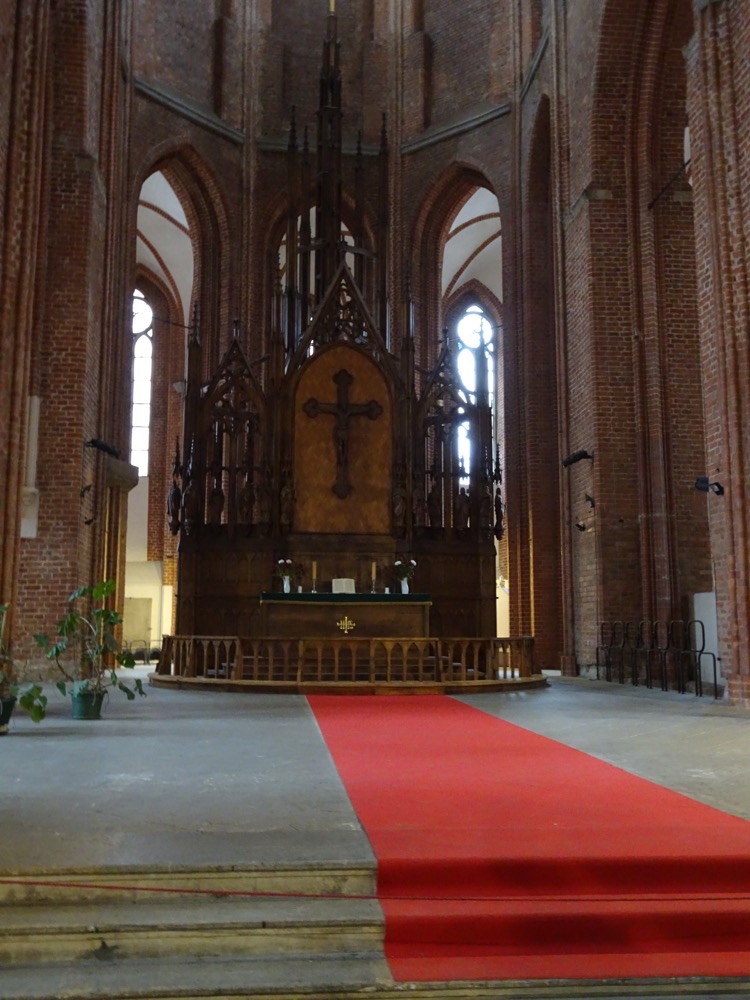
Directly across the road from St Peter’s is an odd little shop that caught my attention and we thought we’d pop in. It is called Baltu Rotas – here is their website: http://www.balturotas.lv/us In their little store they have some amazing recreations as well as some authentic extant relics of medieval Latvian jewellery! Colour me surprised. Most of the pieces in store are either copies of local found extant pieces or inspired by extant pieces found in the Baltic area. Absolutely gorgeous stuff… I may have come home with some new pieces which I am very happy about (who said money can’t buy you happiness?). These are just a few pictures of their small ‘museum’ room.
Next we went to a walk to the House of the Blackheads – no, it’s not a house for fans of /r/popping (ewww!) but rather a building that was originally erected between 1300-1350AD for the Brotherhood of Blackheads. The Brotherhood was a guild for unmarried merchants, shipowners, and foreigners. The building had major construction works done later in 1560 and again in 1886 when lots of the sculptures and ornamentations were added – but like nearly everything else in Europe, it was bombed to hell by the Germans on June 28, 1941, leaving the building somewhat decimated so that the Soviets could come and totally leave the building in ruins in 1948 when they came marching through bombing things. The current incarnation of the building was created from 1995 to 1999, and I have to say, it is very very impressive. Gorgeous brickwork, beautiful sculptures and I love the bright clock.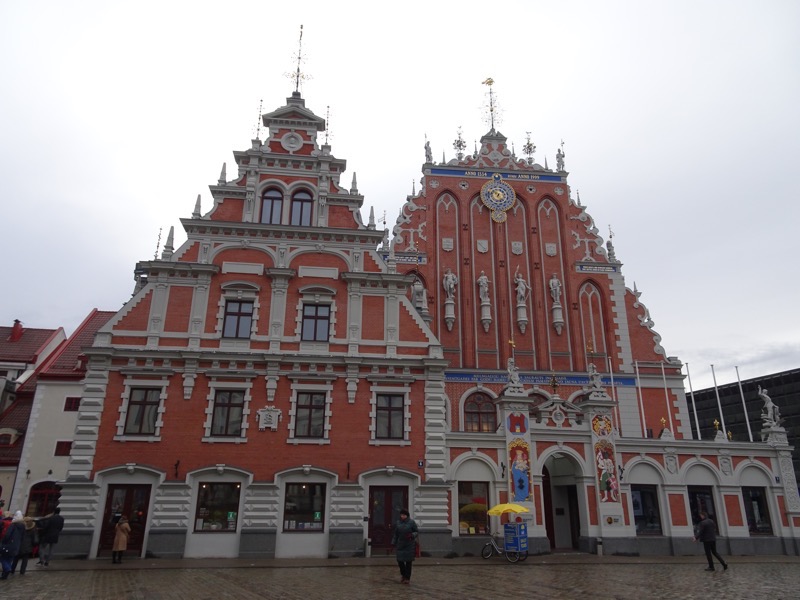 Most of the Blackheads members were of German descent and they would travel and supply exotic goods from overseas. Being part of the guild provided protection for their ships and caravans from pirates and robbers. The Blackheads had St. Maurice as a patron saint, and he was usually as a black soldier in knight’s armour, hence Blackheads. The Blackheads were effectively Riga’s ruling elite, serving as councillors and members of the Great Guild.
Most of the Blackheads members were of German descent and they would travel and supply exotic goods from overseas. Being part of the guild provided protection for their ships and caravans from pirates and robbers. The Blackheads had St. Maurice as a patron saint, and he was usually as a black soldier in knight’s armour, hence Blackheads. The Blackheads were effectively Riga’s ruling elite, serving as councillors and members of the Great Guild. 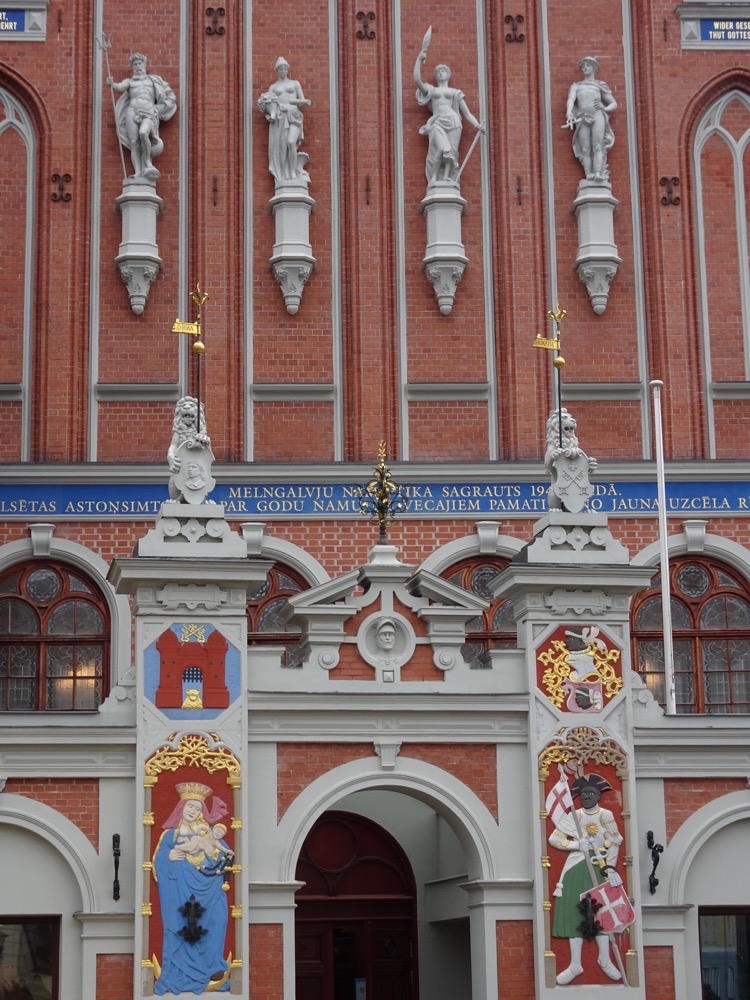
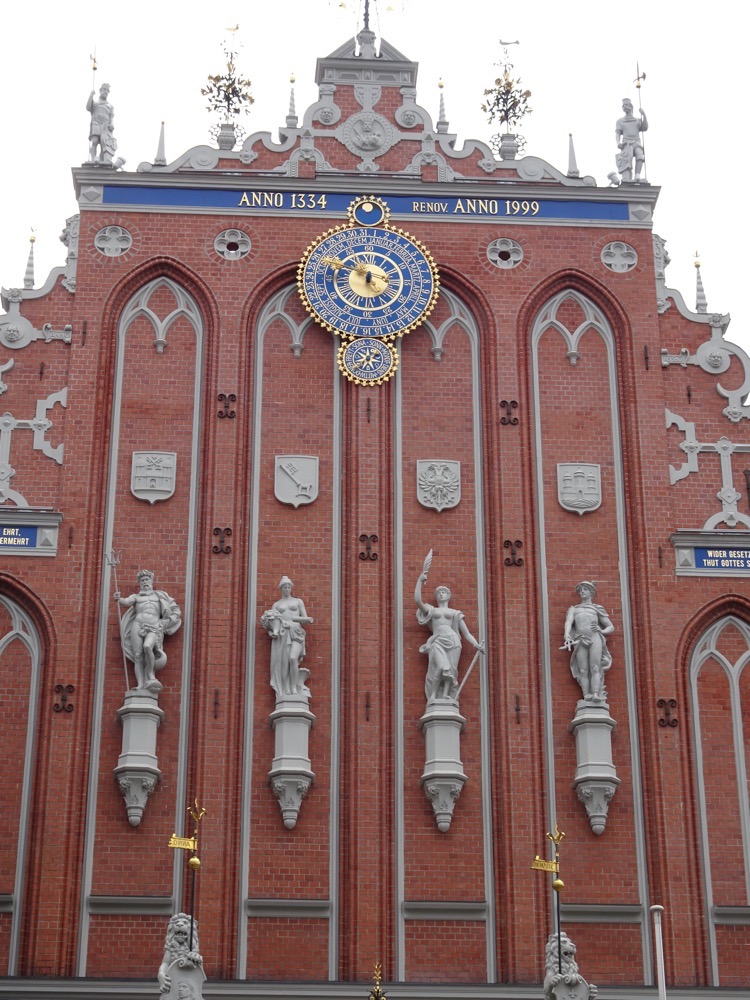
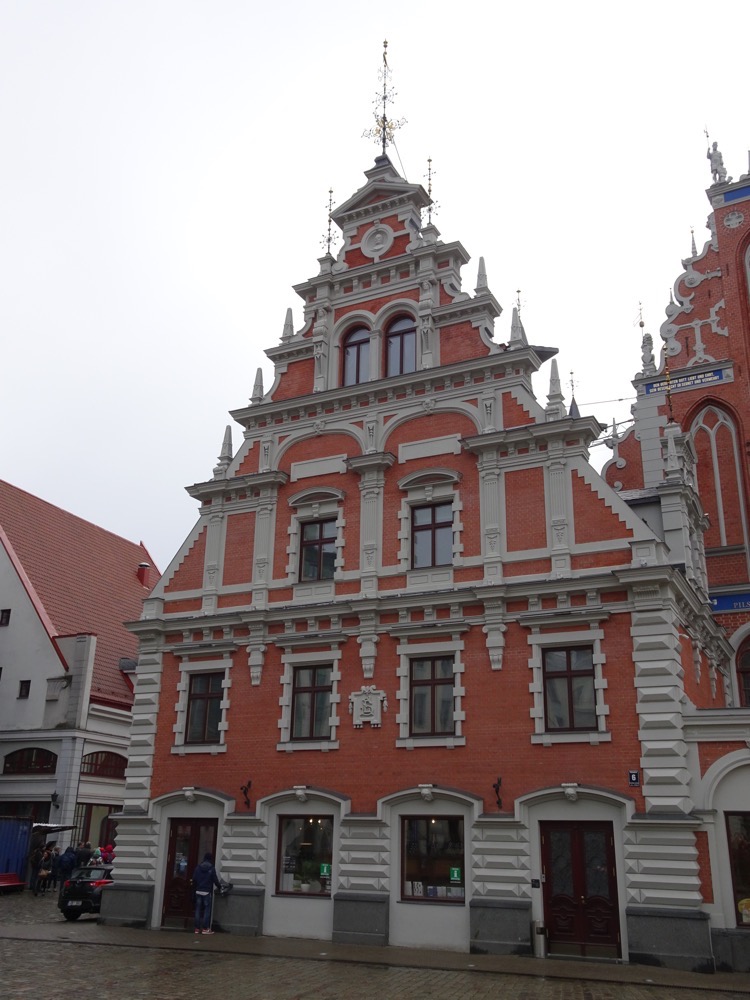
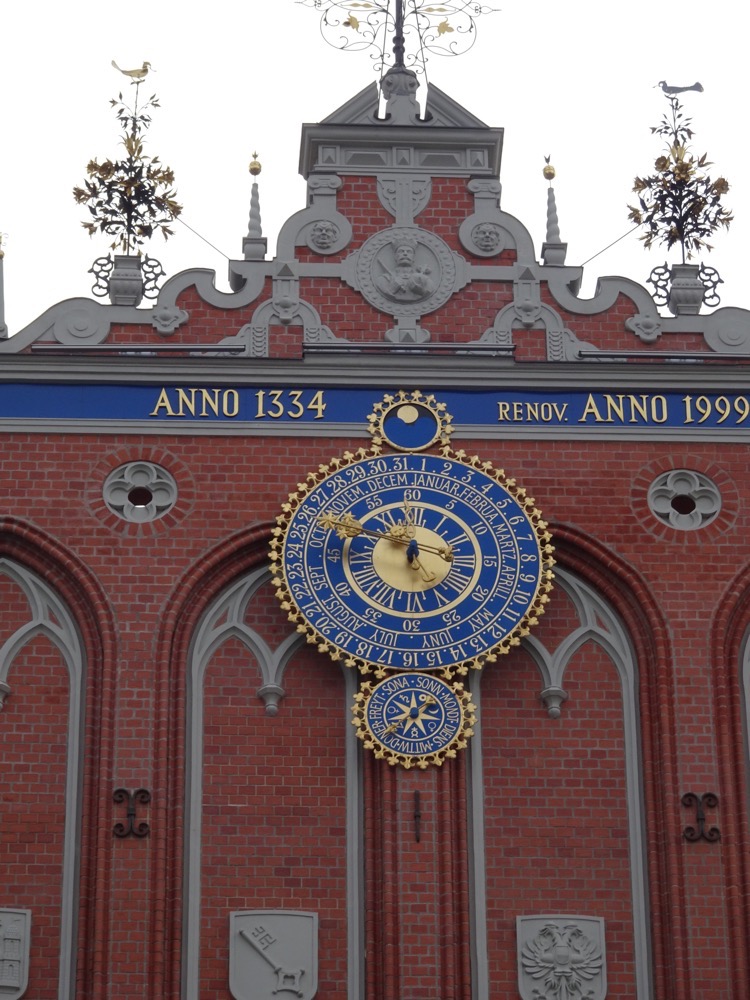 Nearby we found a cute little indoor market. Mostly handicrafts being sold by matronly little grandmas huddling in the cold. The weather was not so bad if you keep moving, but when you stop moving it gets pretty brutally cold pretty quick.
Nearby we found a cute little indoor market. Mostly handicrafts being sold by matronly little grandmas huddling in the cold. The weather was not so bad if you keep moving, but when you stop moving it gets pretty brutally cold pretty quick.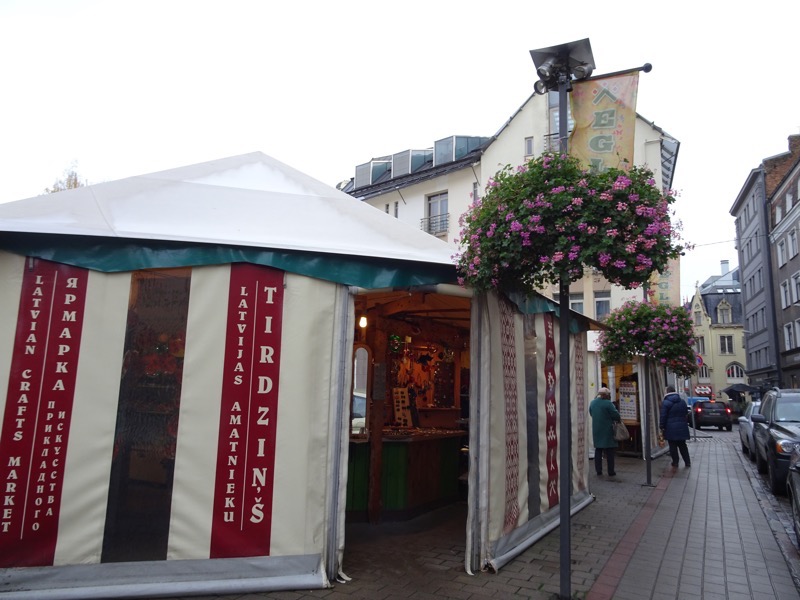 Glassware, knitted goods, leatherwork, woodwork and all sorts.
Glassware, knitted goods, leatherwork, woodwork and all sorts. 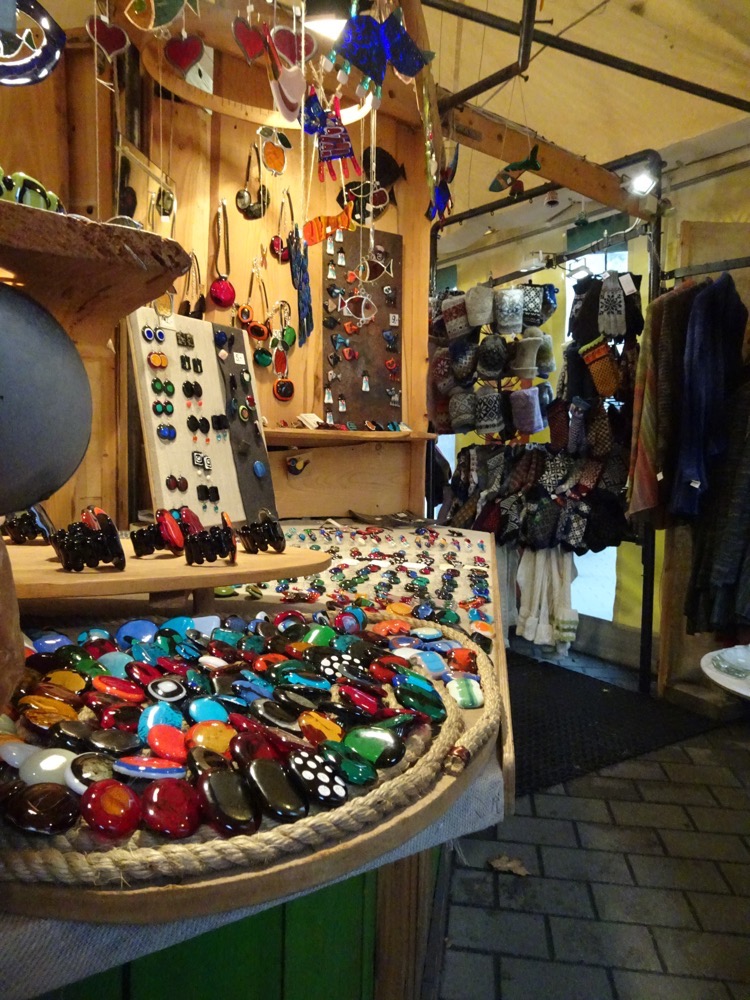
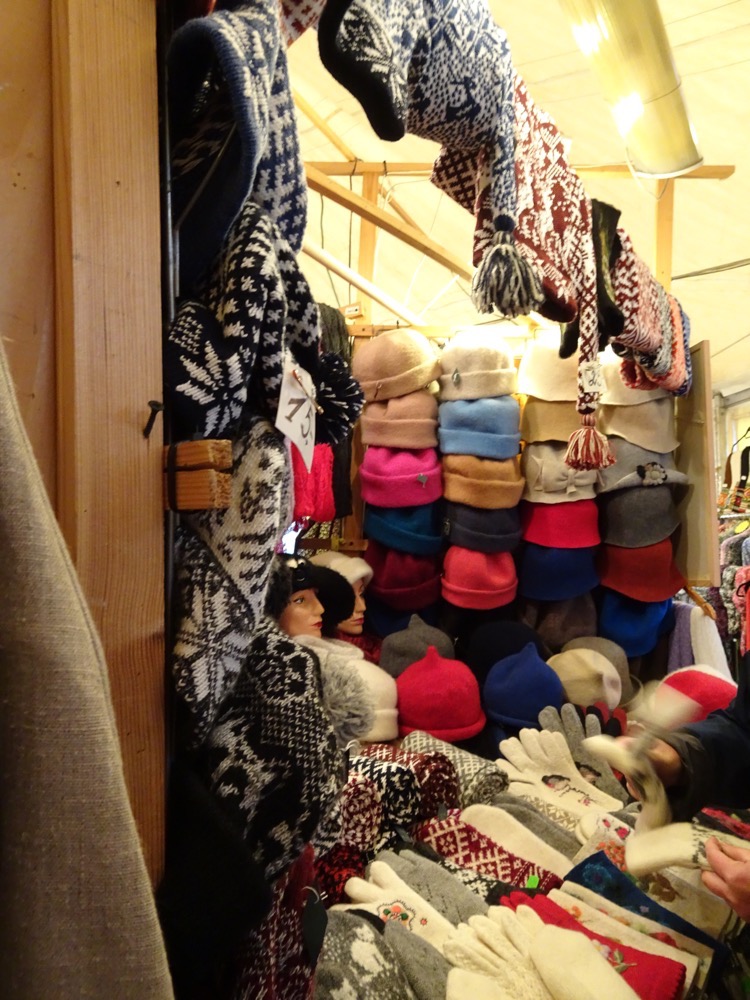
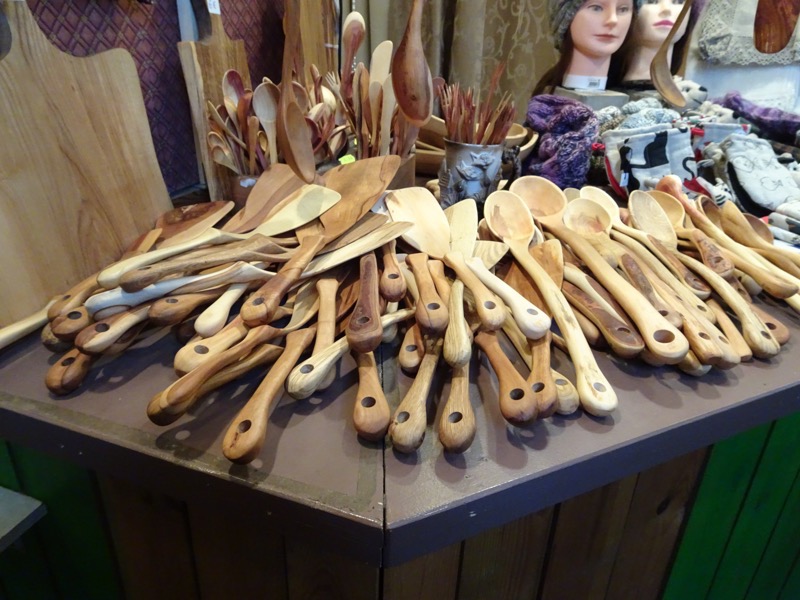
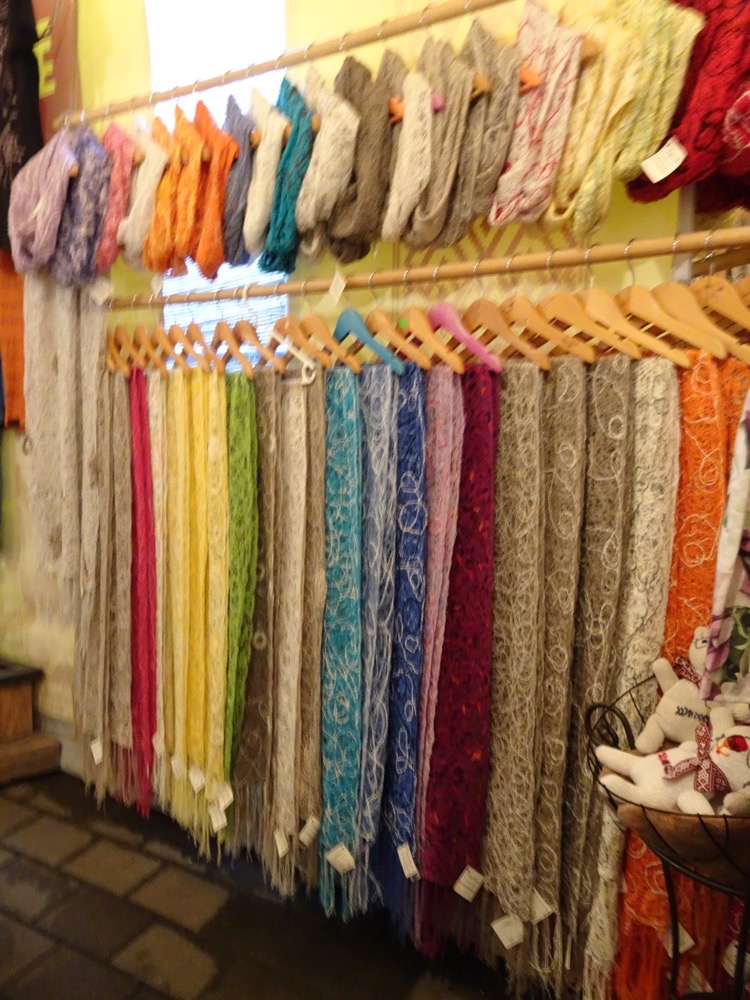 Spat back out on the street, we walked past the National Academy of Drama.
Spat back out on the street, we walked past the National Academy of Drama.
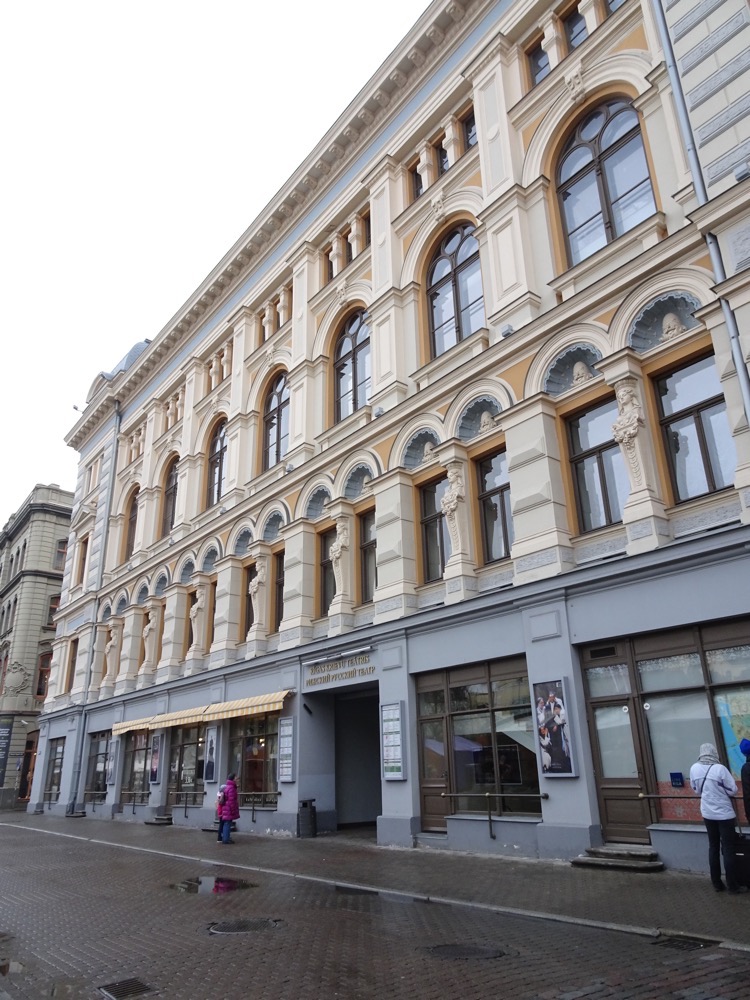 I love their building… mostly for the bees.
I love their building… mostly for the bees.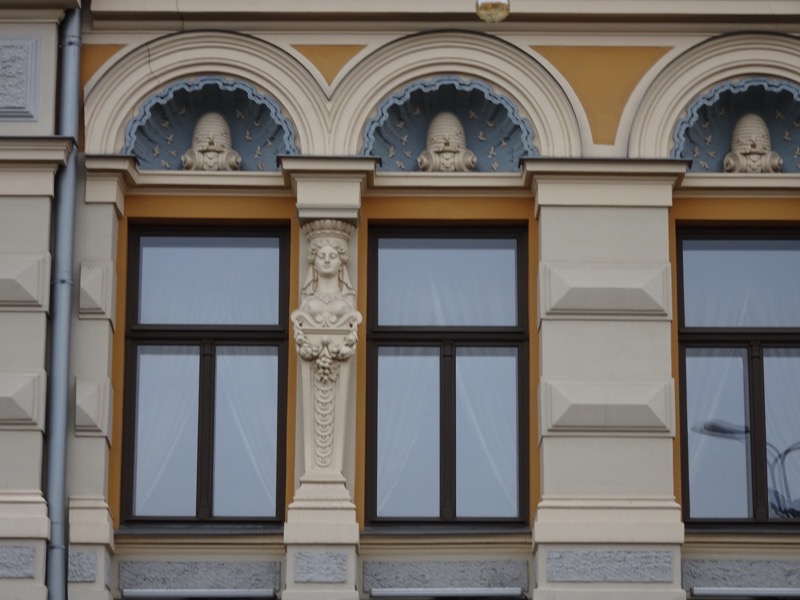 BEES?
BEES?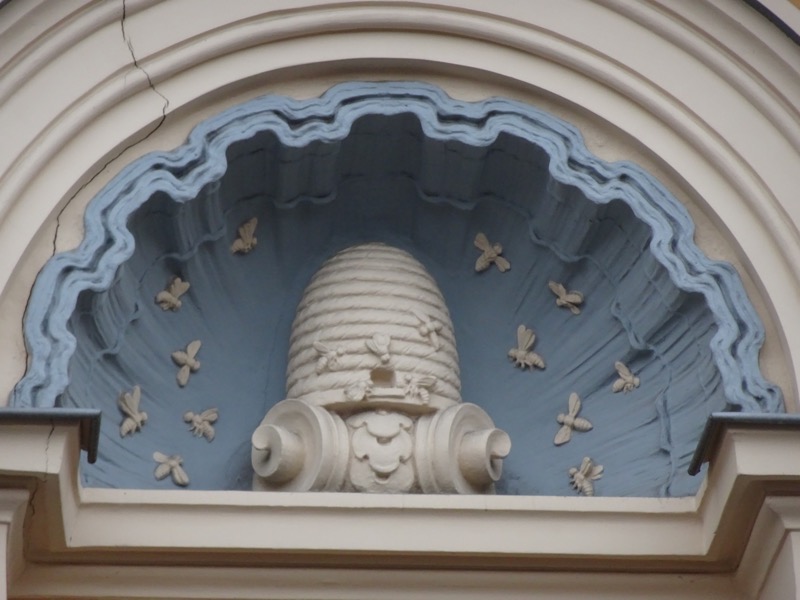 We then came across the touristy touristy square of restaurants that must be absolutely packed in the summer season. Lots of afresco dining and food to suit every taste – you could even by sausage here by the metre!
We then came across the touristy touristy square of restaurants that must be absolutely packed in the summer season. Lots of afresco dining and food to suit every taste – you could even by sausage here by the metre!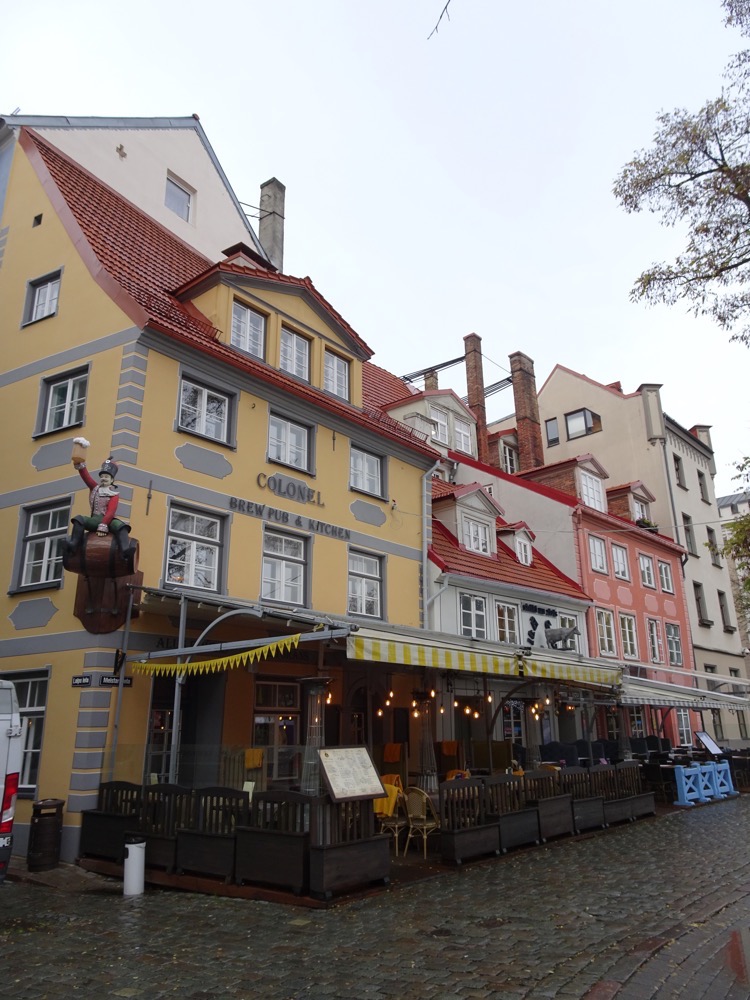
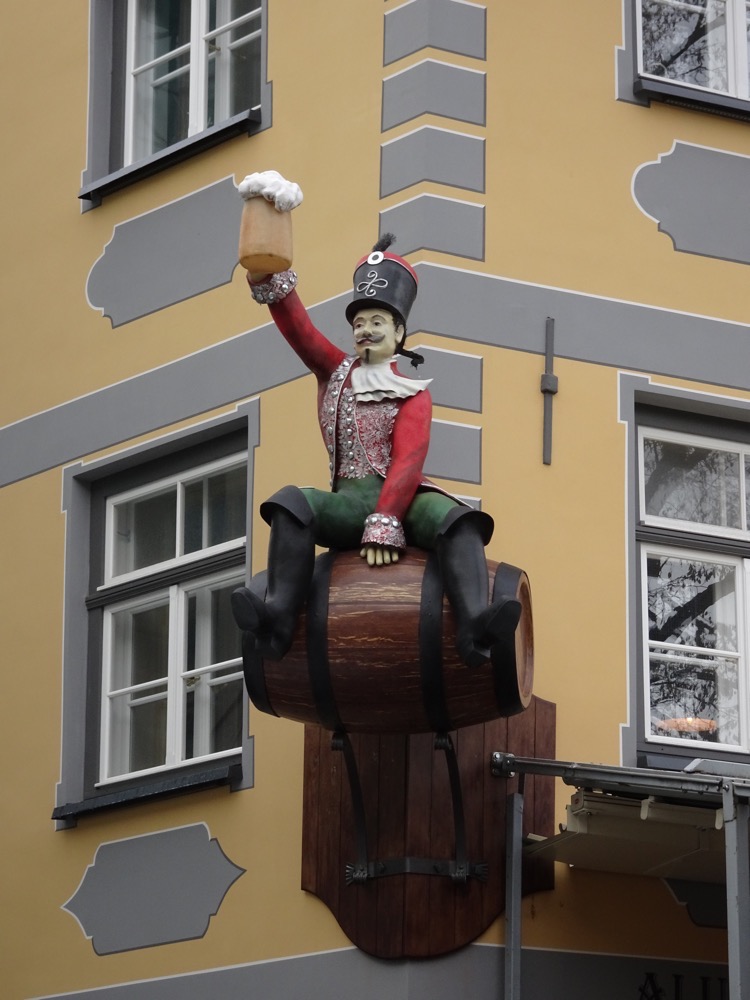
Around the corner is the Rigan monument to the Baltic Way that matches the ones we saw in Vilnius and Tallinn. 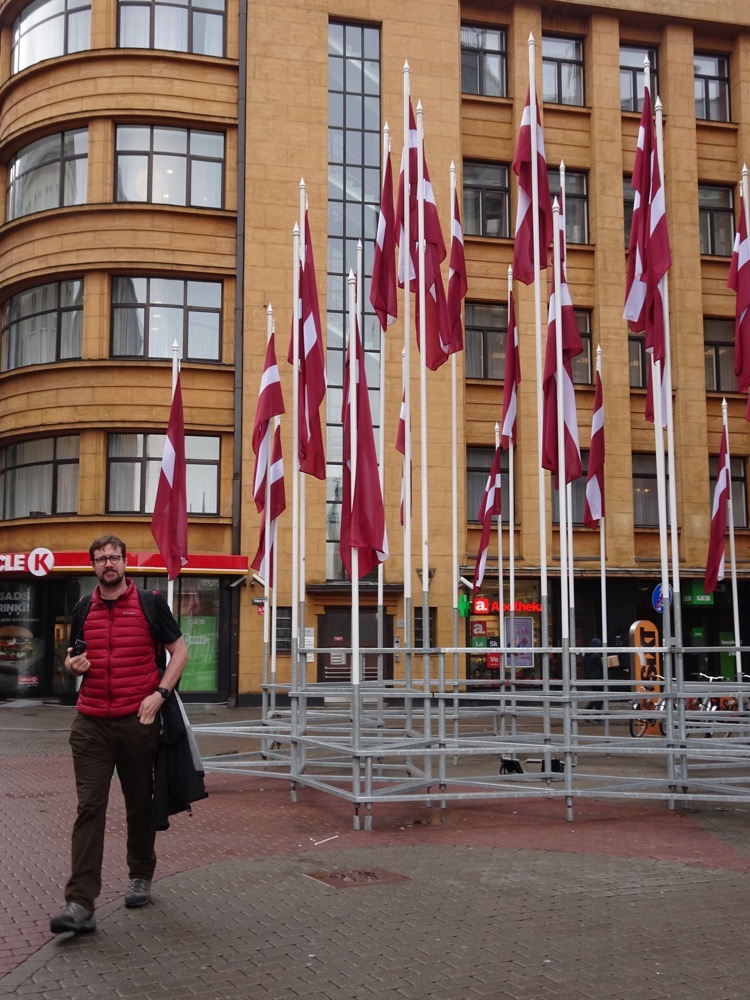 Still such a mindblowing yet peaceful protest… 2,000,000 people holding hands across 675kms. I can’t really picture it.
Still such a mindblowing yet peaceful protest… 2,000,000 people holding hands across 675kms. I can’t really picture it.
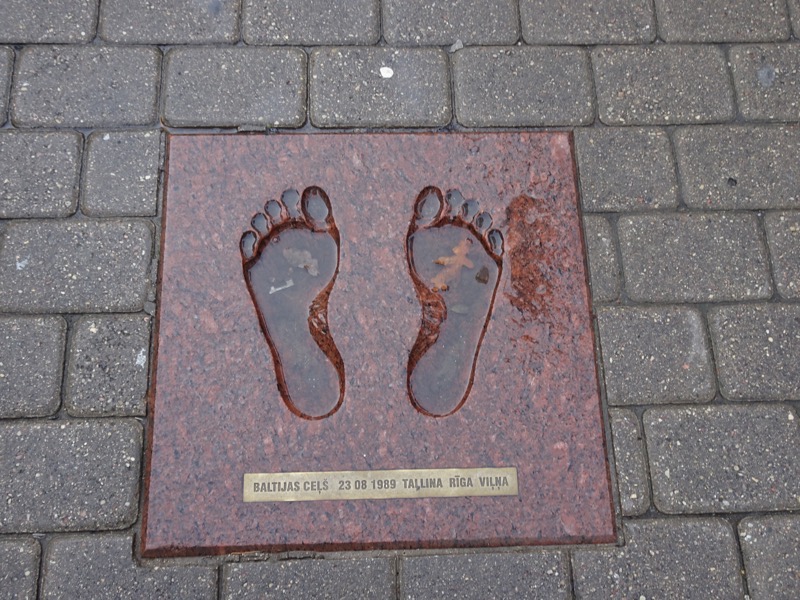
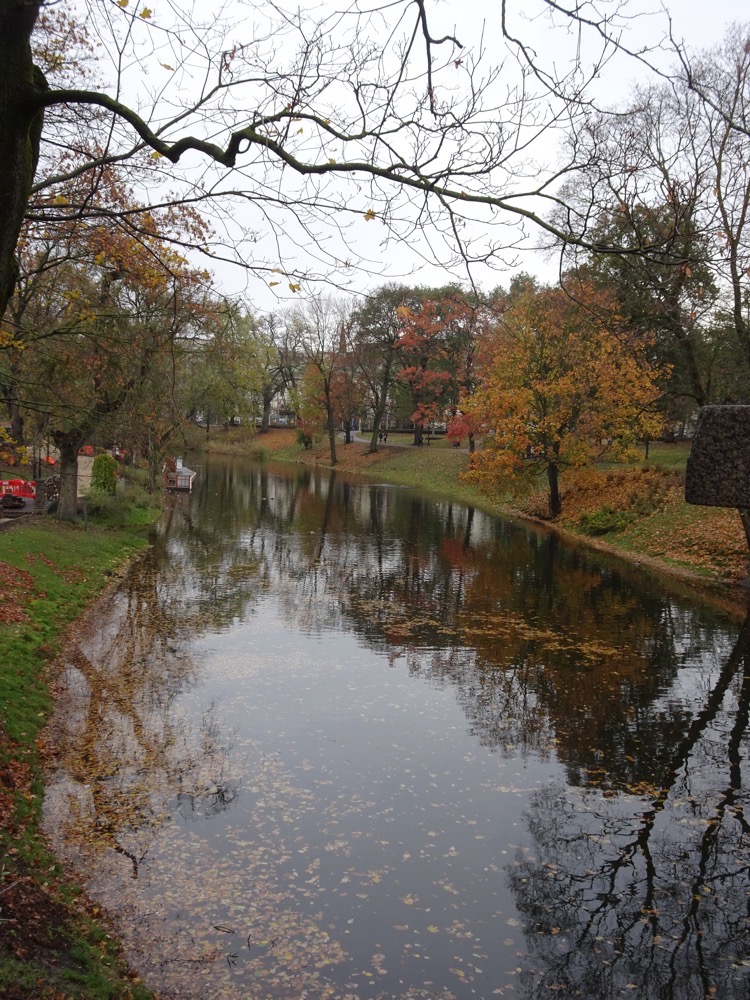 Across the river is the Freedom Monument which is a memorial honouring all the soldiers that were killed during the Latvian War of Independence (1918–1920). They are commemorating the 100th anniversary of this war at the moment and ‘Latvia100’ is everywhere. The monument is very much considered to be an important symbol of the freedom and the independent sovereignty of Latvia. It was unveiled in 1935, and even though Lativa was occupied by both Germany and the Soviets since, this independence monument serves as the focal point of public gatherings and official ceremonies in Riga.
Across the river is the Freedom Monument which is a memorial honouring all the soldiers that were killed during the Latvian War of Independence (1918–1920). They are commemorating the 100th anniversary of this war at the moment and ‘Latvia100’ is everywhere. The monument is very much considered to be an important symbol of the freedom and the independent sovereignty of Latvia. It was unveiled in 1935, and even though Lativa was occupied by both Germany and the Soviets since, this independence monument serves as the focal point of public gatherings and official ceremonies in Riga.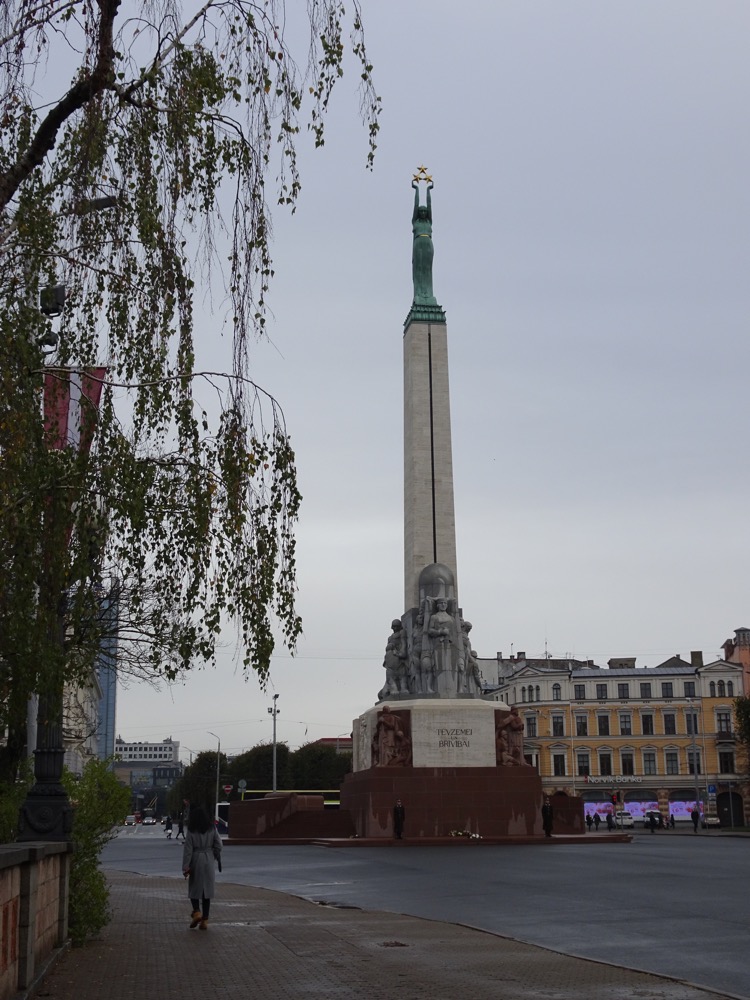 In the 1940s the Soviet Union authorities considered demolishing the monument, but thankfully the concept was never enacted. The original sculptor was a Soviet, named Vera Mukhina and some claim she personally saved the monument by convincing authorities of its purely artistic merit. is sometimes credited for rescuing the monument, because she considered it to be of high artistic value. In the ’60s, the idea of demolishing it came up again – but was fortunately dismissed by Soviet authorities as they recognised that the action would have deepened the indignation and tension that existed in Latvian society towards the Soviets. Instead, the Soviet attempted to alter the symbolic meaning of the monument by imbuing it with Communist ideology, but the propaganda campaign failed and it retained its symbolism of national independence to the general public. We happened to be along during the changing of the guard at midday.
In the 1940s the Soviet Union authorities considered demolishing the monument, but thankfully the concept was never enacted. The original sculptor was a Soviet, named Vera Mukhina and some claim she personally saved the monument by convincing authorities of its purely artistic merit. is sometimes credited for rescuing the monument, because she considered it to be of high artistic value. In the ’60s, the idea of demolishing it came up again – but was fortunately dismissed by Soviet authorities as they recognised that the action would have deepened the indignation and tension that existed in Latvian society towards the Soviets. Instead, the Soviet attempted to alter the symbolic meaning of the monument by imbuing it with Communist ideology, but the propaganda campaign failed and it retained its symbolism of national independence to the general public. We happened to be along during the changing of the guard at midday.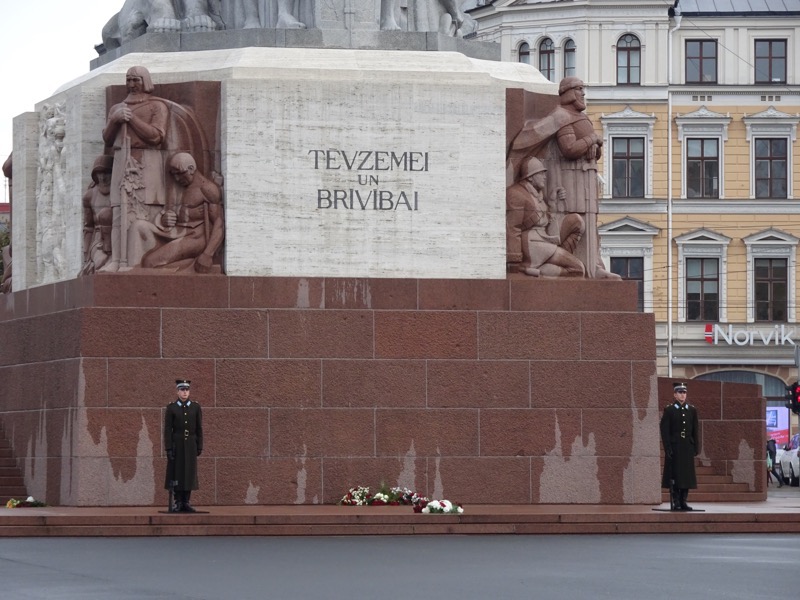 And what I said about those poor Nonnas selling their knitted goods in the tents at the market goes double for these poor soldiers who are standing dead still at their post until relieved. It is way too cold to be not moving about.
And what I said about those poor Nonnas selling their knitted goods in the tents at the market goes double for these poor soldiers who are standing dead still at their post until relieved. It is way too cold to be not moving about.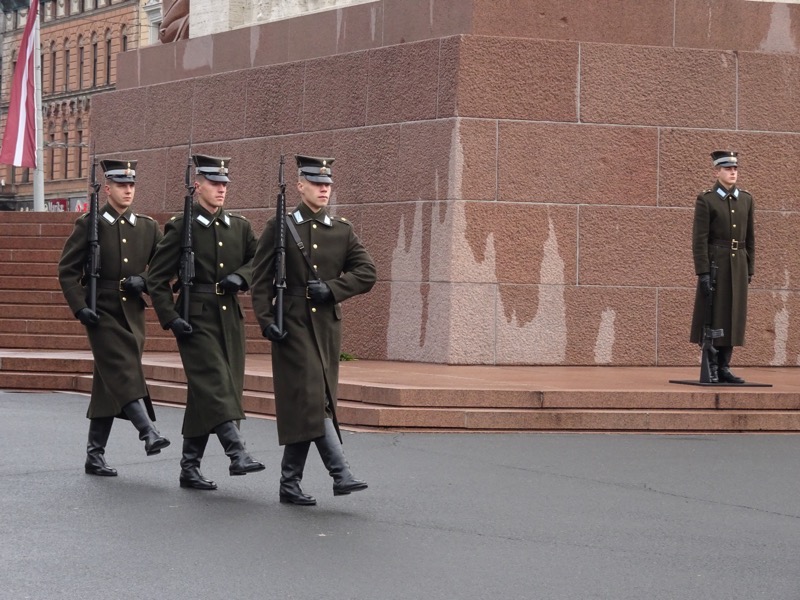
Just past the Freedom Monument is the National History Museum of Latvia, which promised to house all sorts of wonderful medieval Baltic artefacts. Riga is situated on the Daugava River which has been a trade route since forever and was part of the Vikings primary navigation routes to the Byzantine Empire. The Daugava was settled as early as the 2nd century and had several tribes in the region including the Livs and the ancient Finnic tribes. Riga was a major centre of Viking trade during the early Middle Ages – most of the people who lived in the region were fishermen, farmers and traders – trading craft works made of bone, wood, amber and iron. Evidence demonstrates that Riga was a going port well up until the 12th century when German traders began to dominate the area… so I was really looking forward to the museum.
Unfortunately, however, a good deal of the information available in the museum was not in English and as much as I wish I had dedicated myself to learning Latvian over the last few years (???), I have not. Which means that I saw some amazing artefacts here that I am keen to share with all our medieval friends, it is, however, going to take a considerable amount of time to decipher what is what – especially when on some cabinets all they gave me was ‘Brooches from the 2nd century to the 14th century’. Ho-hum.
Highlights were definitely the dress accessories, jewellery items and some beautiful reconstructed full outfits from extant pieces. So many more photos to follow when I can figure out some cohesive manner to present them in…
The War Museum is located in this tower, though to be honest, I am not sure which war they are referring to – there have been so many that have affected this region. Riga started out as a bishopric after some dude named Bishop Albert gained a papal bull stating that Riga is a Christian province/state? Nice power play that. After that the Polish, the Swedish, the Germans, the Prussians, the Russians and god knows who else have been in charge here before Latvia gained true independence. I’m a little bit ‘warred out’ these days – and we are likely to be getting into more WWII stuff tomorrow so decided to pass the War Museum to go find the Cat House.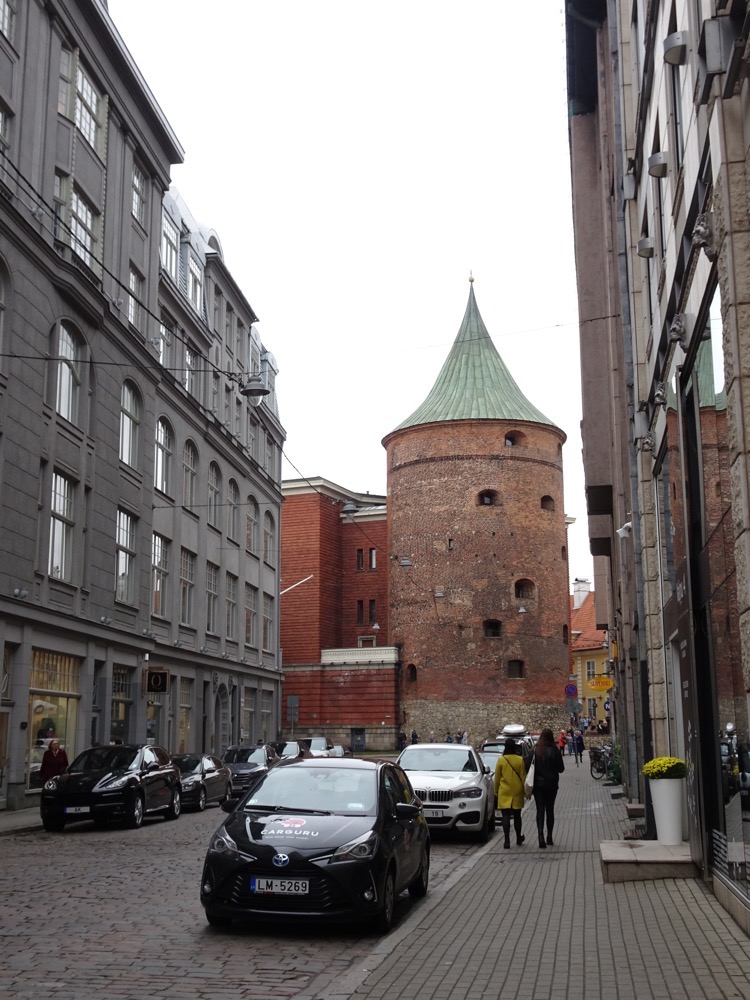 The Cat House (no, not that sort of cathouse) was built in 1909 in what is a unique medieval style but with some obvious Art Nouveau design elements (have a look at the door frame for example). The house is most well known for its two cat sculptures that are perched on the roof. The legend claims that the original owner/builder of the house wanted the cats to be placed with their arses turned towards the house of the Great Guild – who had apparently snubbed him as a member. Instead, the cats on the turrets actually face the Great Guild Hall which demonstrates quite adequately the extent of the power the guilds held over the craftsmen and tradesmen at the time… screw the client, do what we want.
The Cat House (no, not that sort of cathouse) was built in 1909 in what is a unique medieval style but with some obvious Art Nouveau design elements (have a look at the door frame for example). The house is most well known for its two cat sculptures that are perched on the roof. The legend claims that the original owner/builder of the house wanted the cats to be placed with their arses turned towards the house of the Great Guild – who had apparently snubbed him as a member. Instead, the cats on the turrets actually face the Great Guild Hall which demonstrates quite adequately the extent of the power the guilds held over the craftsmen and tradesmen at the time… screw the client, do what we want.
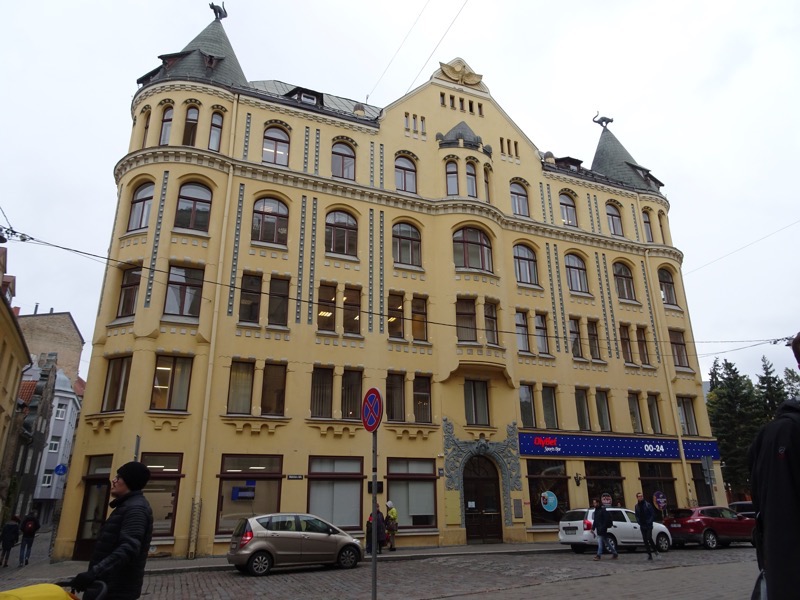
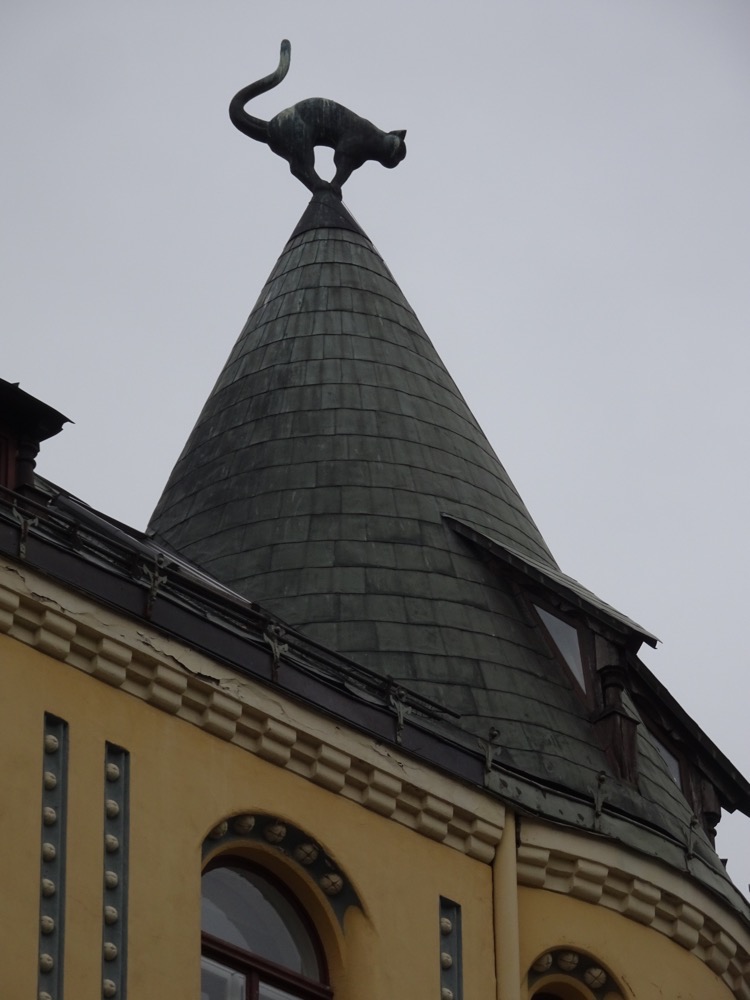 Weird how two little cat statues can sort of take over the entire town’s imagination. There are Fat Cat cafes and Black Cat restaurants, and of course more cat stuff than you can poke a stick at in the local souvenir stores.
Weird how two little cat statues can sort of take over the entire town’s imagination. There are Fat Cat cafes and Black Cat restaurants, and of course more cat stuff than you can poke a stick at in the local souvenir stores.
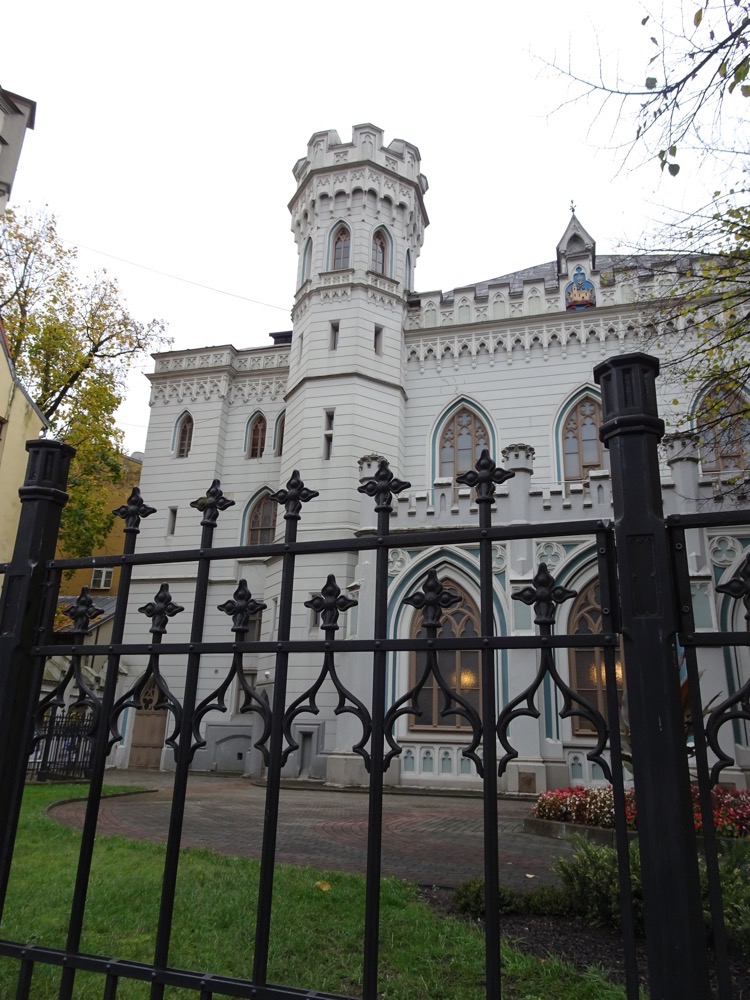
Lunch time we kinda went out on a limb and tried a local canteen. It was supercheap student type fare. Massive bowls of soup for €2 and dumplings paid for by weight.
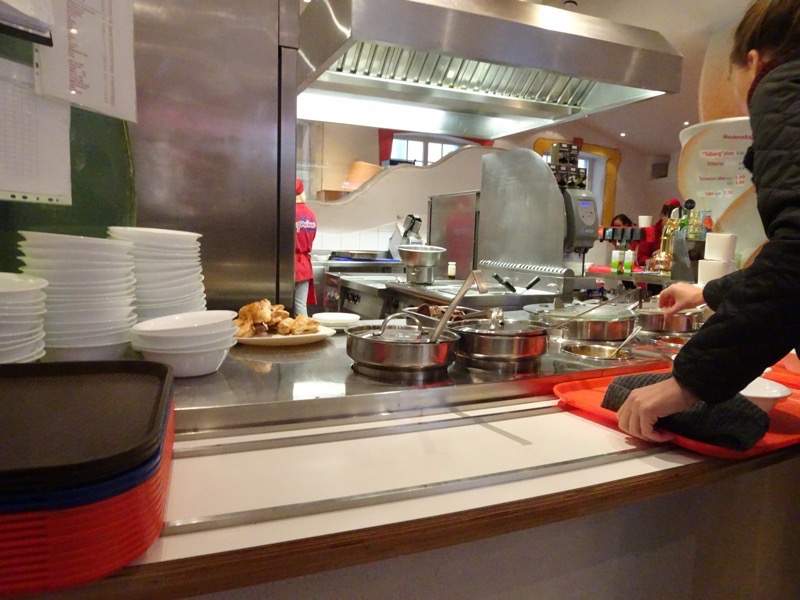
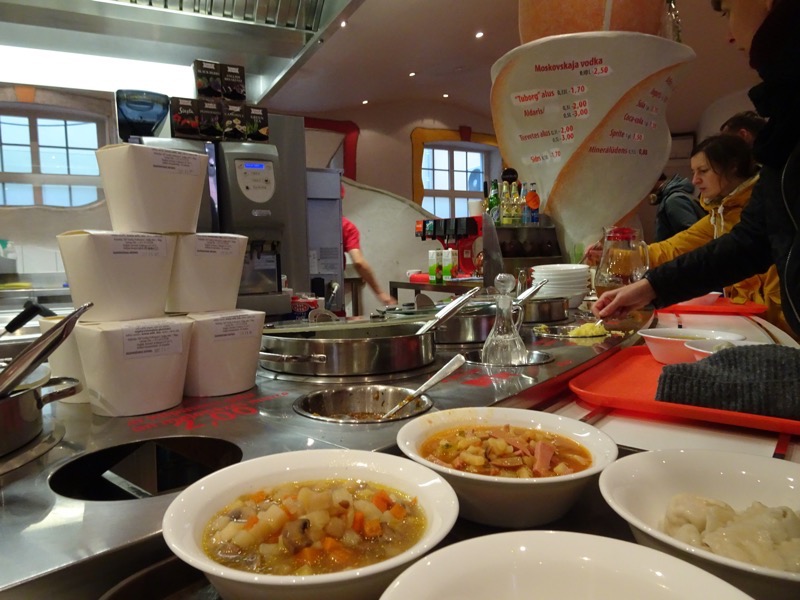 Lunch was hot and salty. That’s all I got. It was edible but not great.
Lunch was hot and salty. That’s all I got. It was edible but not great.
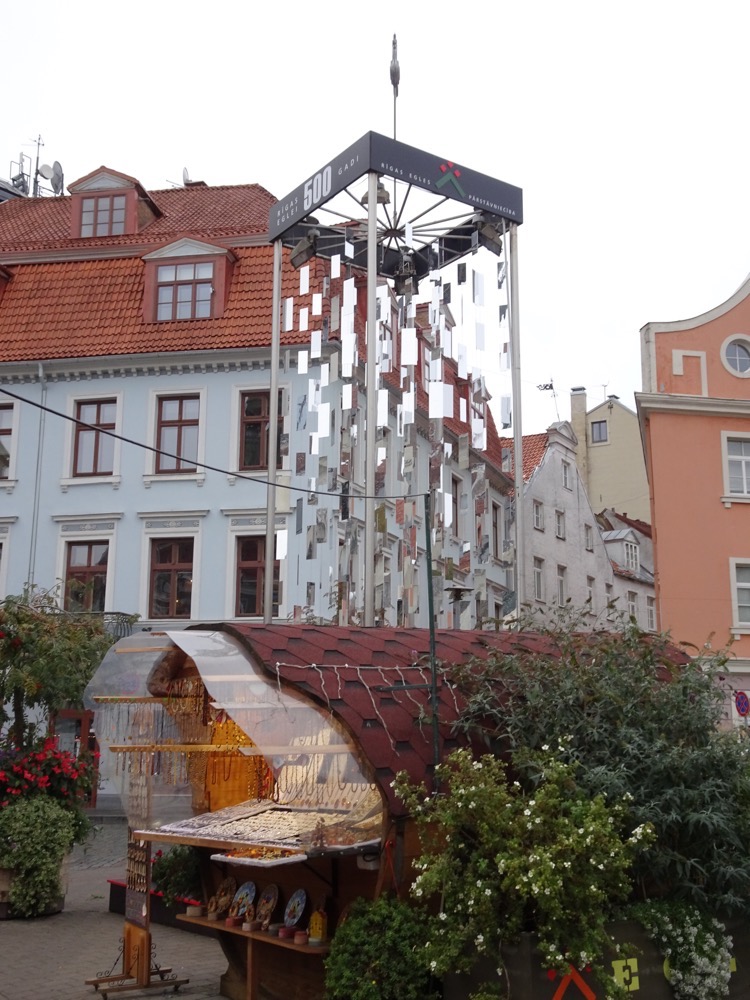 After lunch we continued our exploration of the Old Town looking for the Three Brothers and the Riga Cathedral.
After lunch we continued our exploration of the Old Town looking for the Three Brothers and the Riga Cathedral.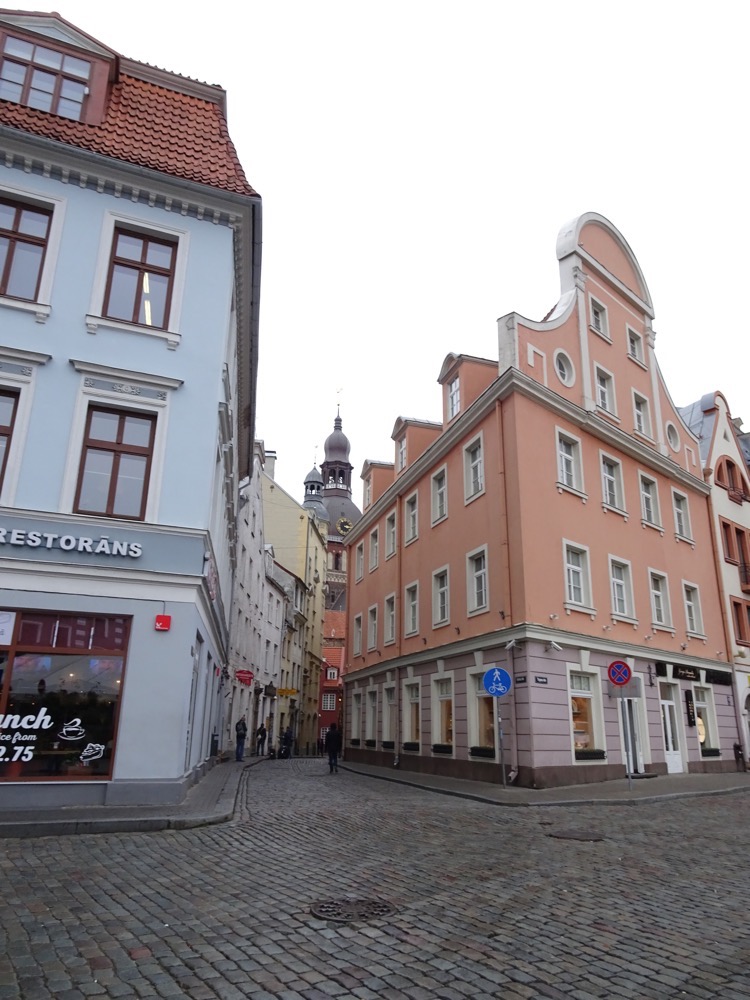 Around every corner was another cute little building or a quaint little restaurant or historical house. Made me realise that you never trip over tourists taking photos in my home town, but it happens in places like this all the time. Does Brisbane even have architecture that foreigners think are worth photographing?
Around every corner was another cute little building or a quaint little restaurant or historical house. Made me realise that you never trip over tourists taking photos in my home town, but it happens in places like this all the time. Does Brisbane even have architecture that foreigners think are worth photographing?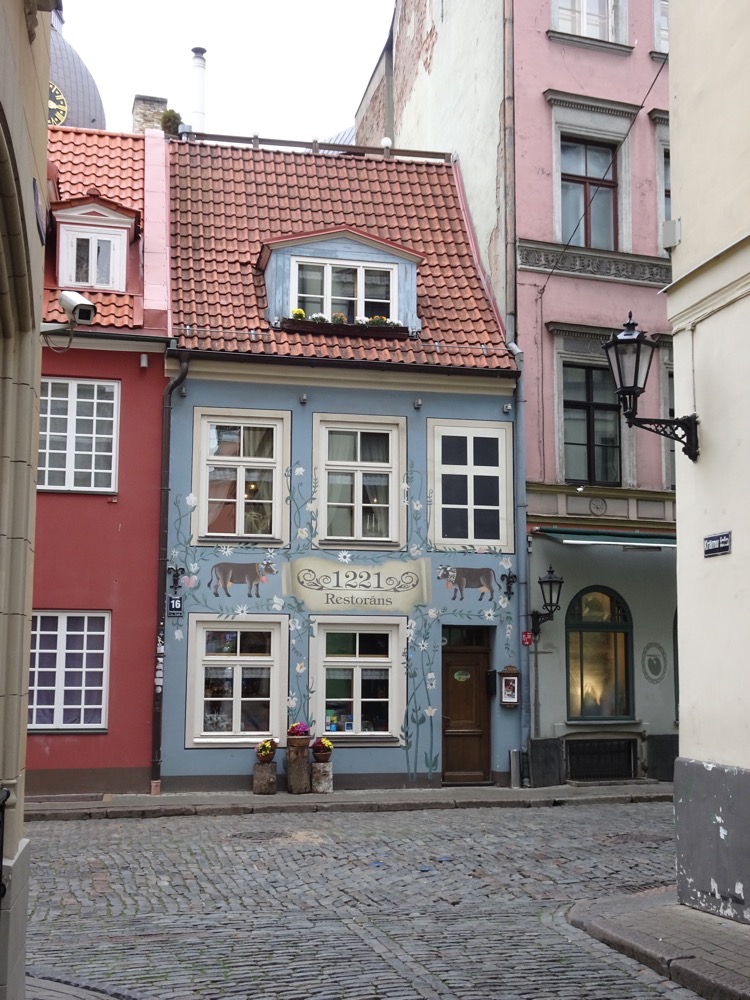
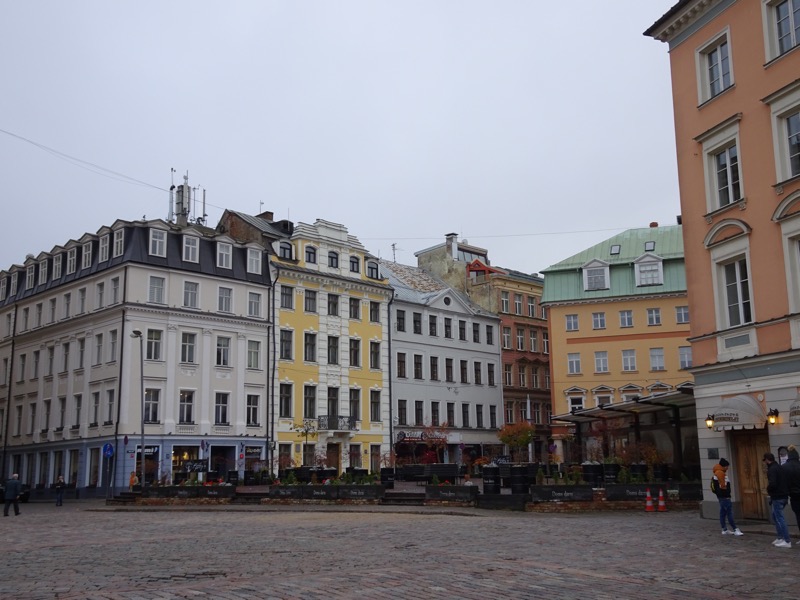 Anyway, we found the Riga Cathedral which is the main Evangelical Lutheran cathedral in Riga and has been the seat of the Archbishop of Riga since Bishop Albert made the city into a Christian state as I mentioned earlier. The cathedral is one of the most recognizable landmarks in the entire country and often ends up on all the Latvia travel catalogues etc. It is also well known for its weathercock (which now resides inside the church).
Anyway, we found the Riga Cathedral which is the main Evangelical Lutheran cathedral in Riga and has been the seat of the Archbishop of Riga since Bishop Albert made the city into a Christian state as I mentioned earlier. The cathedral is one of the most recognizable landmarks in the entire country and often ends up on all the Latvia travel catalogues etc. It is also well known for its weathercock (which now resides inside the church). 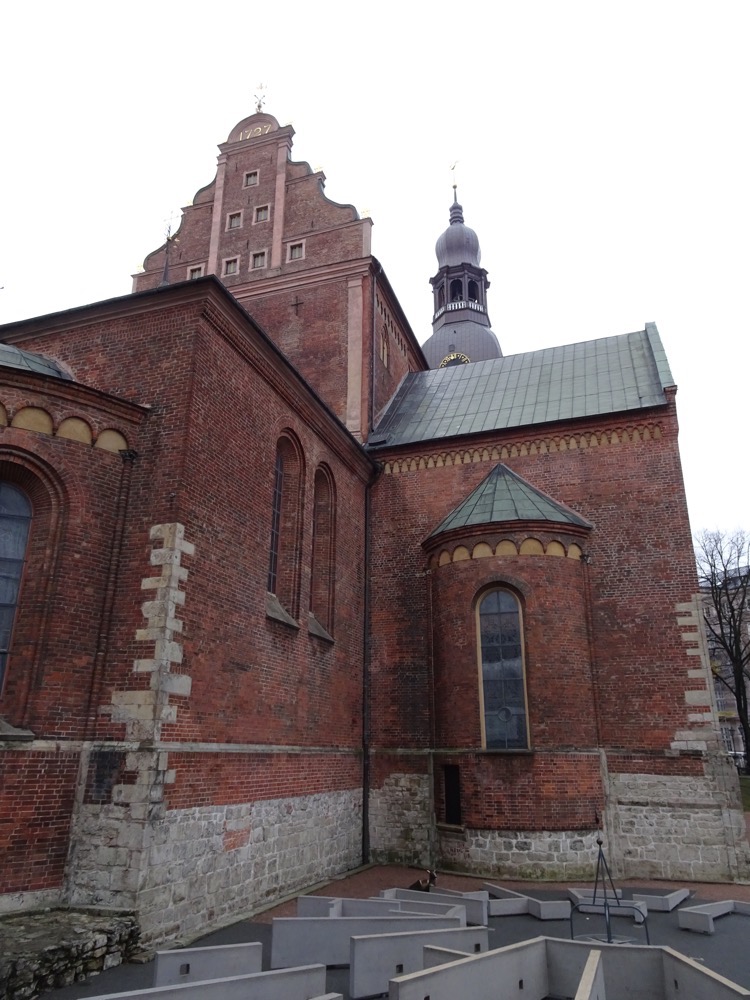 The church is also called Dome Cathedral, which I found vaguely amusing as the world ‘Dome’ comes from the German ‘Dom’, meaning, wait for it, ‘cathedral’. So it’s commonly called the Cathedral Cathedral. Tautologies ahoy.
The church is also called Dome Cathedral, which I found vaguely amusing as the world ‘Dome’ comes from the German ‘Dom’, meaning, wait for it, ‘cathedral’. So it’s commonly called the Cathedral Cathedral. Tautologies ahoy.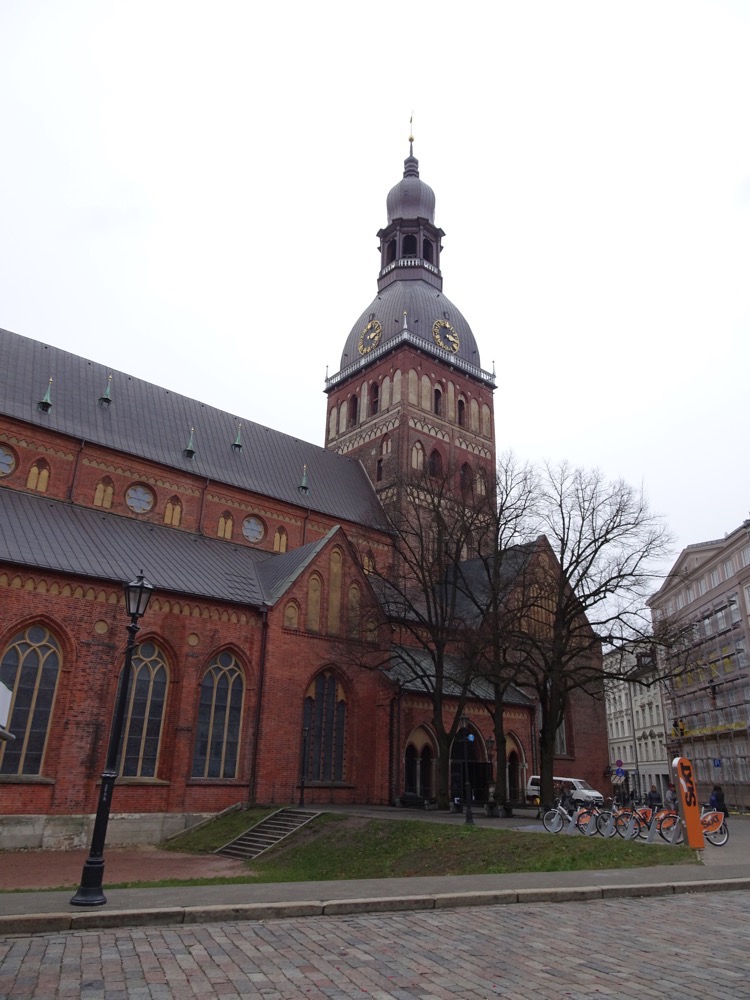 I loved this door and thought it was a mighty impressive entrance, only to discover we were entering through the peasants’ side entrance, and there is another larger door to our right somewhere.
I loved this door and thought it was a mighty impressive entrance, only to discover we were entering through the peasants’ side entrance, and there is another larger door to our right somewhere.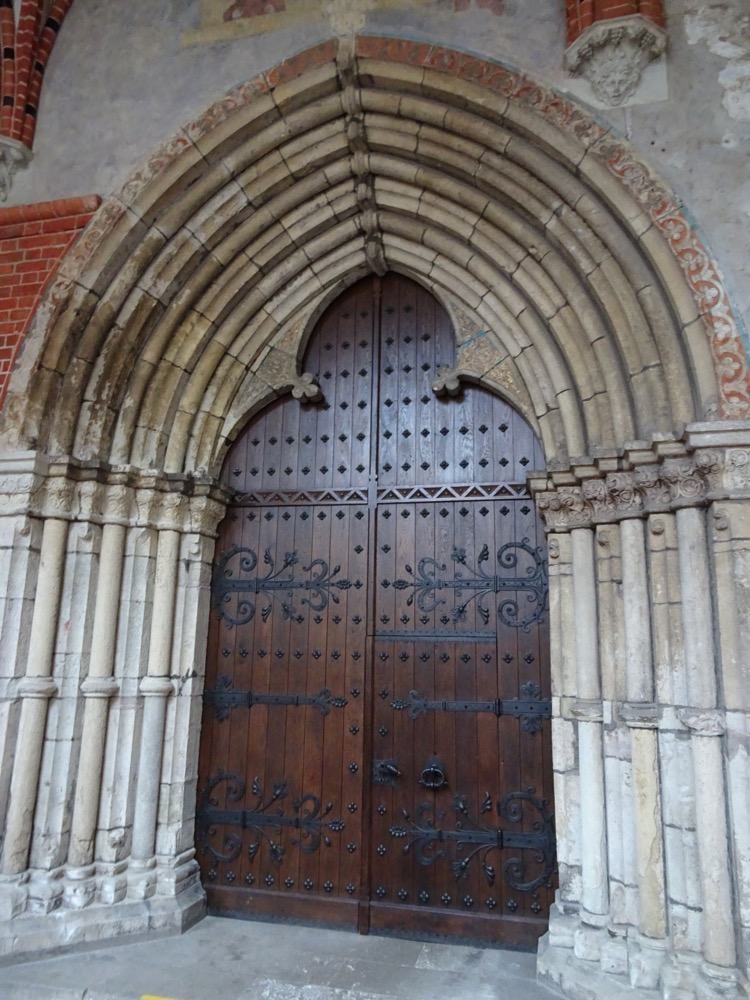 The church was built near the River Daugava in 1211 by Bishop Albert of Riga, who originally came from Lower Saxony. It is considered the largest medieval church in the Baltic states and of course has undergone many modifications over the course of its 800 year history.
The church was built near the River Daugava in 1211 by Bishop Albert of Riga, who originally came from Lower Saxony. It is considered the largest medieval church in the Baltic states and of course has undergone many modifications over the course of its 800 year history.
Some bronze Landsknechts dudes guard the staircase that leads up to the organ.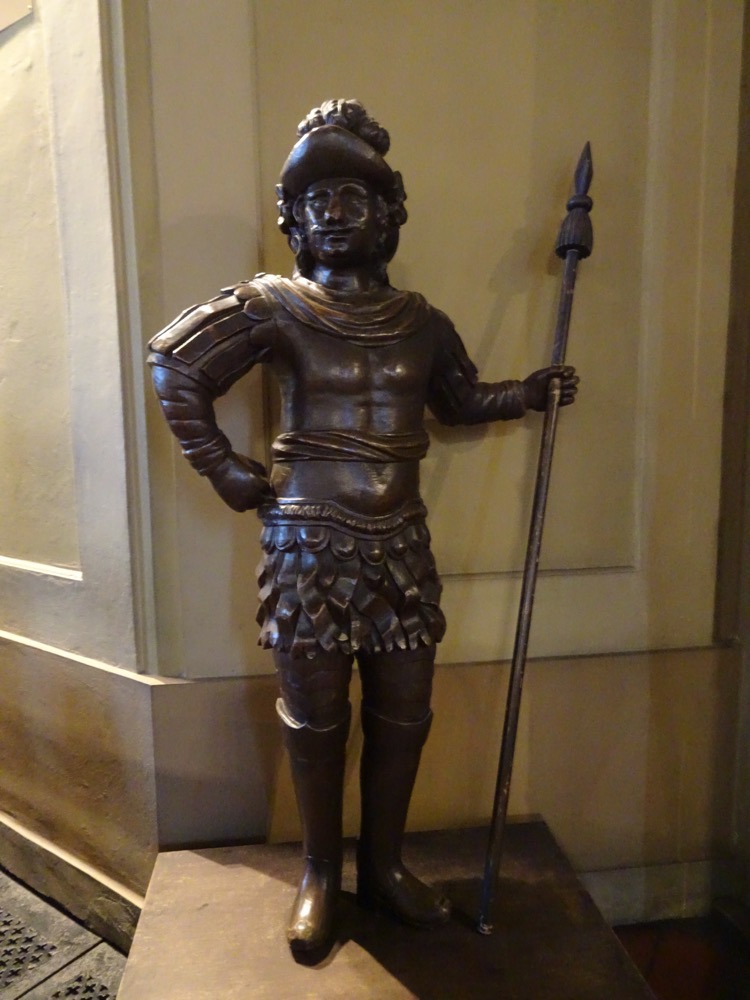 Like most Lutheran churches, this one was somewhat austere and sparse in its decorative motifs and not as over the top as a Catholic or Orthodox cathedral.
Like most Lutheran churches, this one was somewhat austere and sparse in its decorative motifs and not as over the top as a Catholic or Orthodox cathedral. 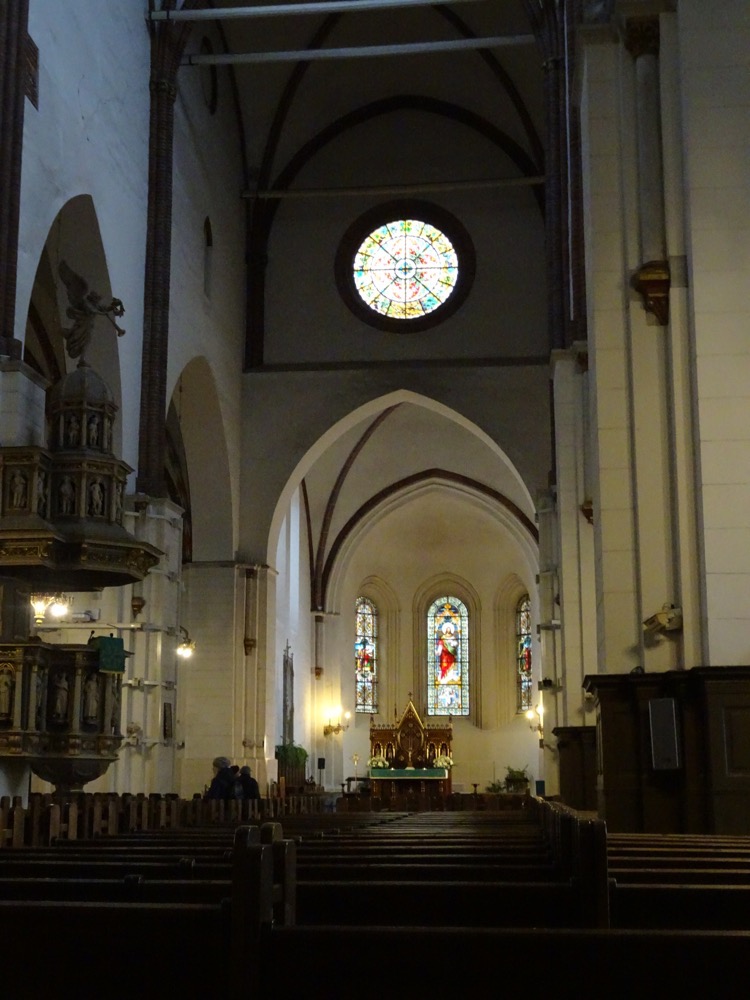
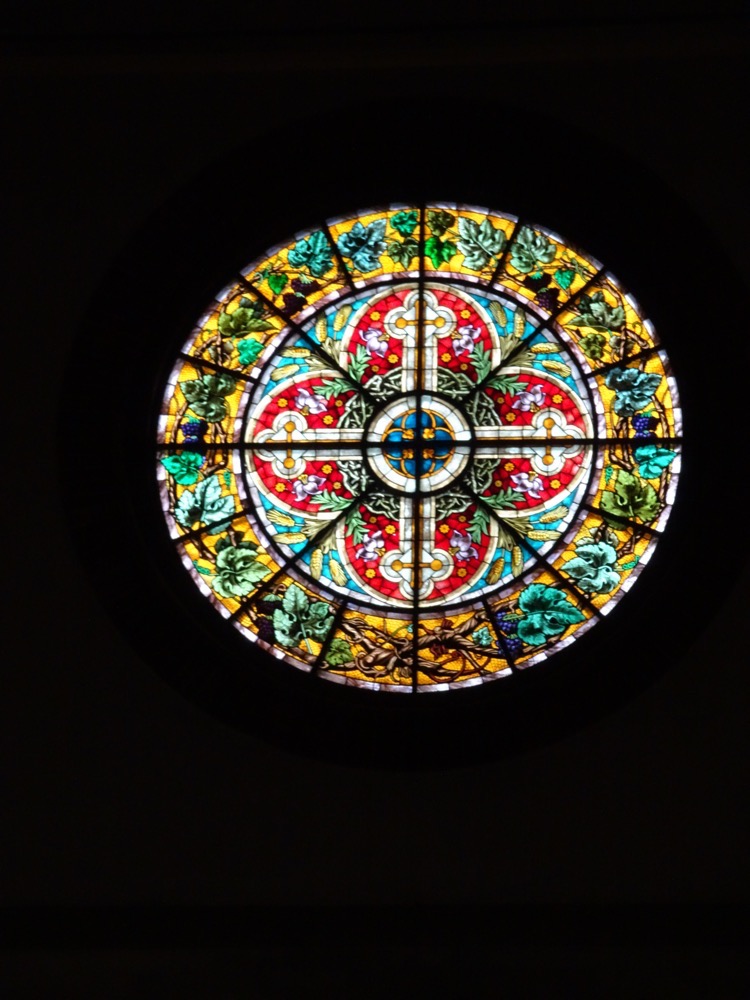 The choir loft:
The choir loft: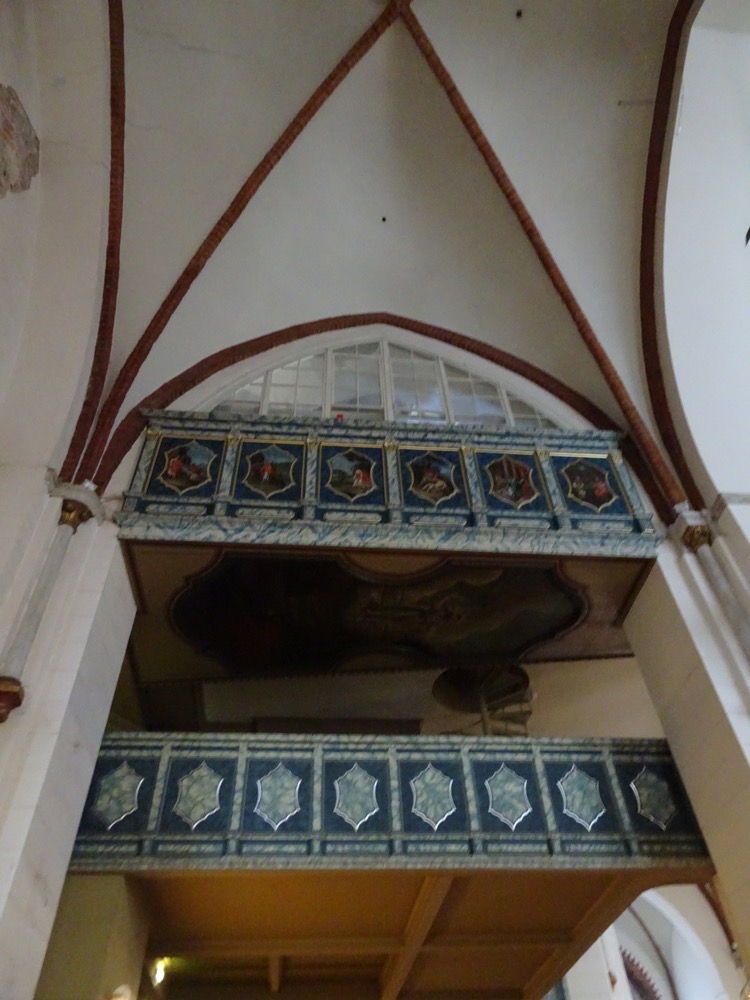
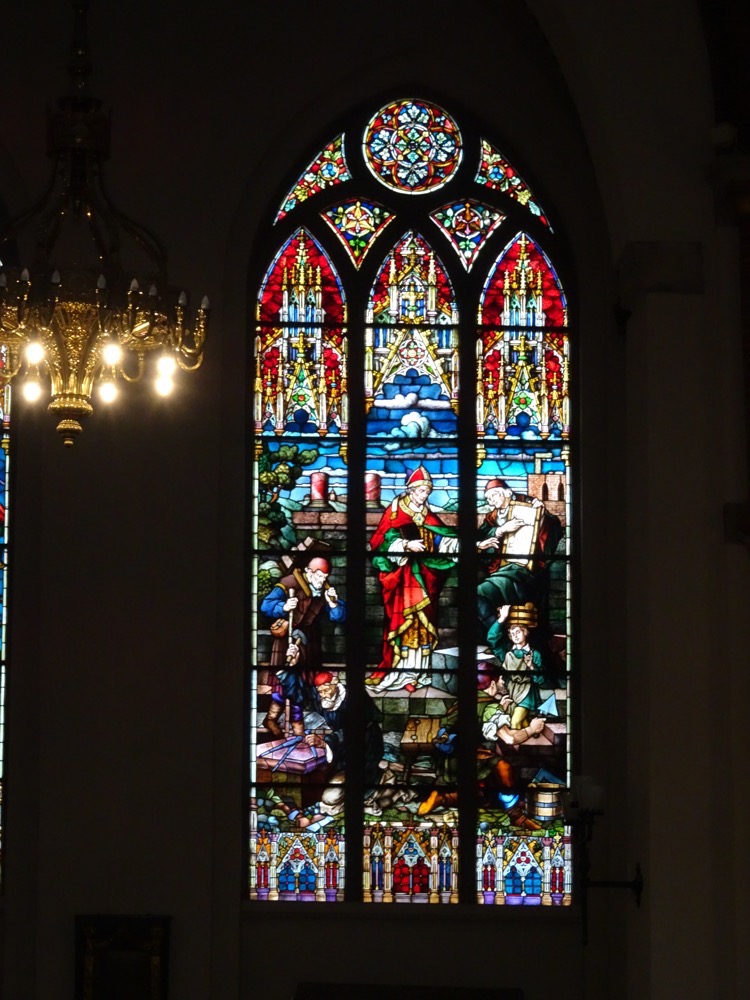
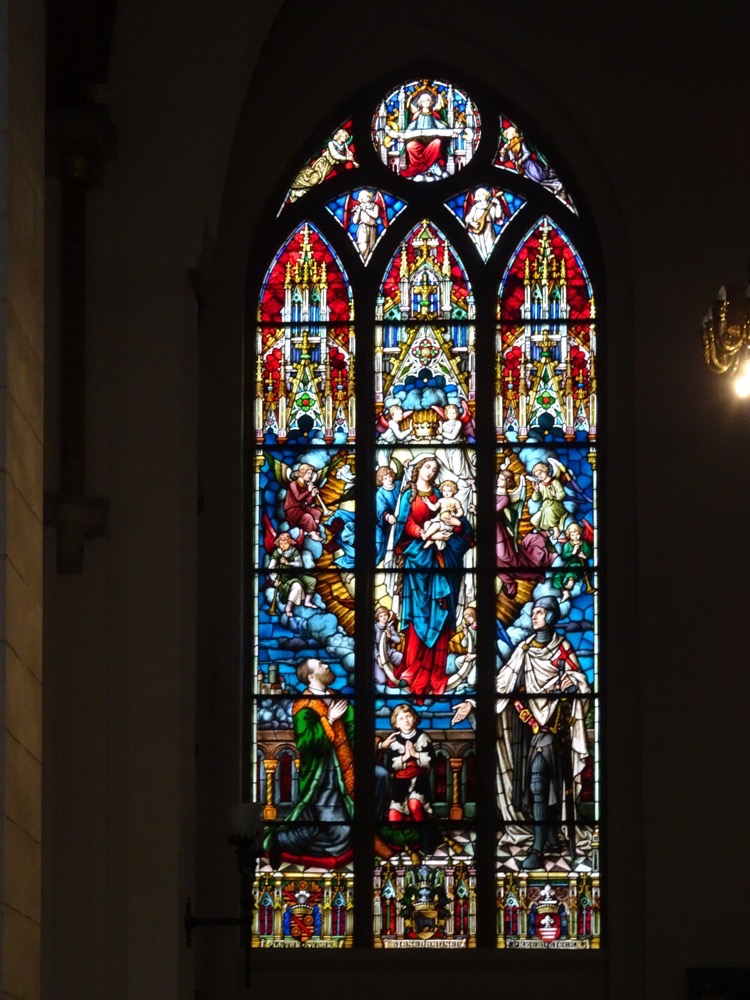 I have been unable to find out anything on when these stained glass windows were actually made. There have been renovations in the cathedral following fires in the 13th and 16th centuries and following wars in the 17th, 18th centuries and of course post the World Wars and Soviet occupations of the 20th century. For all I can tell, these may have been recreated in the last decade – they are certainly vibrant and detailed enough..?
I have been unable to find out anything on when these stained glass windows were actually made. There have been renovations in the cathedral following fires in the 13th and 16th centuries and following wars in the 17th, 18th centuries and of course post the World Wars and Soviet occupations of the 20th century. For all I can tell, these may have been recreated in the last decade – they are certainly vibrant and detailed enough..?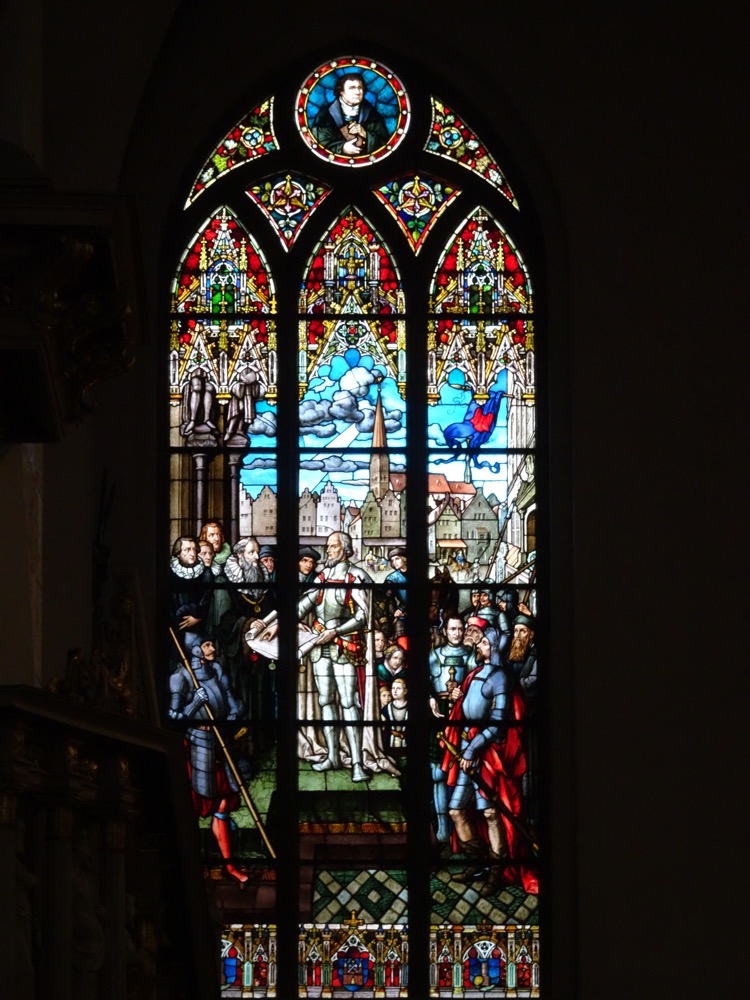
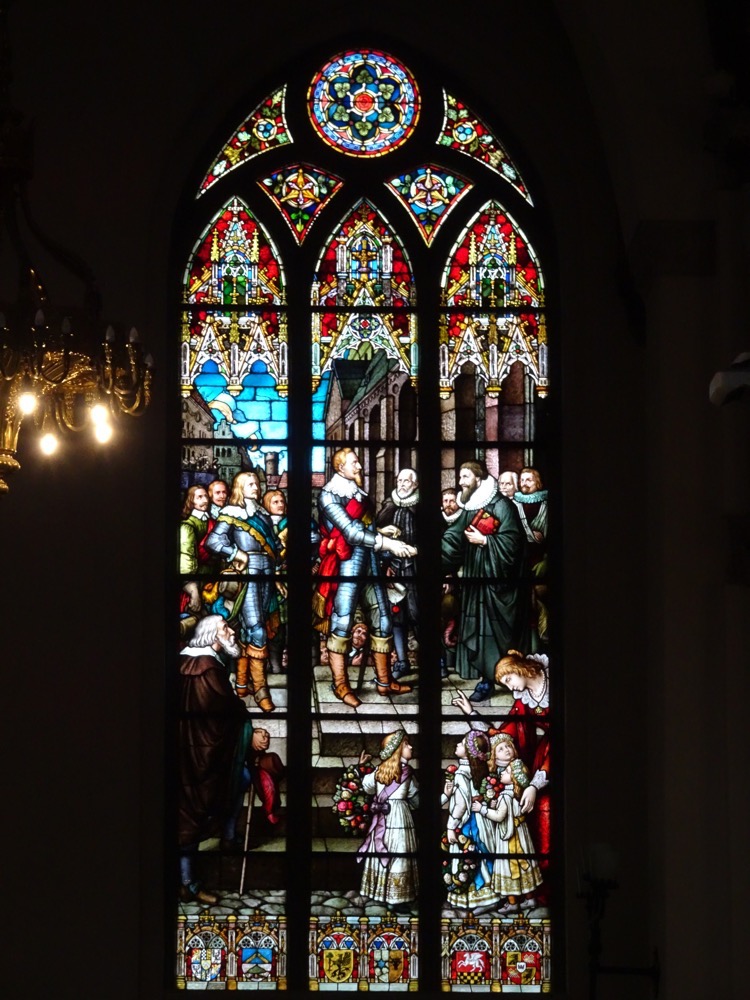 Weathercock
Weathercock
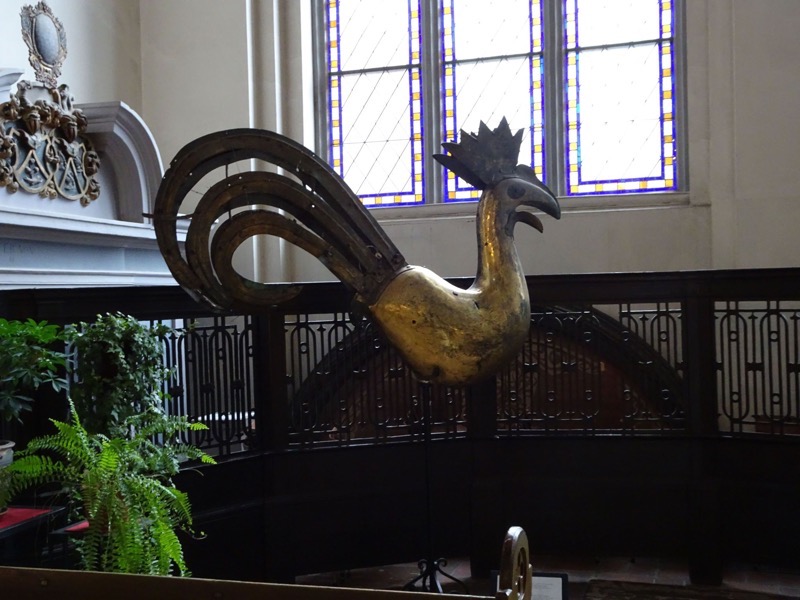
Religious services were completely prohibited here during the Soviet occupation from 1939 to 1989, and the cathedral was appropriated for use as a concert hall.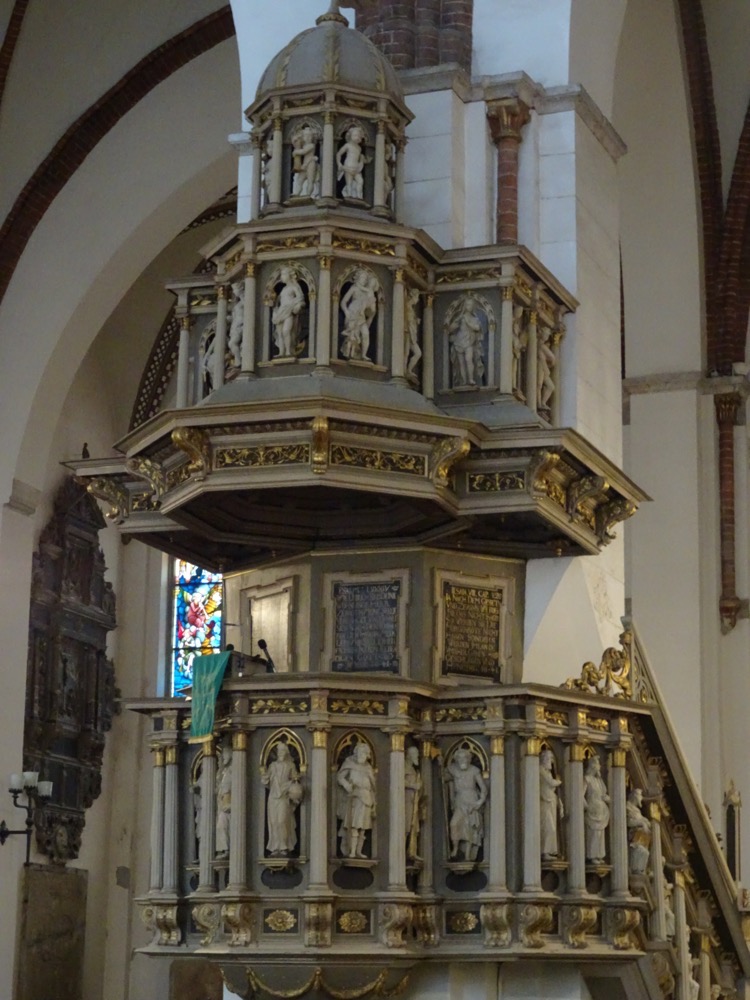
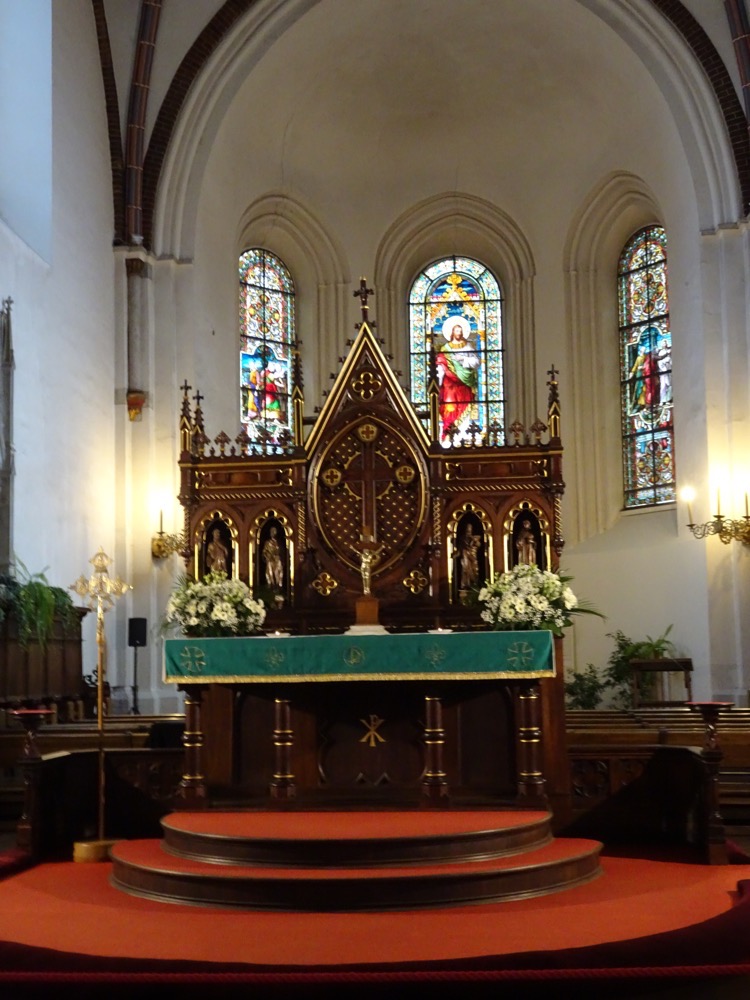 Riga Cathedral’s organ was built by E.F. Walcker & Sons of Ludwigsburg in 1882–83, It has four manuals and one pedalboard and plays 116 voices, 124 stops, 144 ranks, and has 6,718 pipes. It includes 18 combinations and General Crescendo… none of which means anything to me, but I heard someone playing it for a while when I was in here today and it could play the most delicate high notes that resonated around the cavernous cathedral as well as the lowest resonant notes that reverberated through your chest. Very cool!
Riga Cathedral’s organ was built by E.F. Walcker & Sons of Ludwigsburg in 1882–83, It has four manuals and one pedalboard and plays 116 voices, 124 stops, 144 ranks, and has 6,718 pipes. It includes 18 combinations and General Crescendo… none of which means anything to me, but I heard someone playing it for a while when I was in here today and it could play the most delicate high notes that resonated around the cavernous cathedral as well as the lowest resonant notes that reverberated through your chest. Very cool!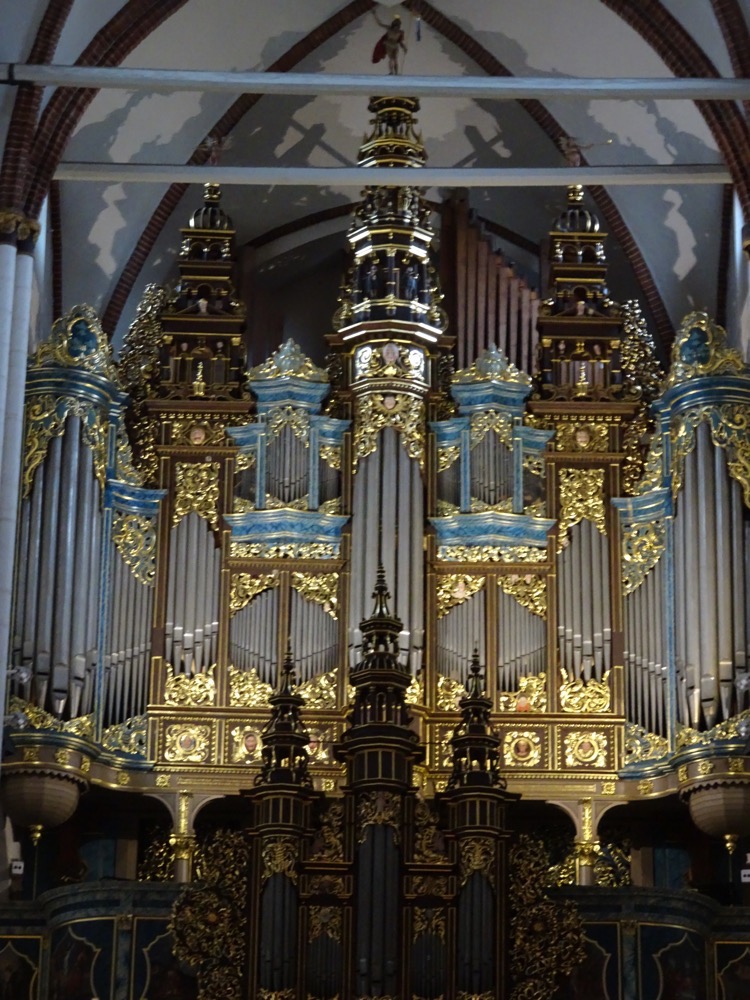
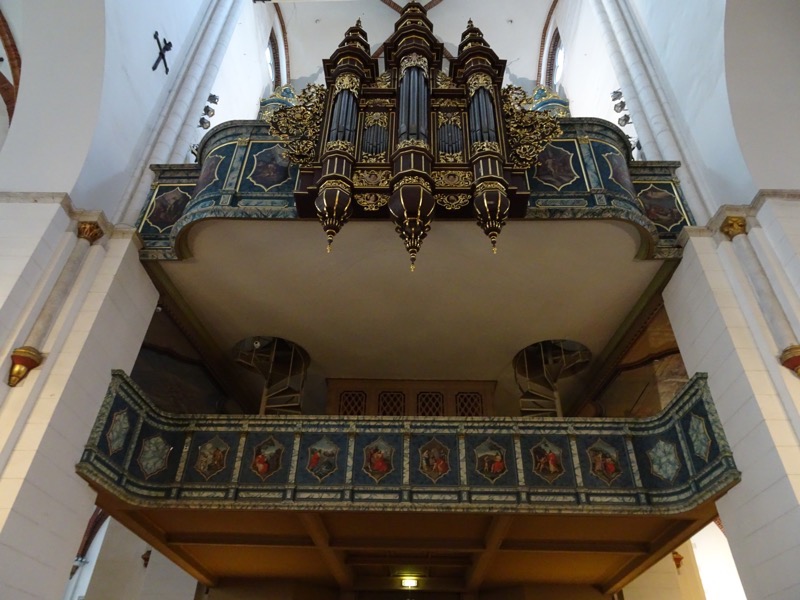 Bishop Albert’s cloistered courtyard:
Bishop Albert’s cloistered courtyard:
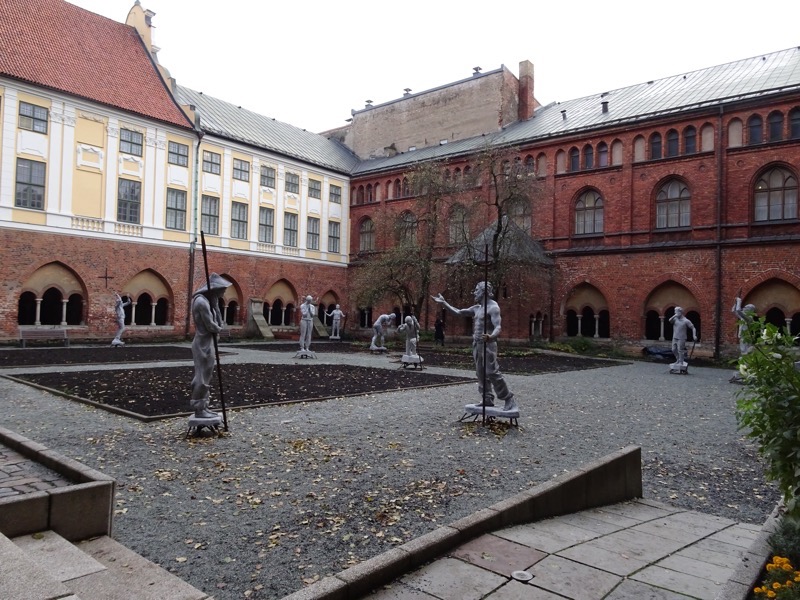 Around the cloisters were a collection of artefacts that seem to have been put here for storage? An older version of the tower clock face, pieces of carved stone and canons – lots of canons.
Around the cloisters were a collection of artefacts that seem to have been put here for storage? An older version of the tower clock face, pieces of carved stone and canons – lots of canons.
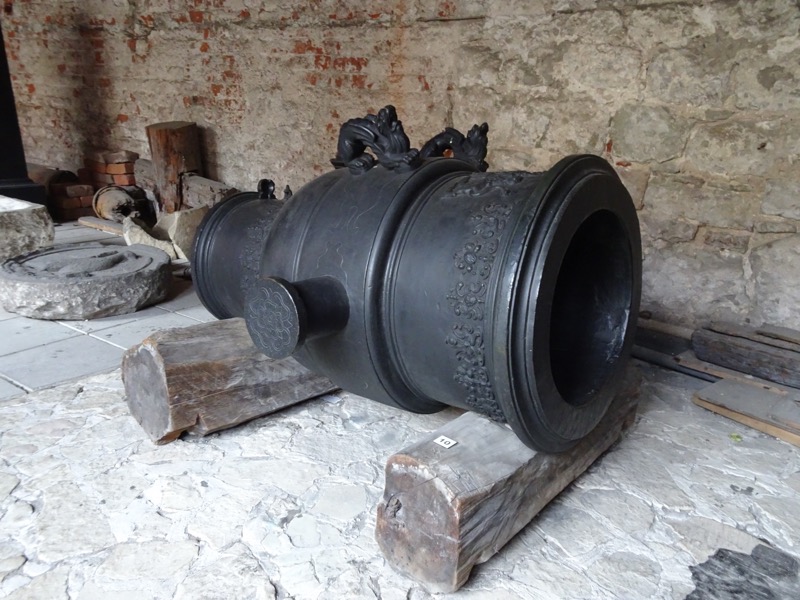
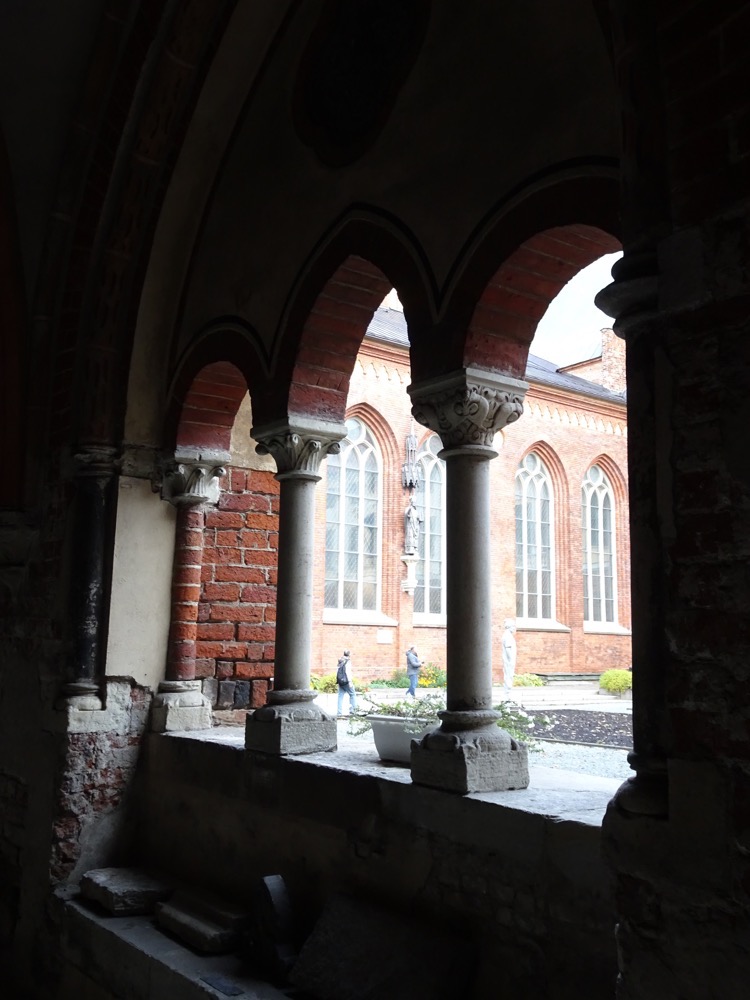
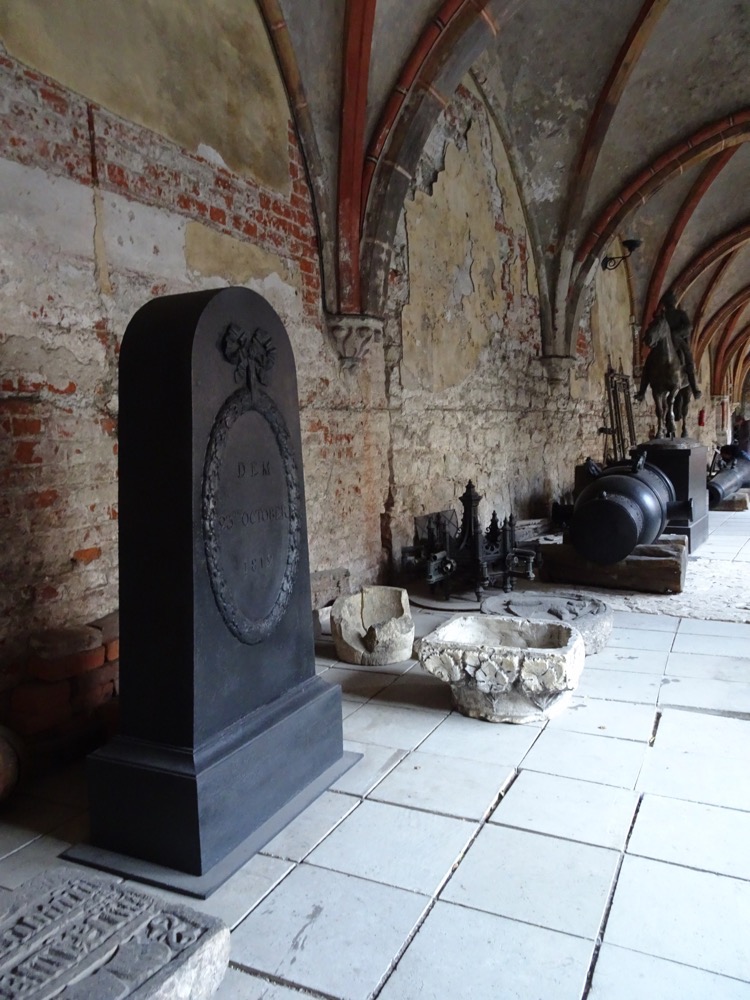
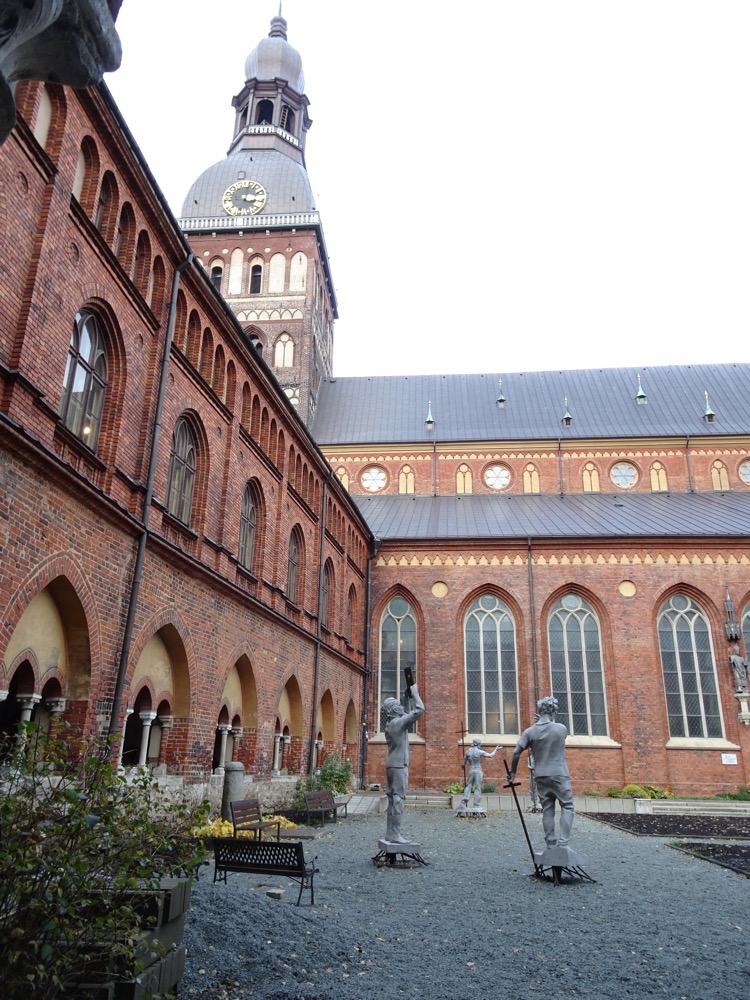 It was like the national musuems of Latvia said ‘We have no where to house all these 16th to 19th century canons, any ideas?’ and then some gardener scratched his beard and said ‘We could put them in the cloisters until summer’, and there they remained…?! Weird.
It was like the national musuems of Latvia said ‘We have no where to house all these 16th to 19th century canons, any ideas?’ and then some gardener scratched his beard and said ‘We could put them in the cloisters until summer’, and there they remained…?! Weird.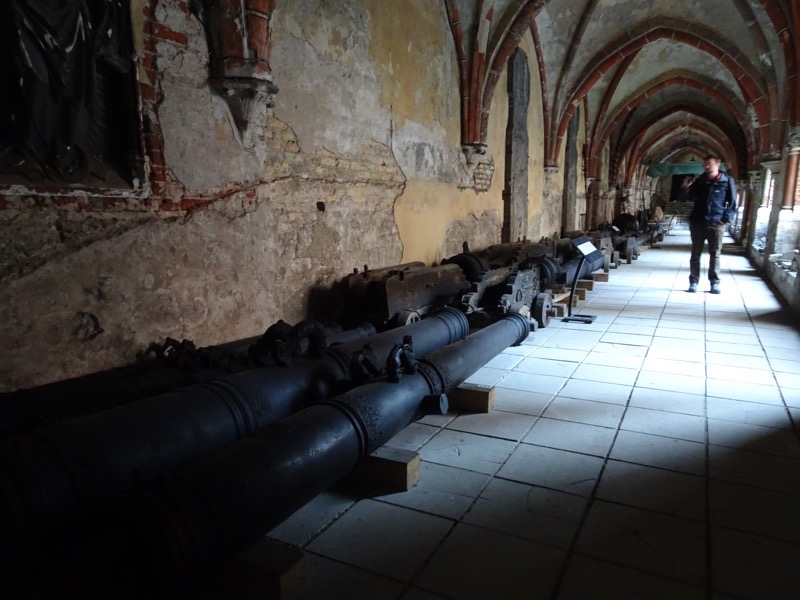
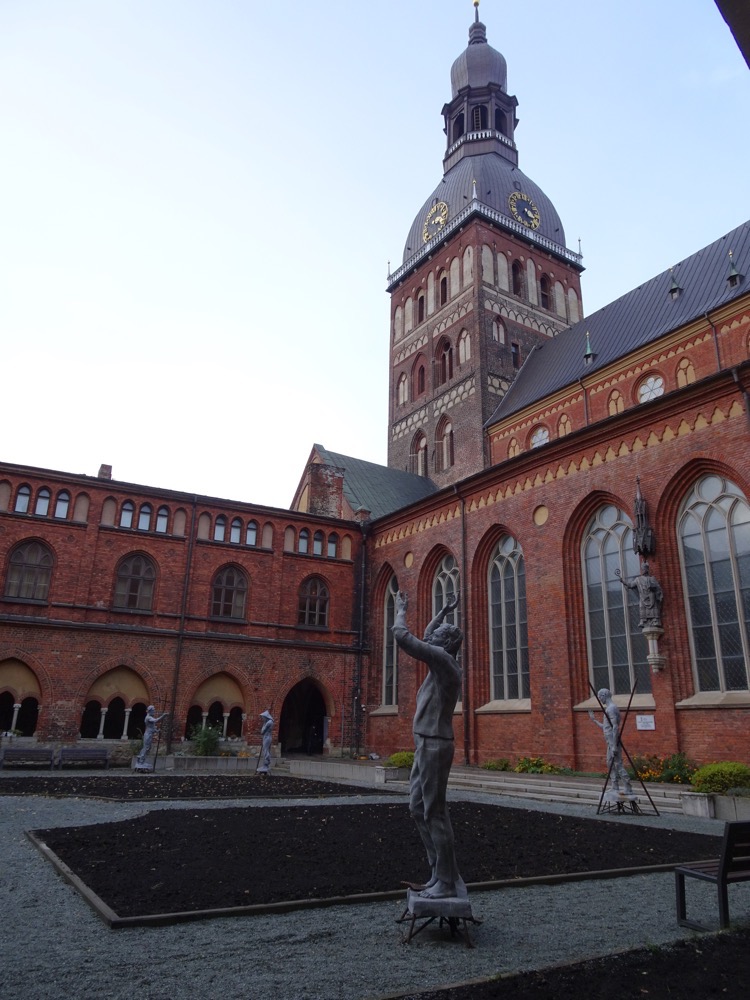 Bishop Albert.
Bishop Albert.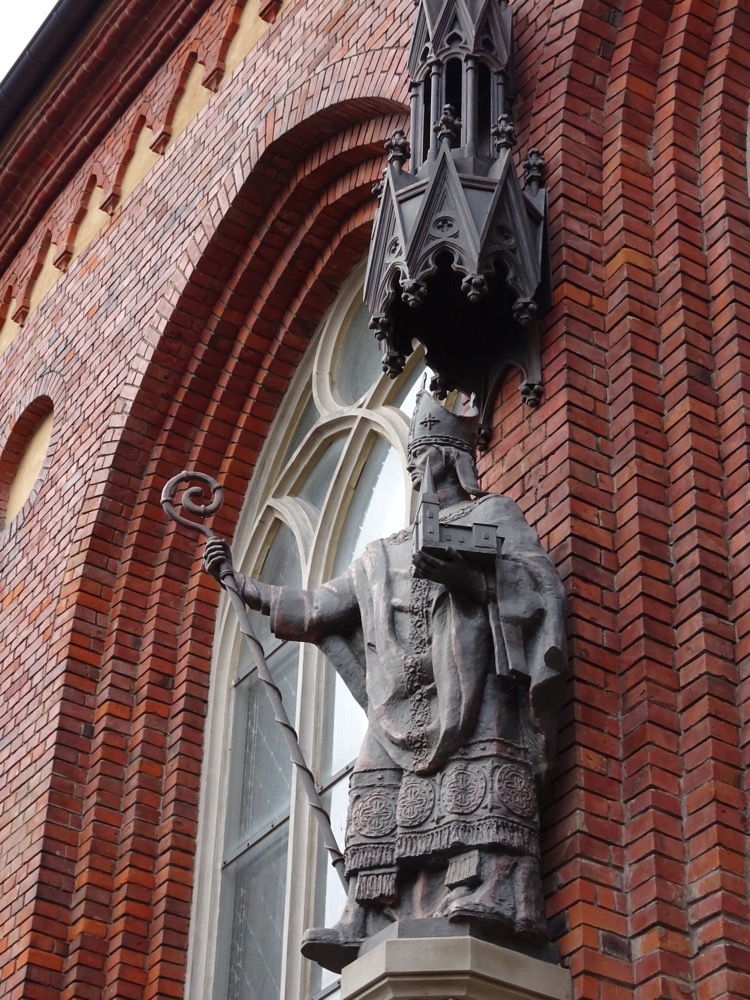
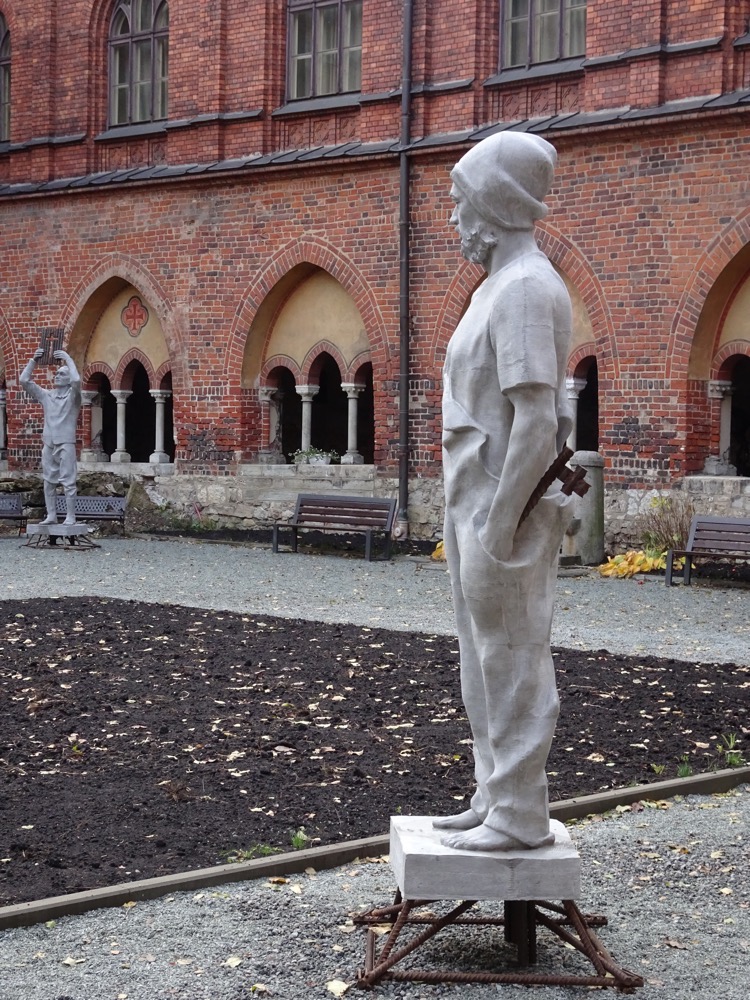
Dom Square: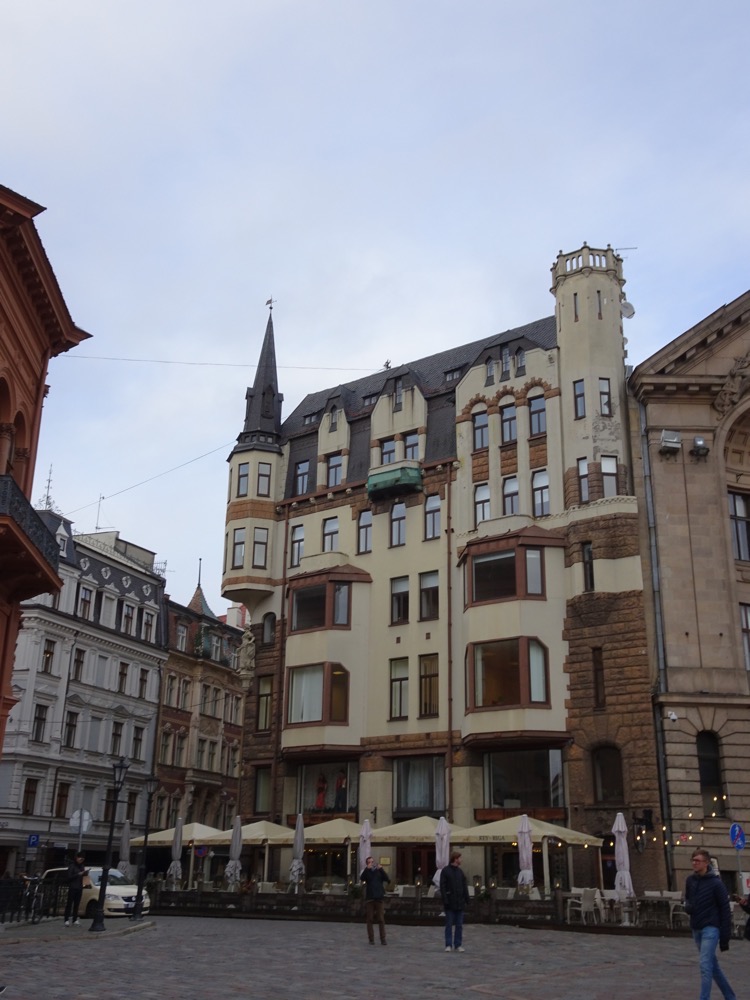
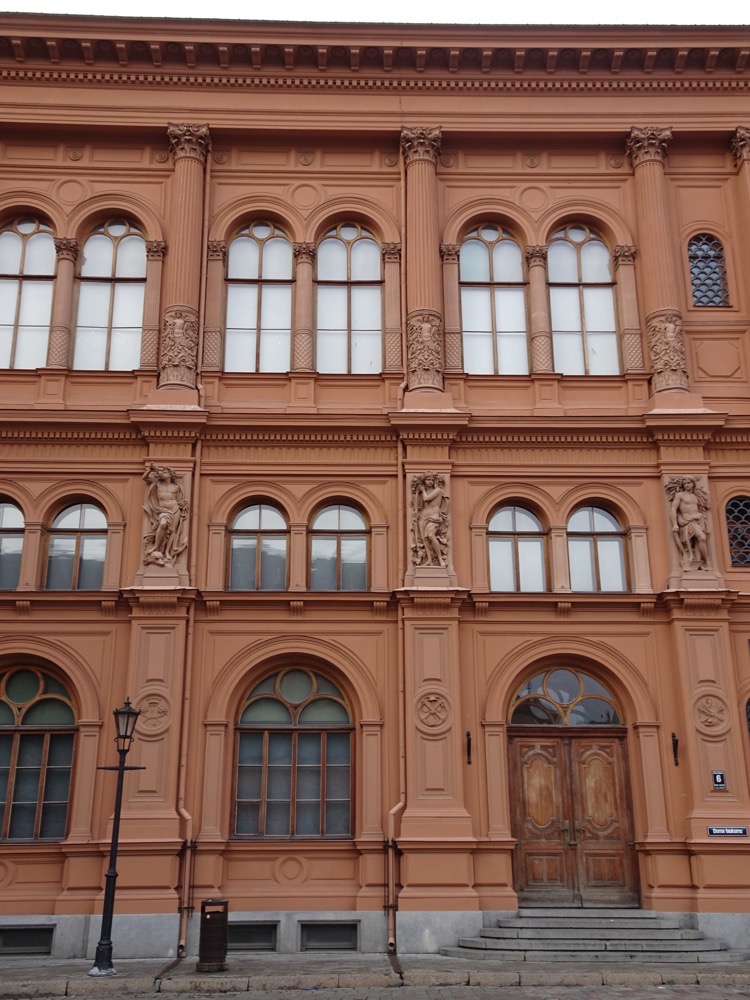
A little further on we found the Three Brothers…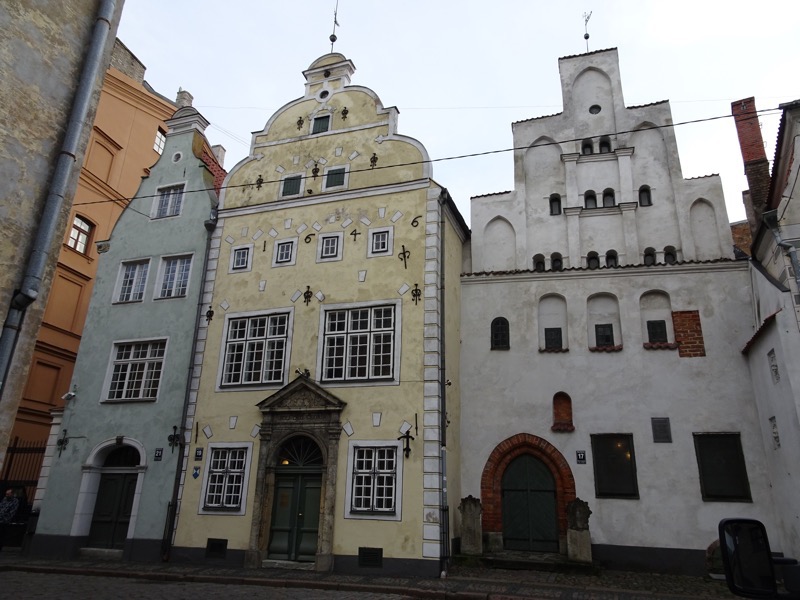
The Three Brothers is a building consisting of three conjoined dwellings in the Old Town. The houses form the oldest medieval complex of houses in Riga. oldest complex of dwelling houses in Riga. The houses are at 17, 19 and 21 Maza Pils Street (which amusingly is ‘Mazā Pils iela’ in Latvian, but the GPS can’t pronounce ‘iela’ and wil say ‘I-E-L-A’ every time it wants to say ‘street’.)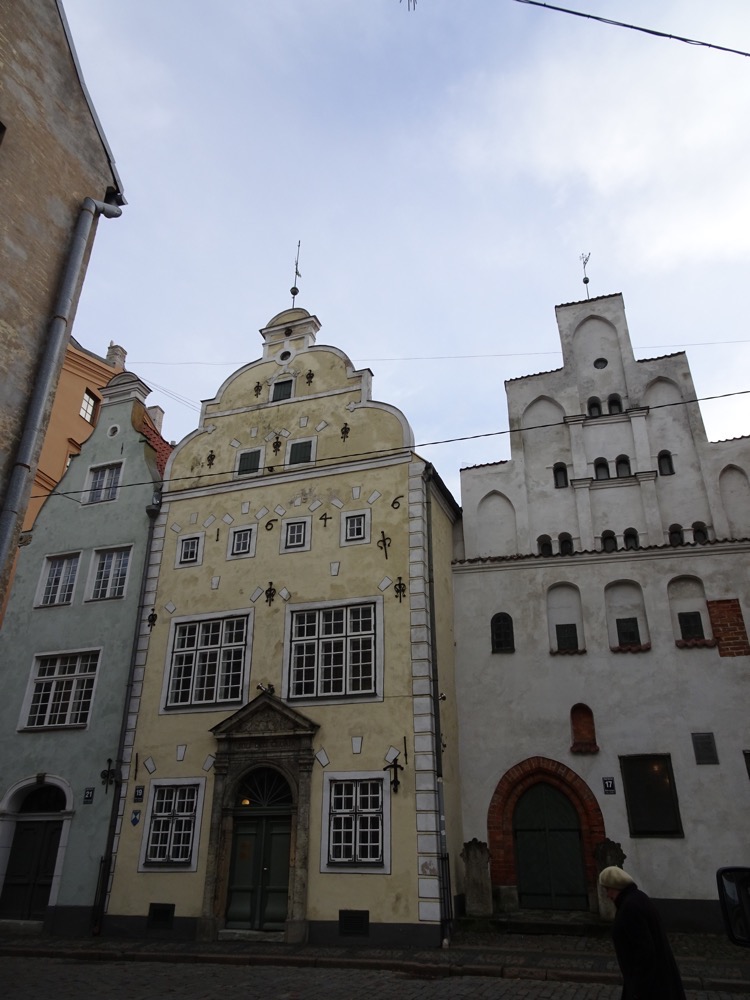
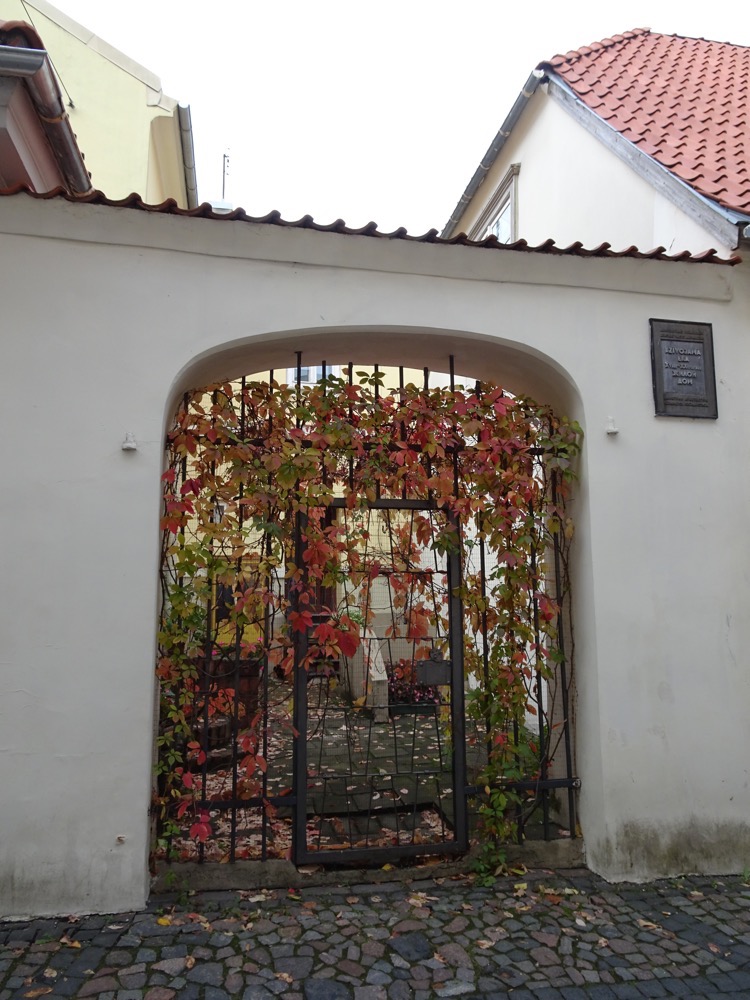
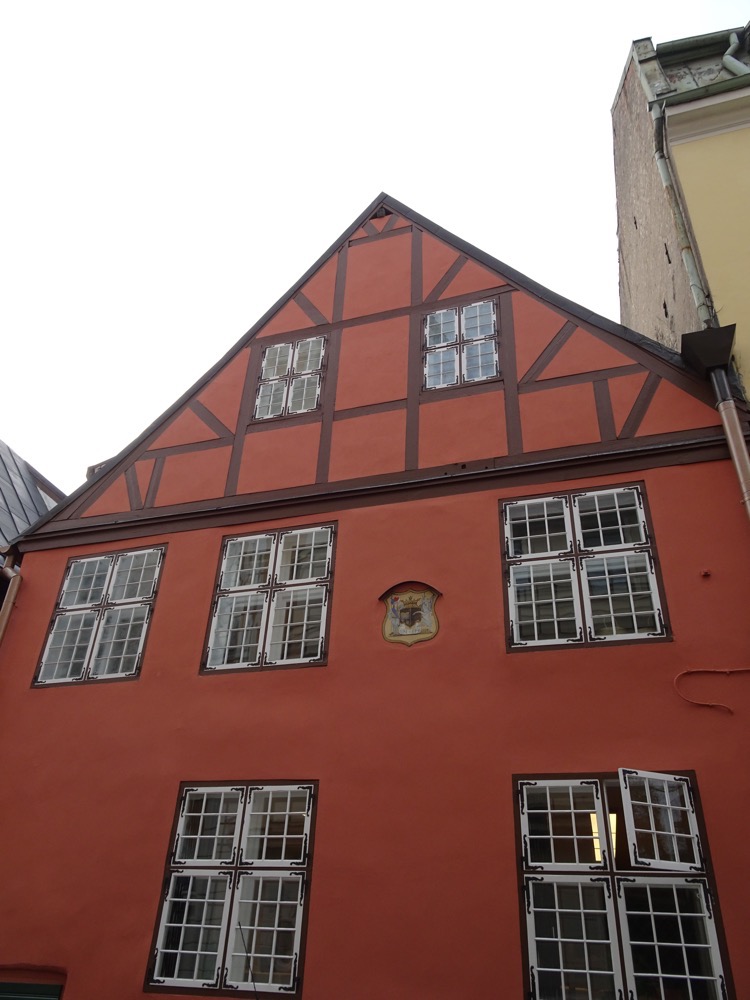 This is the White Tower of the Riga Castel, now the Riga Presidential Palace – apparently they won’t let us go in there… it’s like full of goverment officials and stuff.
This is the White Tower of the Riga Castel, now the Riga Presidential Palace – apparently they won’t let us go in there… it’s like full of goverment officials and stuff.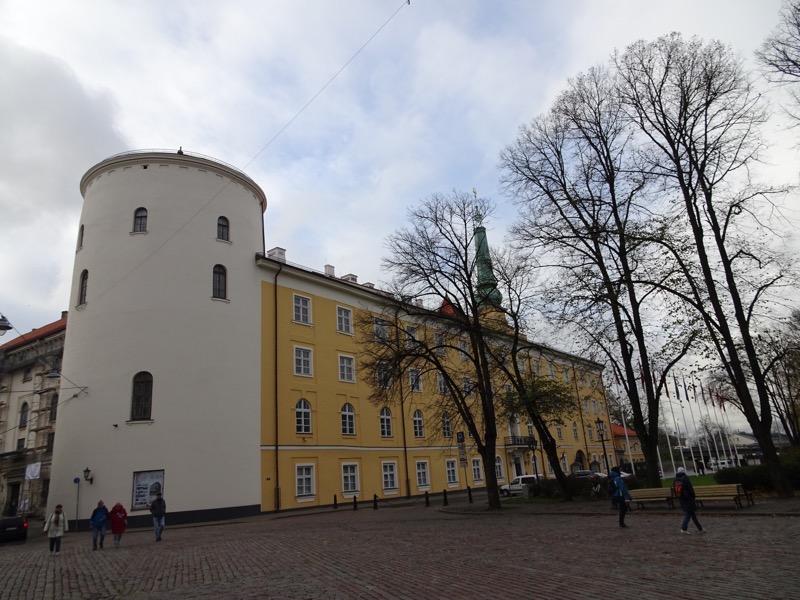
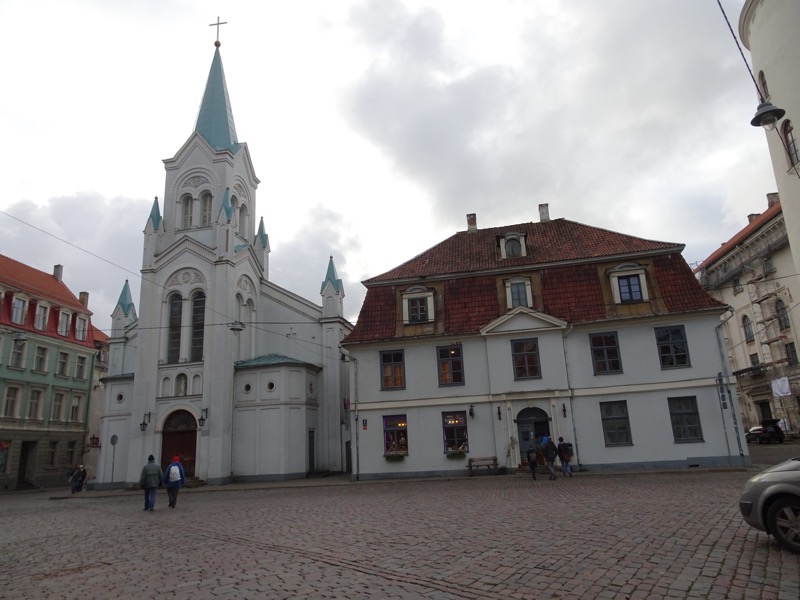 Anglican church – St Something… not Mary.
Anglican church – St Something… not Mary.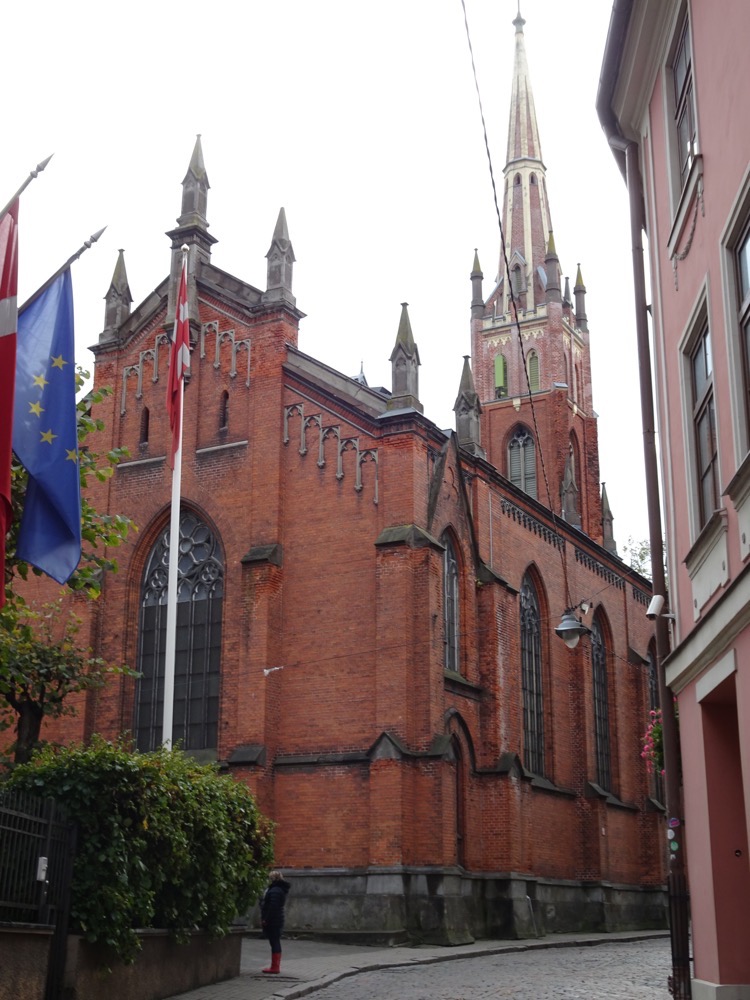
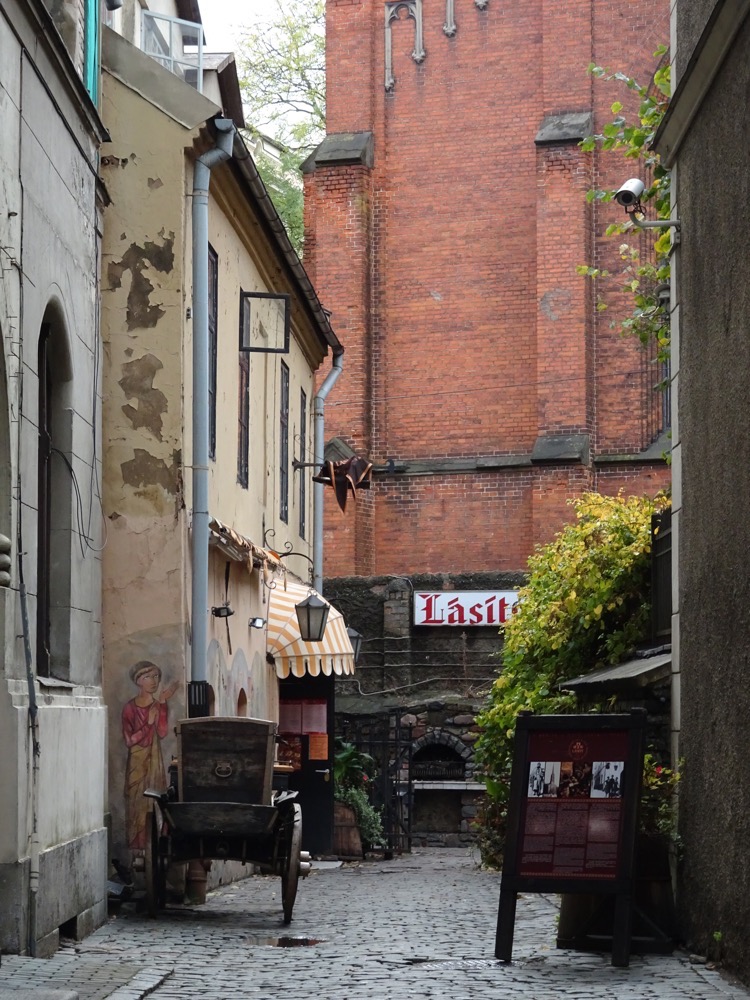 Everywhere you look is a cute little alleyway with nooks and crannies and interesting little cafes and shops.
Everywhere you look is a cute little alleyway with nooks and crannies and interesting little cafes and shops.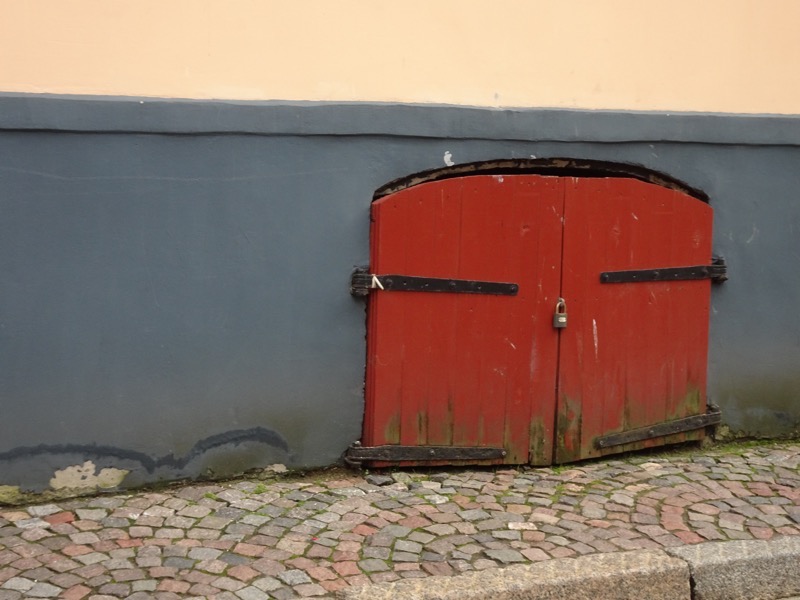 In Iceland, we got used to driving around a hillside and being greeting with yet another stunning landscape – here you walk around a corner and are greeted by yet another stunningly restore/kept historical building. It’s phenomenal.
In Iceland, we got used to driving around a hillside and being greeting with yet another stunning landscape – here you walk around a corner and are greeted by yet another stunningly restore/kept historical building. It’s phenomenal.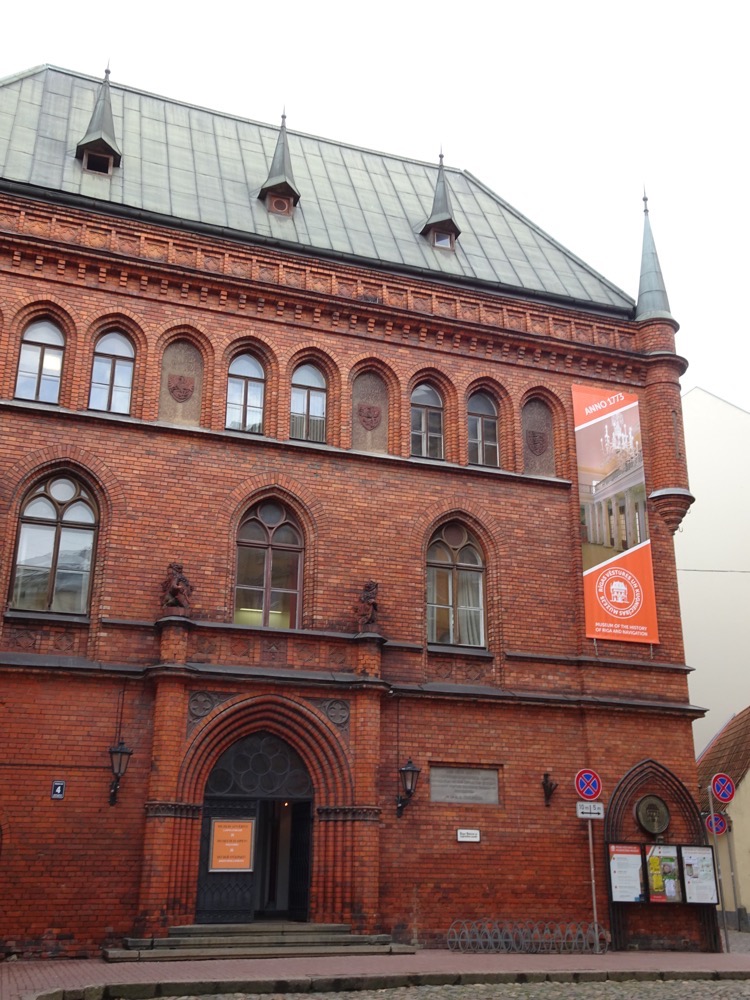
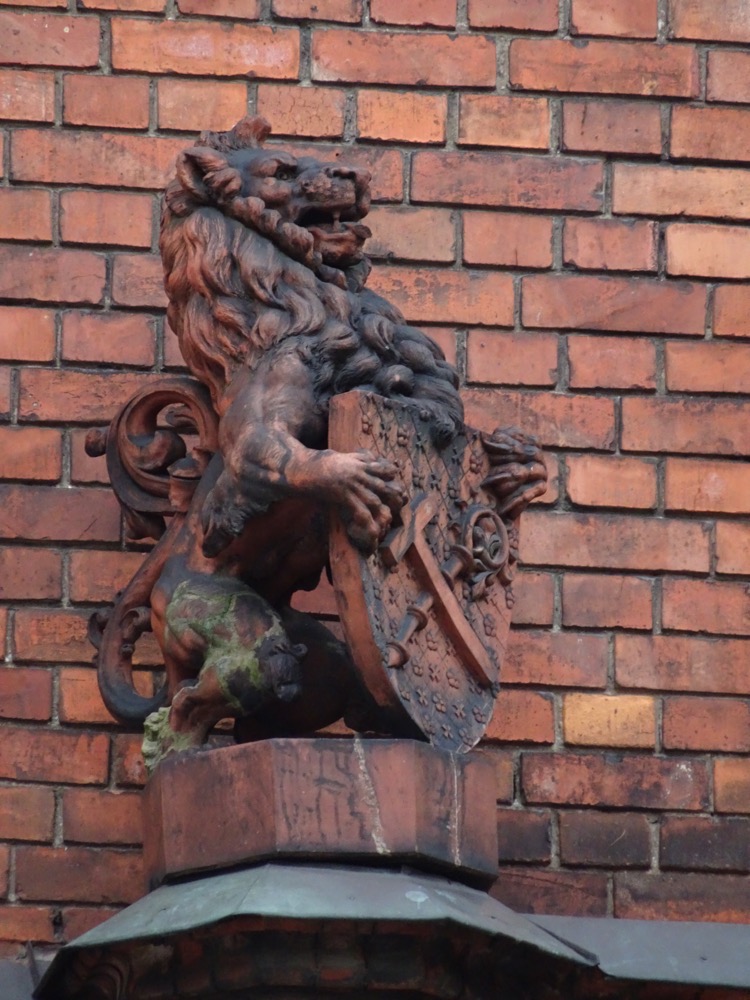 We saw a shop that said ‘wool and linen’ on the outside sign and decided to pop in and have a look at the fabrics for sale. We found ourselves in a national costume shop called, Senaklets: http://www.senaklets.lv/eng.php where one can go to buy well, national costumes, fabrics to make the same and dress accessories to go with them.
We saw a shop that said ‘wool and linen’ on the outside sign and decided to pop in and have a look at the fabrics for sale. We found ourselves in a national costume shop called, Senaklets: http://www.senaklets.lv/eng.php where one can go to buy well, national costumes, fabrics to make the same and dress accessories to go with them.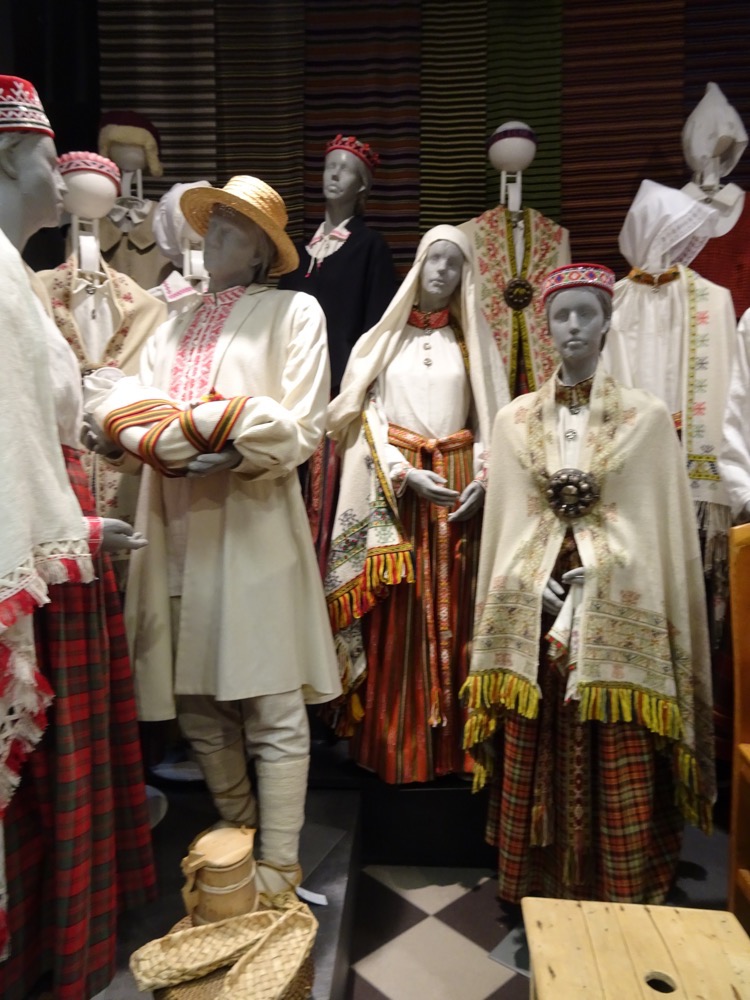 The first things I noticed was all the crazy expensive tablet woven bands in lengths up to 3m (patterns rather too modern but lovely).
The first things I noticed was all the crazy expensive tablet woven bands in lengths up to 3m (patterns rather too modern but lovely). 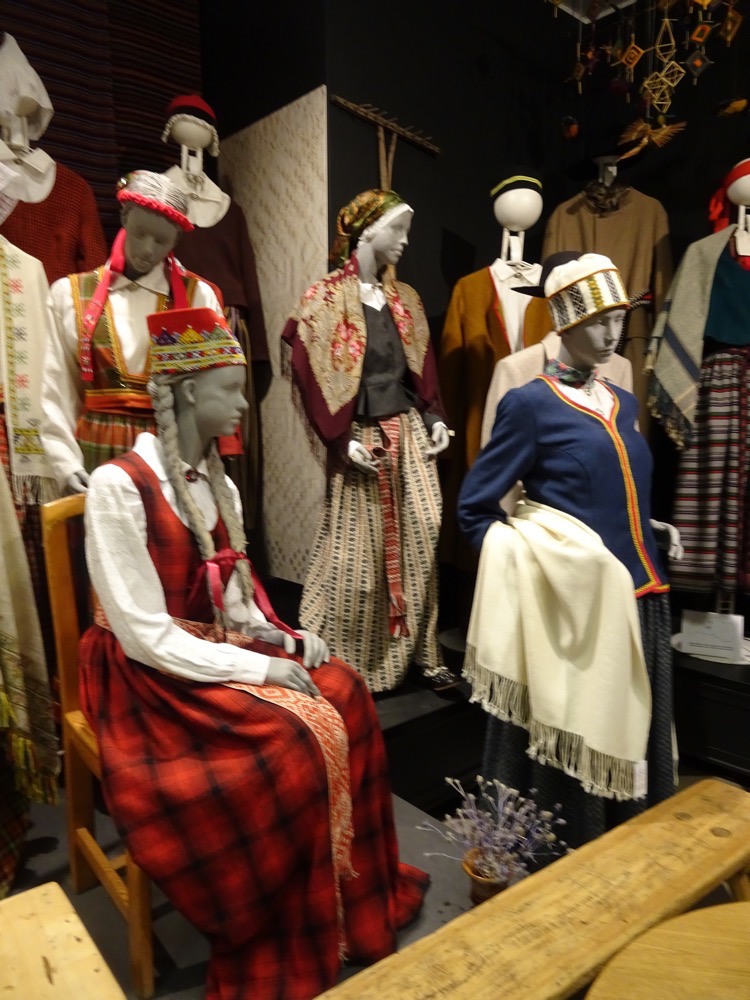 And then we moved into another room and there they were… all the medieval costumes I had laboriously been trying to photograph through glass this morning at the national history museum. Le sigh.
And then we moved into another room and there they were… all the medieval costumes I had laboriously been trying to photograph through glass this morning at the national history museum. Le sigh.
So this outfit has a set of chains, brooches, and spacers I have been researching, and figuring out how to make, since I first saw a similar set at the British Museum in 2015… it seems here, if you have the Euros – you can just buy a set!
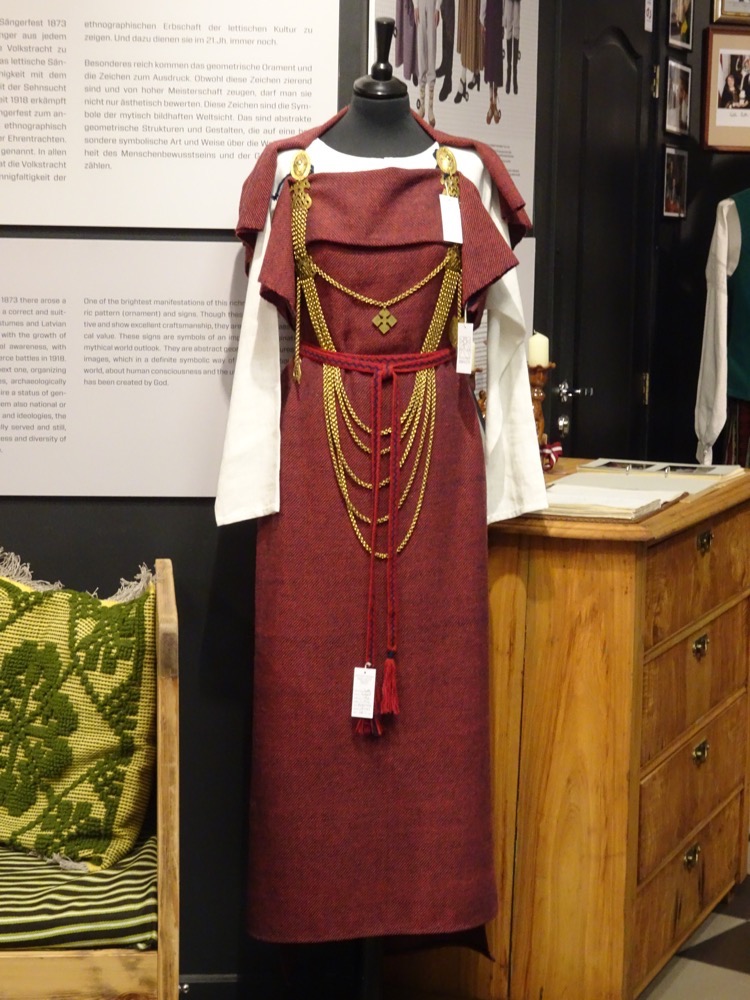 Fucking expensive. But urgh, I rolled my eyes. So much effort gone into researching these…
Fucking expensive. But urgh, I rolled my eyes. So much effort gone into researching these…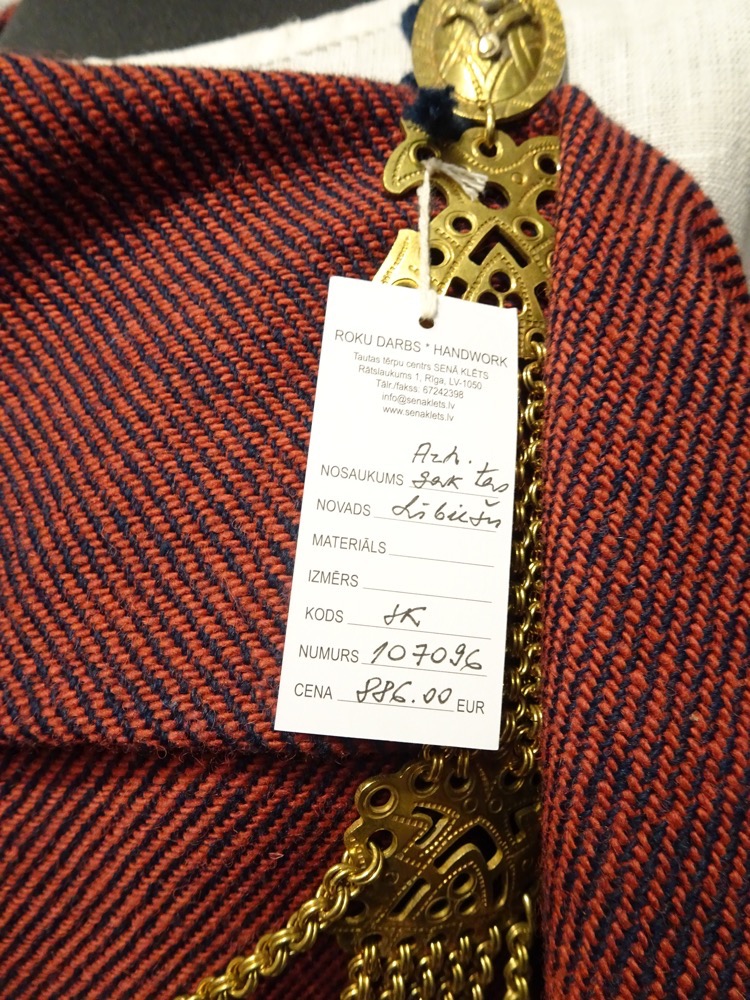
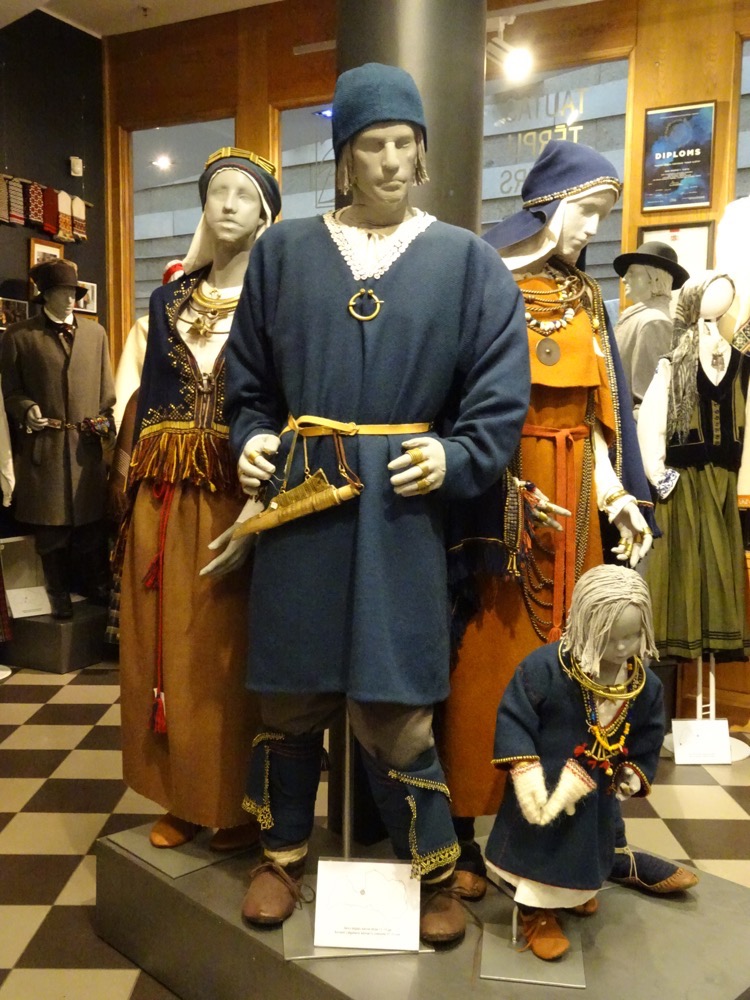 Gorgeous Finnish/Baltic shawls all done. Couldn’t find a price tag on this one – I imagine if you have to ask how much it is, you can’t afford it. I can tell you that if I had a spare few thousand Euro I would have walked out of there well kitted out.
Gorgeous Finnish/Baltic shawls all done. Couldn’t find a price tag on this one – I imagine if you have to ask how much it is, you can’t afford it. I can tell you that if I had a spare few thousand Euro I would have walked out of there well kitted out. 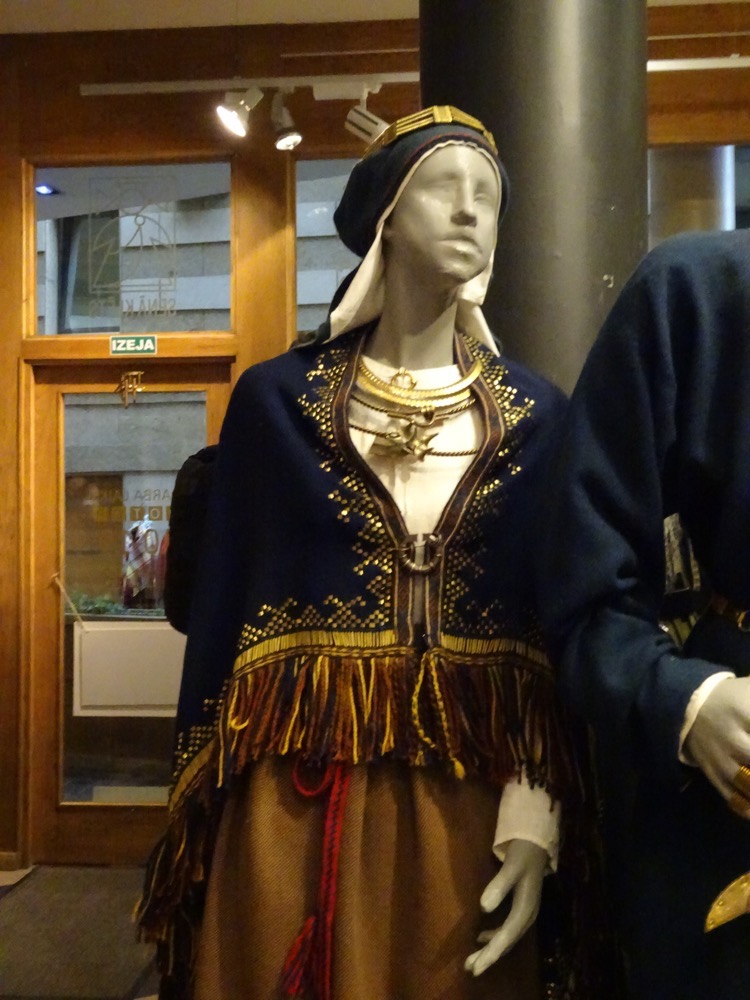 After that we found ourselves back in the Square in front of the House of the Blackheads and the state of Roland that I failed to capture earlier.
After that we found ourselves back in the Square in front of the House of the Blackheads and the state of Roland that I failed to capture earlier. 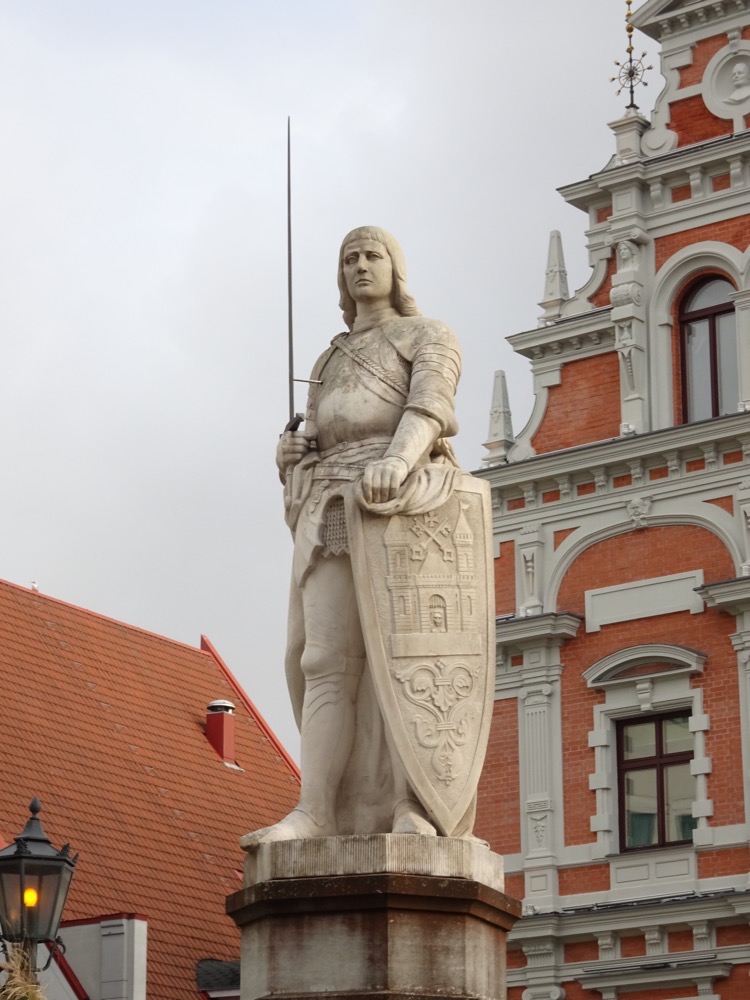
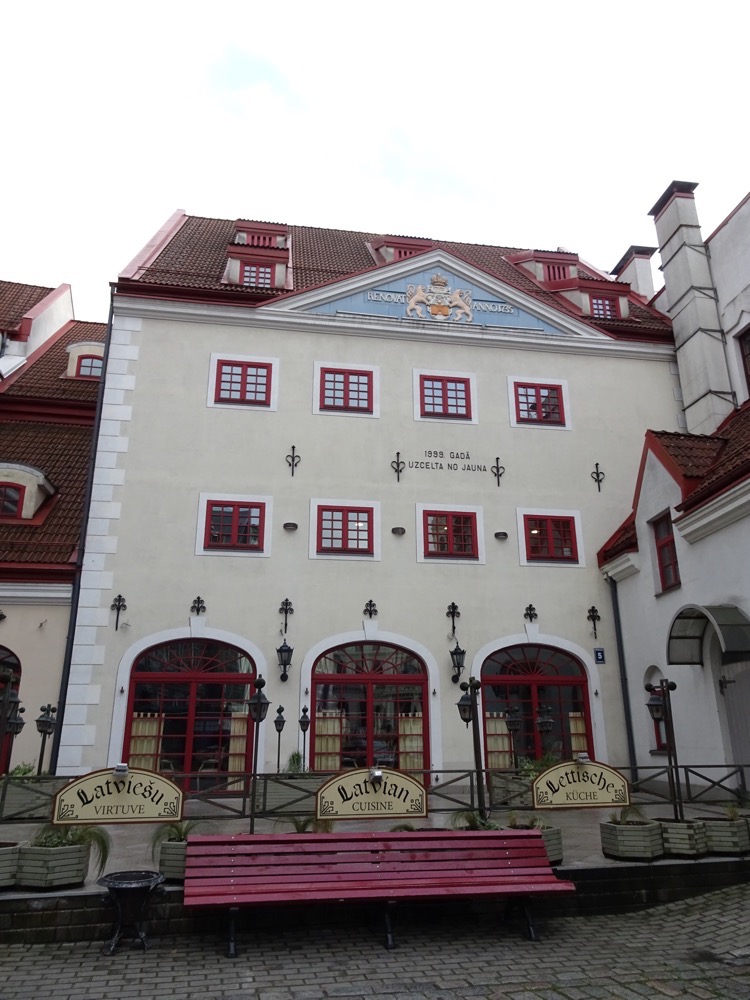
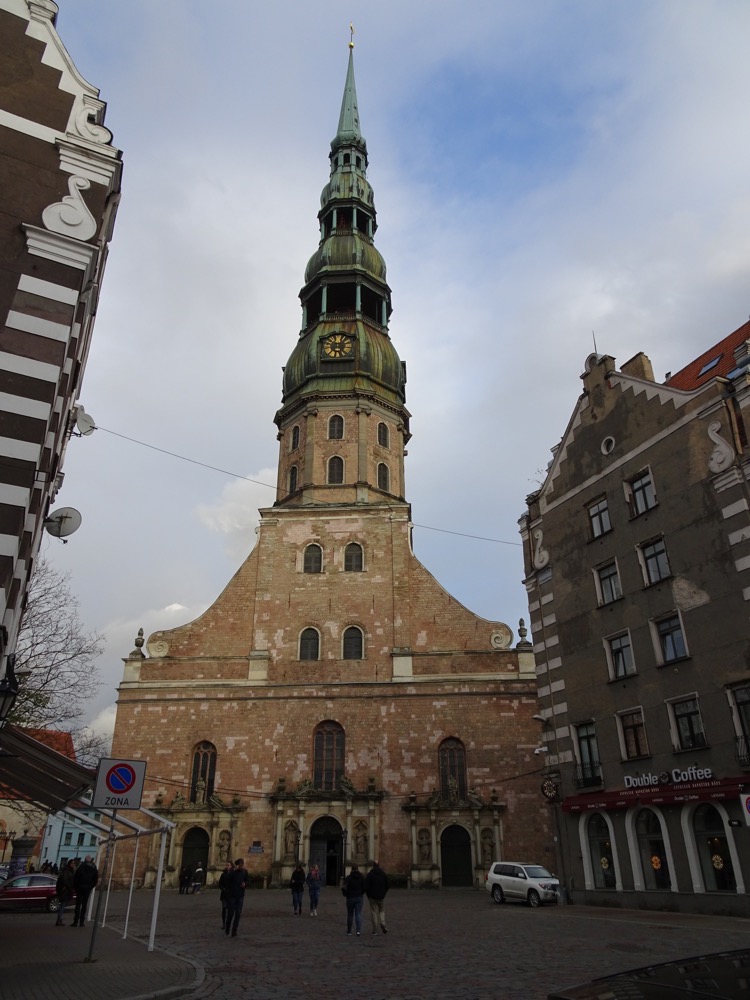 I had a lovely day out in Riga. There is plenty more to see here, but we have a big day ahead of us tomorrow, so we called it quits just as it was starting to get dark – mostly because it was also starting to get much colder too!
I had a lovely day out in Riga. There is plenty more to see here, but we have a big day ahead of us tomorrow, so we called it quits just as it was starting to get dark – mostly because it was also starting to get much colder too!

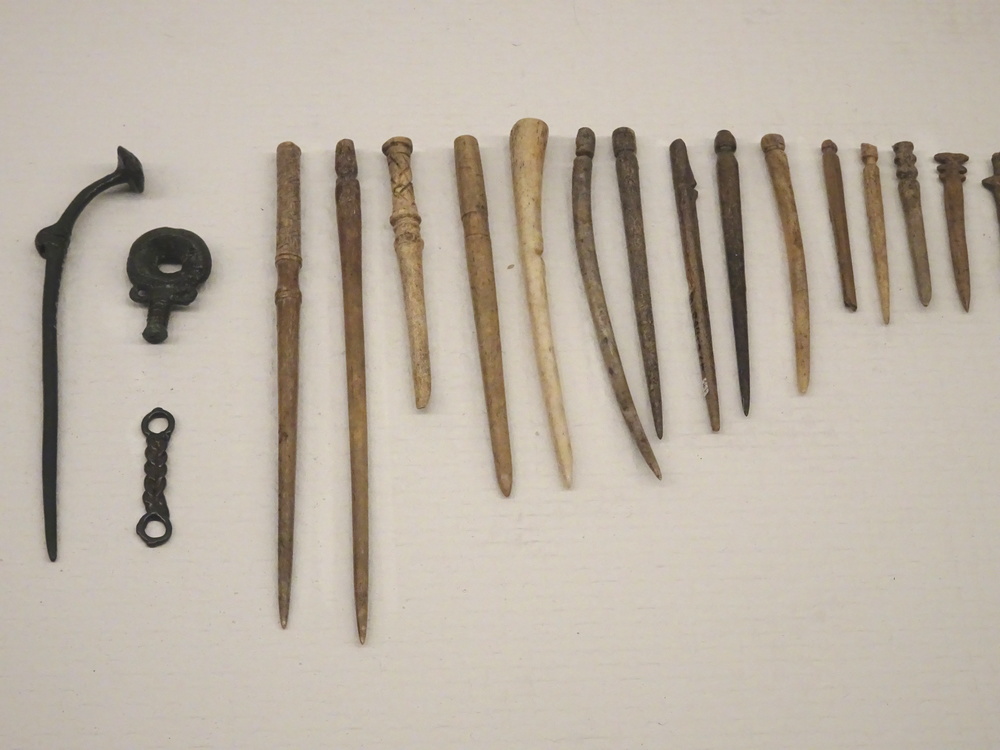
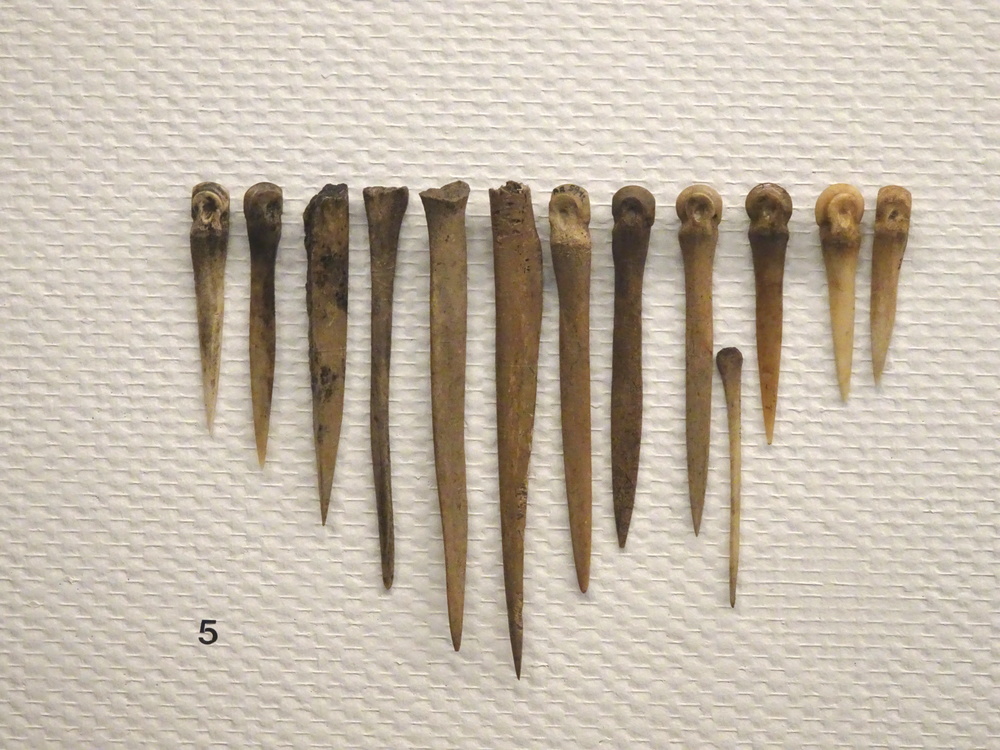
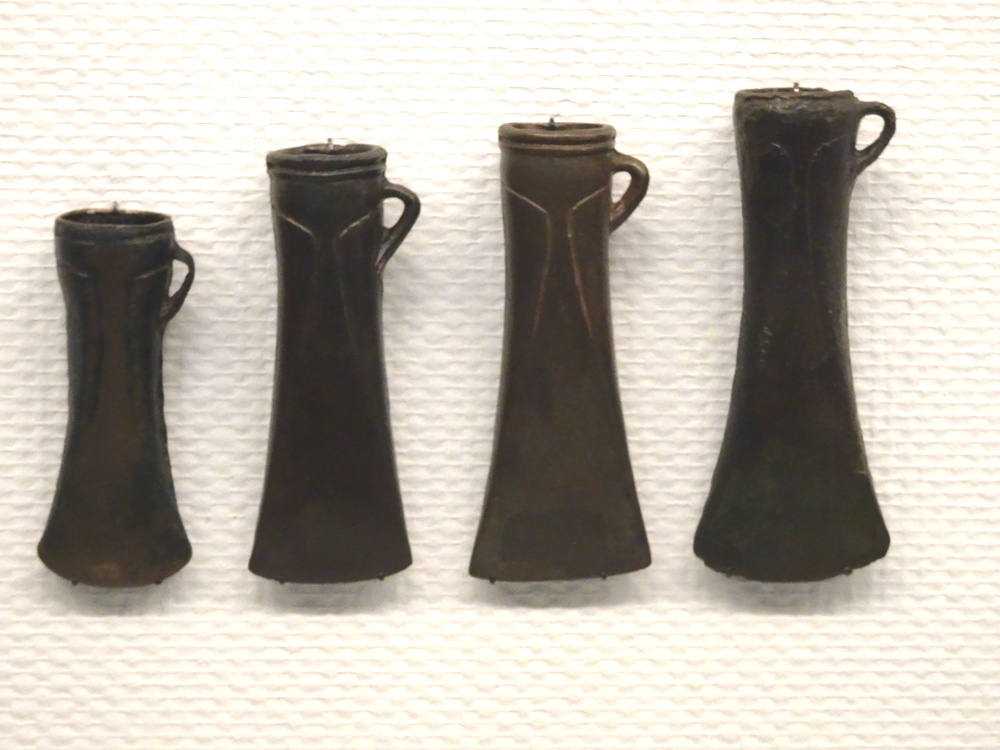
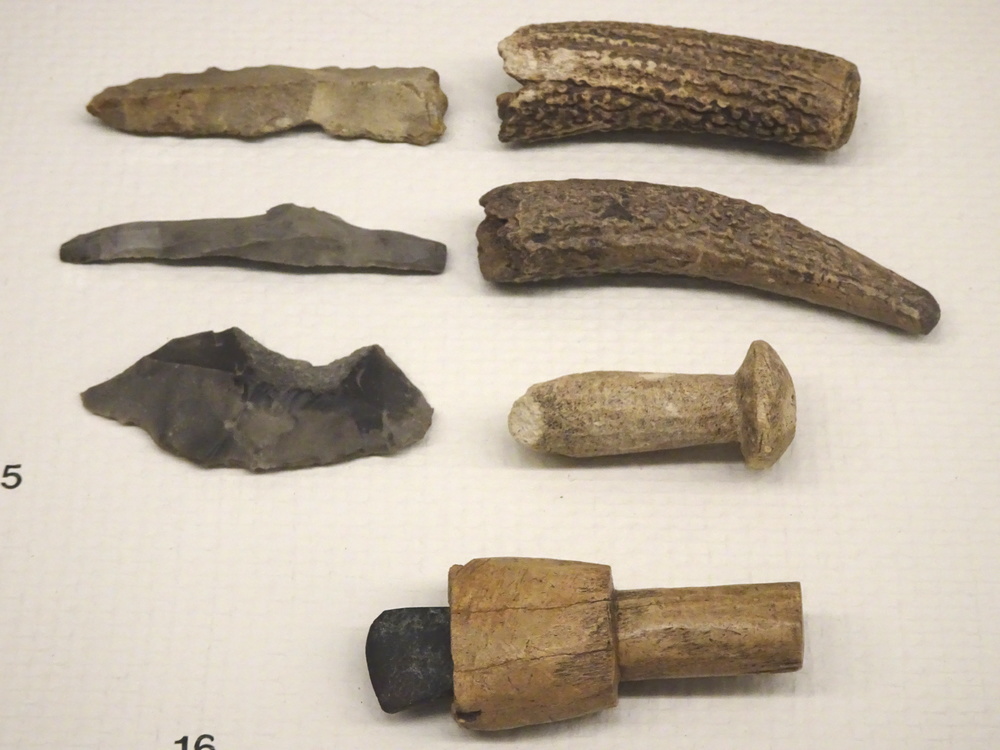
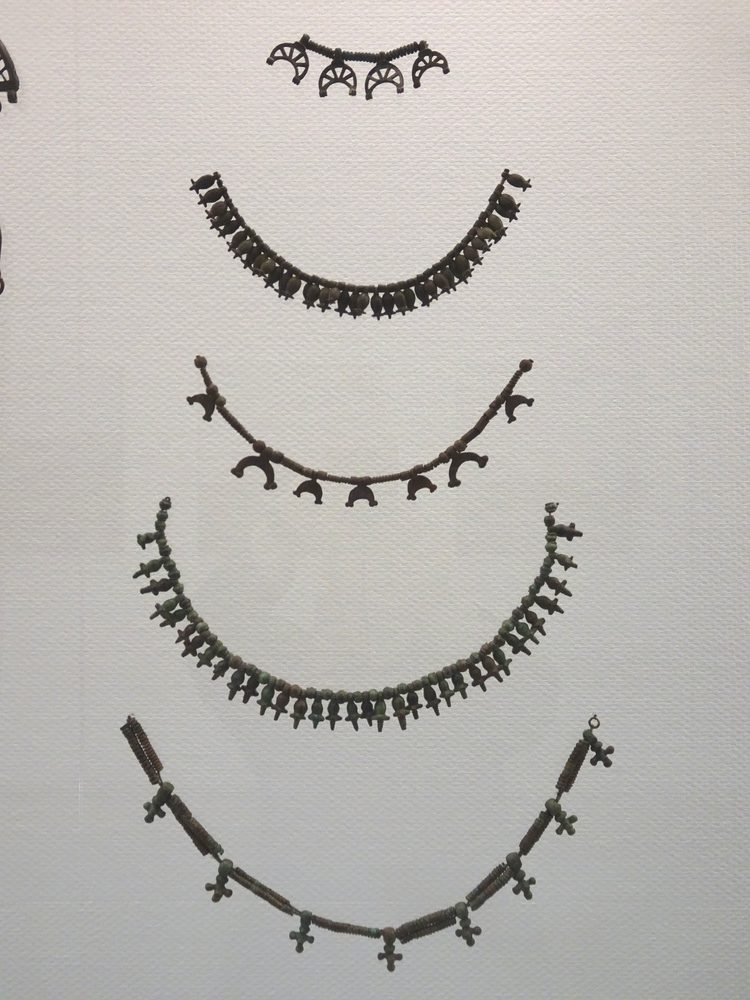
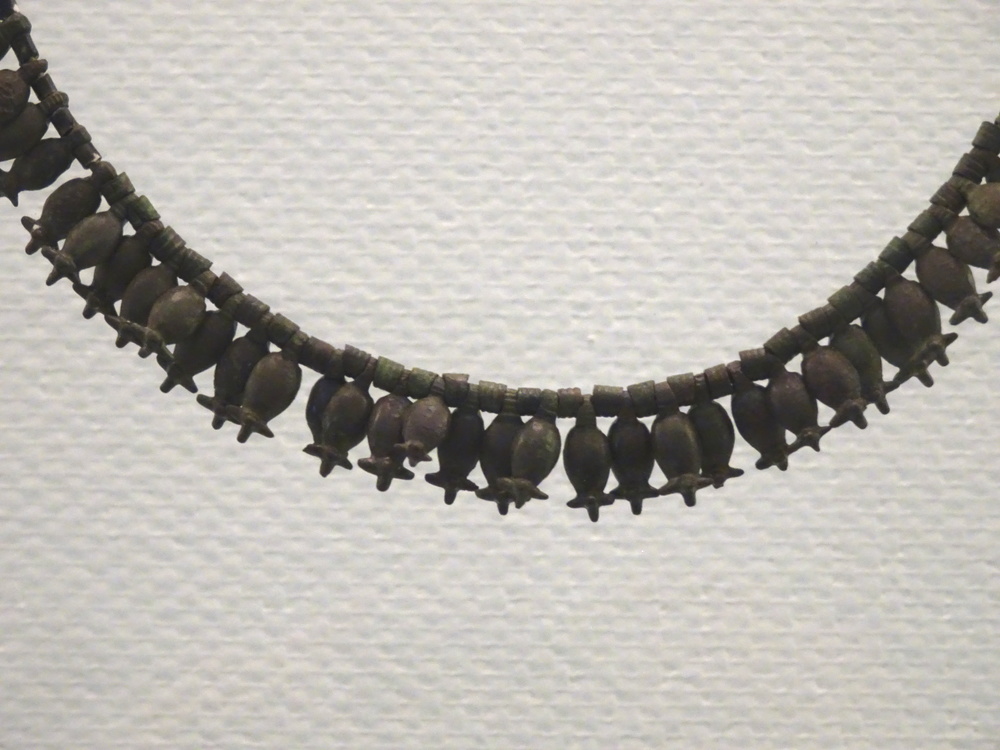
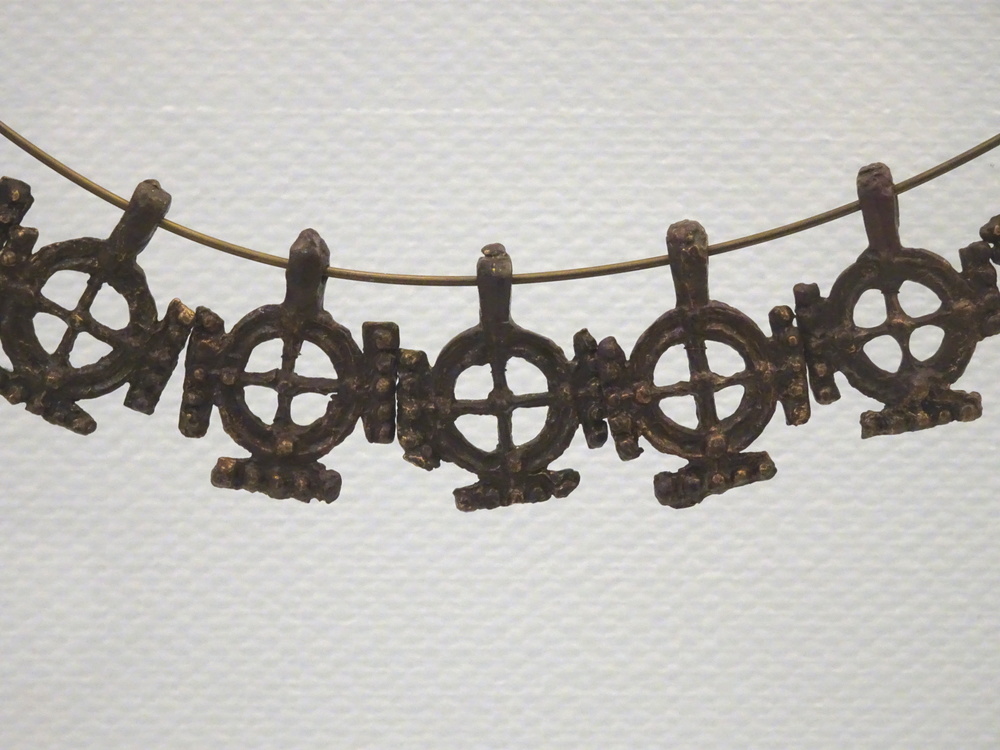
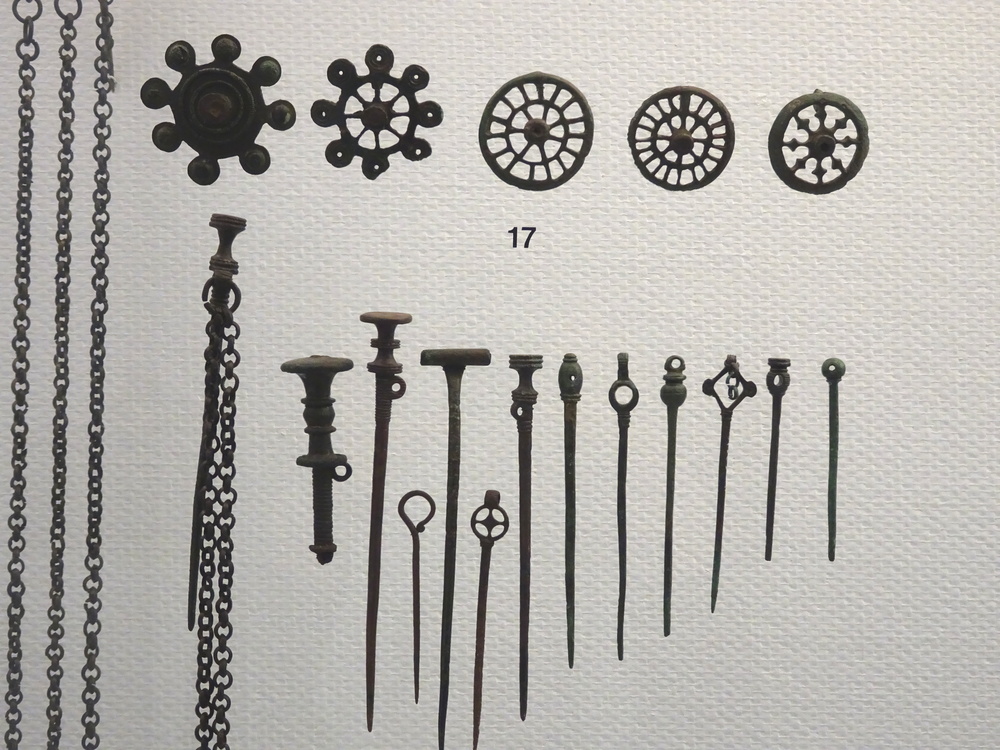
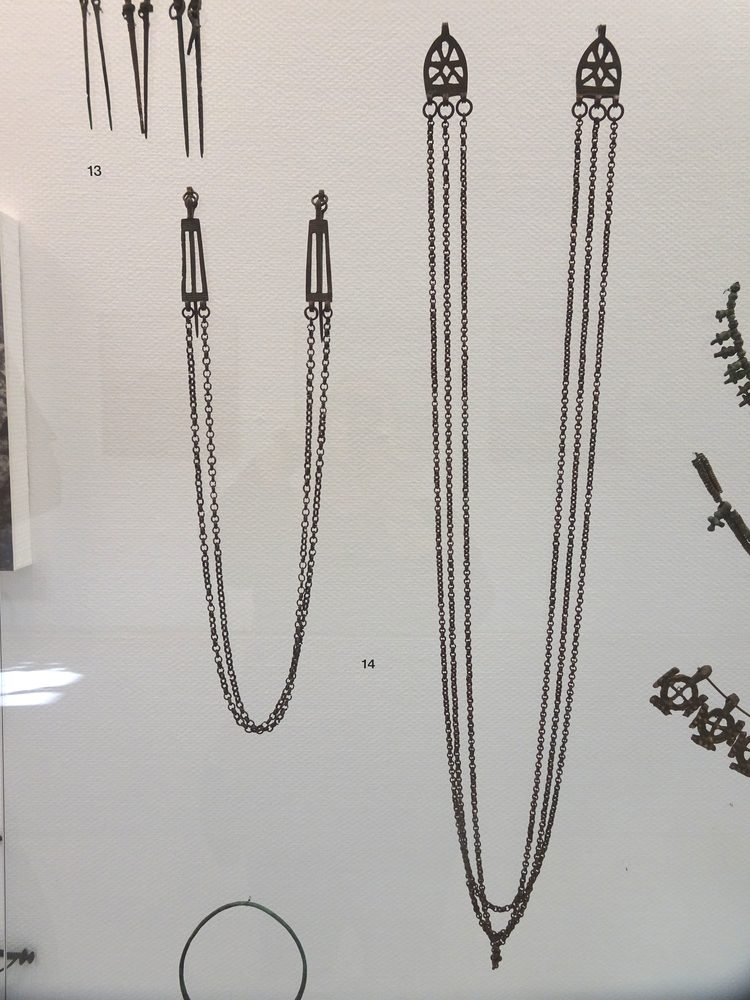
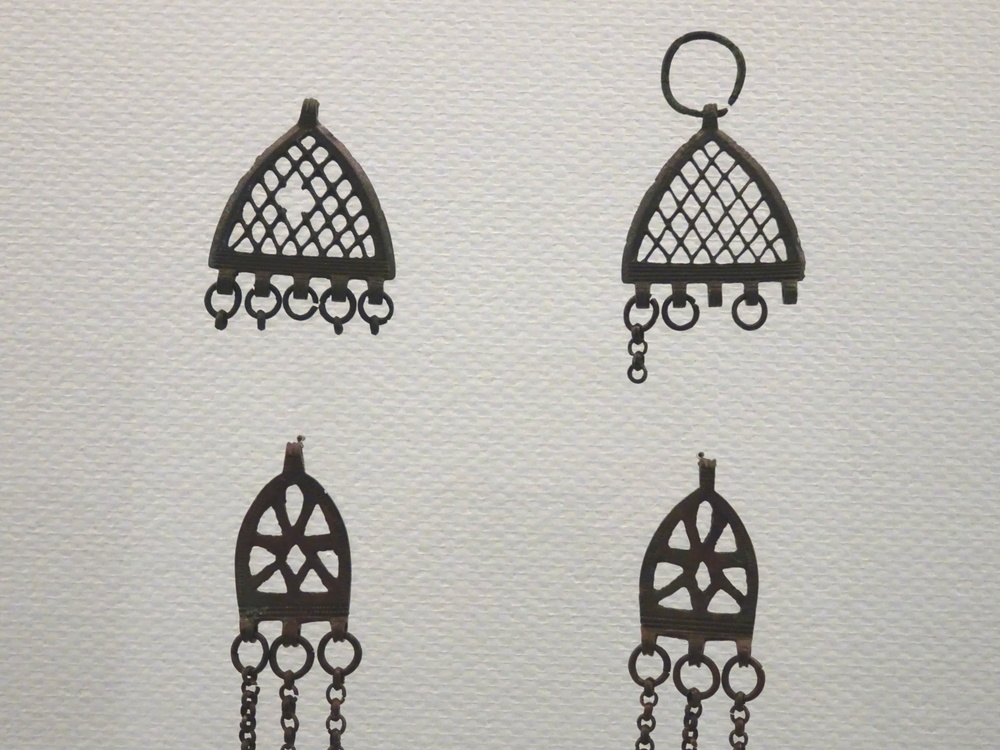
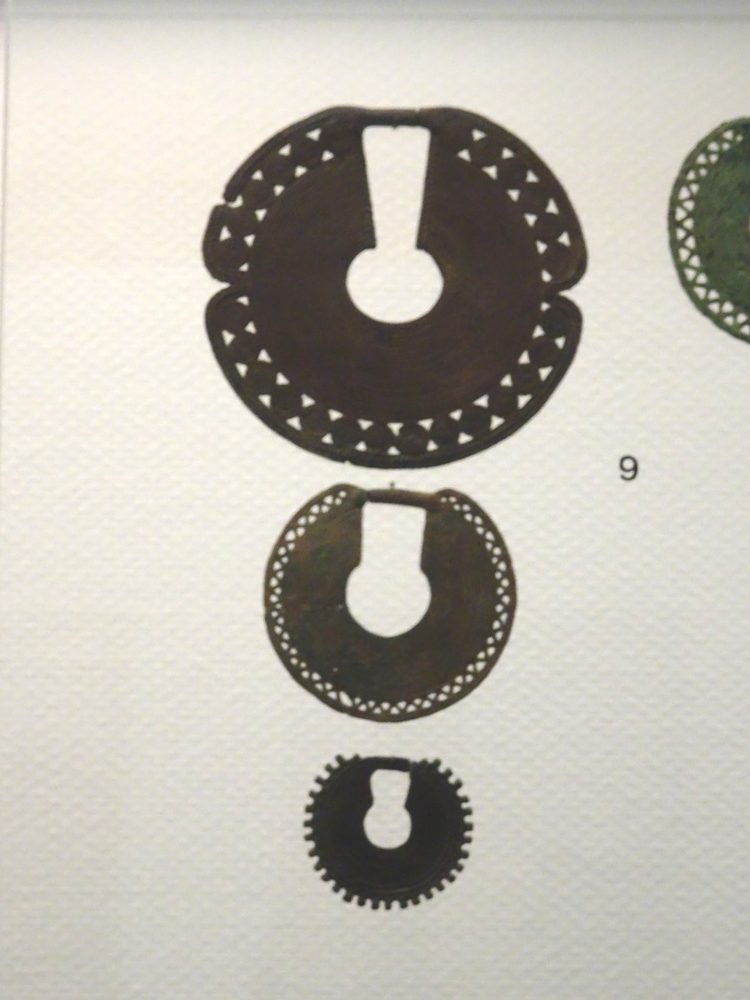
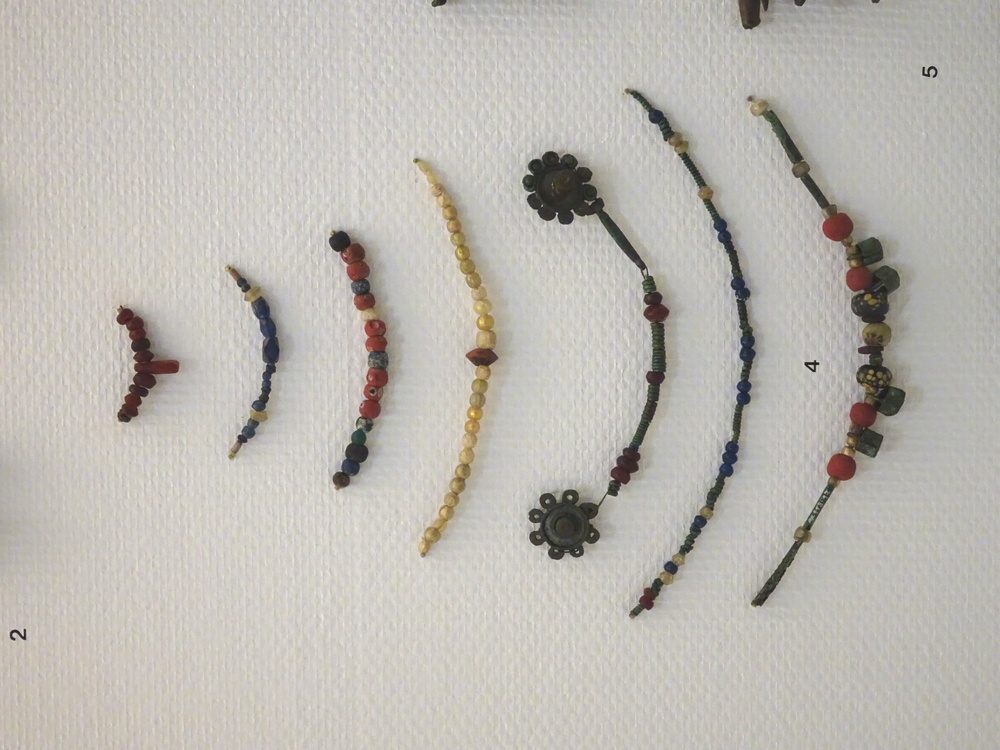
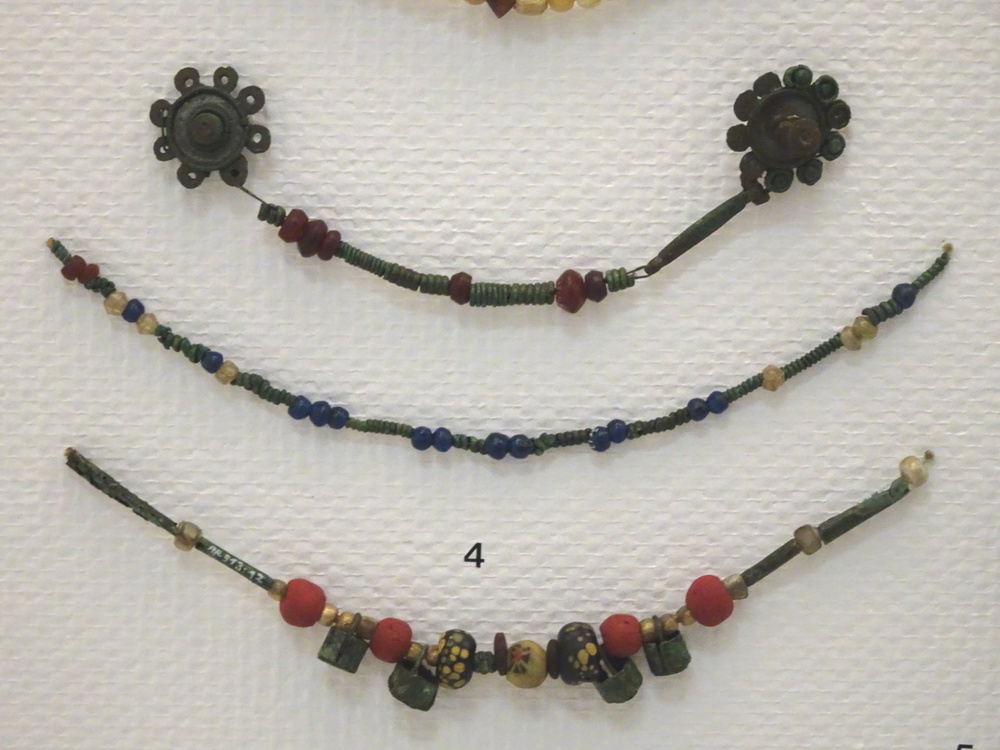
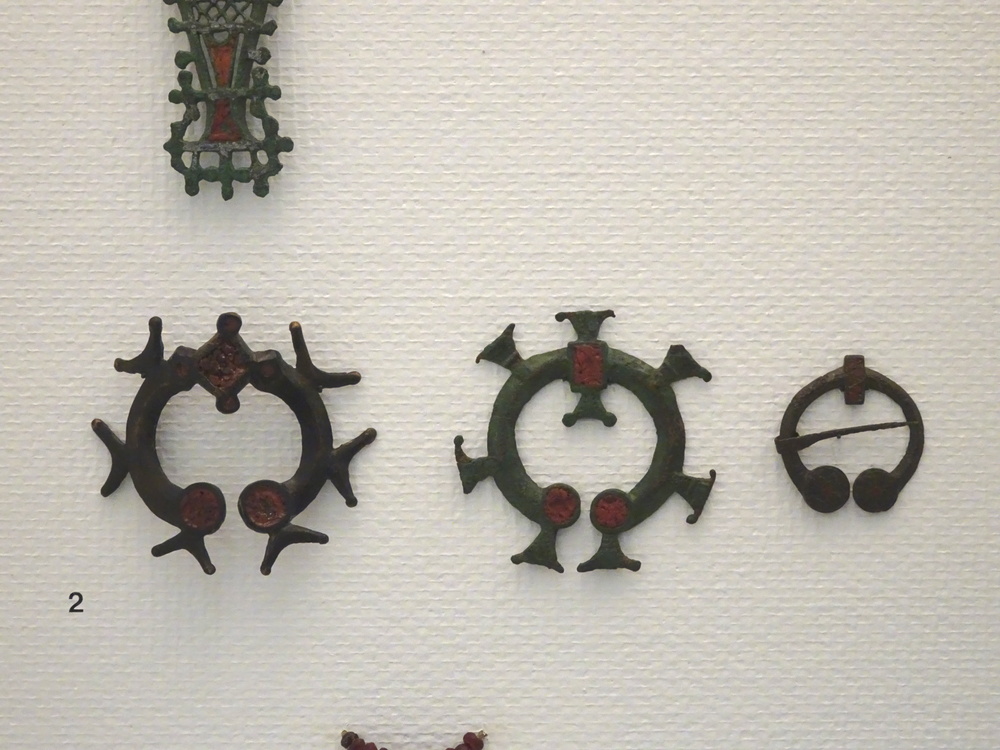
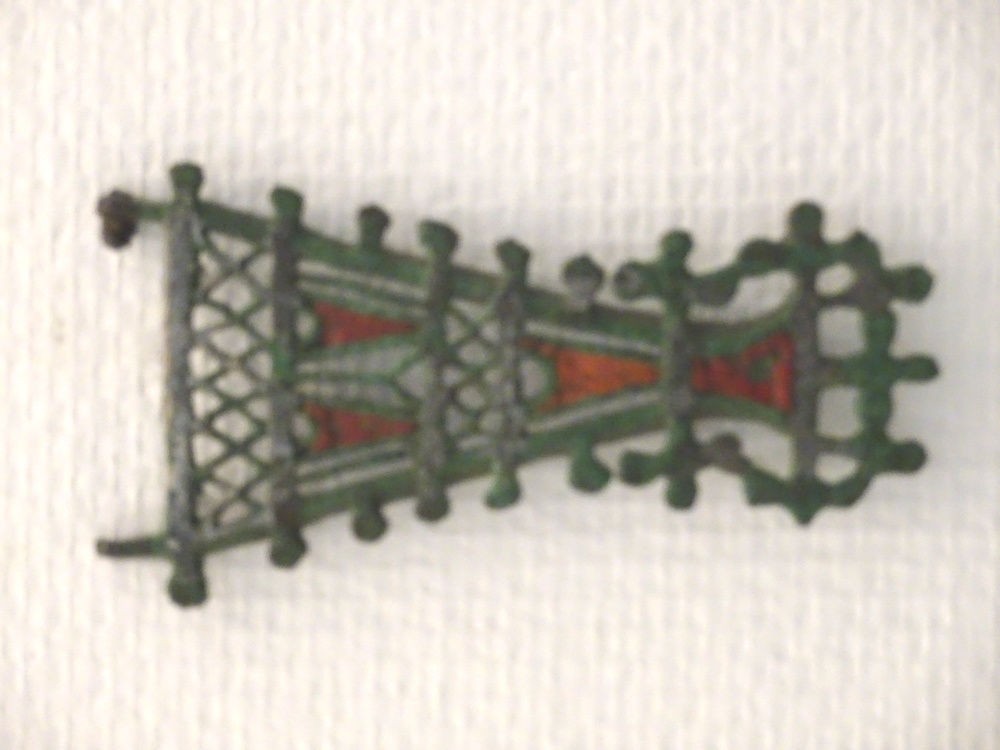
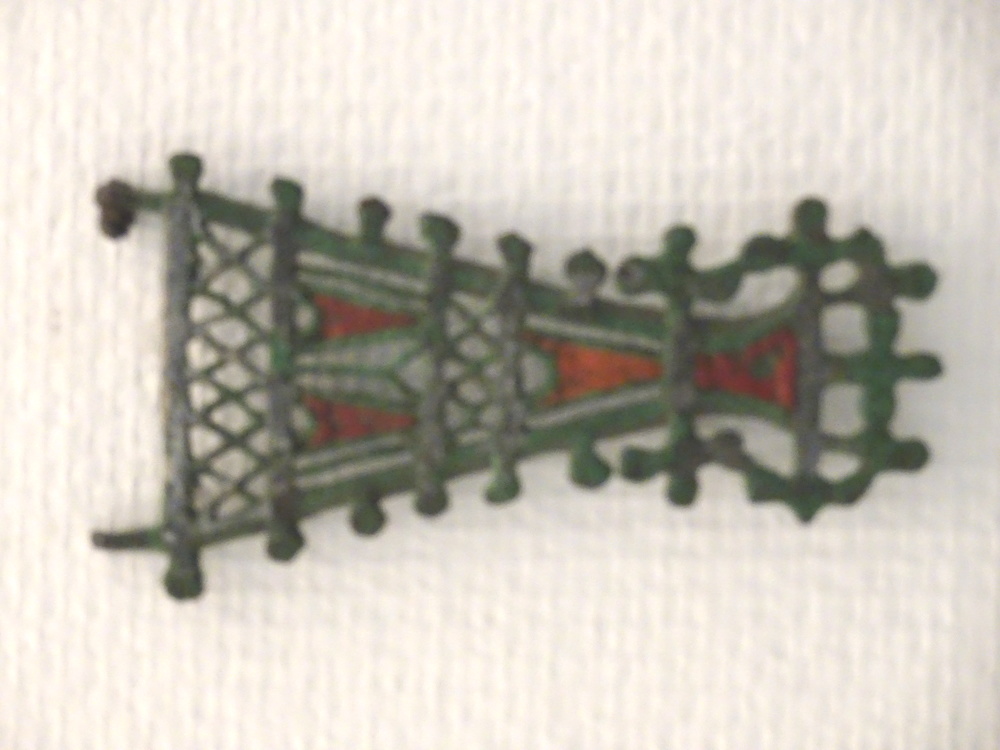
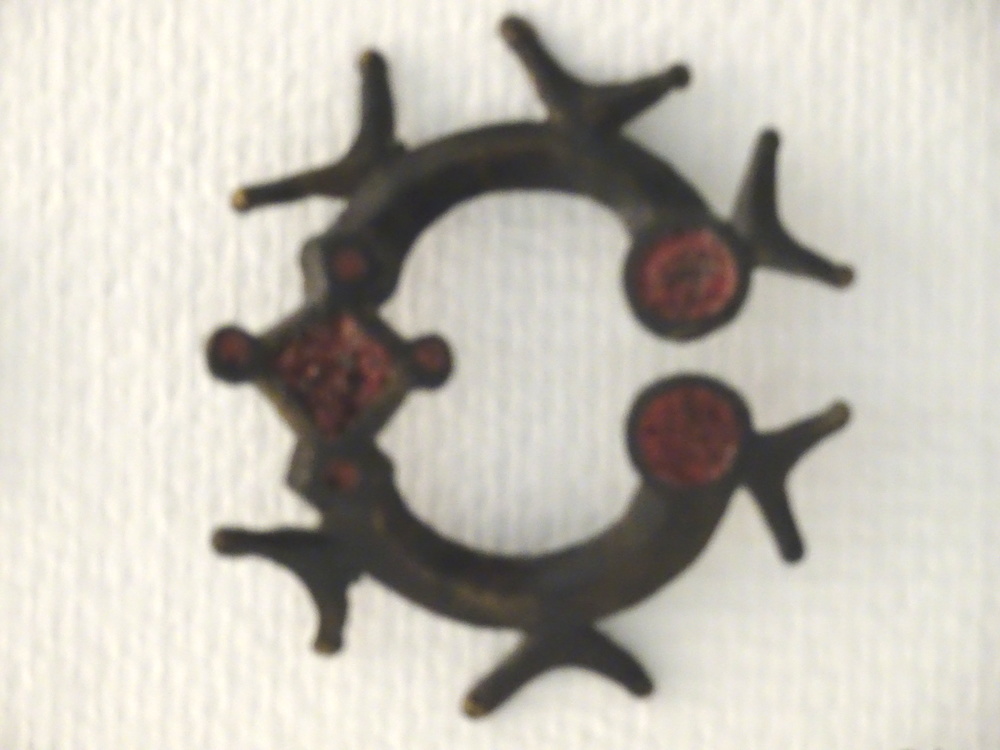
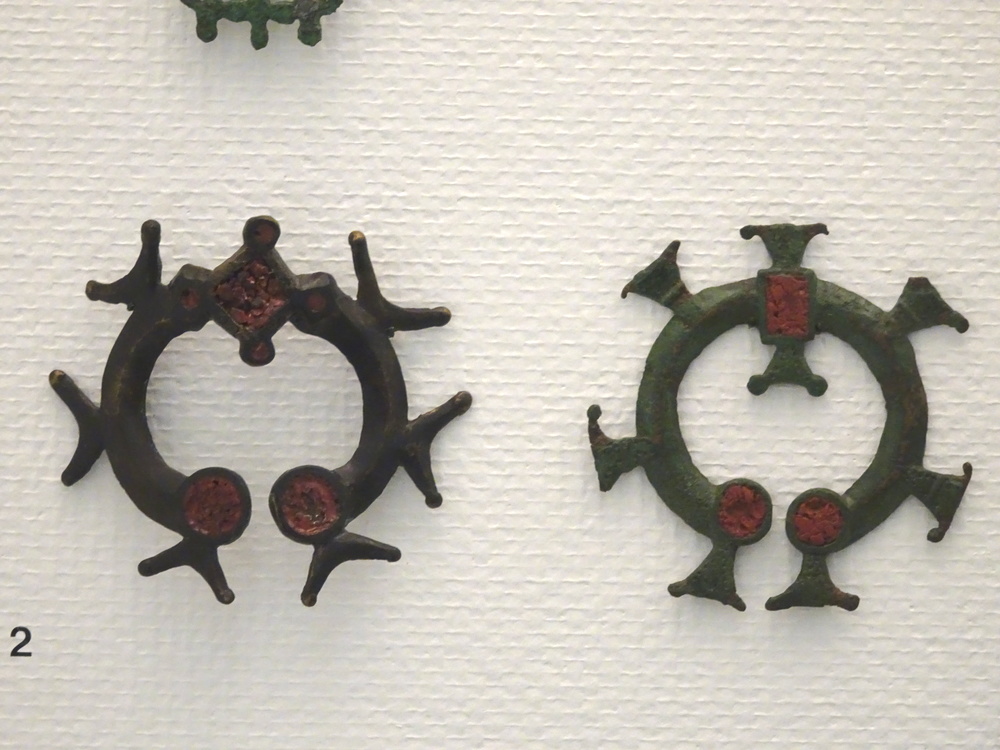
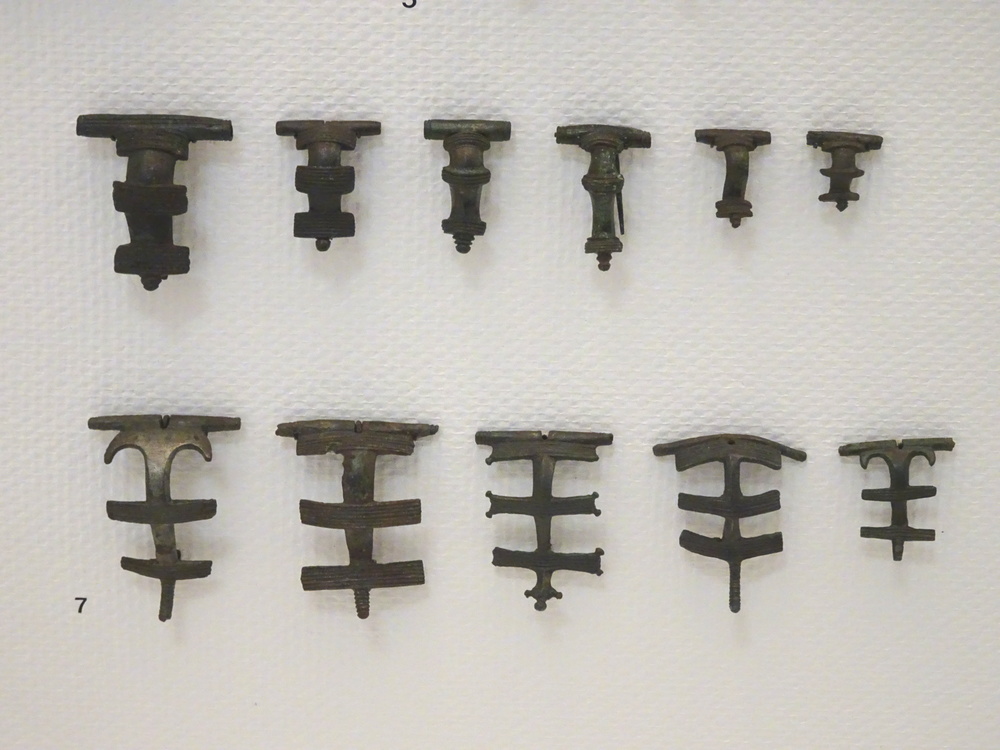
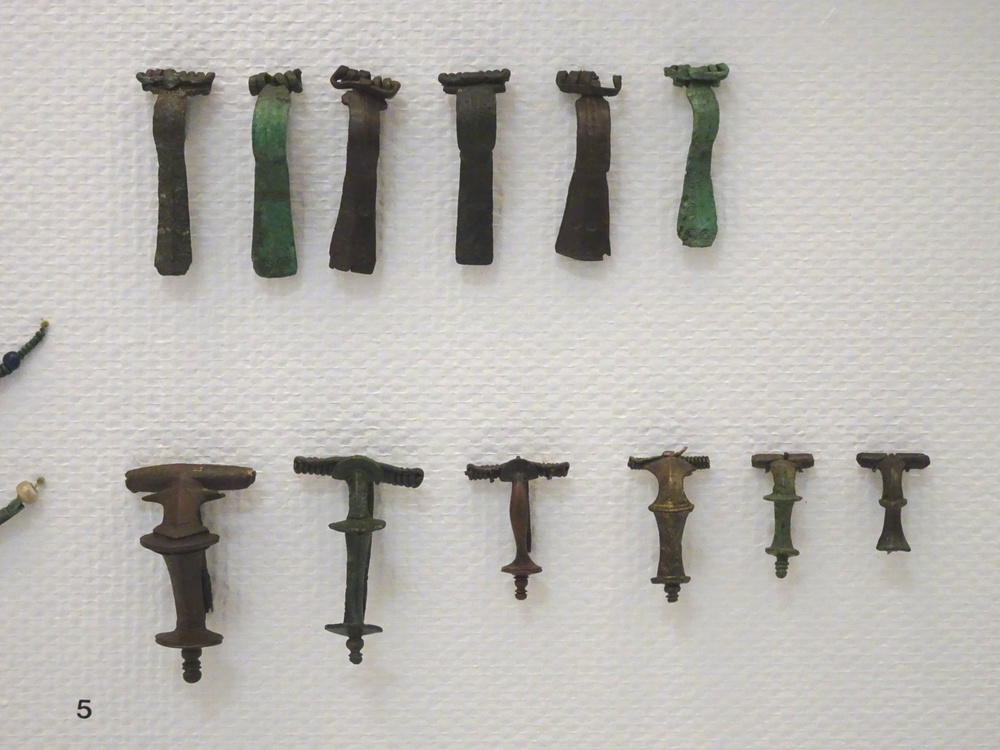
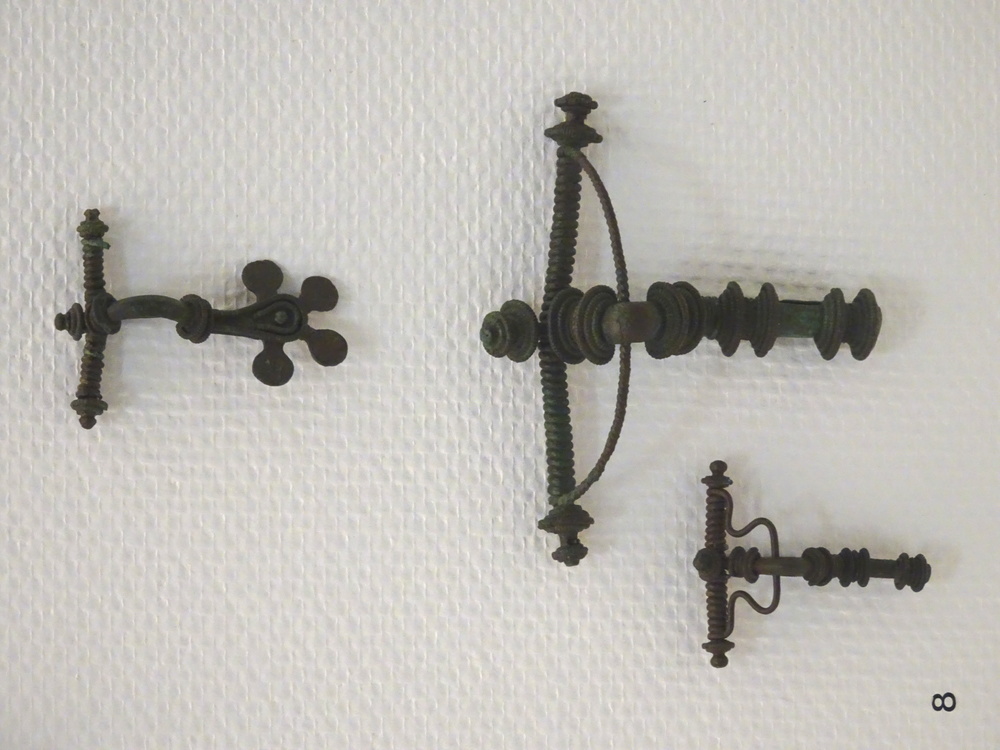
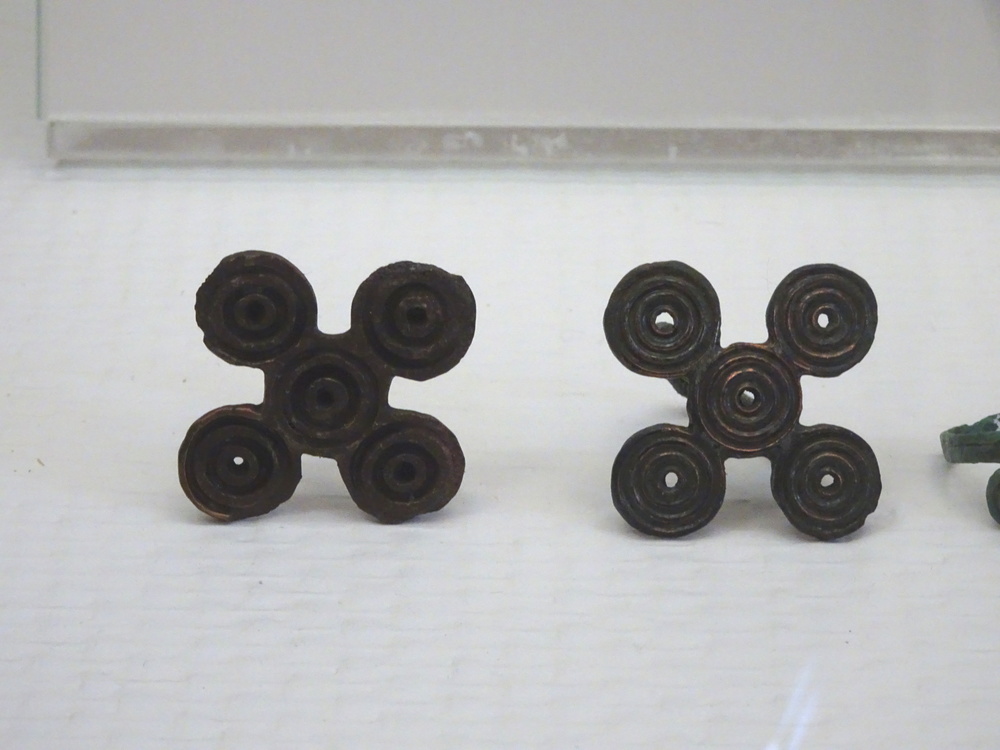
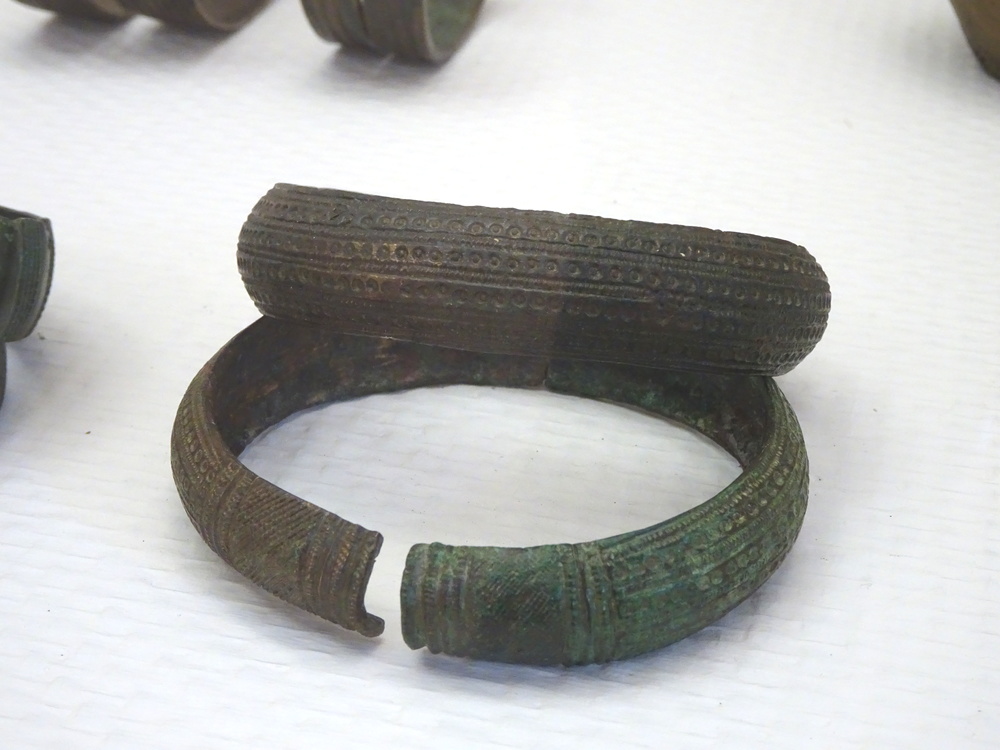
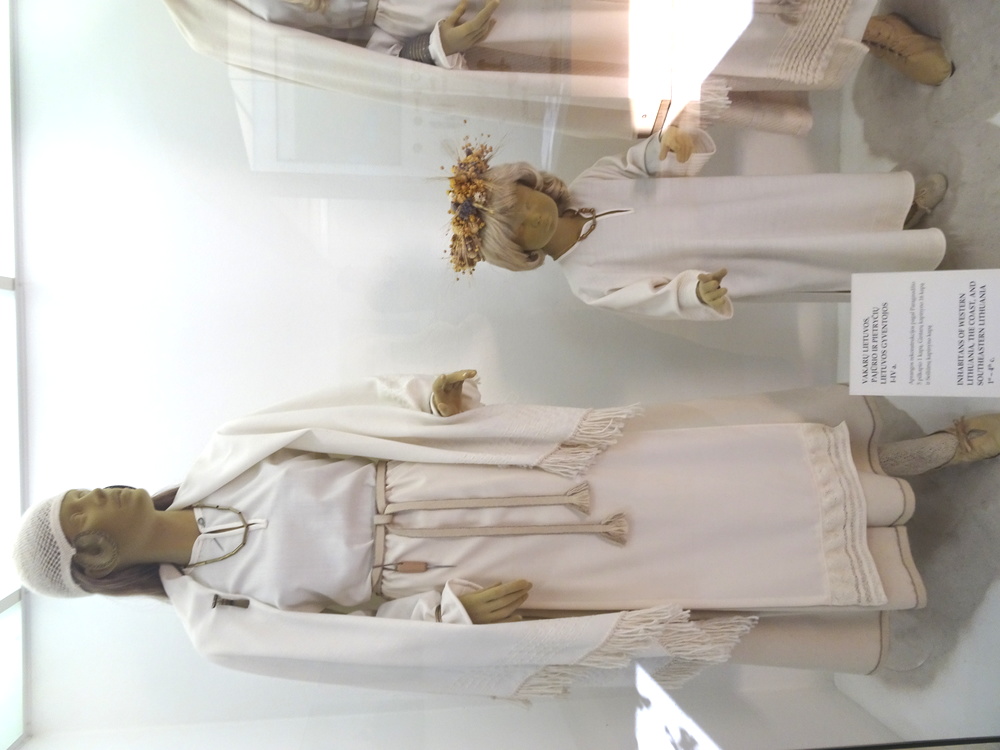
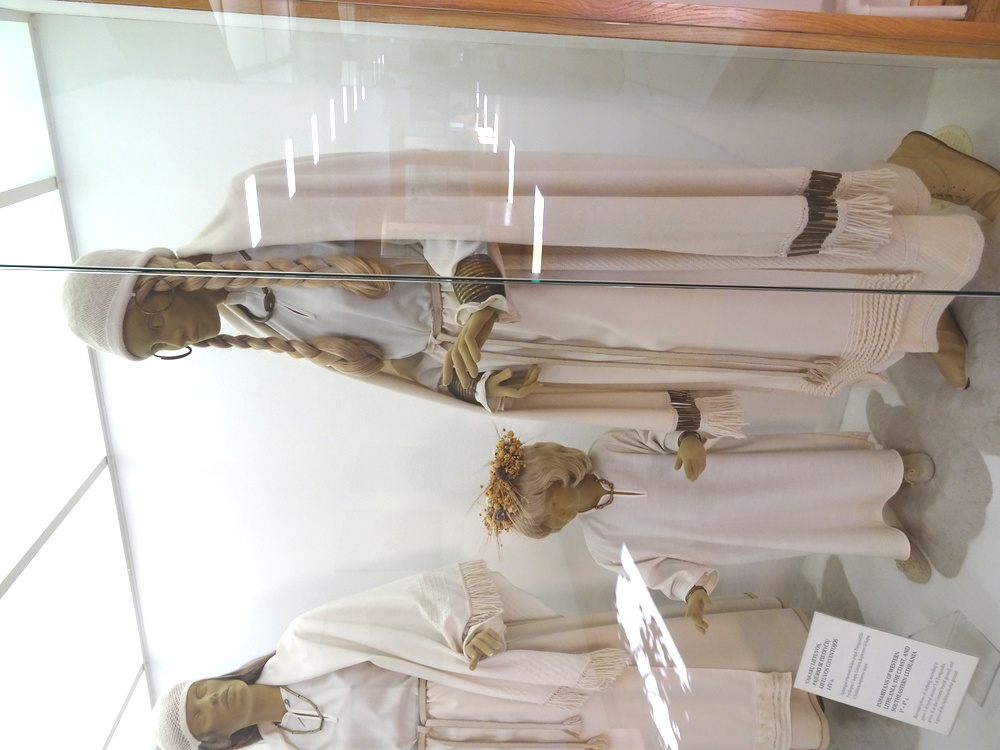
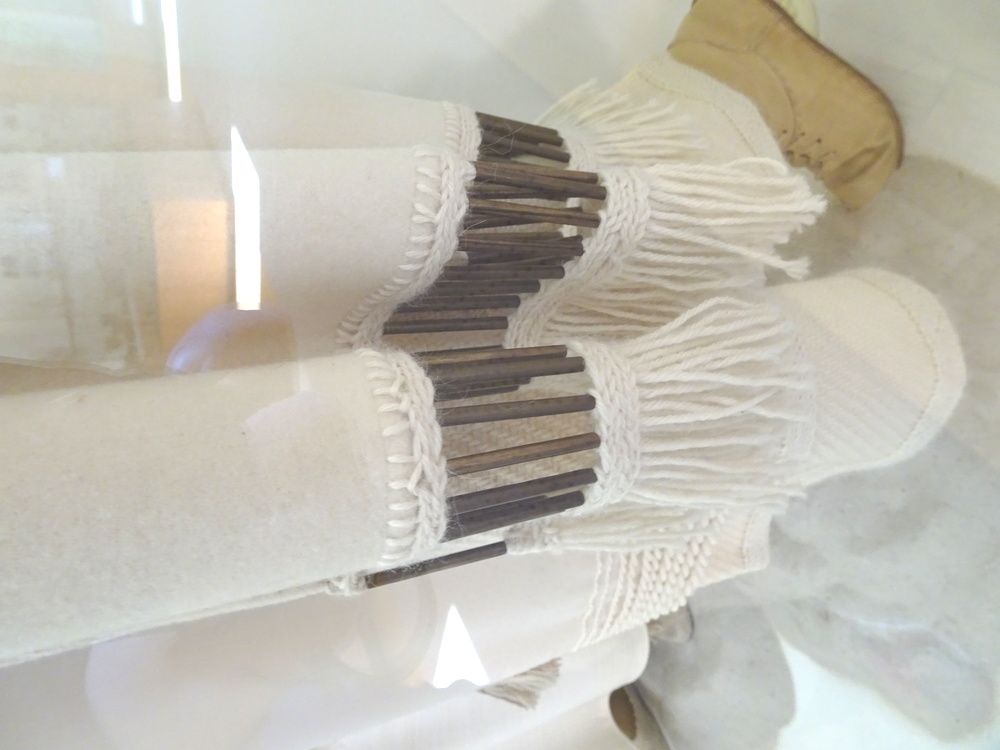
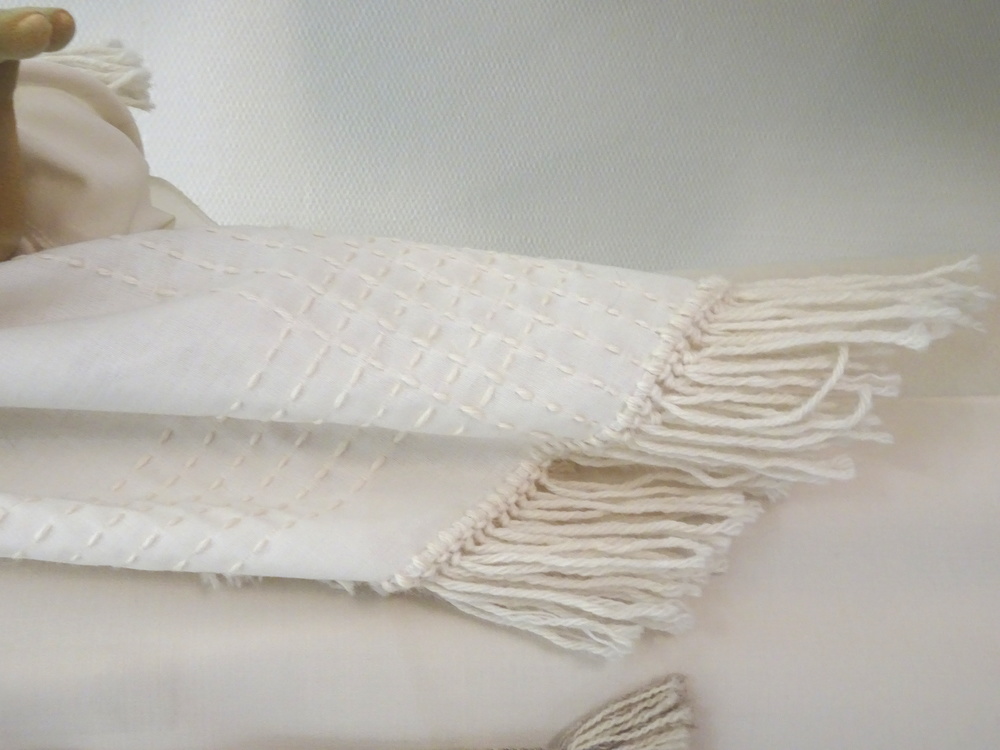
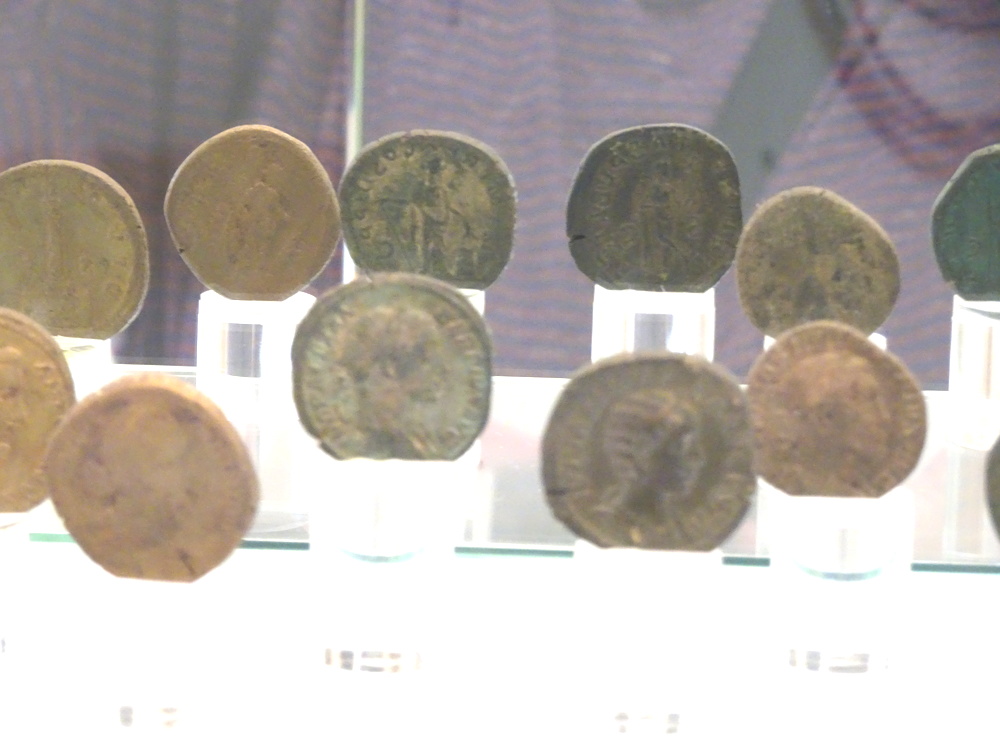
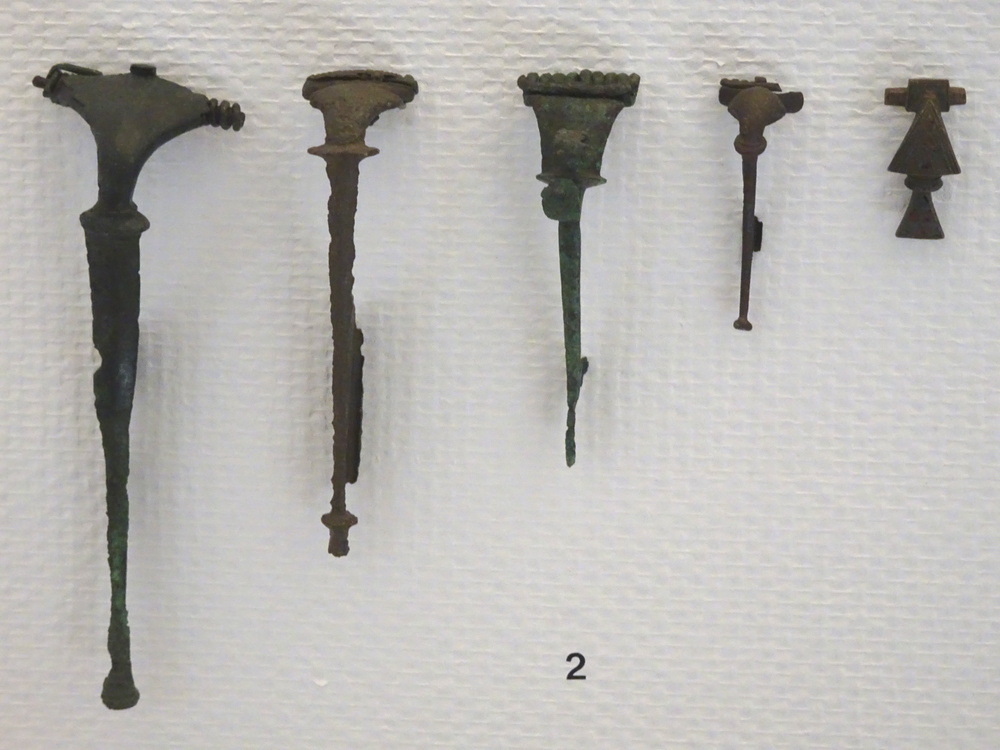
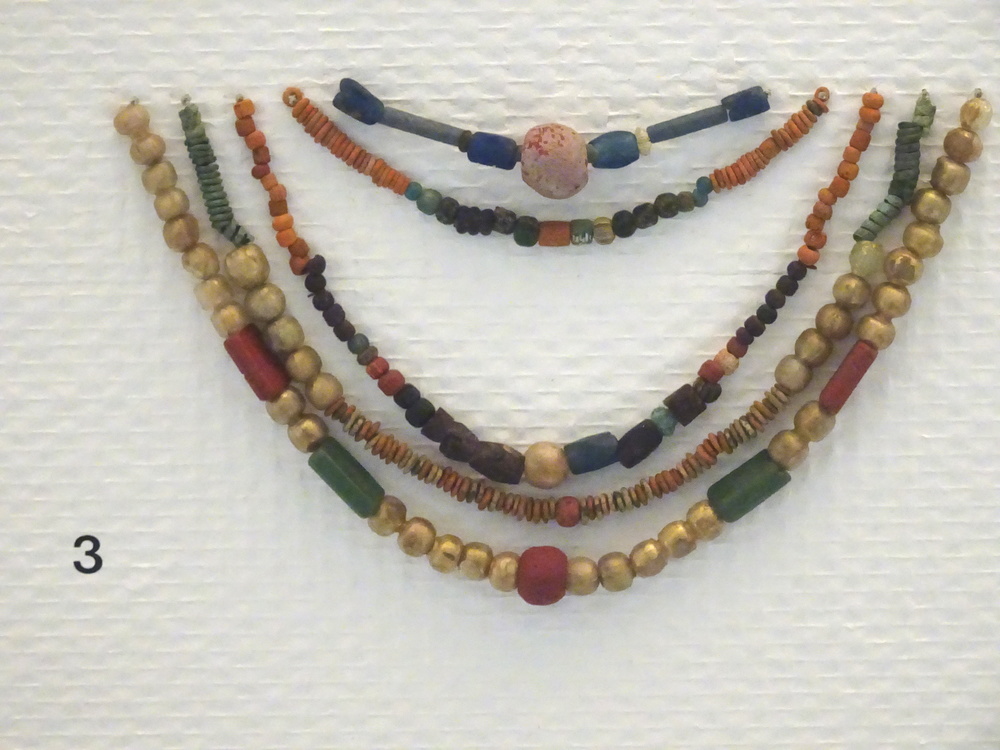
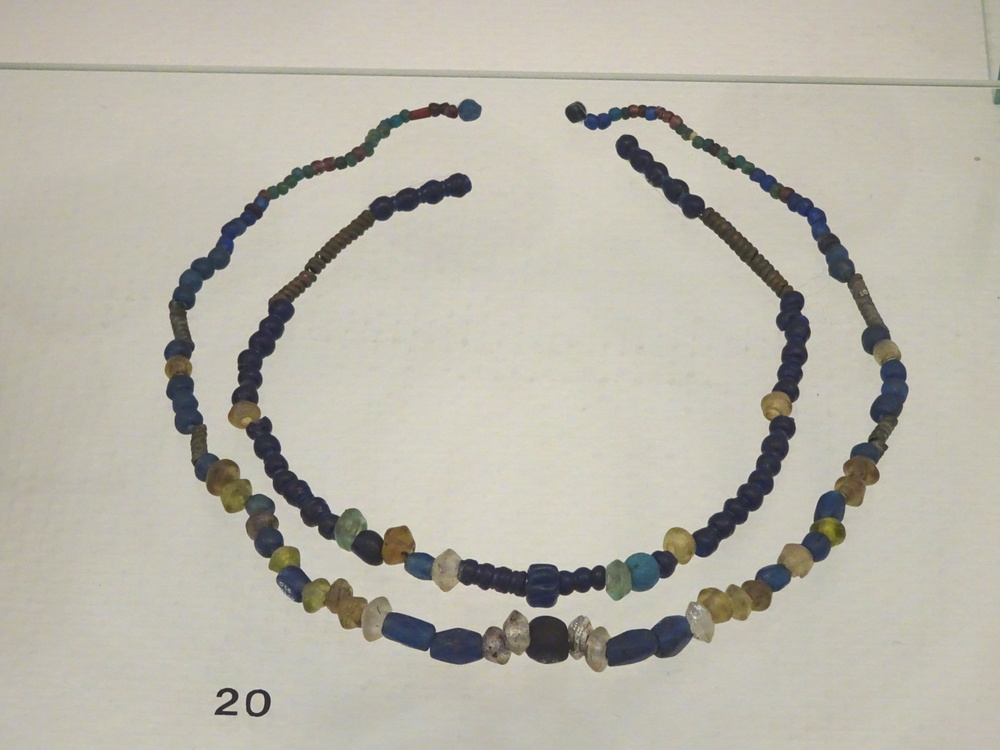
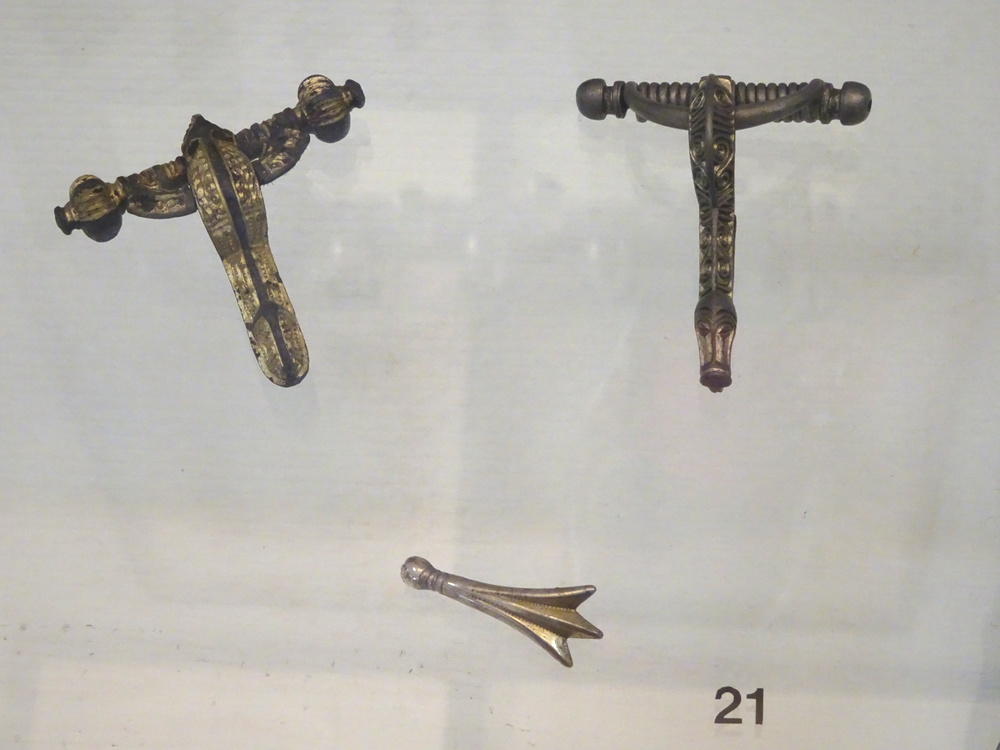
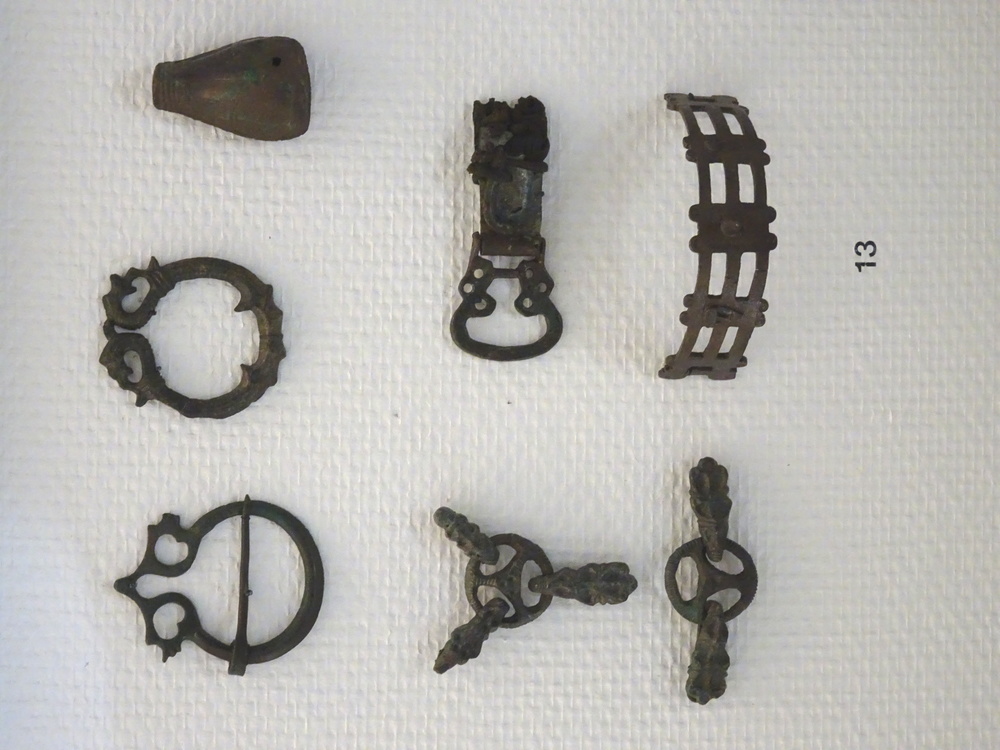
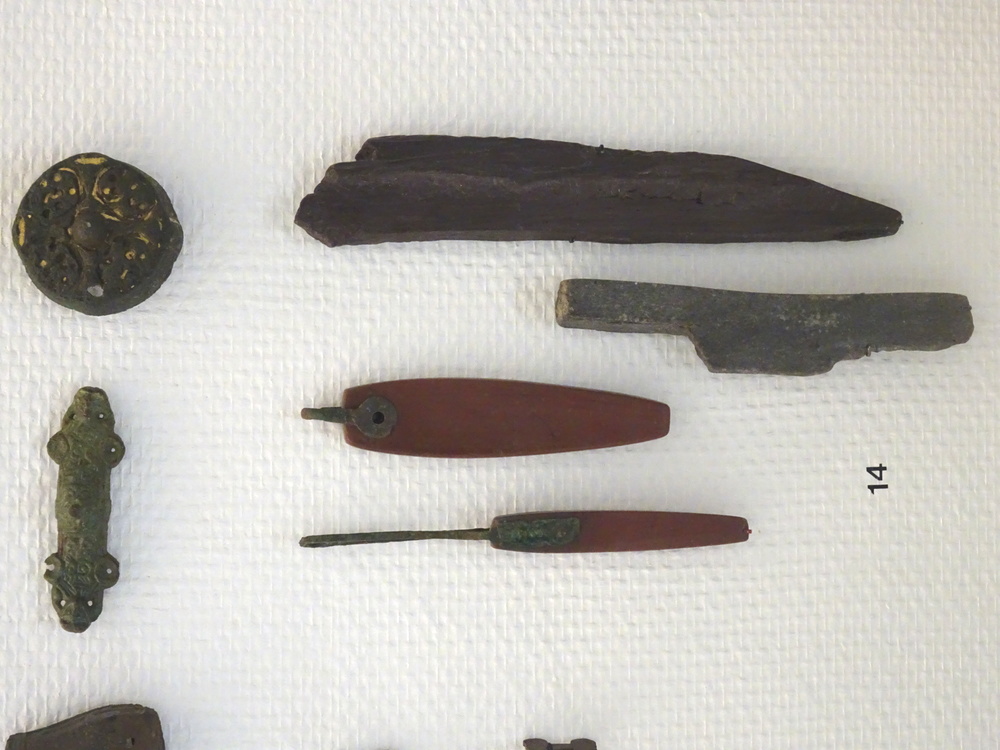
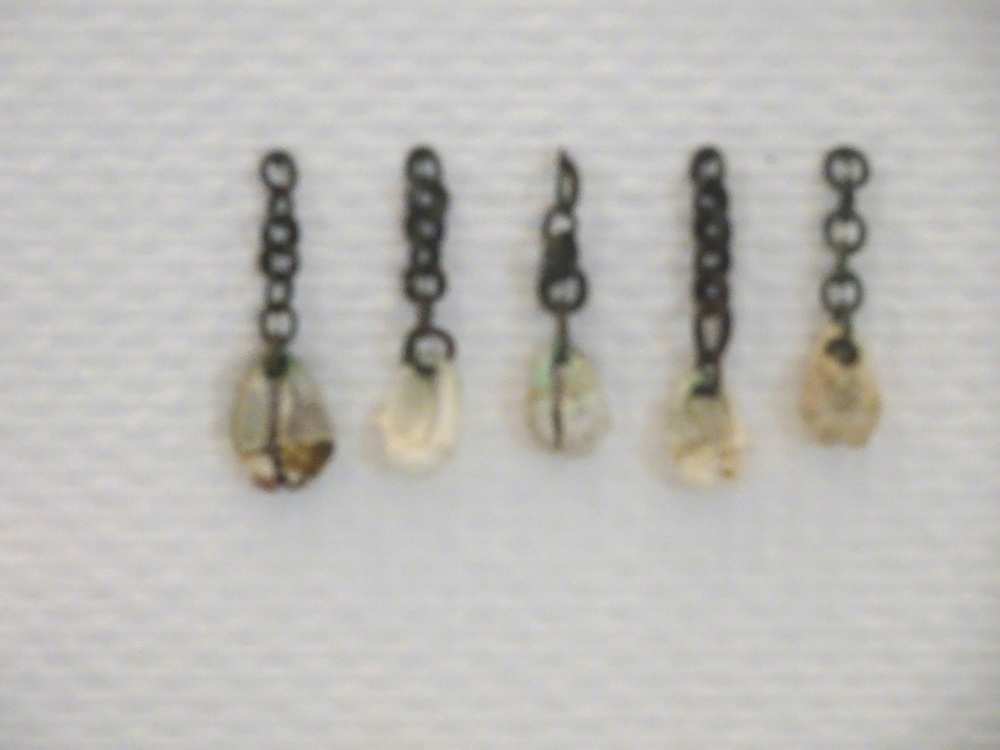
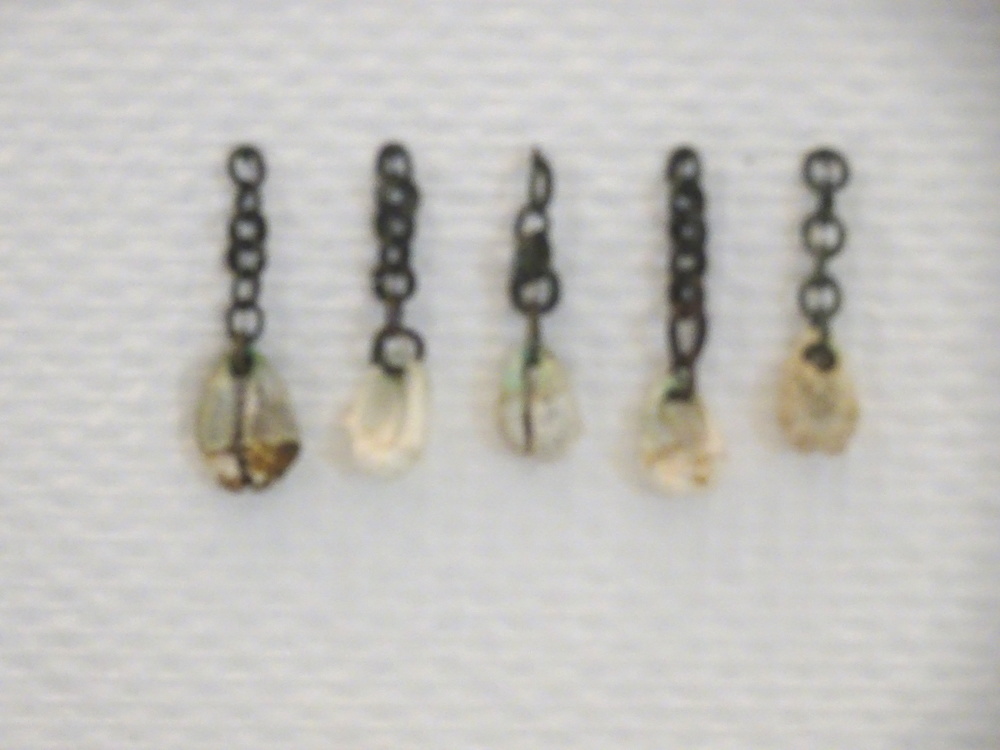
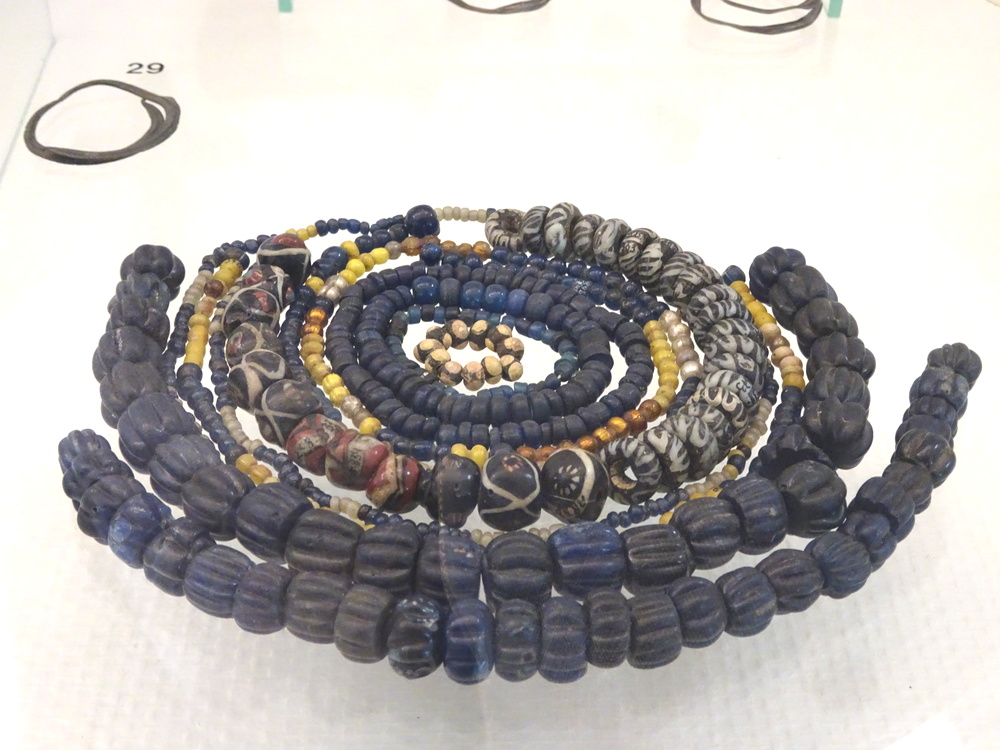
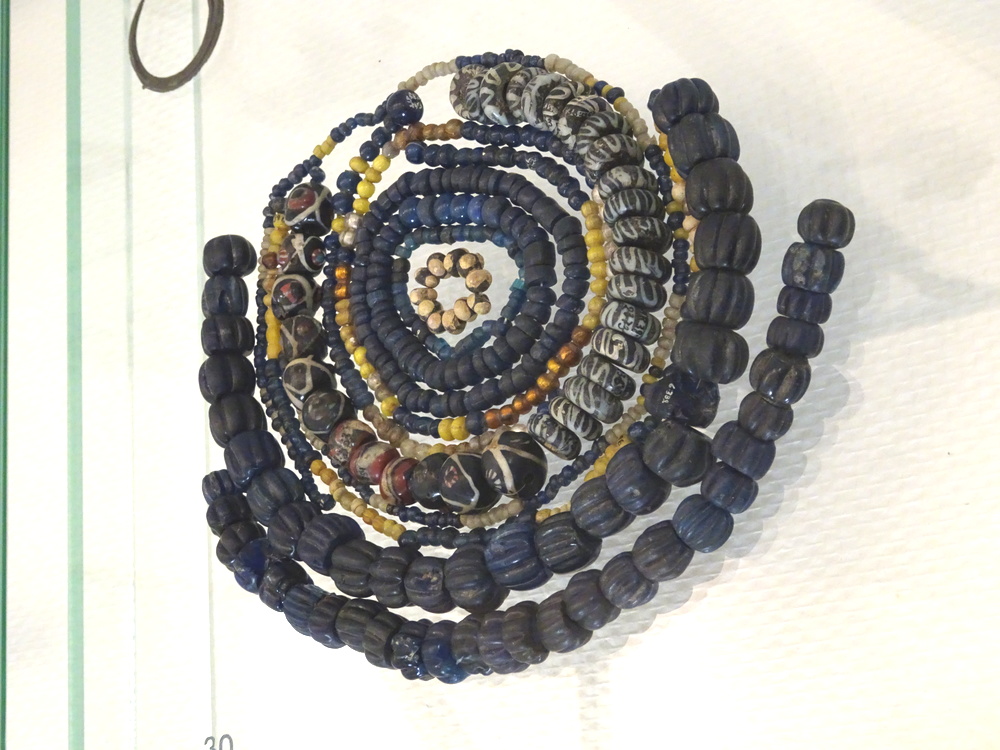
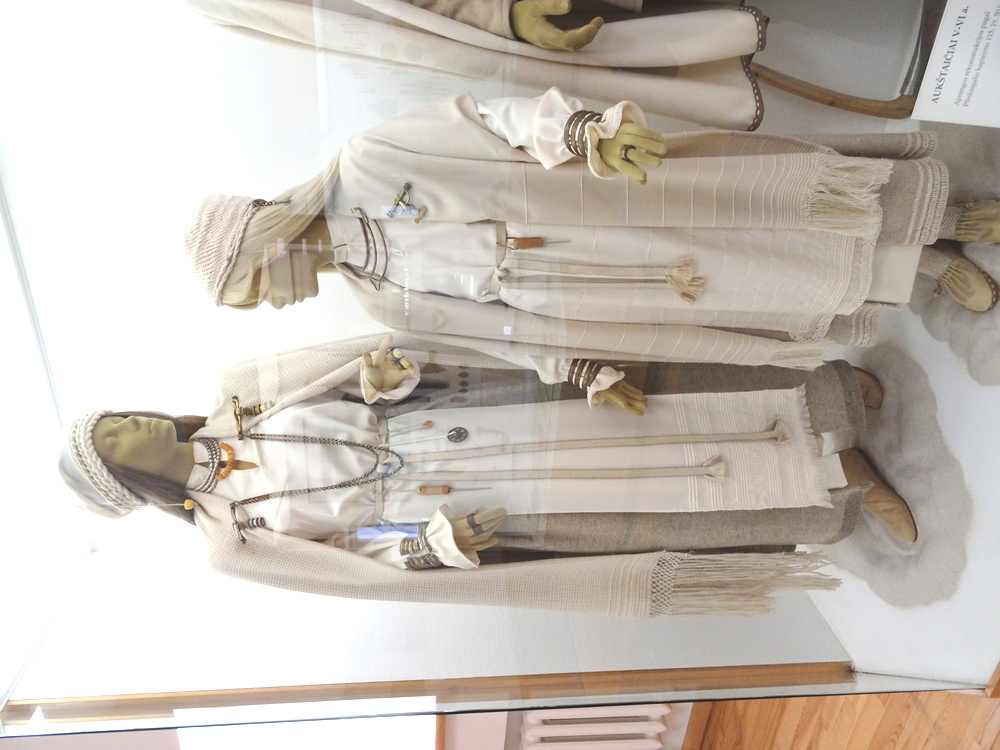
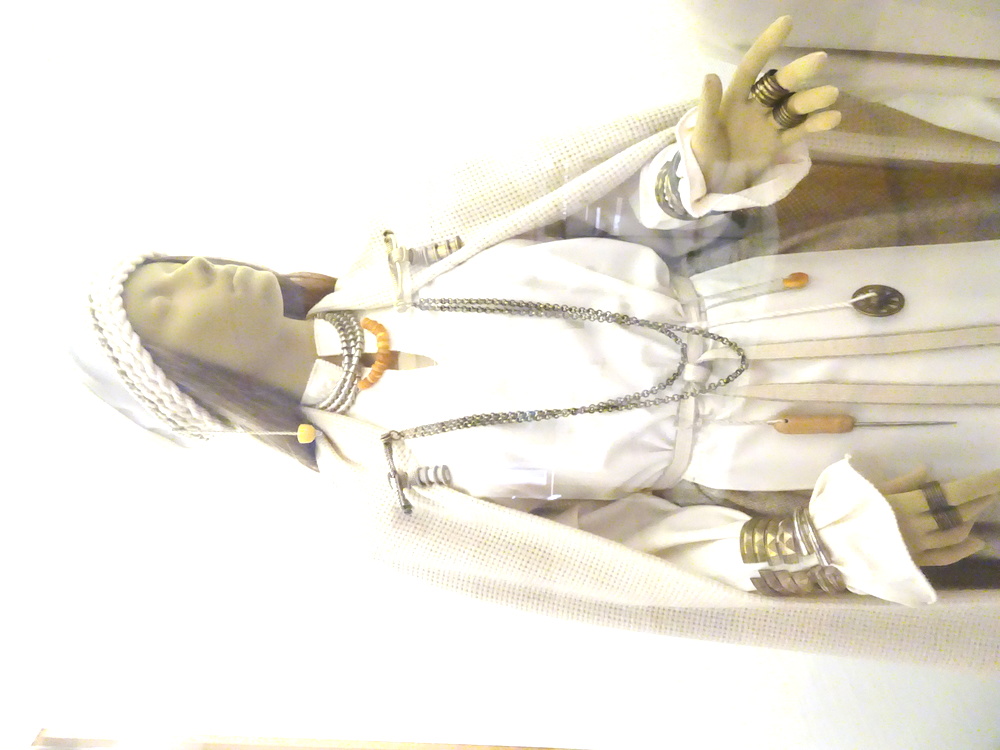
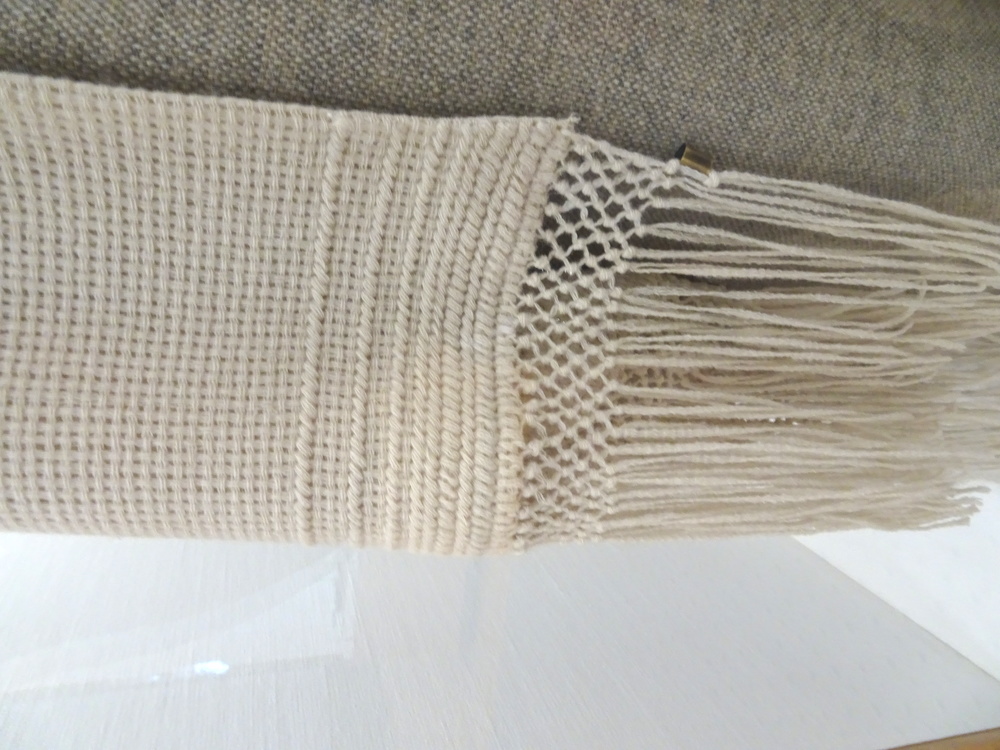
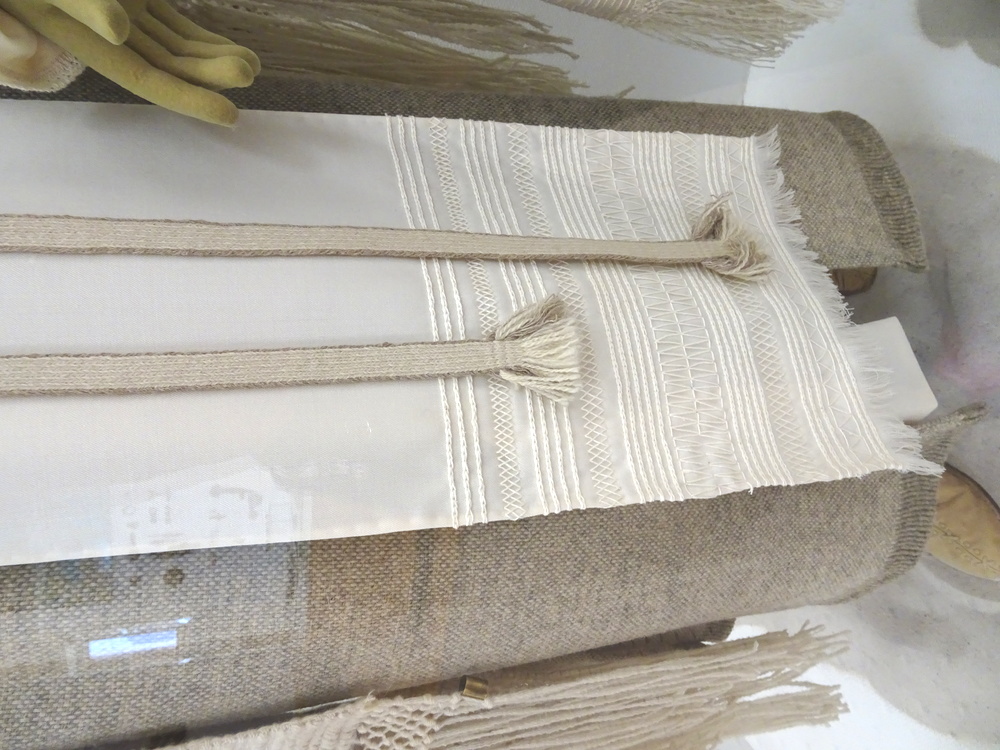
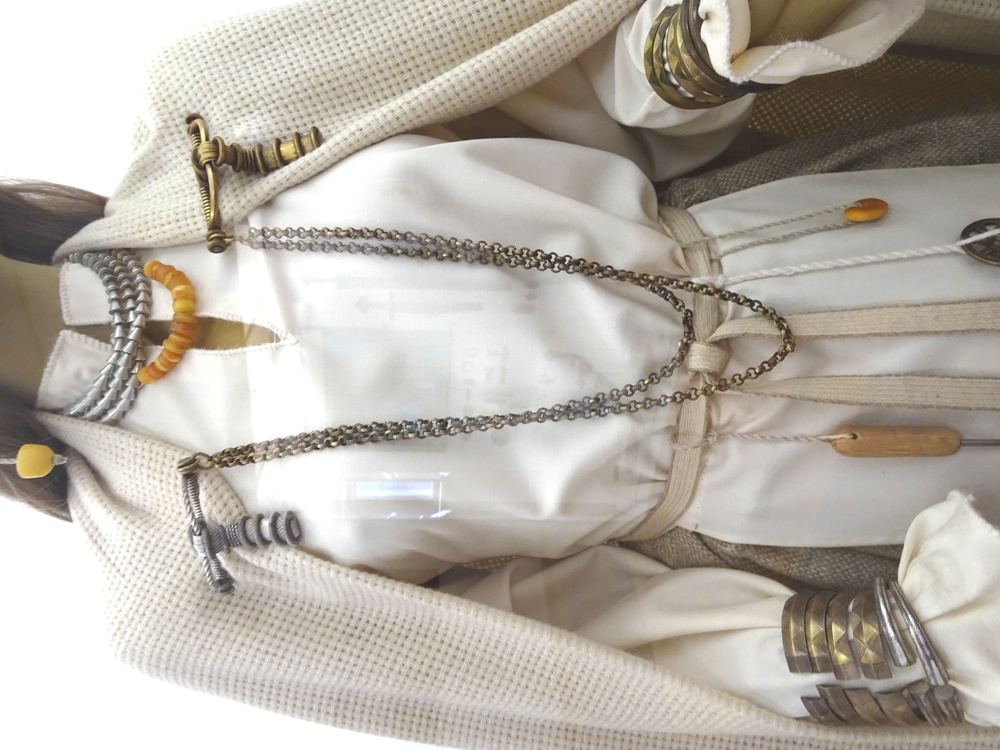
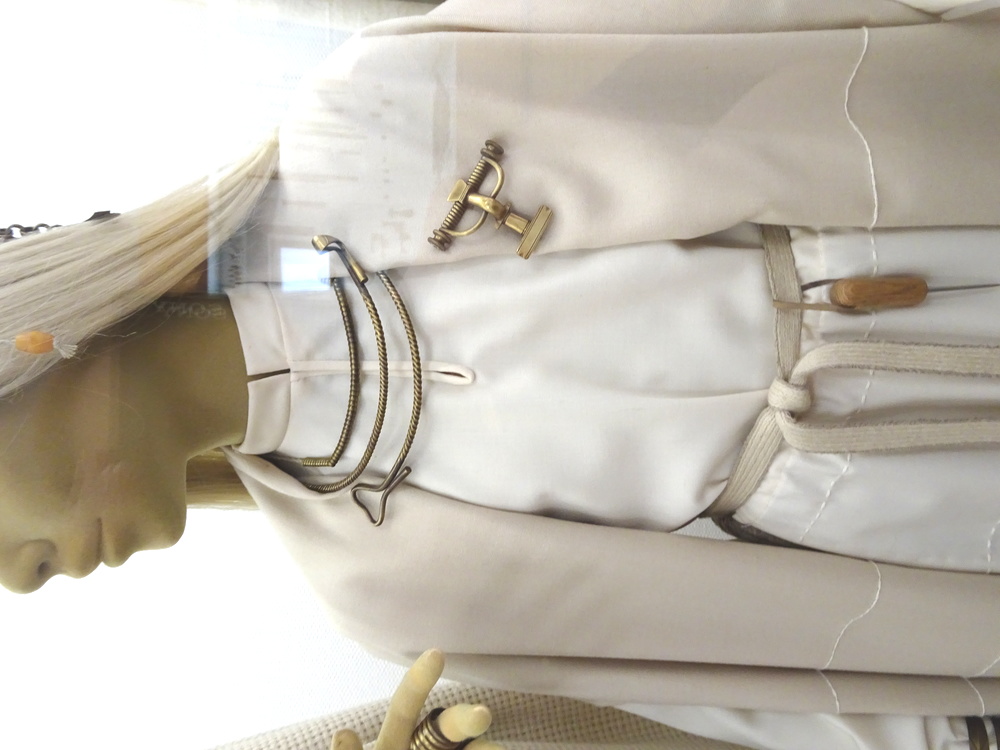
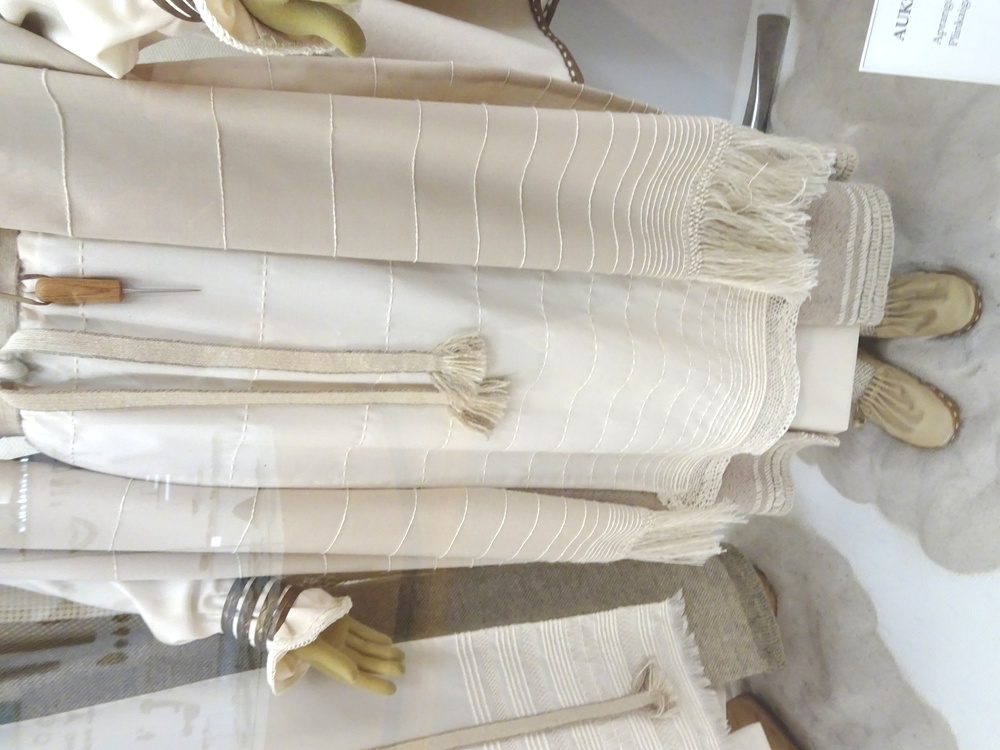
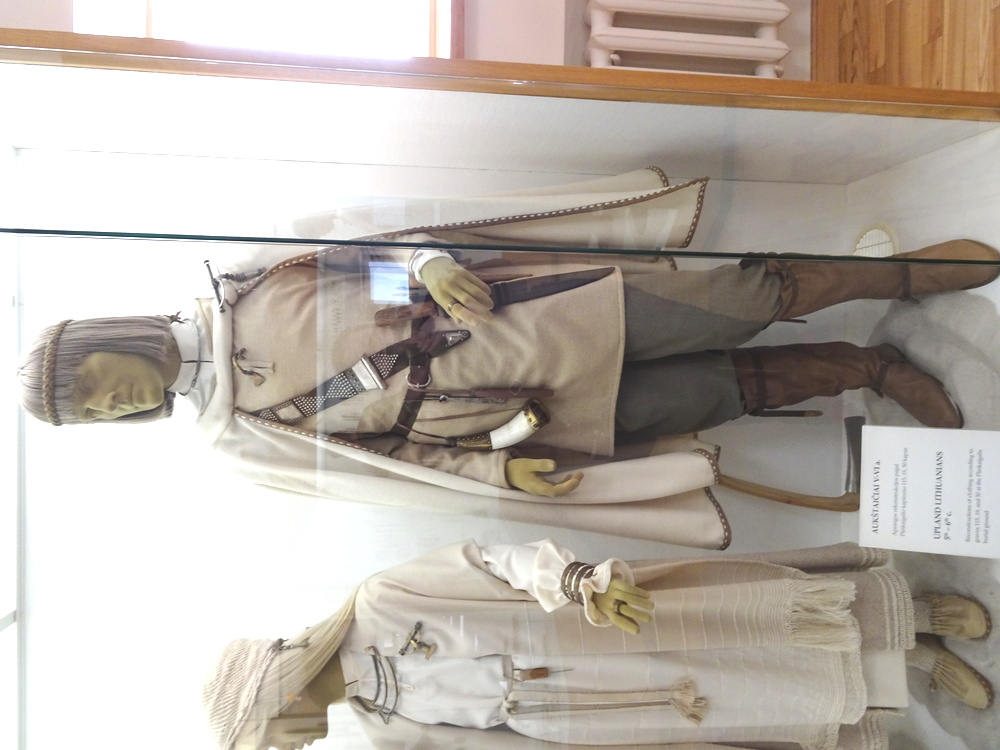
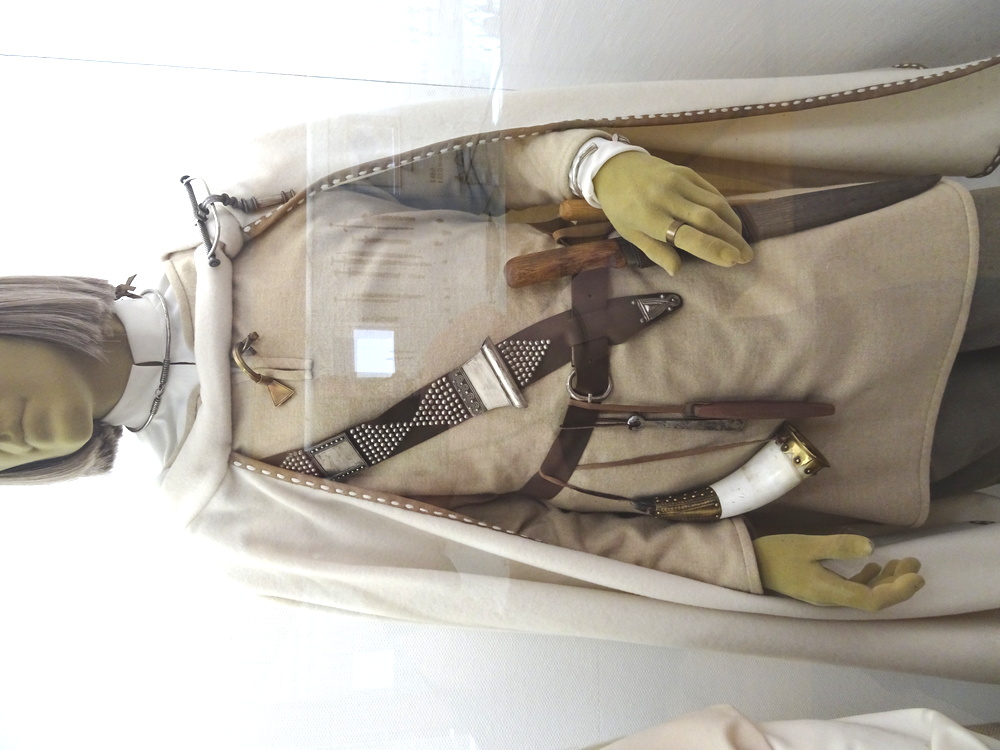
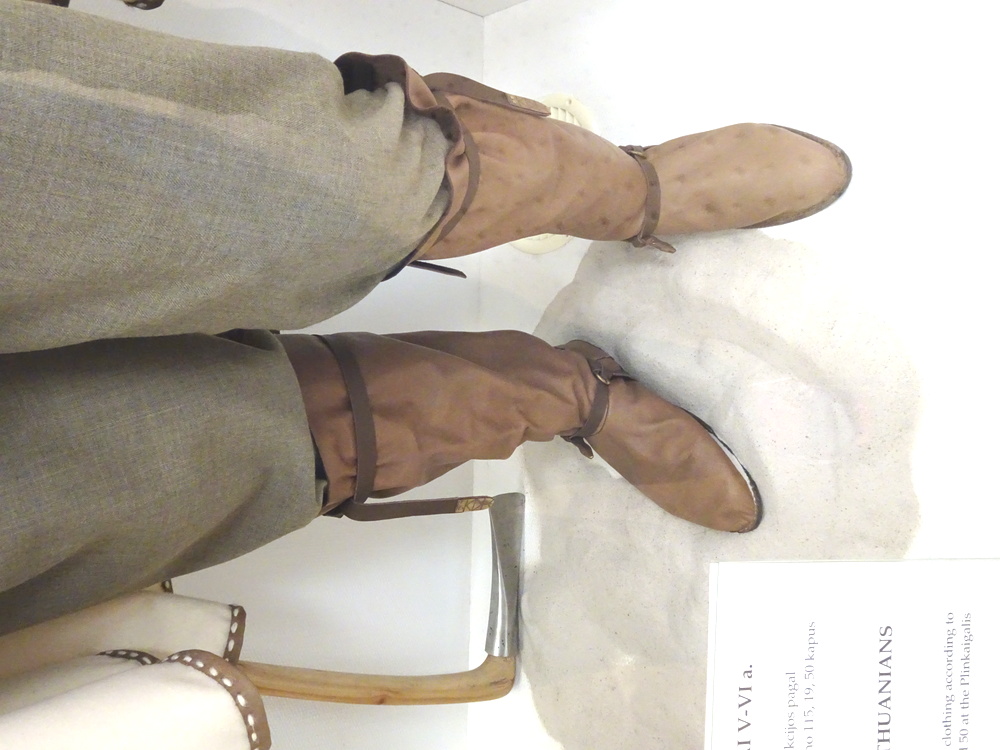
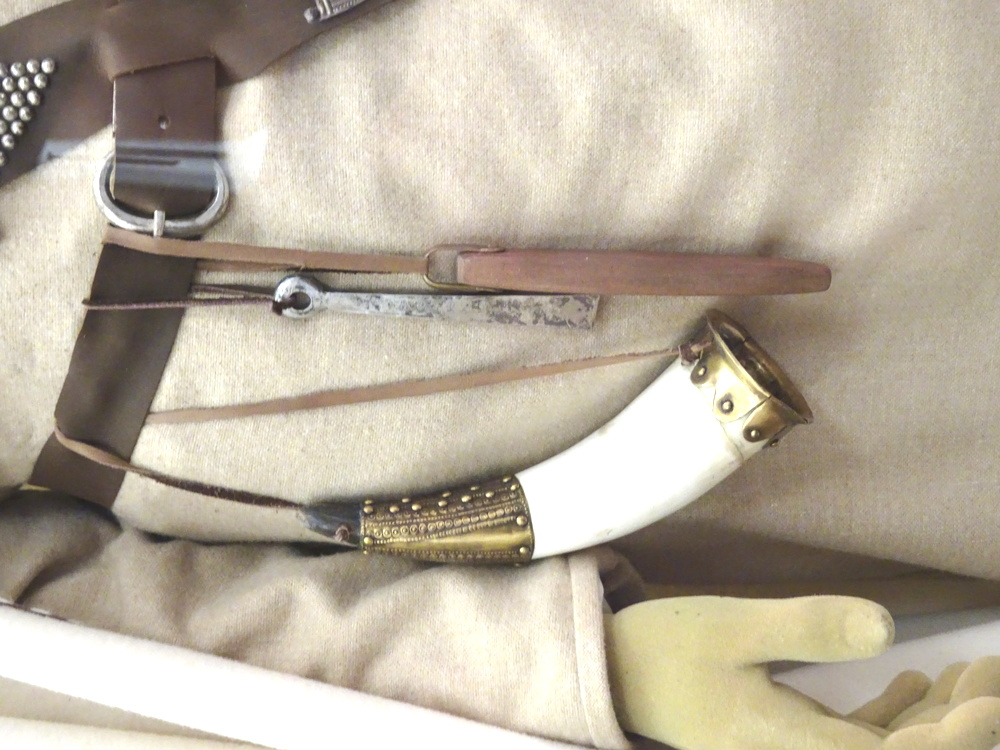

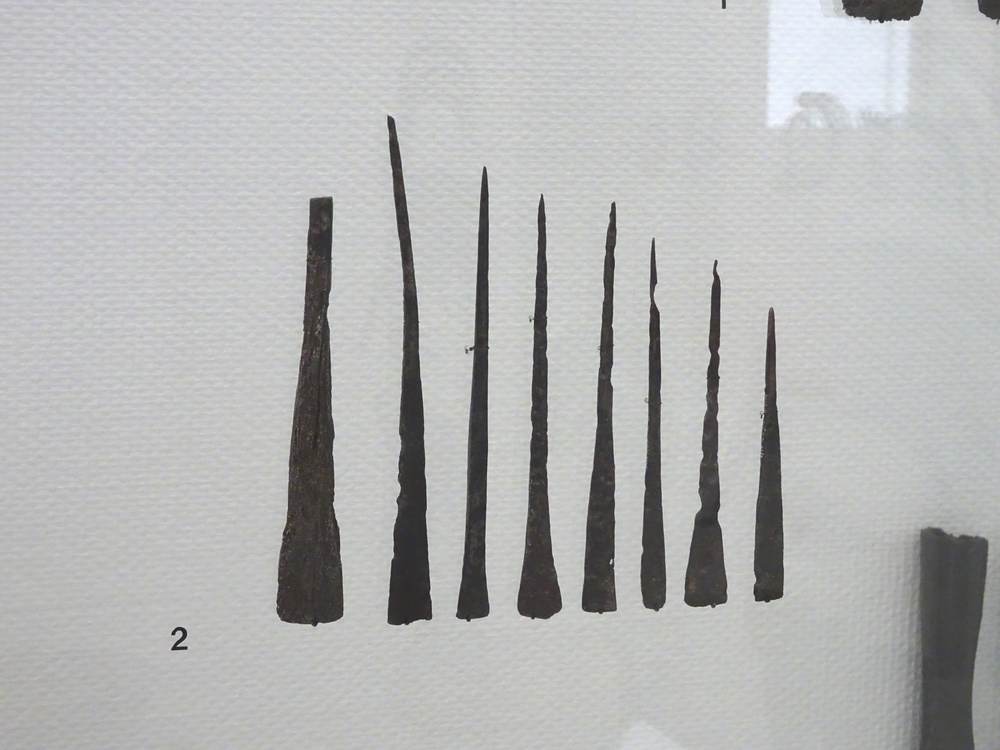
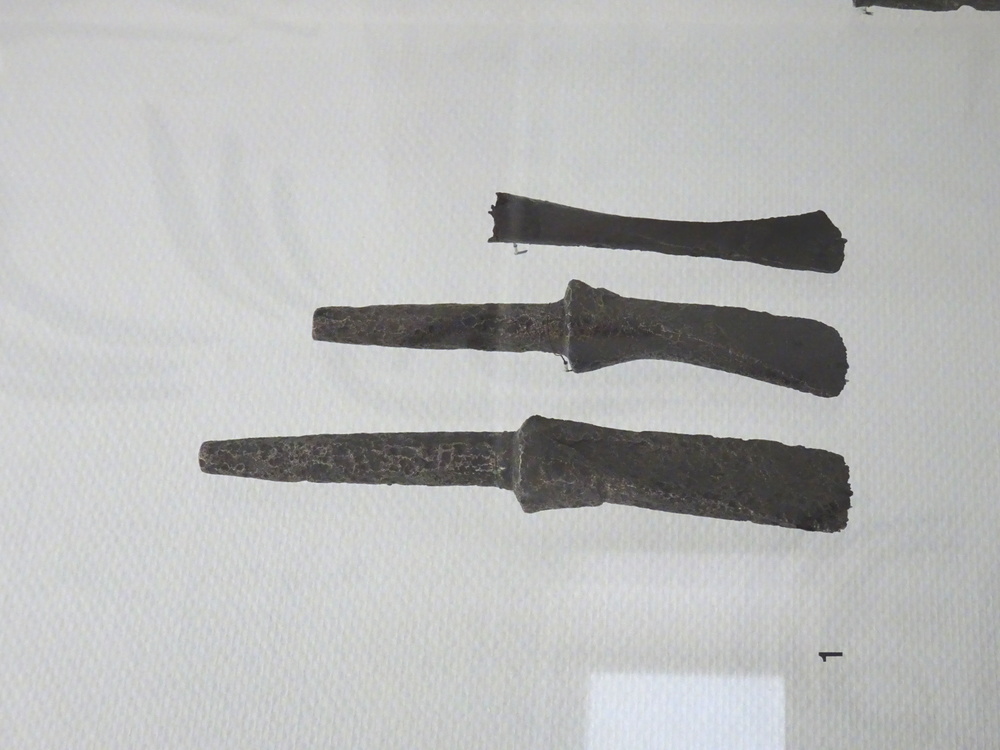
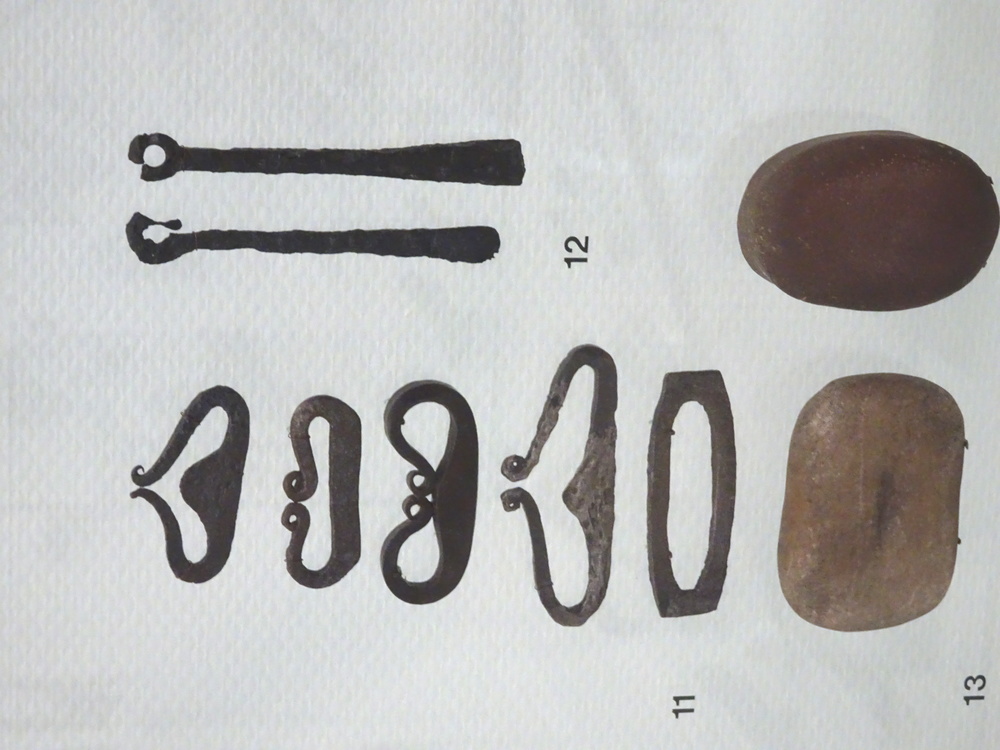
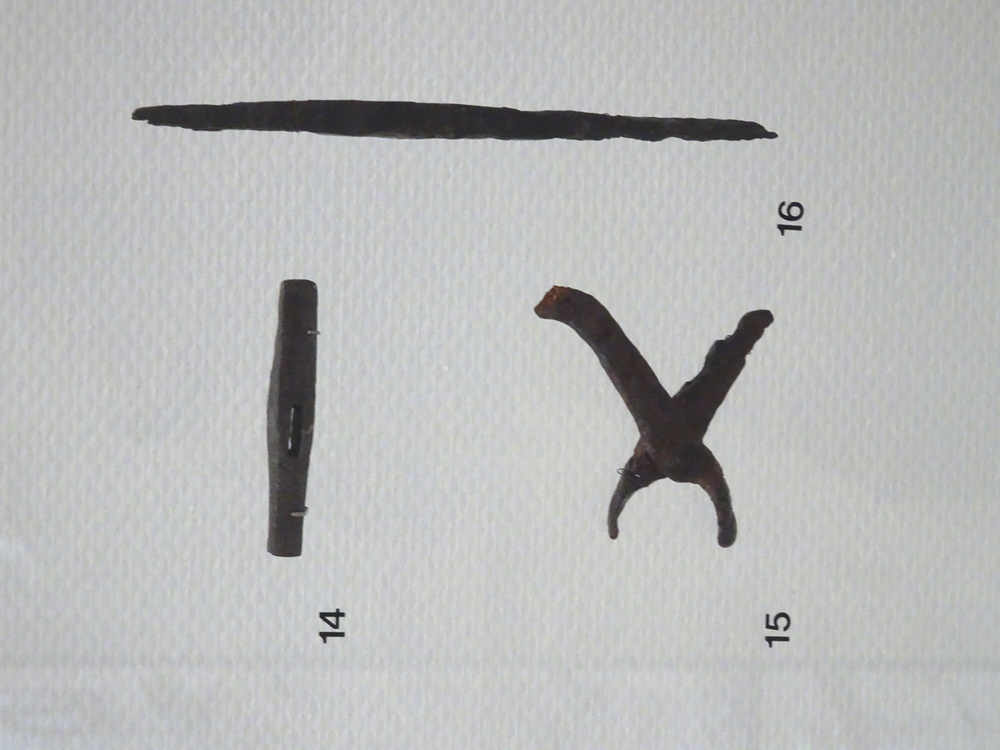
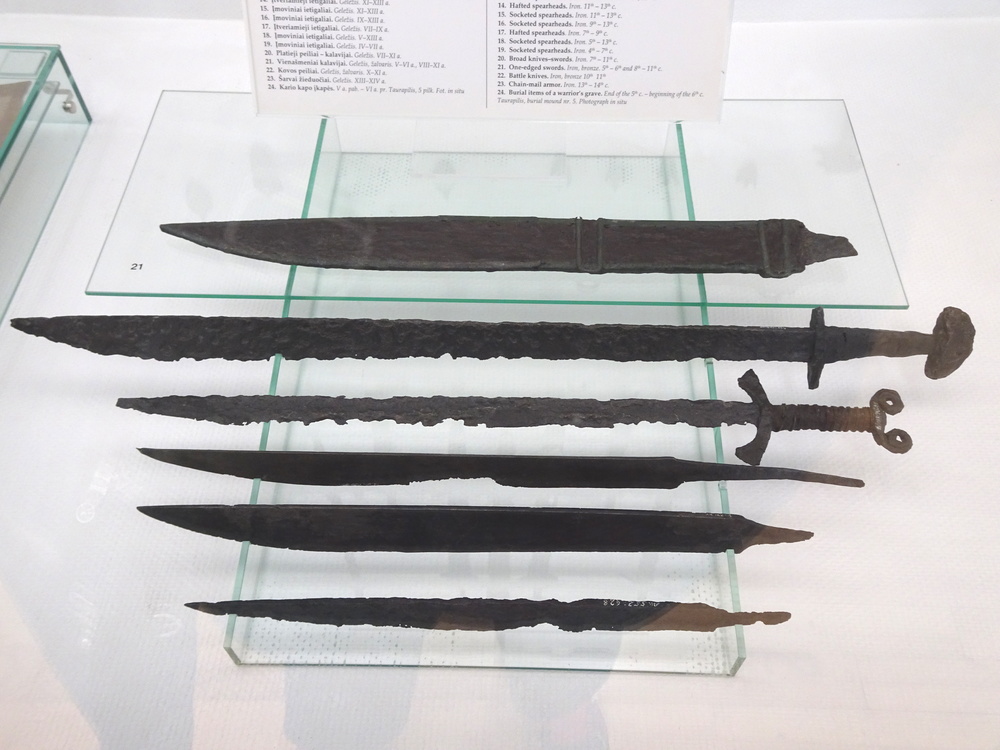
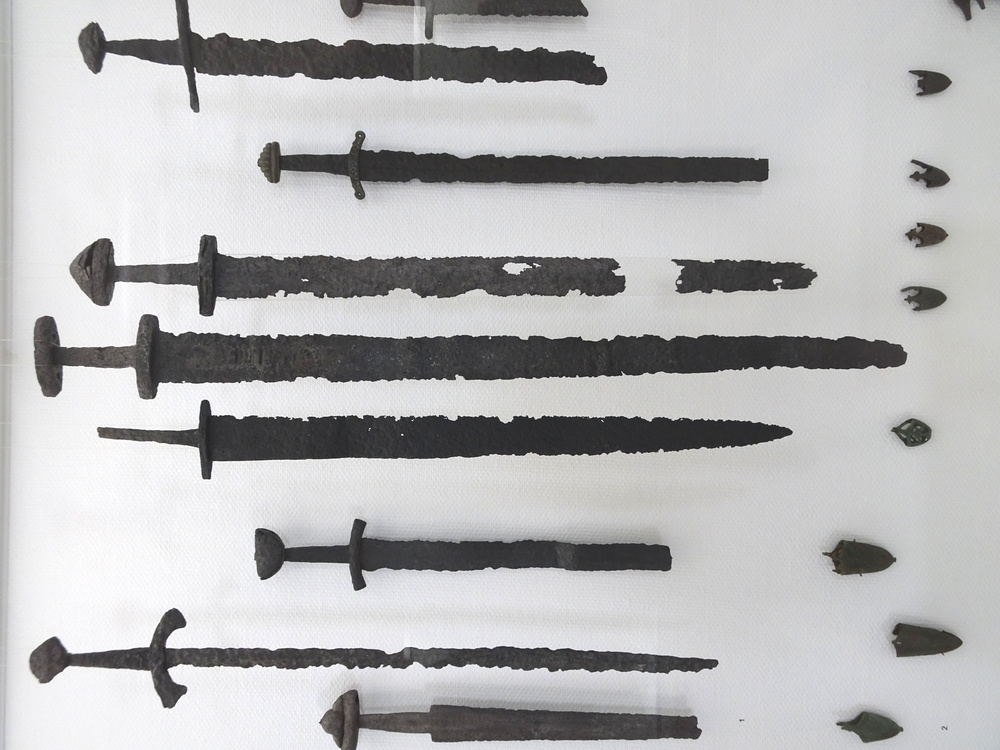
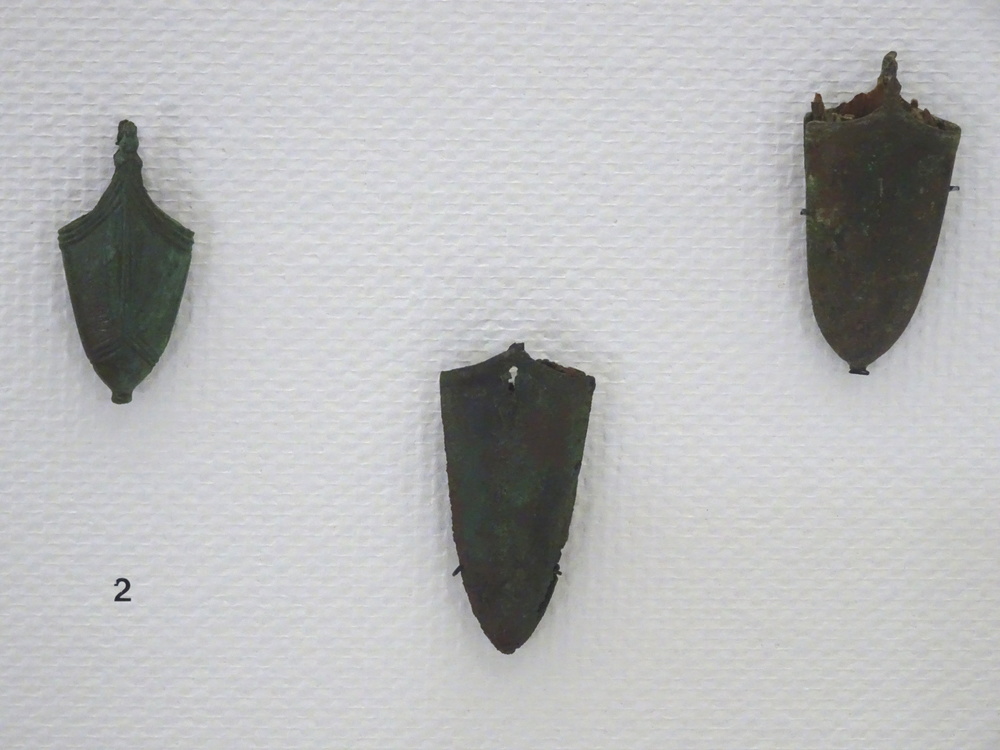
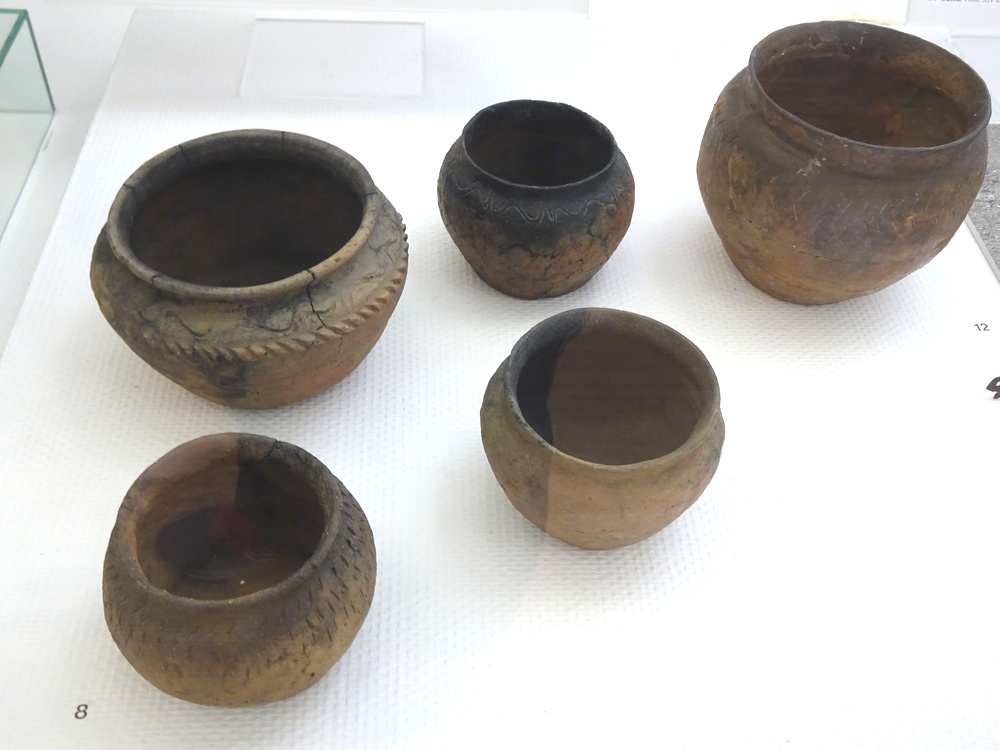
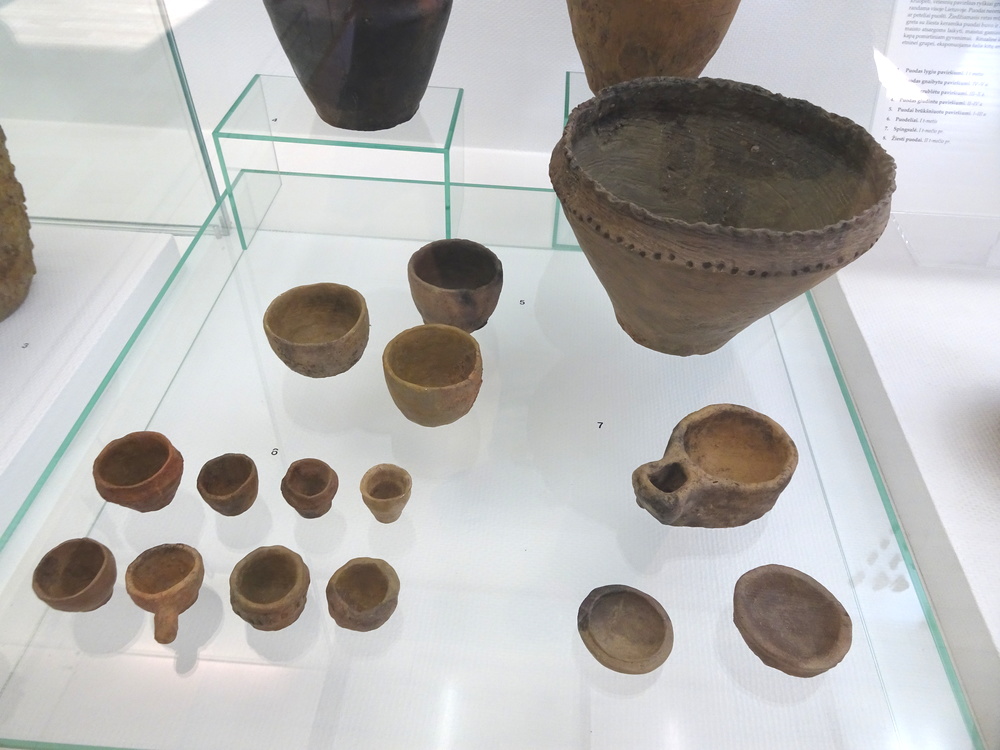
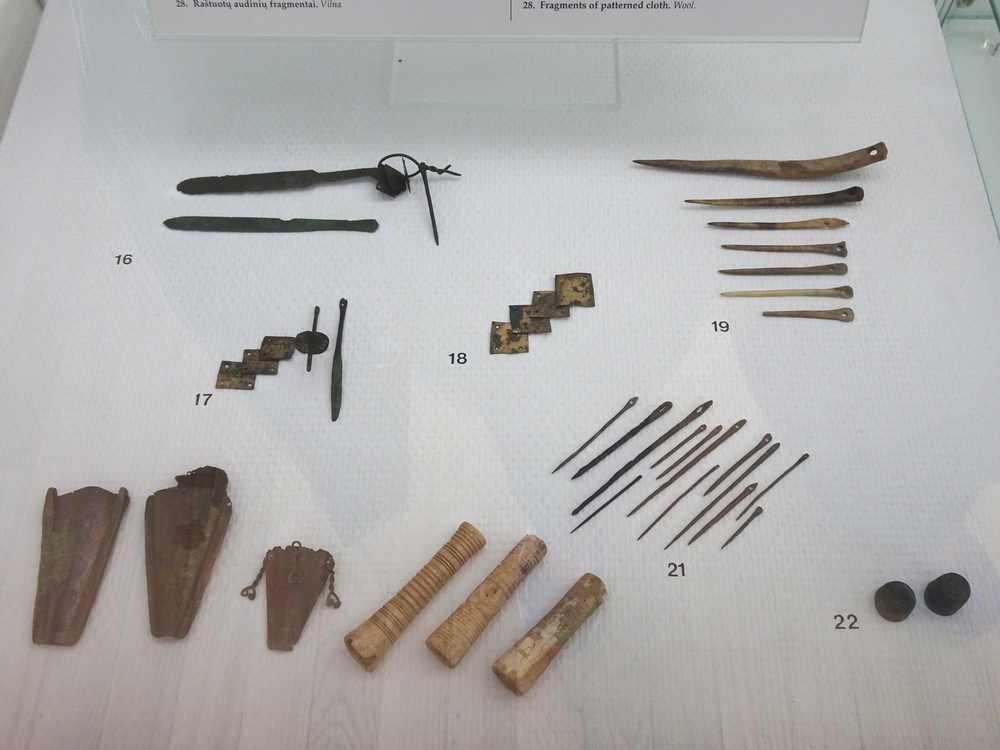
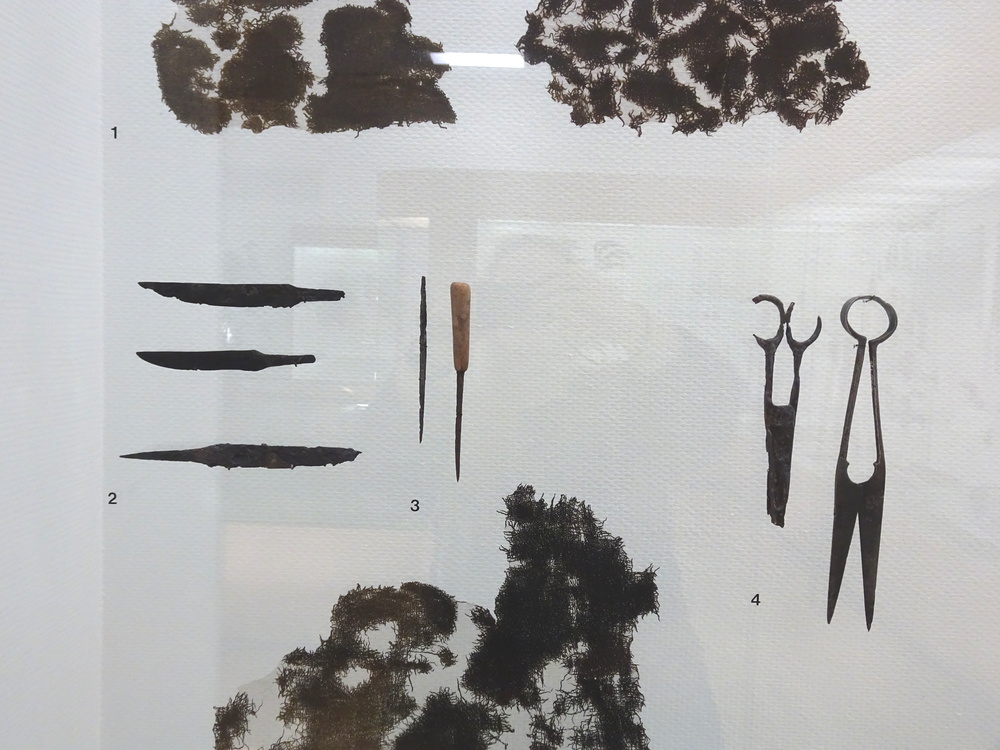
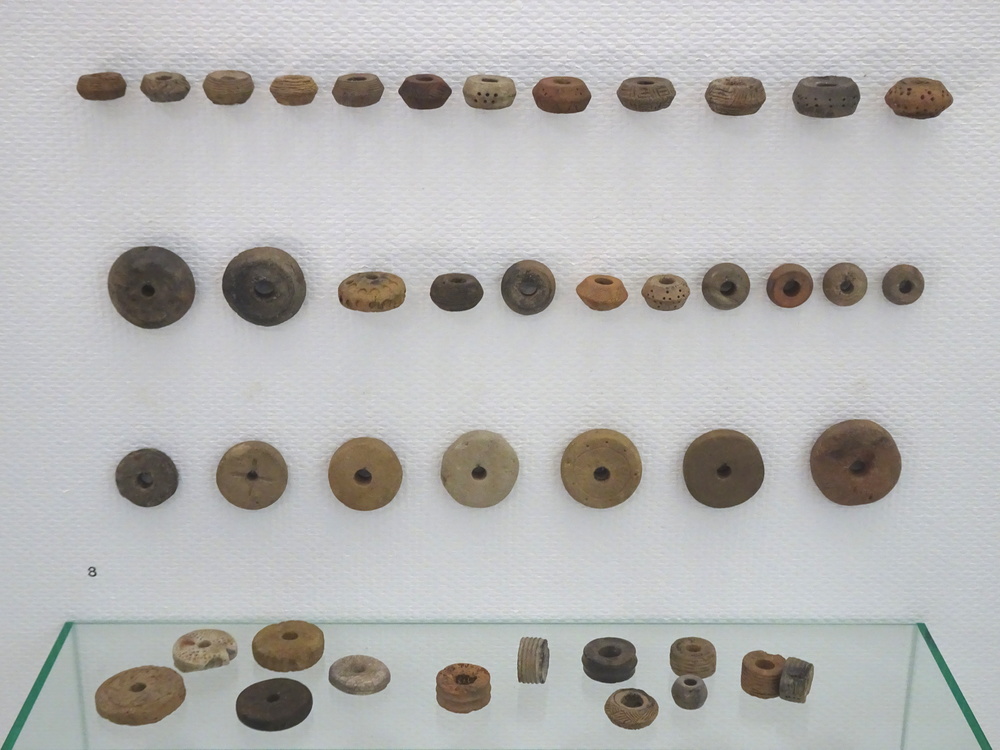
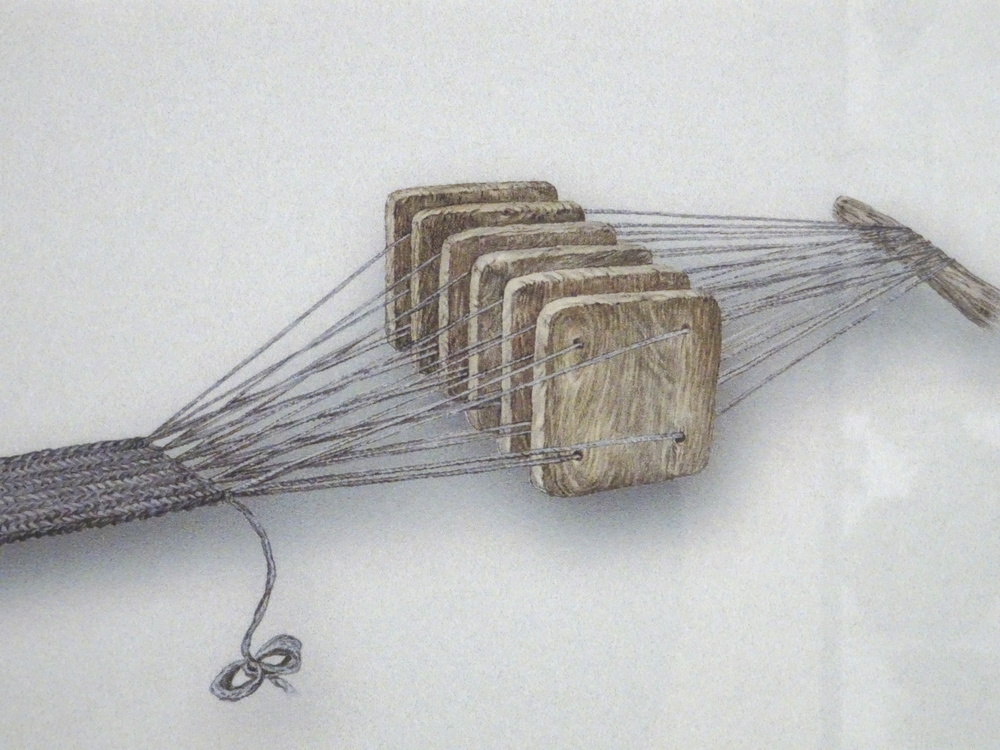
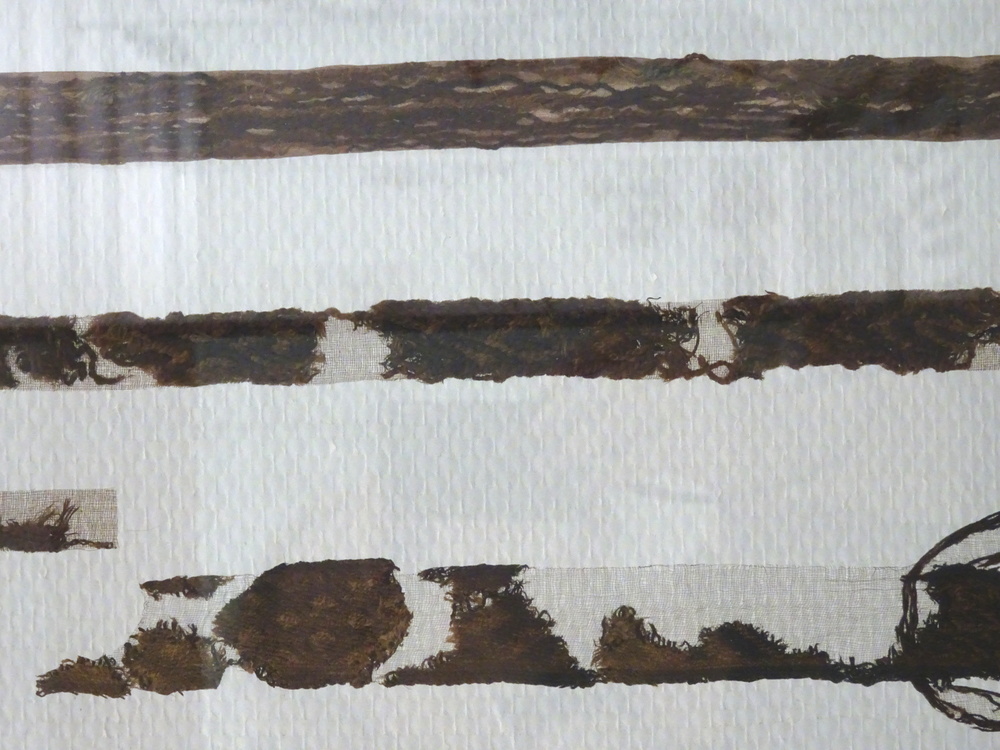
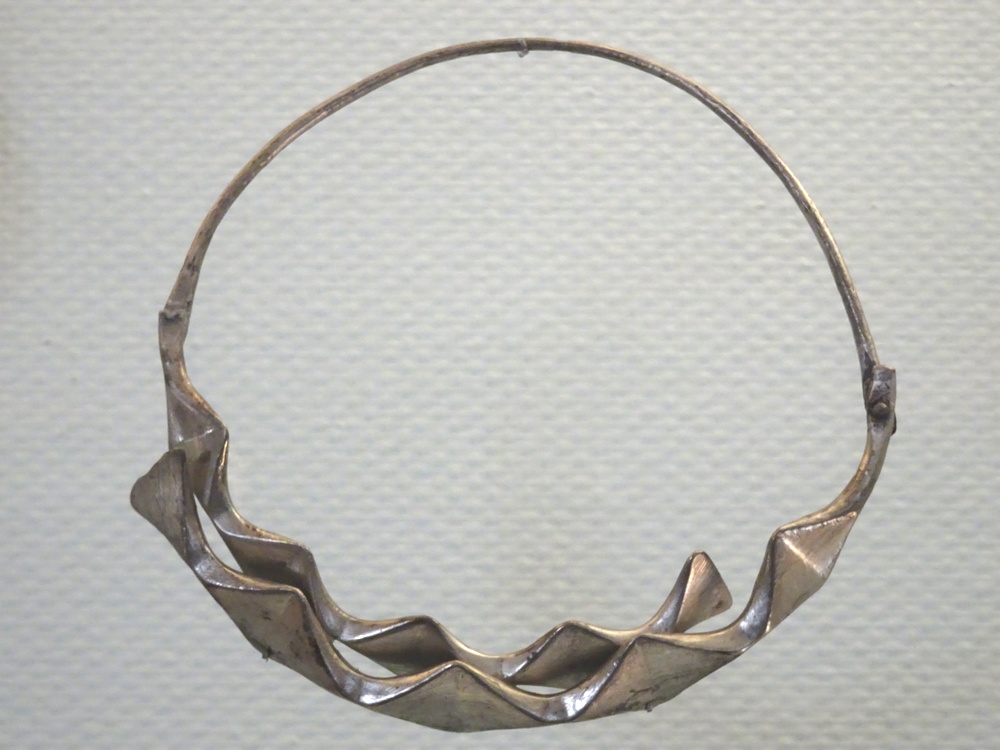
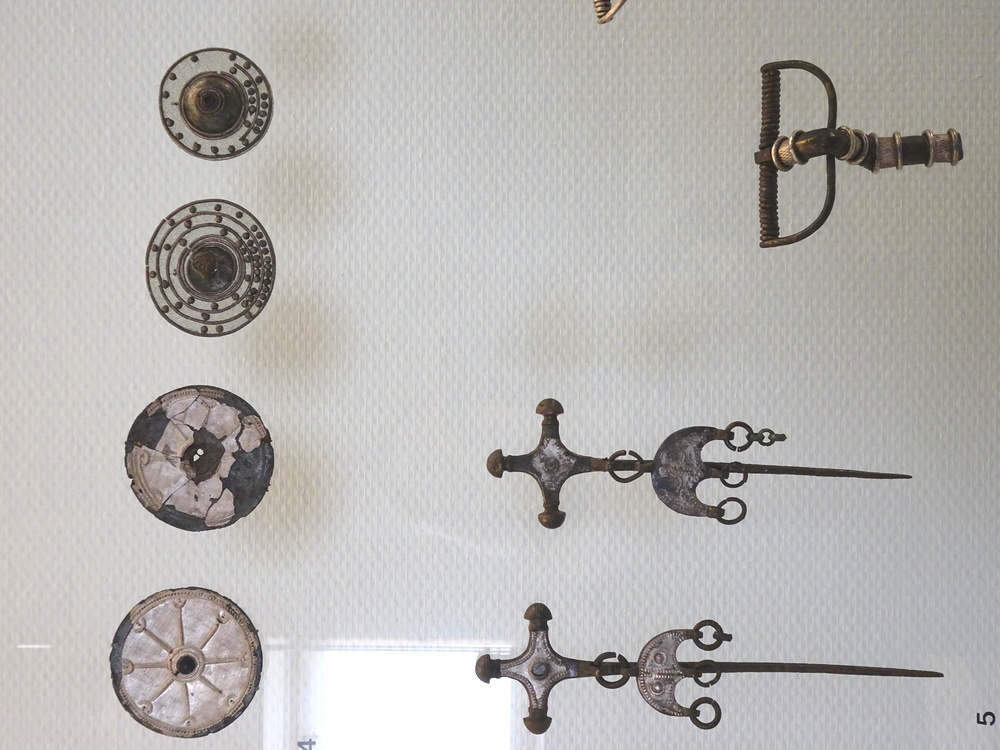
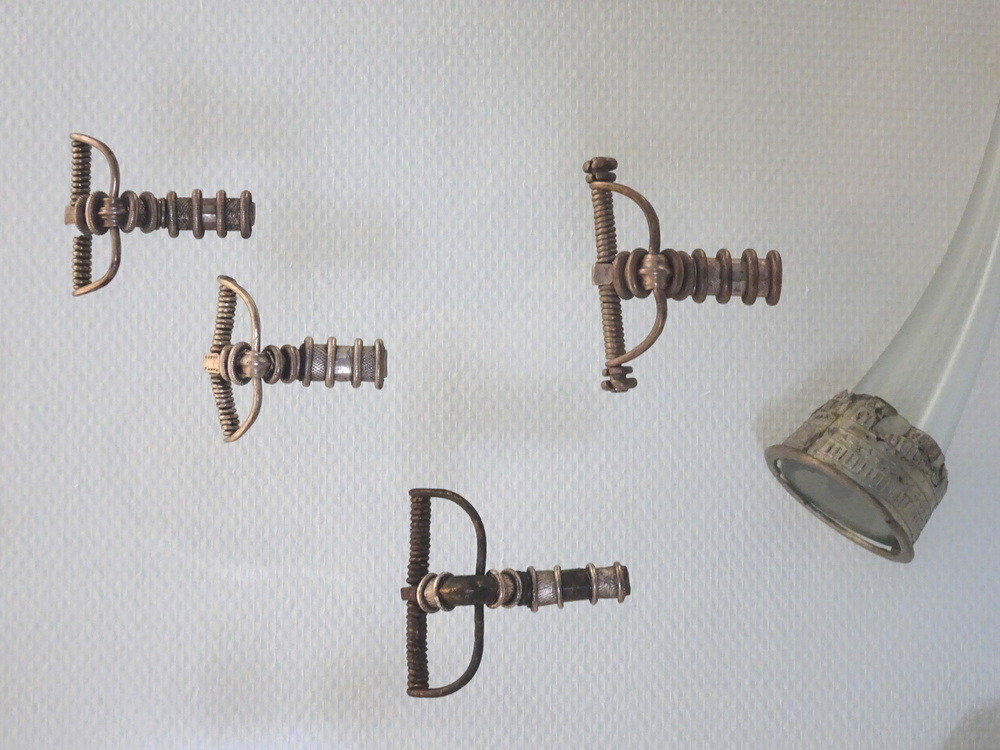
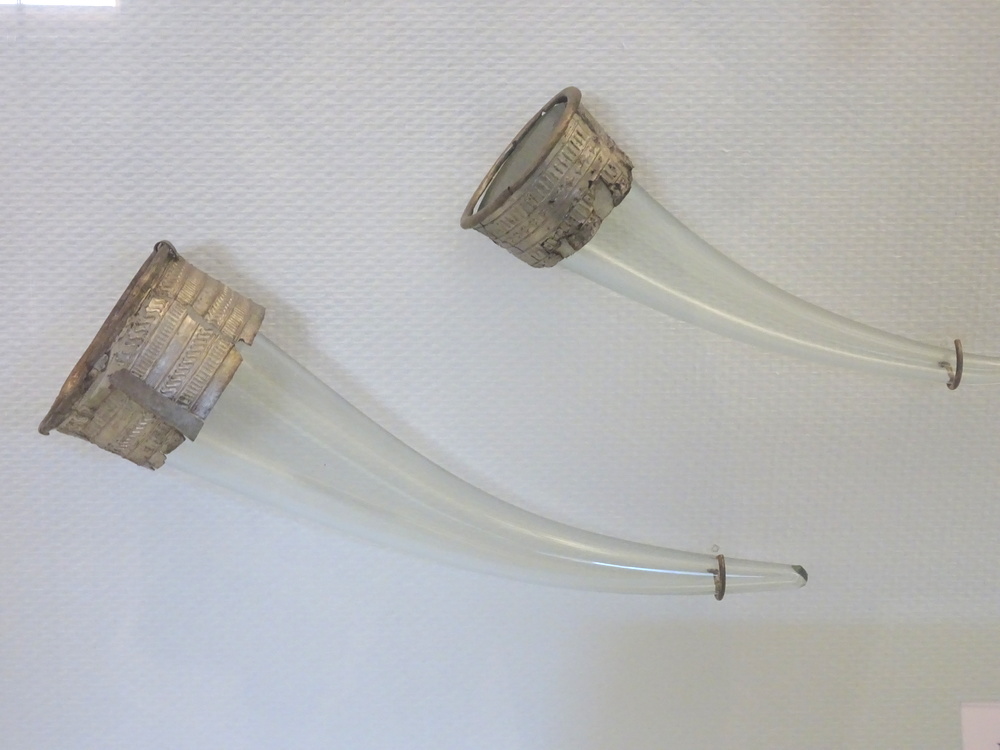

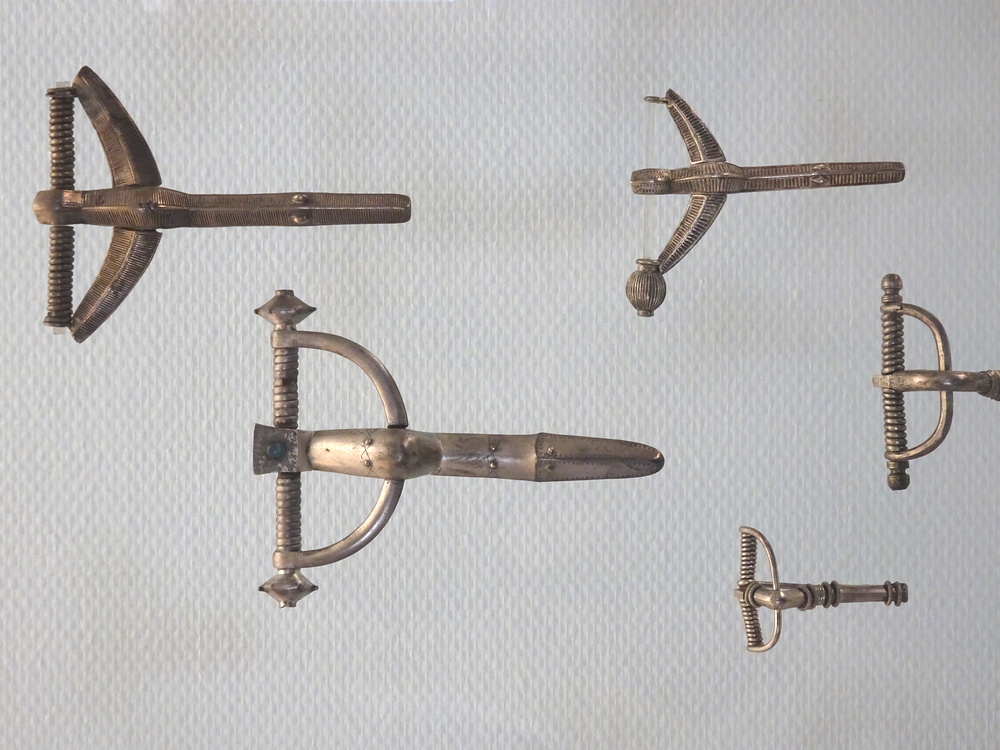
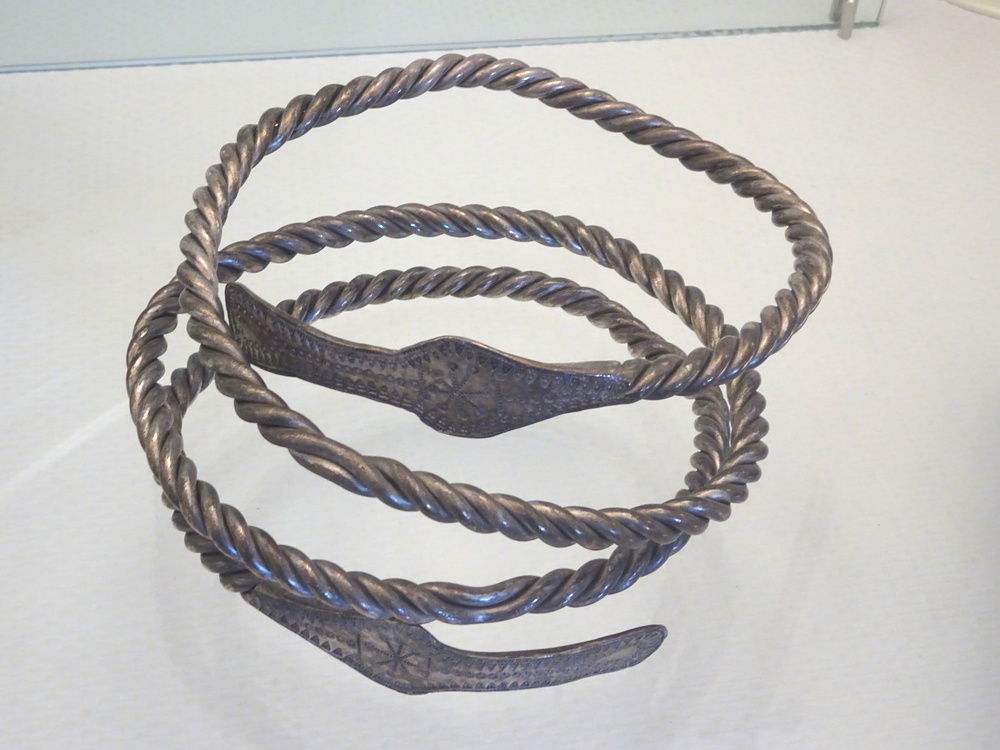
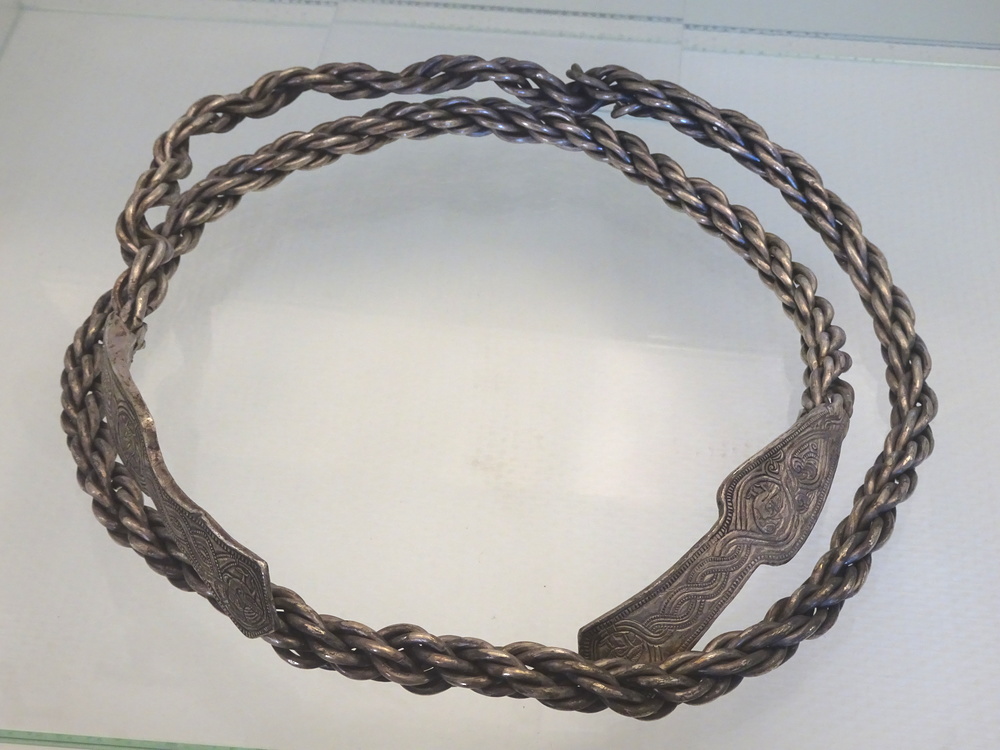
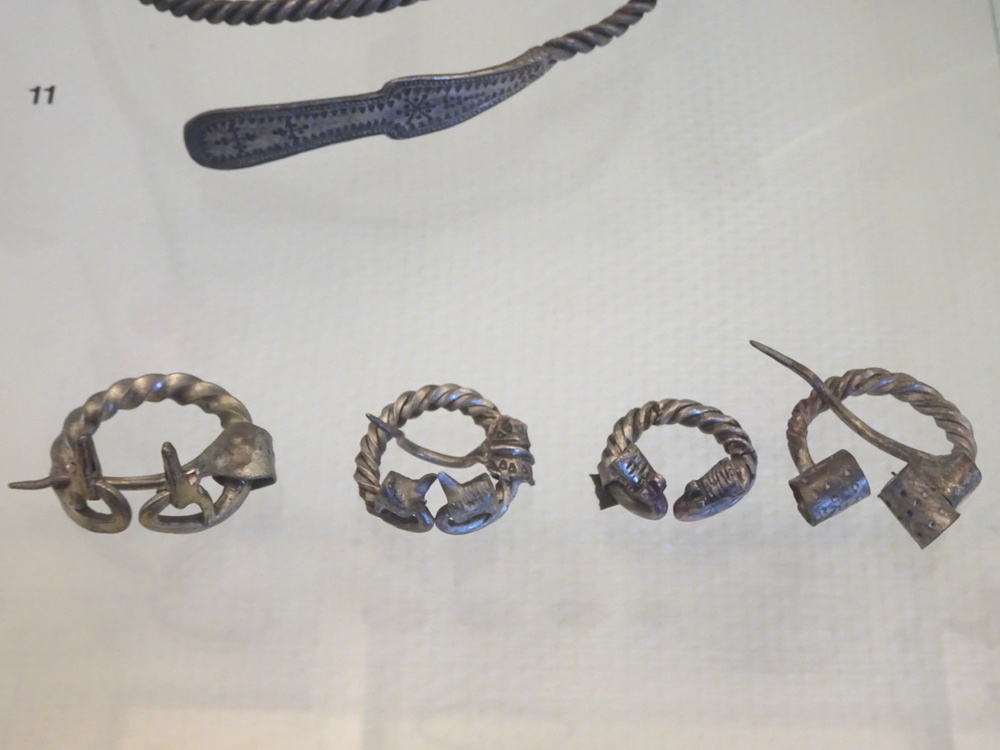
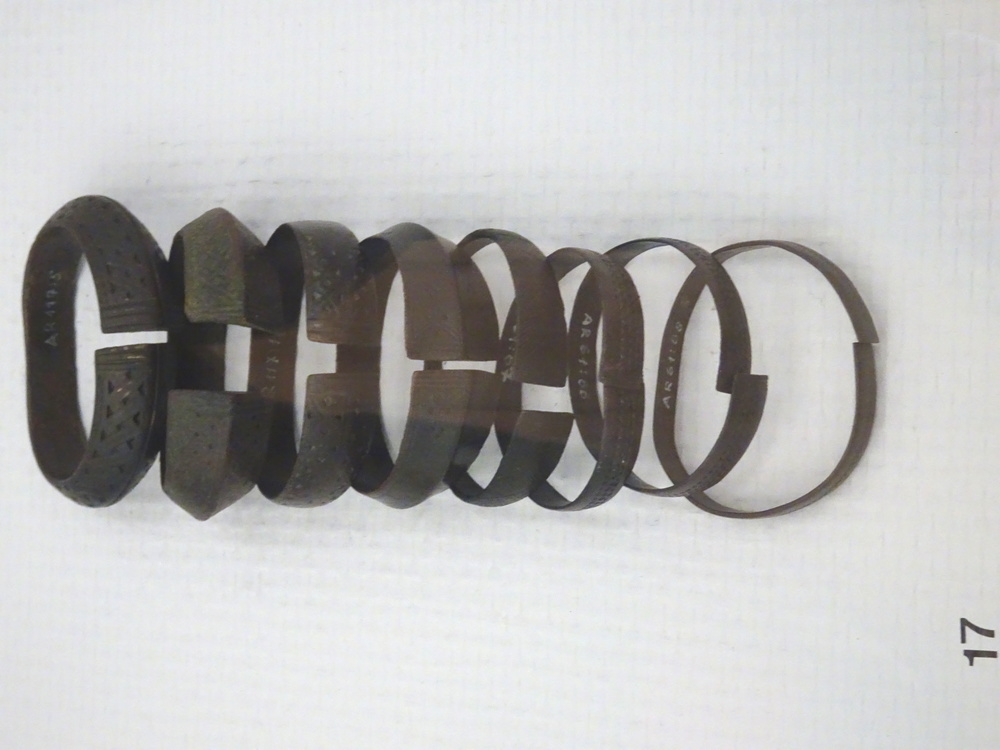
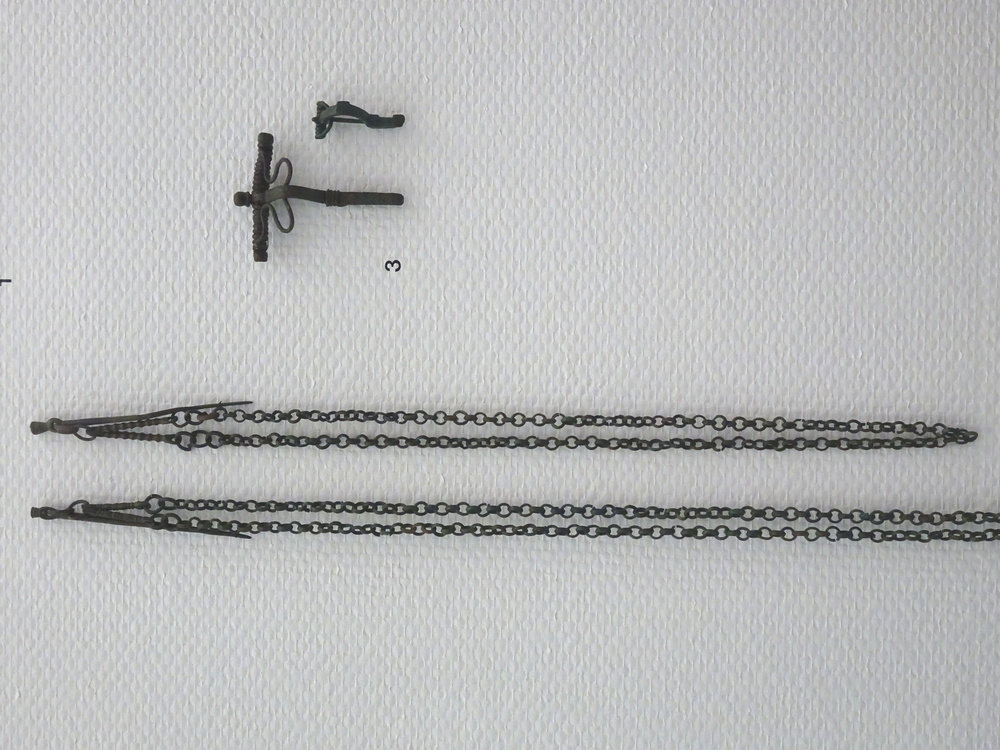
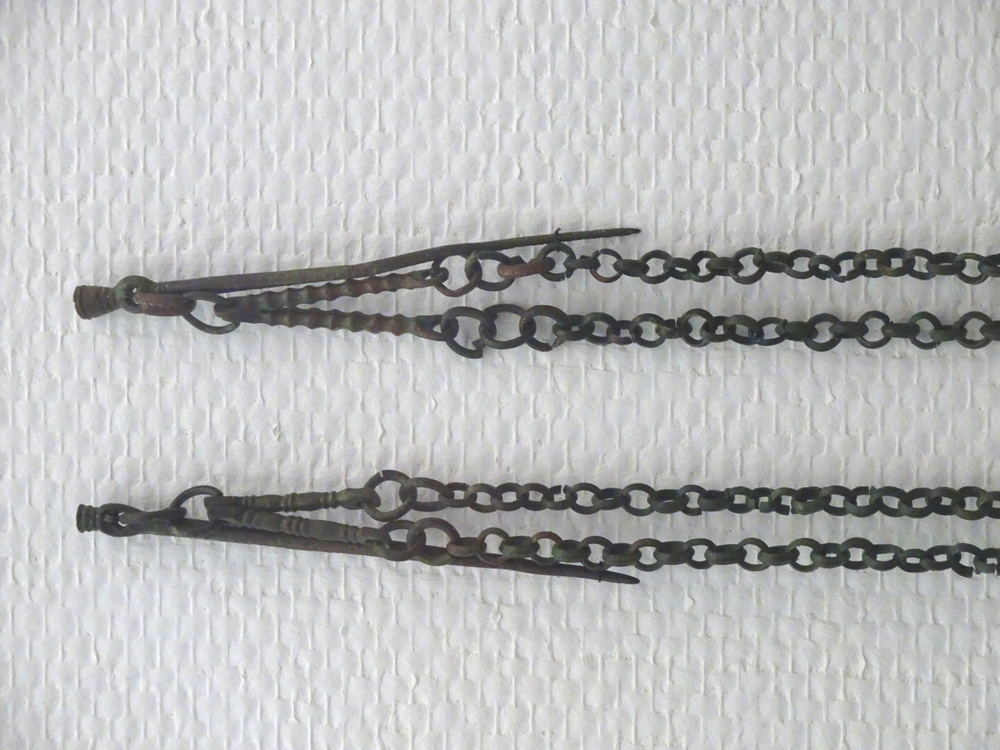
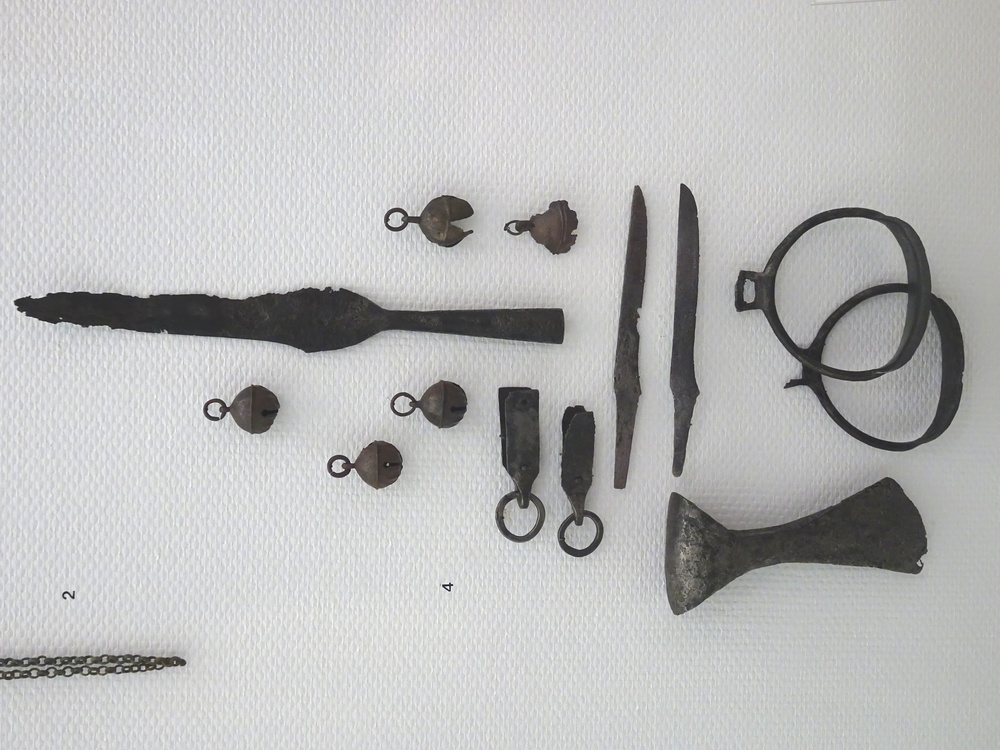
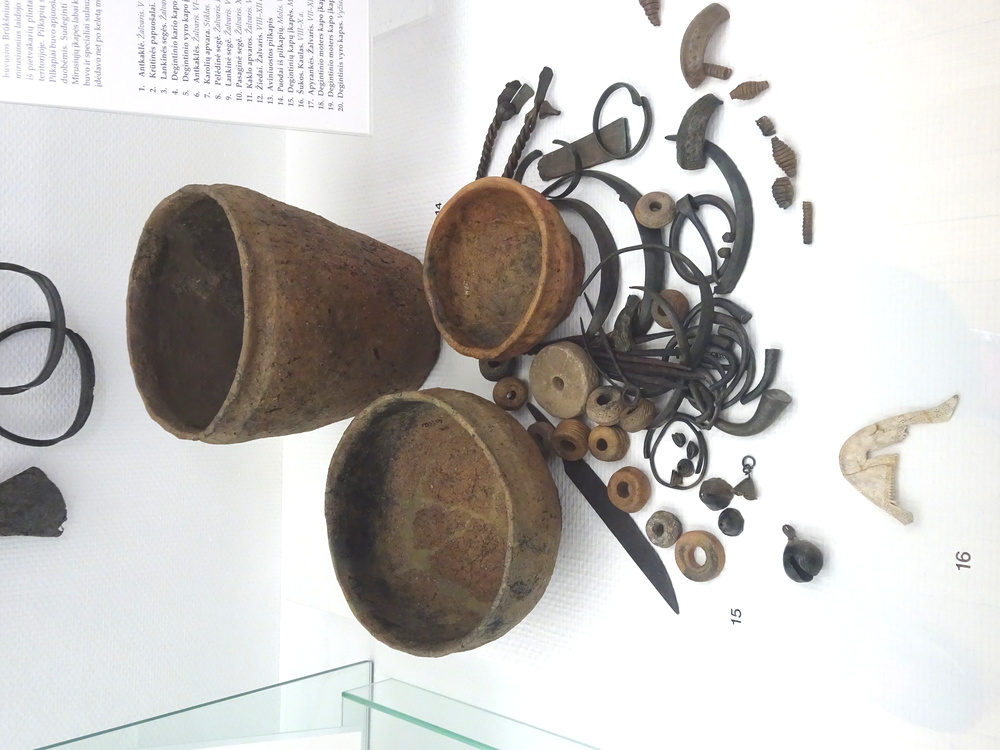
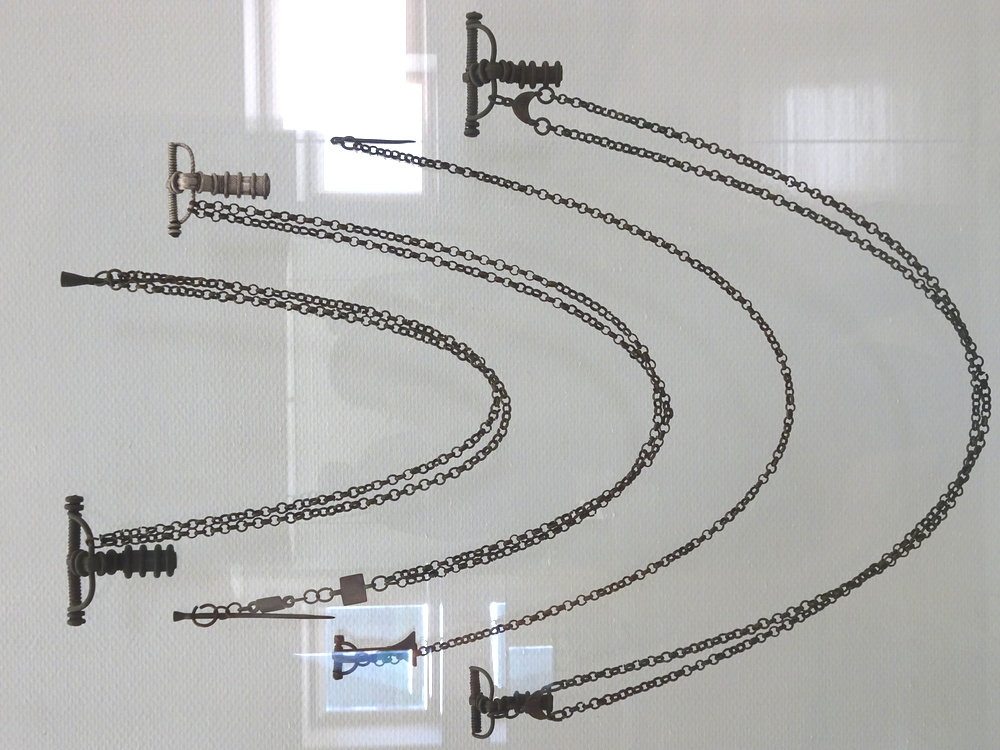
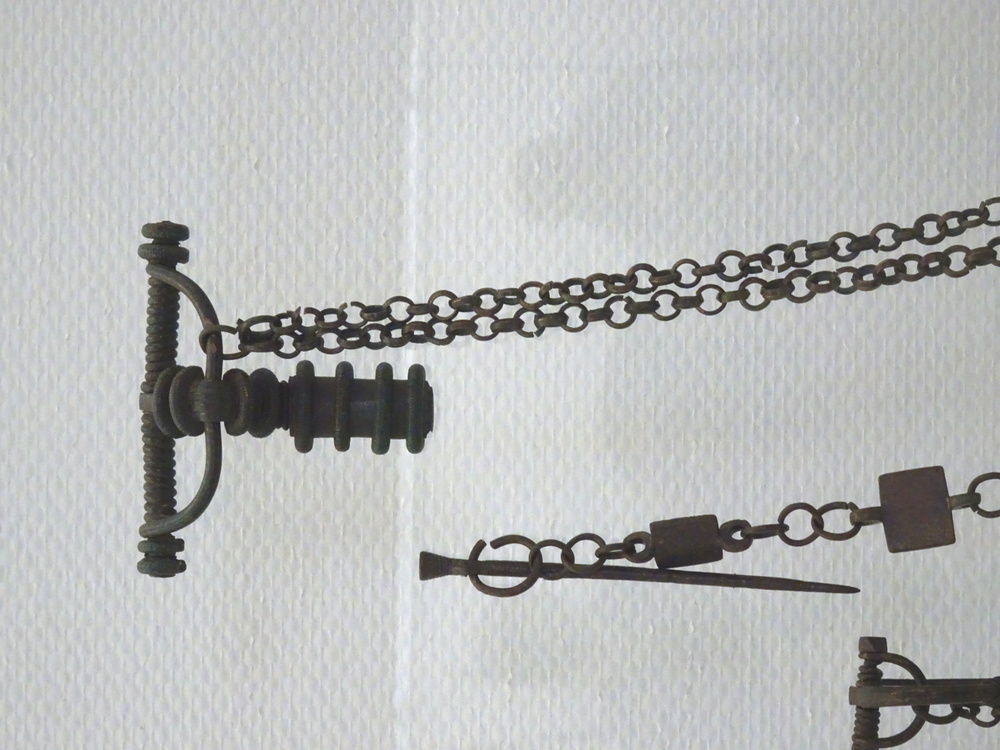
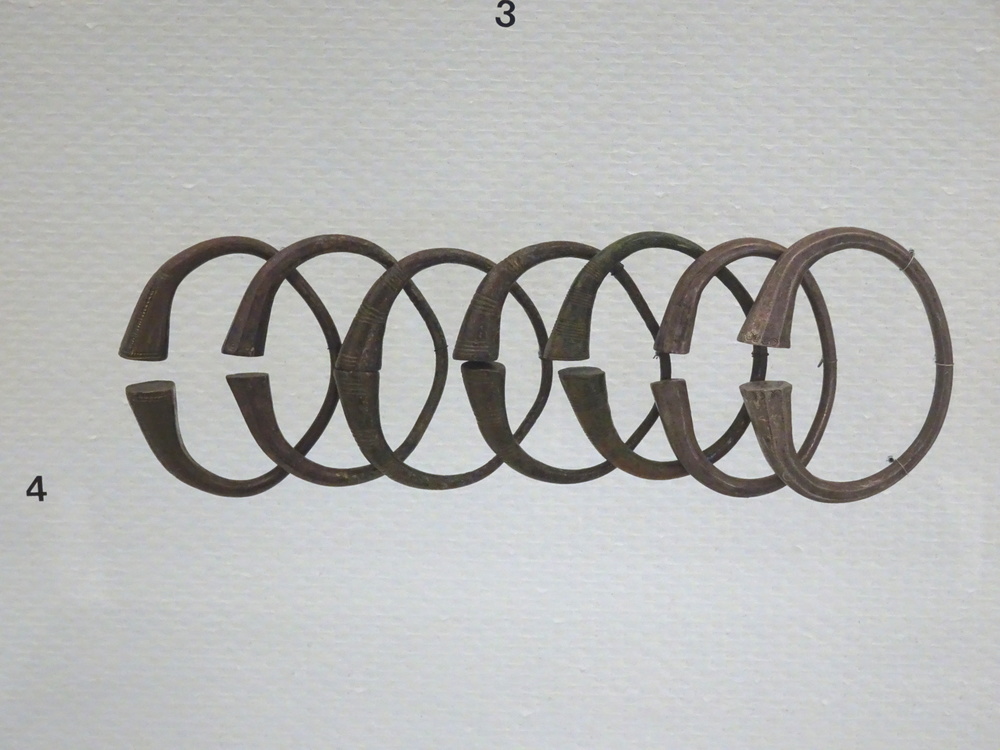
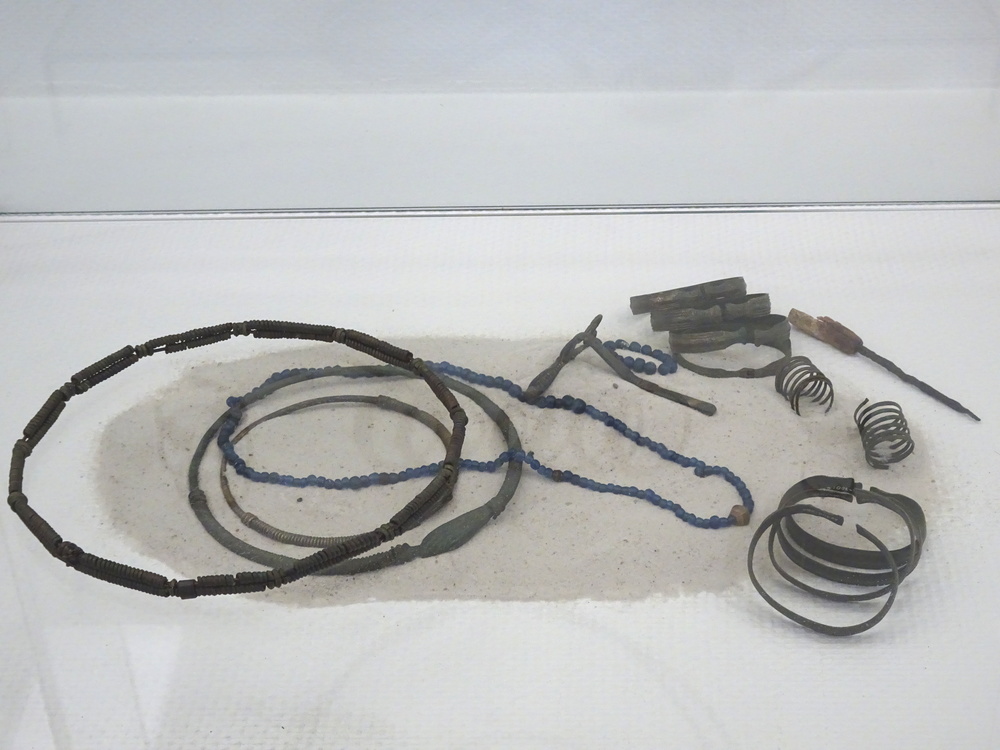
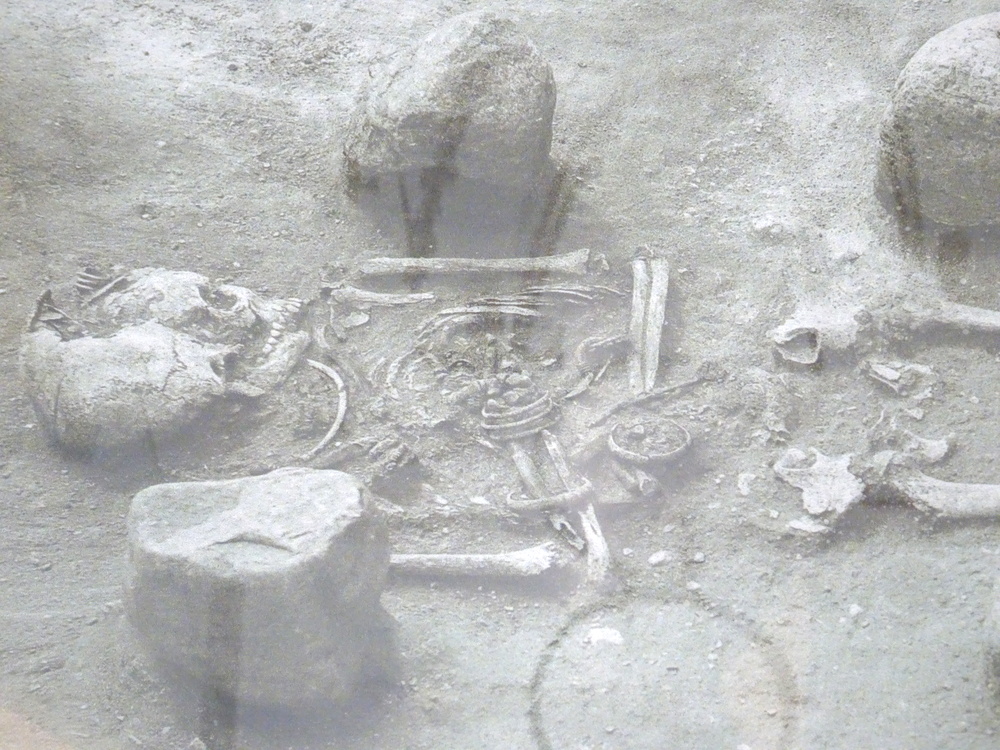
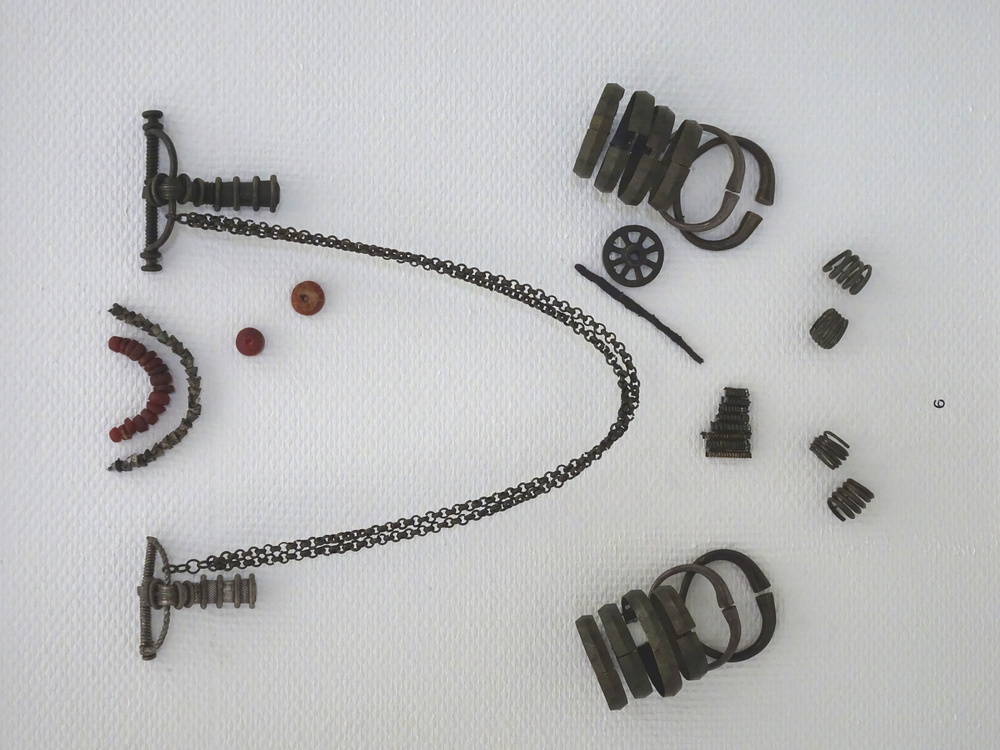
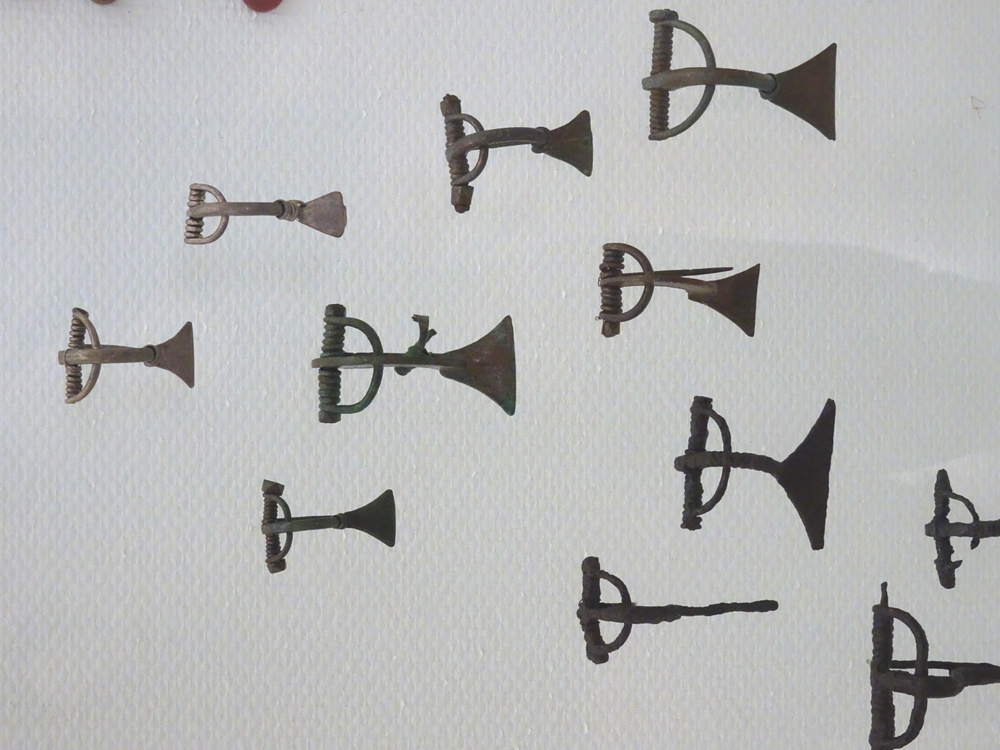
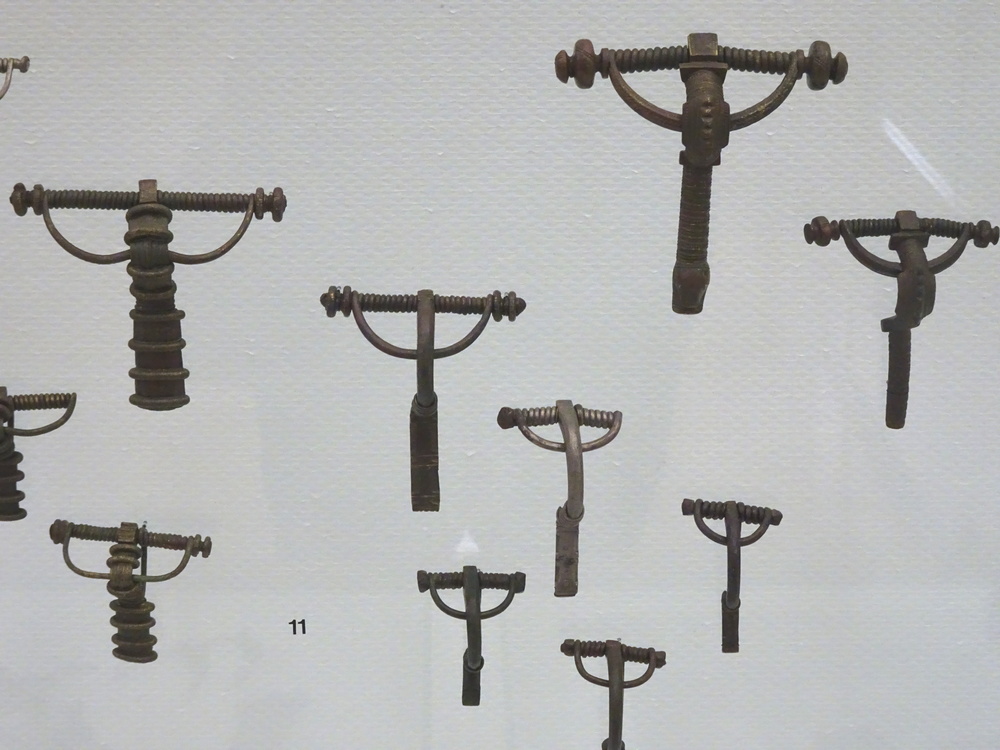
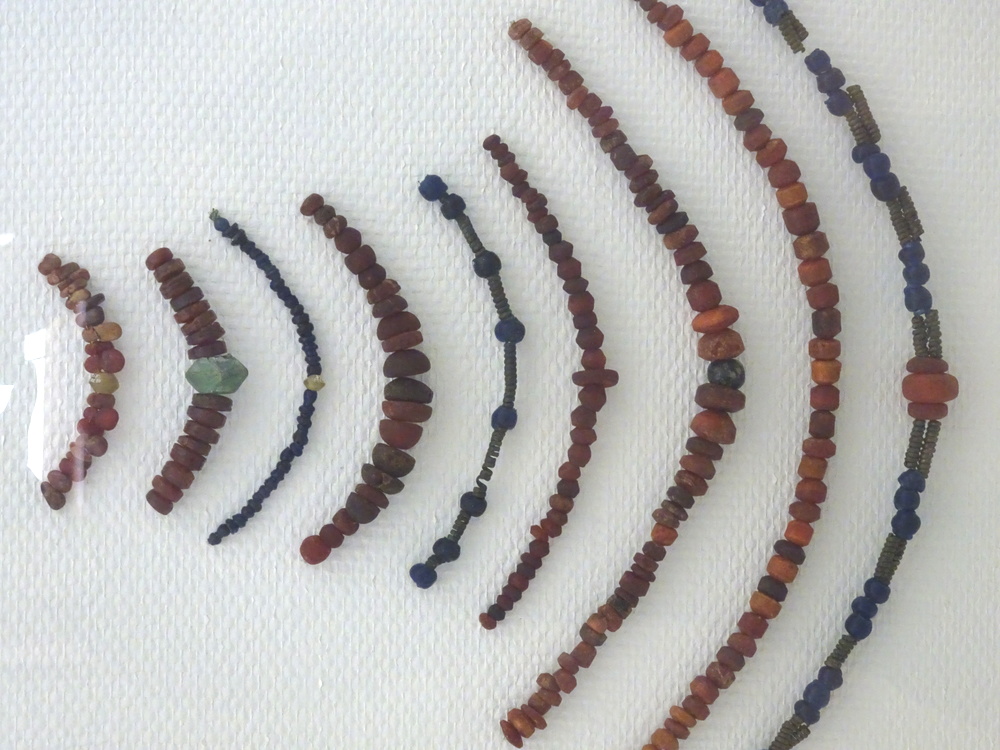
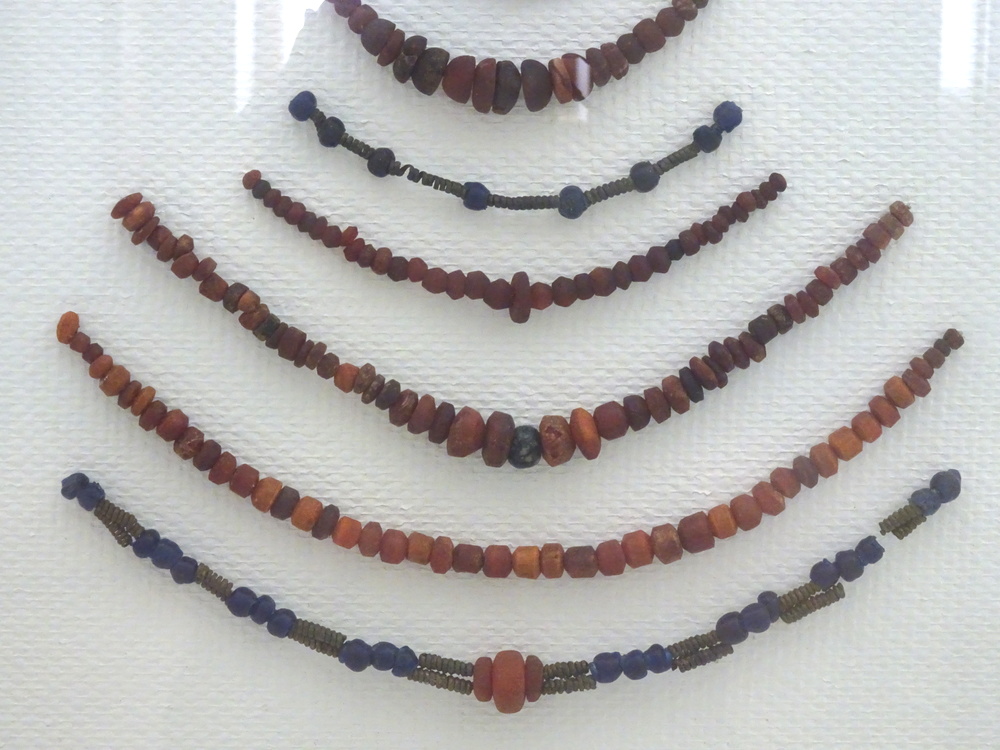
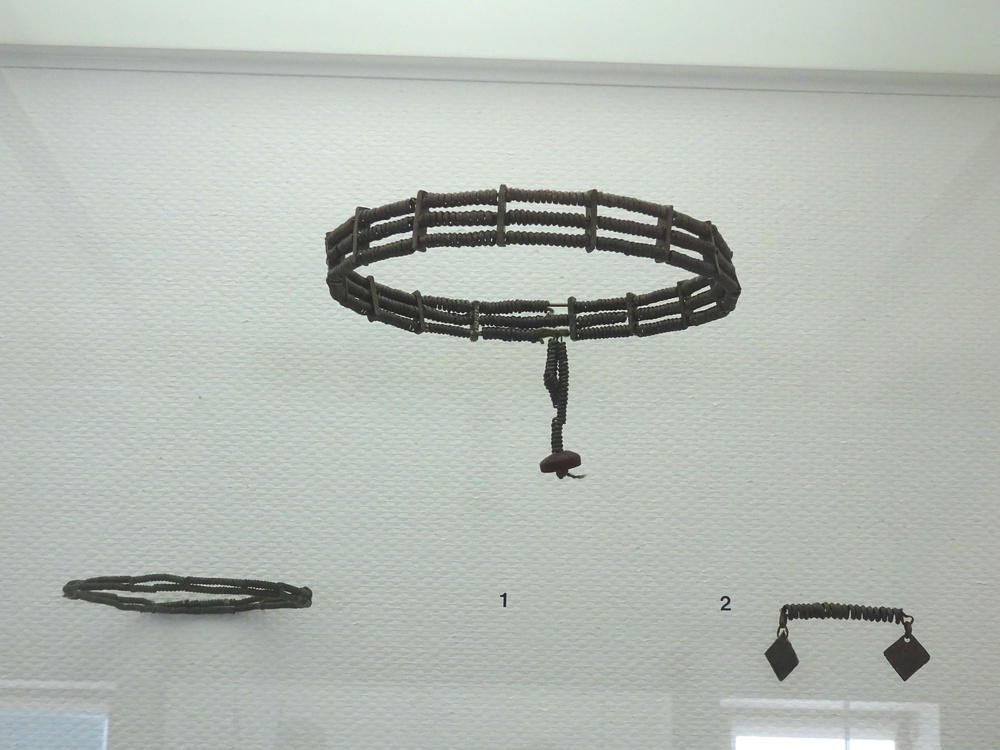
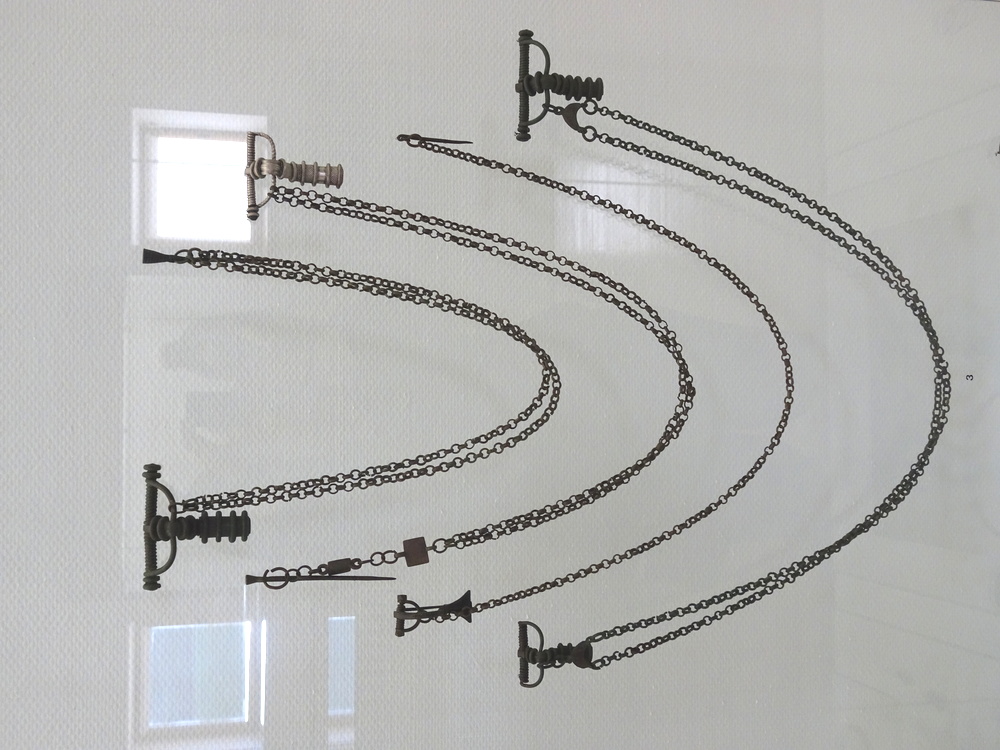
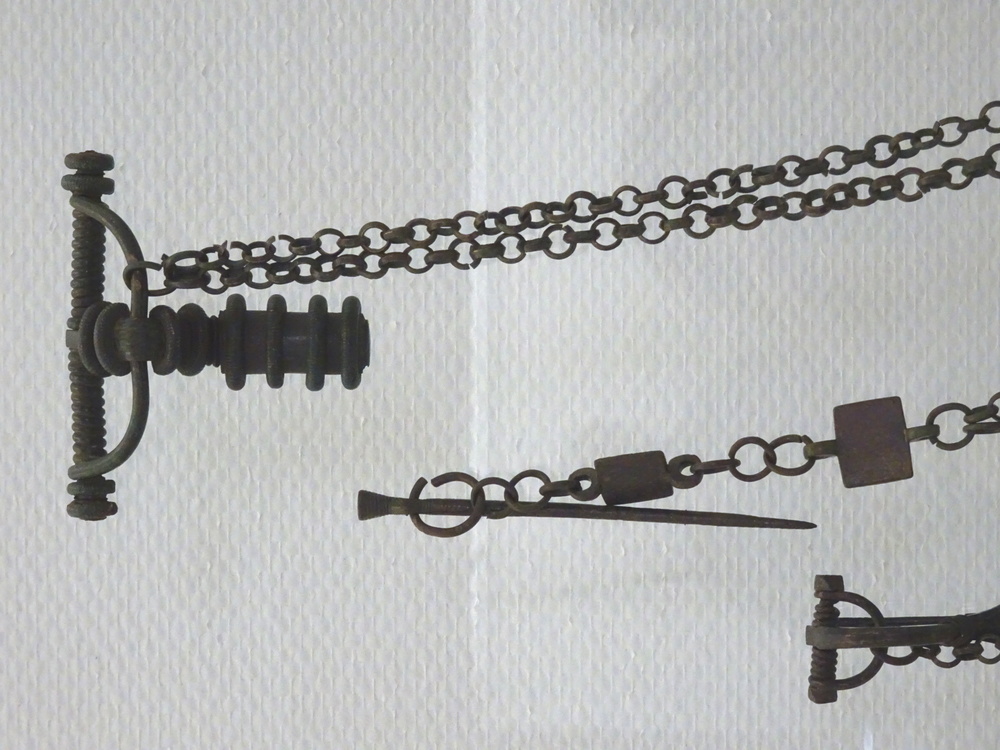
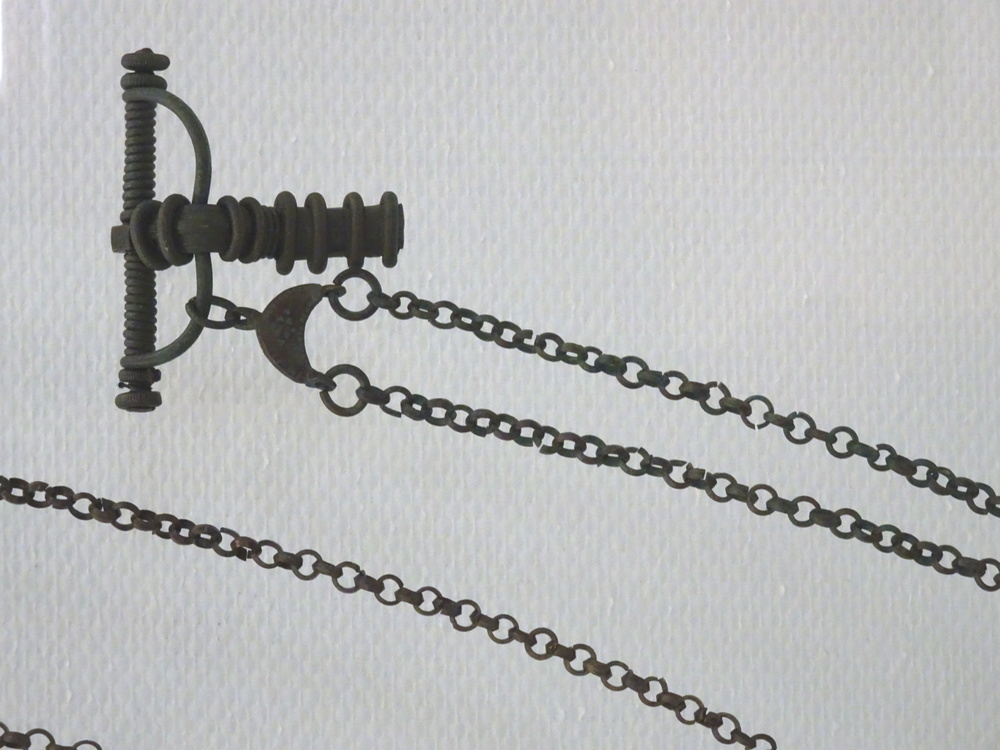
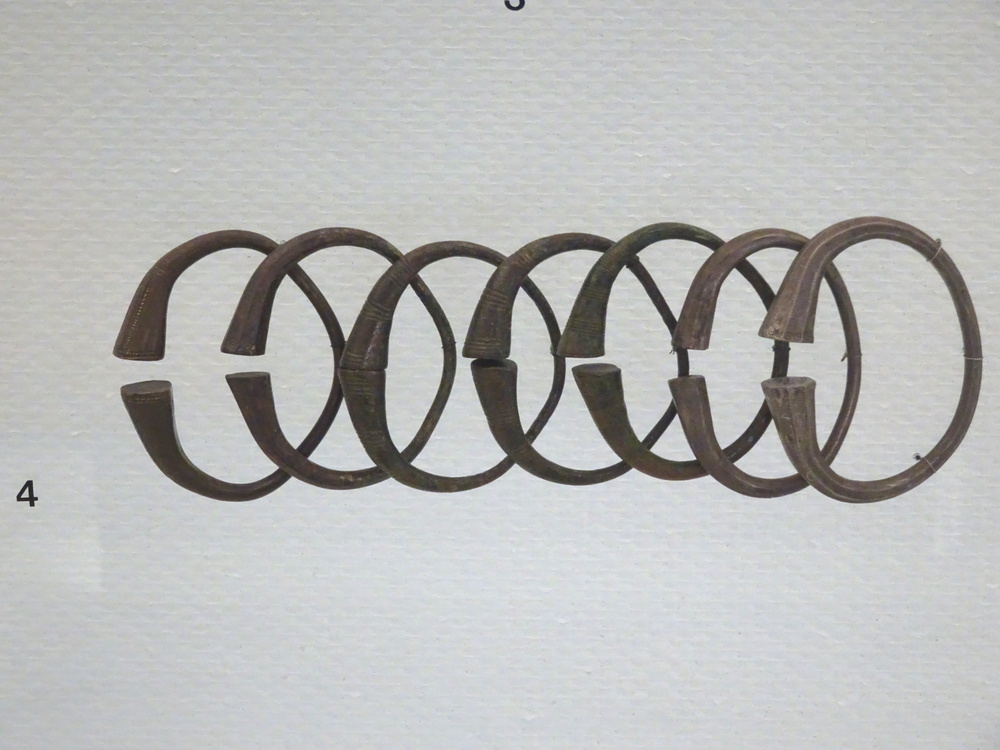
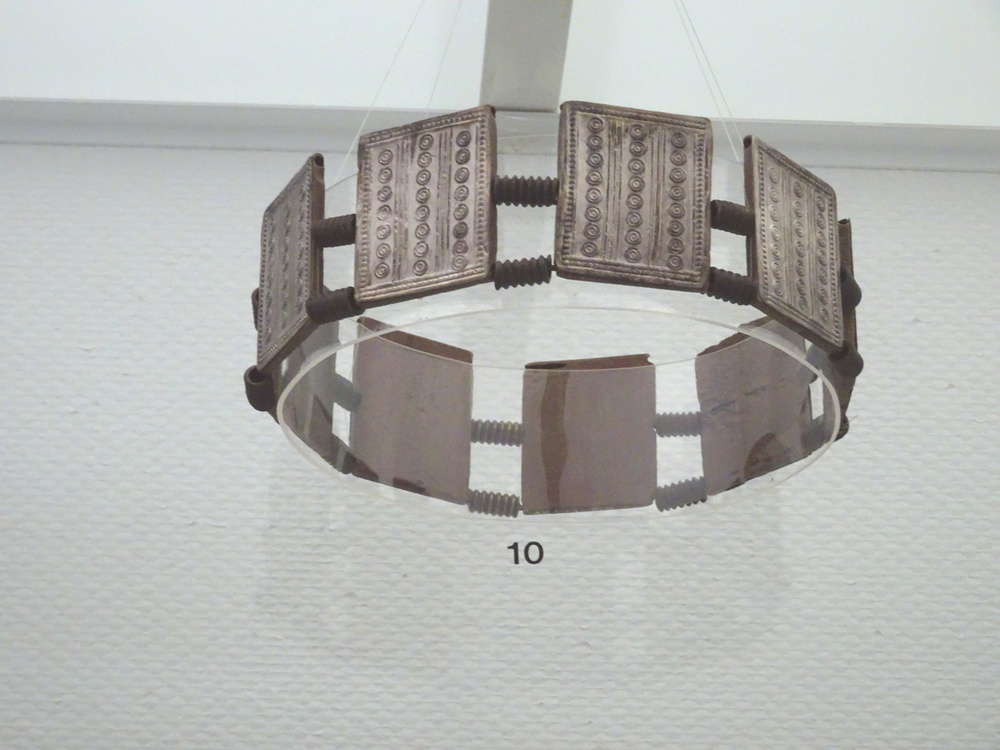
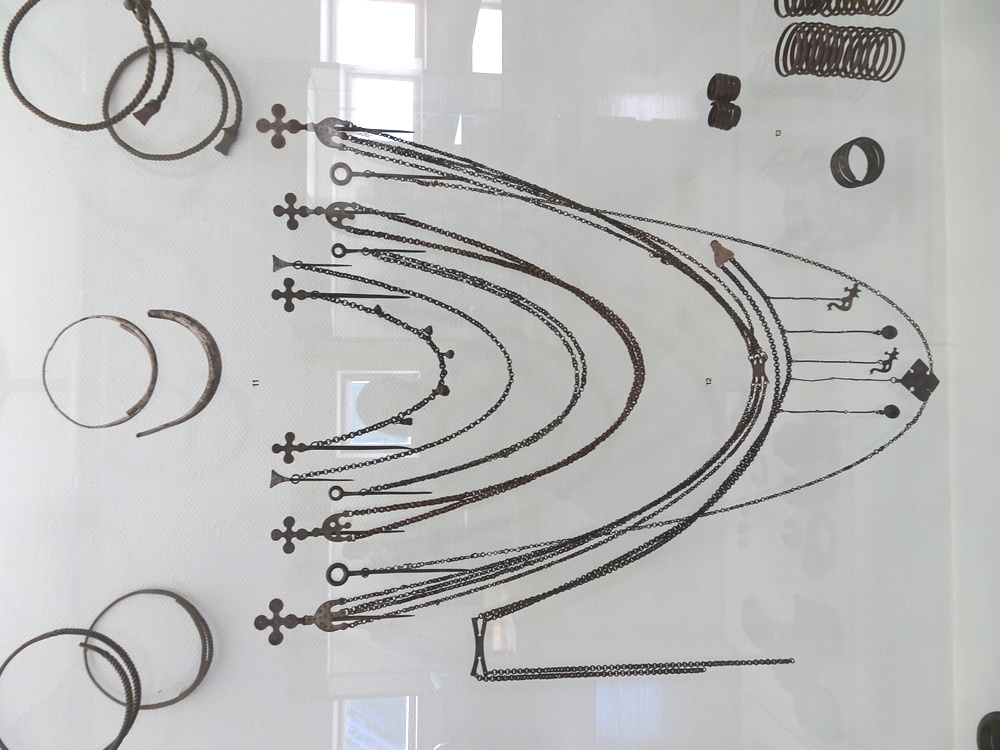
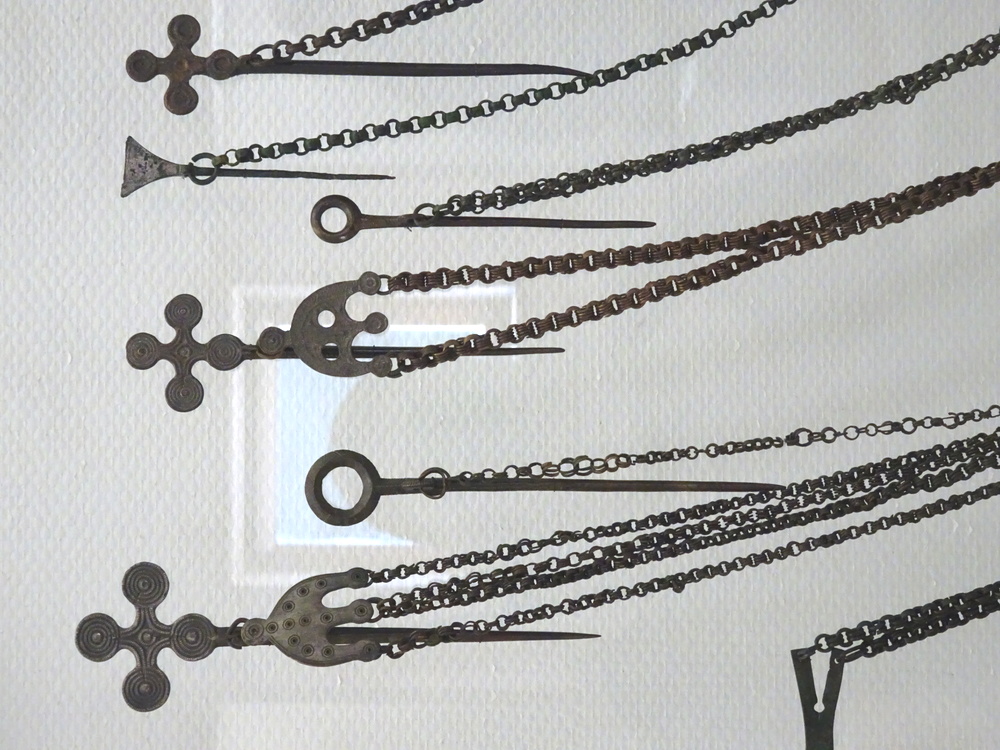
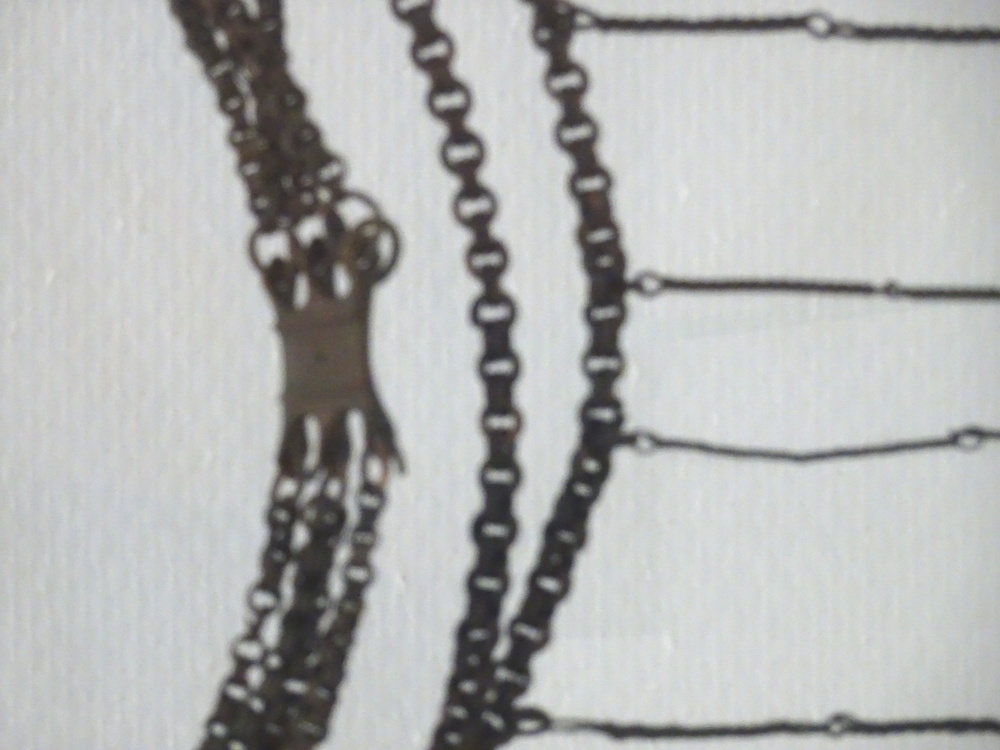
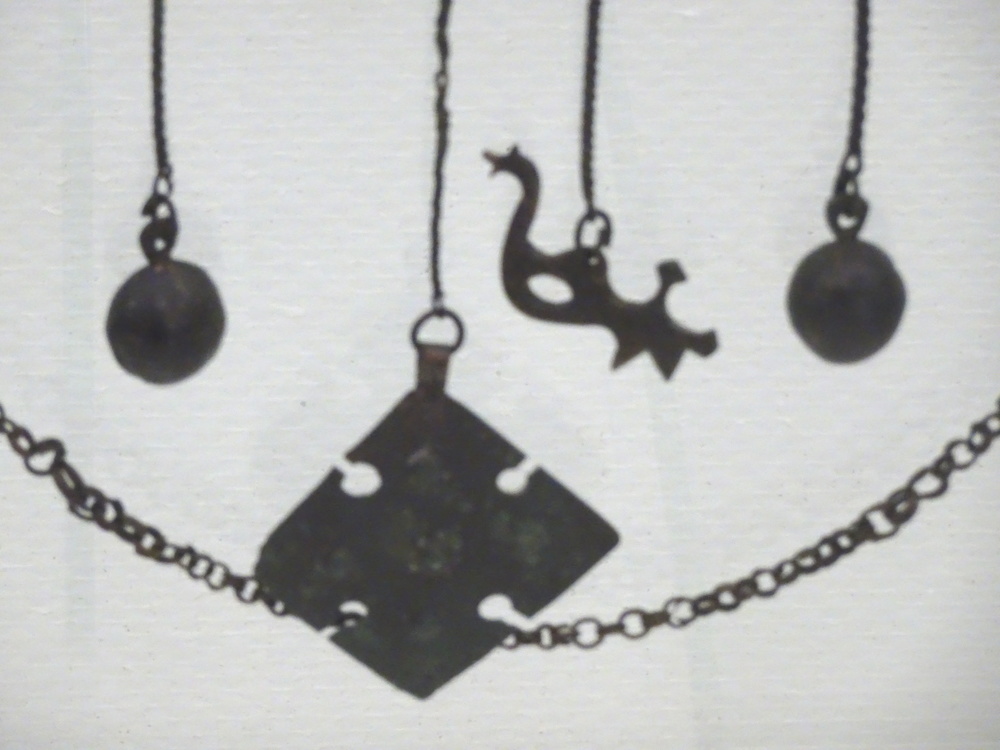
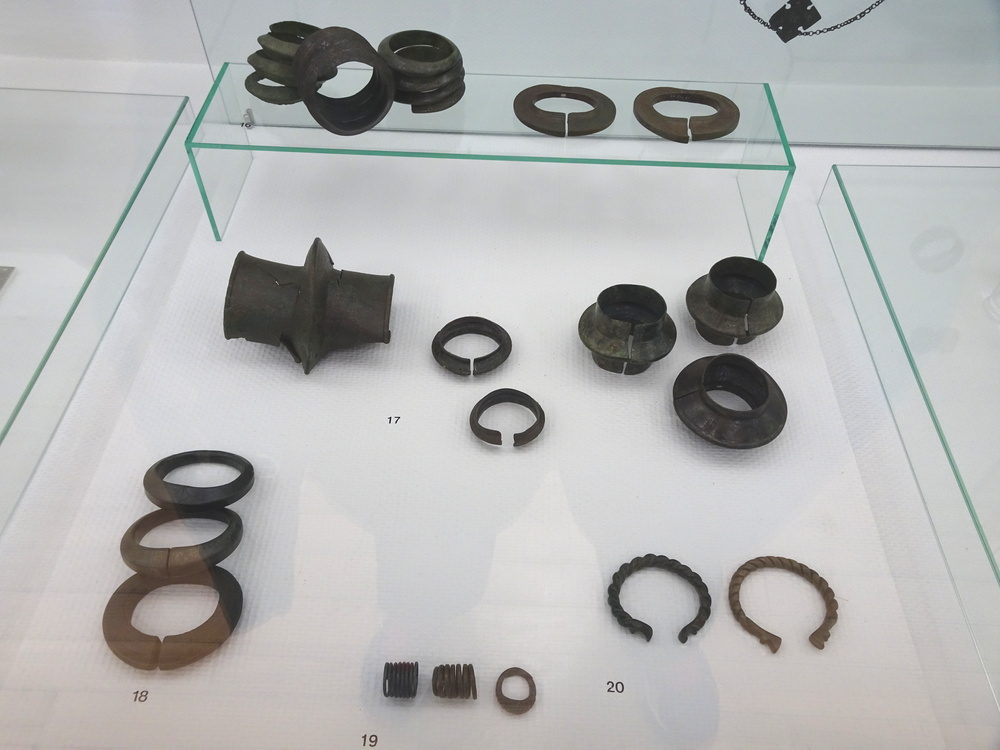
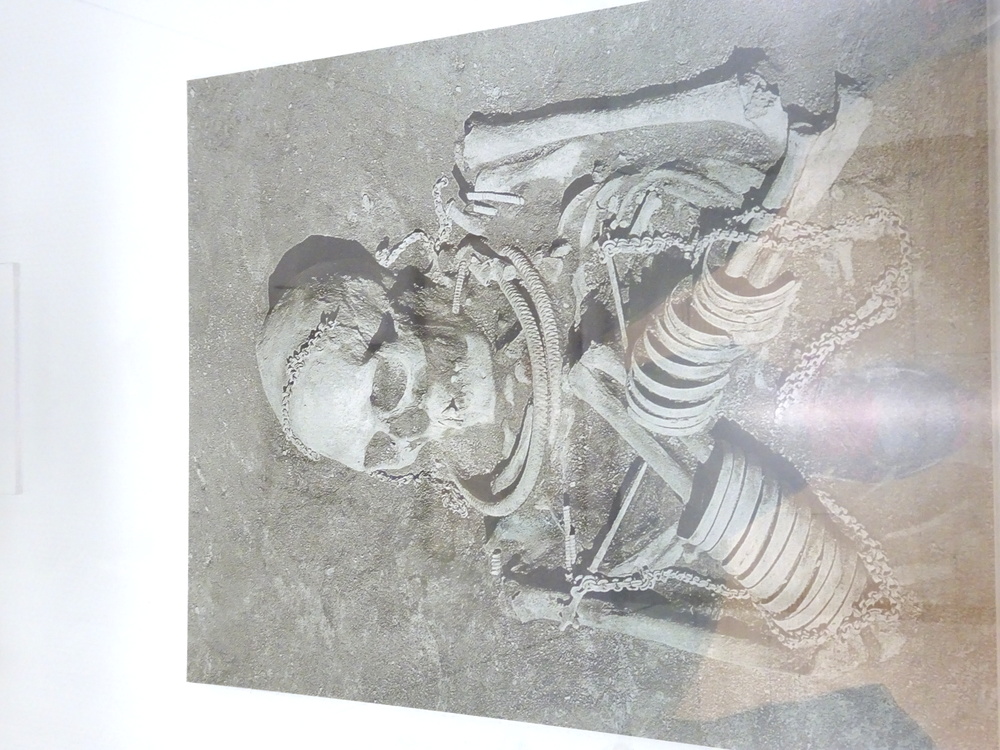
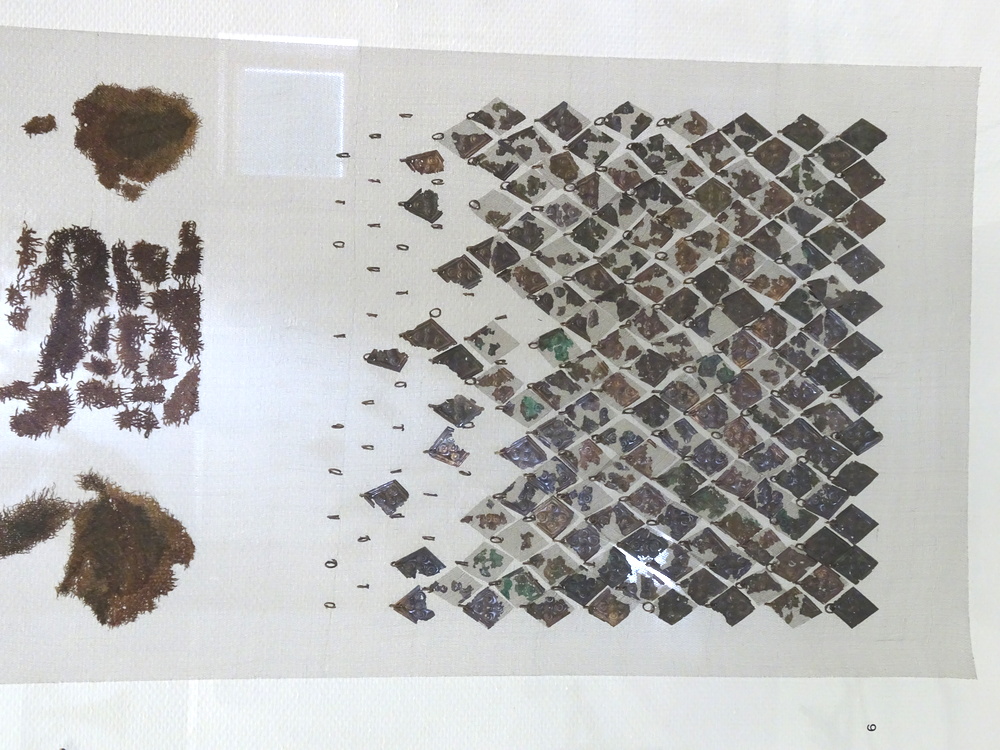
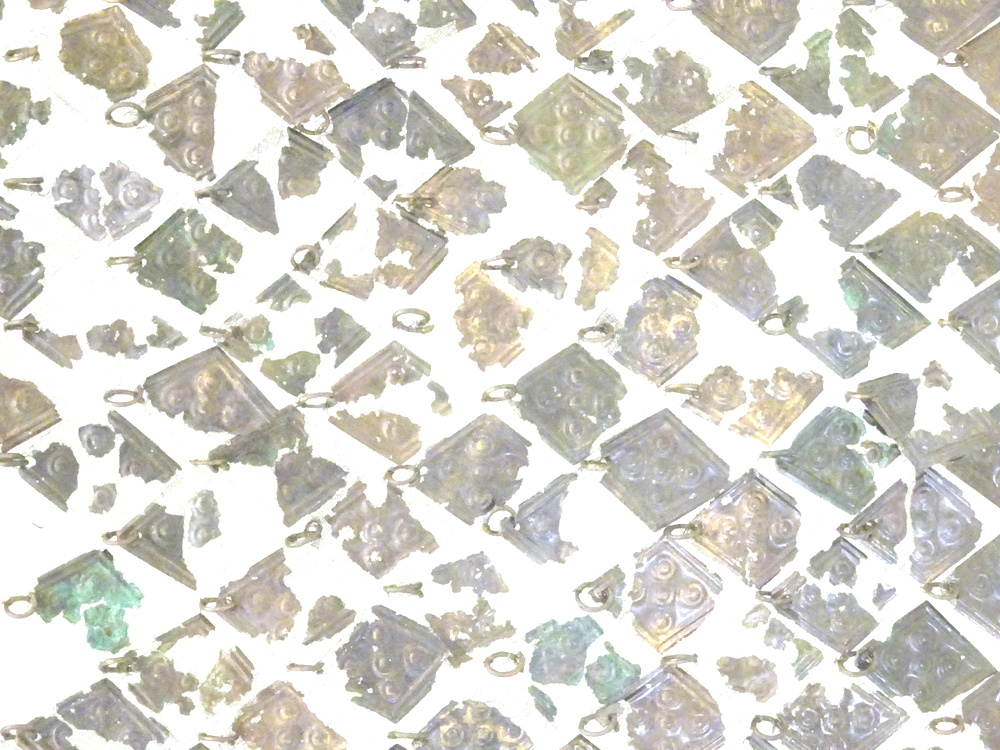
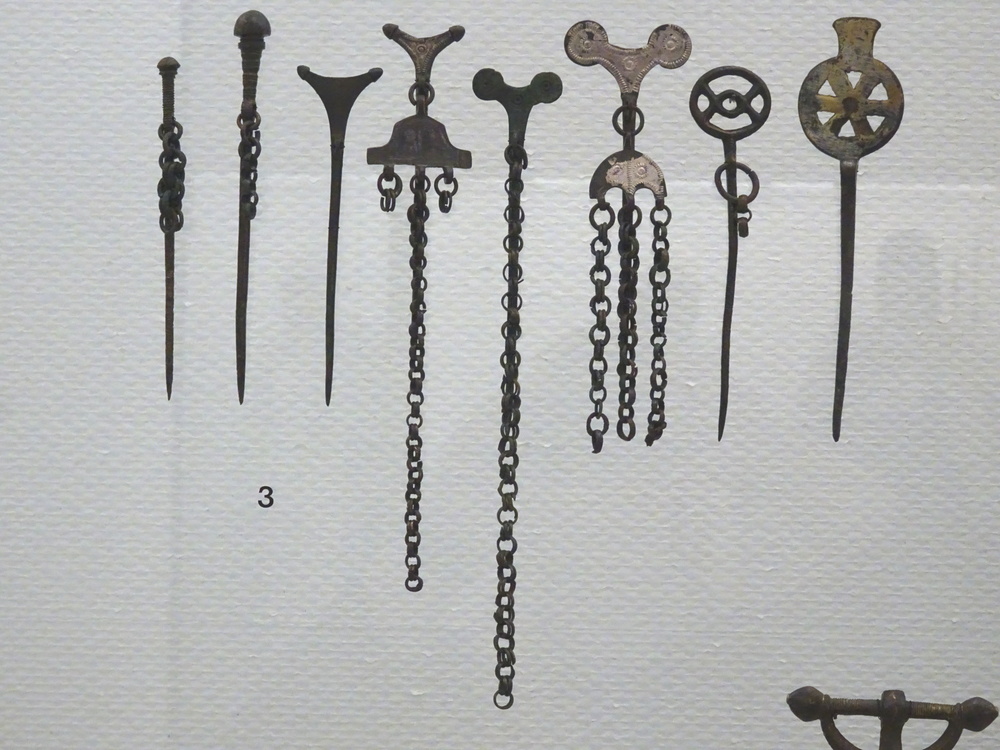
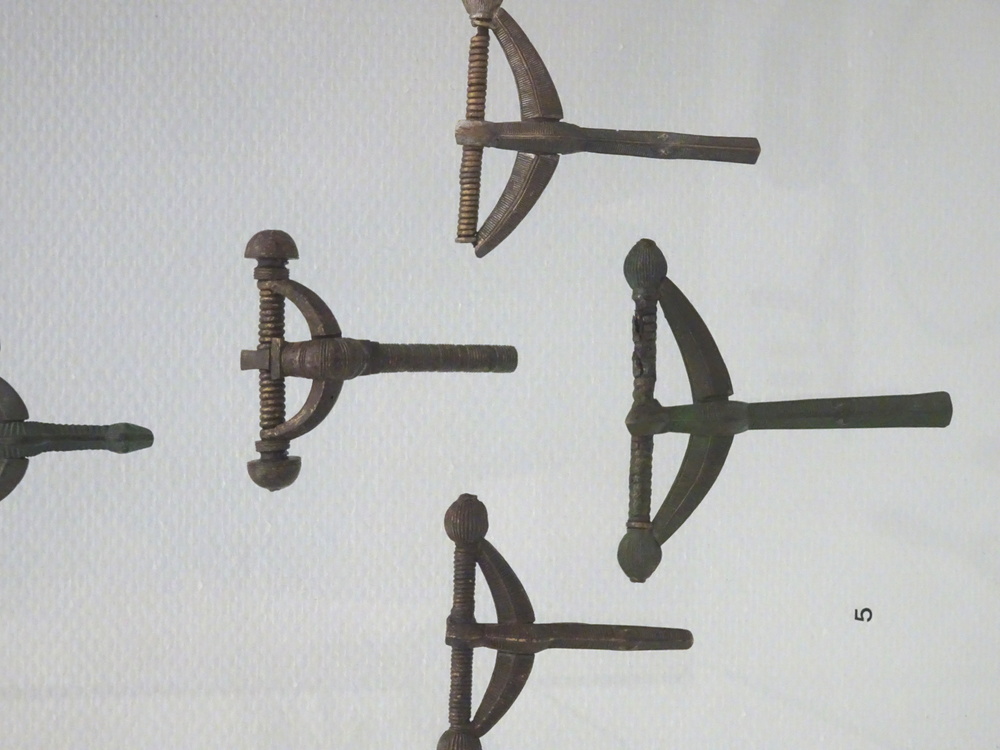
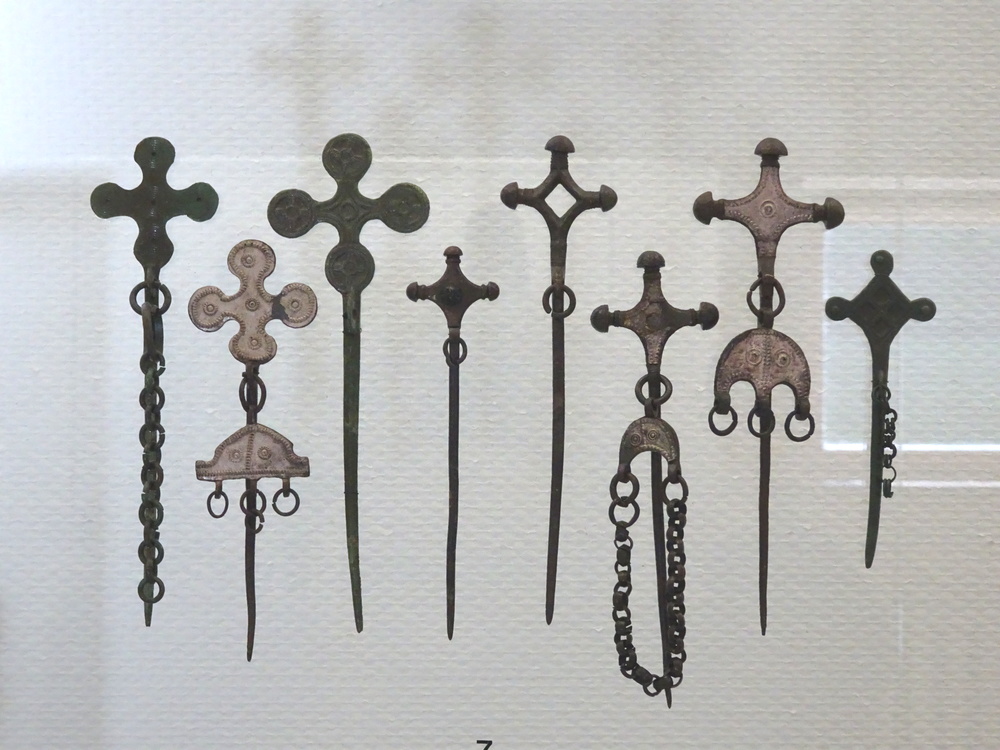
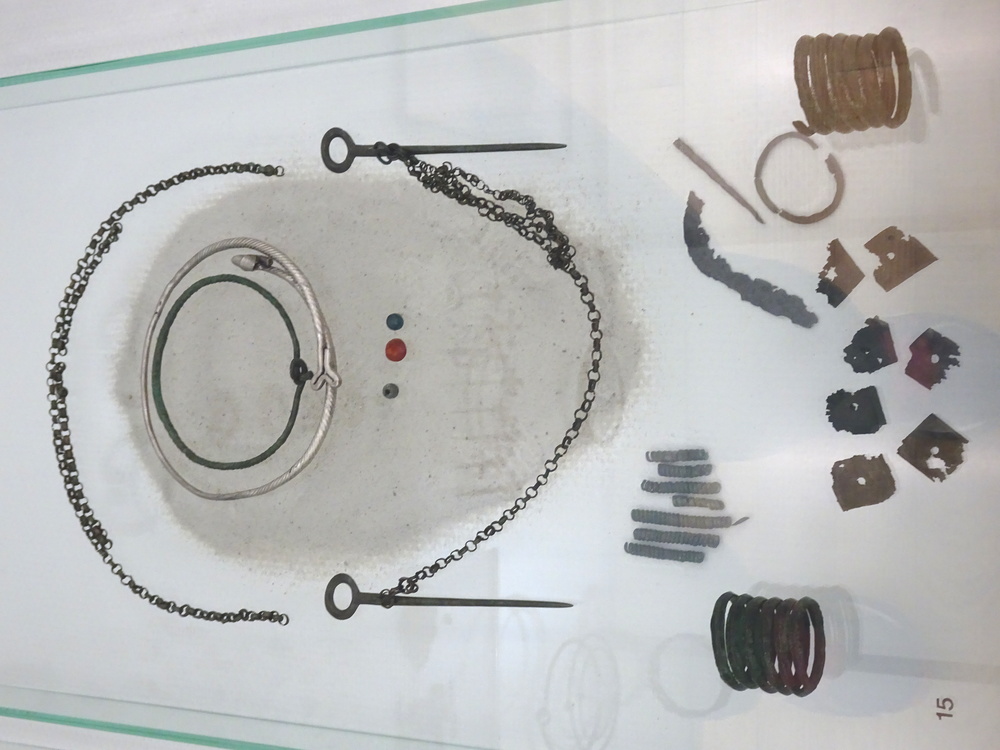
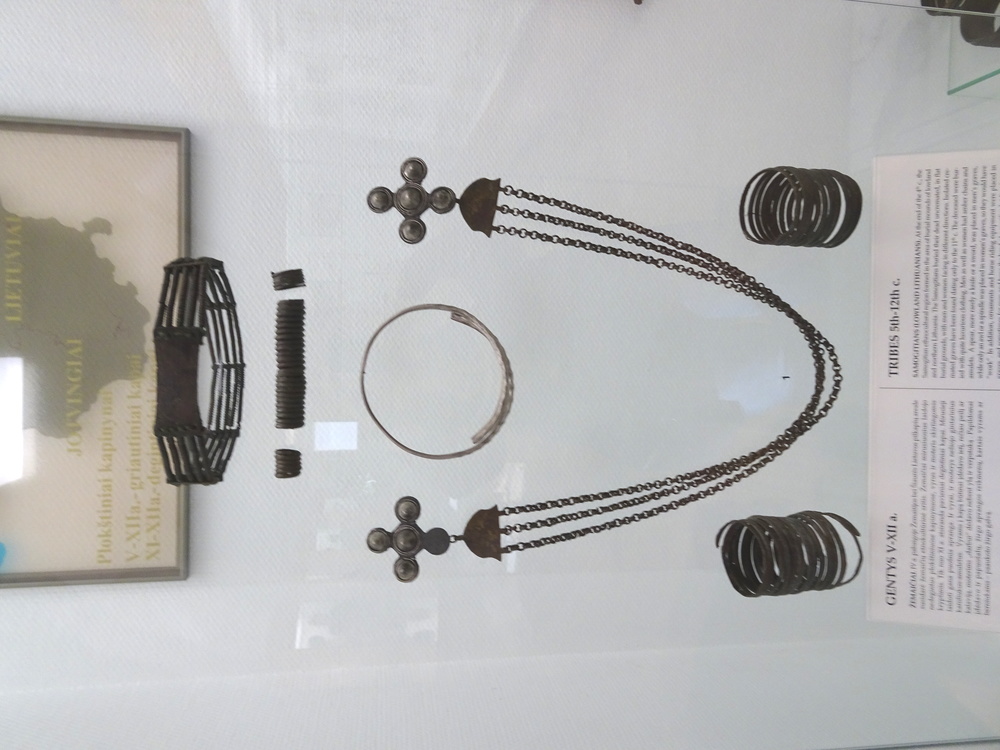
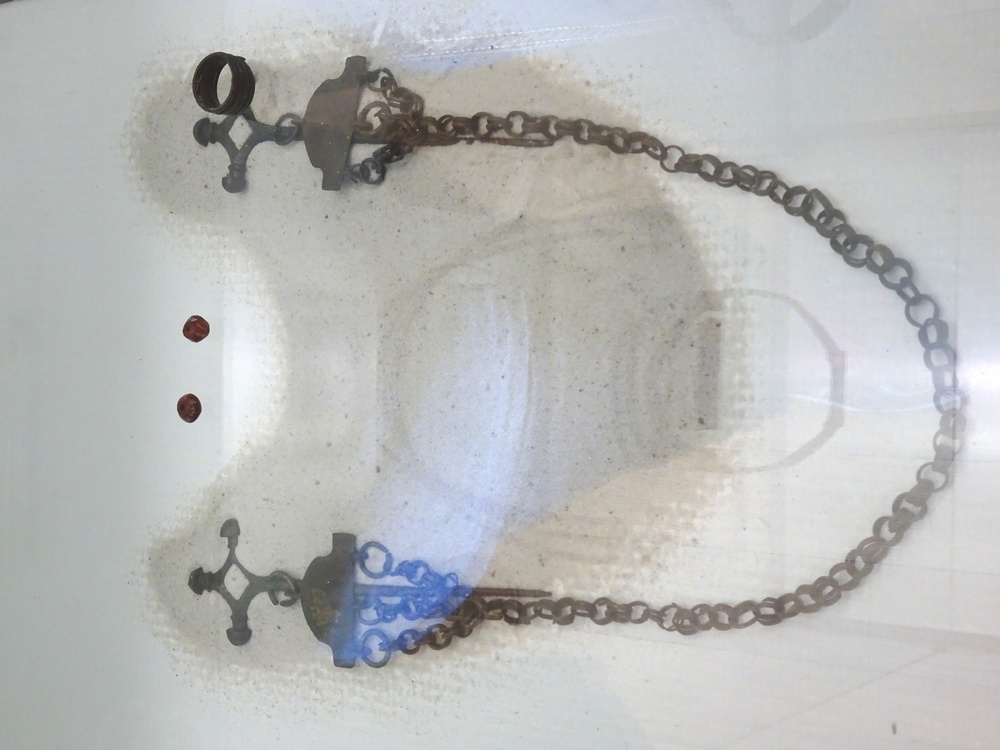
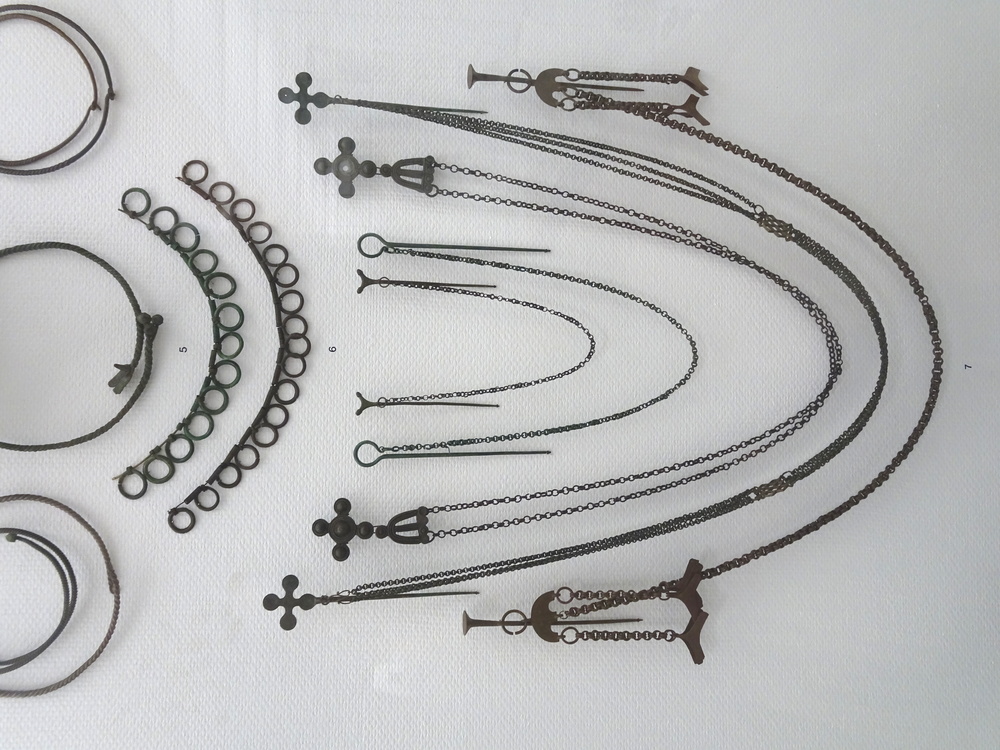
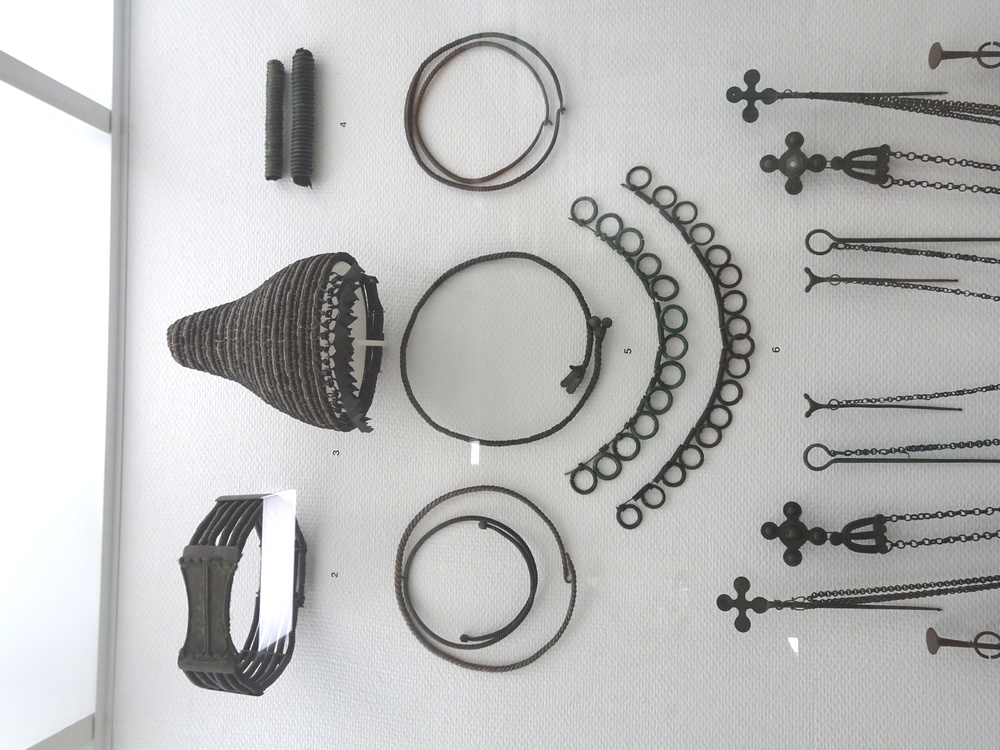
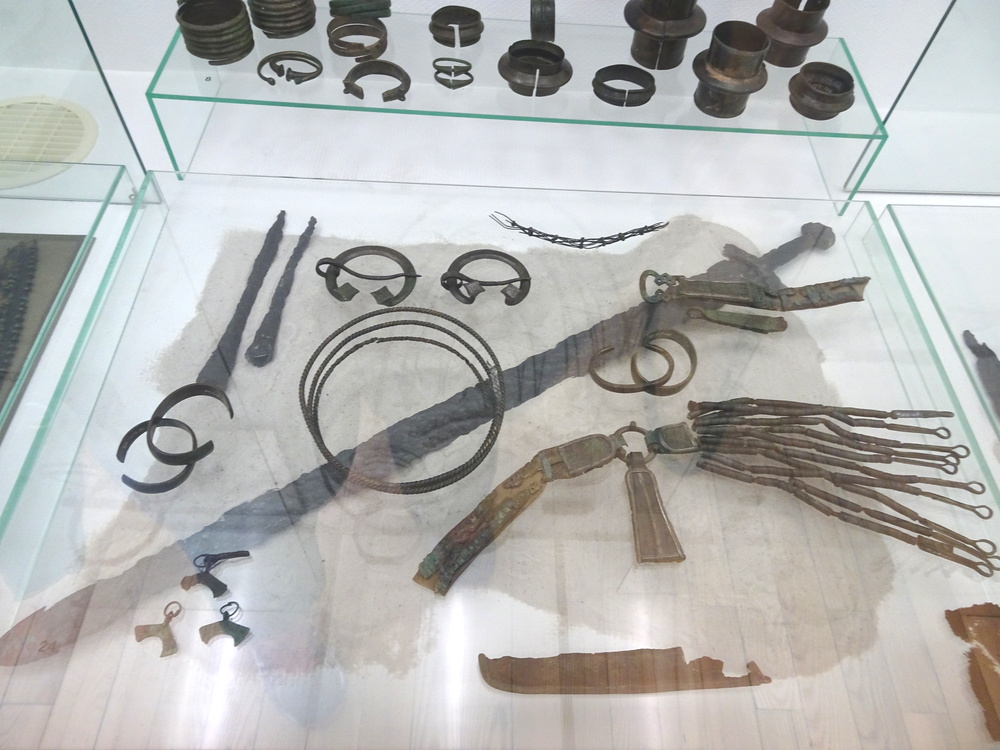
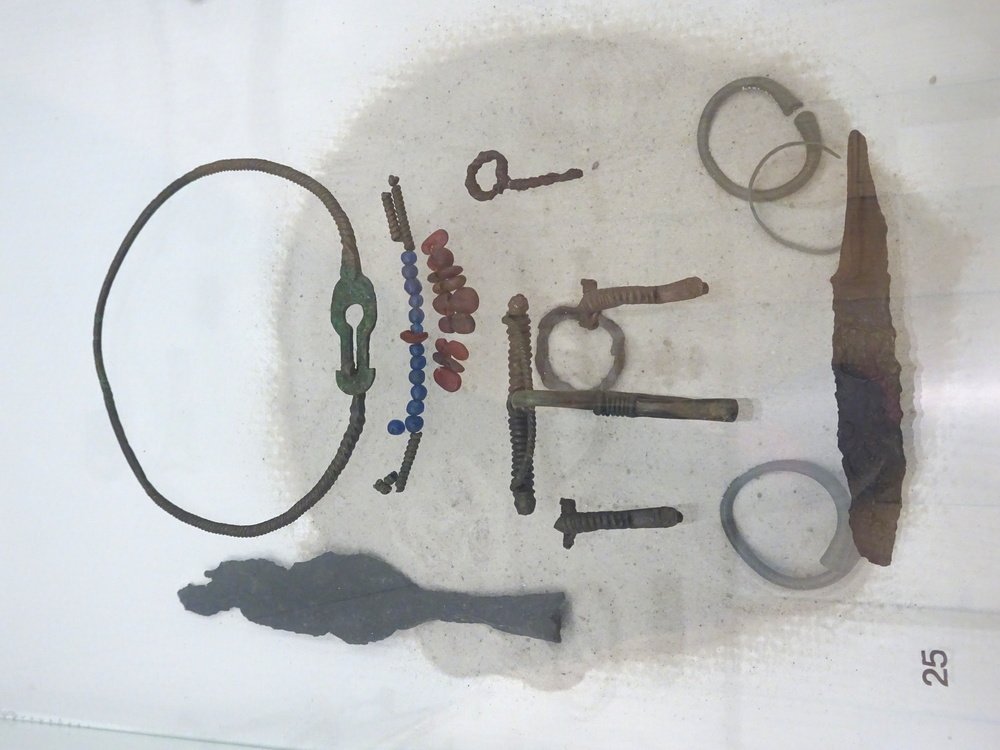

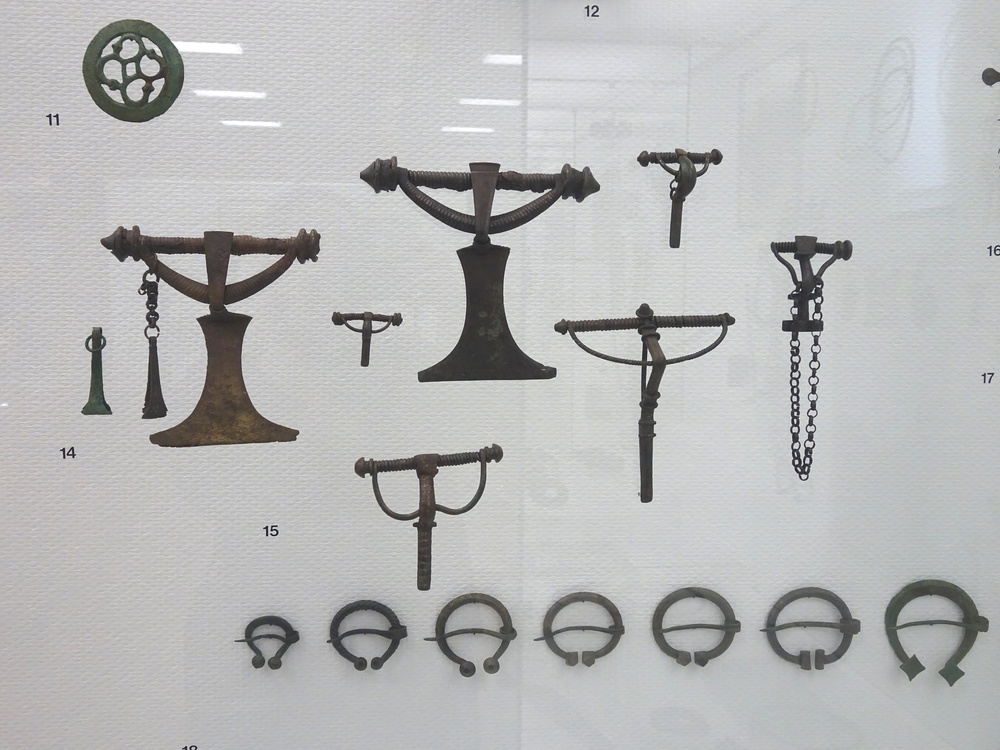
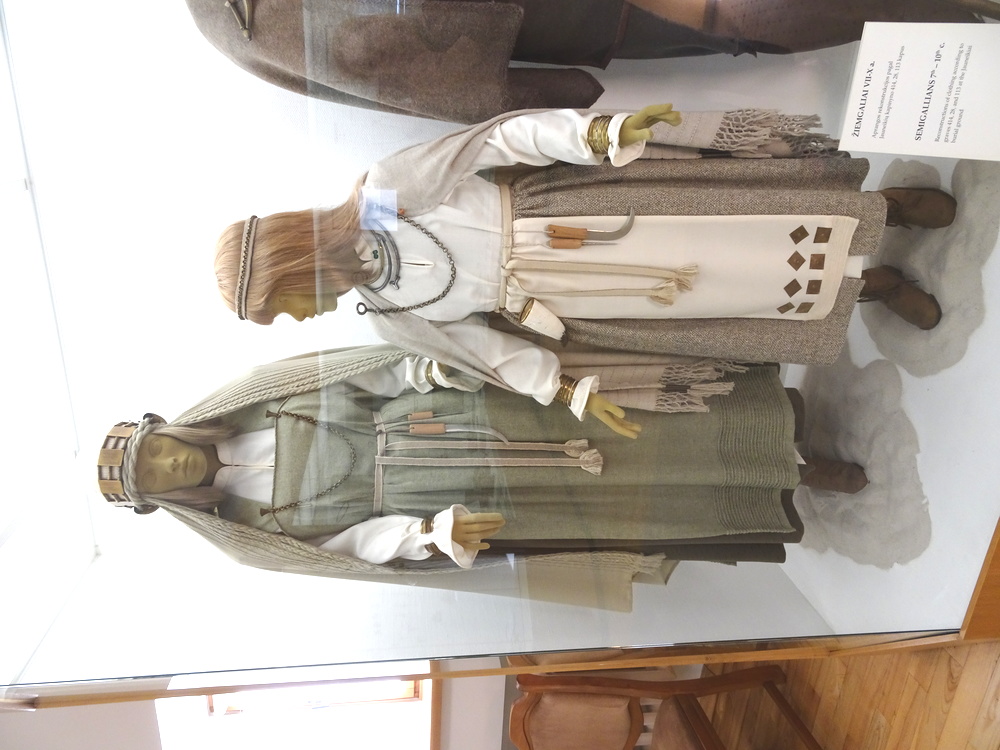
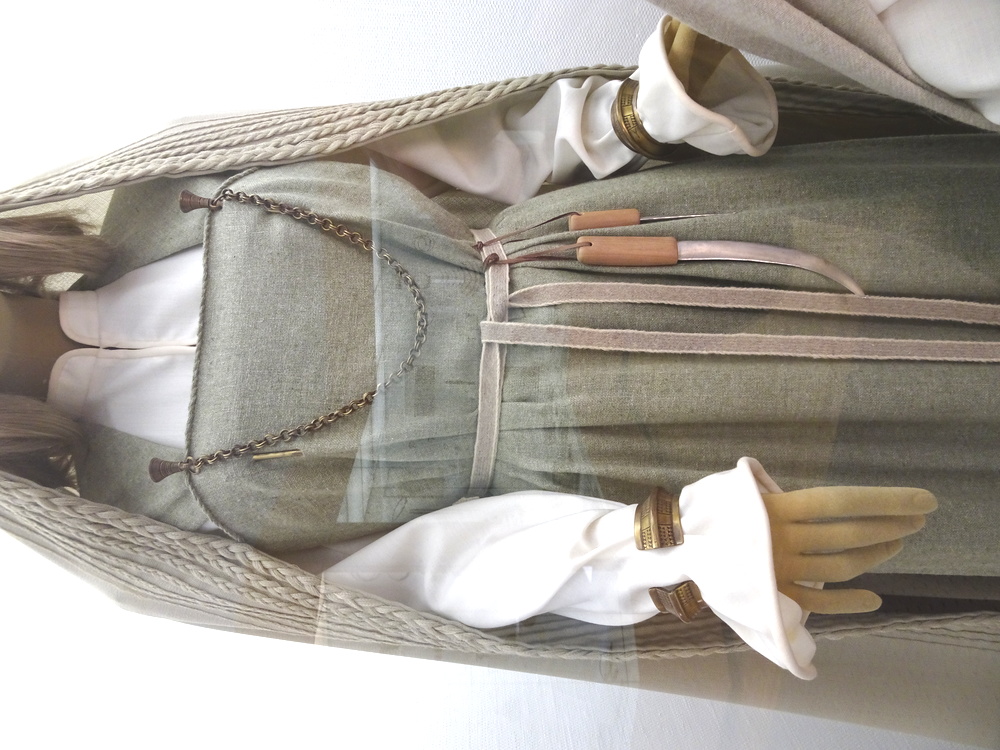
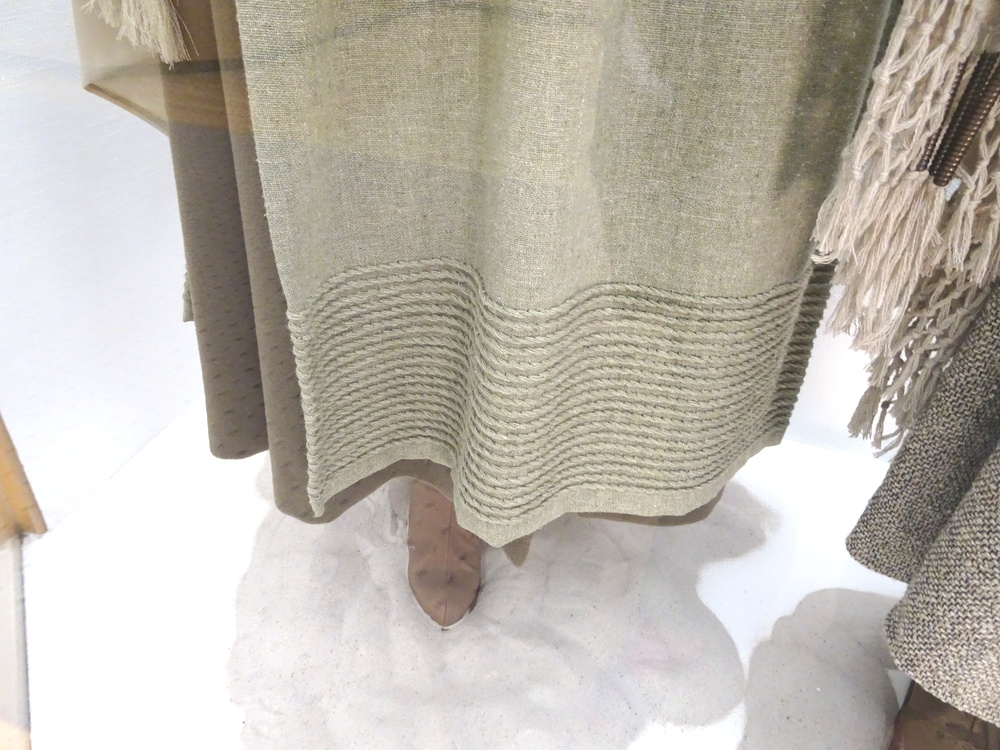
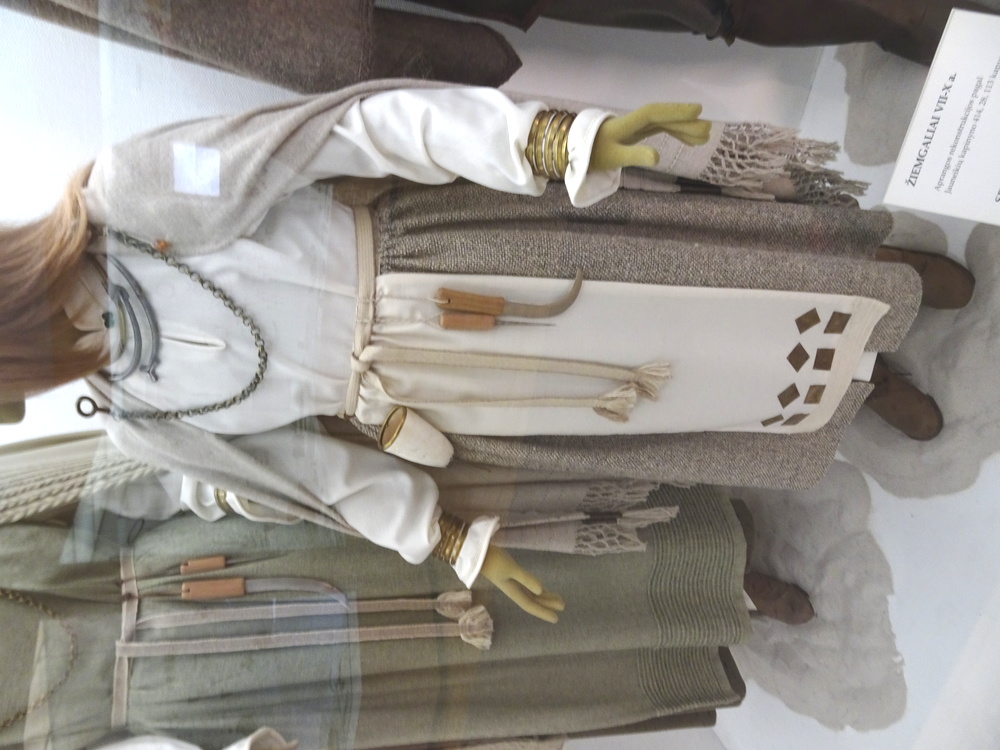
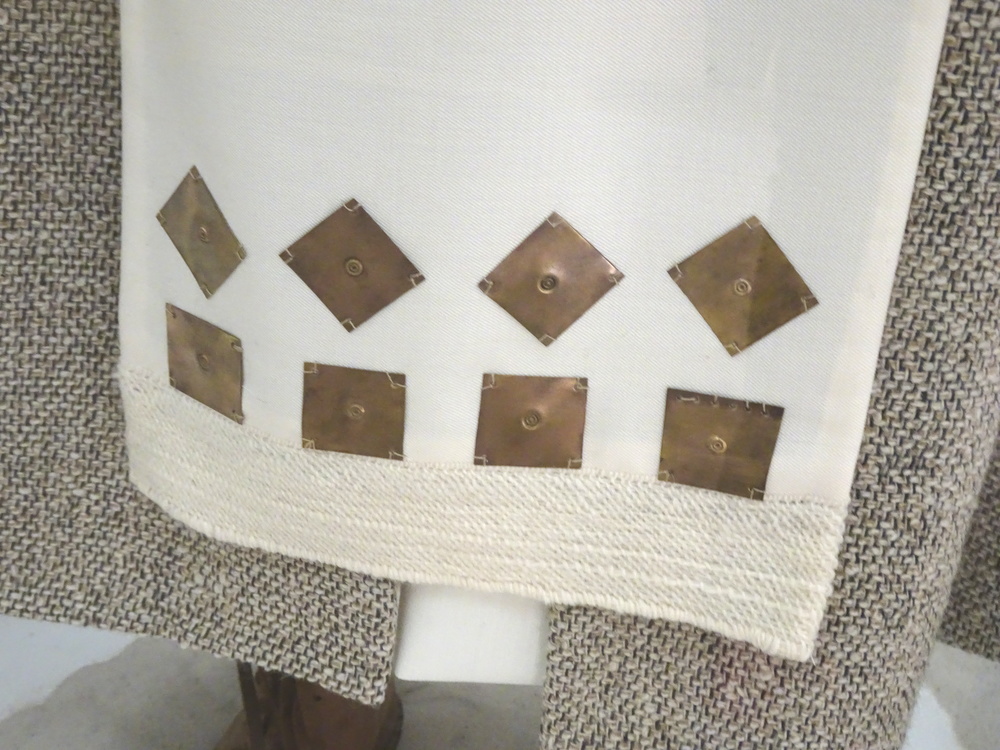
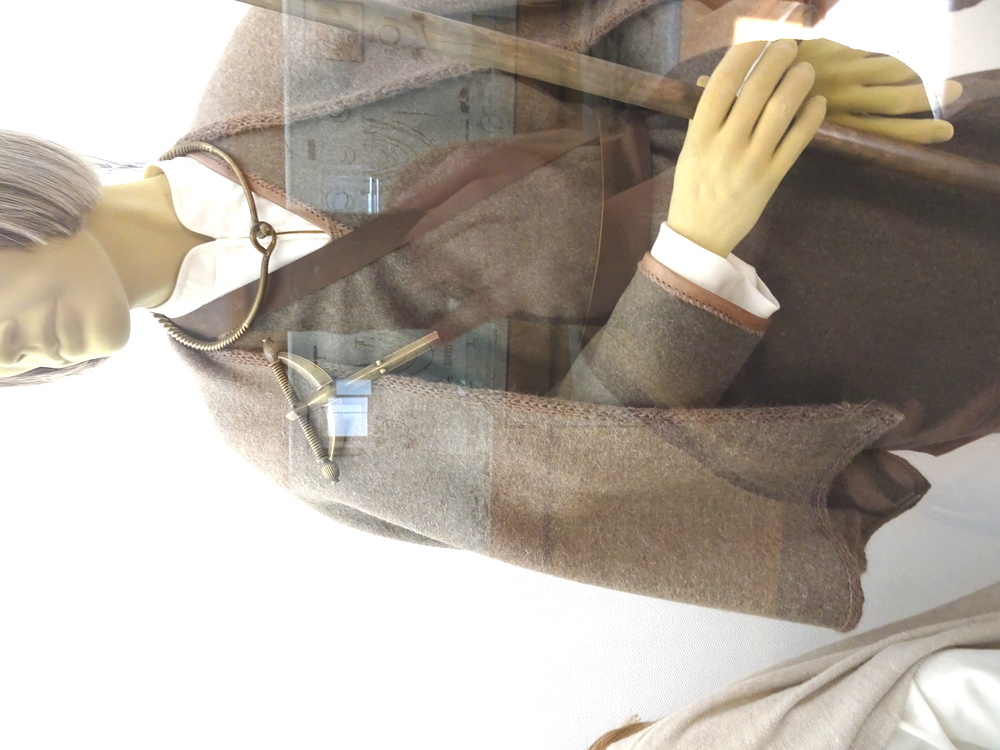
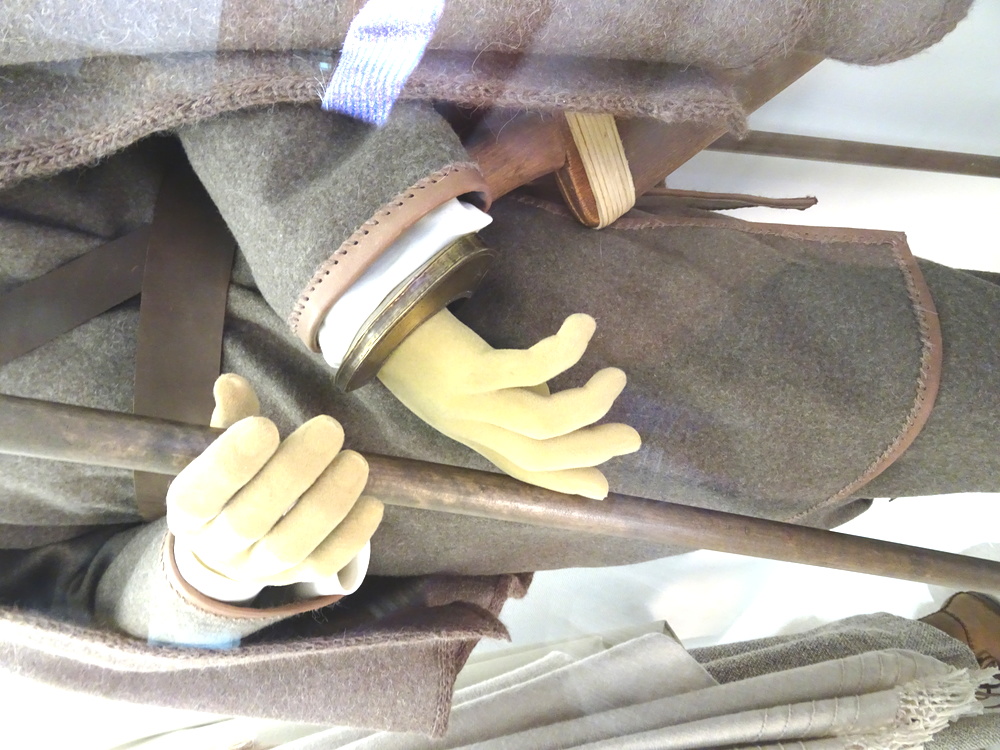
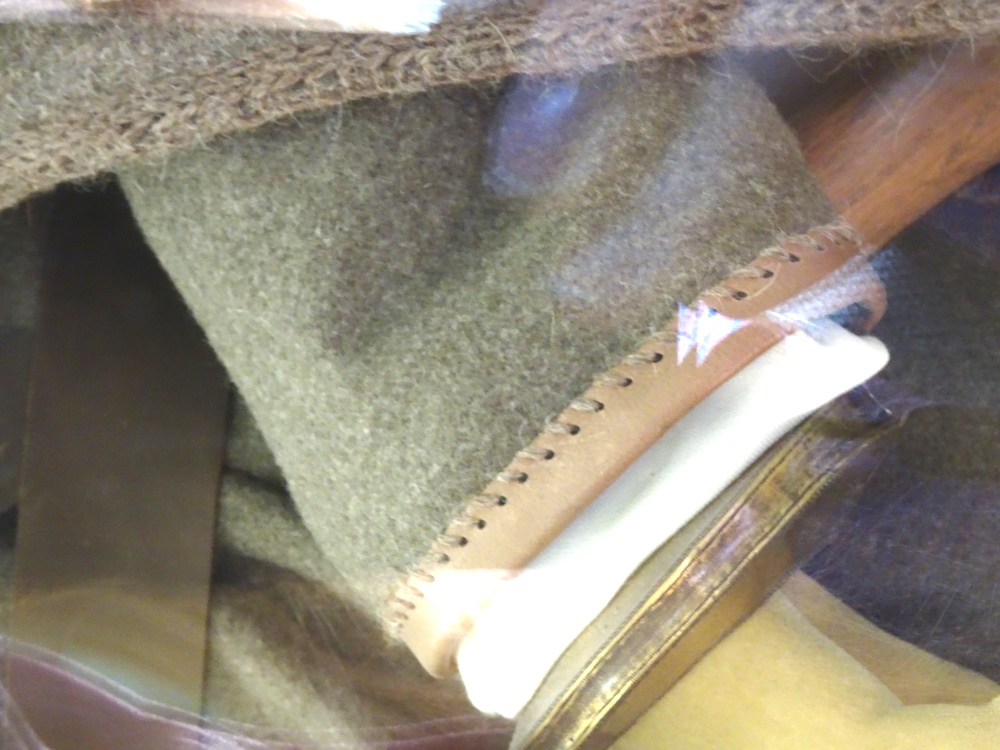
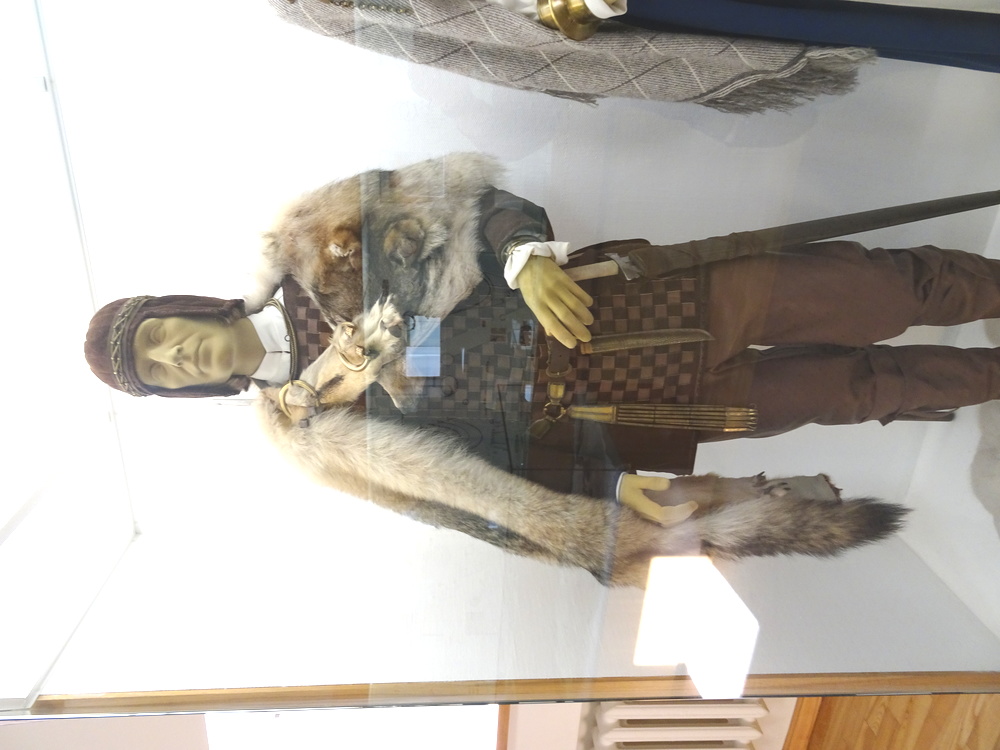
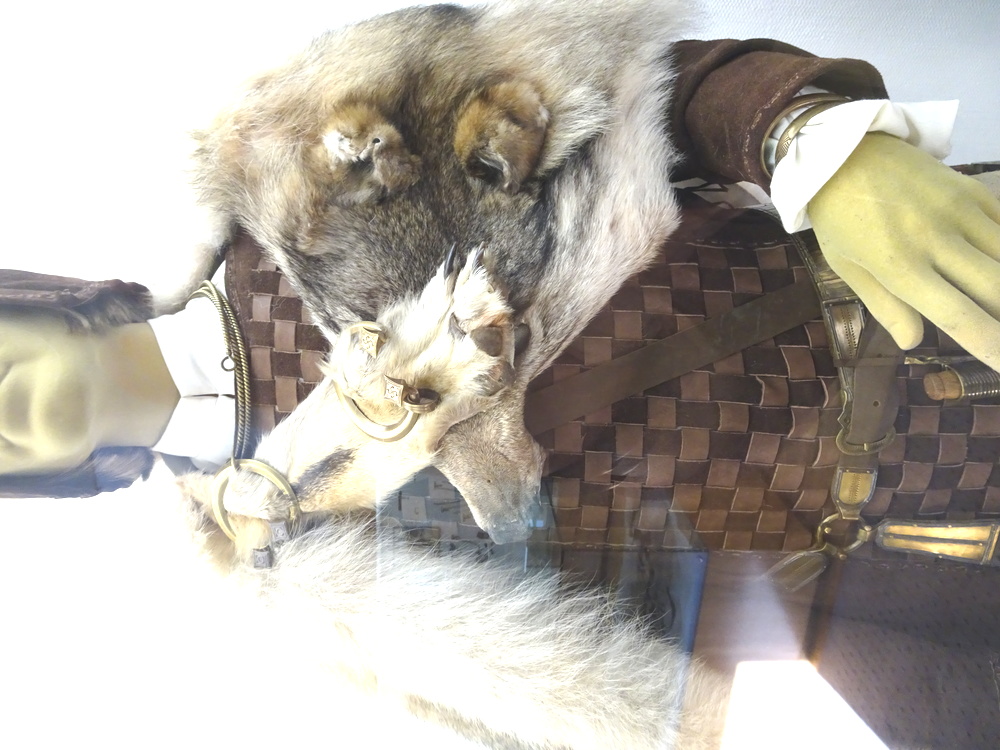
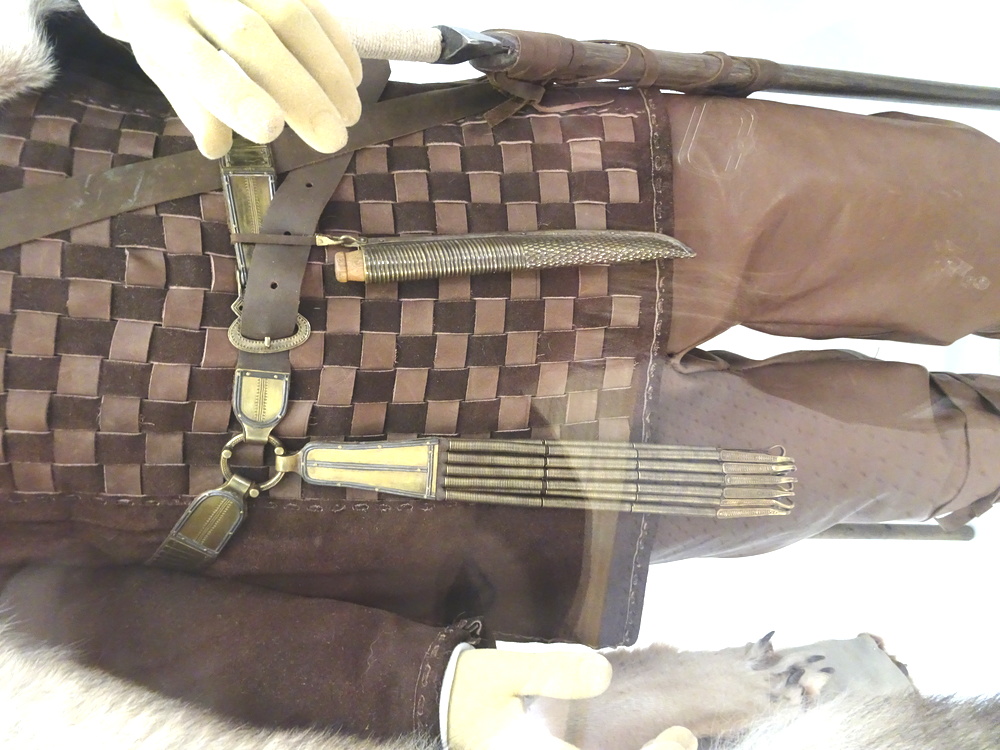
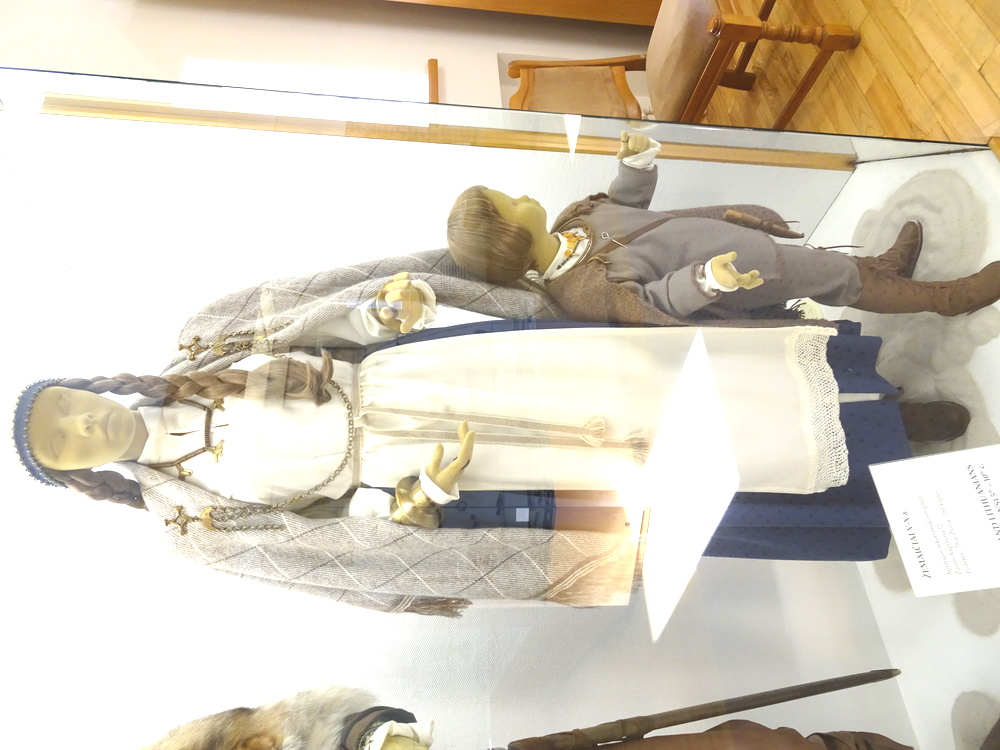
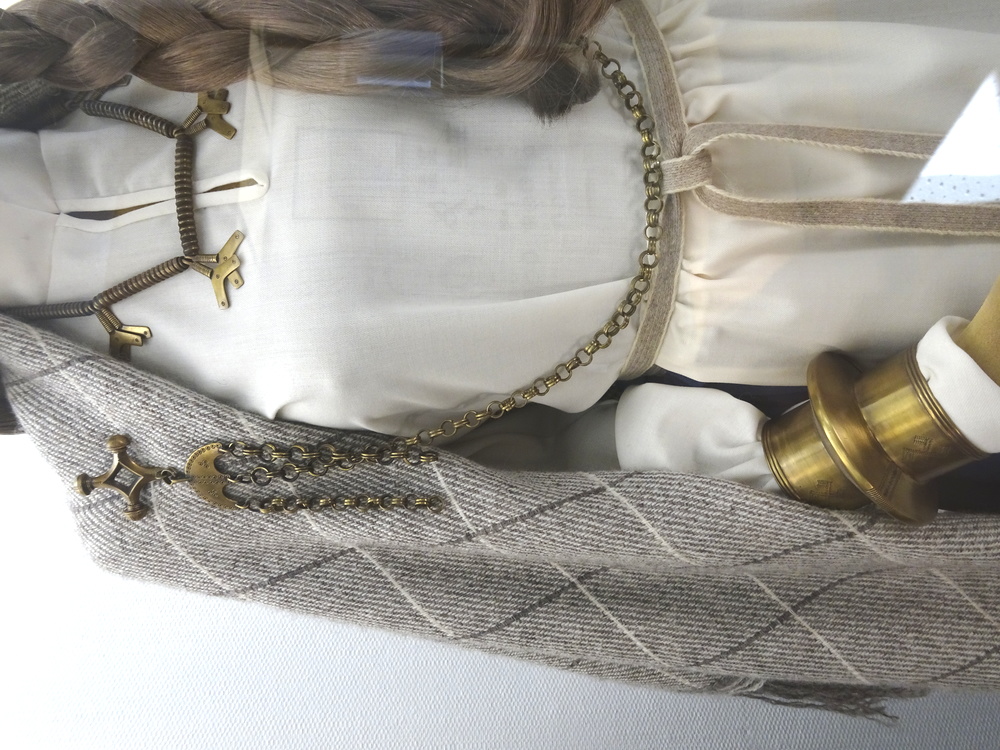
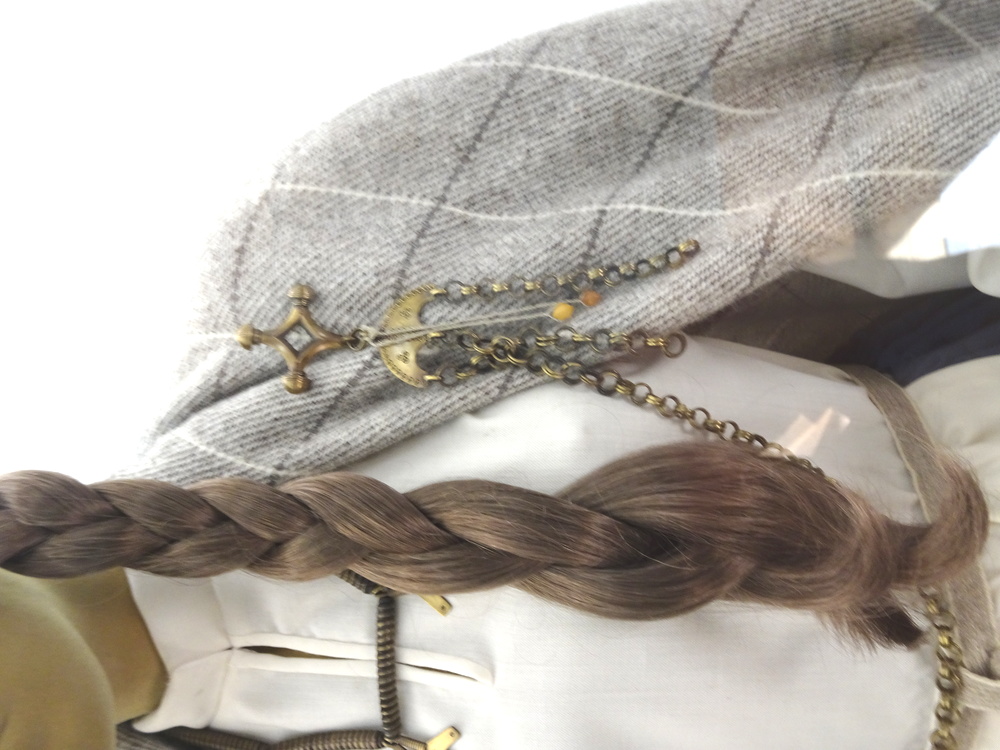
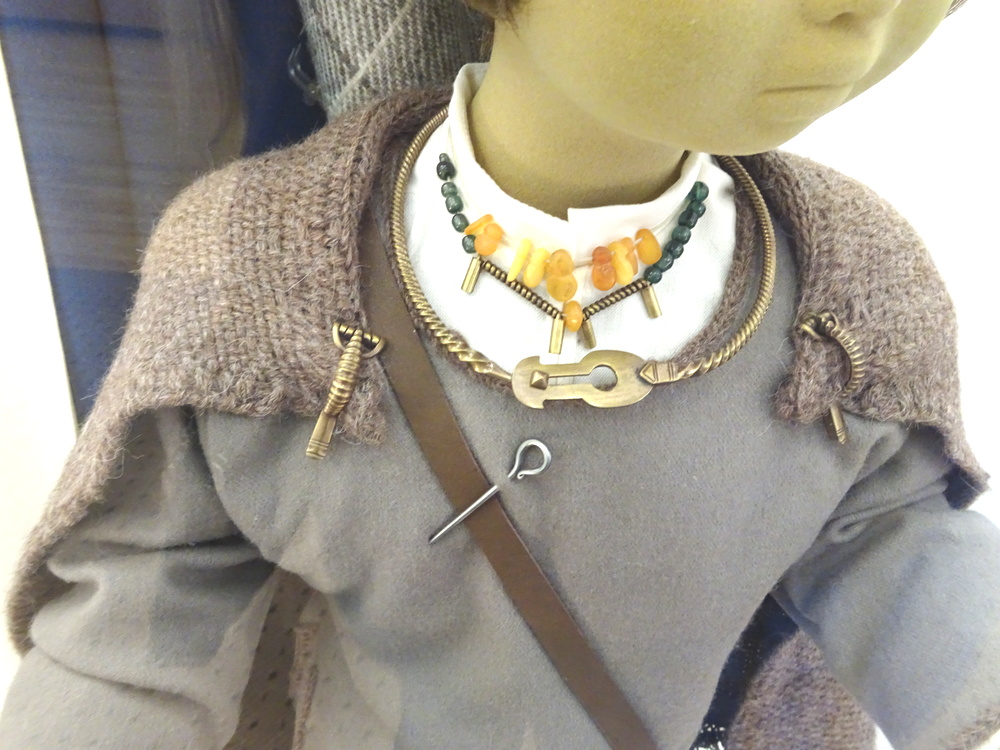
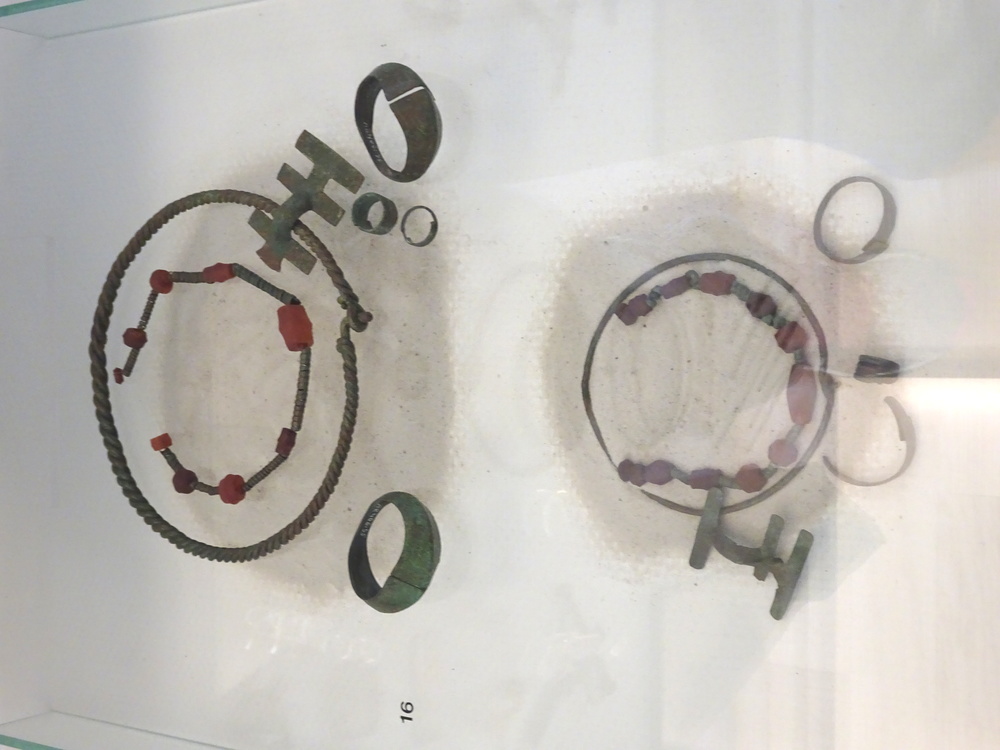
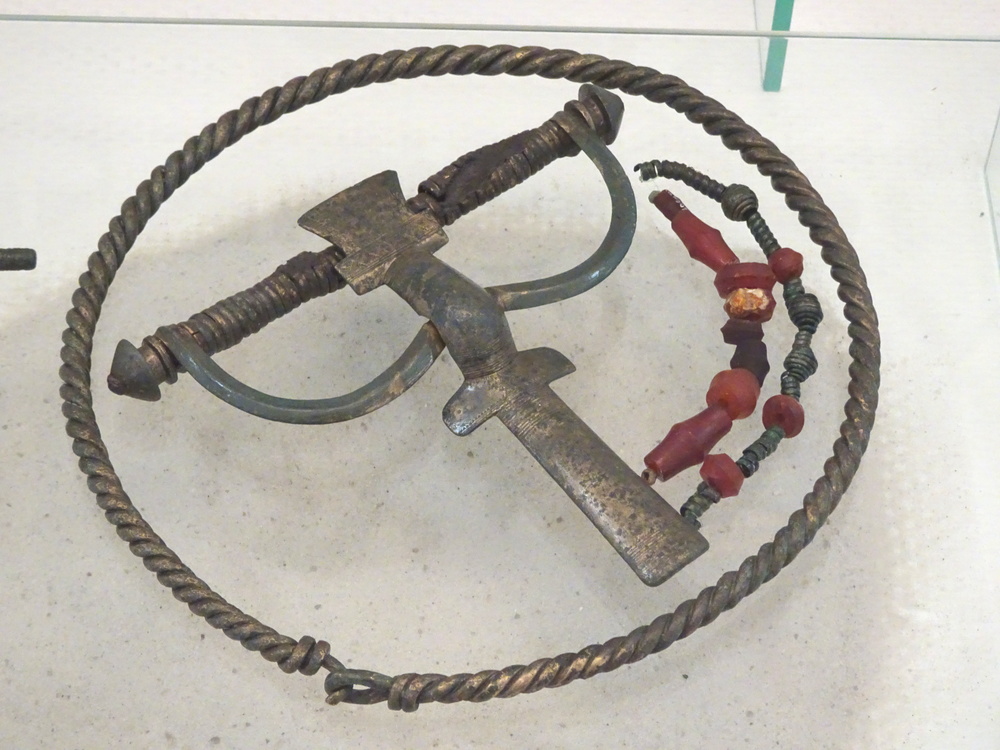
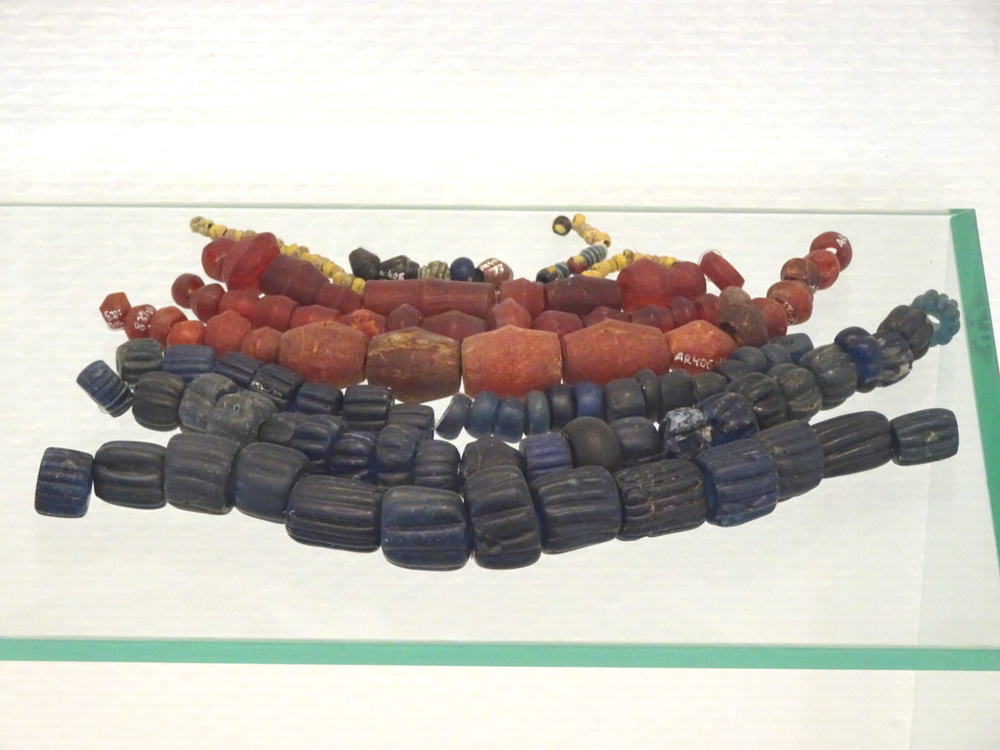
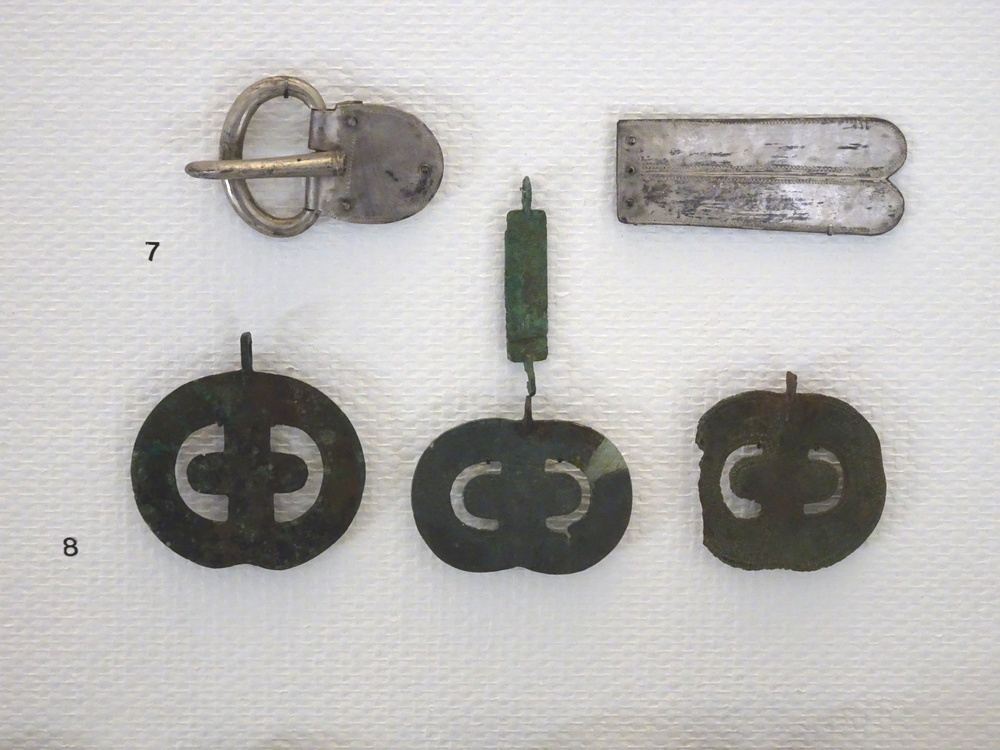
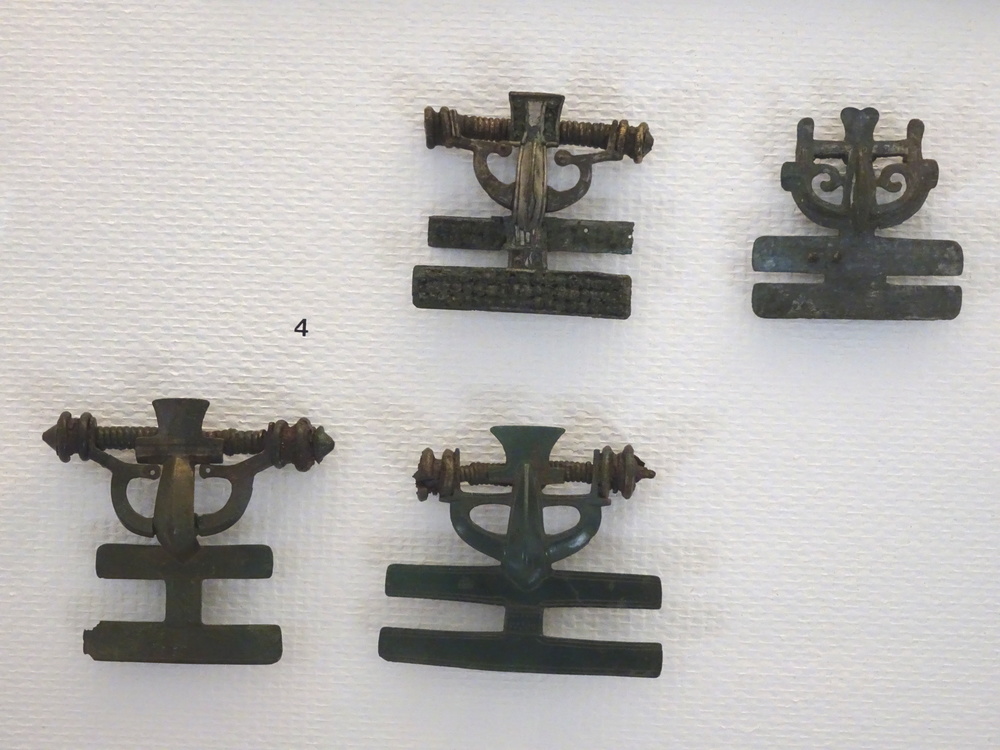
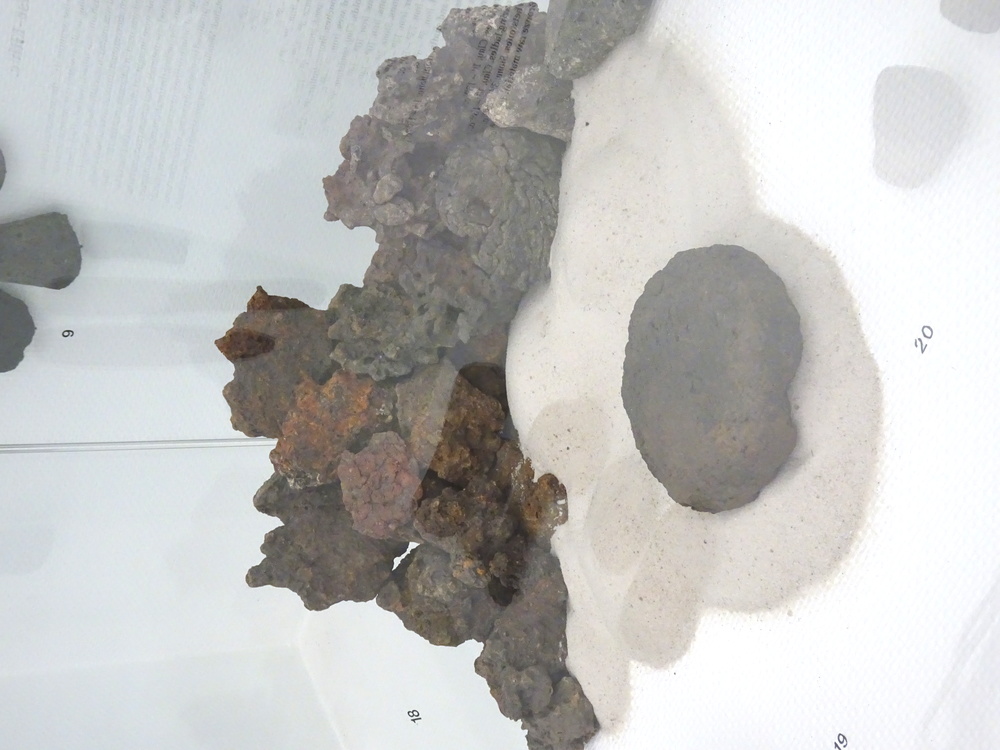
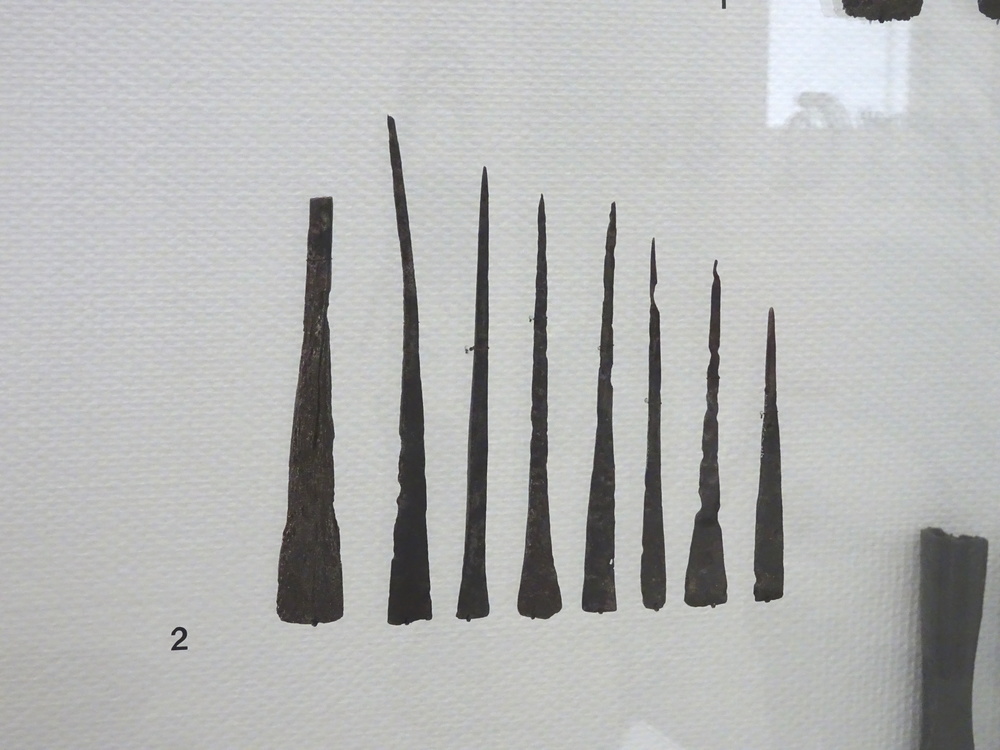
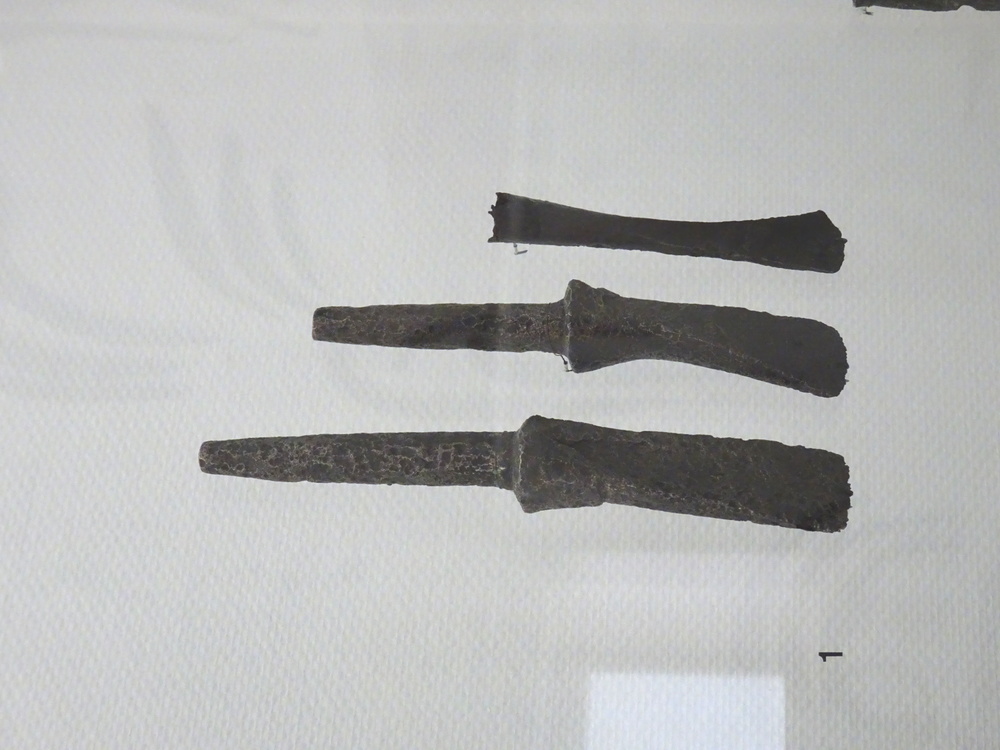
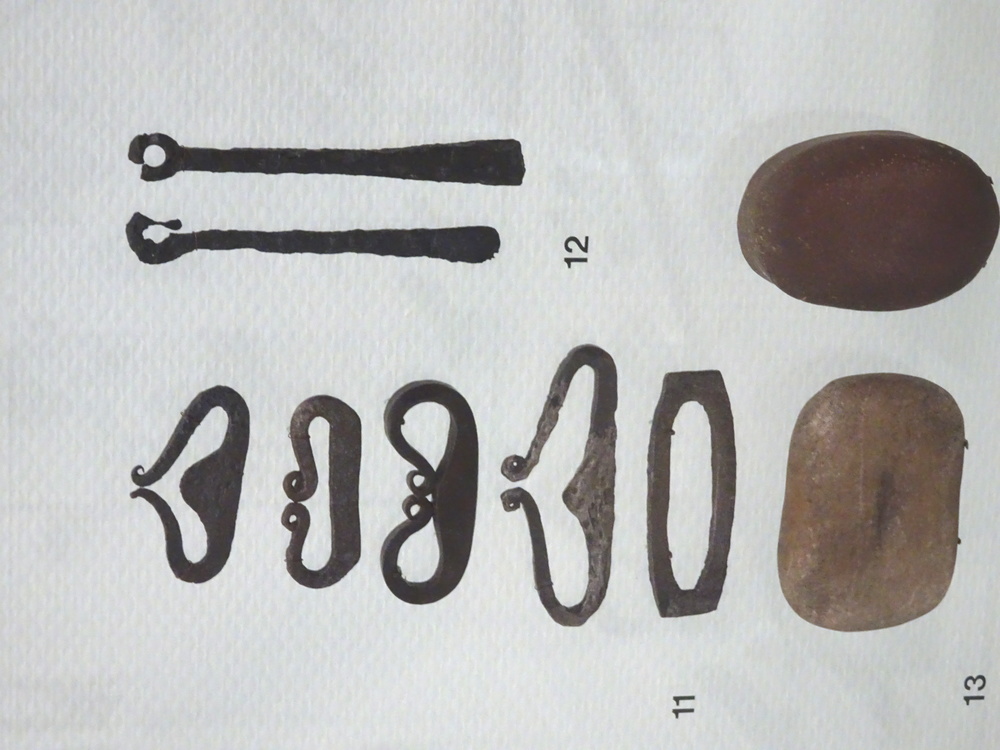
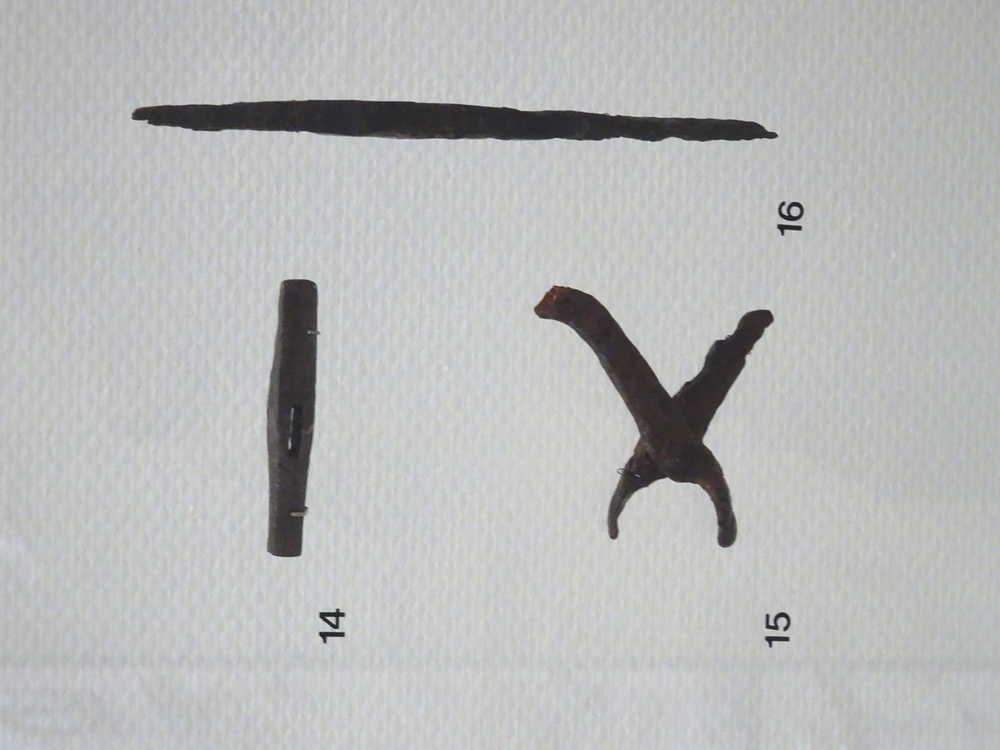
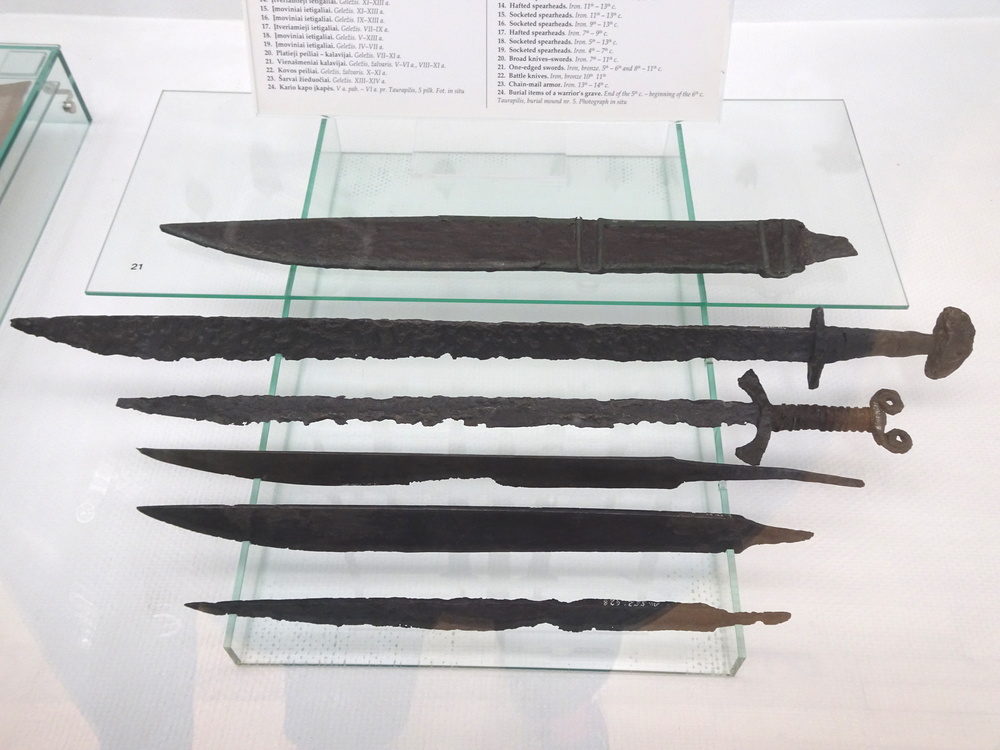
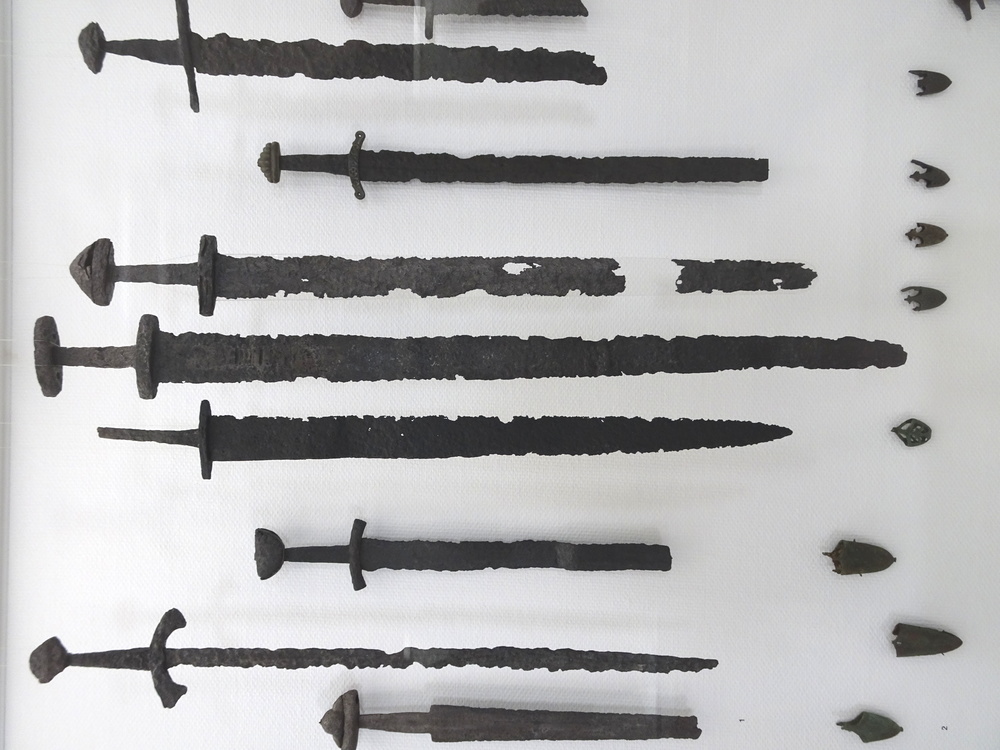
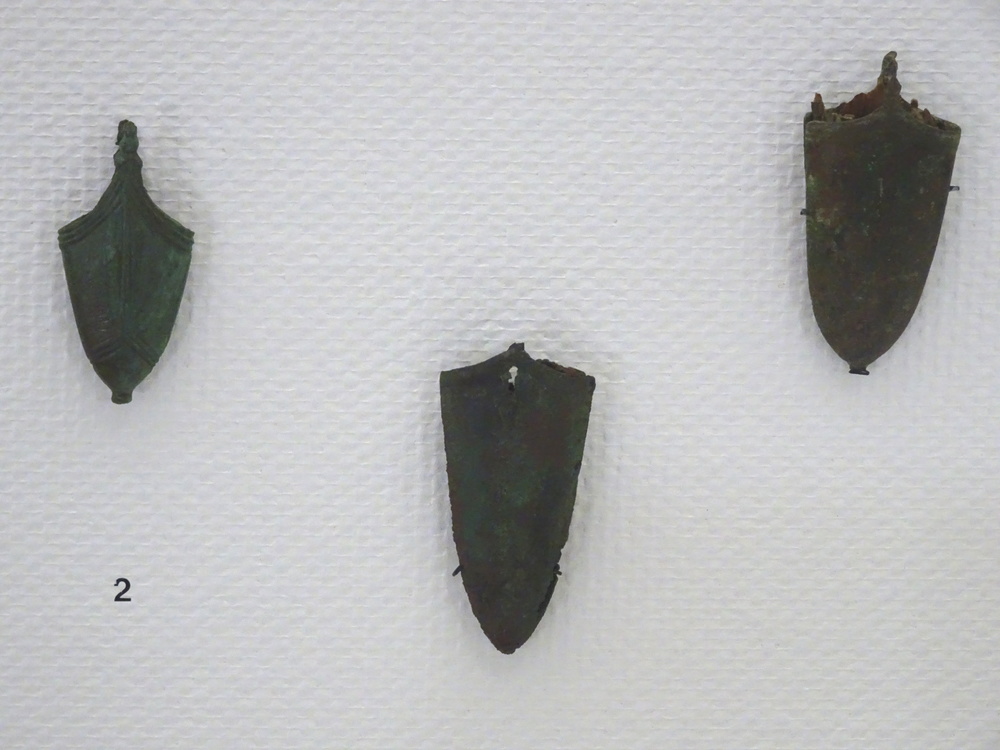
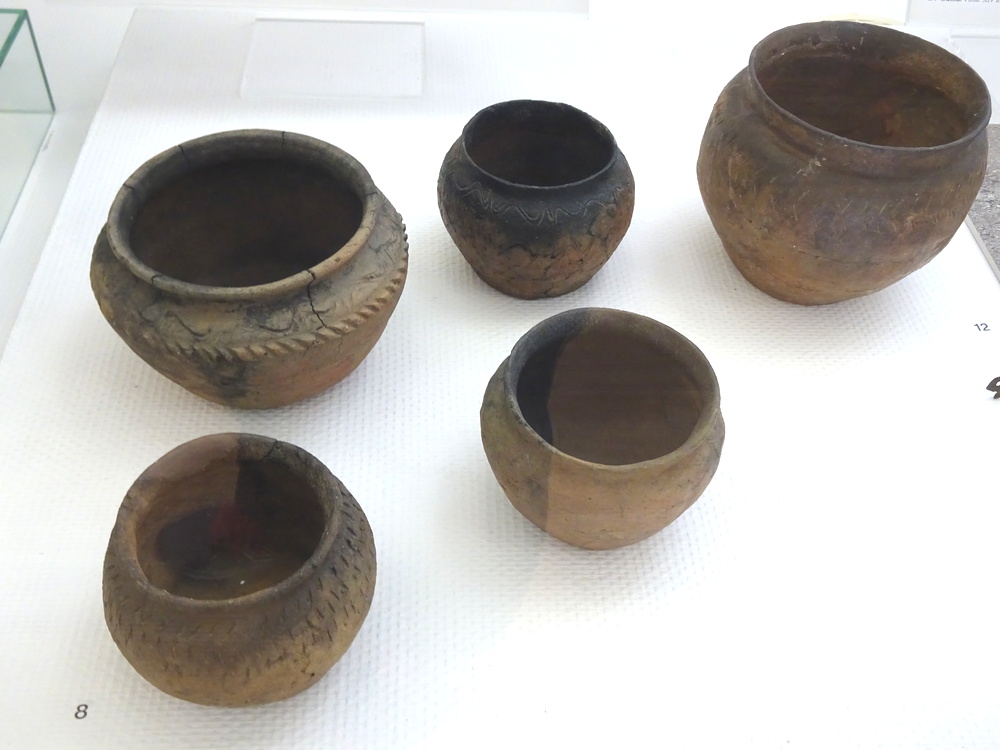
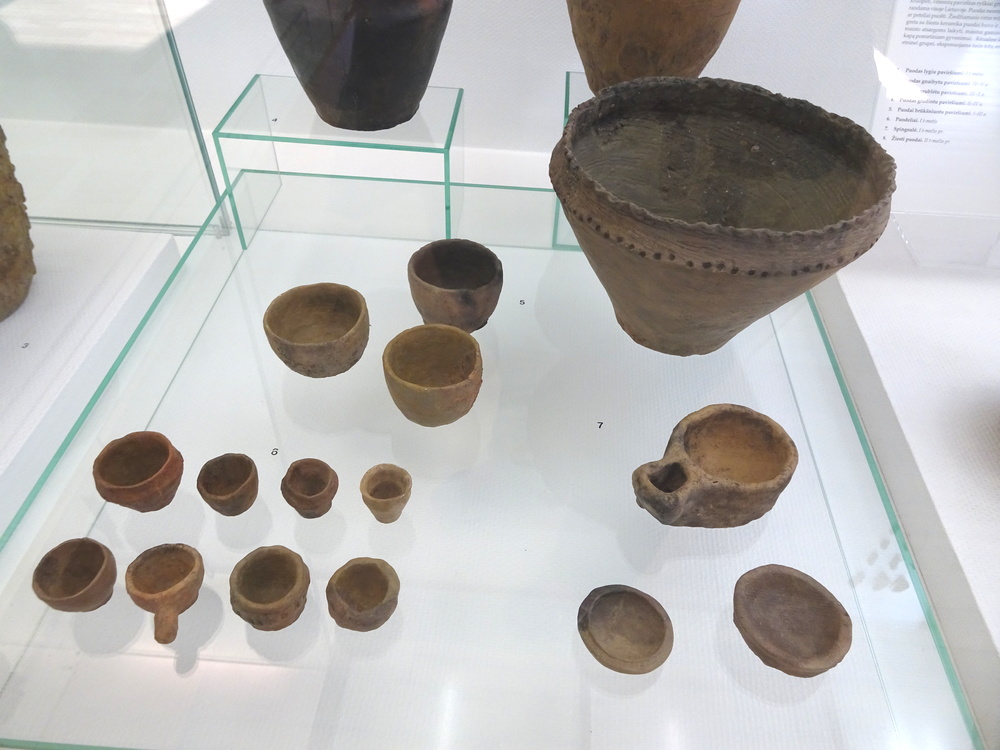
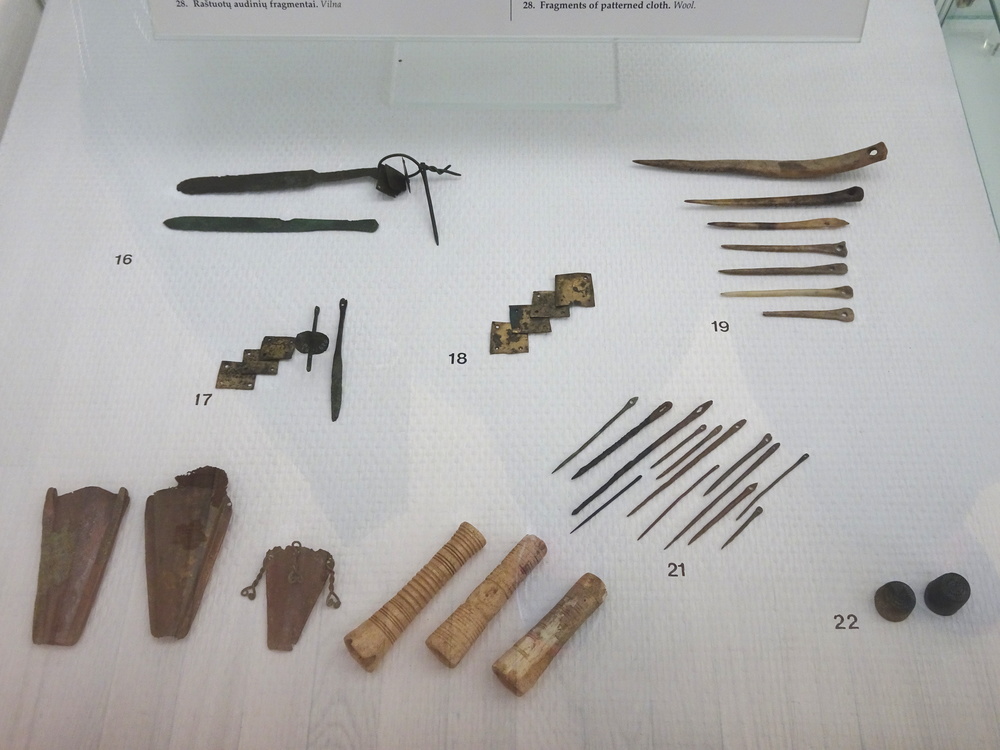
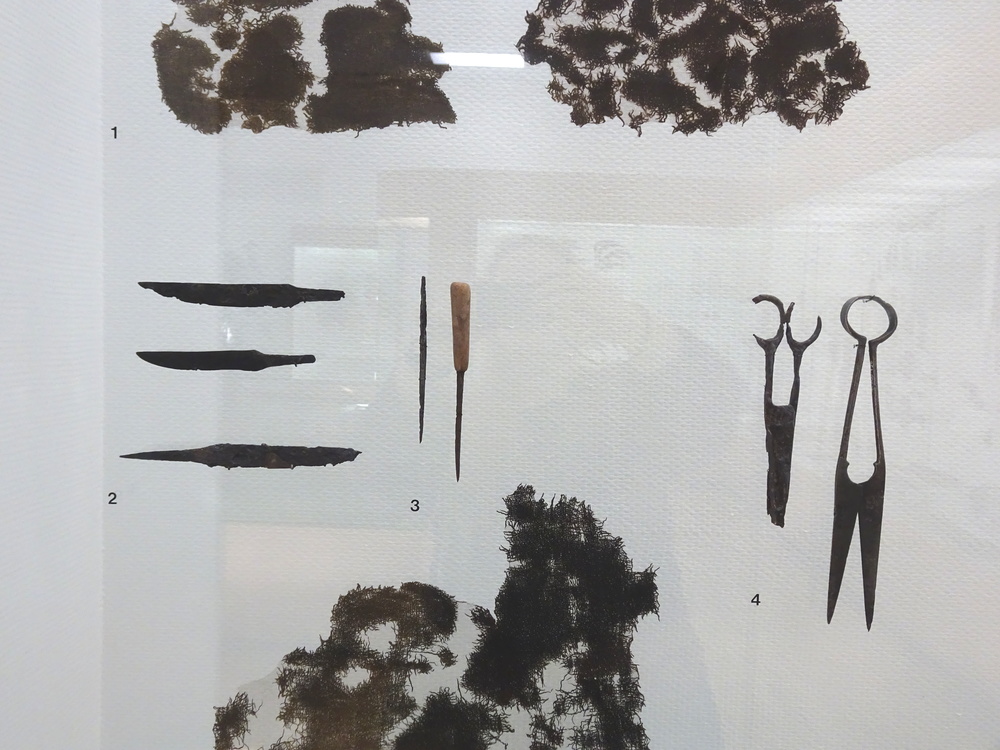
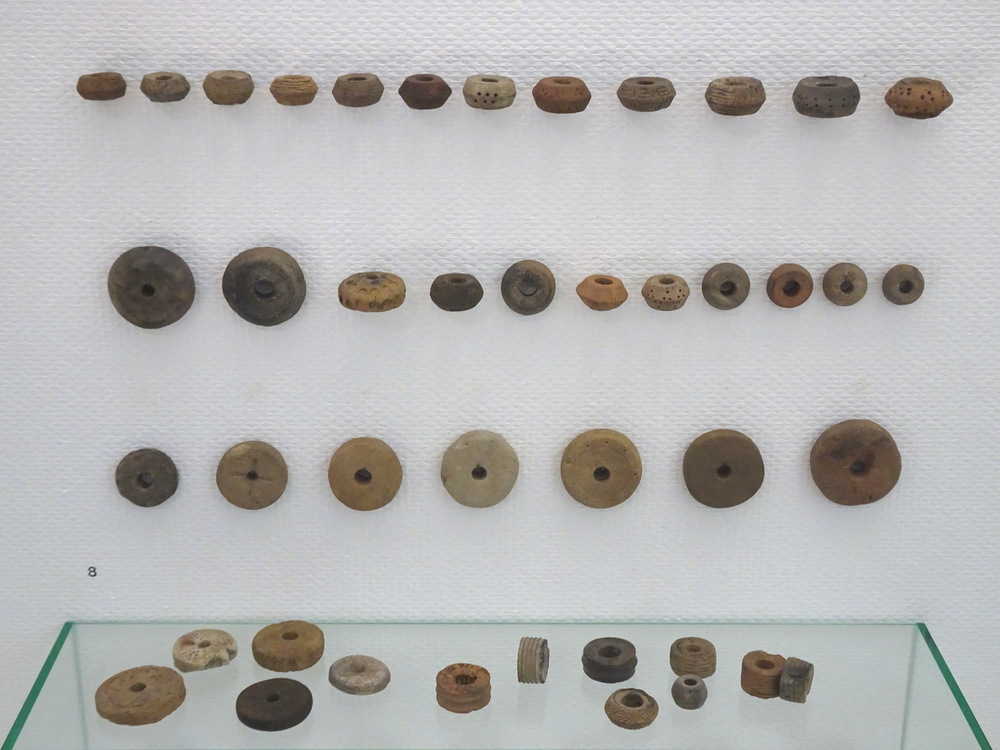
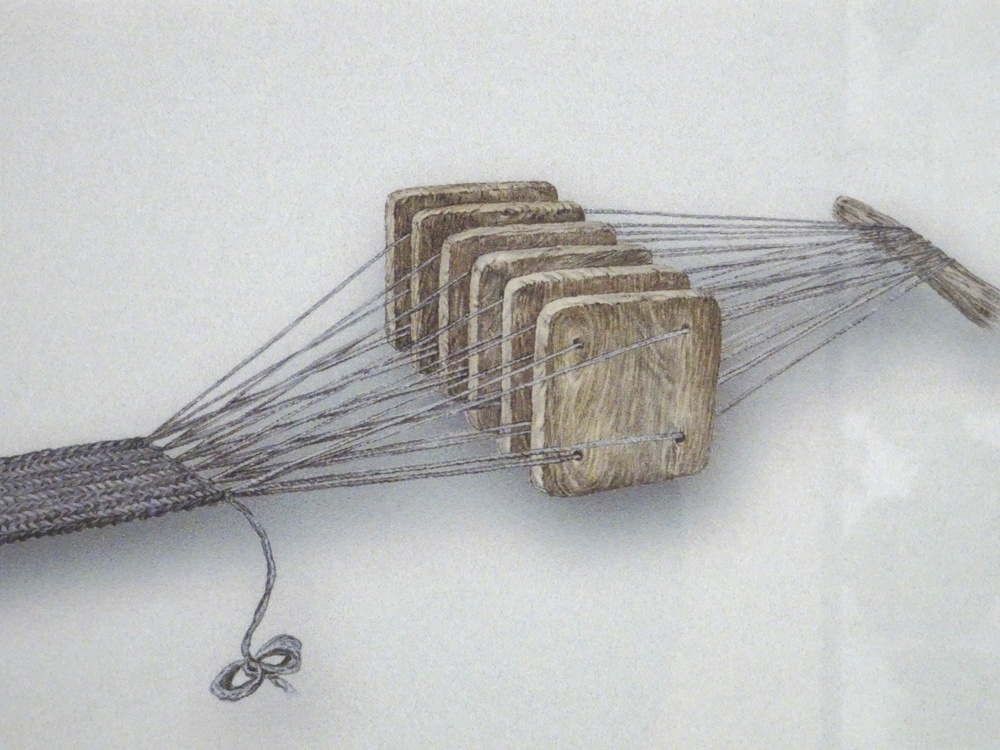
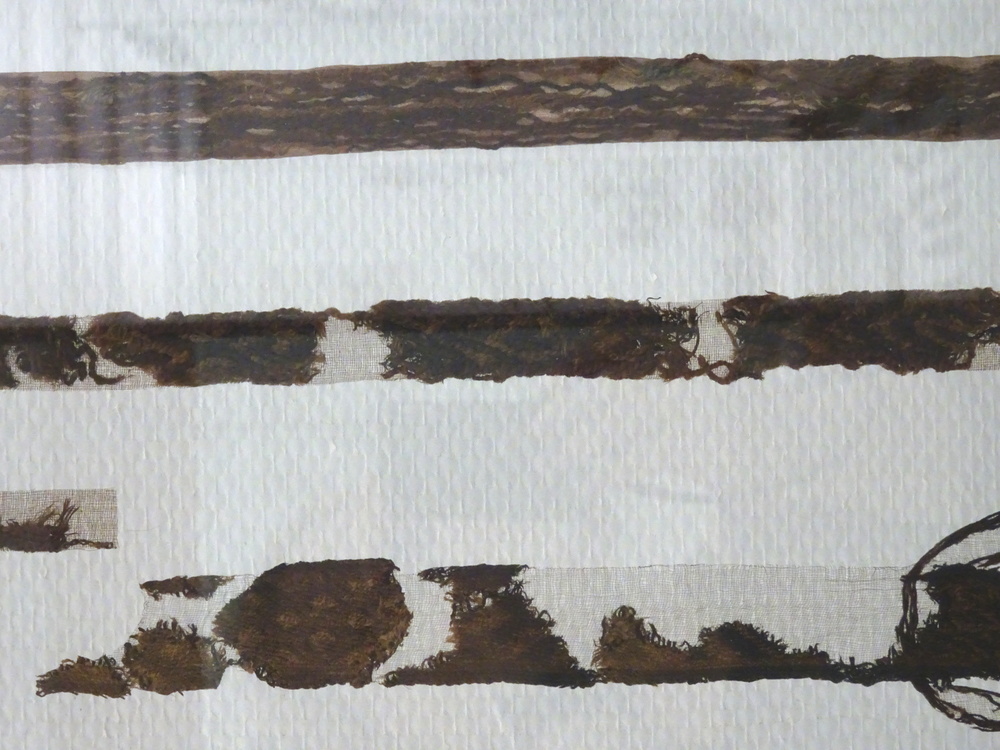
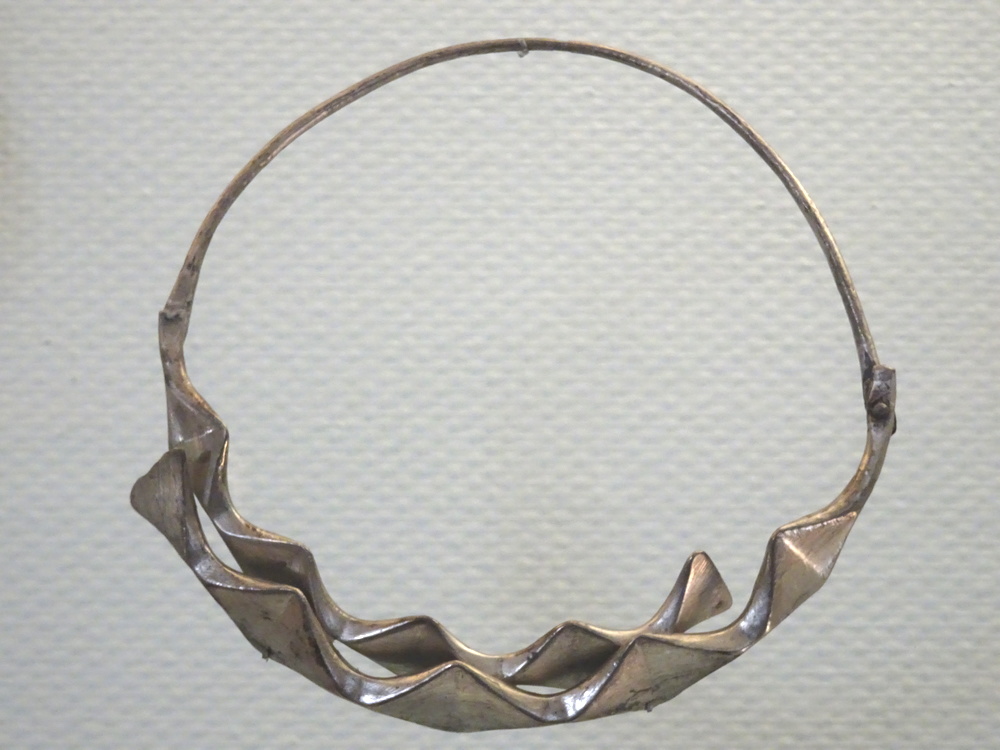
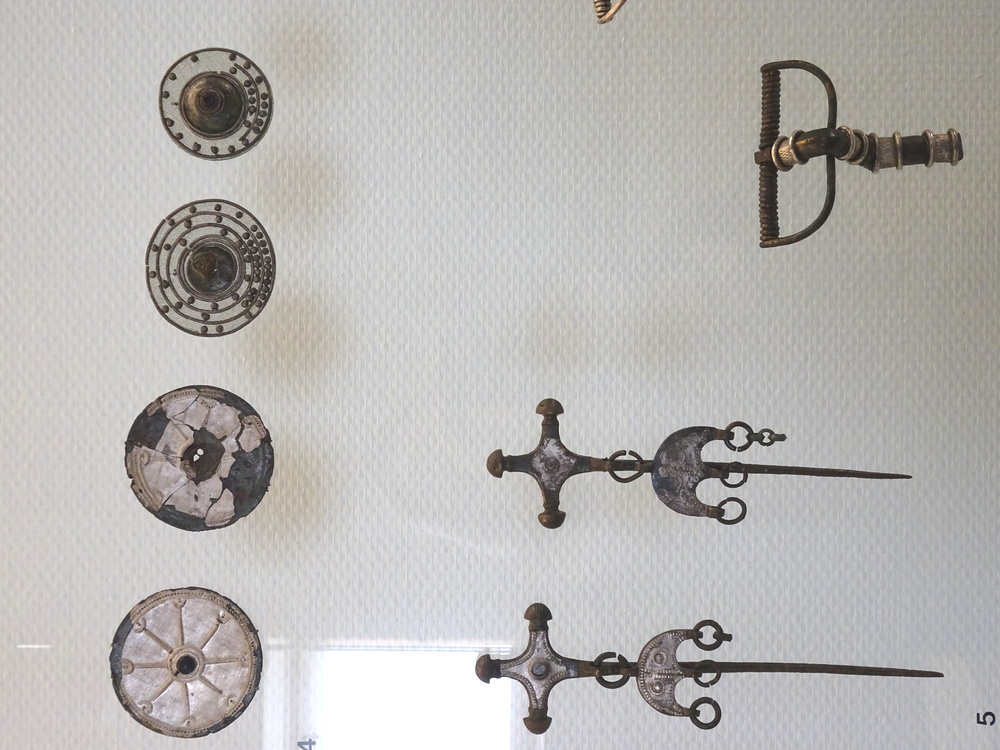
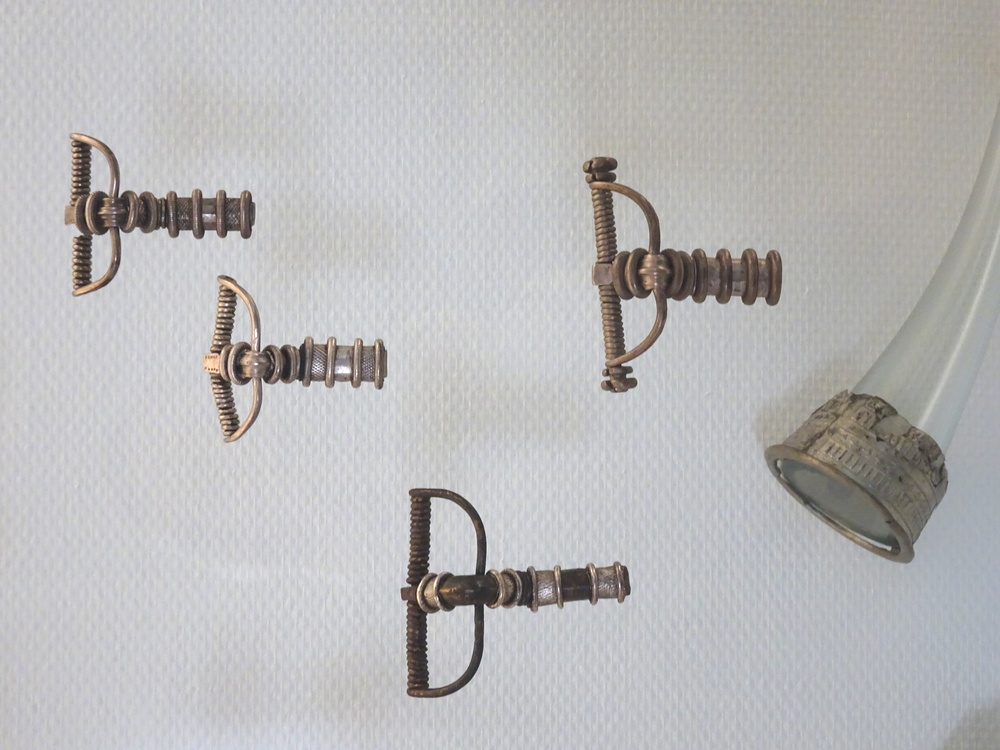
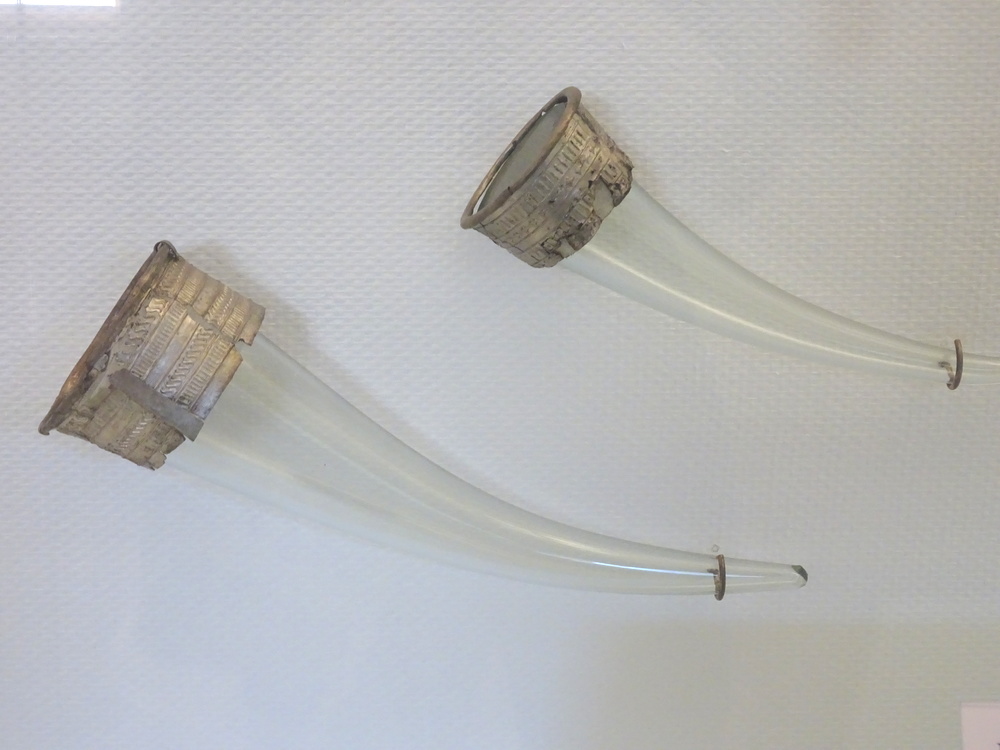
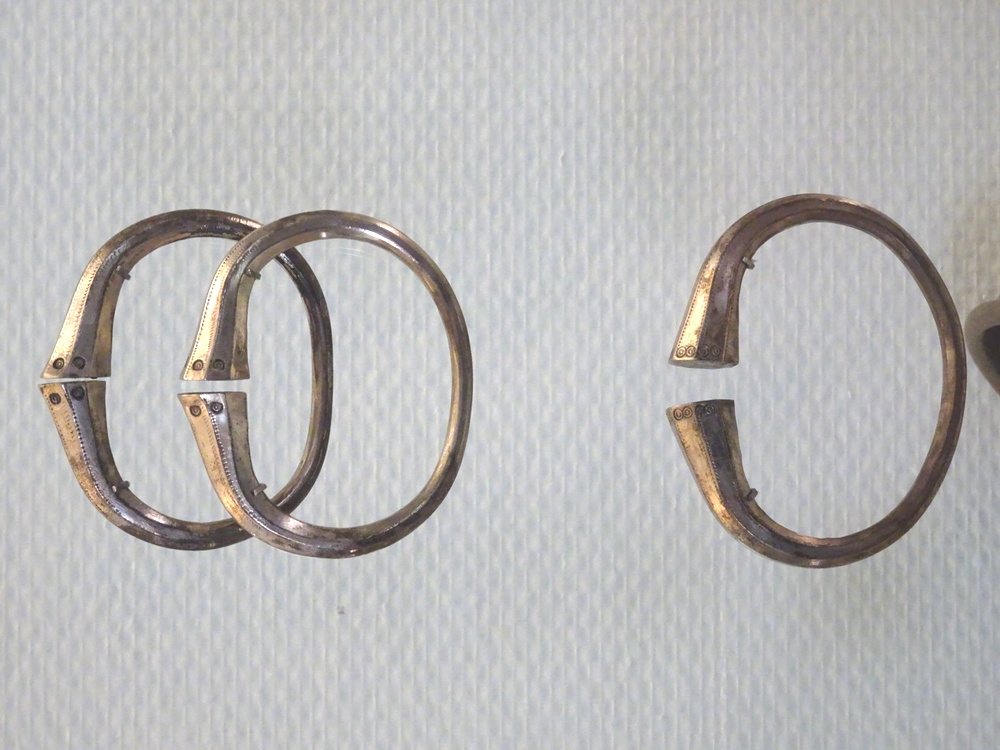
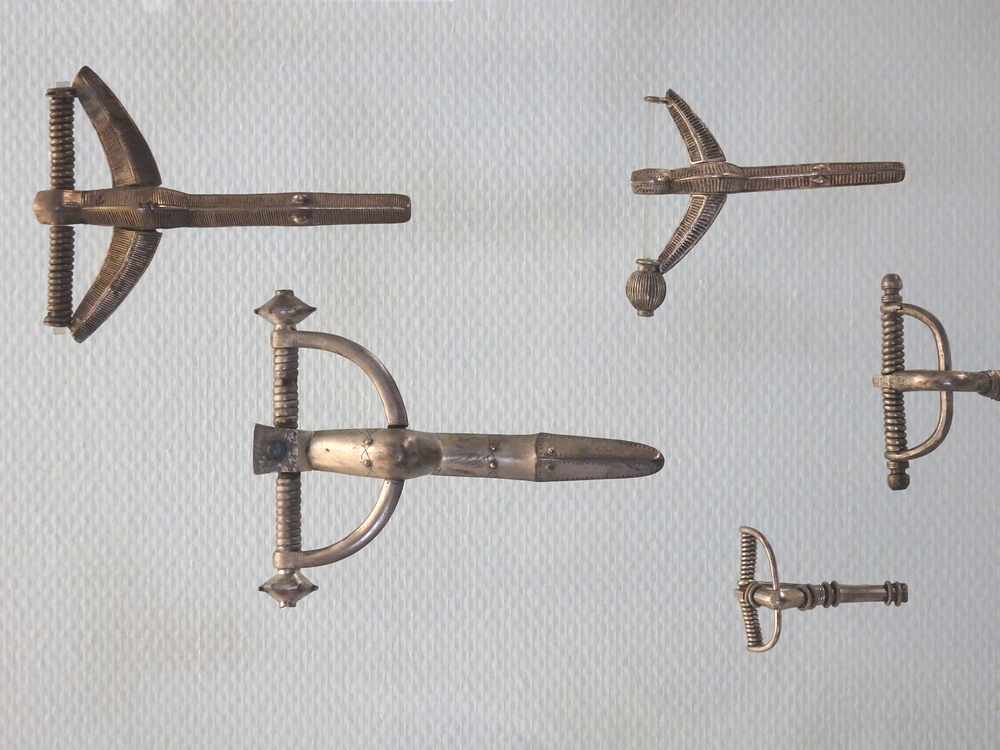
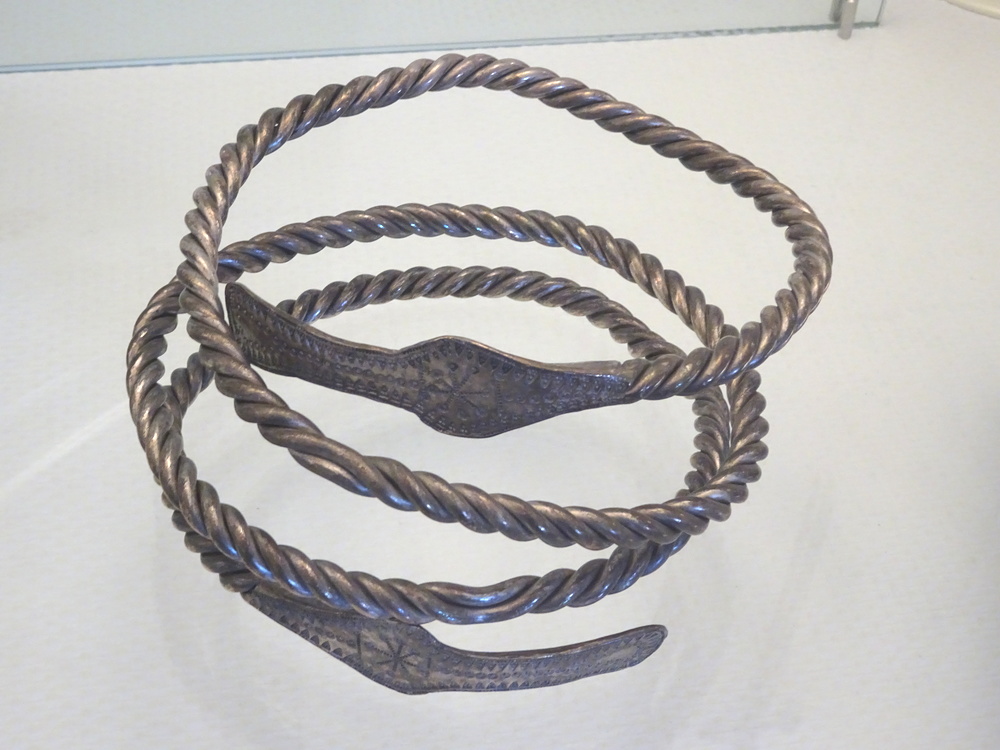
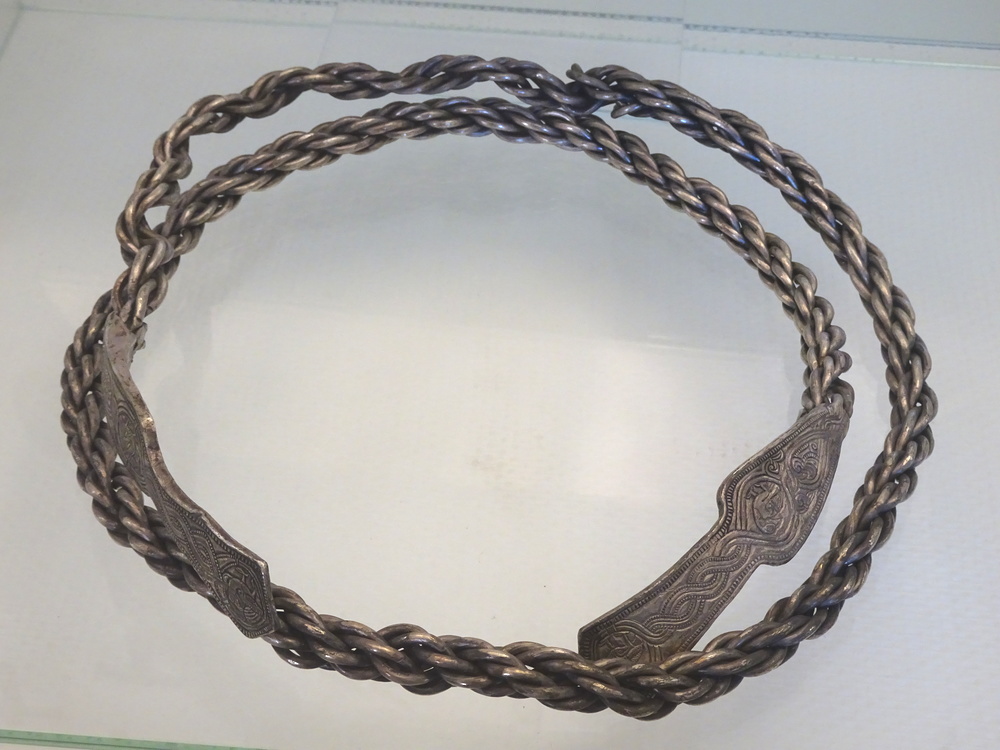
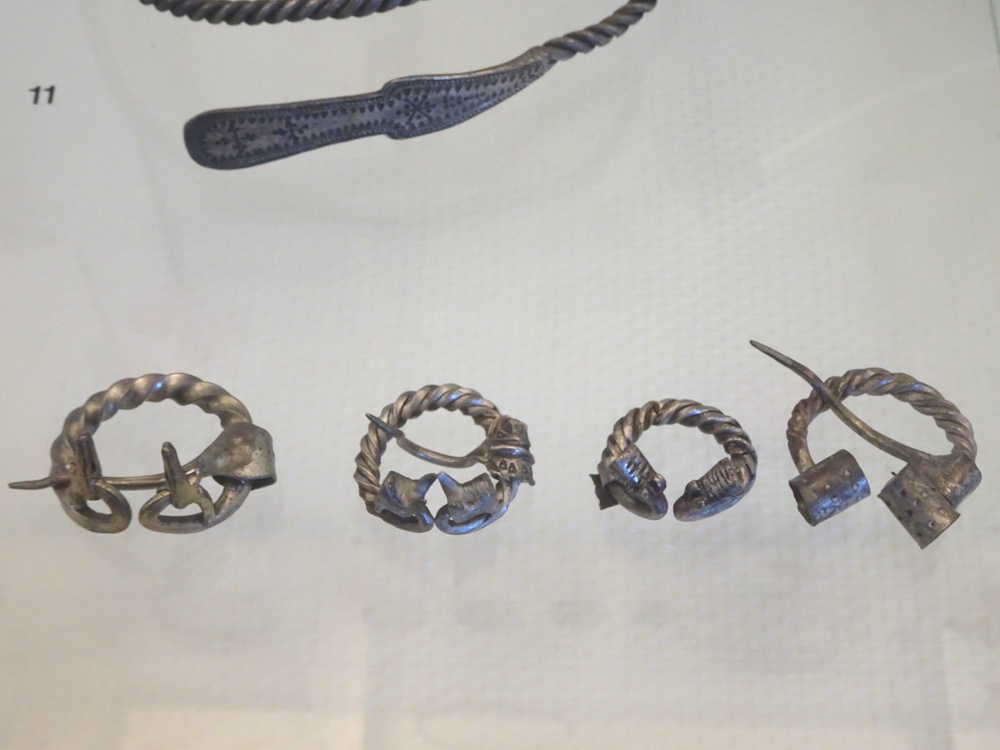
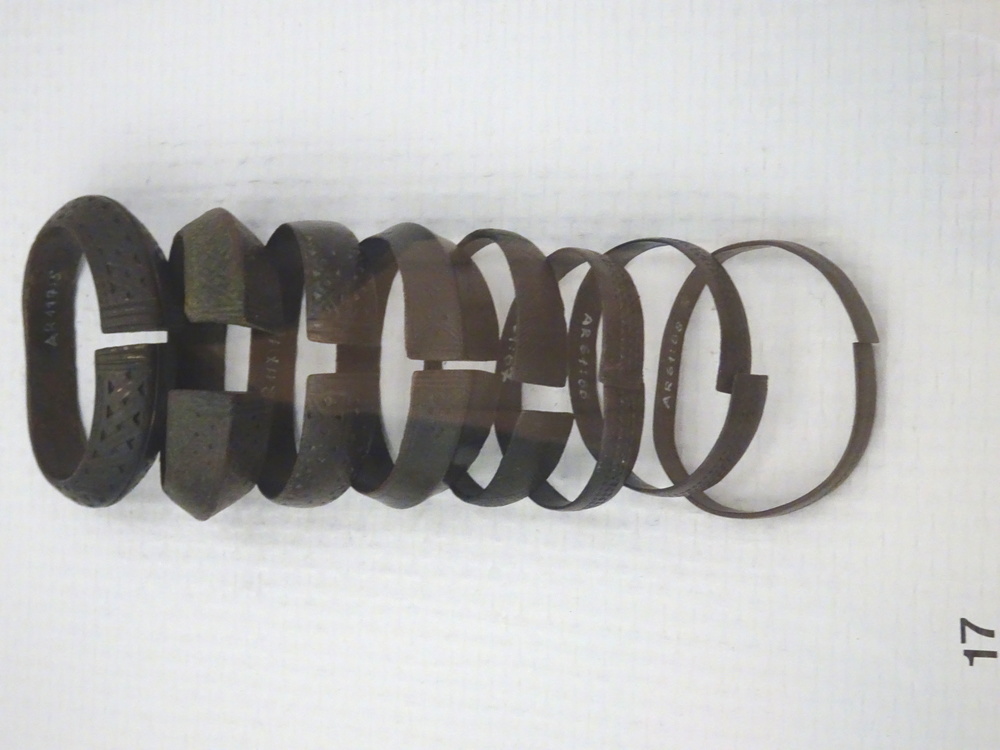

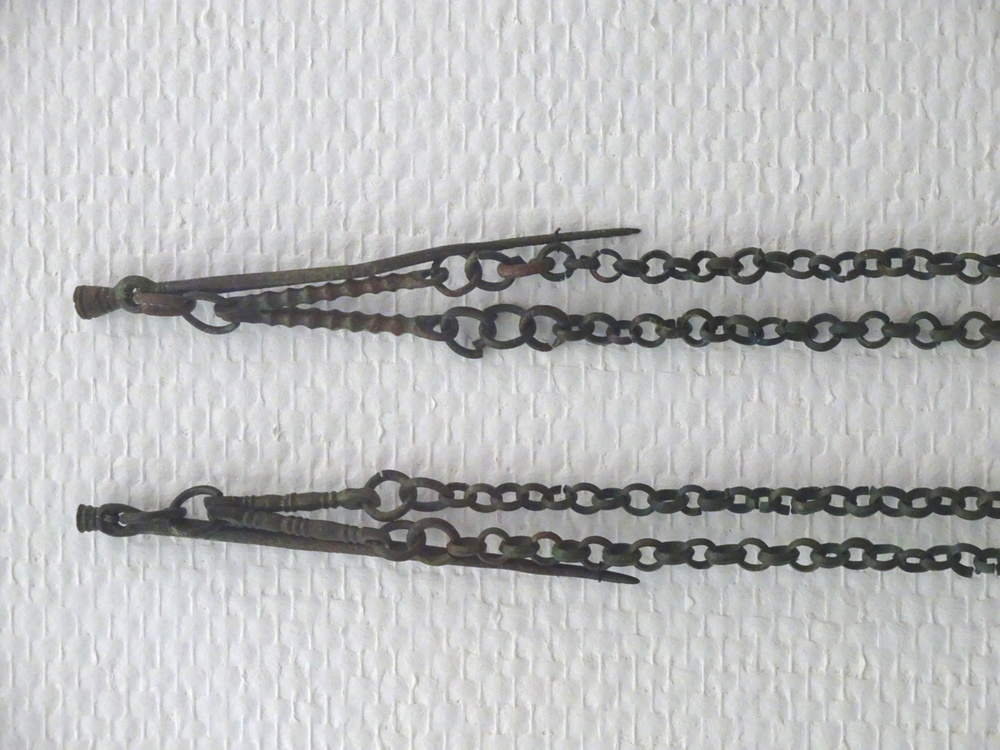
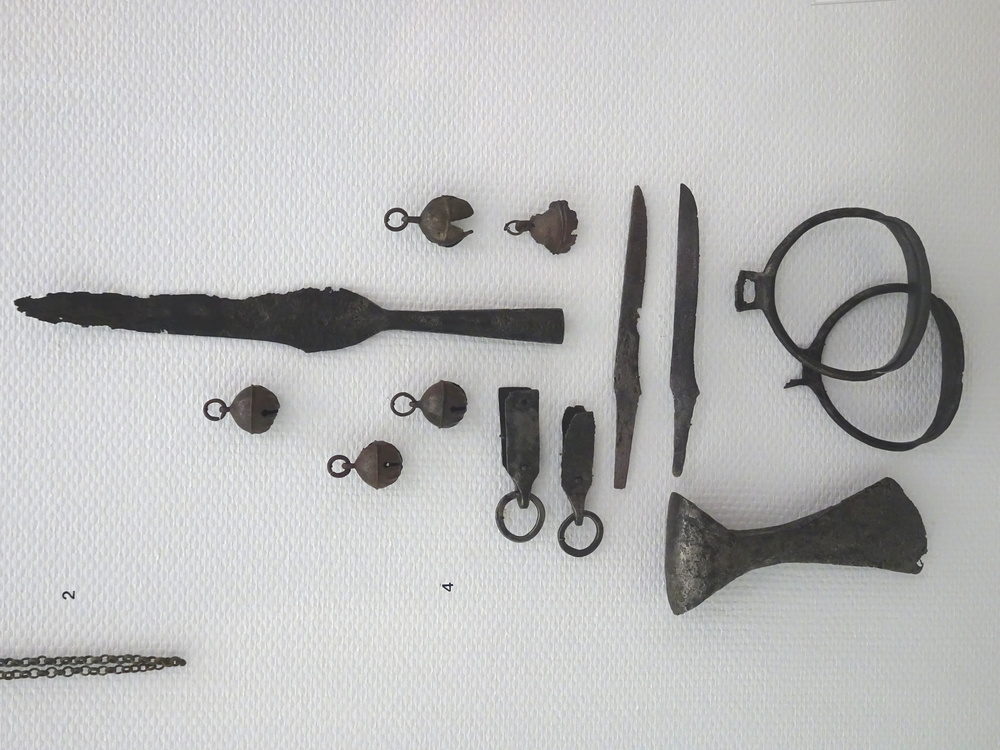
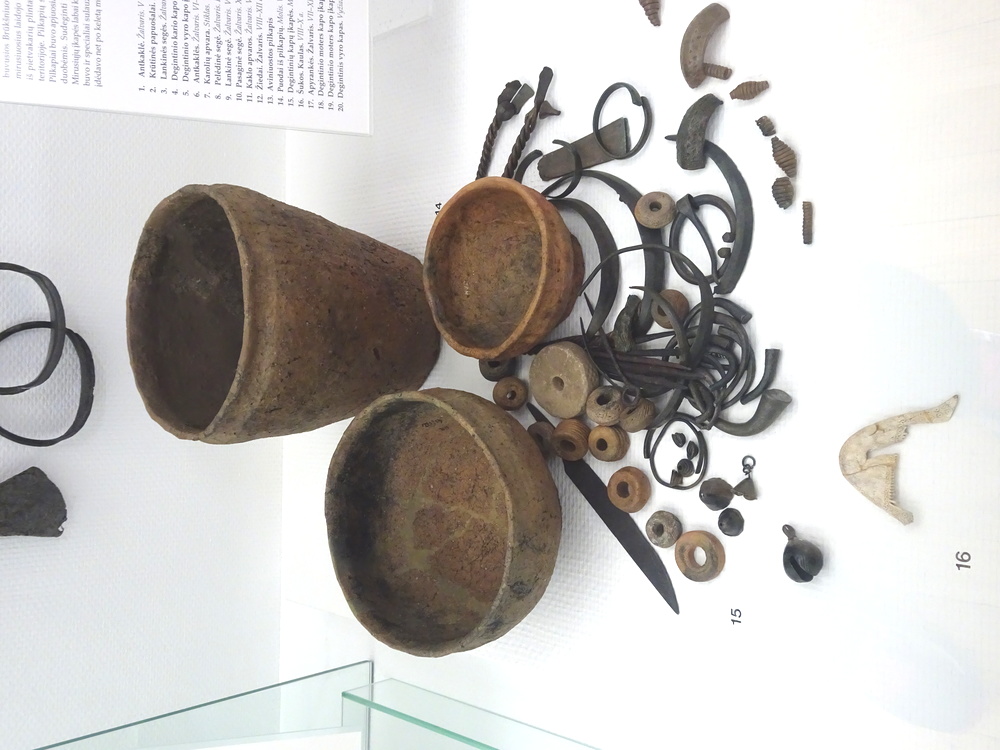
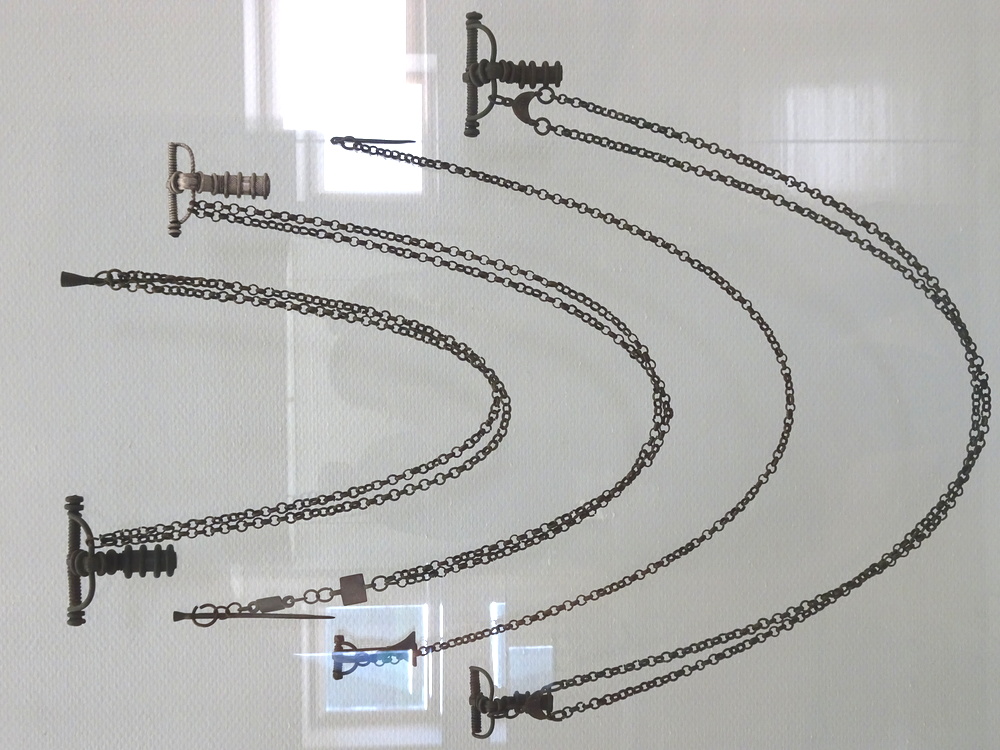
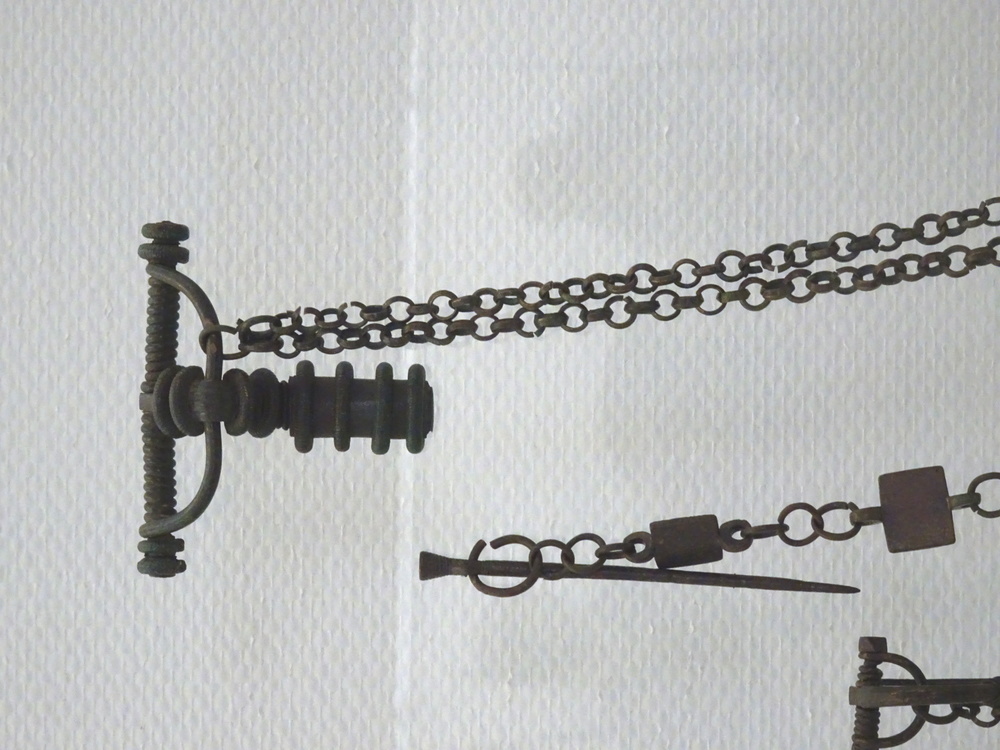
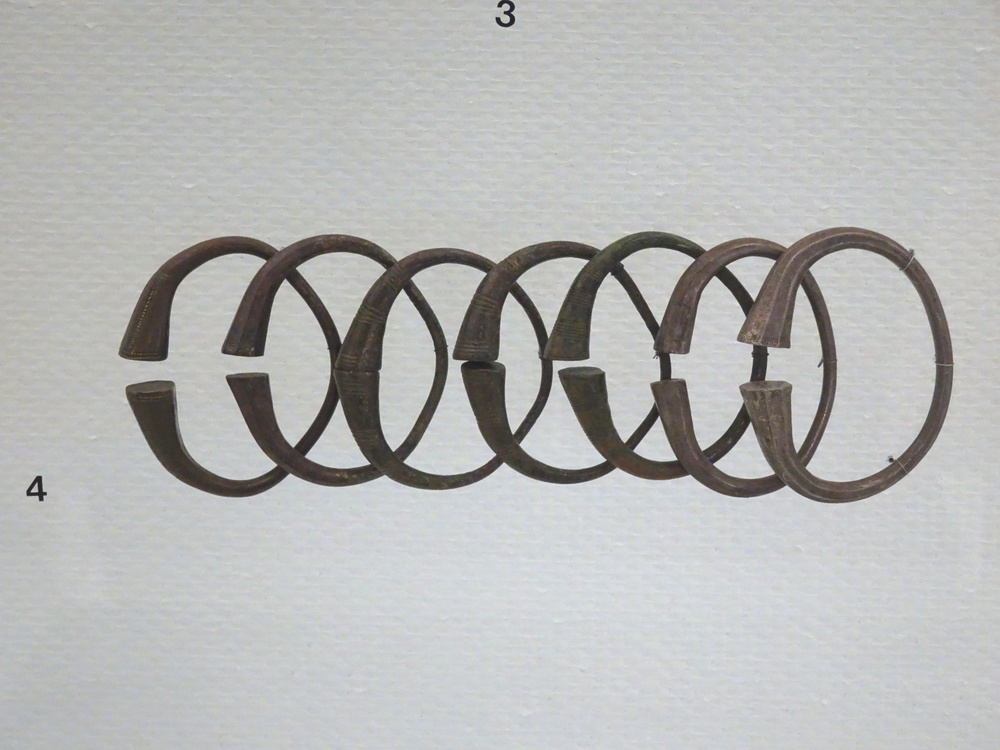
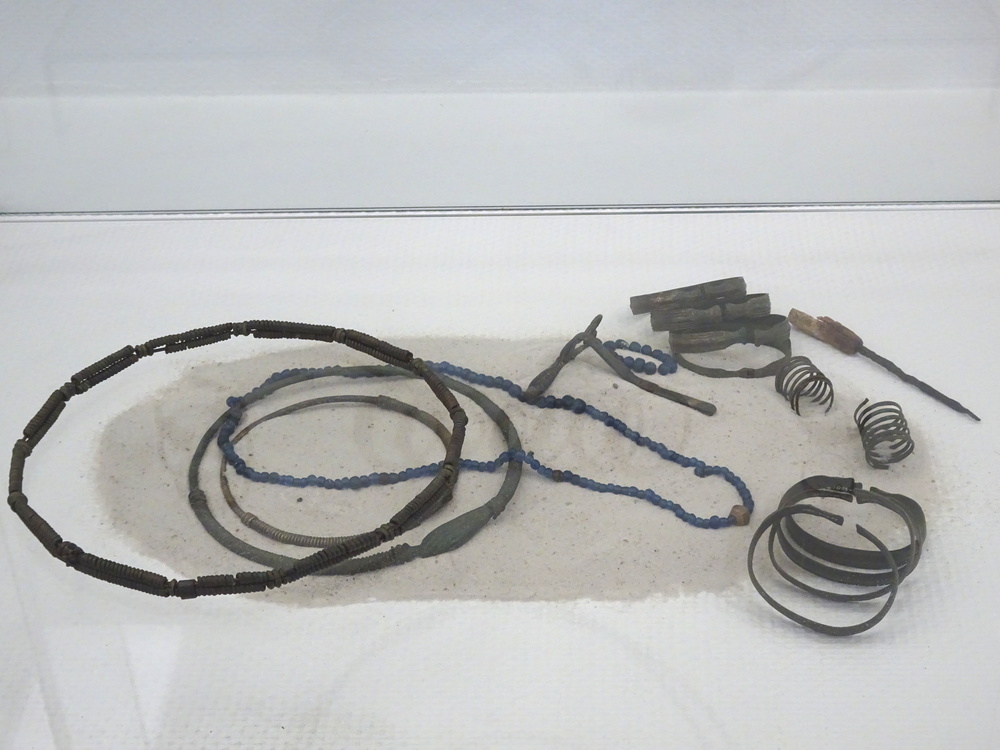
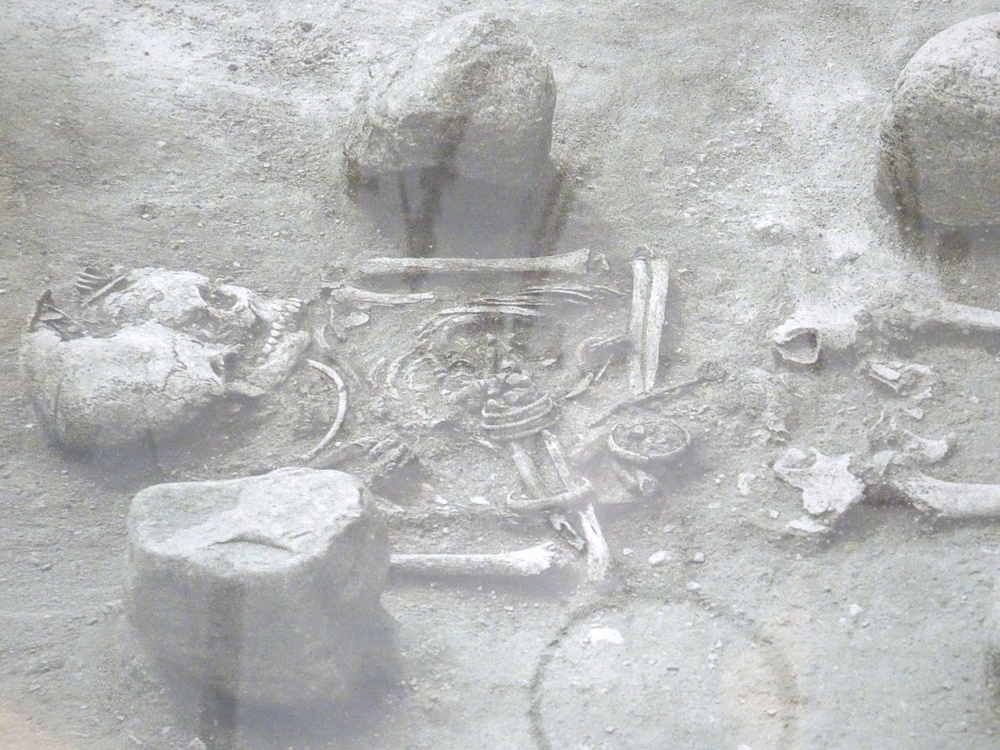
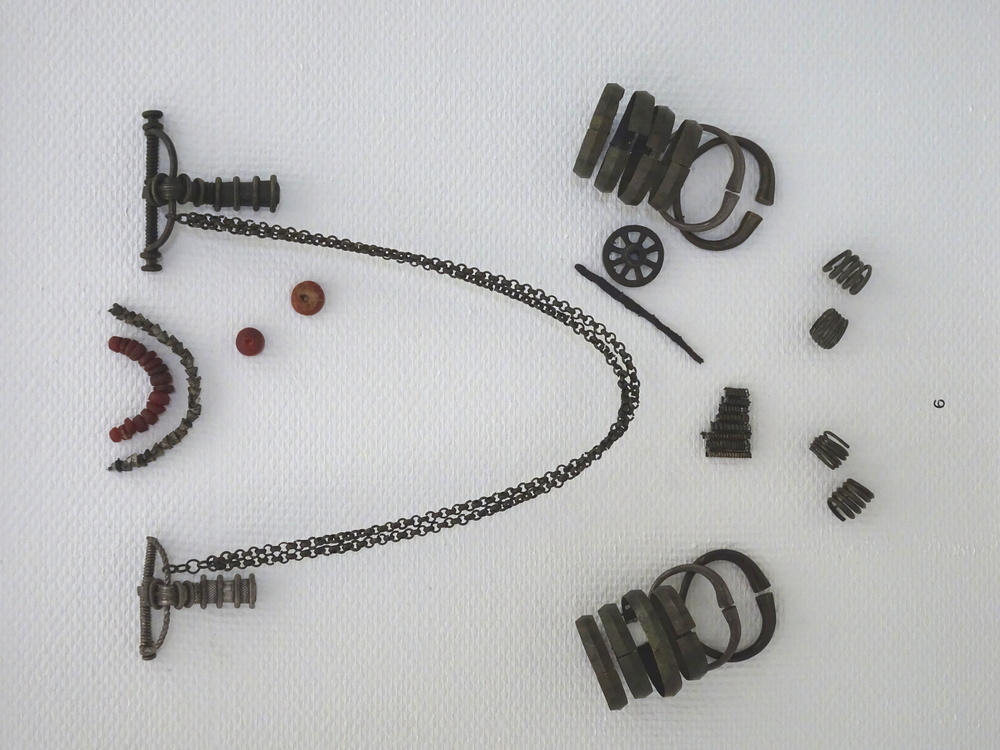
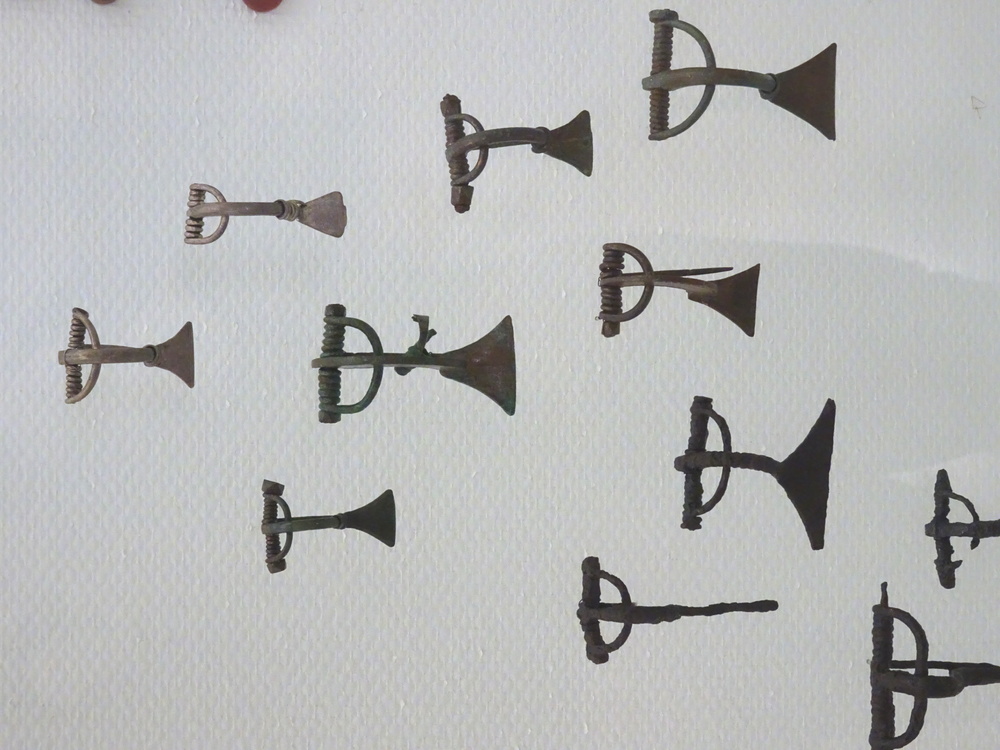
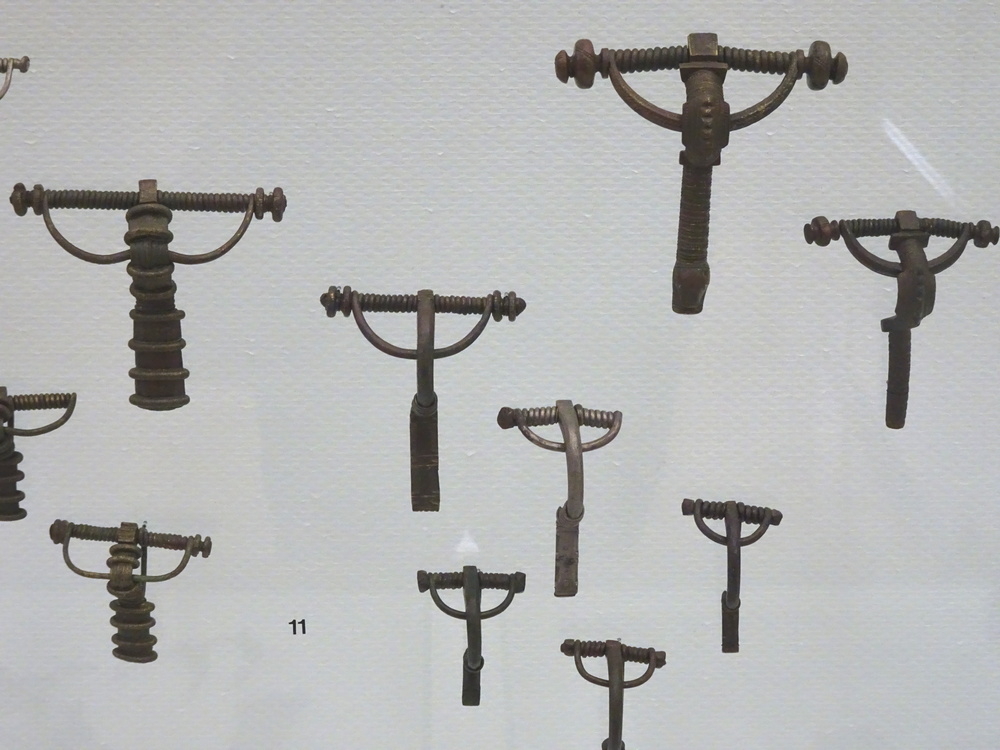
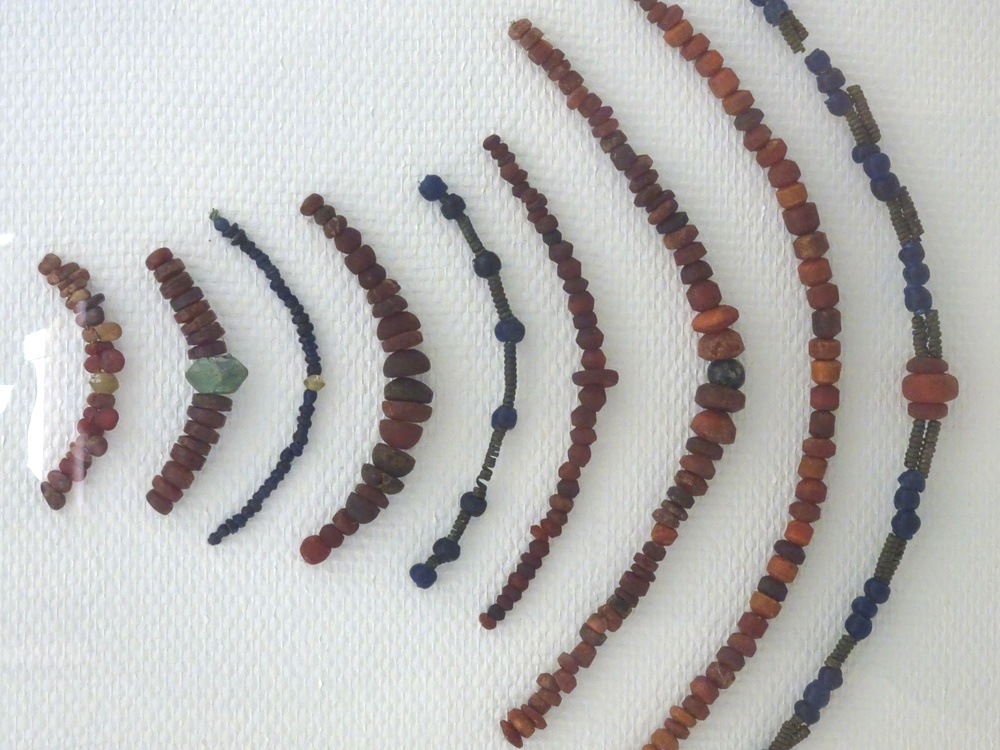
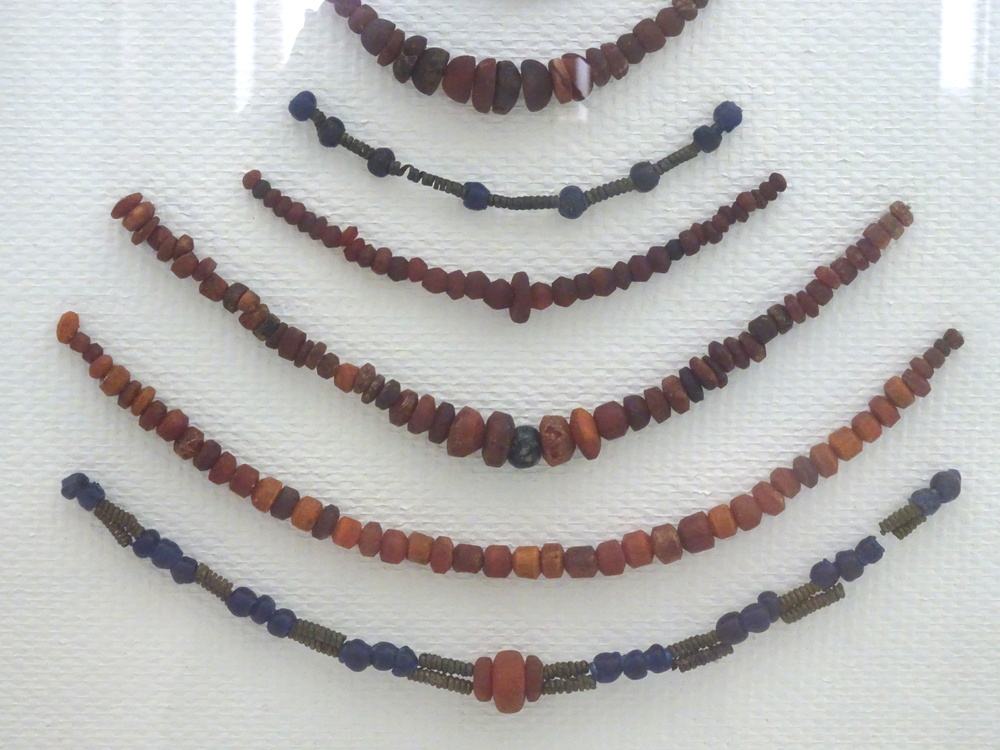
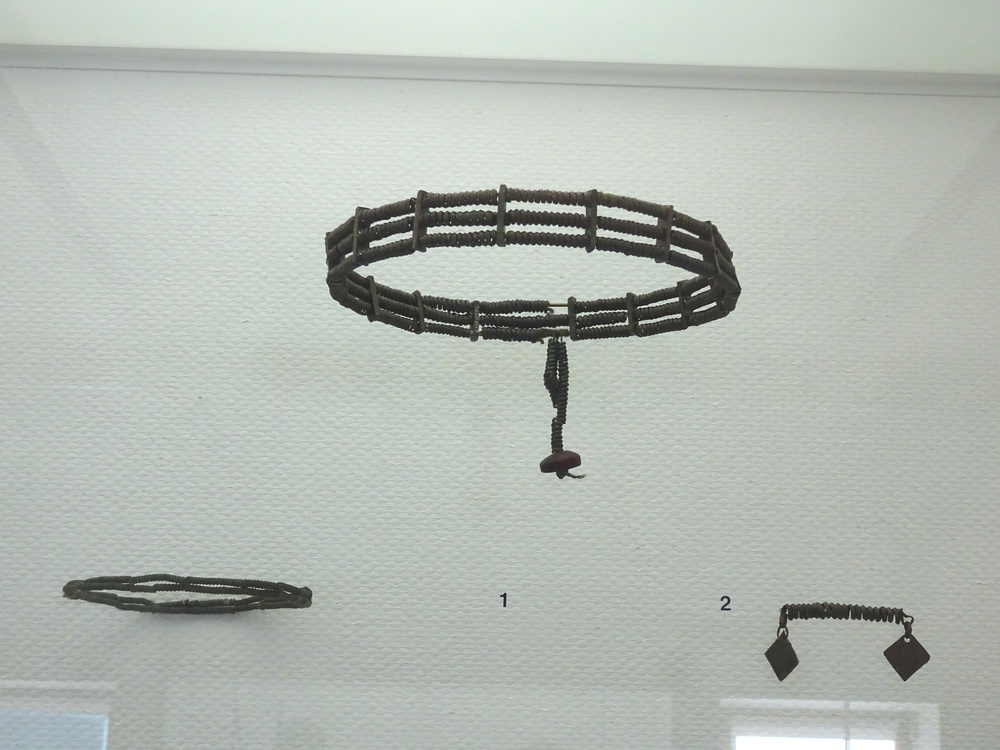
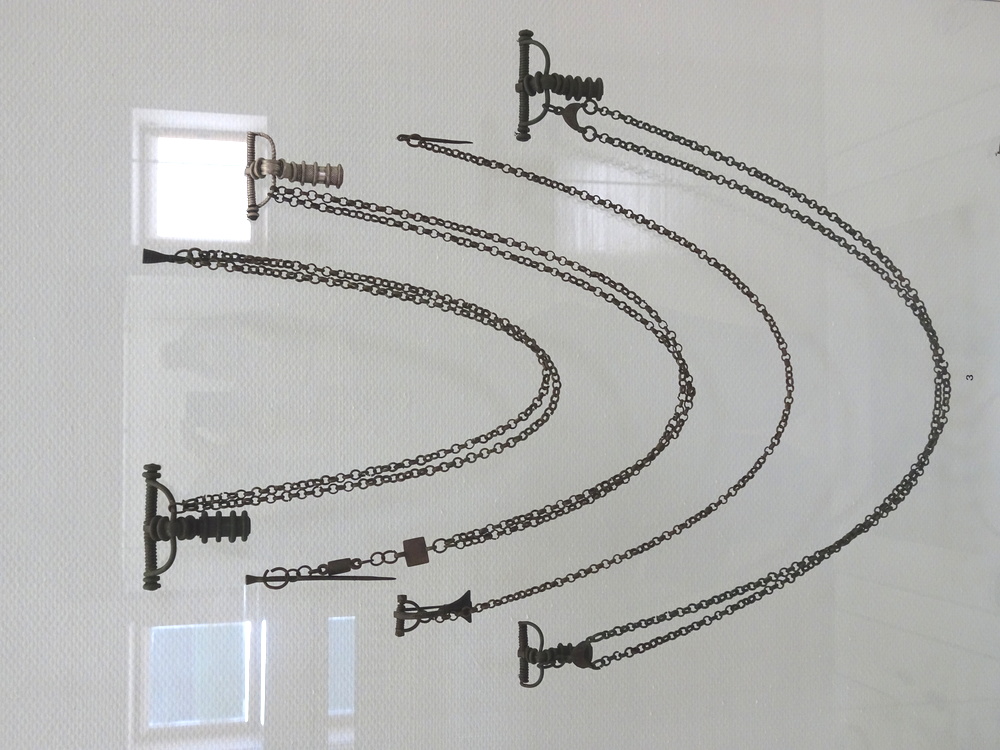
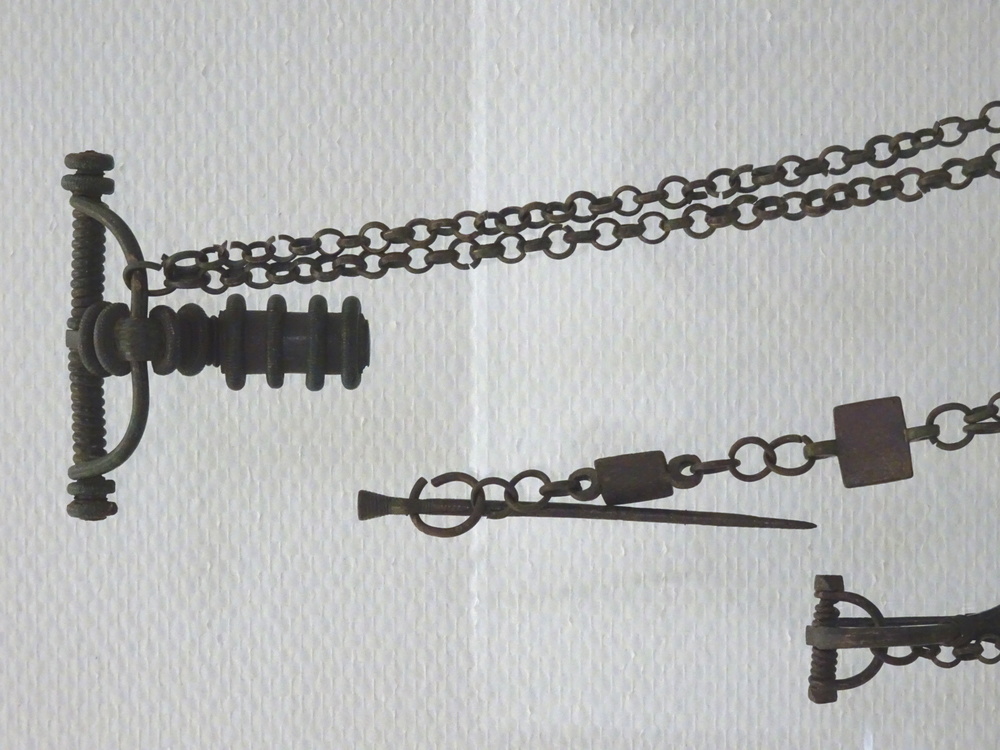
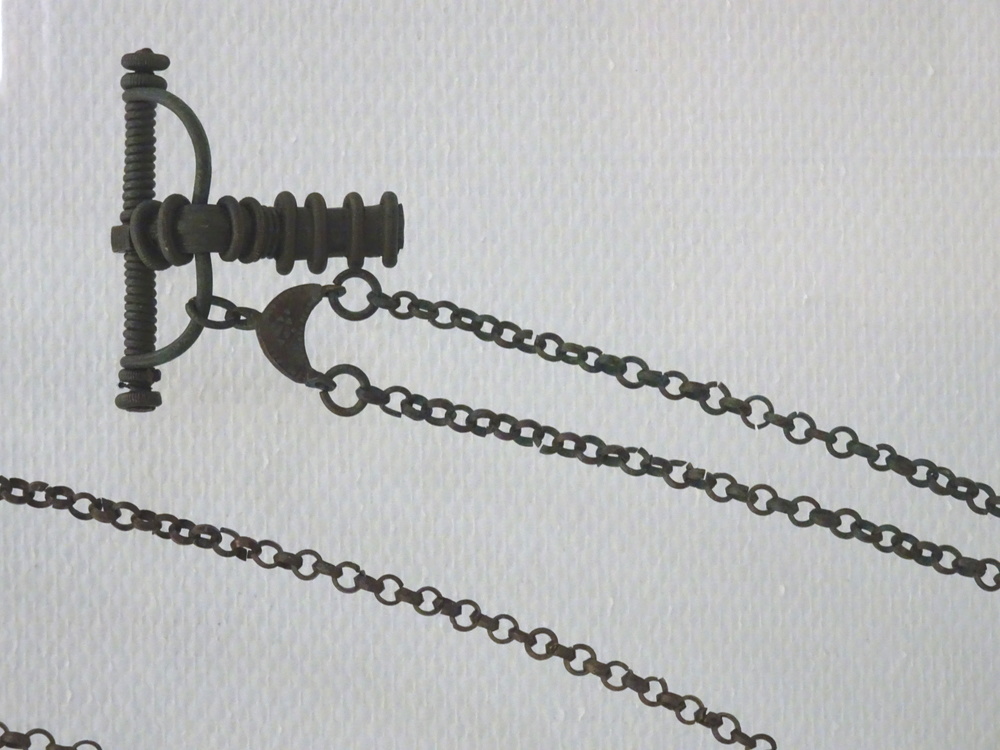
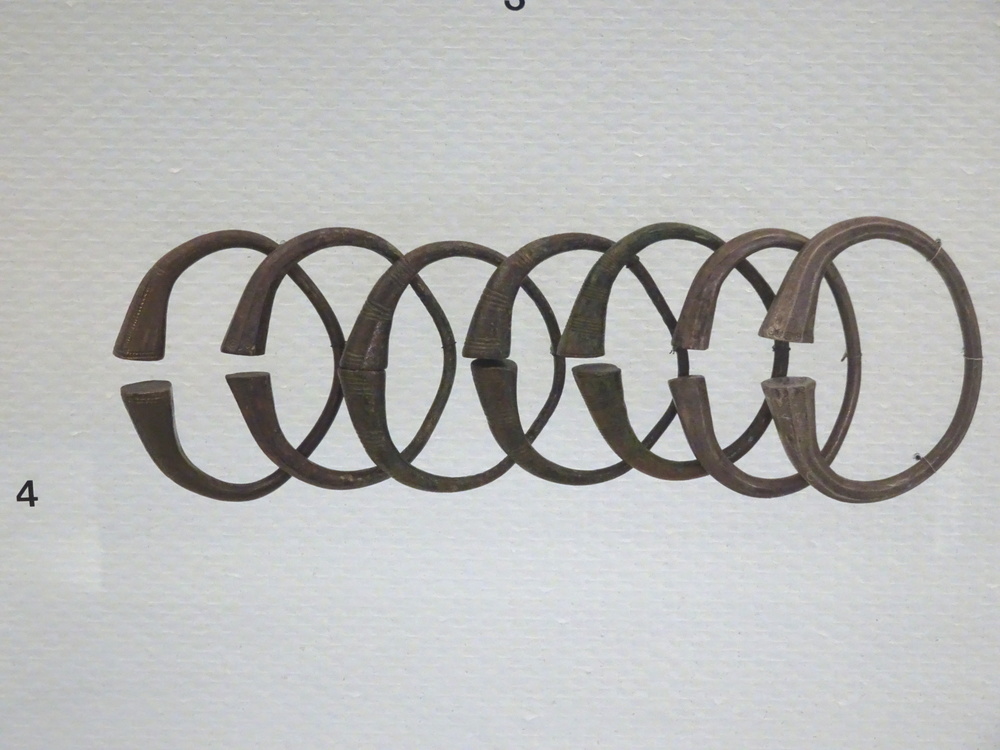
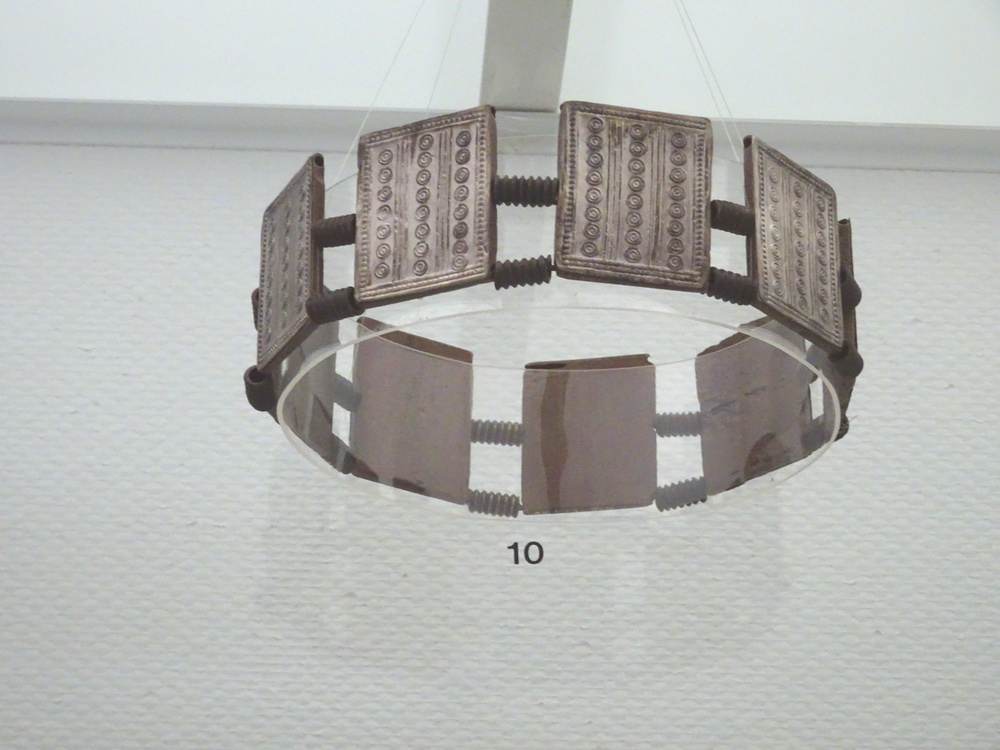
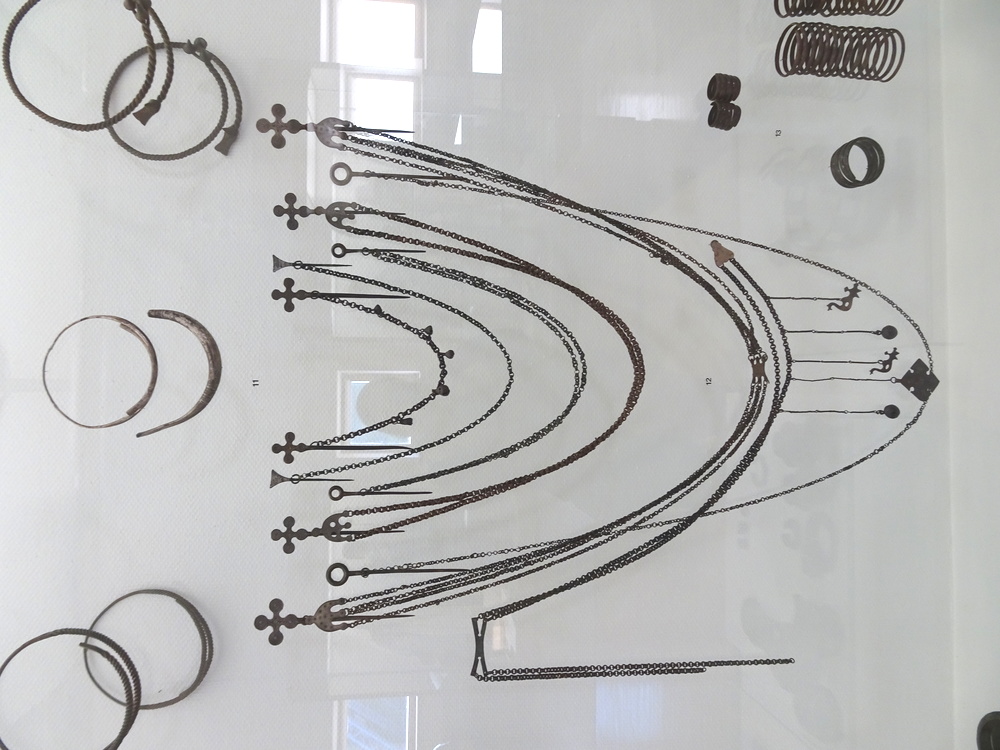
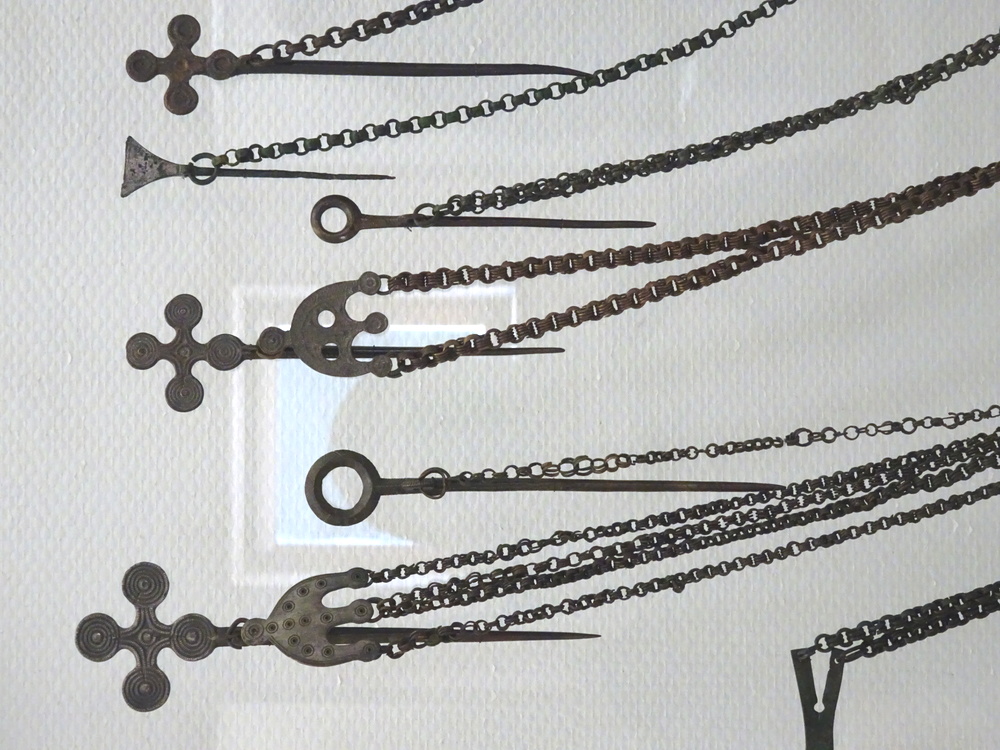
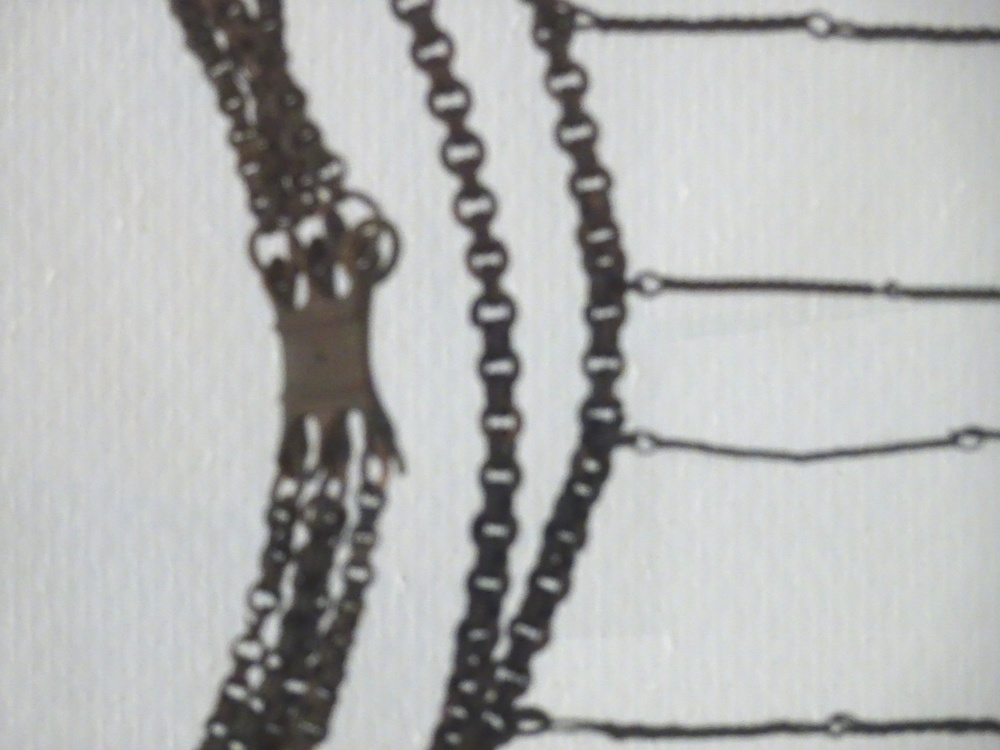
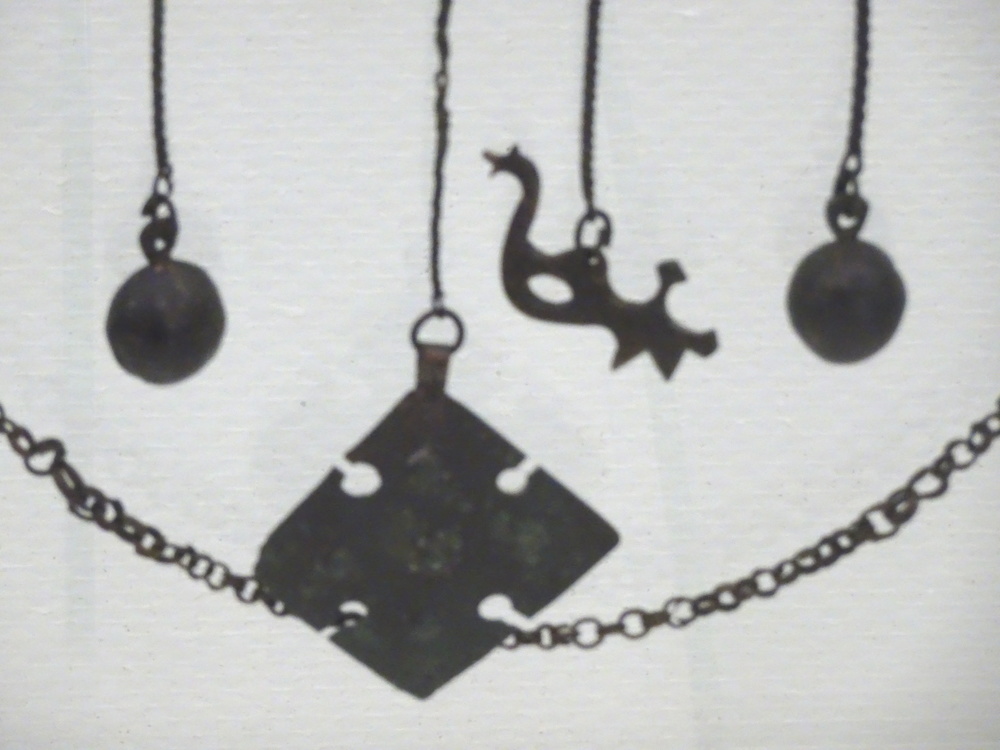
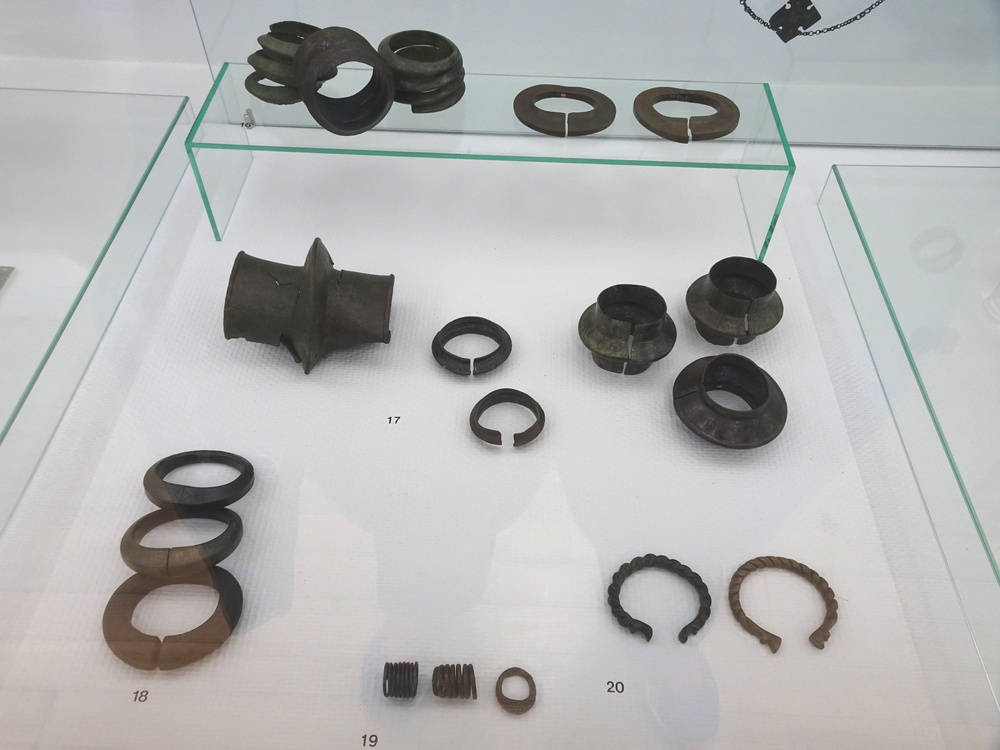
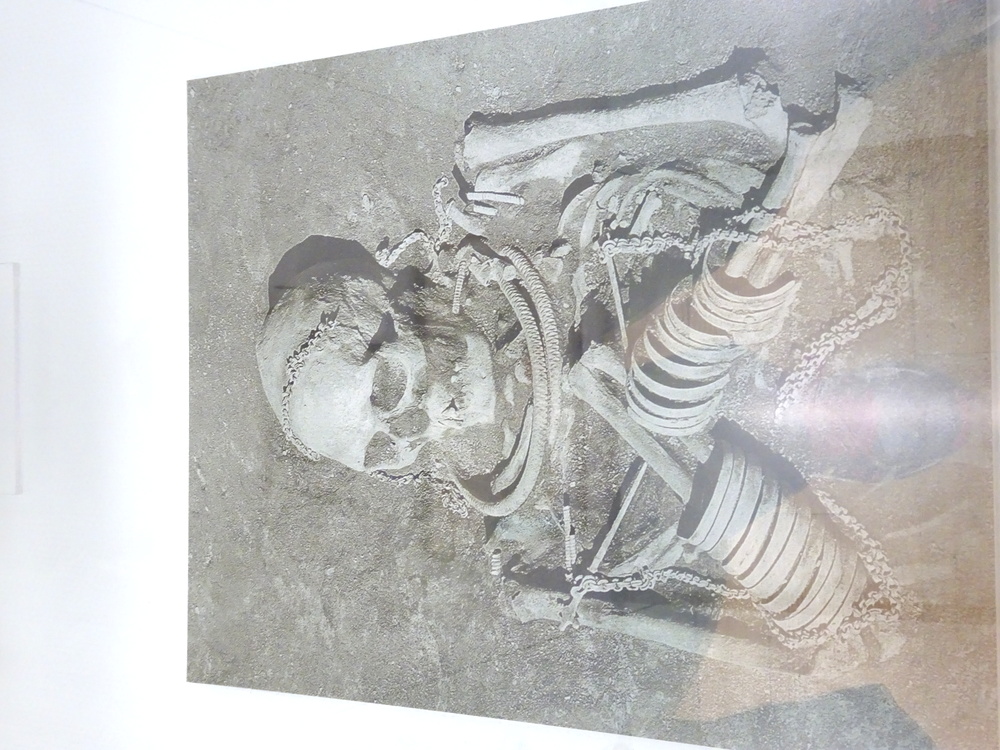
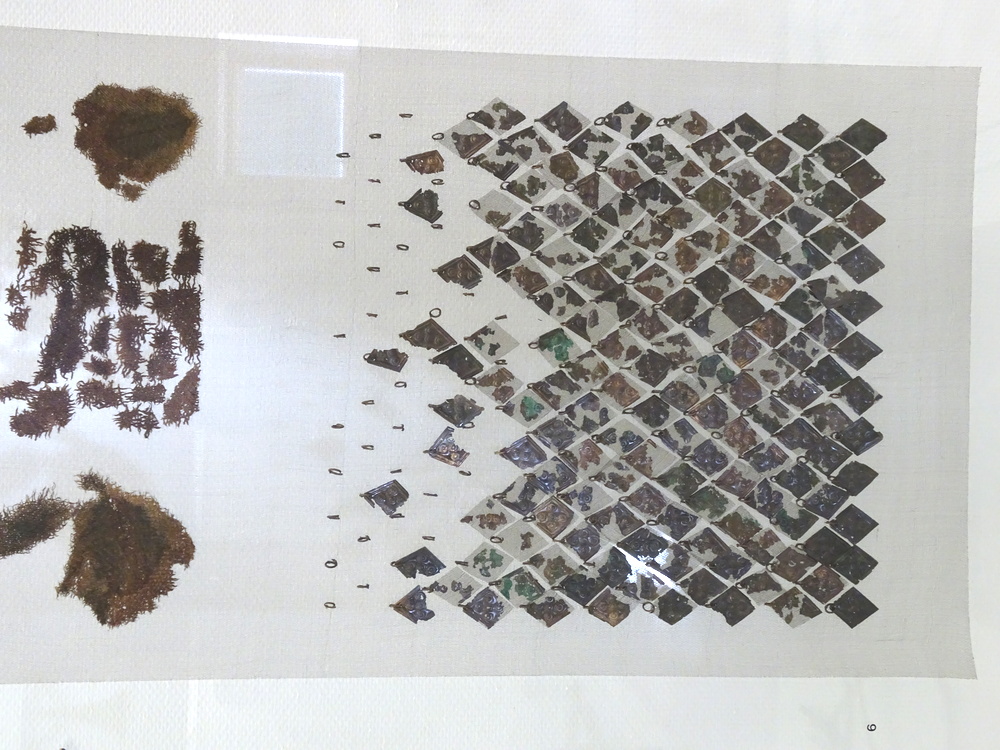
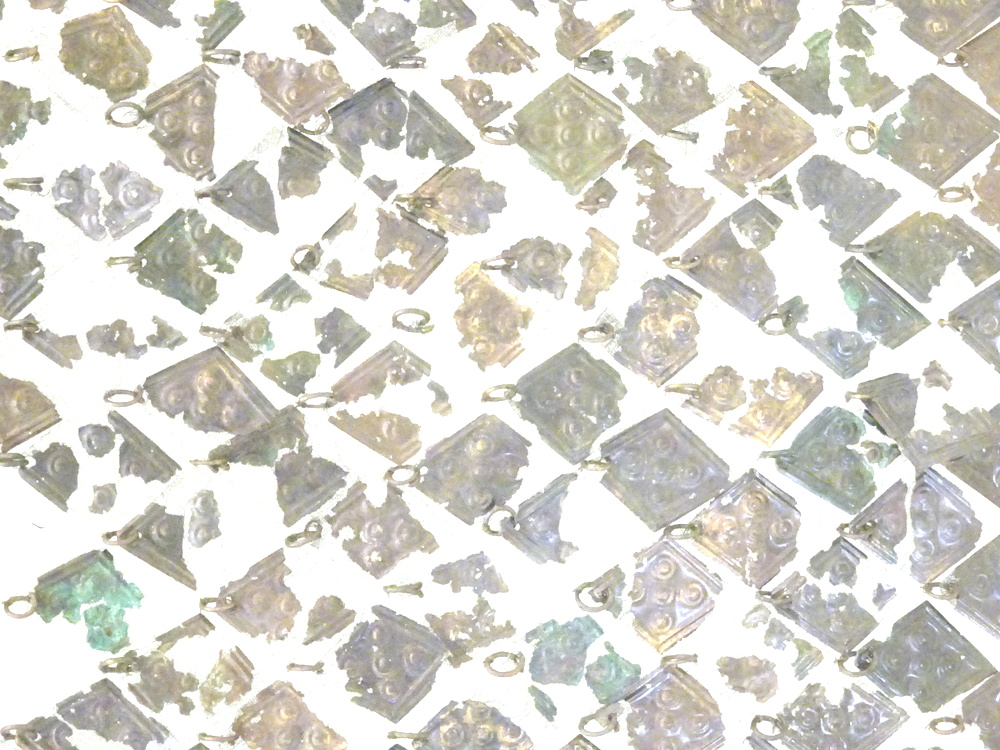
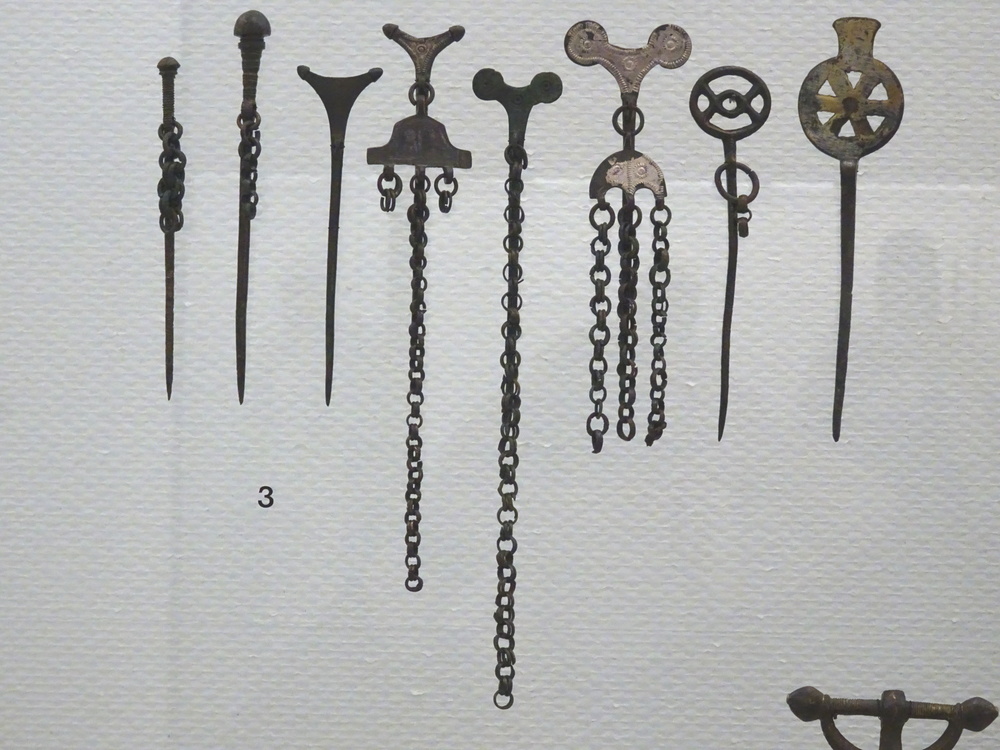
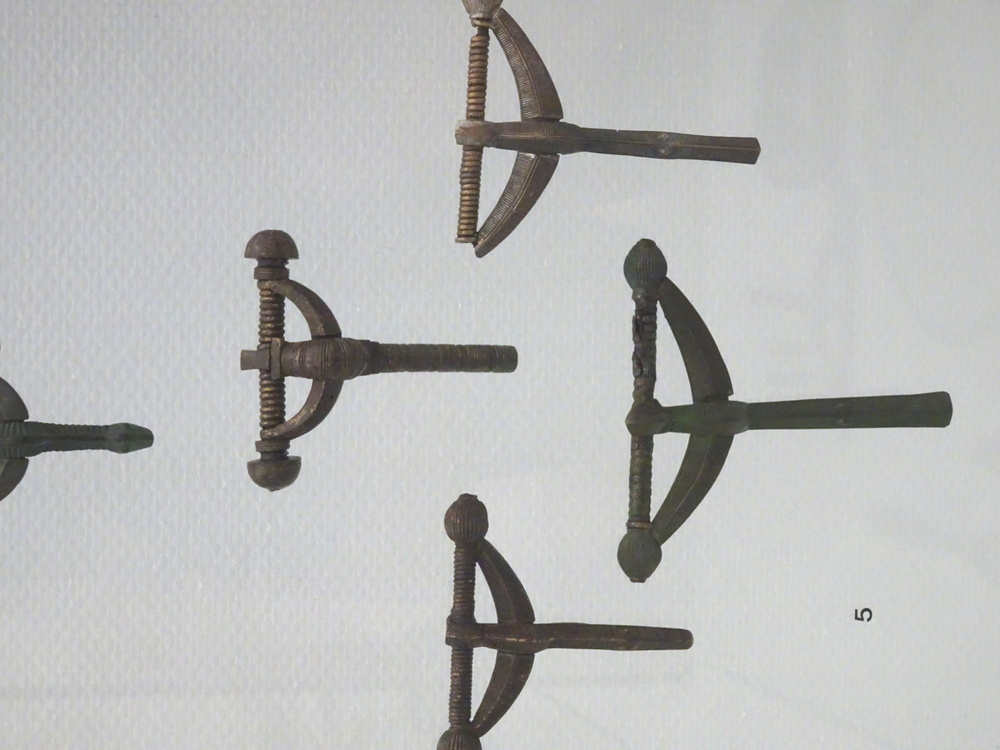
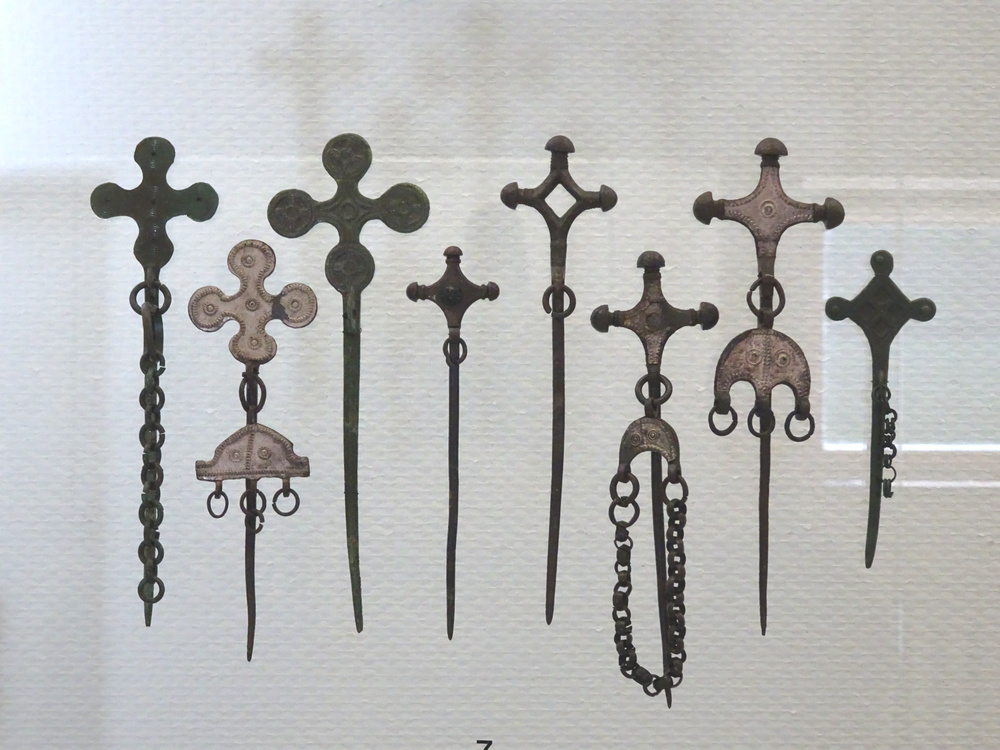
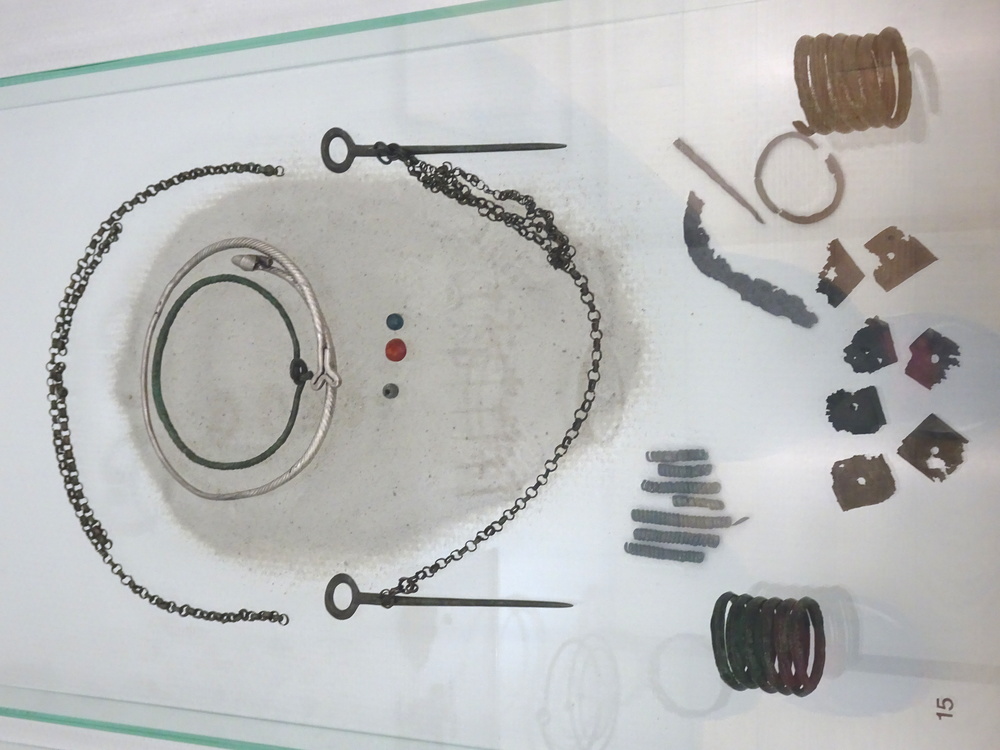
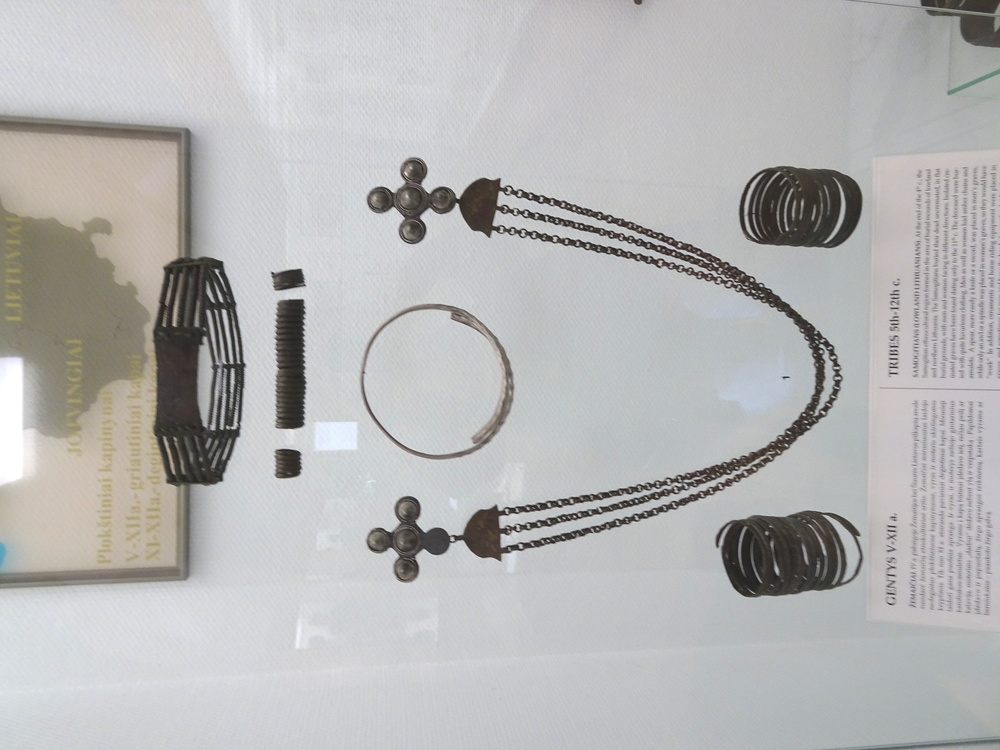

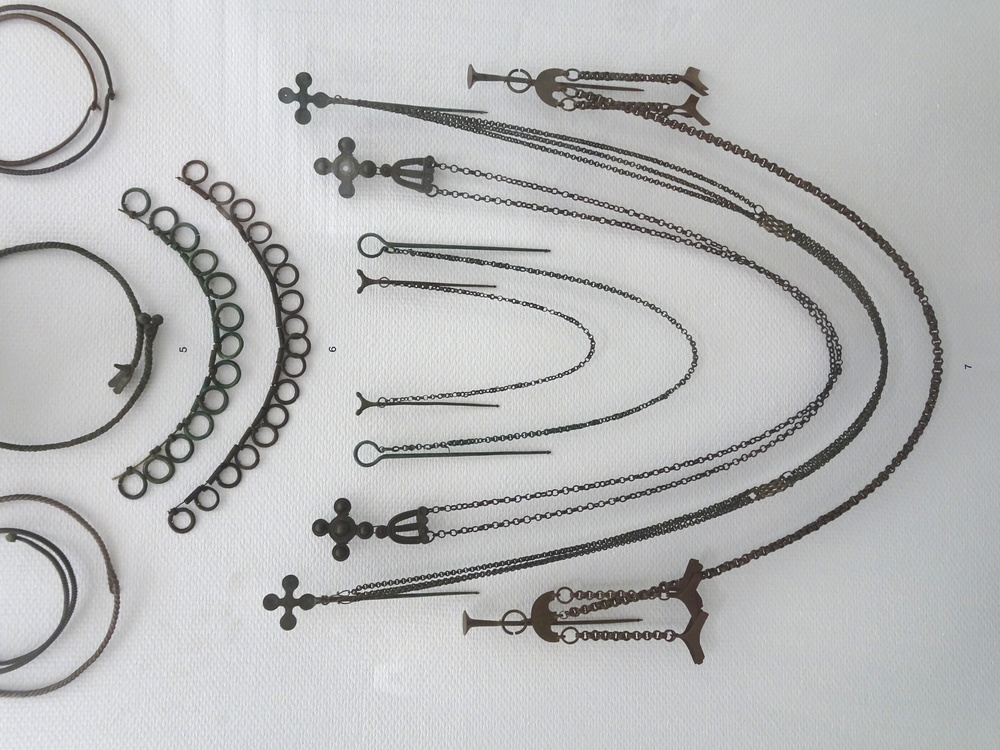
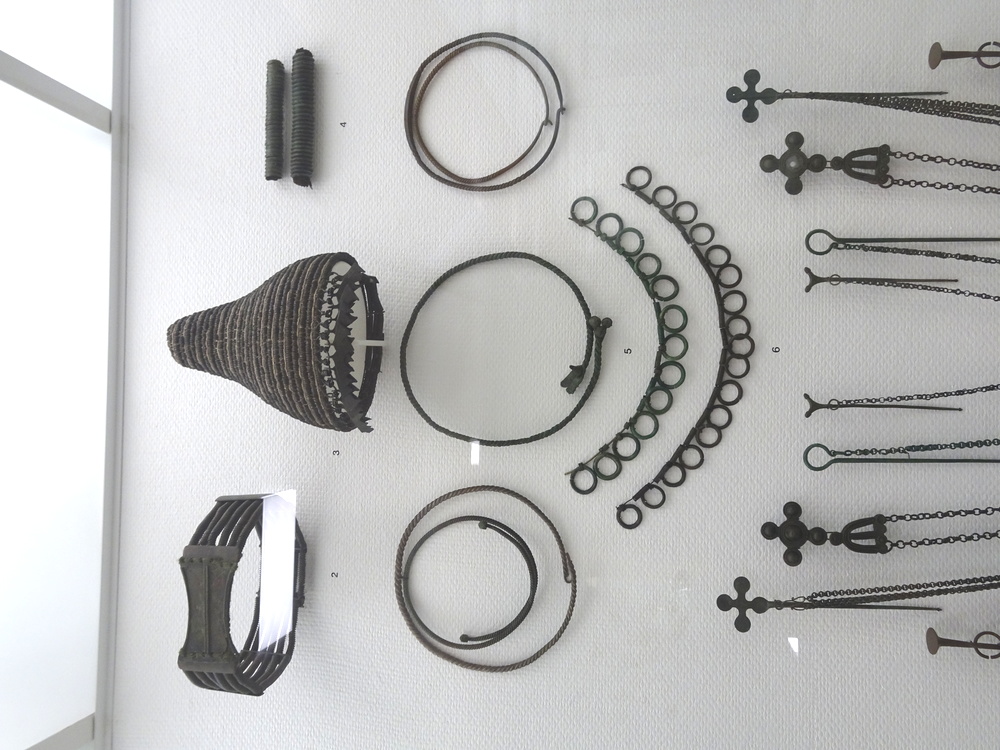
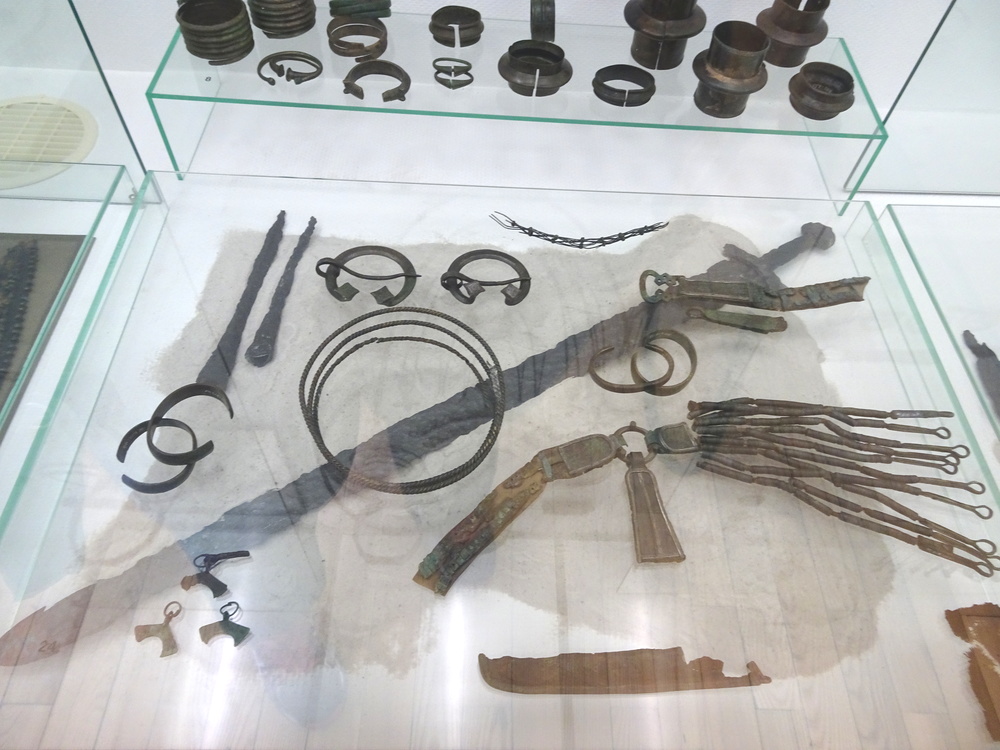
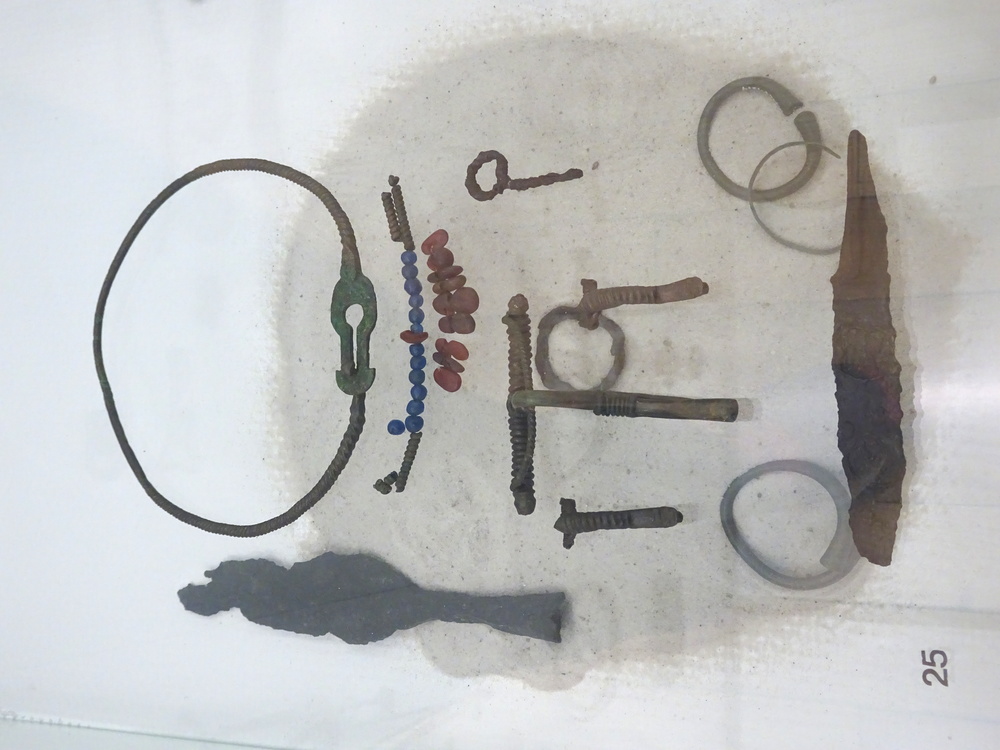
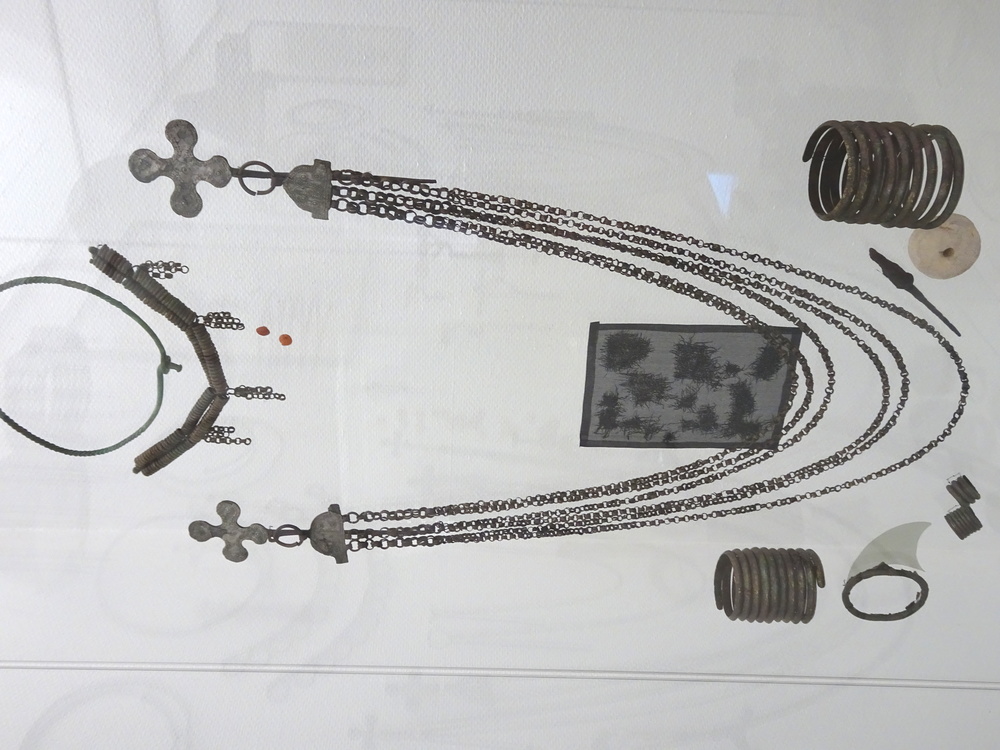
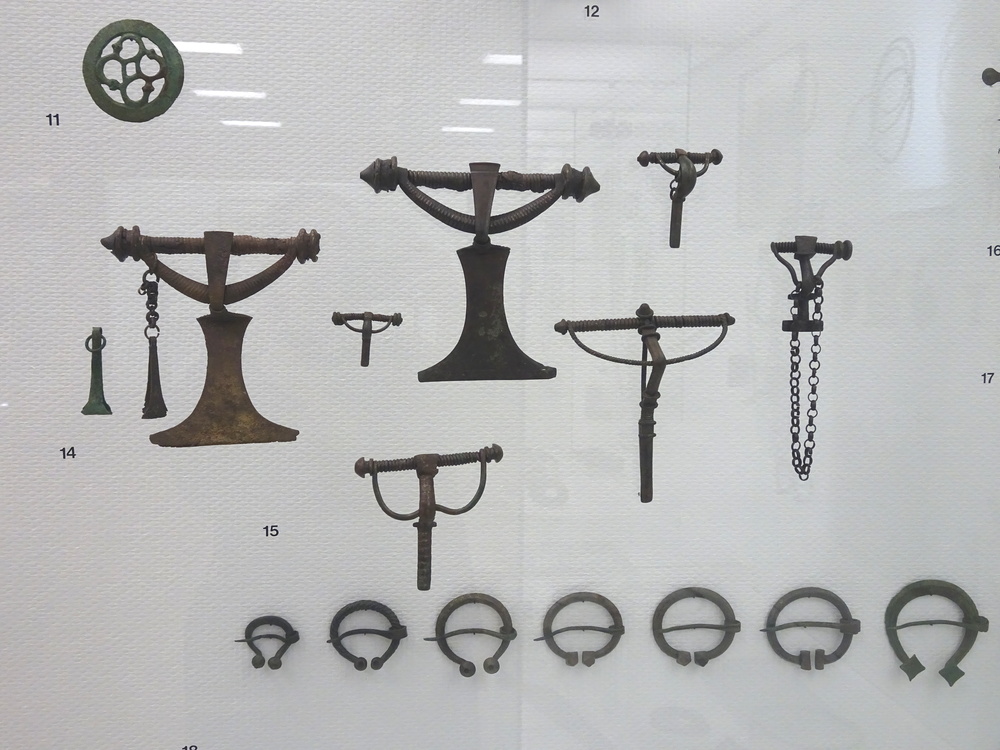
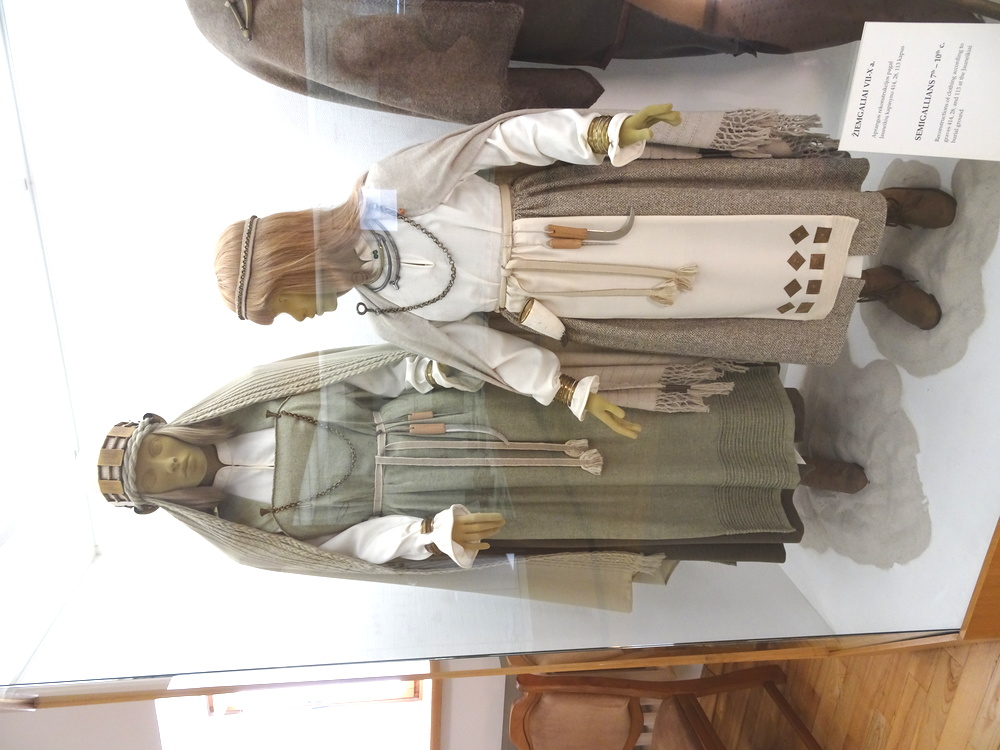
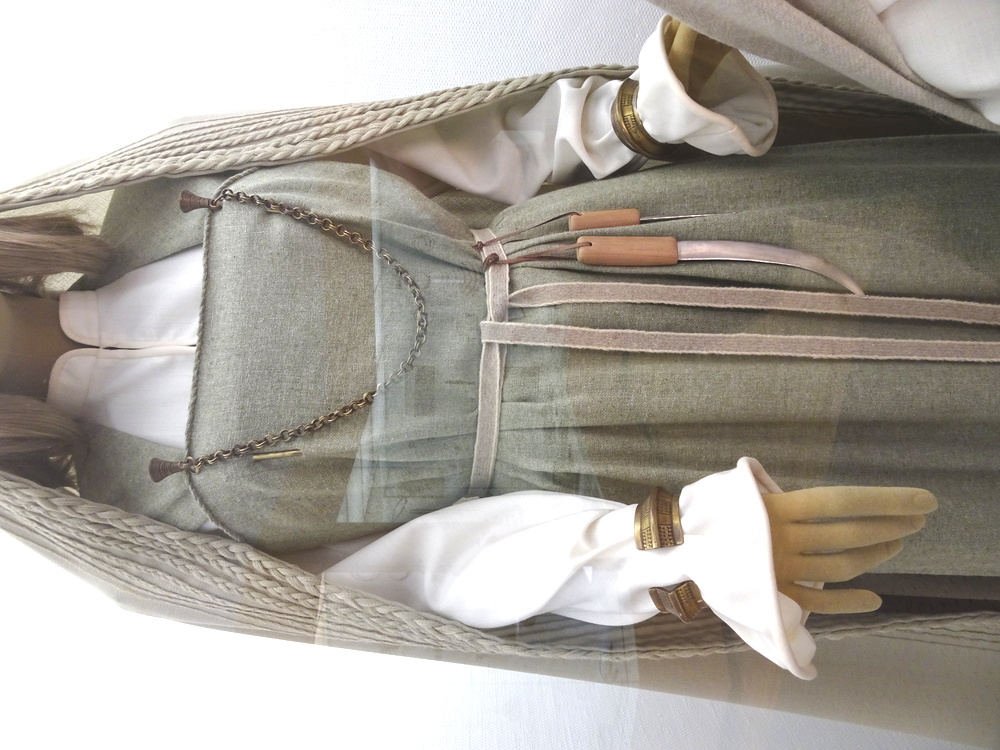
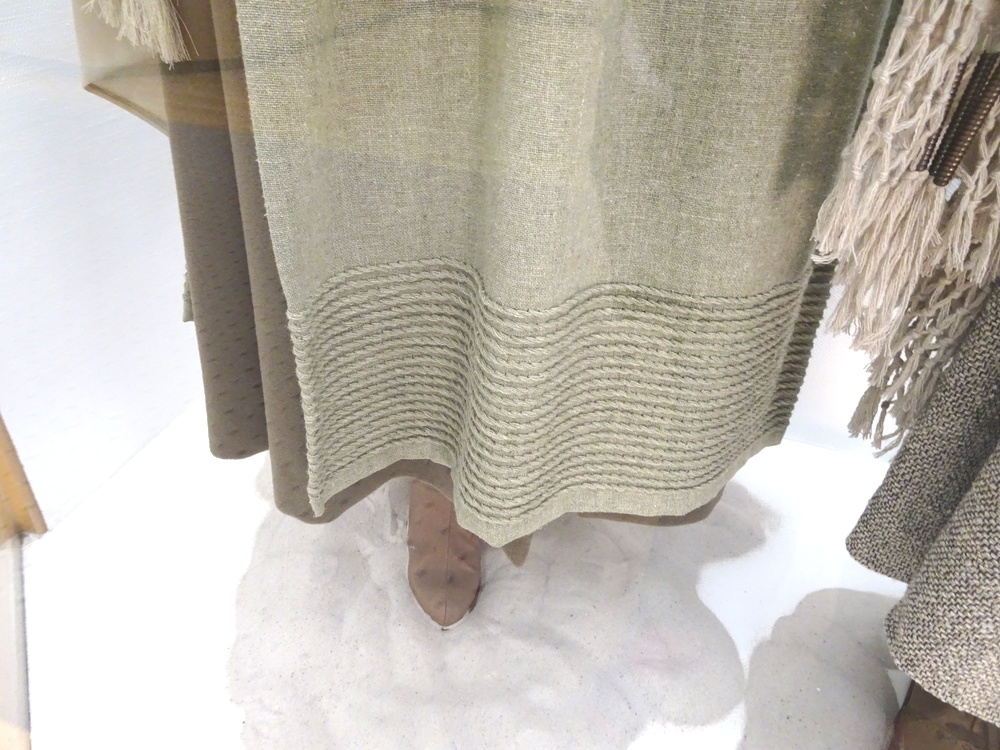
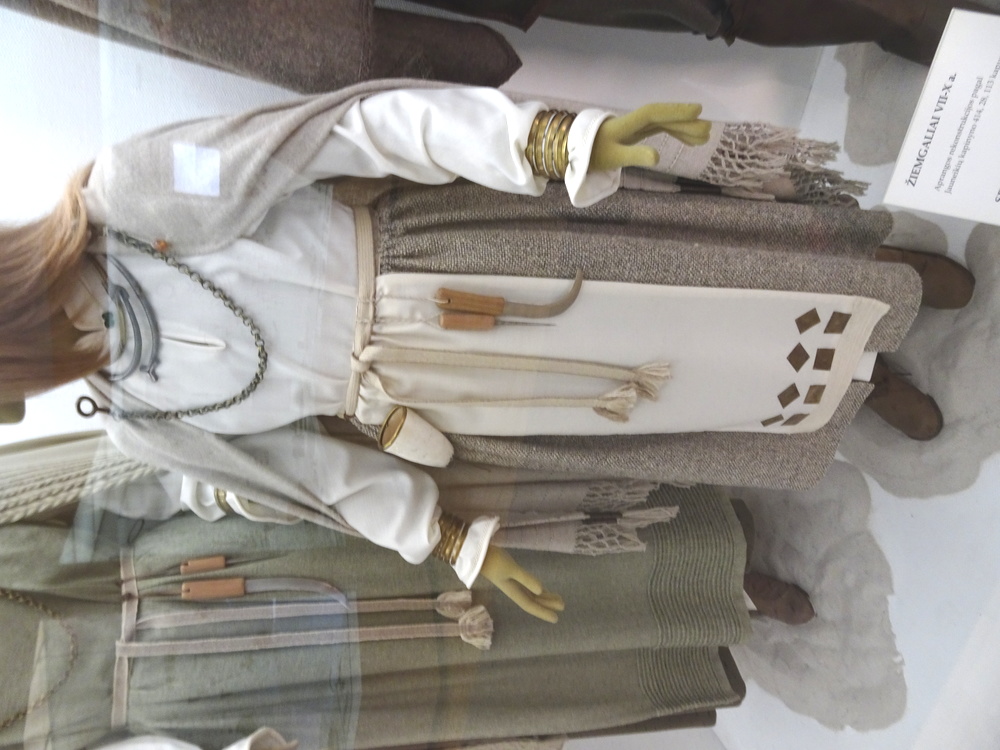
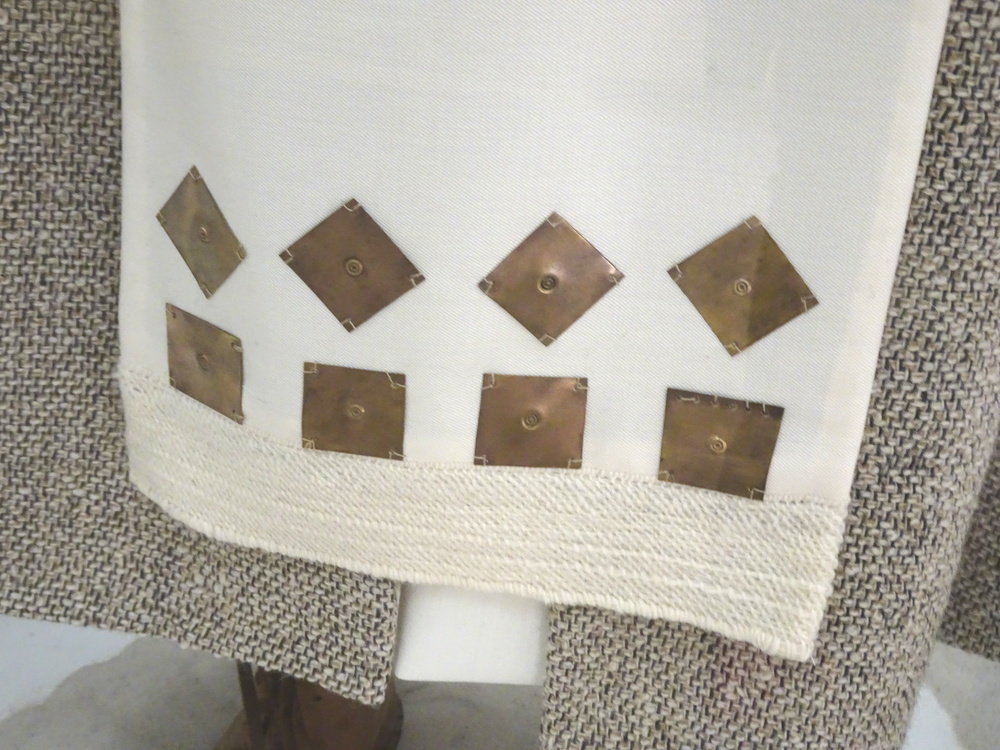
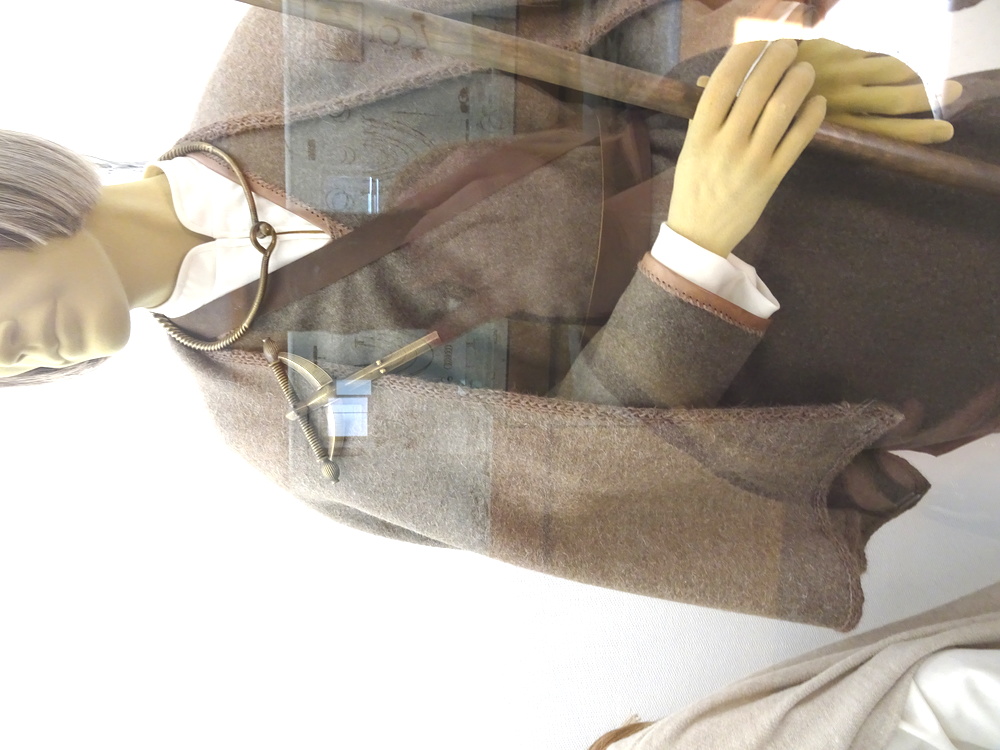
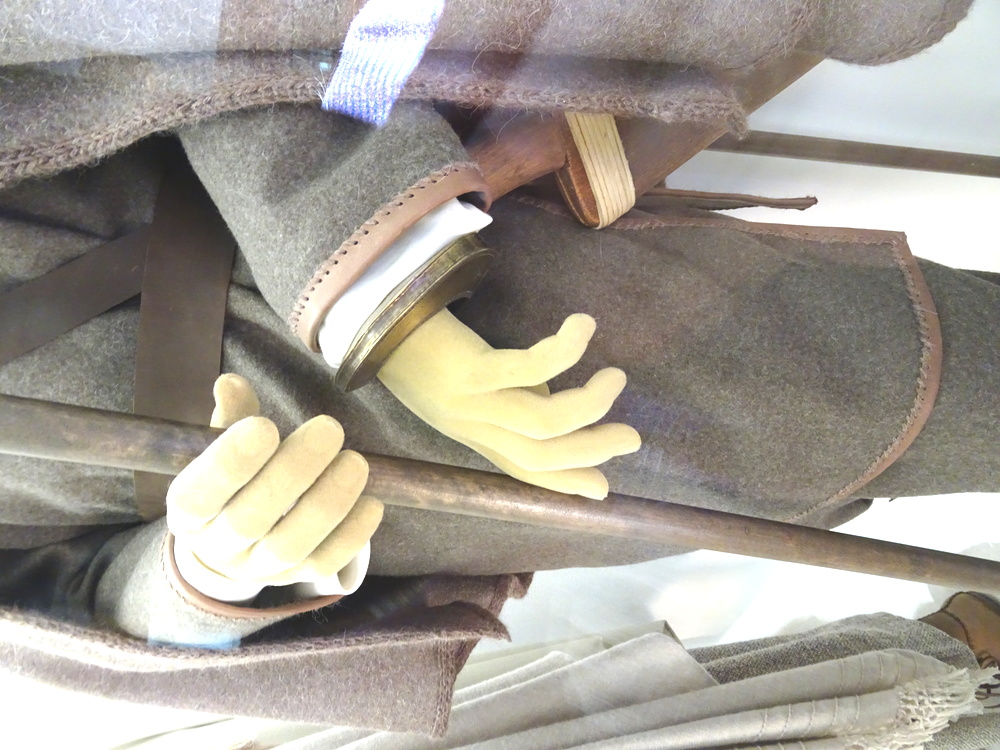
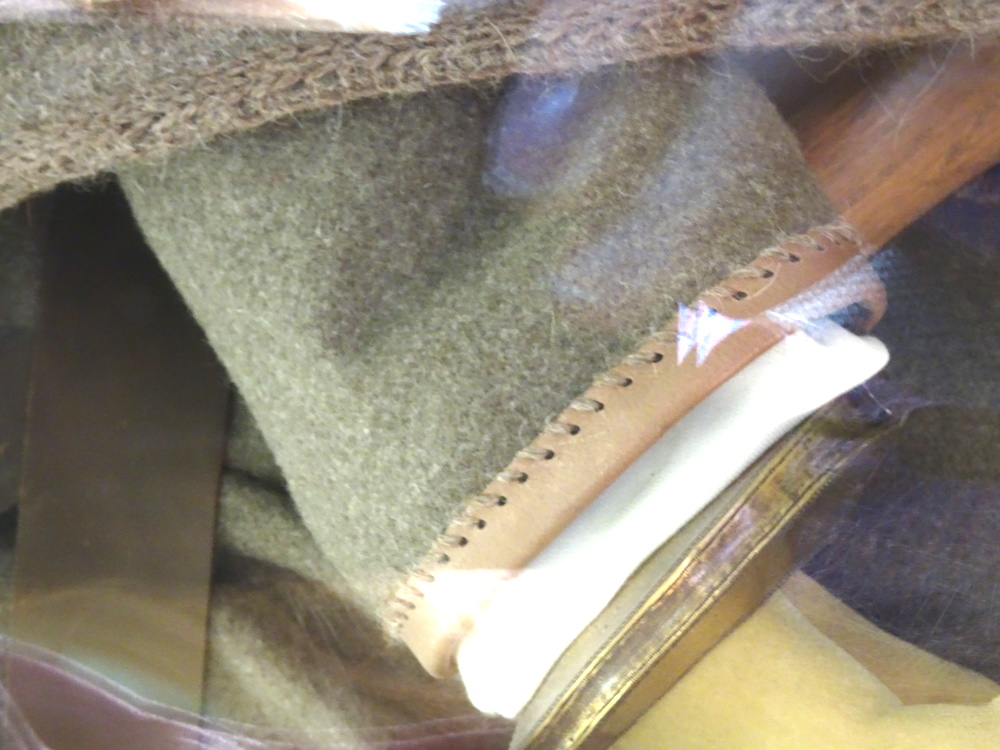
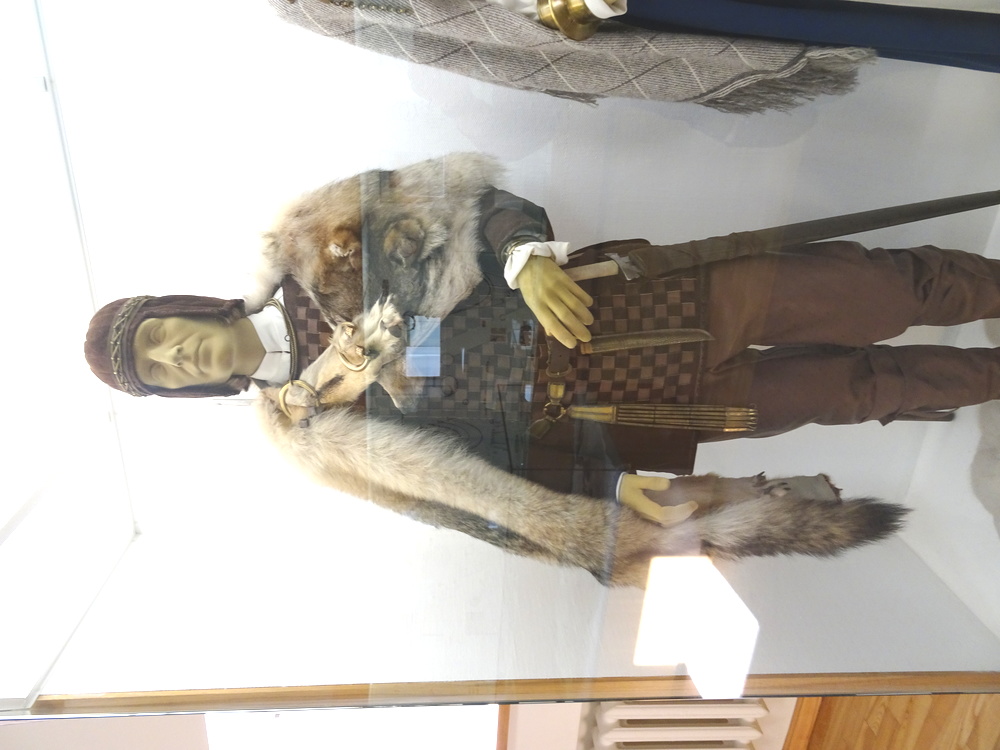
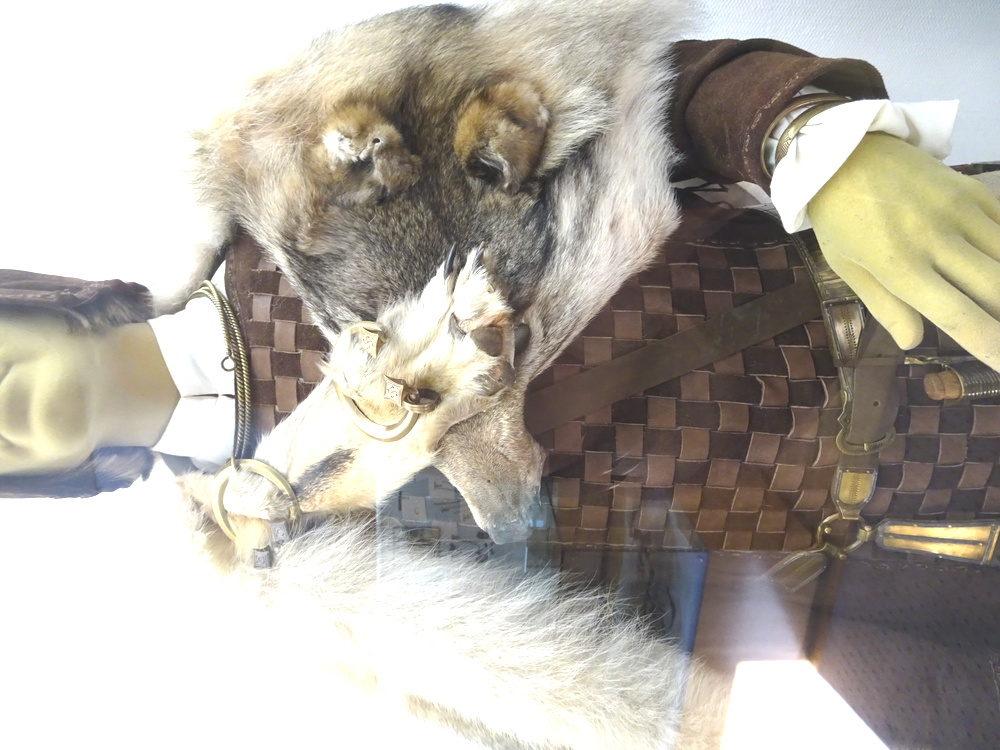
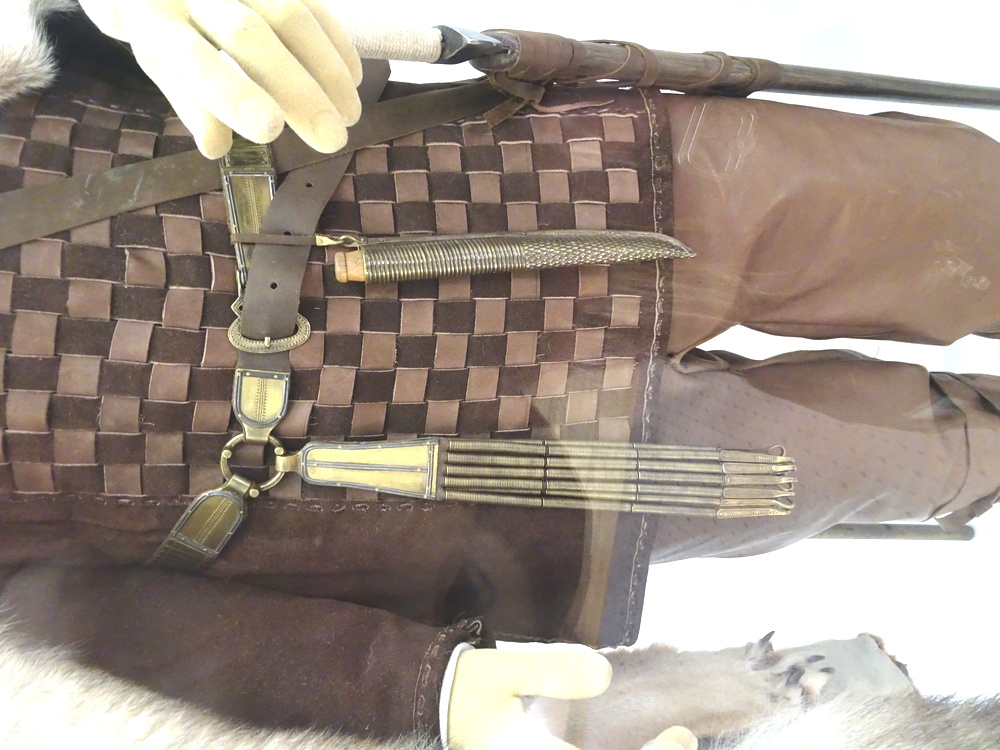
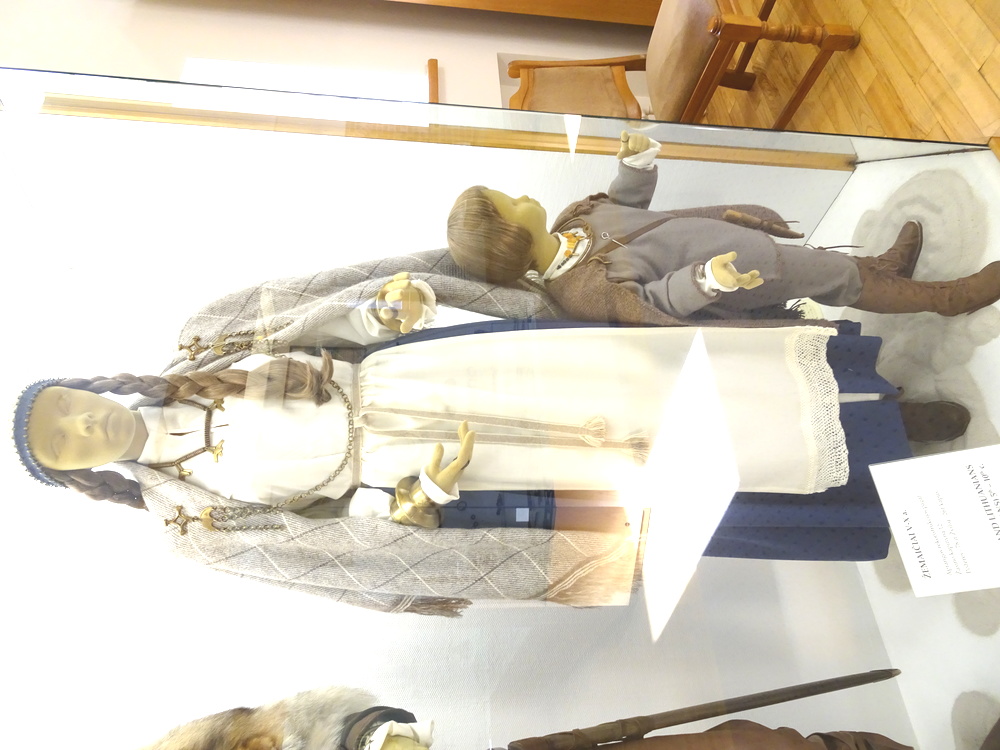
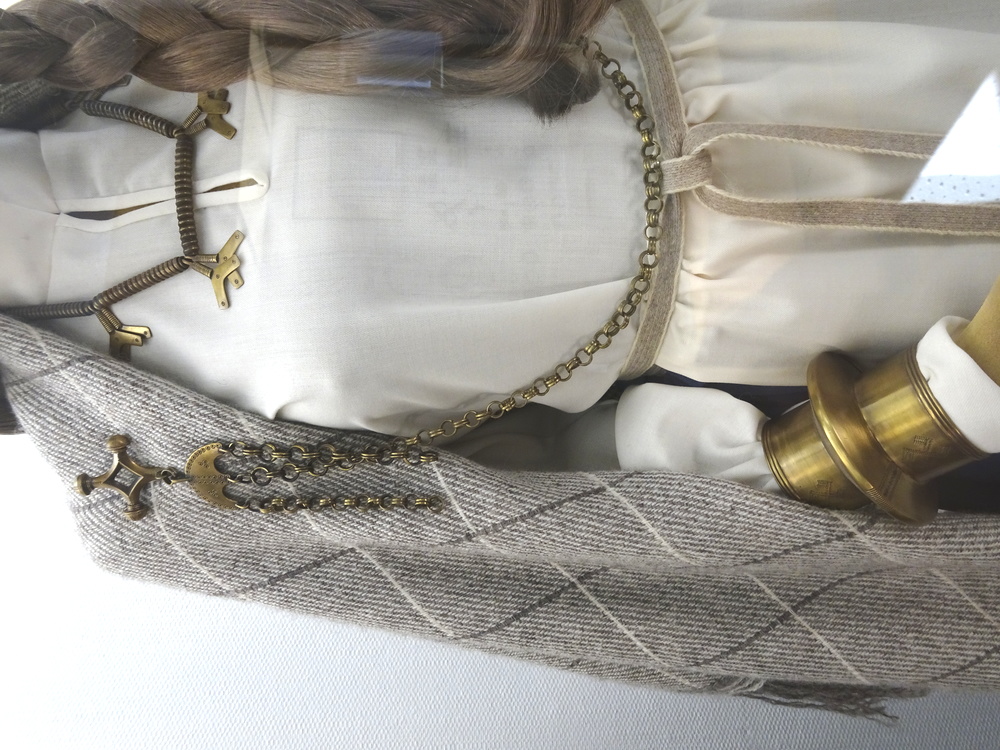
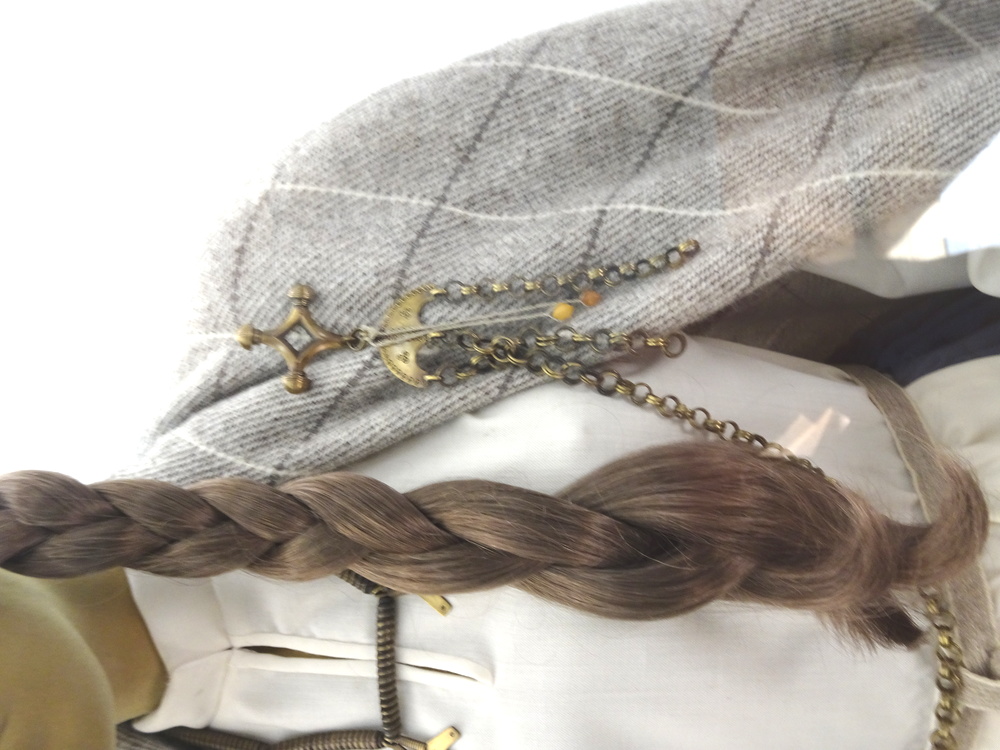
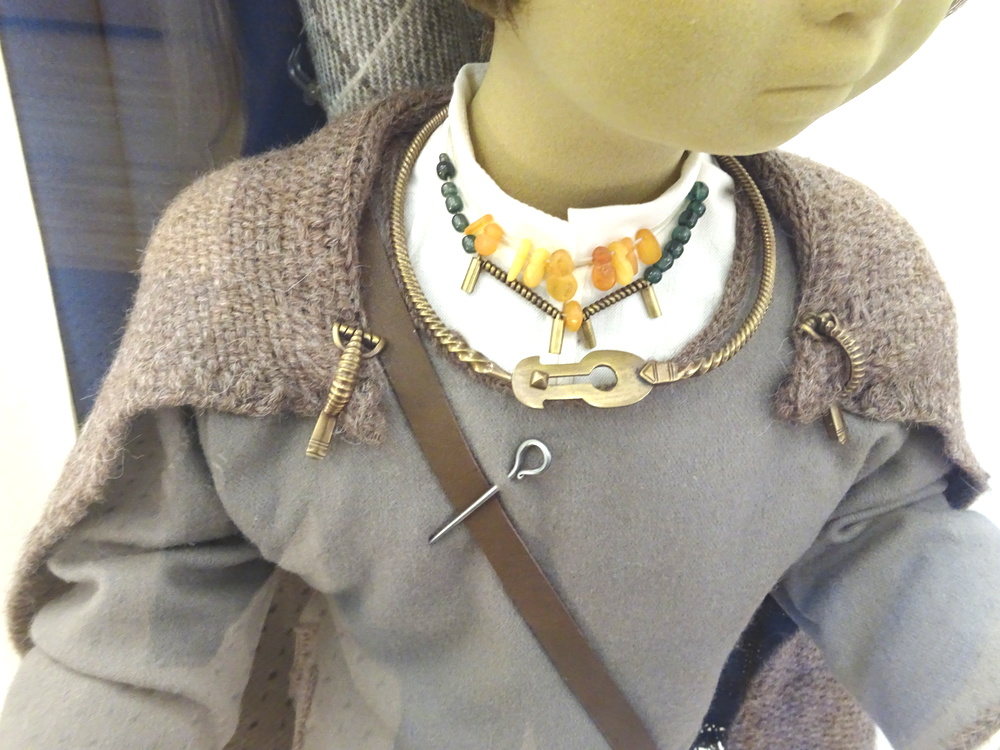
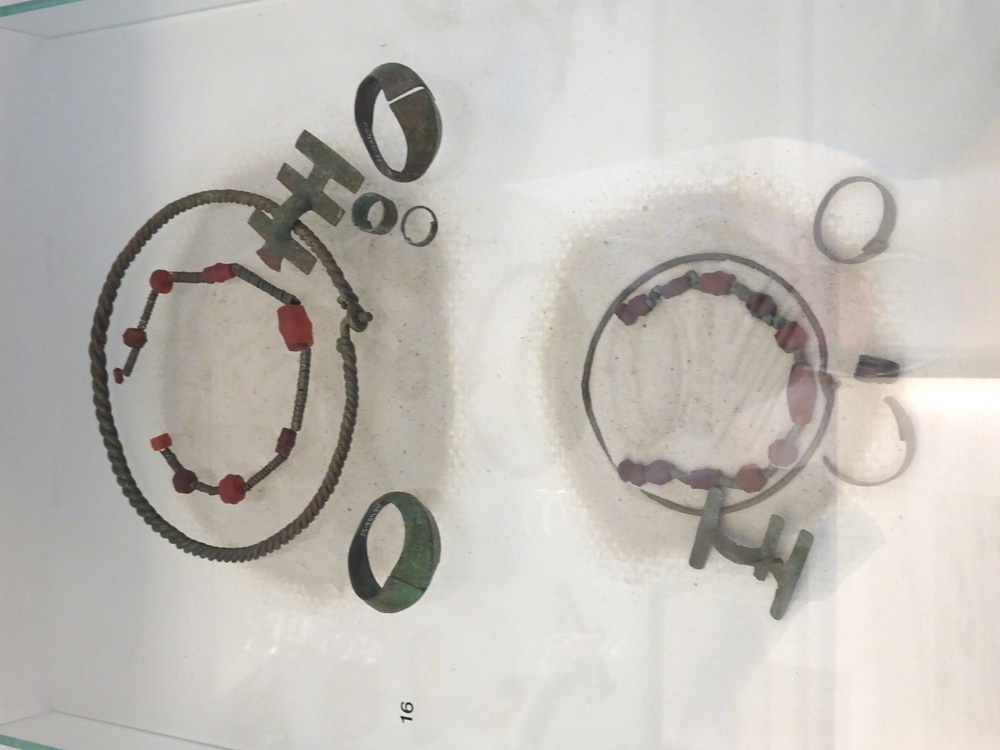
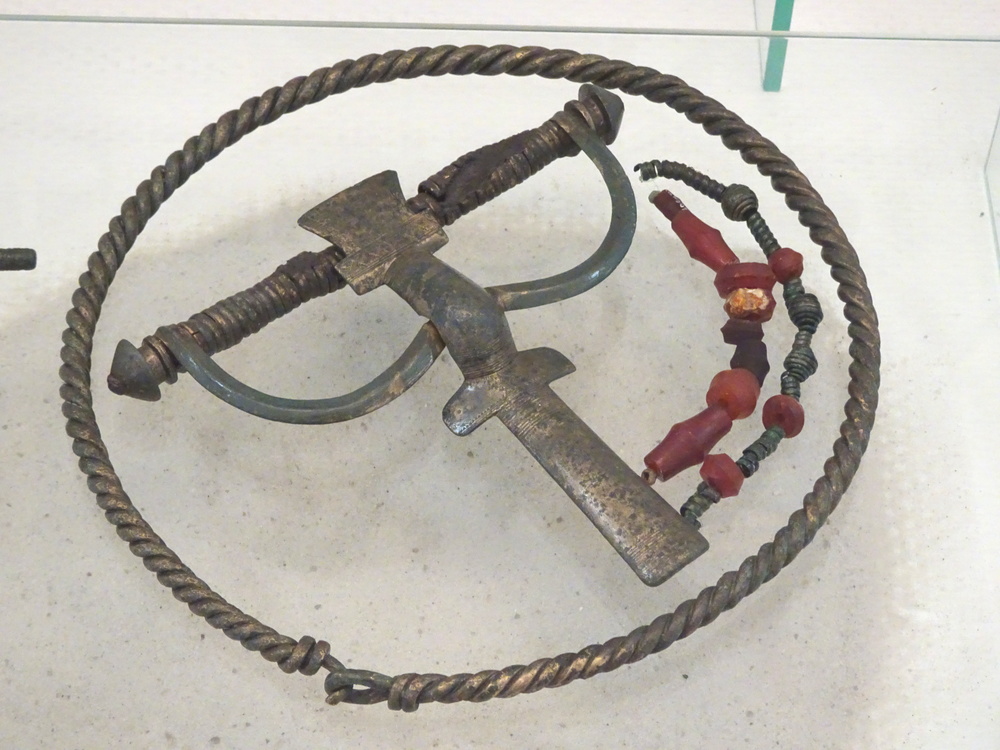
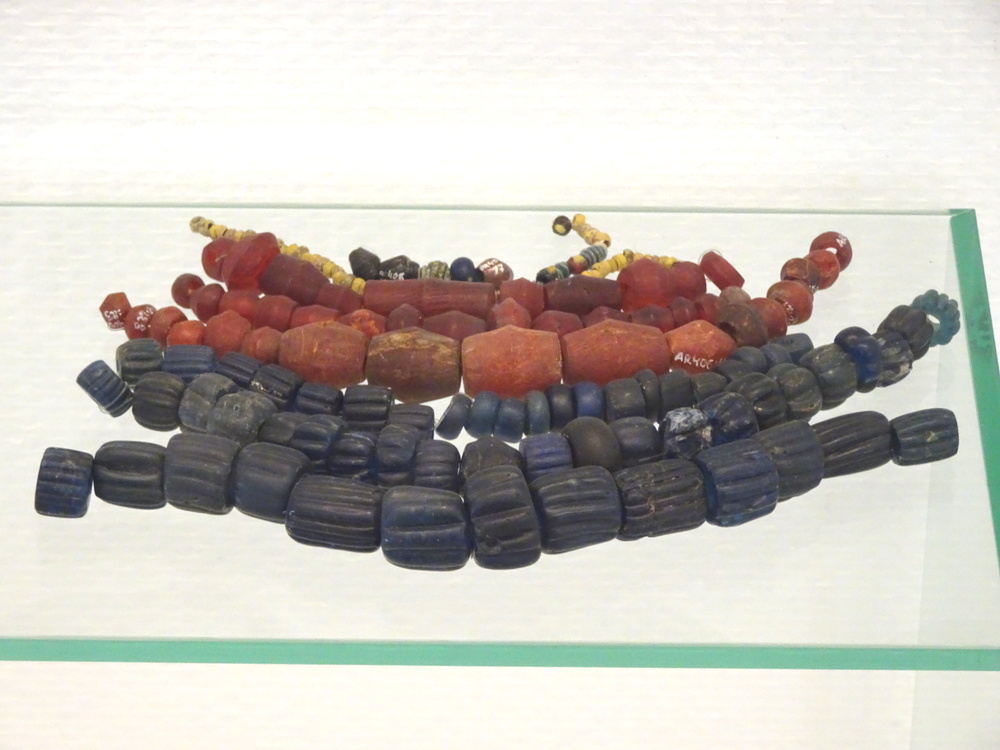
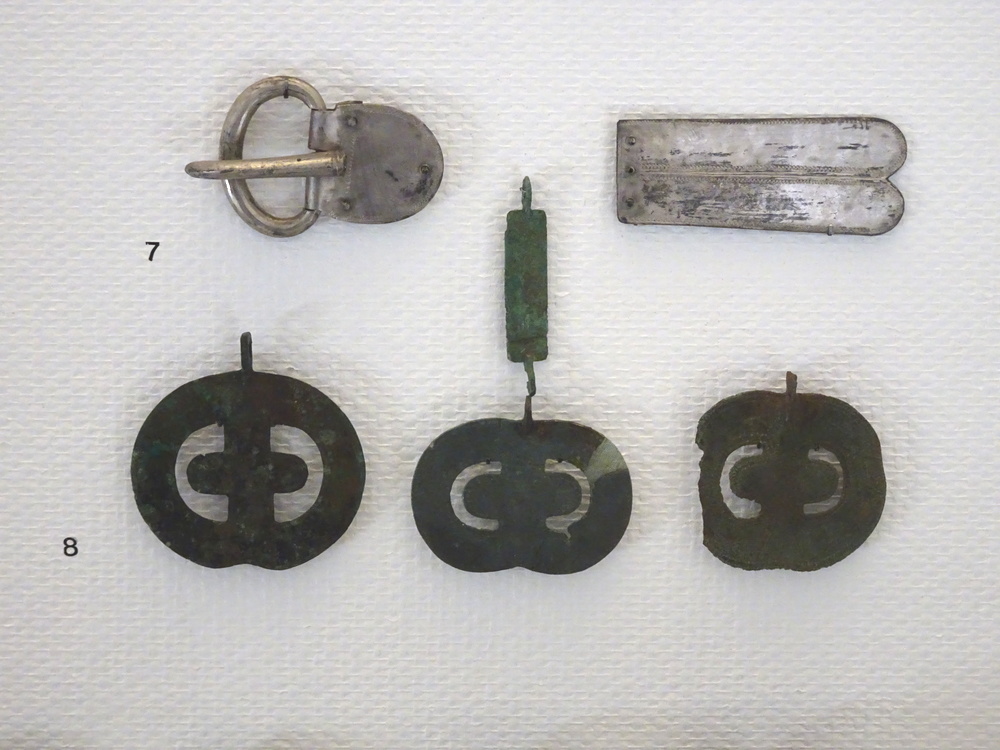
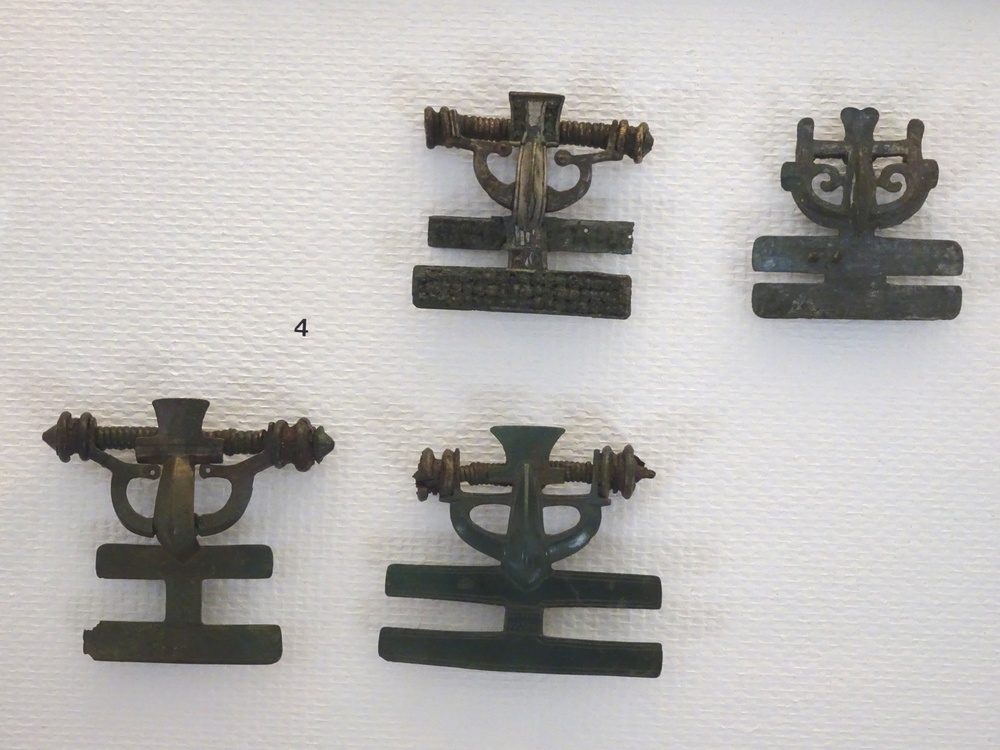
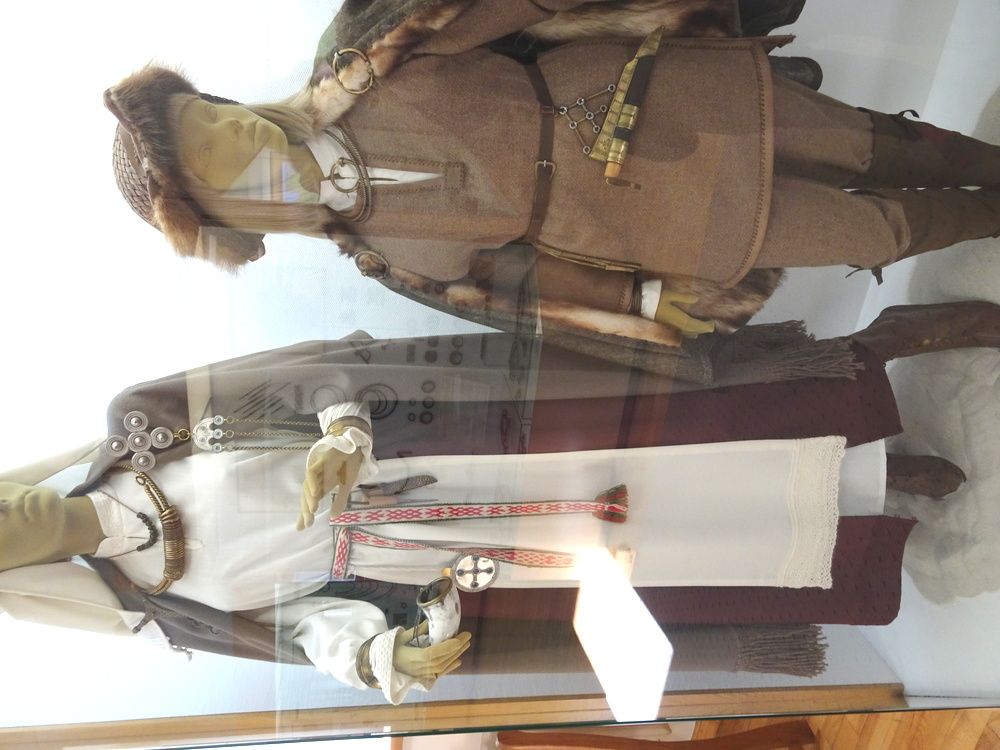
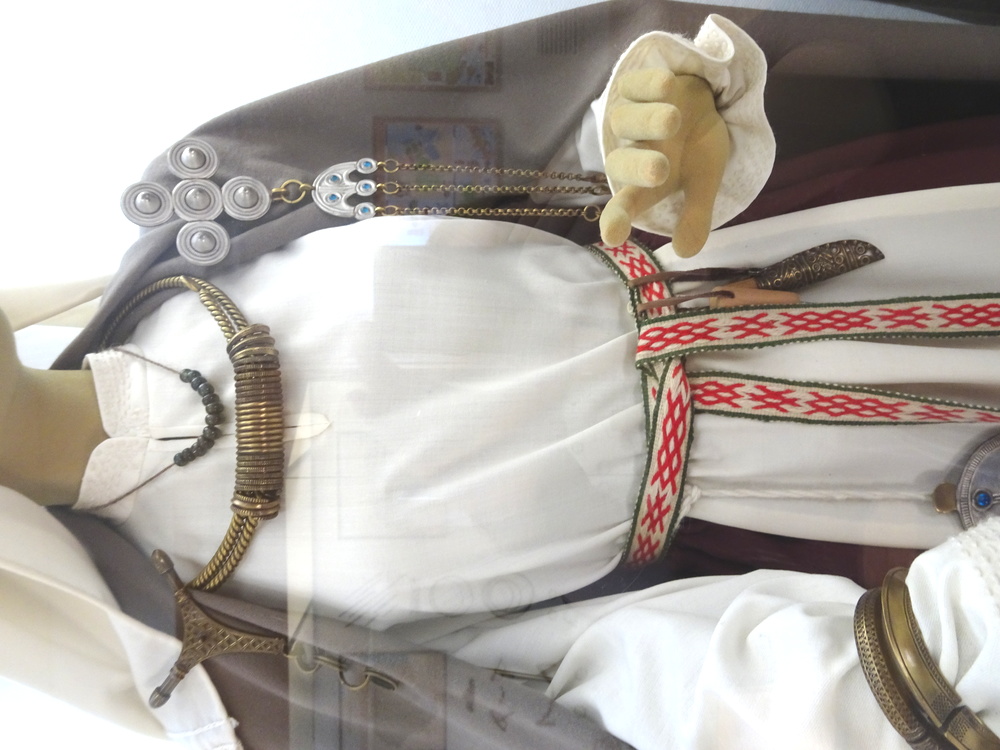
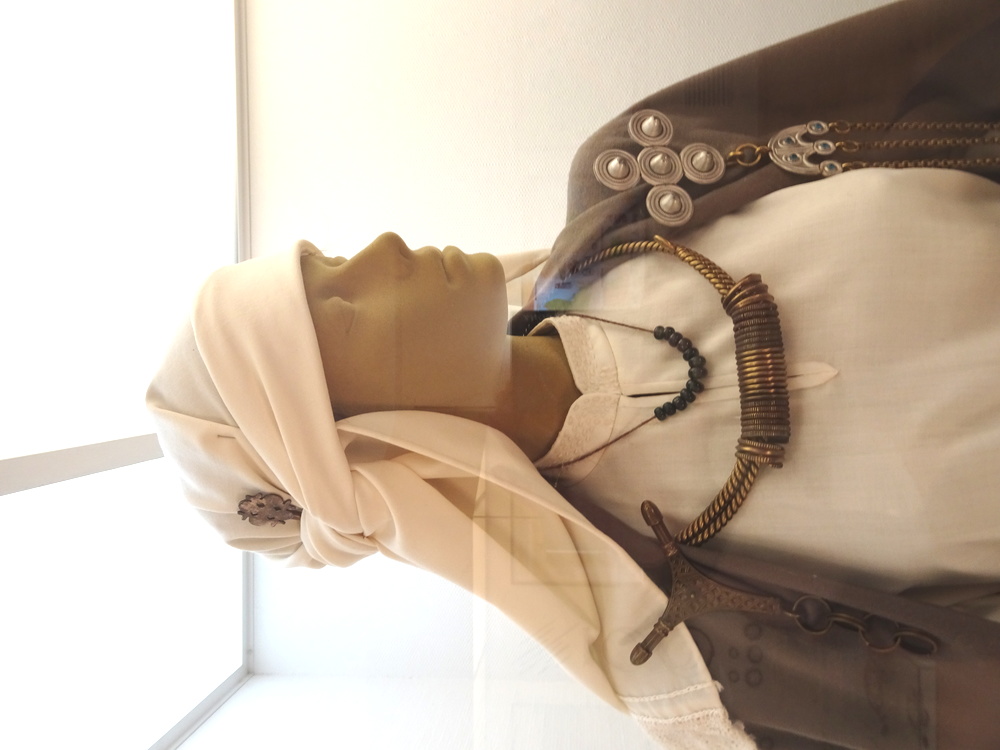
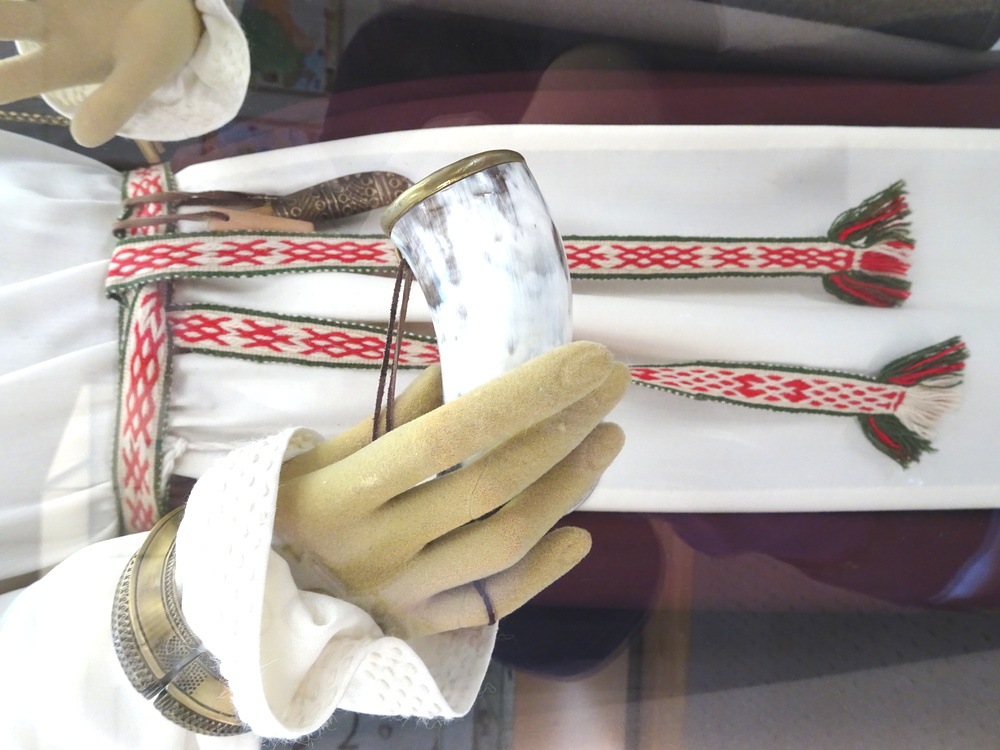
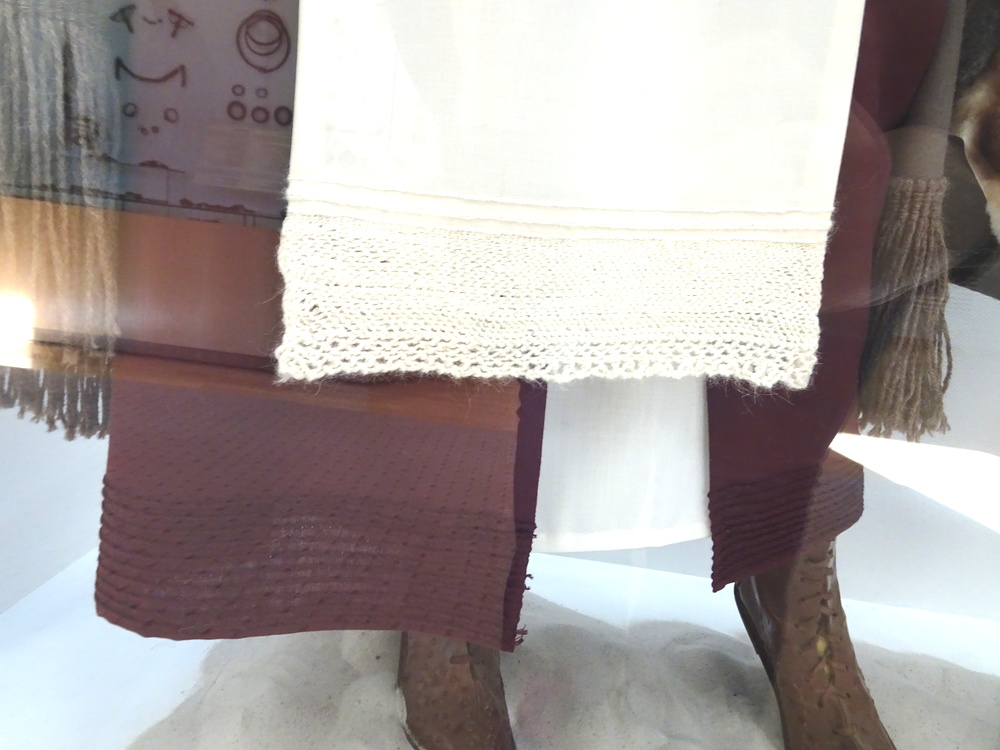
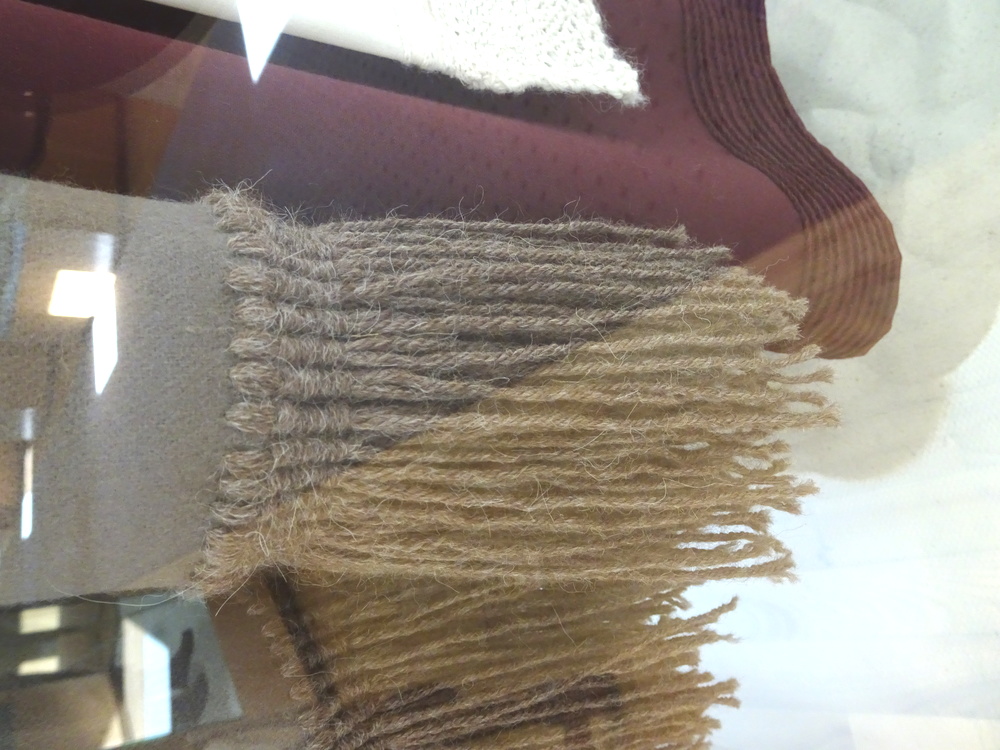
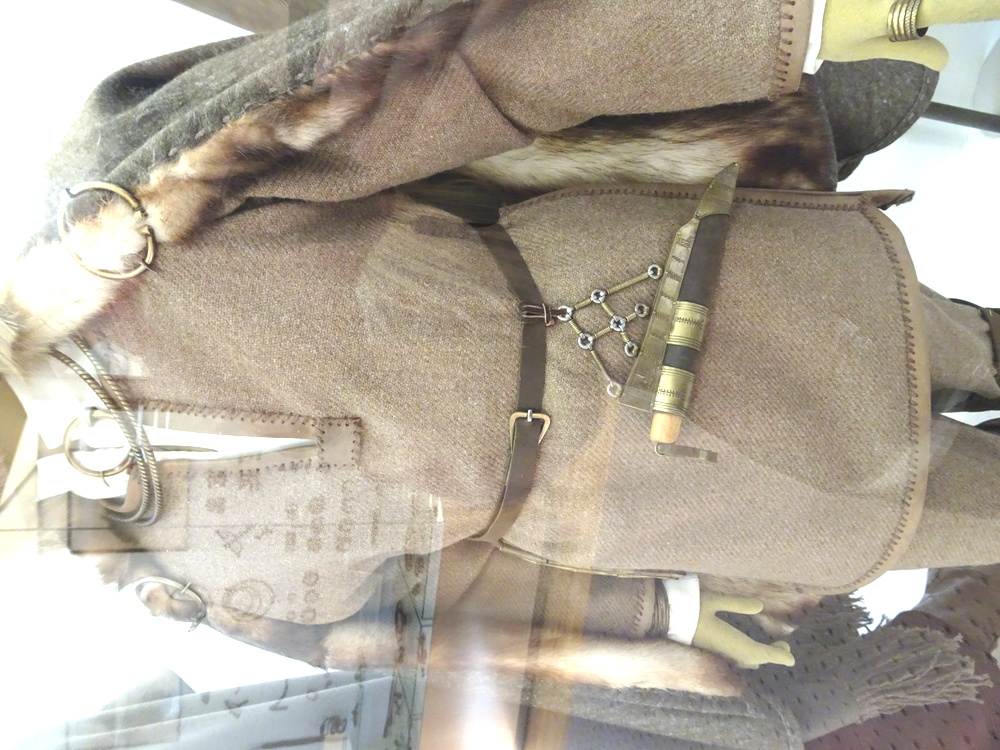
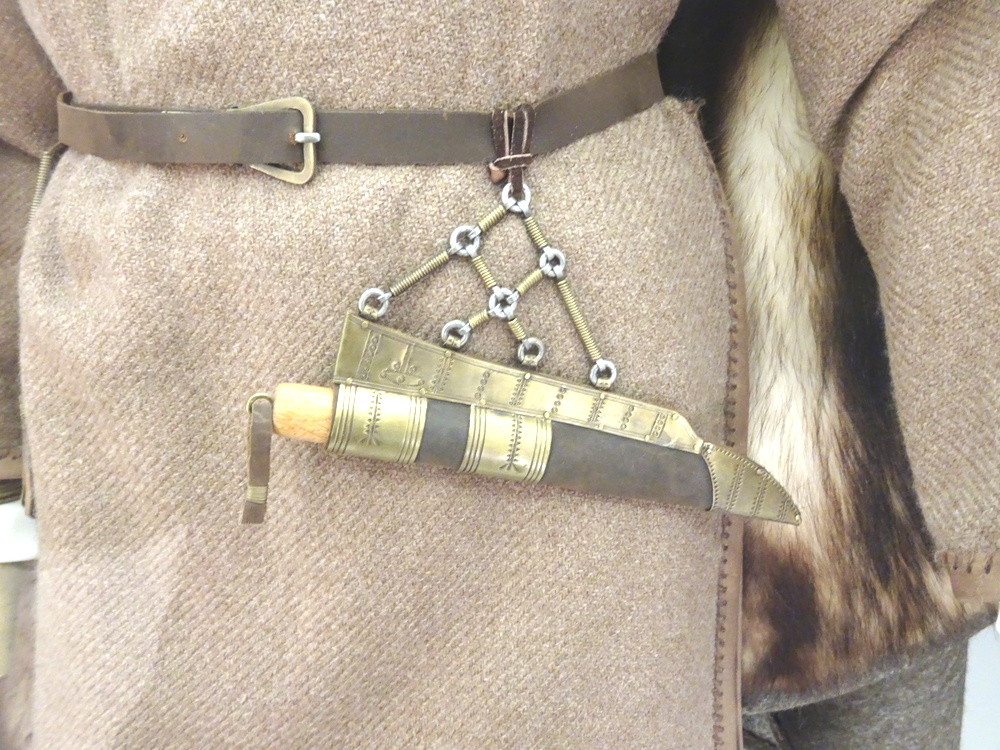
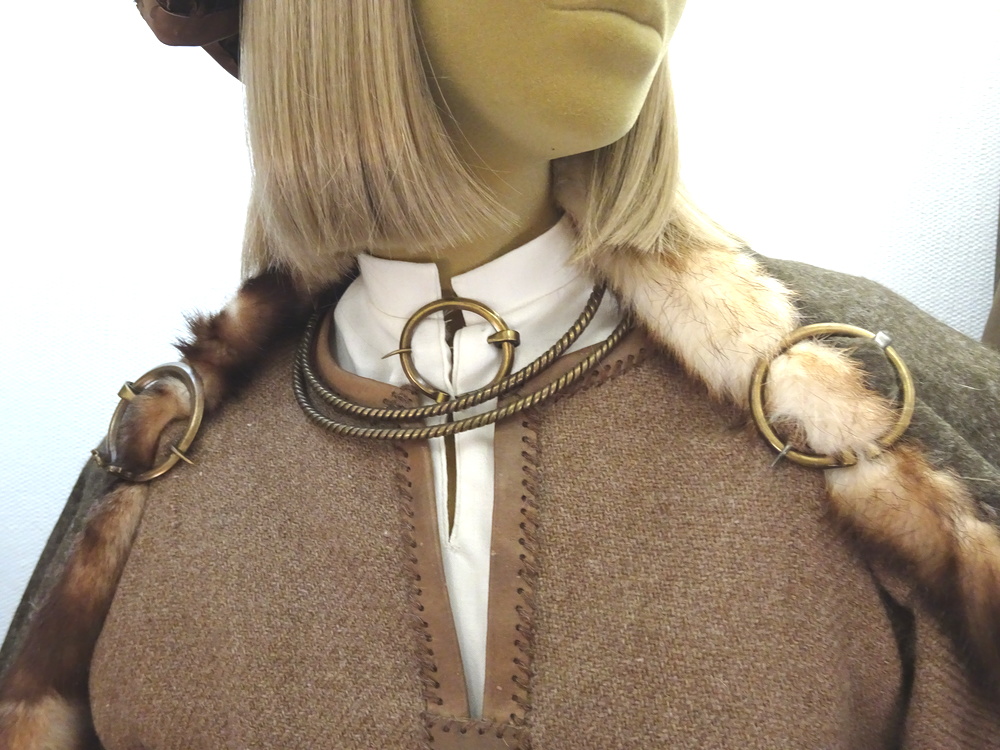
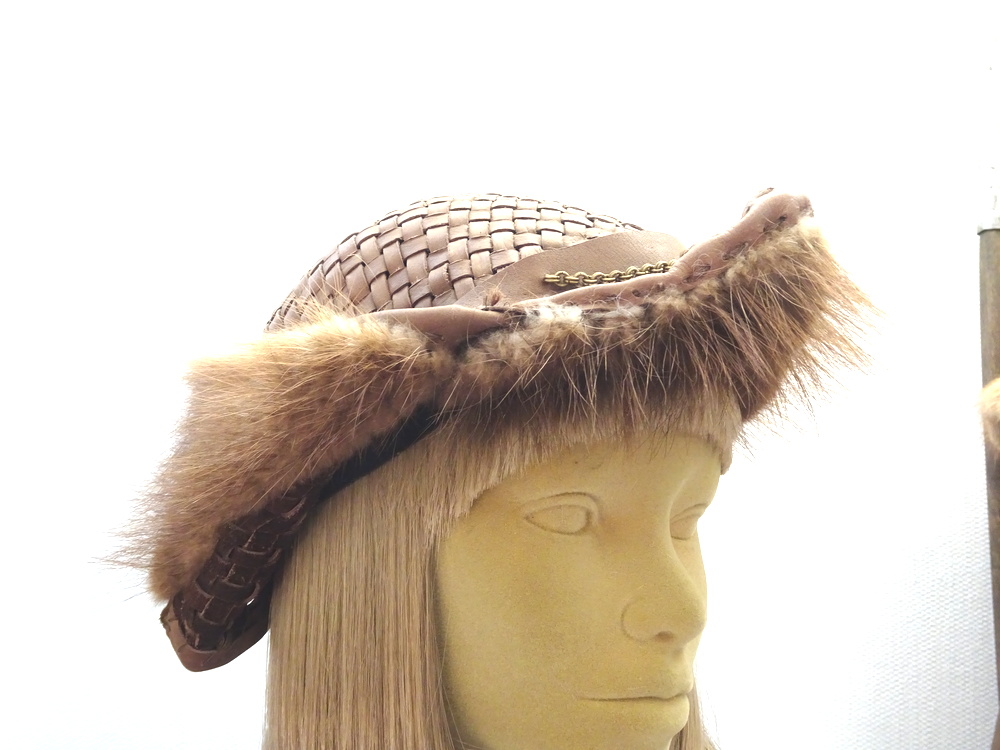
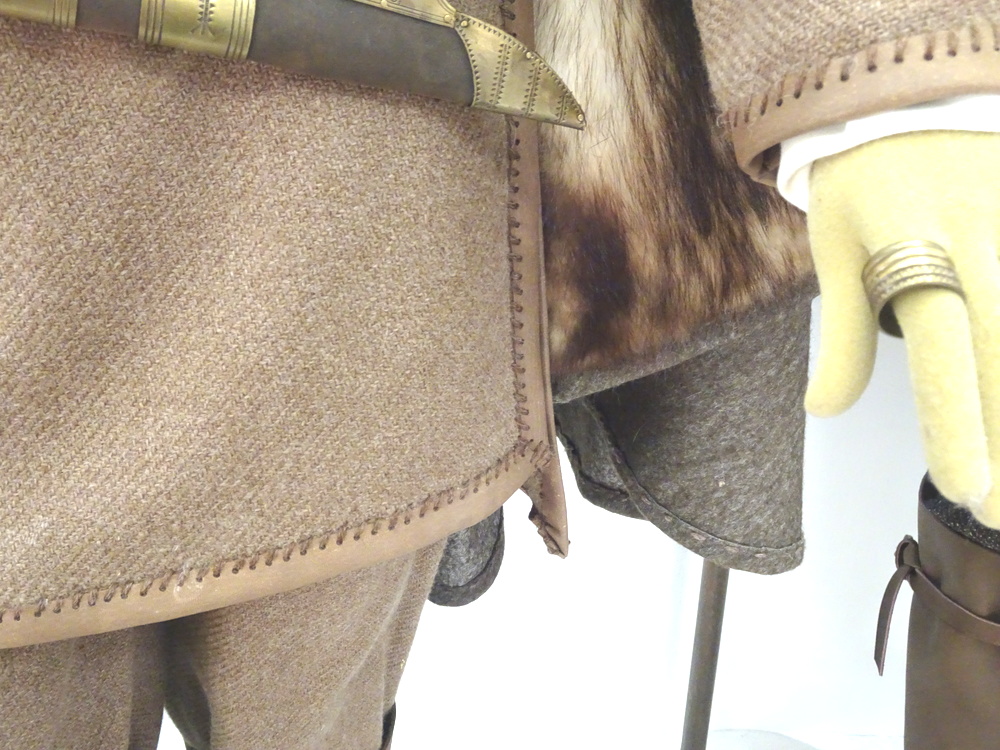
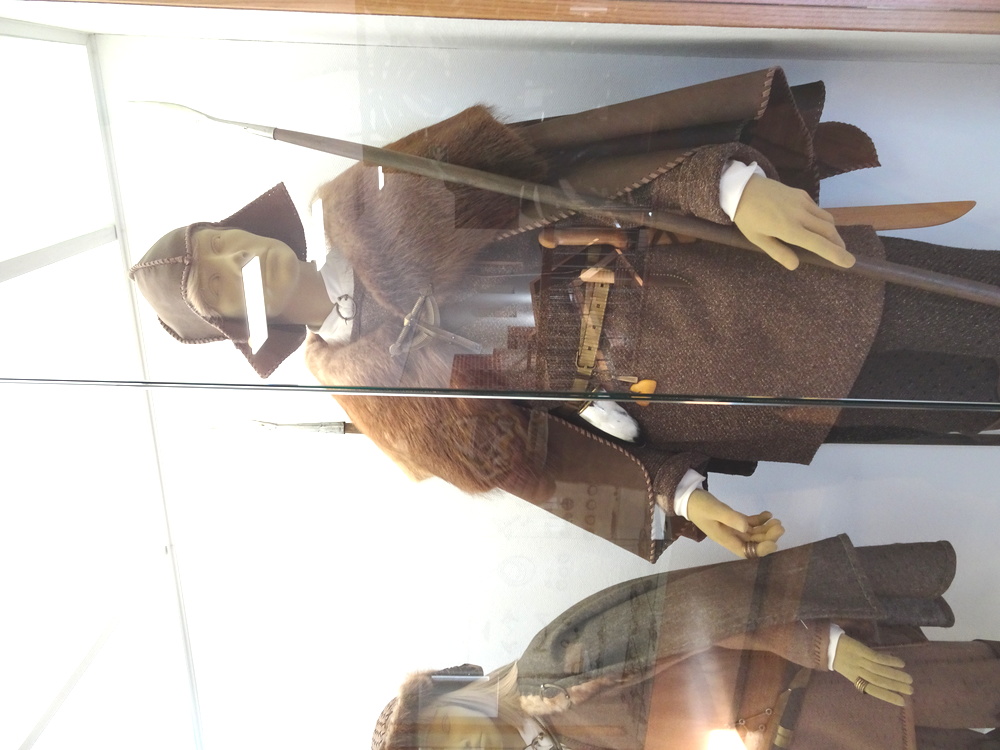
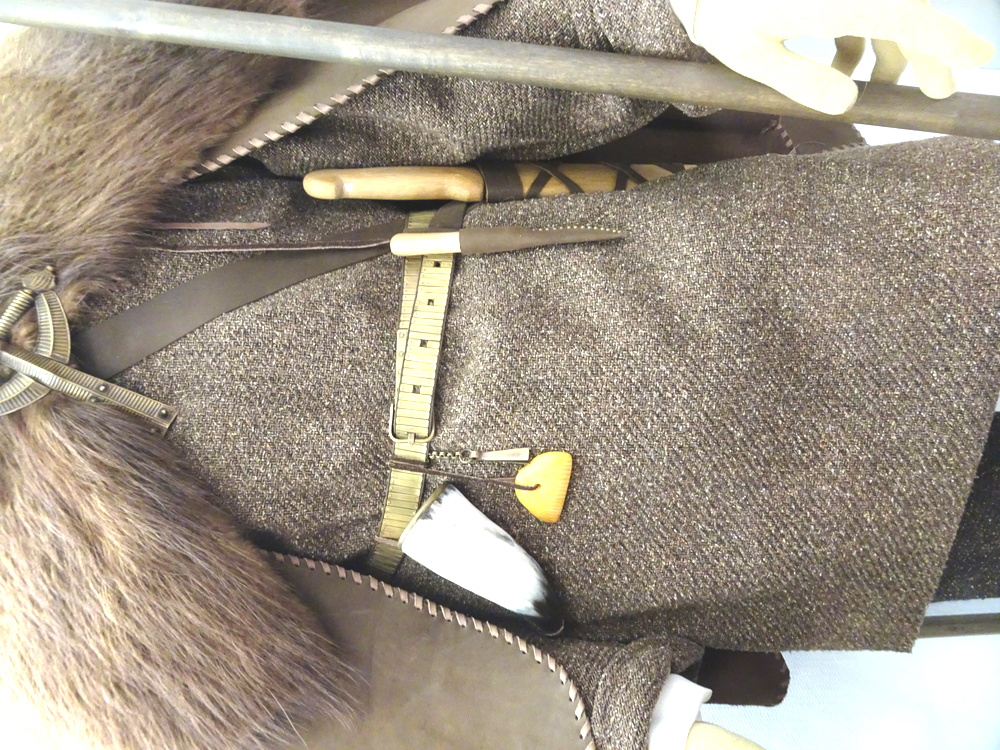
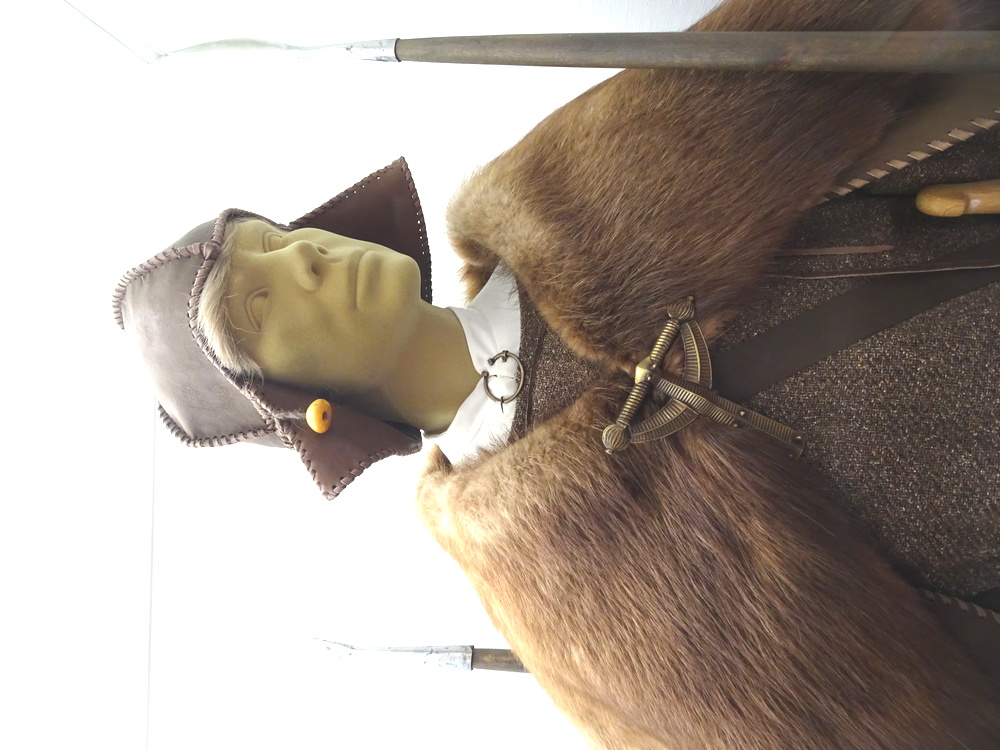
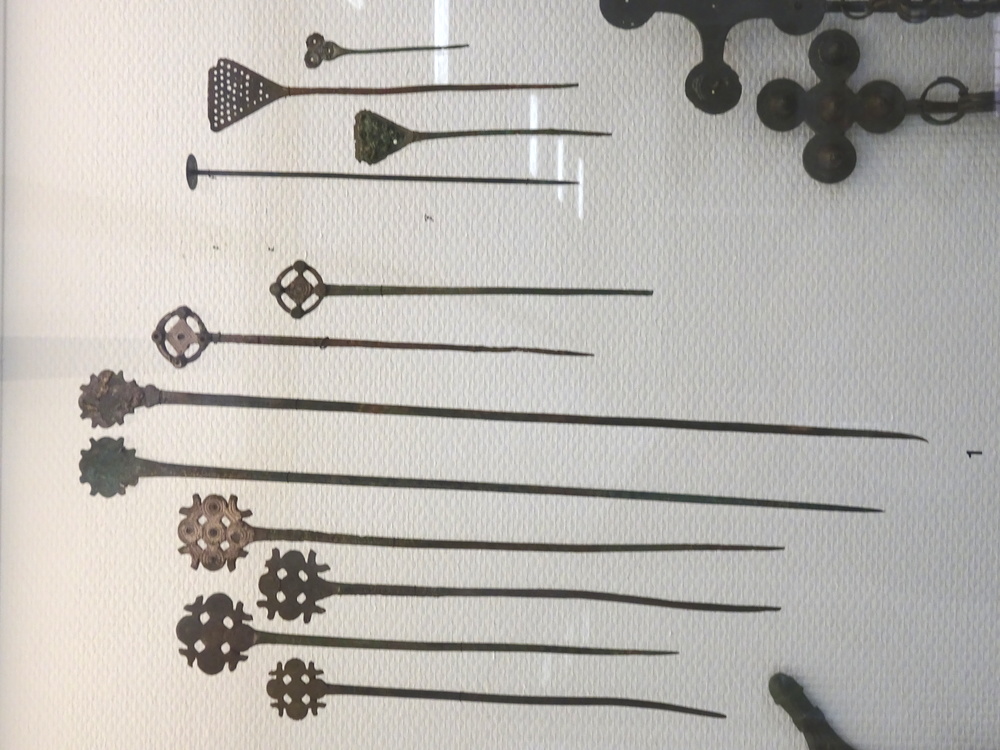
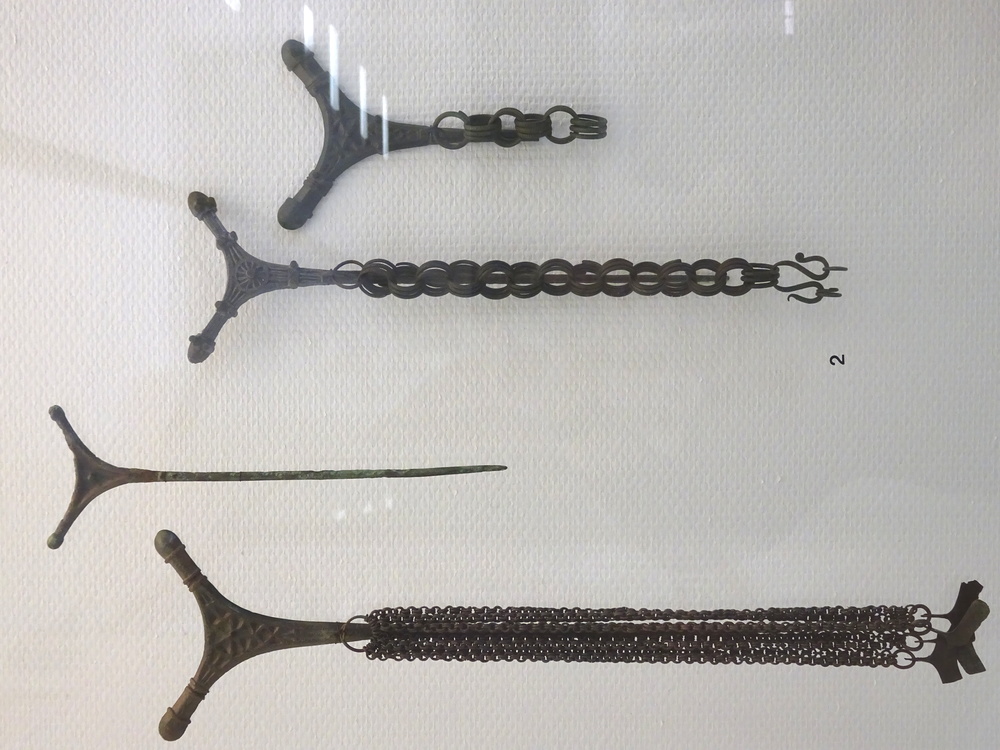
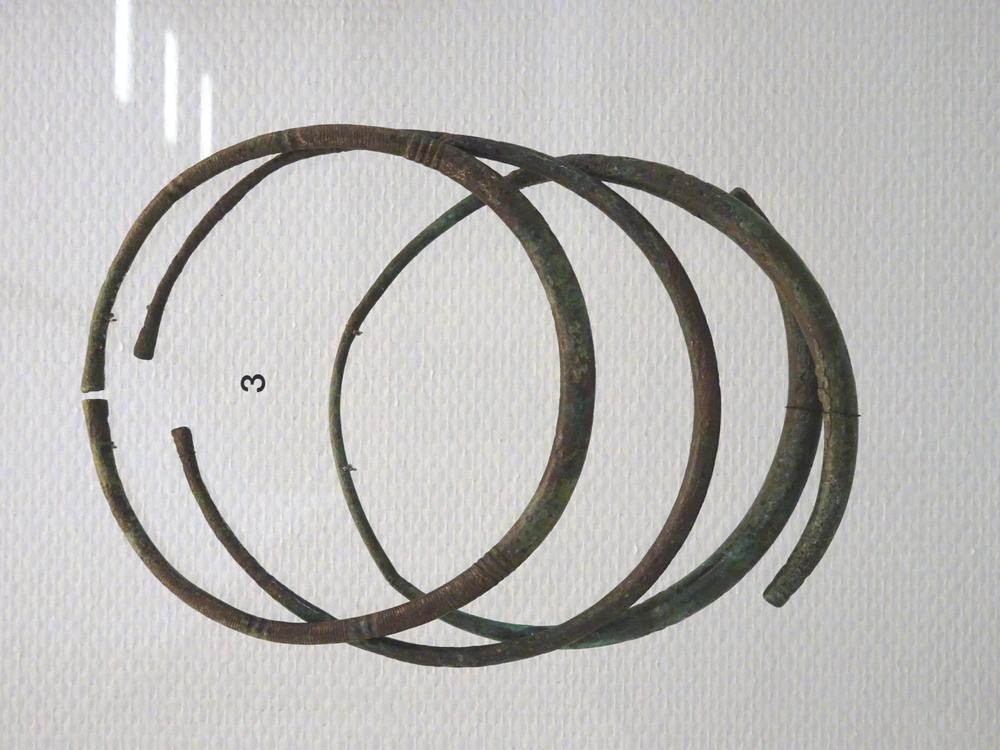
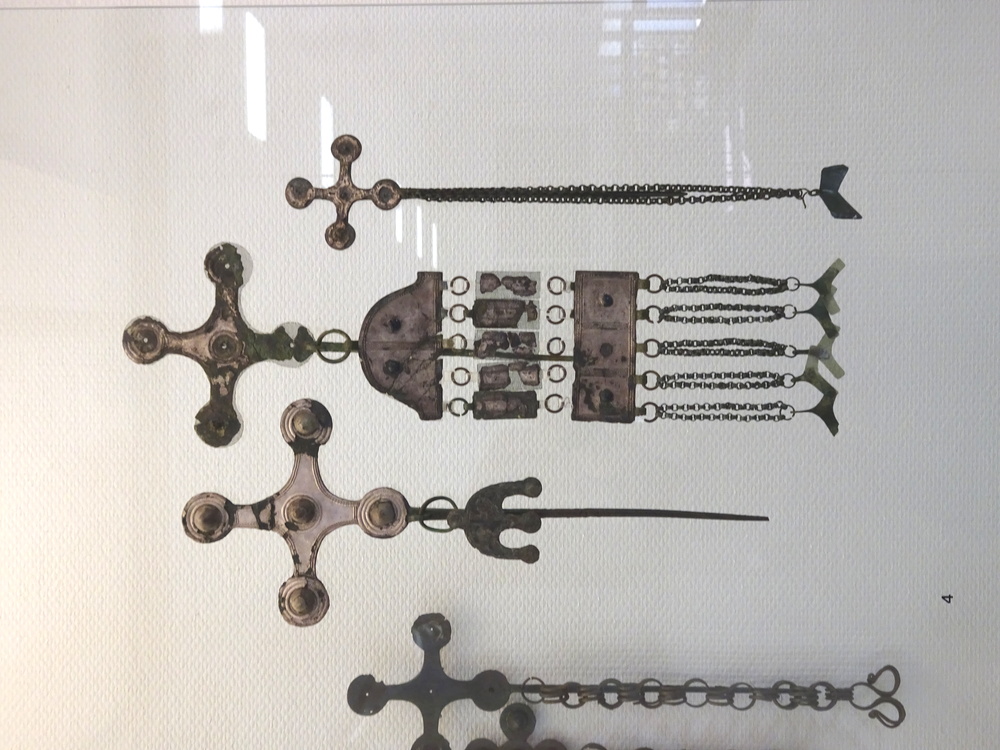
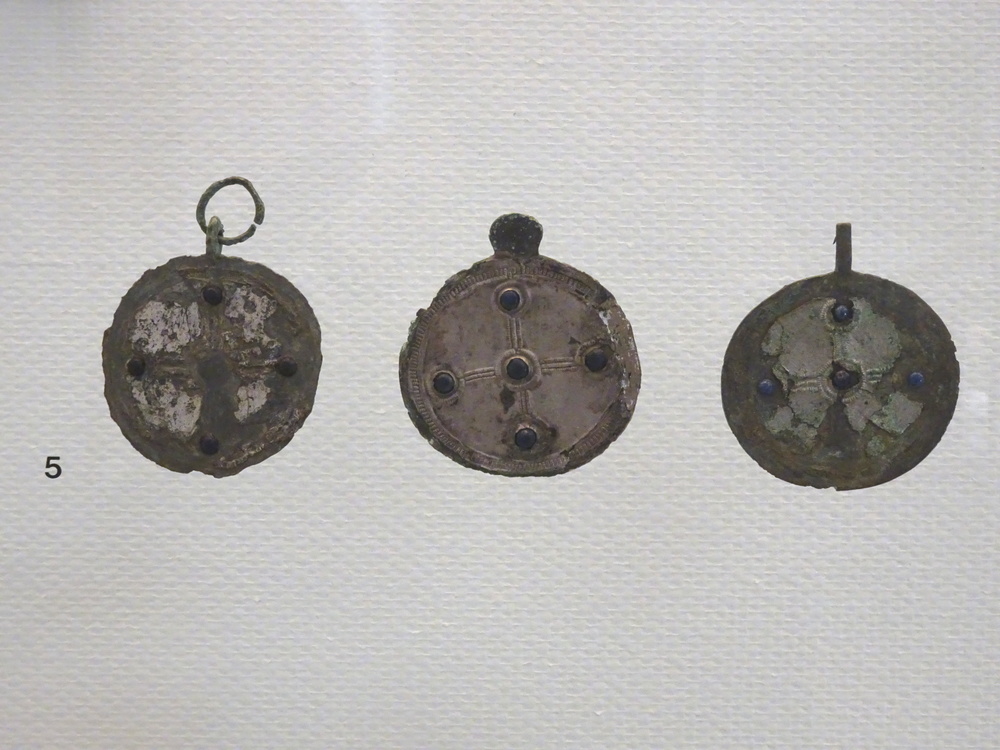
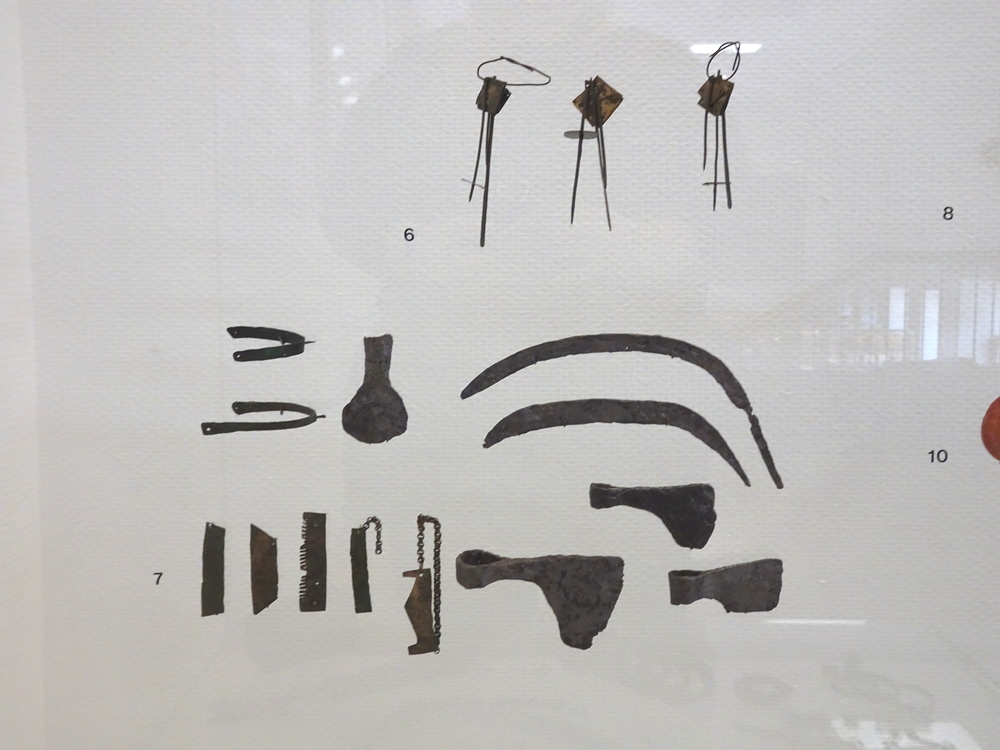
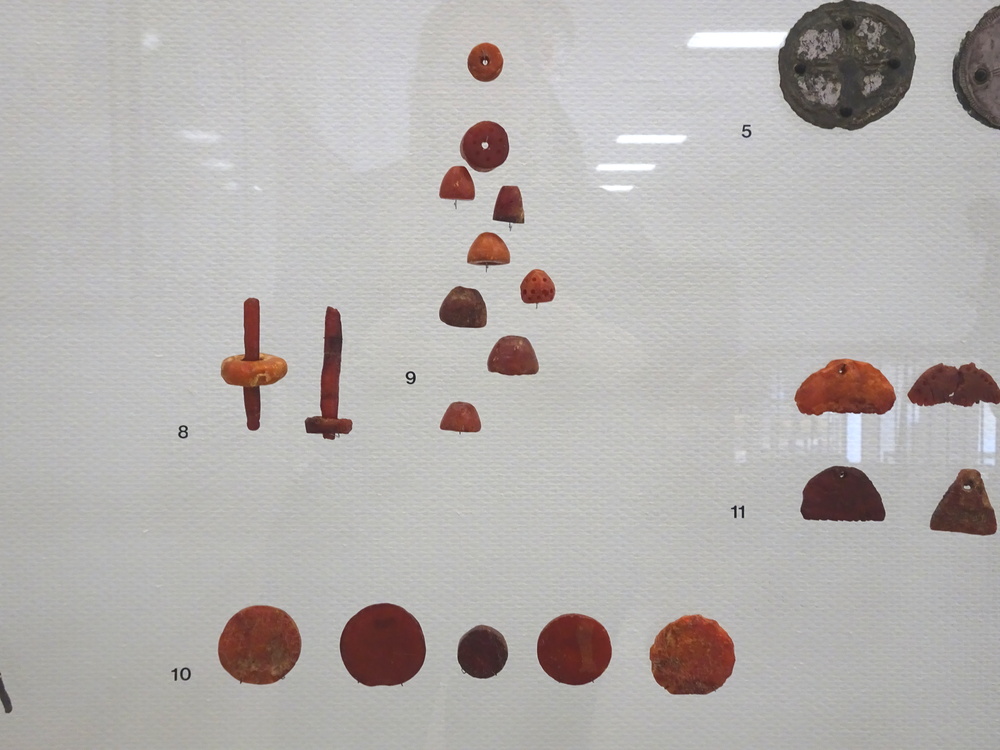
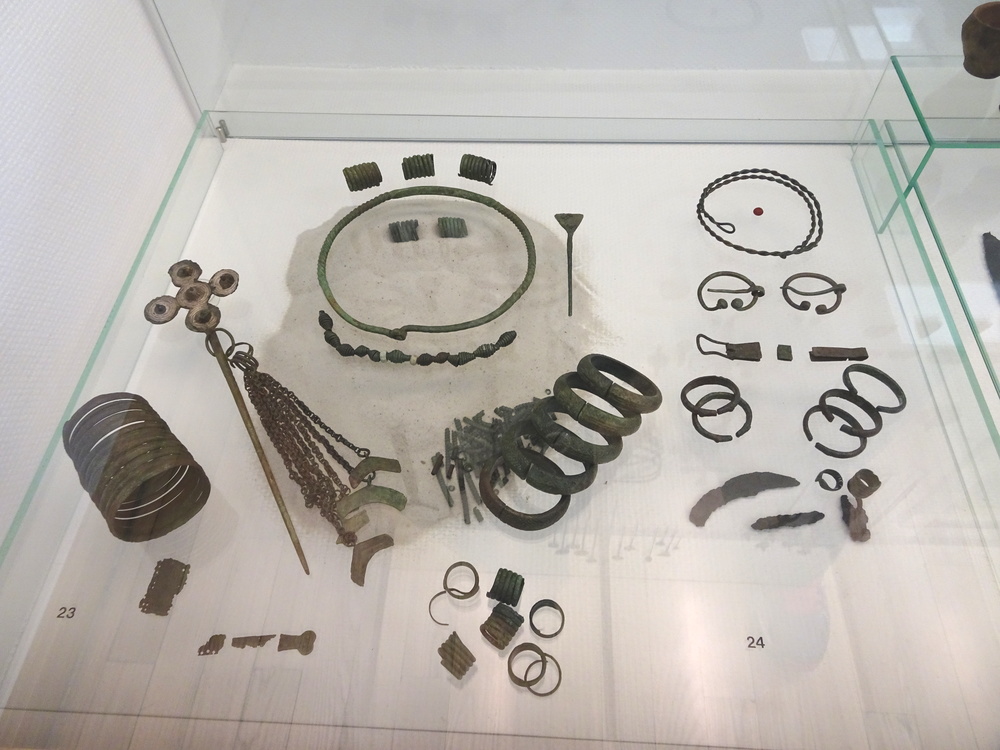
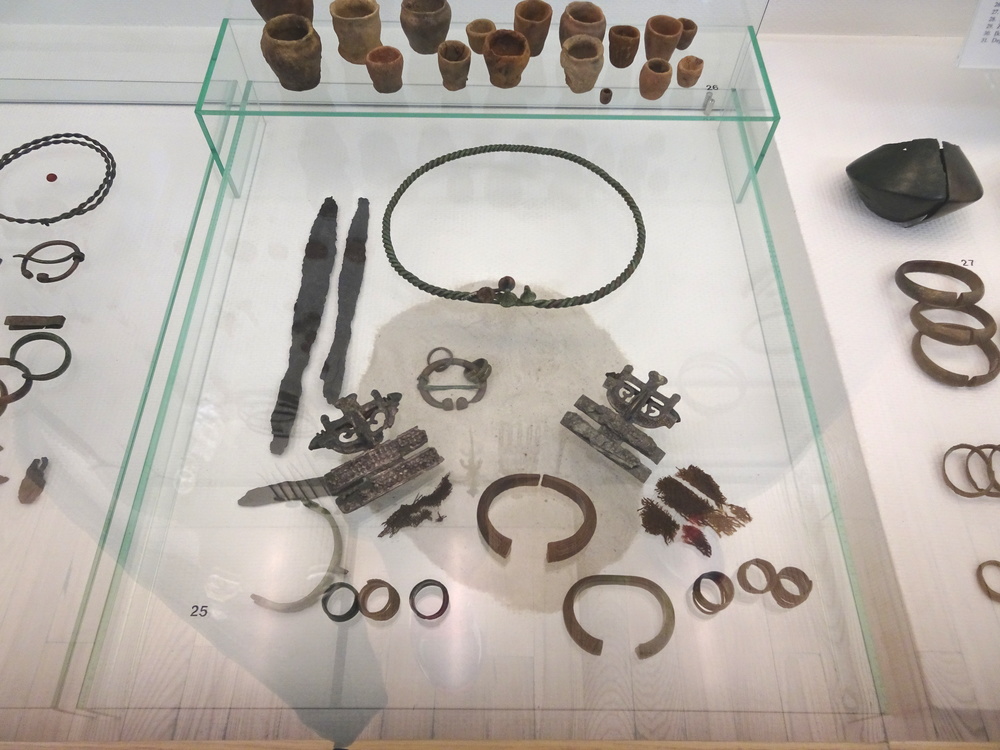
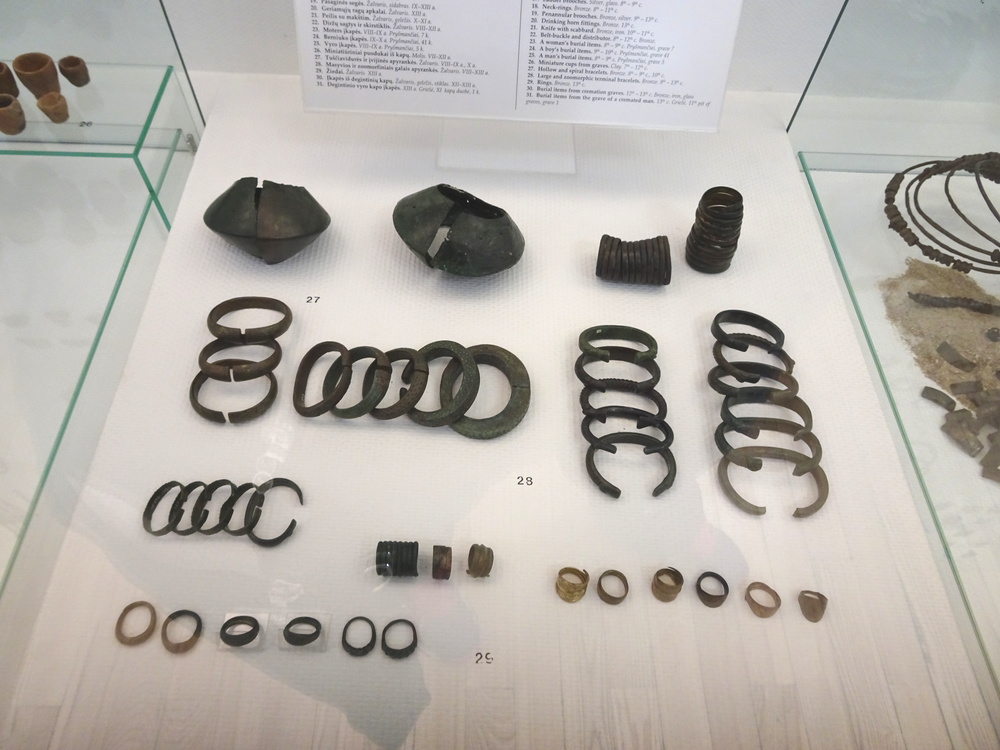
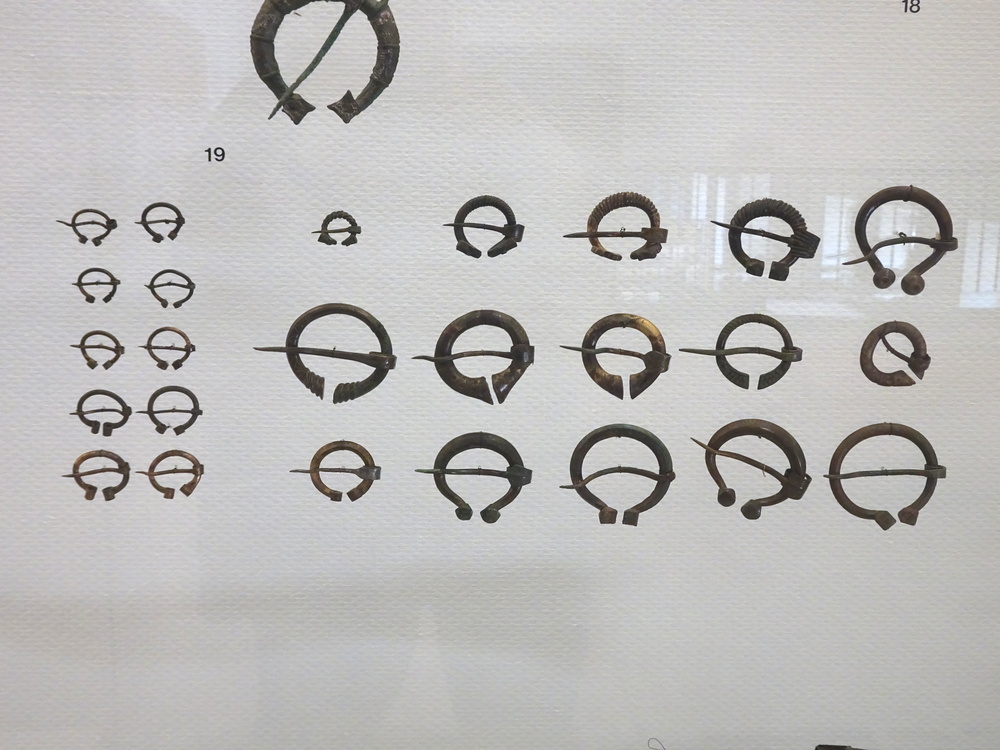
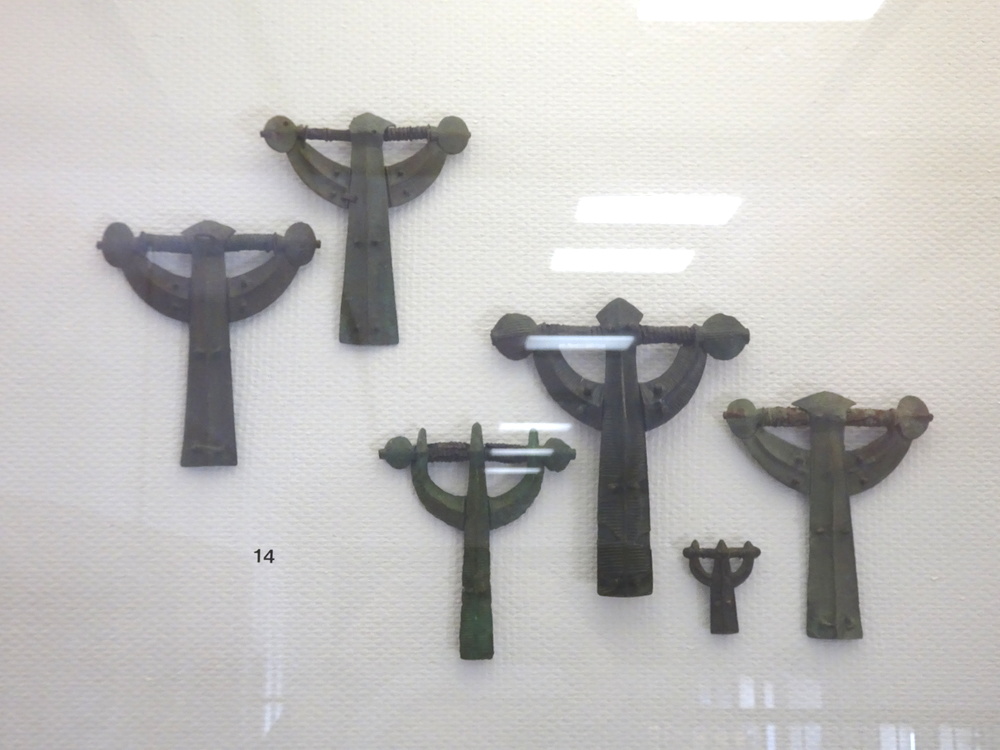
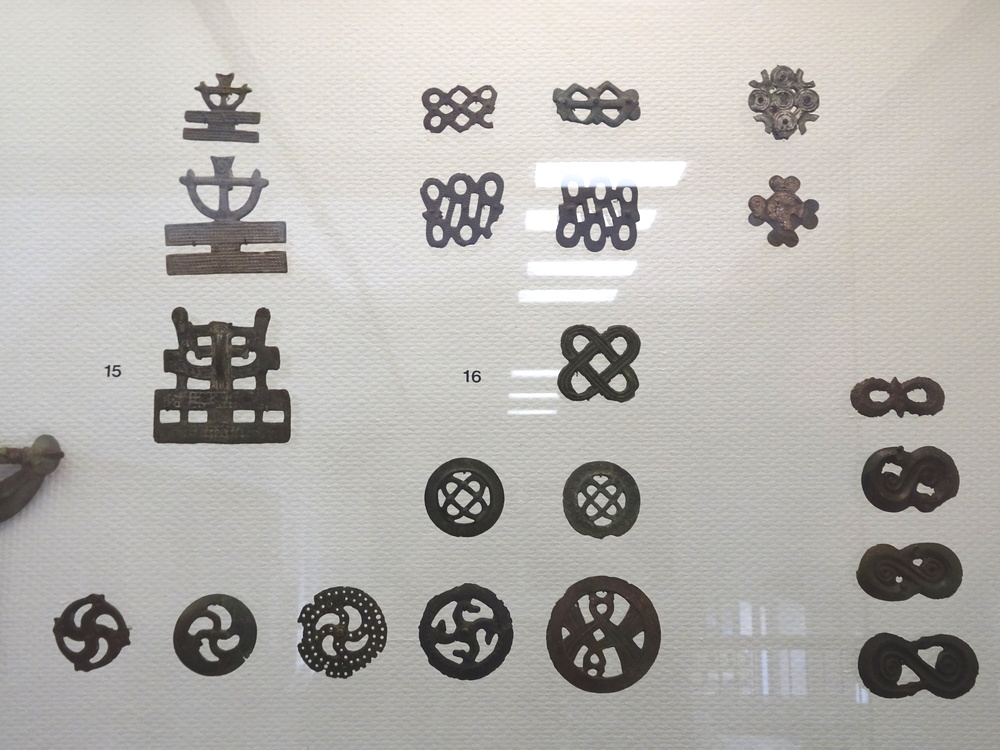
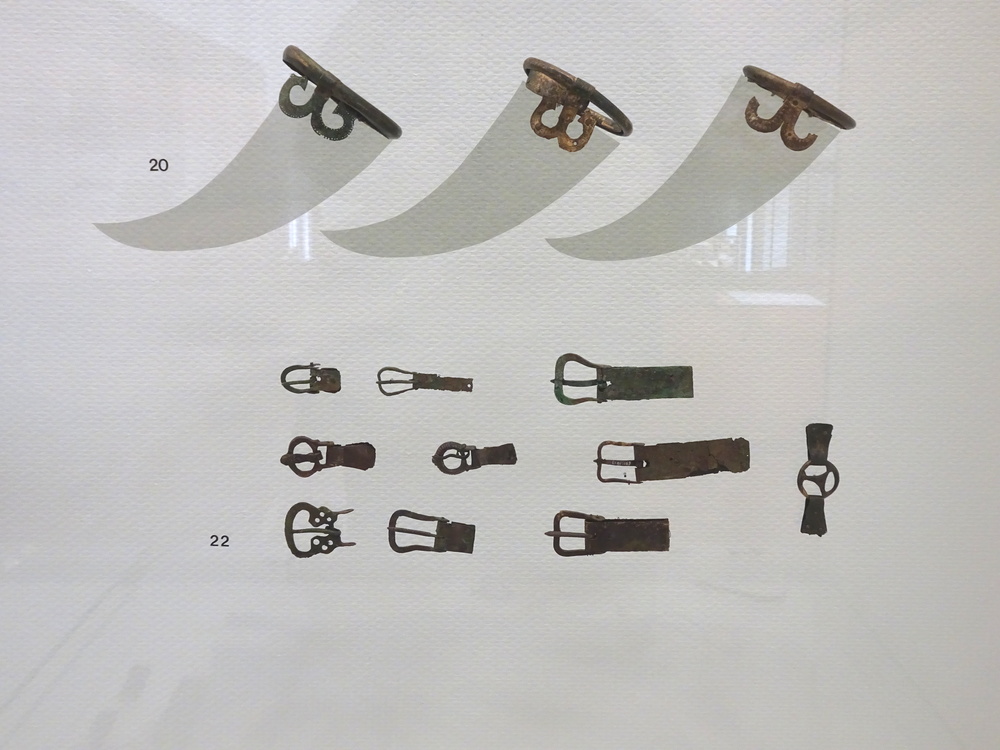
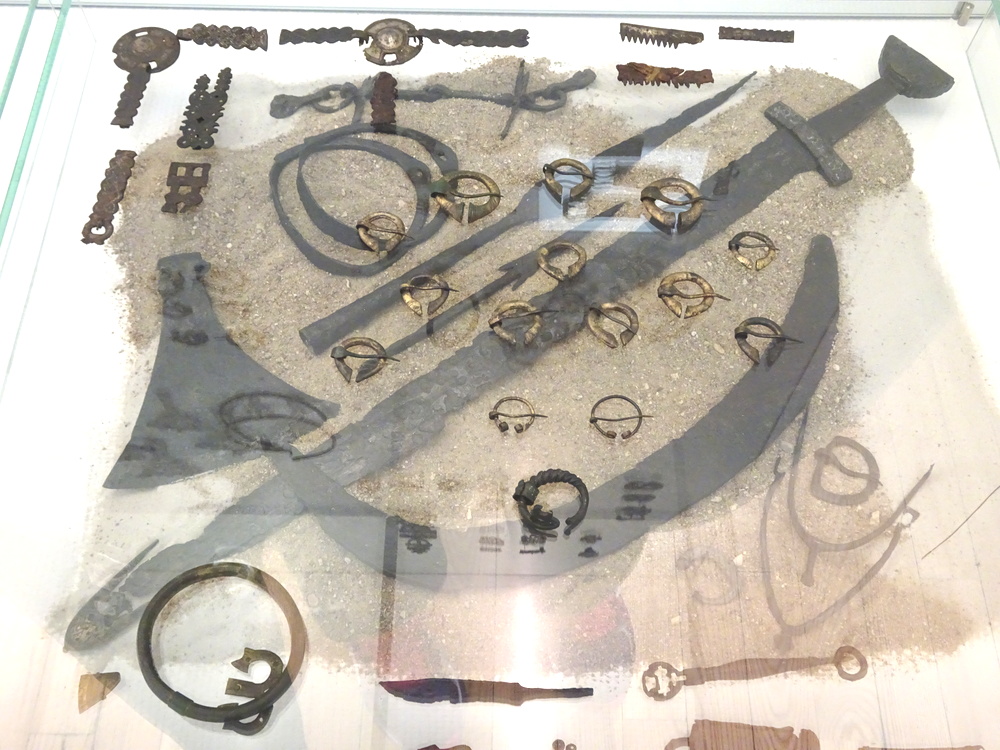
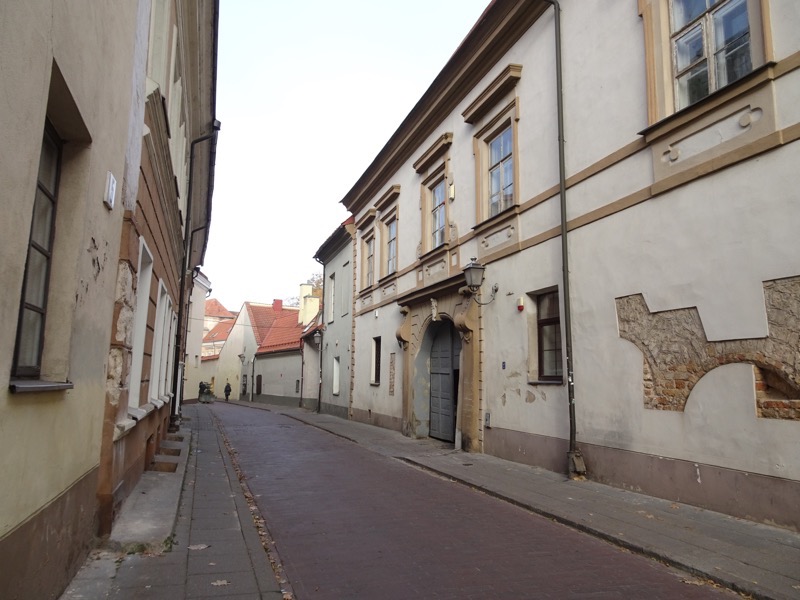 First area we head towards was towards the Vilnius Cathedral where we first encountered Gediminas. I thought he was King Gediminas but apparently no, he was Grand Duke Gediminas of Lithuania (c1275 – 1341) which is a pretty fancy title imho. Gediminas is believed to have founded the political entity that was Lithuania and is credited with expanding its territories from the Baltic to the Black Sea. He is one of the most important persons in early Lithuanian histor – he built the capital, Vilnius, and establishing a dynasty that at one point ruled over parts of Poland, Hungary and Bohemia.
First area we head towards was towards the Vilnius Cathedral where we first encountered Gediminas. I thought he was King Gediminas but apparently no, he was Grand Duke Gediminas of Lithuania (c1275 – 1341) which is a pretty fancy title imho. Gediminas is believed to have founded the political entity that was Lithuania and is credited with expanding its territories from the Baltic to the Black Sea. He is one of the most important persons in early Lithuanian histor – he built the capital, Vilnius, and establishing a dynasty that at one point ruled over parts of Poland, Hungary and Bohemia.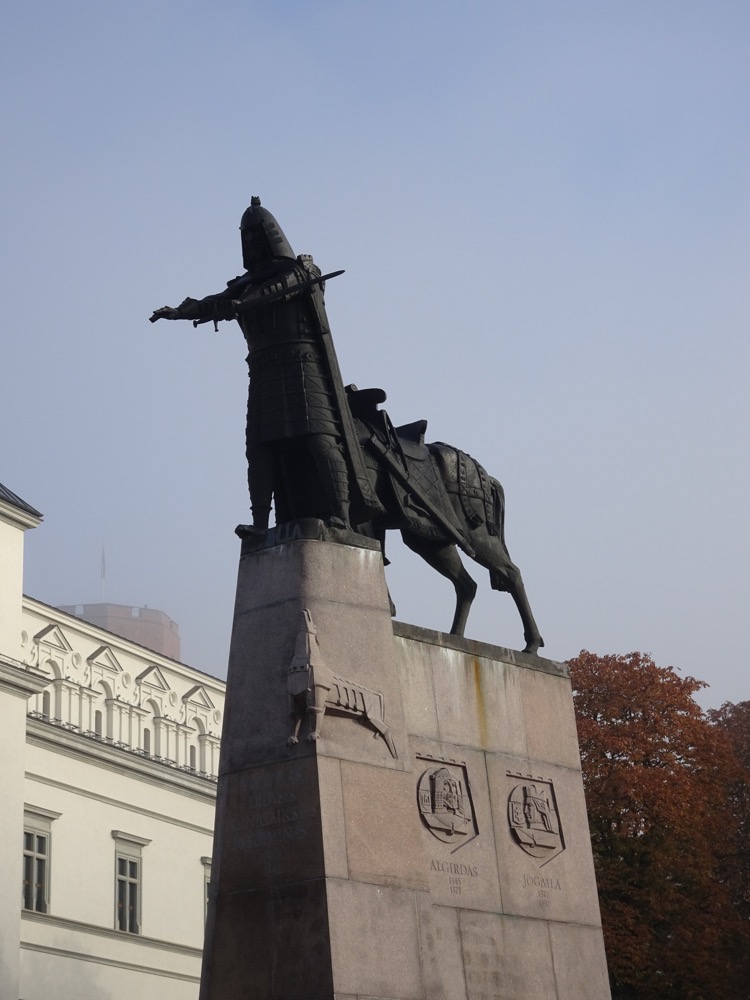 Nearby is the The Cathedral Basilica of St Stanislaus and St Ladislaus of Vilnius or the Vilnius Cathedral which is the main Roman Catholic Cathedral of Lithuania and considered the heart of the church and Catholicism Lithuania.
Nearby is the The Cathedral Basilica of St Stanislaus and St Ladislaus of Vilnius or the Vilnius Cathedral which is the main Roman Catholic Cathedral of Lithuania and considered the heart of the church and Catholicism Lithuania.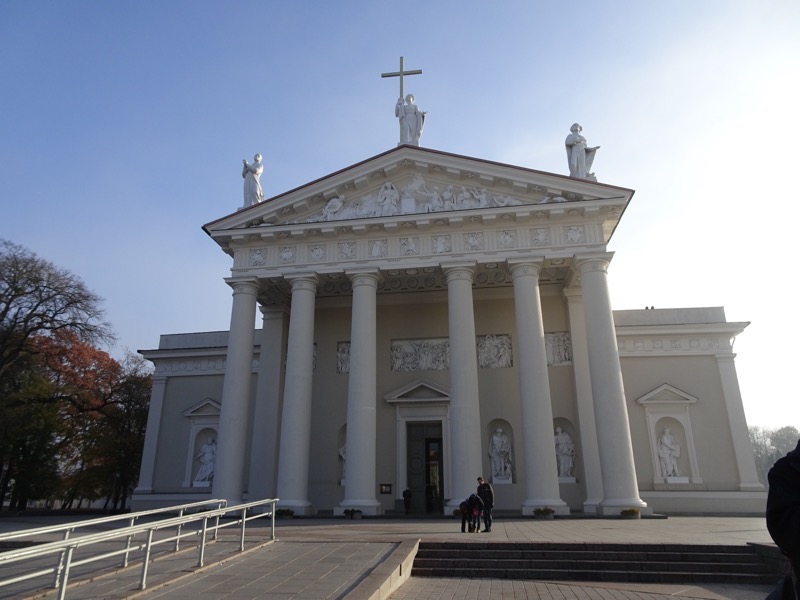
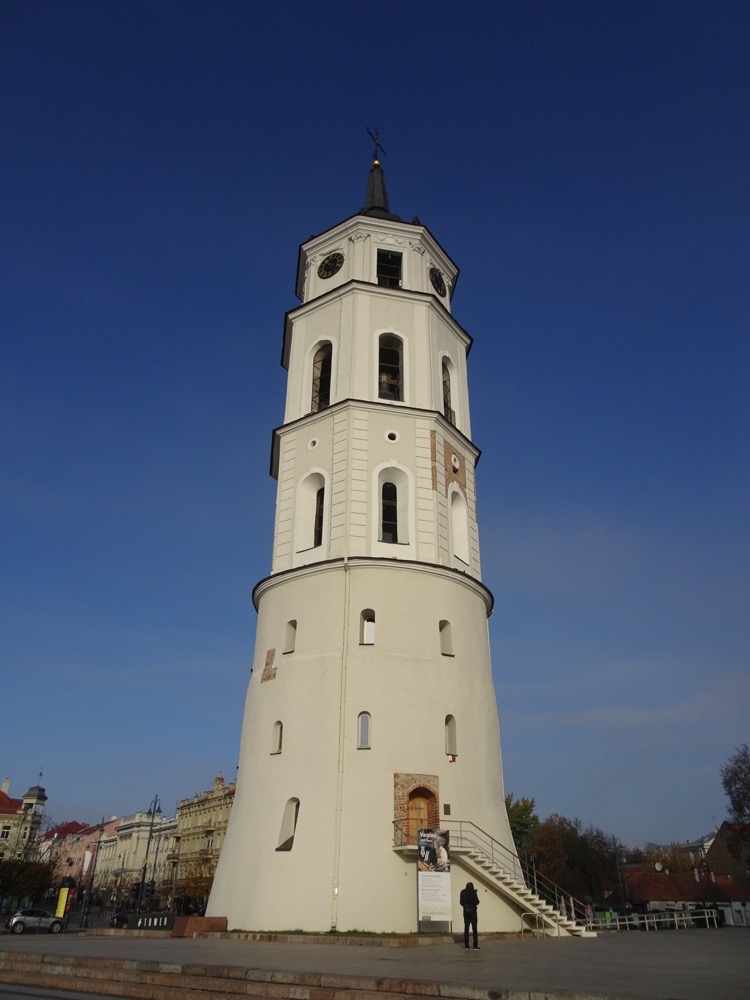
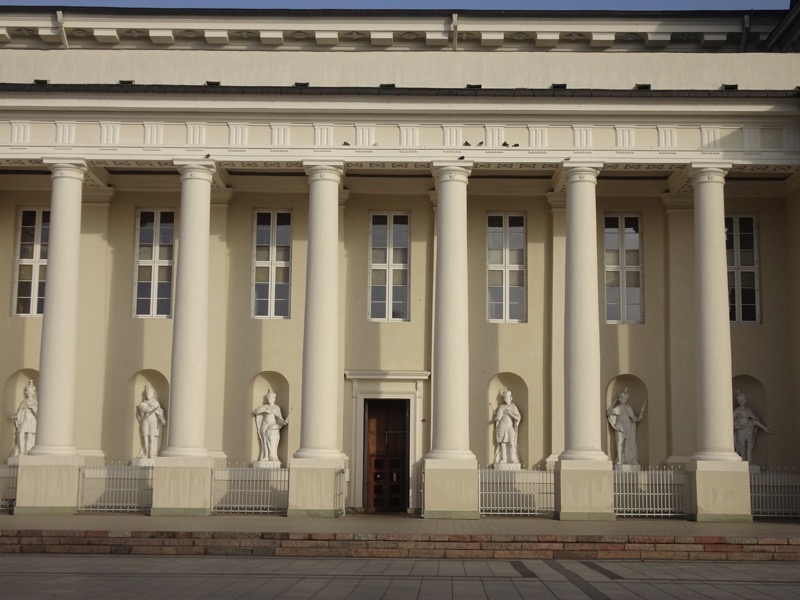
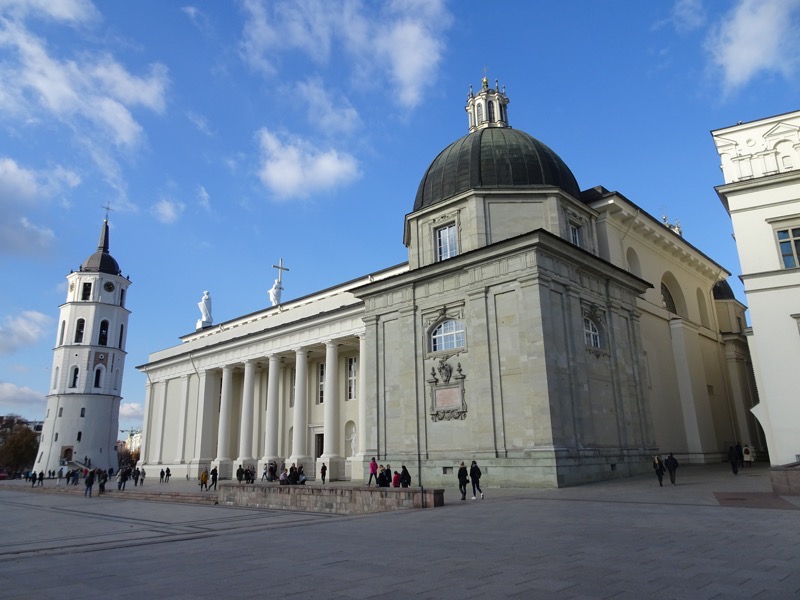 It is thought that the Lithuanian King Mindaugas (he first known Grand Duke of Lithuania and the only King of Lithuania) ordered the construction of the first cathedral on this site in 1251, after he converted to Christianity and appointed a bishop to Lithuania. Remains of an archaic quadratic church with three naves and massive buttresses were discovered beneath the current structure in the late 20th century. After Mindaugas karked it however, in 1263, that cathedral went back to being a place of pagan worship again.
It is thought that the Lithuanian King Mindaugas (he first known Grand Duke of Lithuania and the only King of Lithuania) ordered the construction of the first cathedral on this site in 1251, after he converted to Christianity and appointed a bishop to Lithuania. Remains of an archaic quadratic church with three naves and massive buttresses were discovered beneath the current structure in the late 20th century. After Mindaugas karked it however, in 1263, that cathedral went back to being a place of pagan worship again. 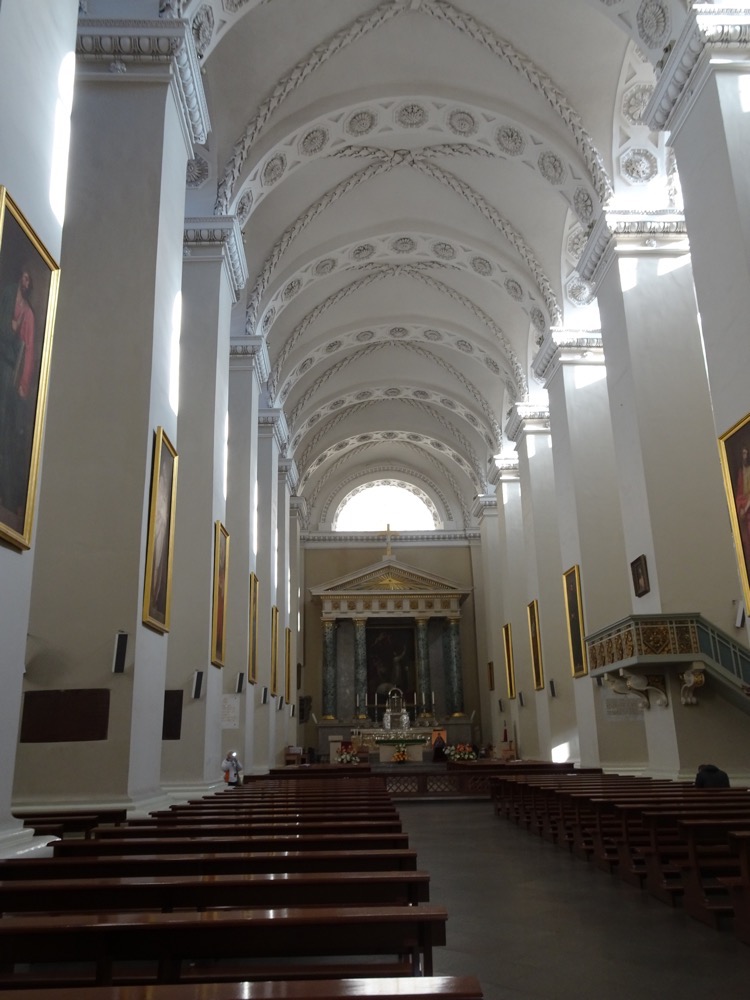 This being Europe and all, the cathedral has a convoluted history. Around 1387, Lithuania officially converted to Christianity, they started building a second larger Gothic cathedral with five separate chapels. This one burnt down in 1419 and they planned a new larger Gothic cathedral in 1429 for the coronation of Vytautas who was suppposed to become King of Lithuania. His coronation never happened but the walls and pillars of that third Cathedral have survived to today and it has three naves and four circular towers at its corners. In 1522, the cathedral was renovated, and a bell tower was built outside on top of an old castle defensive tower. Another fire destroyed the cathedral in 1530, so it was rebuilt again around1534 – 1557 and more chapels and crypts were added. The cathedral was burnt again, built again, fell to Russian troops, was destroyed and restored several more times by more famous dukes and kings… and all that before the Soviets got hold of it in the 20th century.
This being Europe and all, the cathedral has a convoluted history. Around 1387, Lithuania officially converted to Christianity, they started building a second larger Gothic cathedral with five separate chapels. This one burnt down in 1419 and they planned a new larger Gothic cathedral in 1429 for the coronation of Vytautas who was suppposed to become King of Lithuania. His coronation never happened but the walls and pillars of that third Cathedral have survived to today and it has three naves and four circular towers at its corners. In 1522, the cathedral was renovated, and a bell tower was built outside on top of an old castle defensive tower. Another fire destroyed the cathedral in 1530, so it was rebuilt again around1534 – 1557 and more chapels and crypts were added. The cathedral was burnt again, built again, fell to Russian troops, was destroyed and restored several more times by more famous dukes and kings… and all that before the Soviets got hold of it in the 20th century.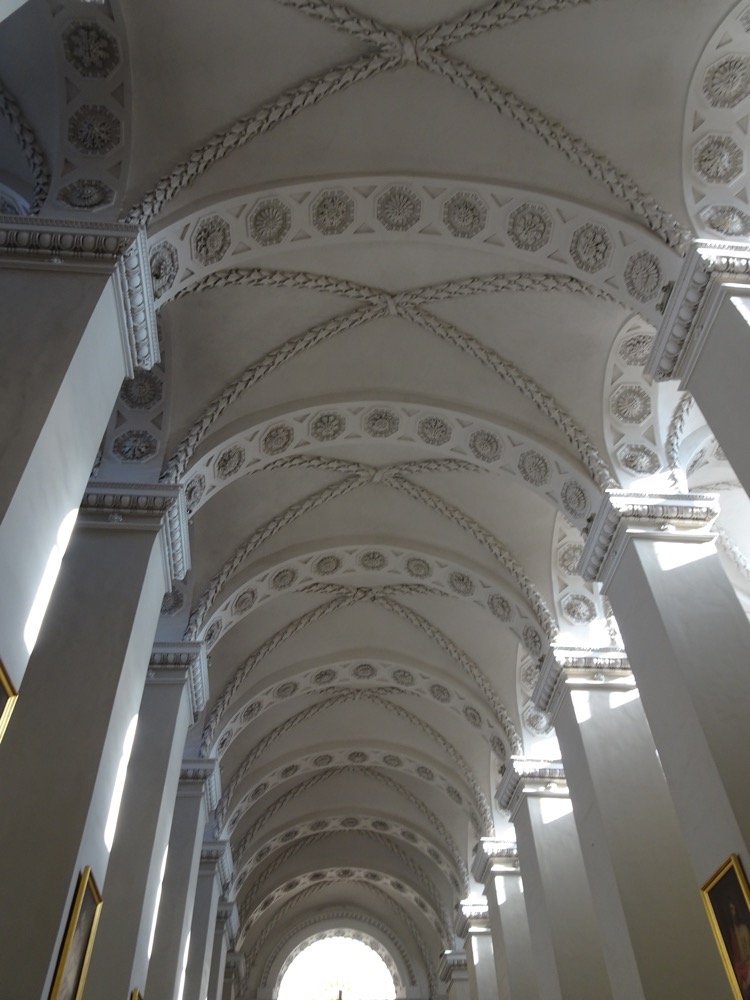 Chapel of Saint Casimir:
Chapel of Saint Casimir: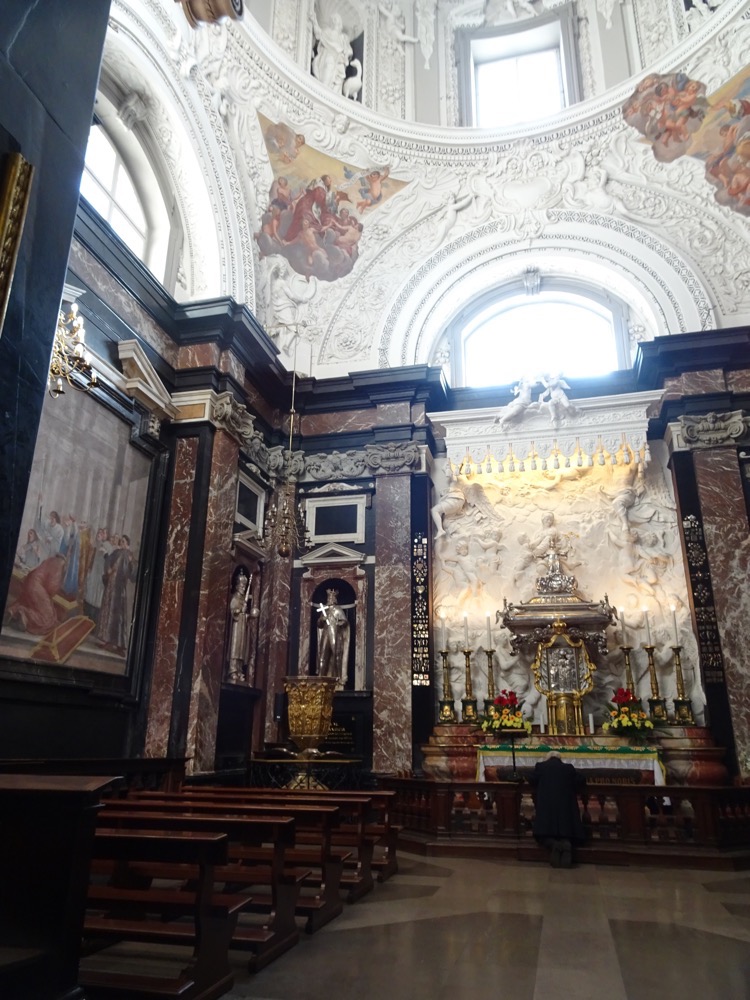
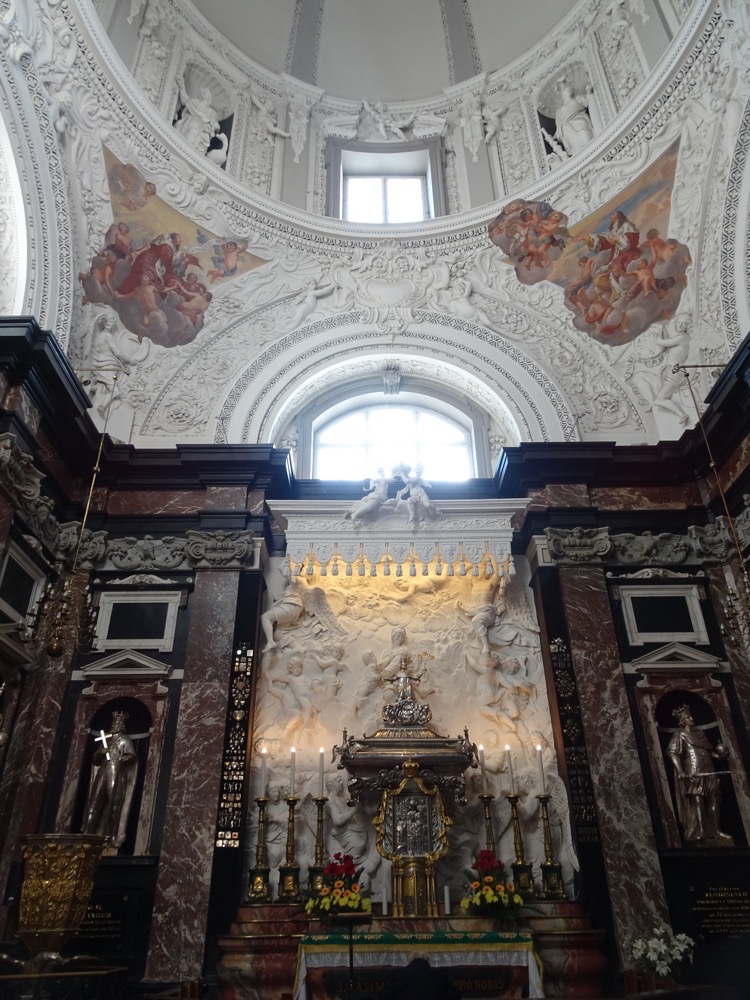 During the Soviet regime the cathedral was converted into a warehouse of all things, and masses were not celebrated here again until 1988. In 1989 its offical status as a cathedral was restored and it has been Vilnius’ main cathedral since that time.
During the Soviet regime the cathedral was converted into a warehouse of all things, and masses were not celebrated here again until 1988. In 1989 its offical status as a cathedral was restored and it has been Vilnius’ main cathedral since that time.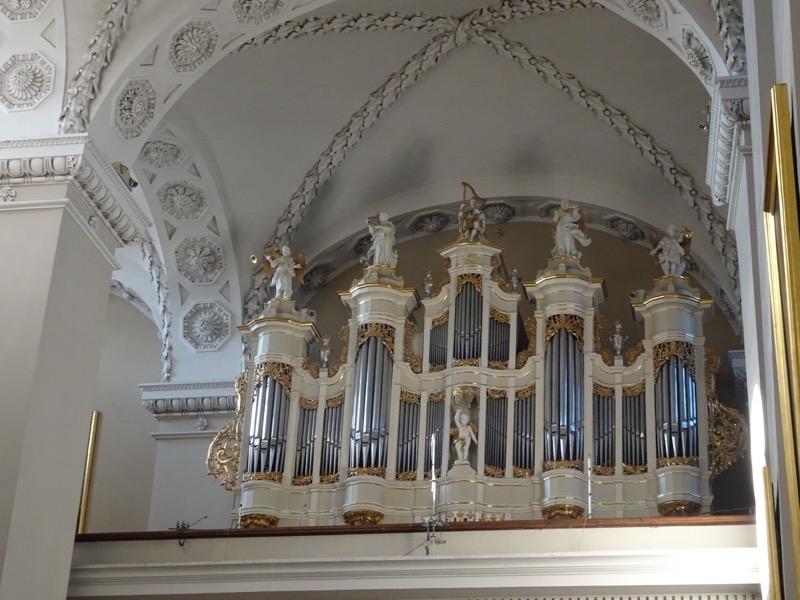
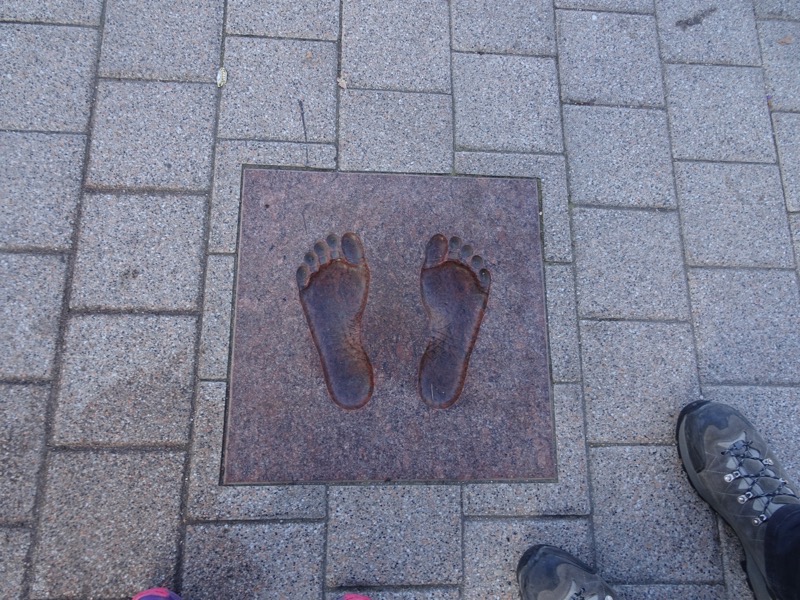
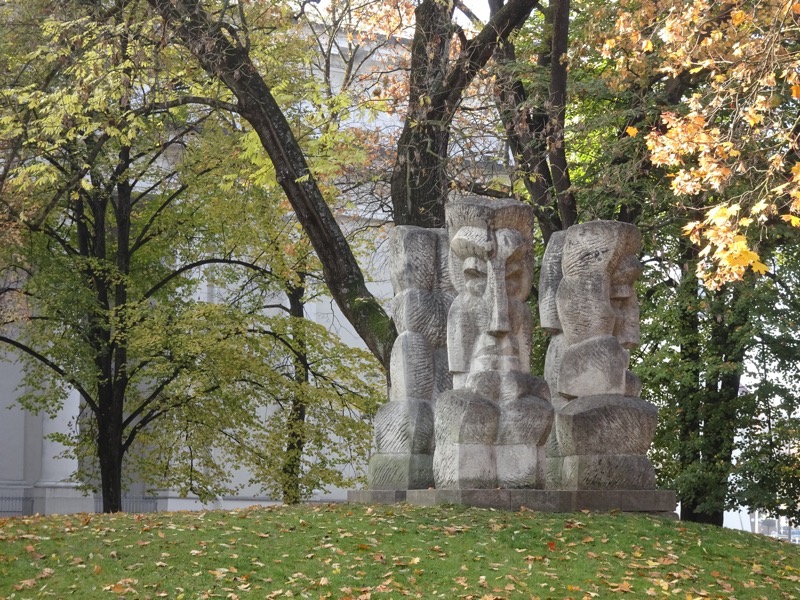
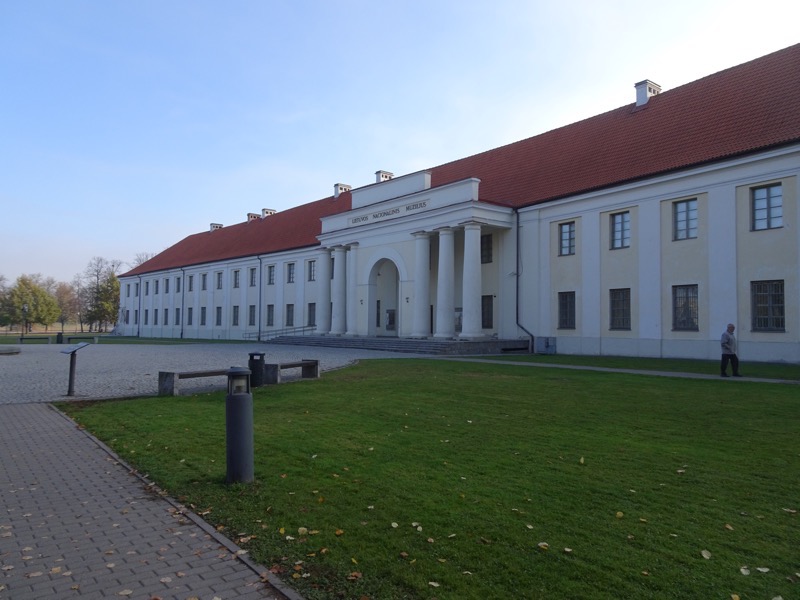 In the square in the front of the musuem is a monument to King Mindaugas, the founder of the Lithuanian state.
In the square in the front of the musuem is a monument to King Mindaugas, the founder of the Lithuanian state.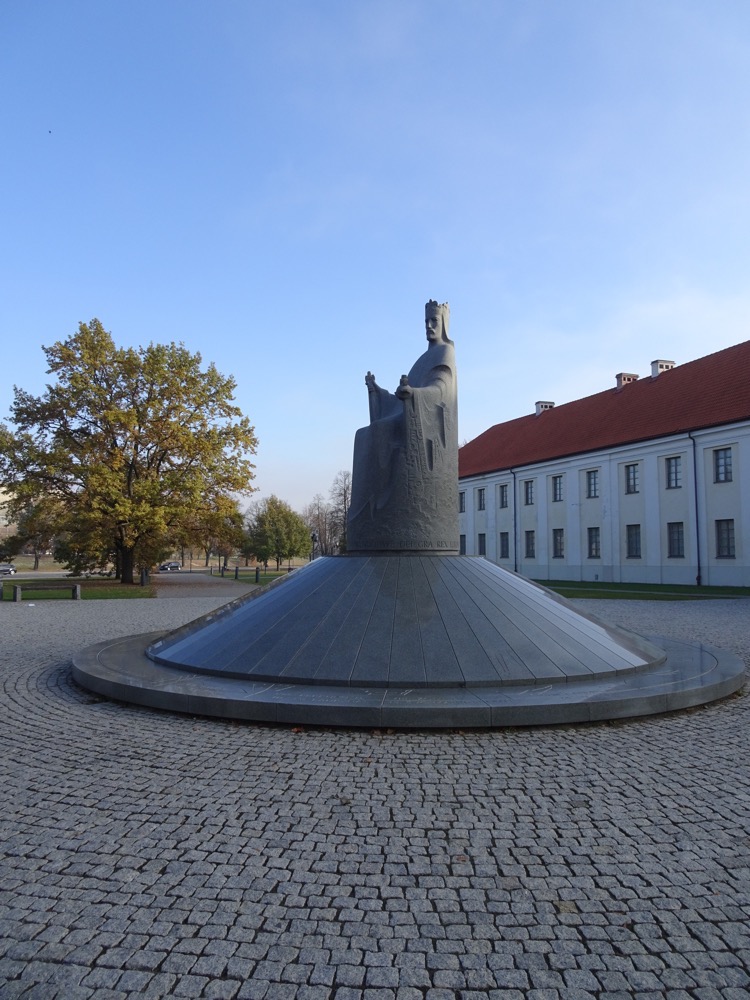 Inside we discovered many antiques, antiquities and odd things, none of which seemed to have been curated with any real theme? intent? or cohesion? It was all very odd.
Inside we discovered many antiques, antiquities and odd things, none of which seemed to have been curated with any real theme? intent? or cohesion? It was all very odd.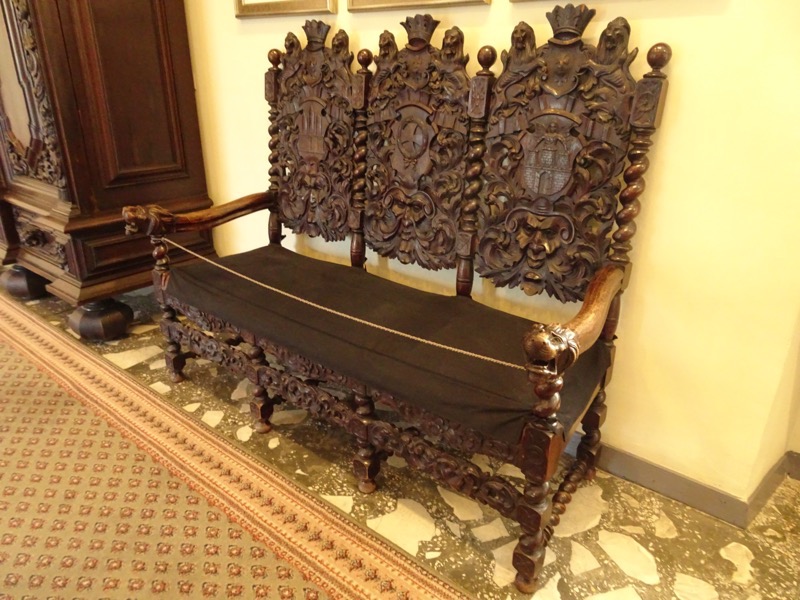 Urn, 4th century, Southern Italy:
Urn, 4th century, Southern Italy: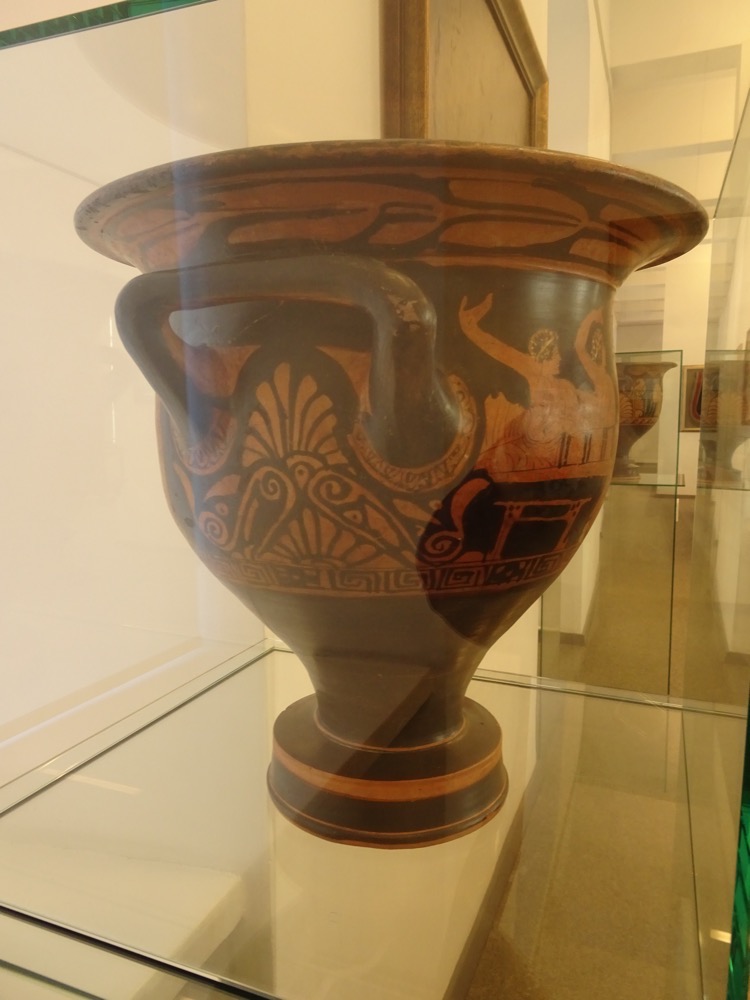
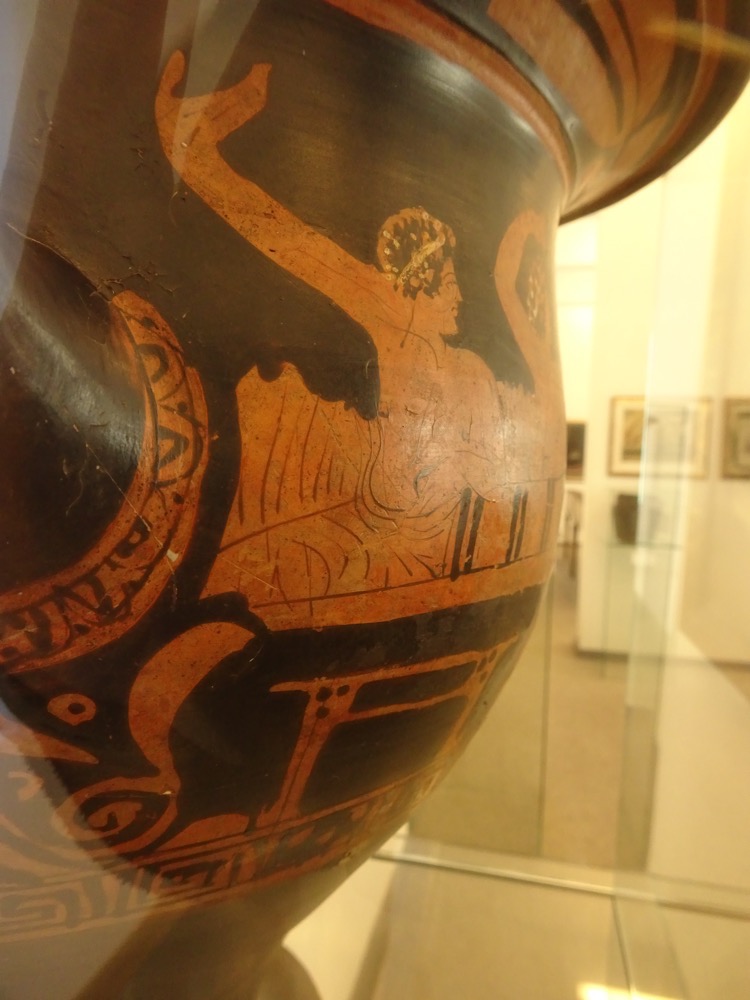 Lithuanian sledge, c.1700-1750.
Lithuanian sledge, c.1700-1750.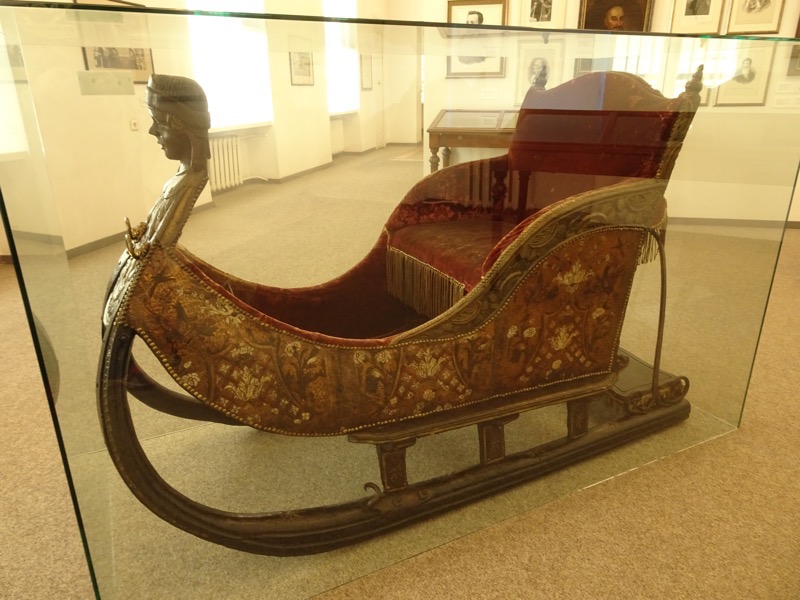 Sarcophagus received as a gift by Museum of Antiquities in 1899 from Prince Chlodwig Karl Viktor Hohenlohe, then German Chancellor. Originates from Egypt (obviously) but no mention of date, location or what tomb it came from?
Sarcophagus received as a gift by Museum of Antiquities in 1899 from Prince Chlodwig Karl Viktor Hohenlohe, then German Chancellor. Originates from Egypt (obviously) but no mention of date, location or what tomb it came from?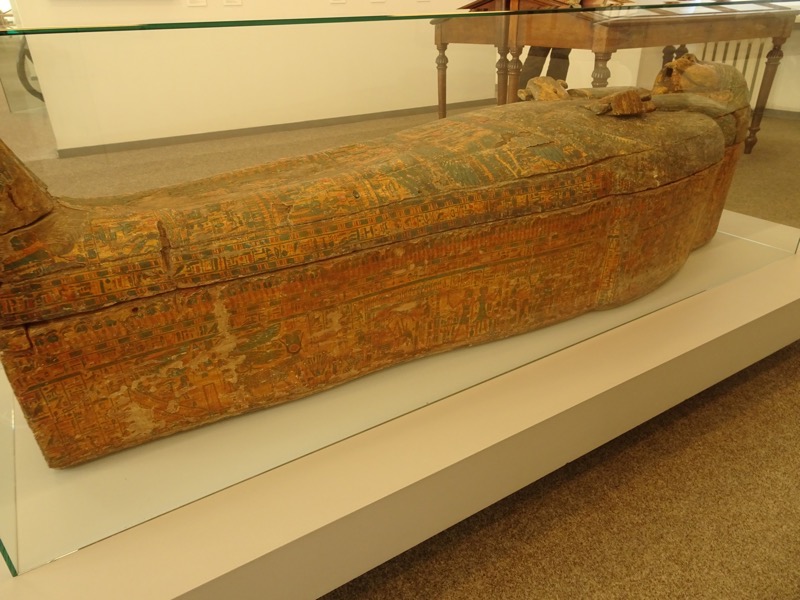
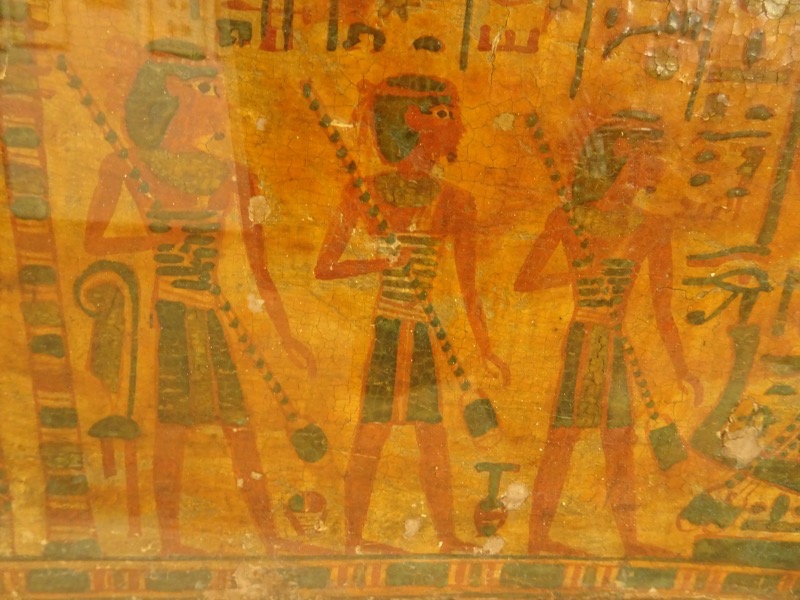 Obelisk with samples of Russian materials, 19th century.
Obelisk with samples of Russian materials, 19th century.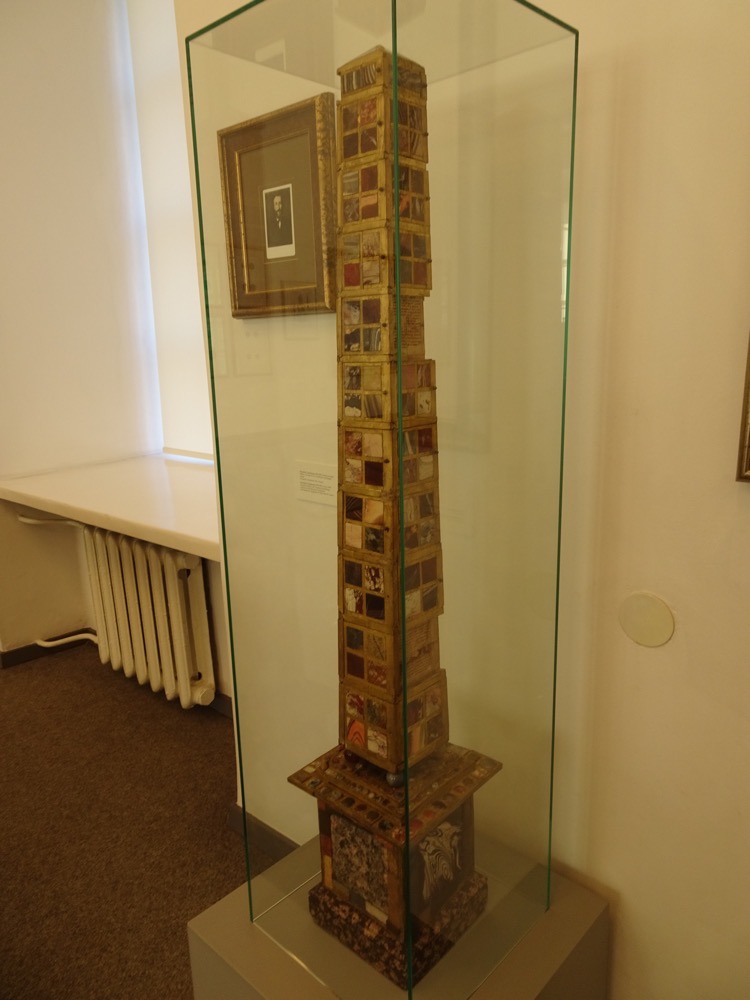
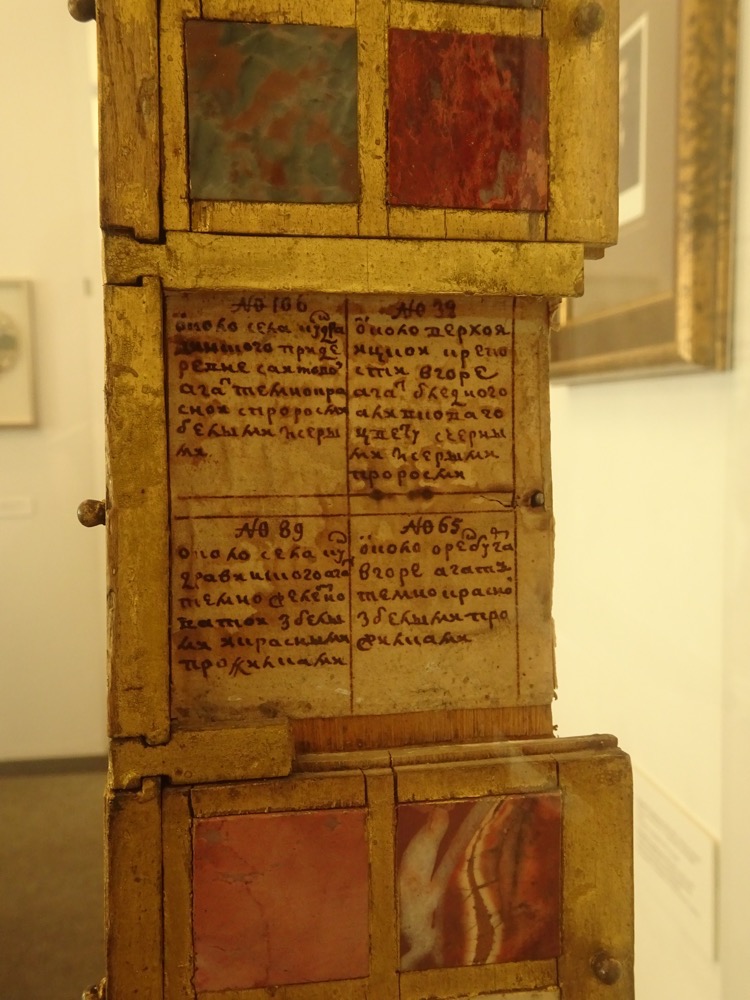 Maria Mnishek (1588-1614, wife of the Czars of Russia, Lzhedmirty I and Lzhedmirty II (did she remarry his brother? her son? his cousin? who knows?) Unknown artist, 1609.
Maria Mnishek (1588-1614, wife of the Czars of Russia, Lzhedmirty I and Lzhedmirty II (did she remarry his brother? her son? his cousin? who knows?) Unknown artist, 1609.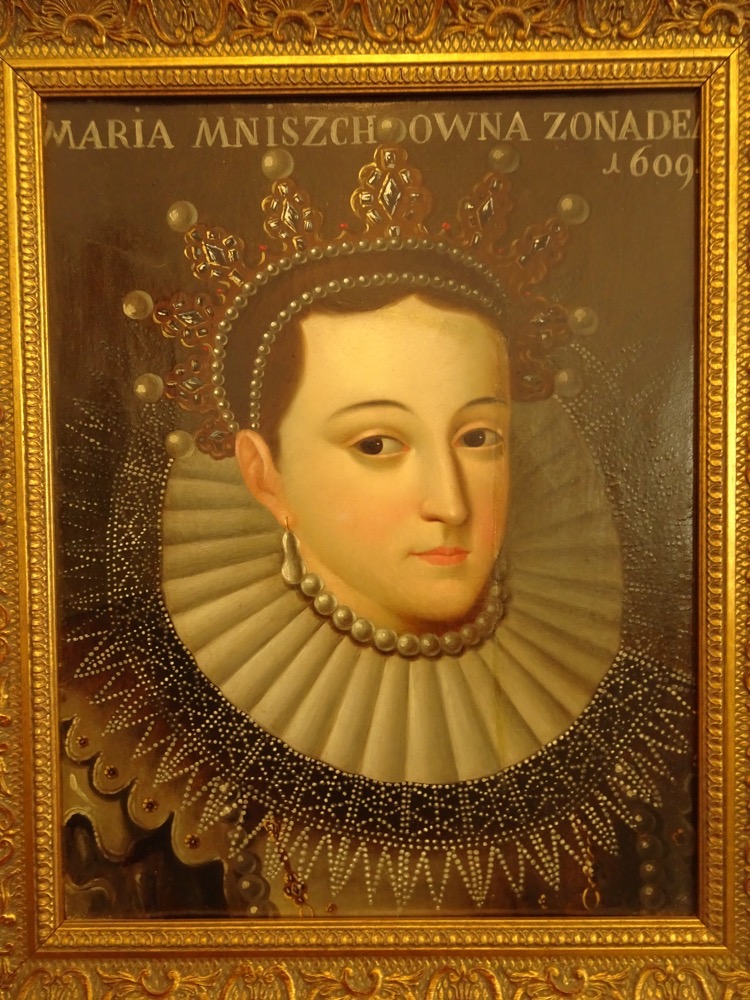 Vytautas the Great, Grand Duke of Lithuania from 1401 to 1430.
Vytautas the Great, Grand Duke of Lithuania from 1401 to 1430.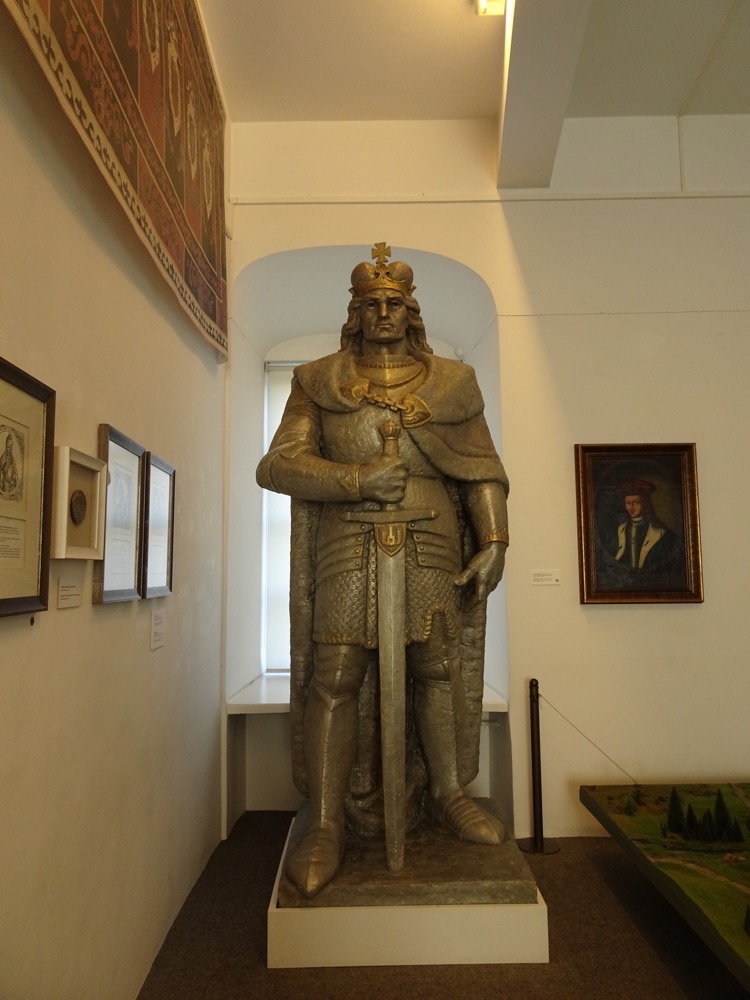 Iron window bars, Lithuanian 16th century (no idea where from?).
Iron window bars, Lithuanian 16th century (no idea where from?).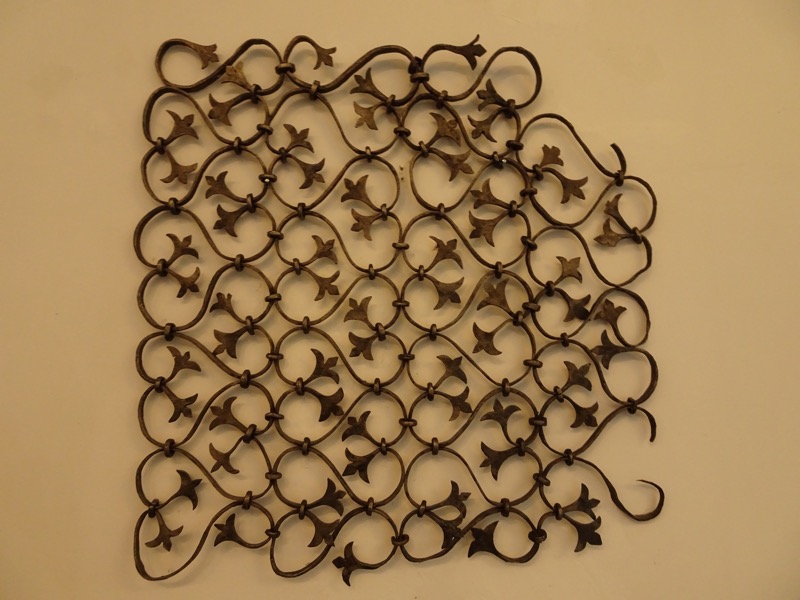
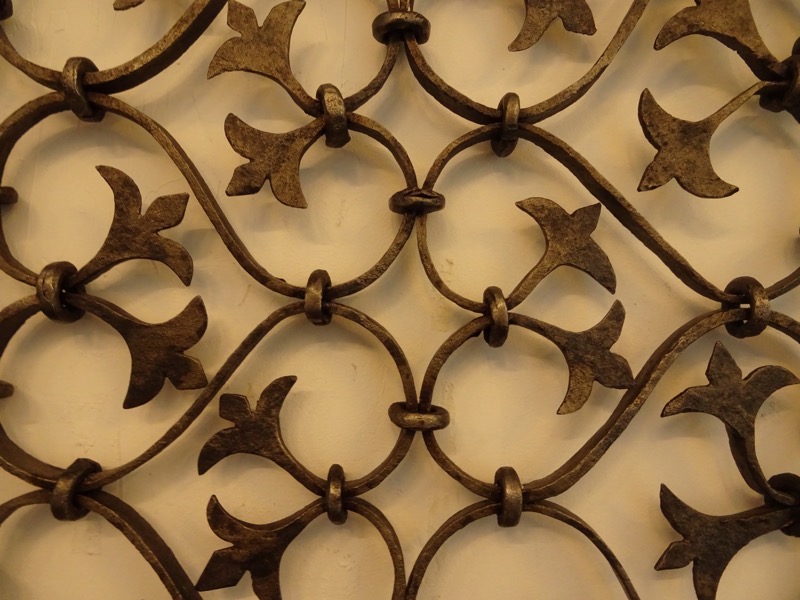 Guild’s chest (which guild?!), Lithuanian 17th century.
Guild’s chest (which guild?!), Lithuanian 17th century.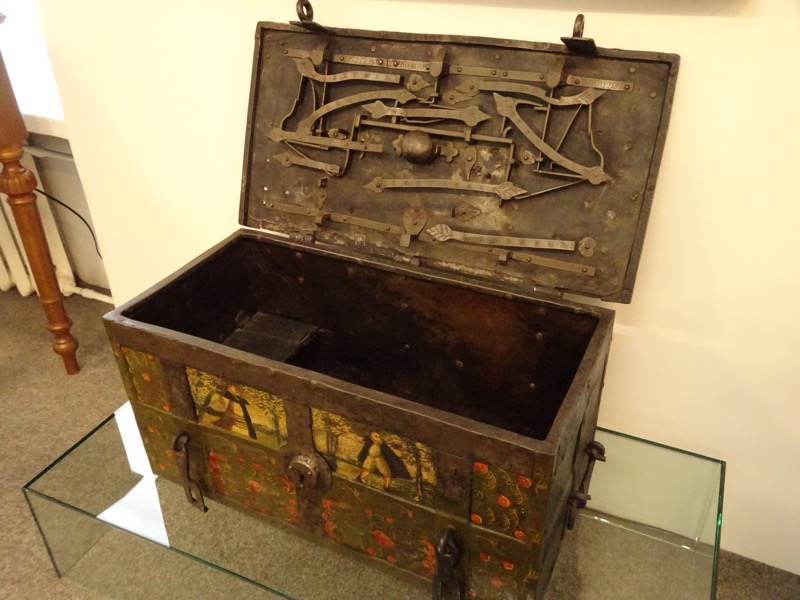
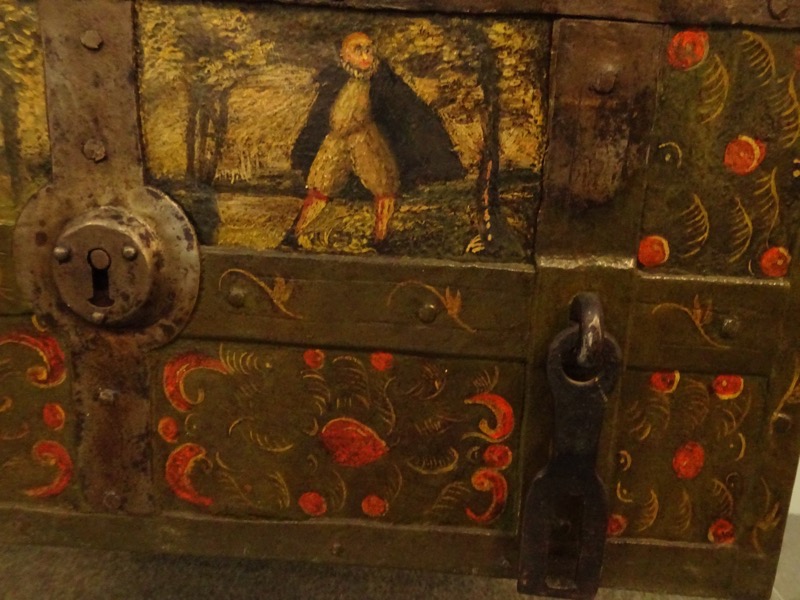
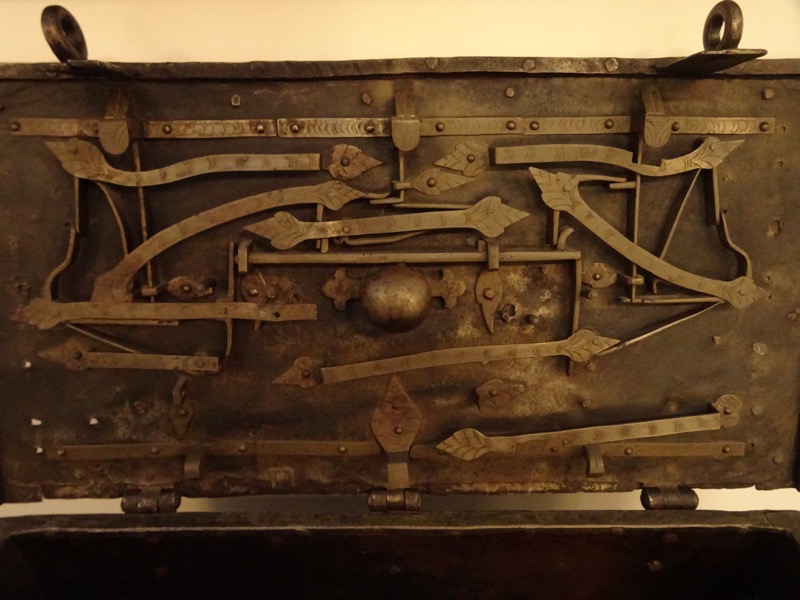 Banner of the Immaculate Conception Fraternity at the Vilnius Bernadine Church, 1600-1650s… in bad need of conservation and repair.
Banner of the Immaculate Conception Fraternity at the Vilnius Bernadine Church, 1600-1650s… in bad need of conservation and repair.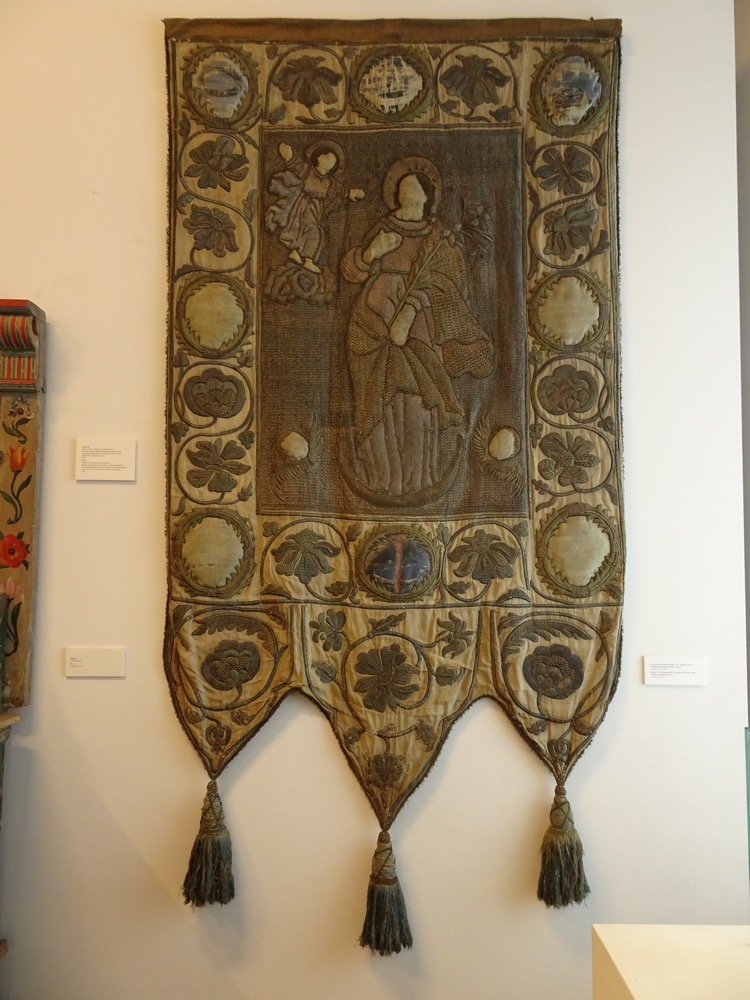
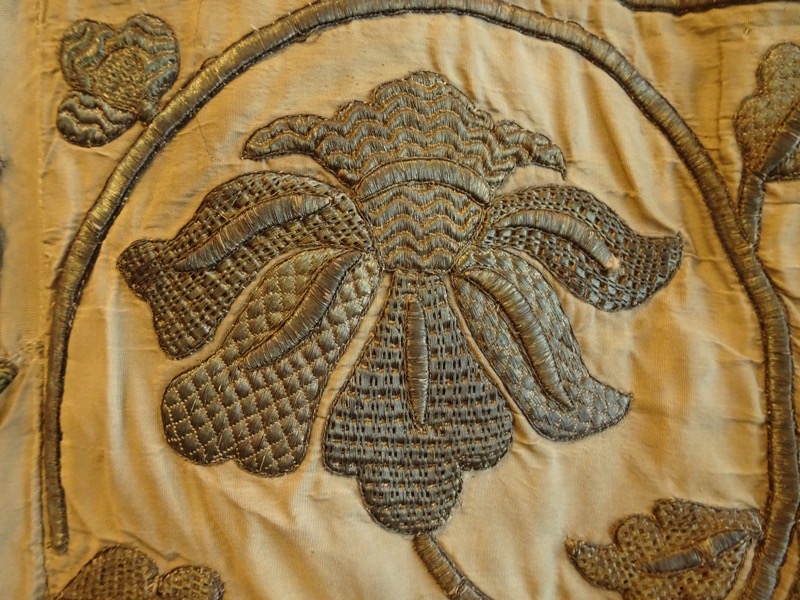 Lithuanian pew, 1683
Lithuanian pew, 1683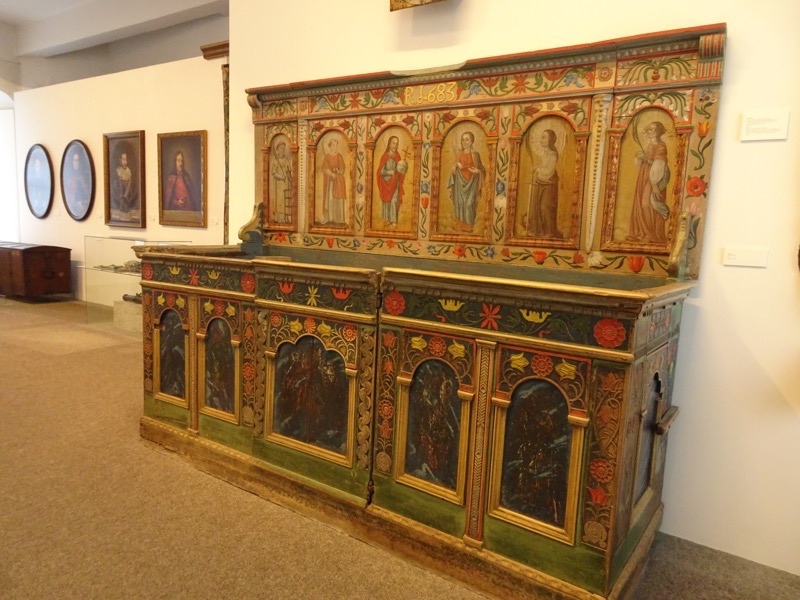
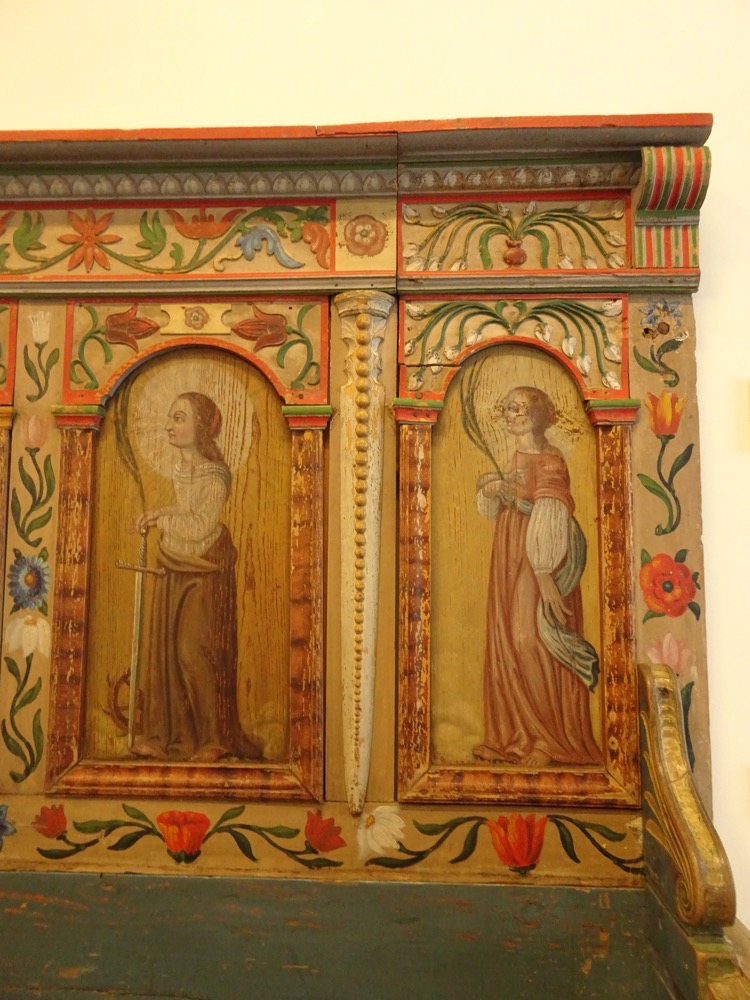 Chest with heraldic device of the Korff and Osten-Sacken families, Latvian c.1680.
Chest with heraldic device of the Korff and Osten-Sacken families, Latvian c.1680.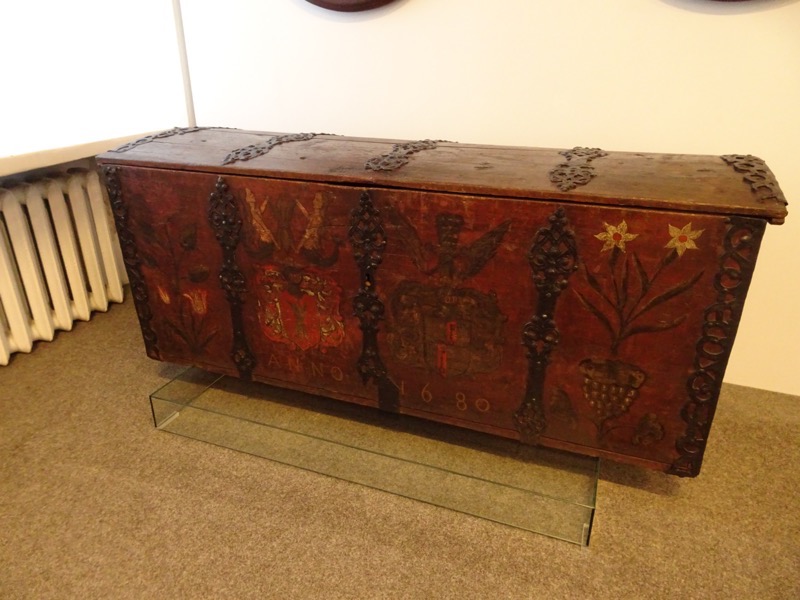 Hook to Drag Plague Victims, Vilnius, earl 18th century… no other information about plague?!
Hook to Drag Plague Victims, Vilnius, earl 18th century… no other information about plague?!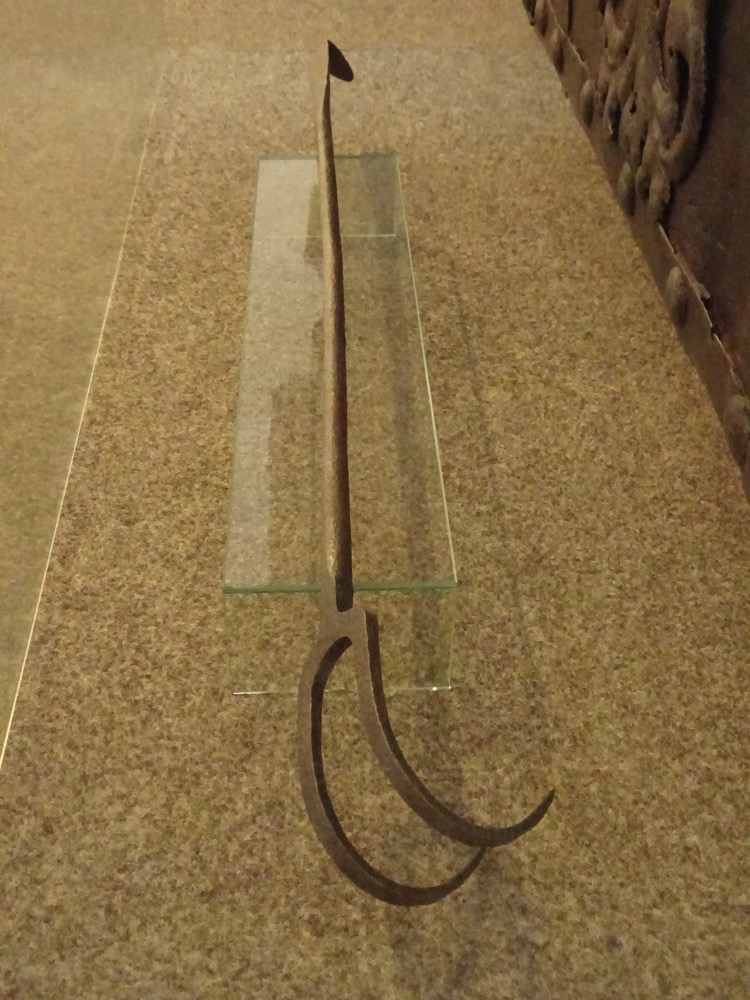 Persian helmet, Turkey, 17th – 18th centuries.
Persian helmet, Turkey, 17th – 18th centuries.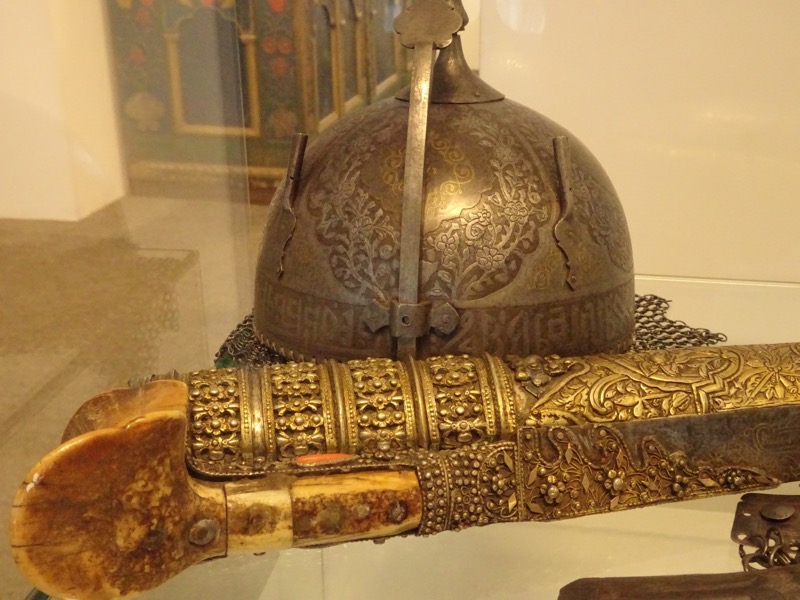 Chair, first half of the 17th century.
Chair, first half of the 17th century. 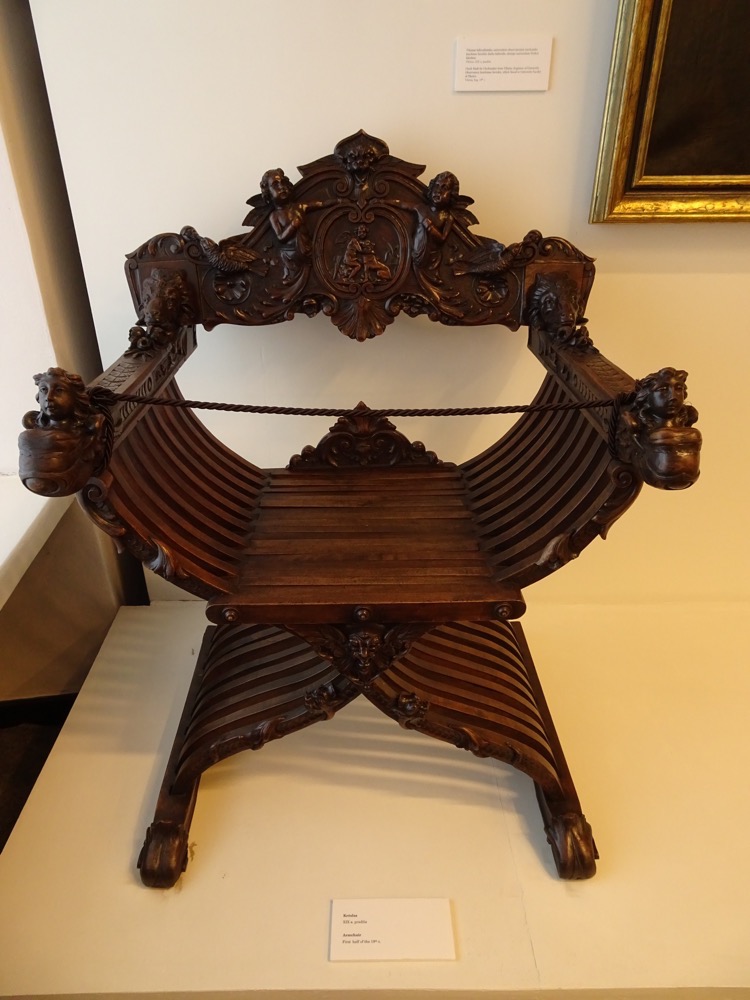
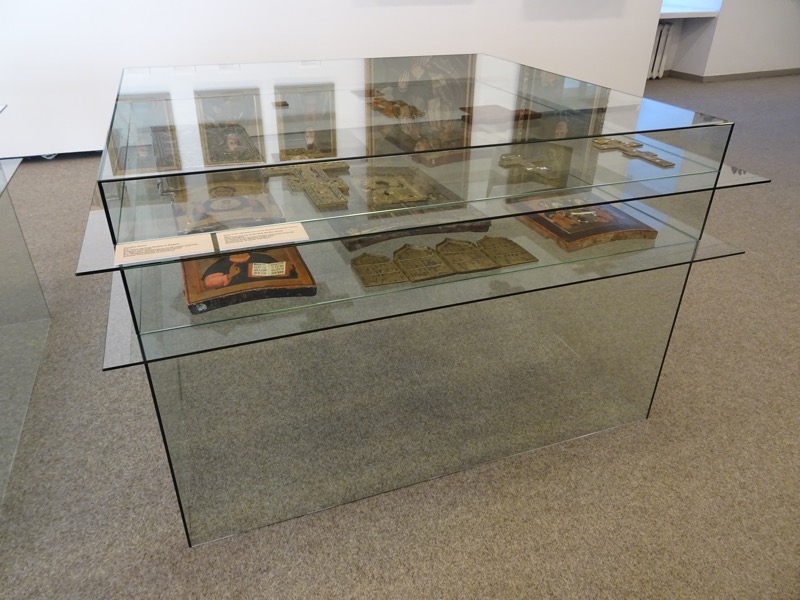 Tablet woven sashes, Lithuanian Minor and South-west Lithuania early 19th century.
Tablet woven sashes, Lithuanian Minor and South-west Lithuania early 19th century.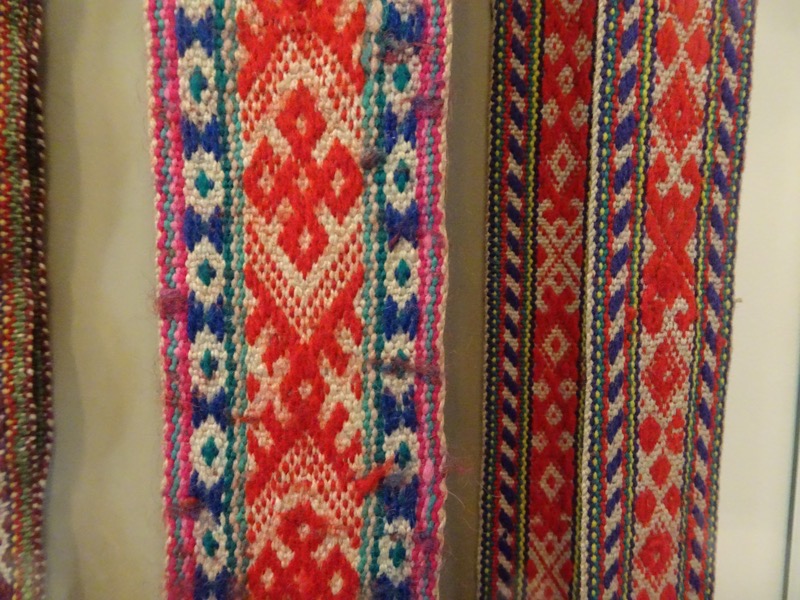
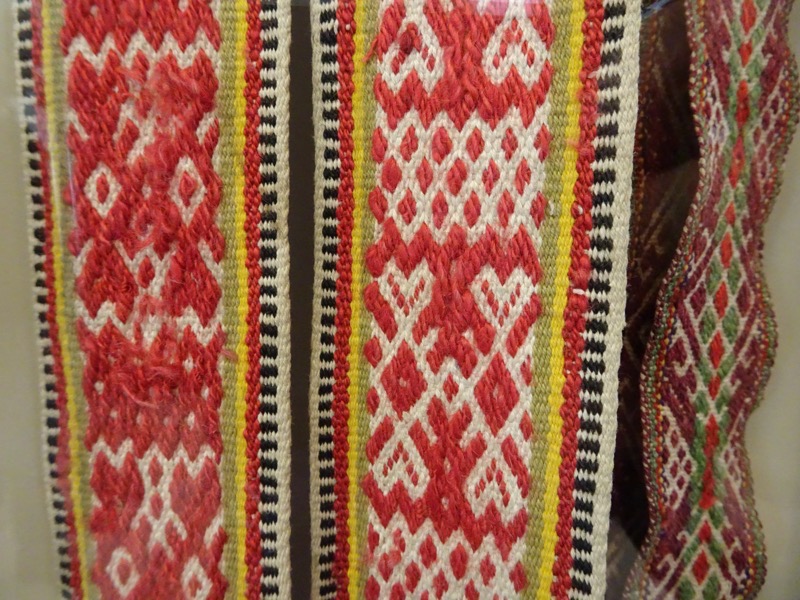
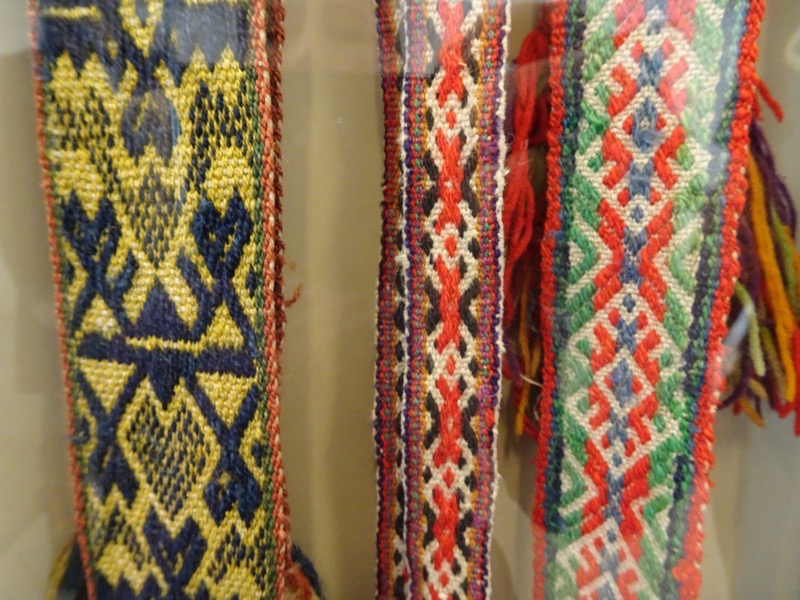
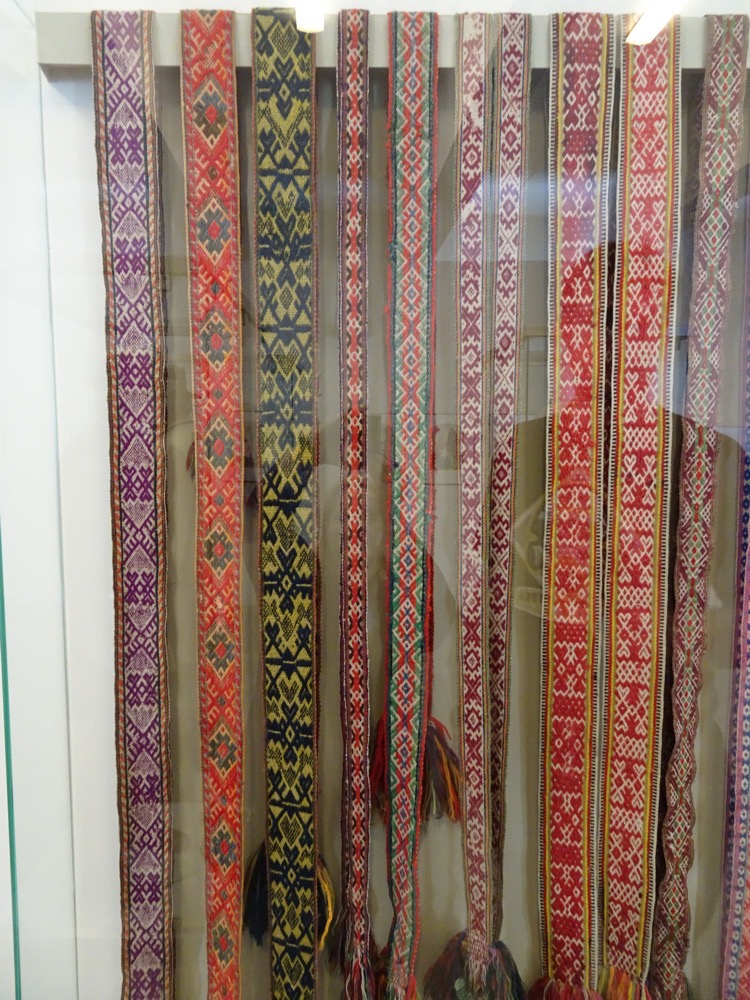 Dowry chest, middle Lithuania, late 19th century.
Dowry chest, middle Lithuania, late 19th century.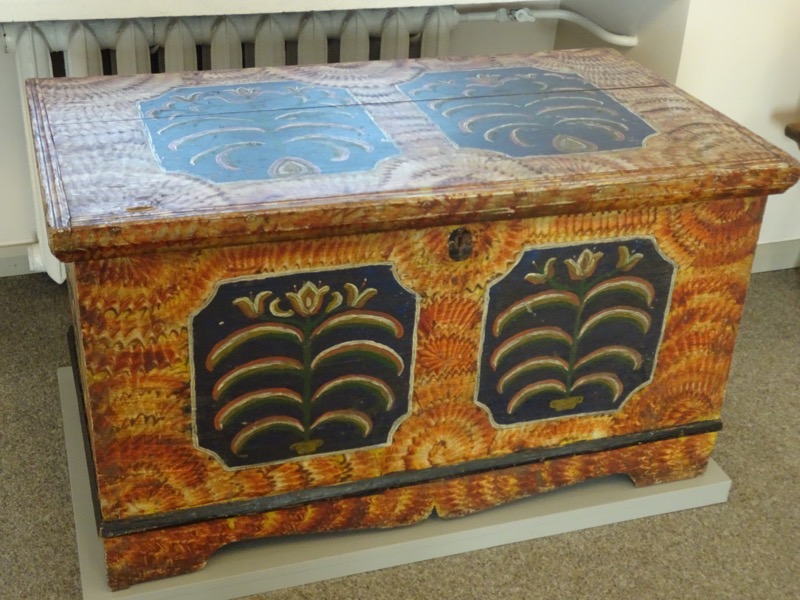 Spinning wheel, middle Lithuania, late 19th century, early 20th century.
Spinning wheel, middle Lithuania, late 19th century, early 20th century.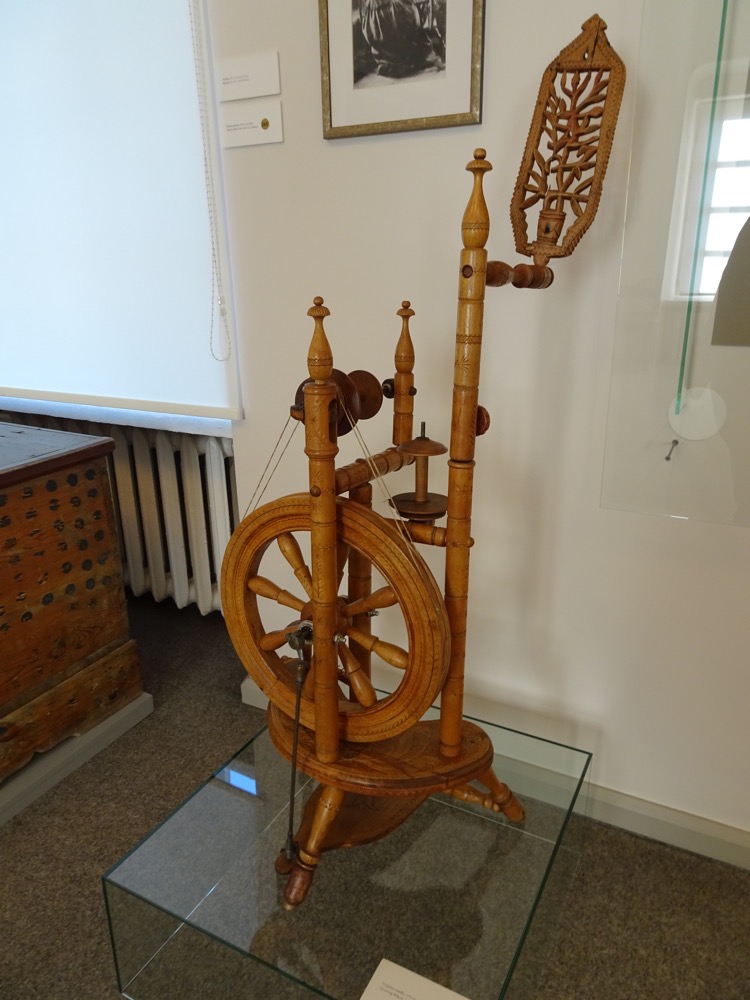 Toy musuem:
Toy musuem: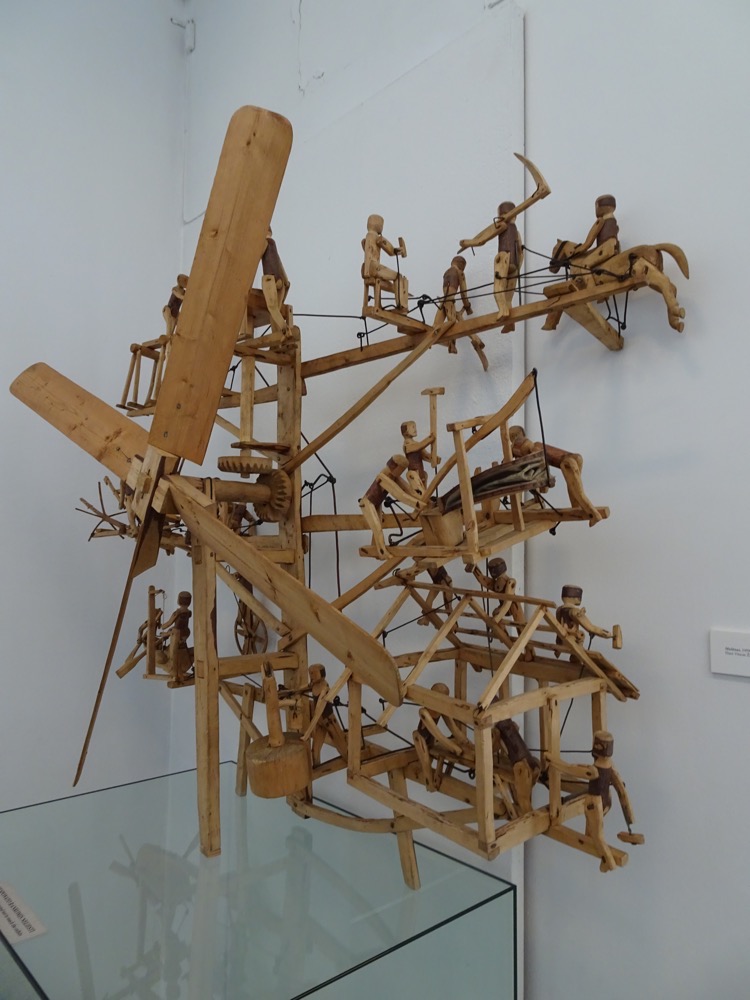
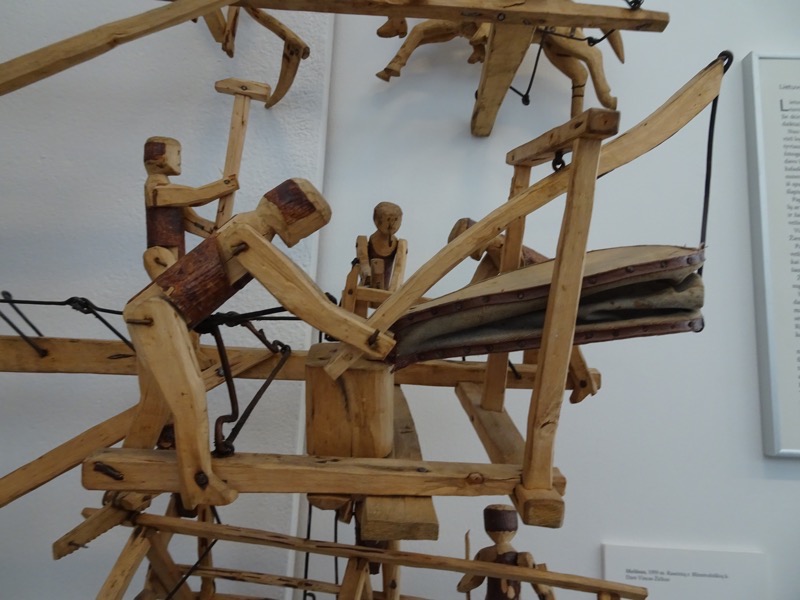
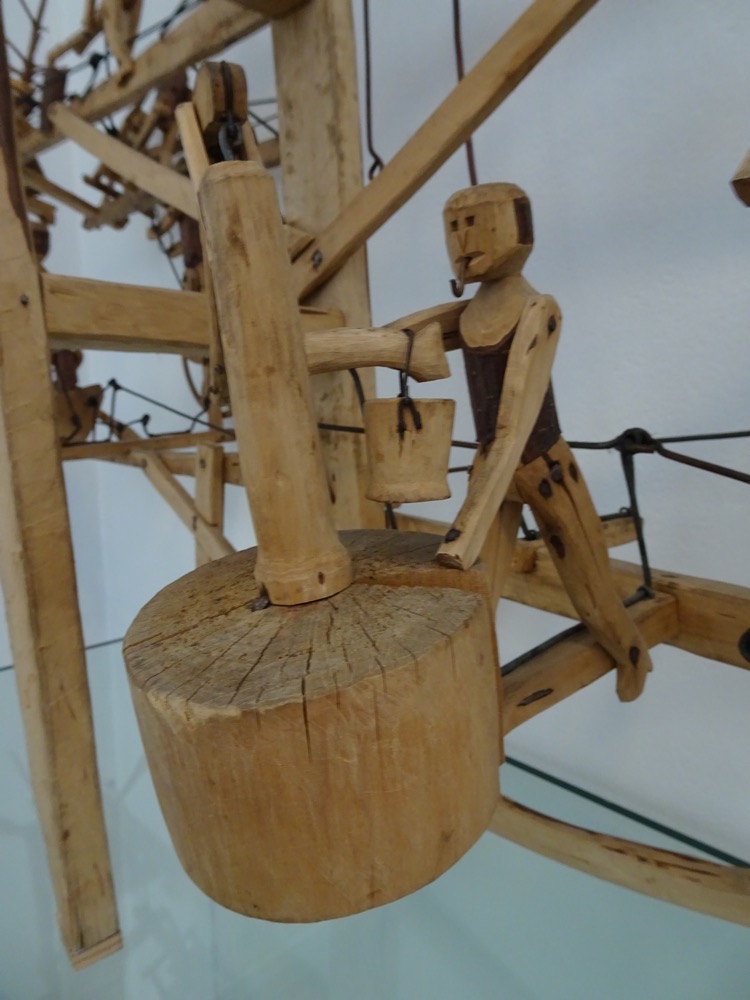
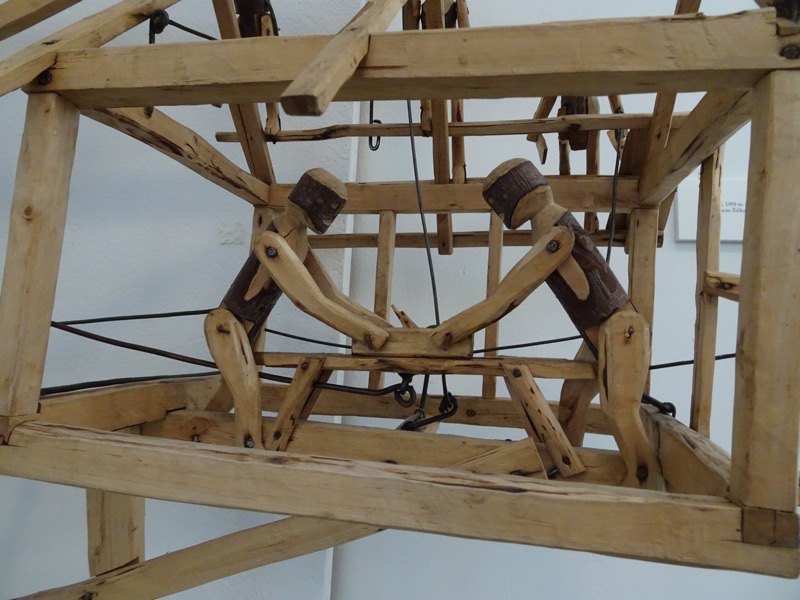
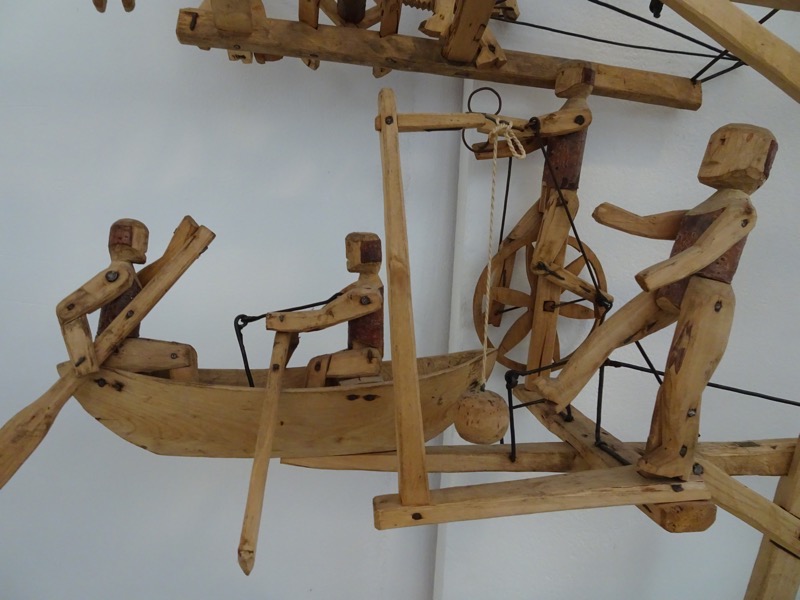 Recreated guest room in a typical Zemaicai house in the early 19th century.
Recreated guest room in a typical Zemaicai house in the early 19th century. 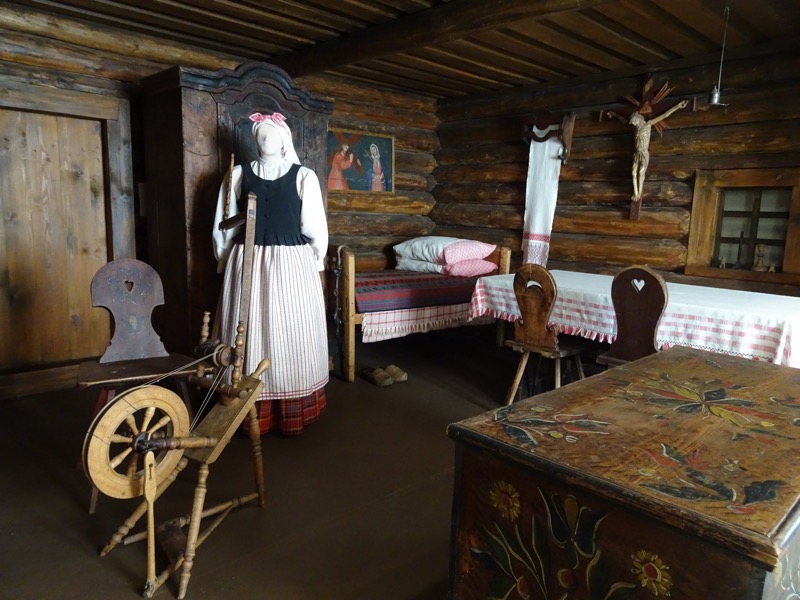 Kitchen/pantry:
Kitchen/pantry: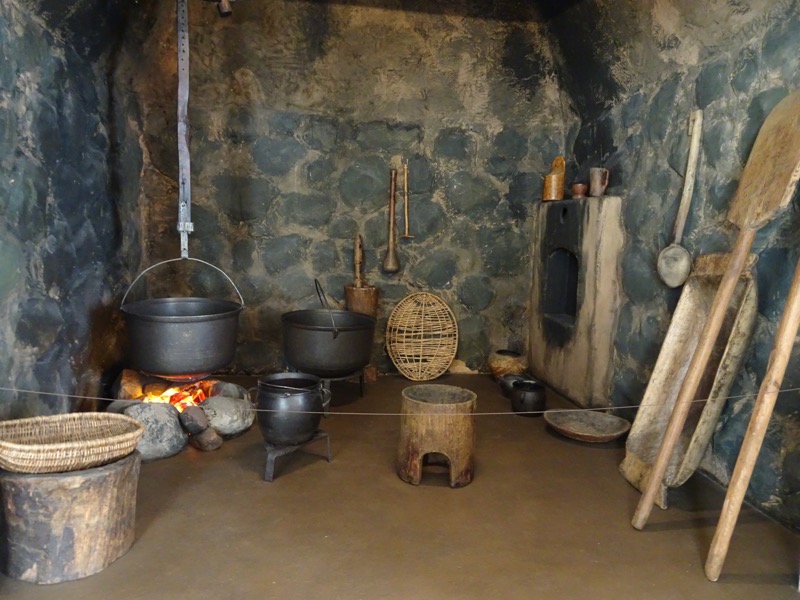
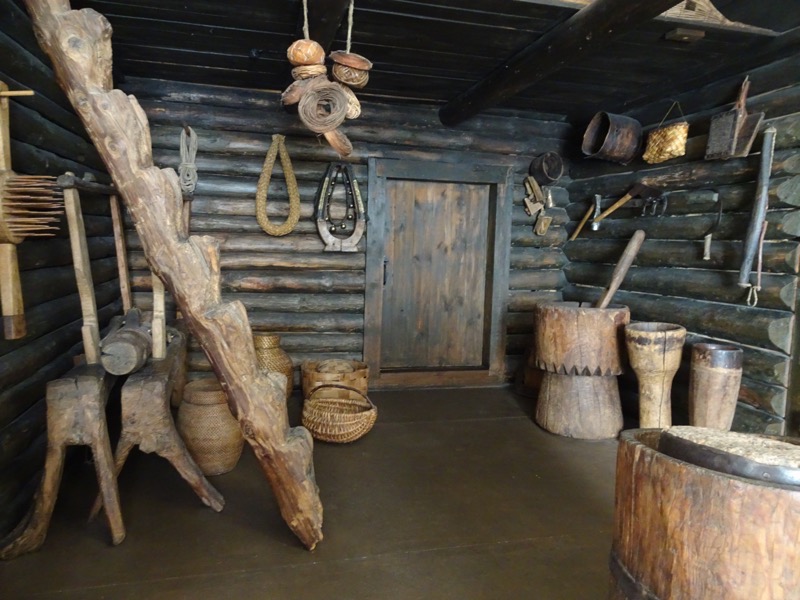 Living/Dining rooms:
Living/Dining rooms: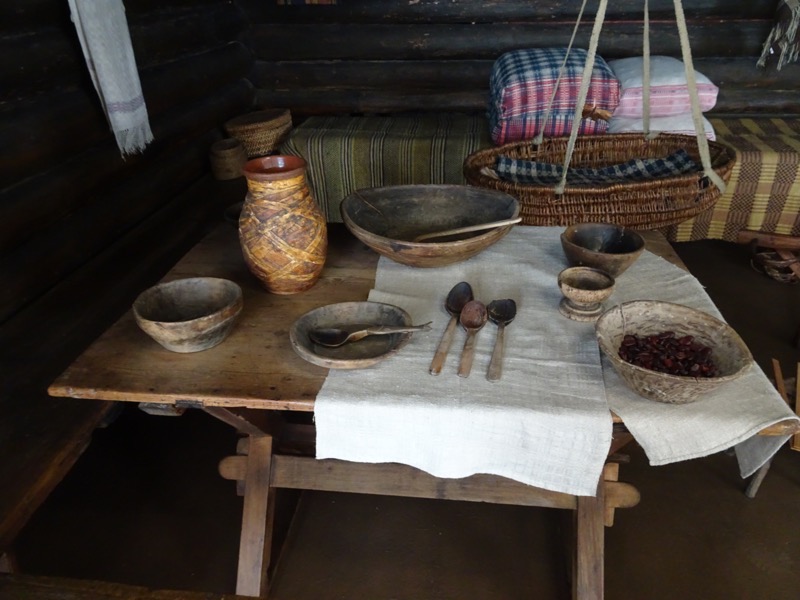 Wooden religious monument tops, various regions, 19th century.
Wooden religious monument tops, various regions, 19th century.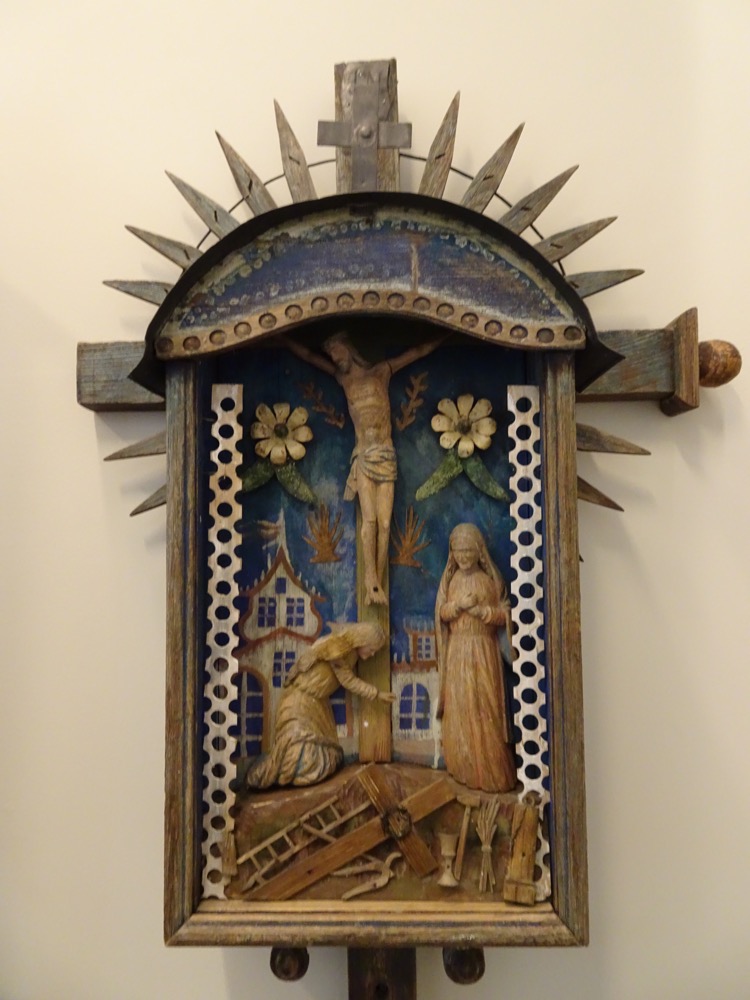
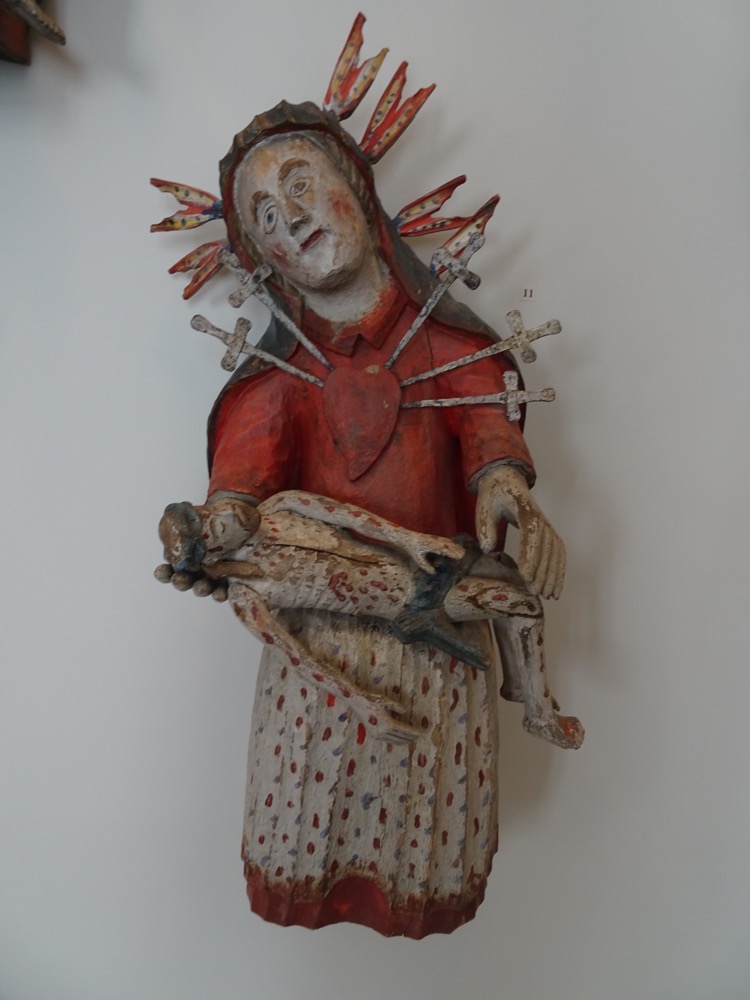
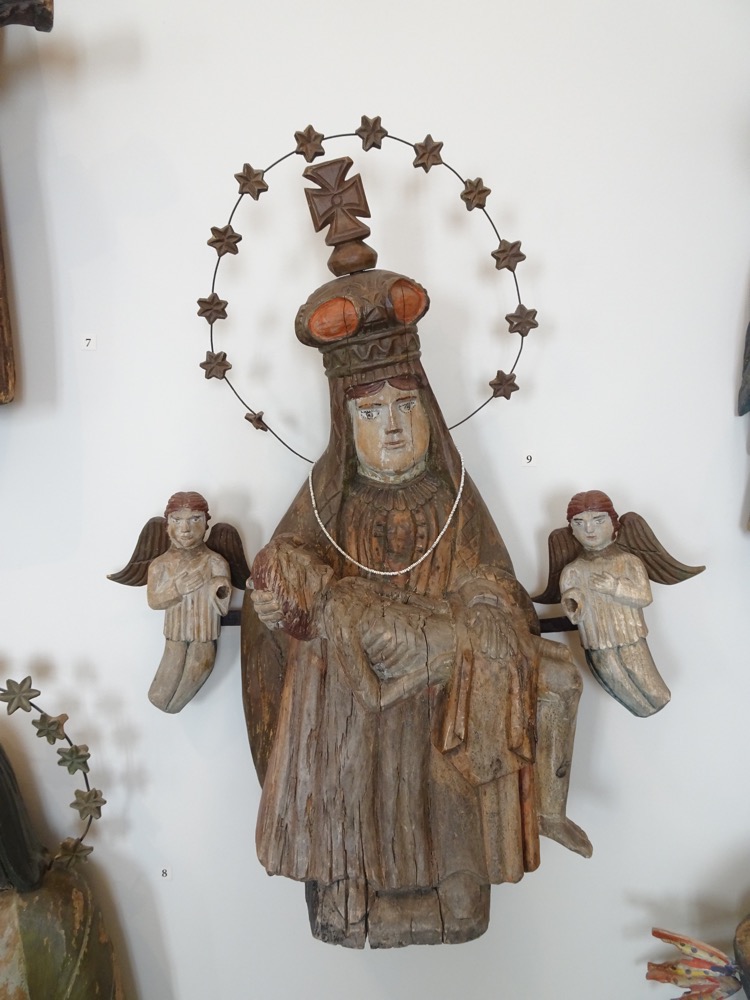 St George…
St George…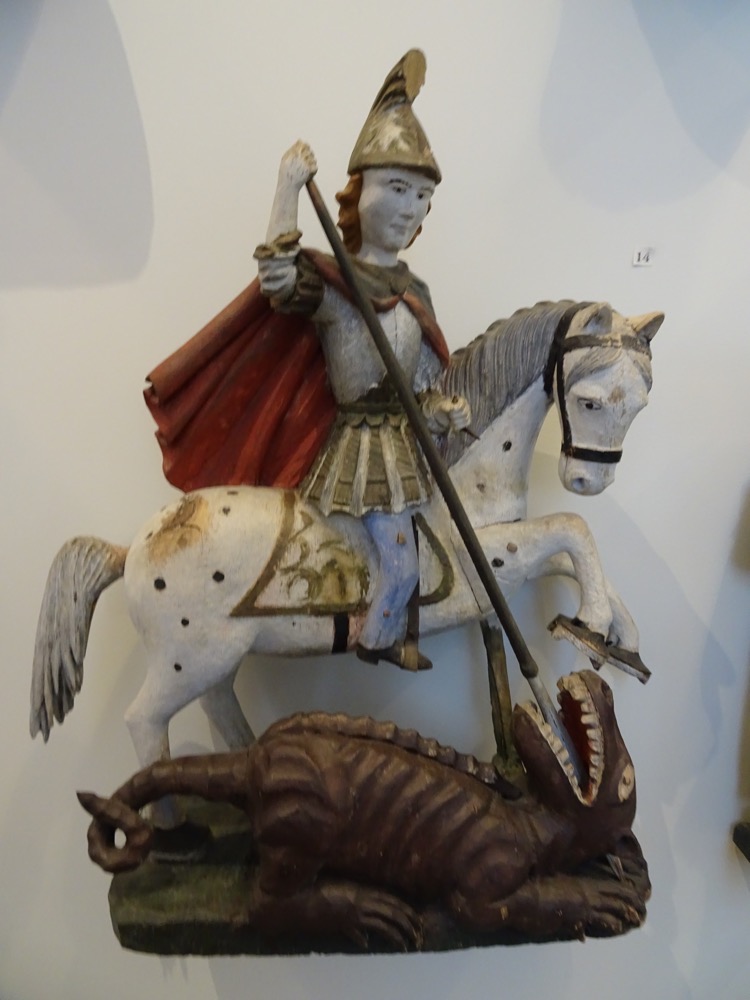 St Florian…
St Florian…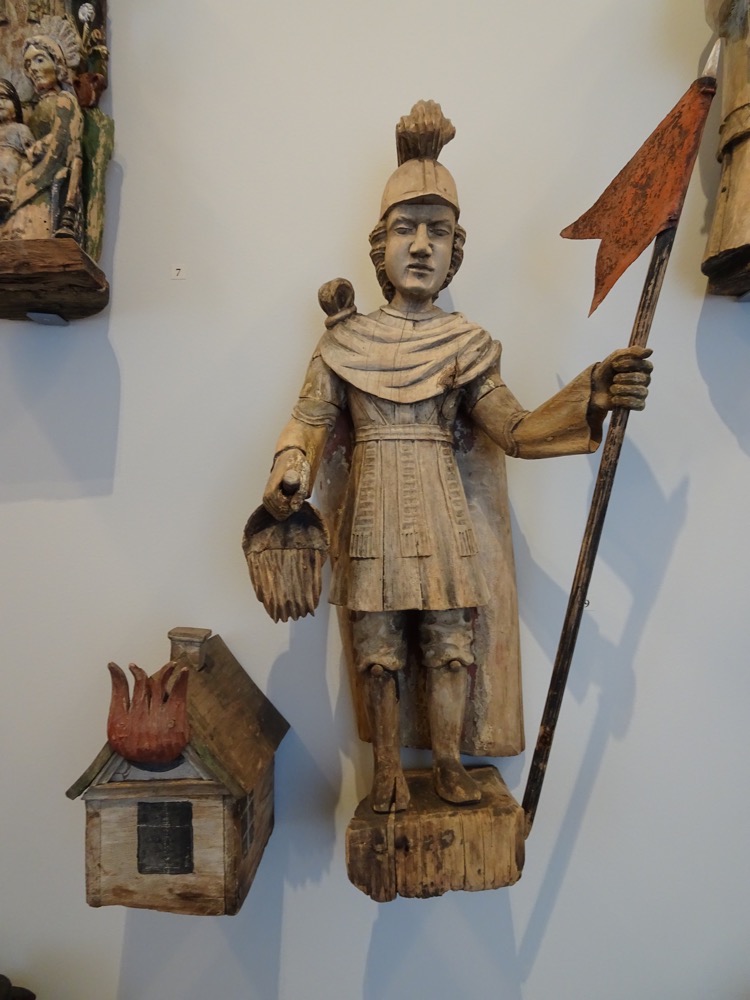
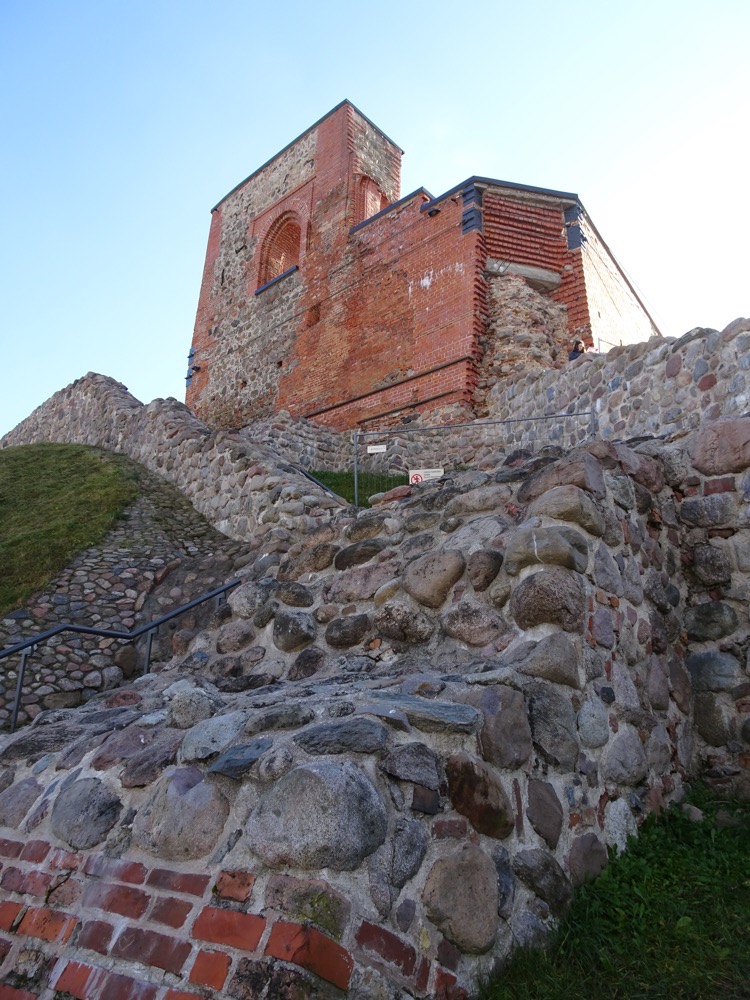 It’s a seriously shitty climb.
It’s a seriously shitty climb.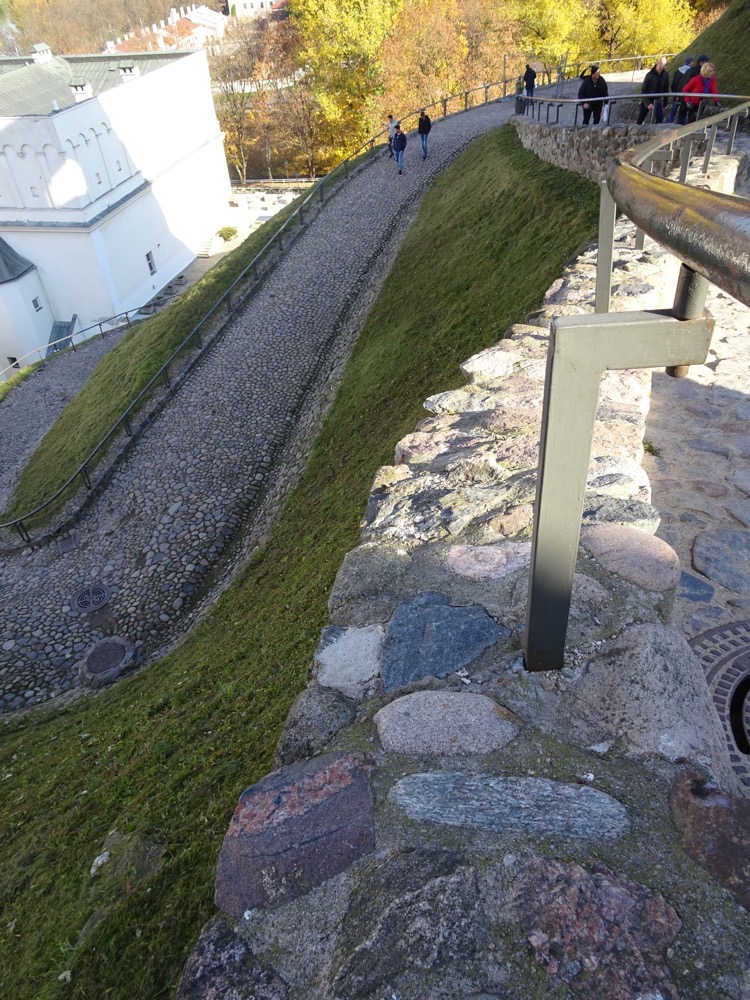 Almost to the top:
Almost to the top: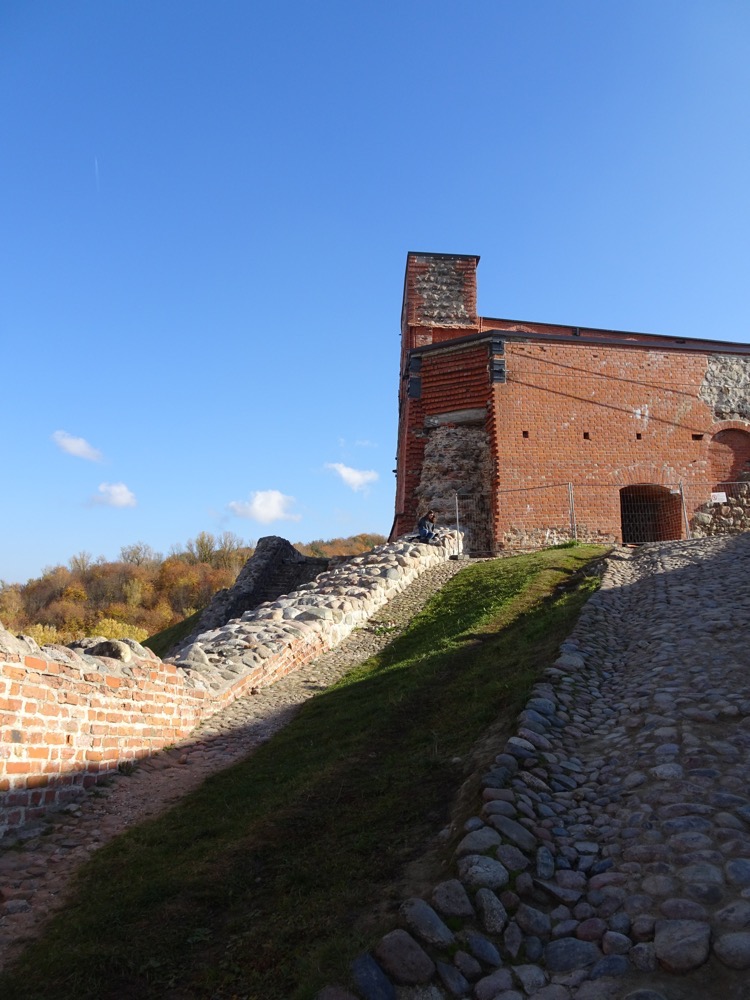 The tower normally houses a museum exhibiting archaeological findings from the hill and the surrounding areas and has models of Vilnius castles from the 14th to the 17th centuries, and some armaments, and other iconographic material of Old Vilnius – normally. However, on this occasion, most of the complex is closed for restoration due to what seems to be a rather nasty landslide and part of the castle starting to look like it’s going to slide down into a river?
The tower normally houses a museum exhibiting archaeological findings from the hill and the surrounding areas and has models of Vilnius castles from the 14th to the 17th centuries, and some armaments, and other iconographic material of Old Vilnius – normally. However, on this occasion, most of the complex is closed for restoration due to what seems to be a rather nasty landslide and part of the castle starting to look like it’s going to slide down into a river?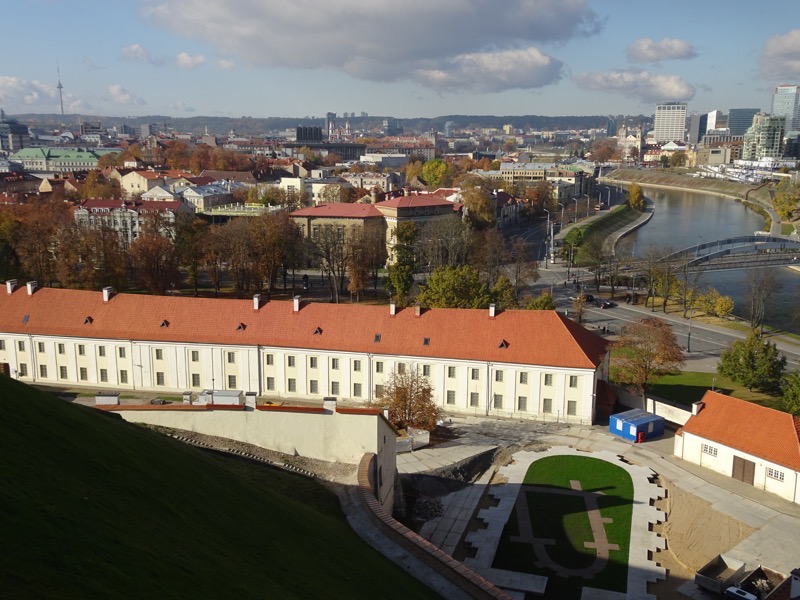 Towards the university grounds:
Towards the university grounds: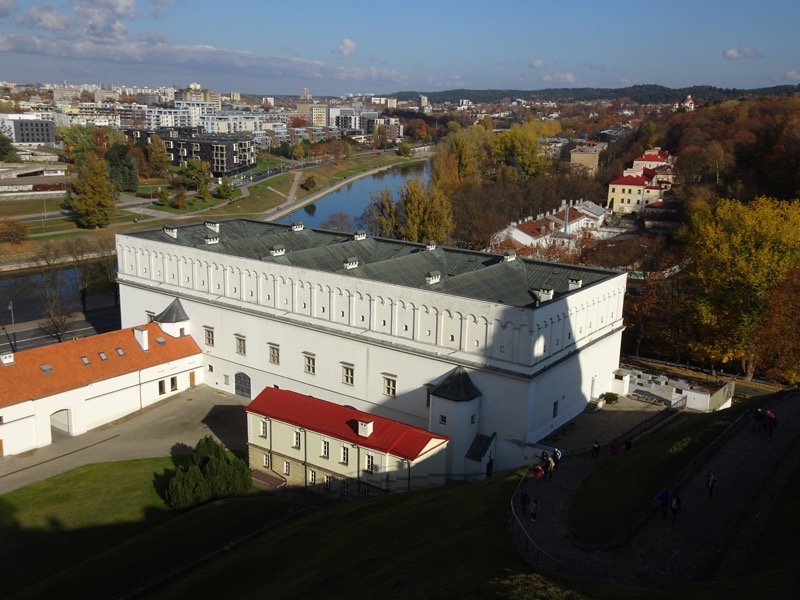 Gediminas’ Tower:
Gediminas’ Tower: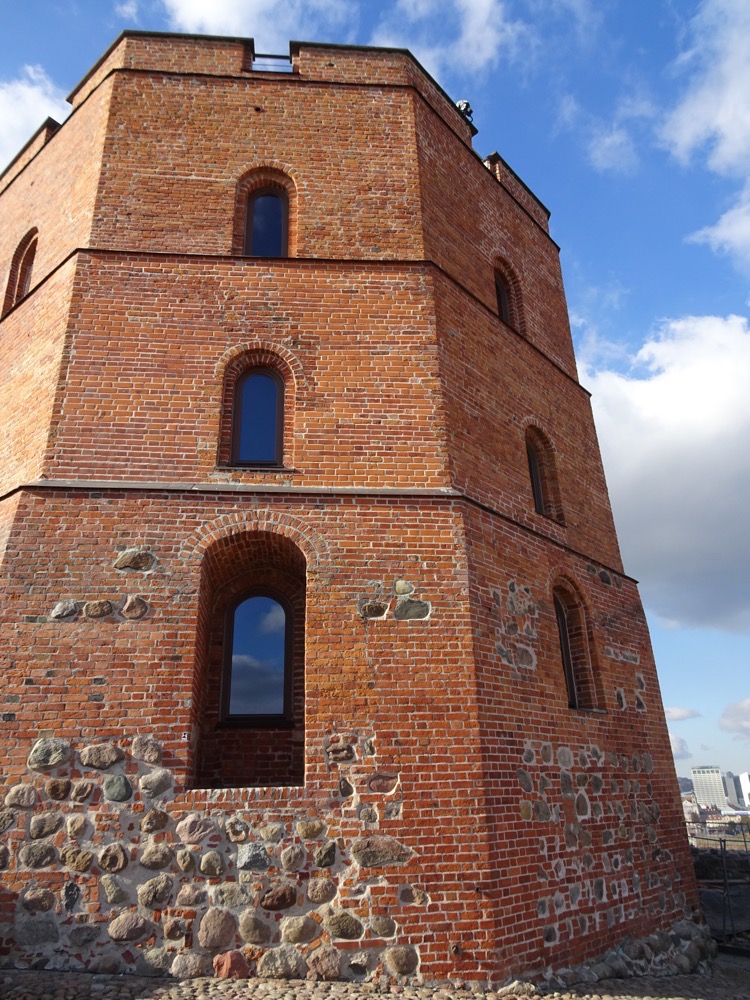 After we made our way through the castle complex, most of which was behind scaffolding, we clambered carefully back down the cobbled hill – because of course if you are going to go tits up, it will be while going downhill and went for a walk around the bottom of the castle tower base. I simply can not get over these gorgeous autumn colours.
After we made our way through the castle complex, most of which was behind scaffolding, we clambered carefully back down the cobbled hill – because of course if you are going to go tits up, it will be while going downhill and went for a walk around the bottom of the castle tower base. I simply can not get over these gorgeous autumn colours. 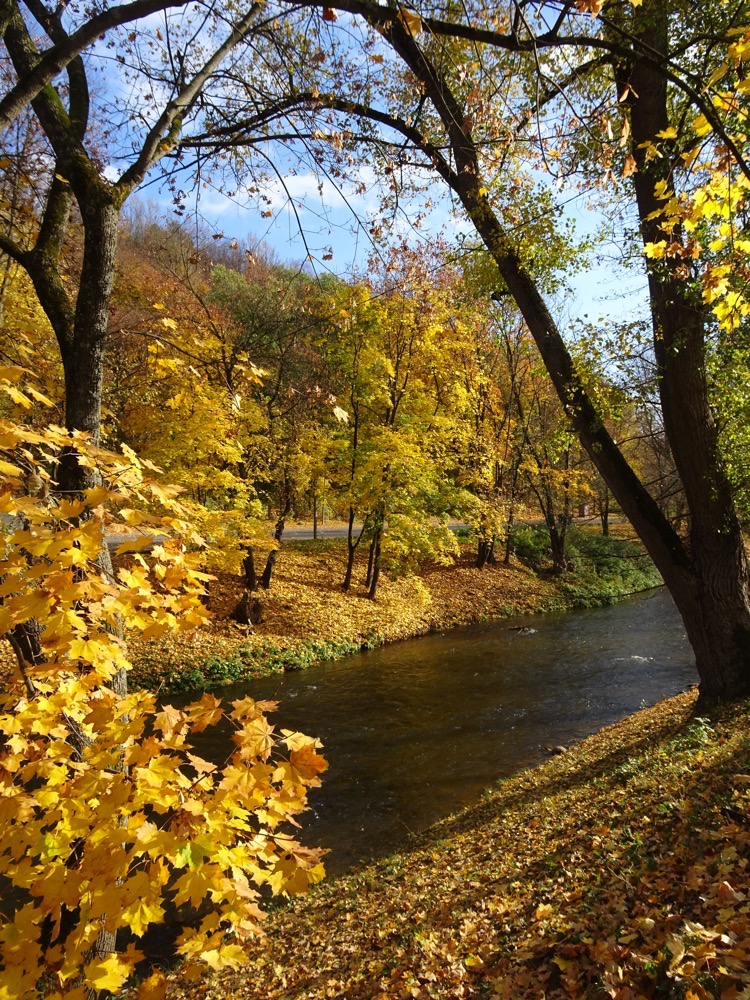
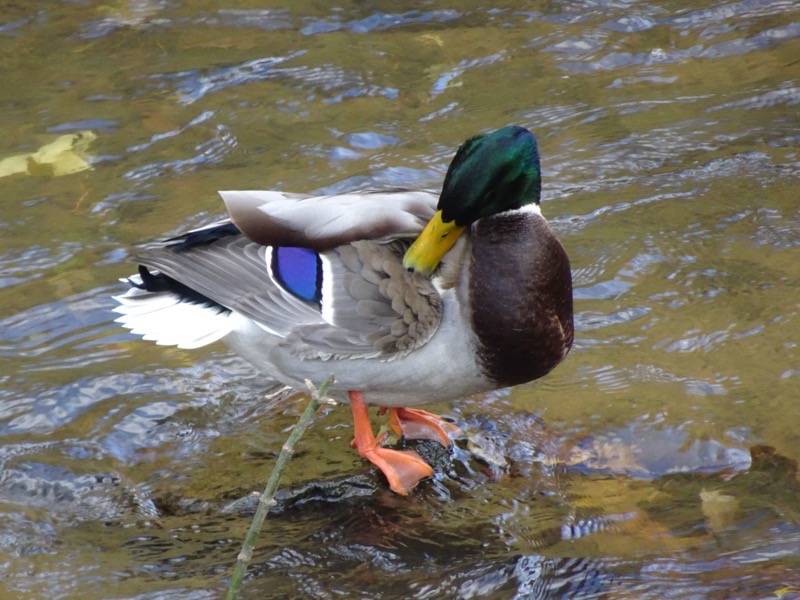
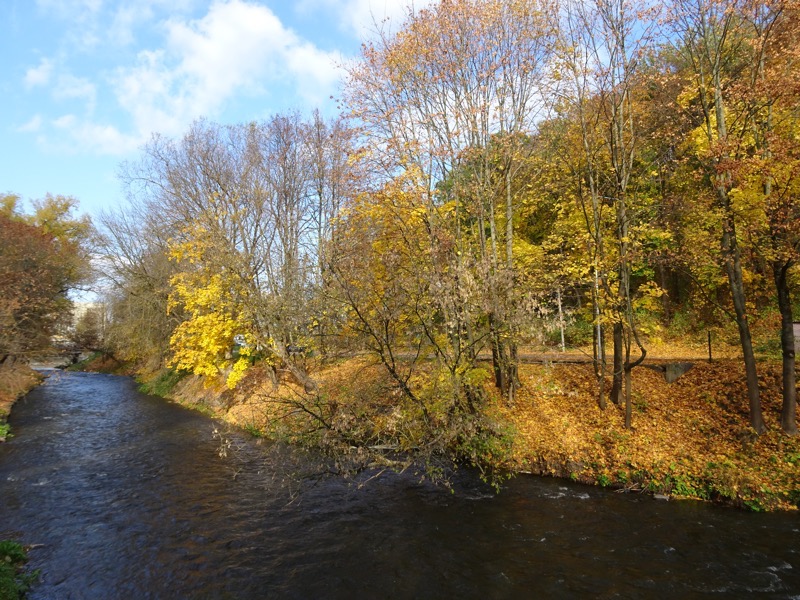 The tower from Cathedral Square:
The tower from Cathedral Square: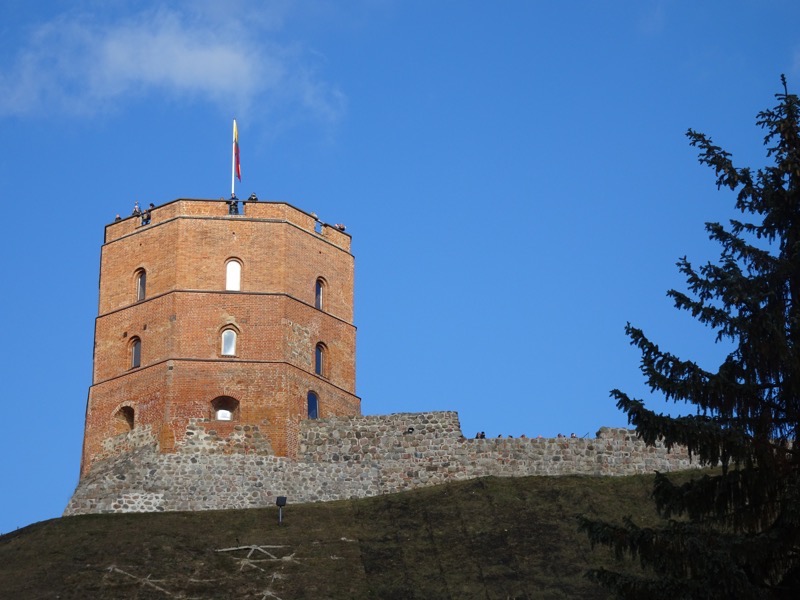 Presidential Palace: This building is the central part of the former Governor’s Palace. The first palace was built here in the 15th century and used as the Vilnius bishops’ residence until 1795 when it was given to the governor-general. It currently holds the President’s official offices.
Presidential Palace: This building is the central part of the former Governor’s Palace. The first palace was built here in the 15th century and used as the Vilnius bishops’ residence until 1795 when it was given to the governor-general. It currently holds the President’s official offices.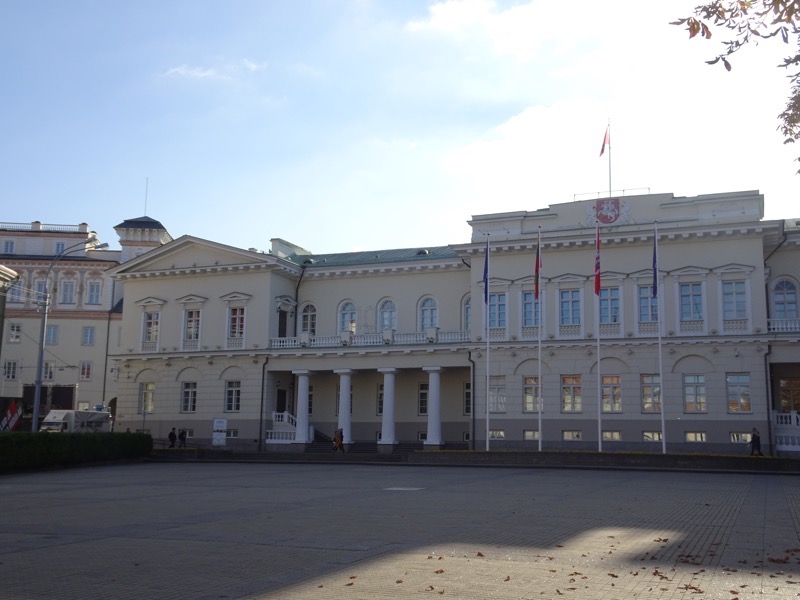 After this, we went hunting for a bit of lunch at a place called Būsi Trečias. Something local, affordable and hopefully not too far. Trip Advisor can be great for finding restaurants and it served us well last night, but sometimes it can be a bit hit and miss. We found a restaurant called and immediately ordered some disgustingly large ciders – because the alcohol is always cheaper than the soft drink or sometimes even the bottled water!
After this, we went hunting for a bit of lunch at a place called Būsi Trečias. Something local, affordable and hopefully not too far. Trip Advisor can be great for finding restaurants and it served us well last night, but sometimes it can be a bit hit and miss. We found a restaurant called and immediately ordered some disgustingly large ciders – because the alcohol is always cheaper than the soft drink or sometimes even the bottled water!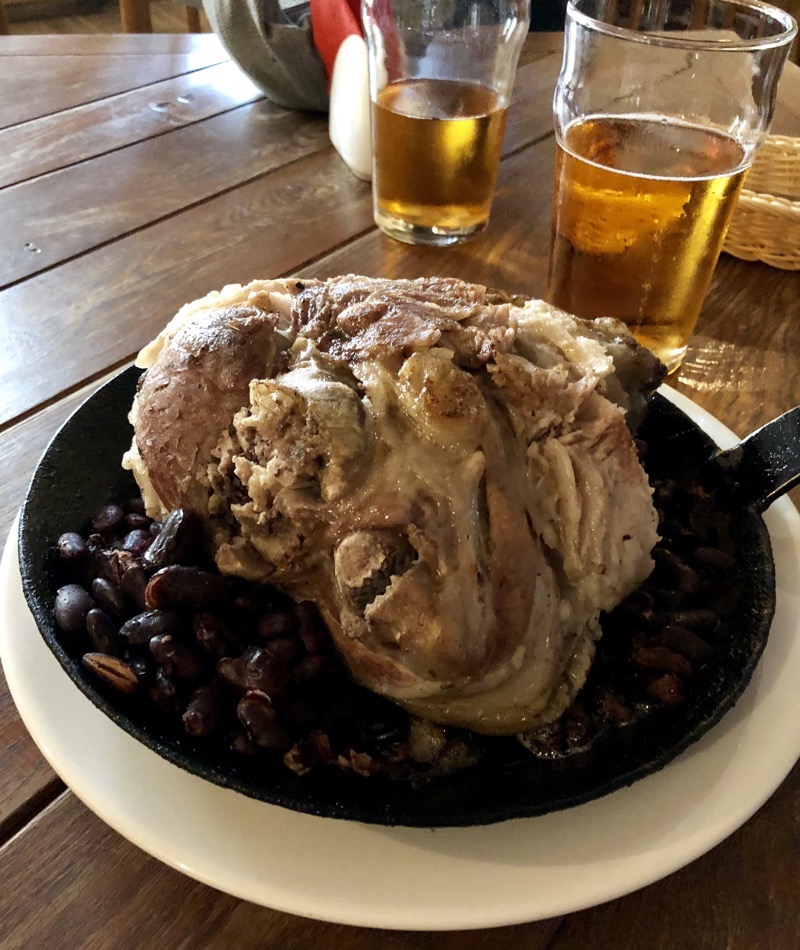 yale ordered what was called a ‘Village Pan’ and was full of potato, bacon and mushrooms, gherkins and god knows what else. It was okay in the end, yale more than happily assisted in polishing off the pork hock (well the chunks of it that weren’t fat and bone that is).
yale ordered what was called a ‘Village Pan’ and was full of potato, bacon and mushrooms, gherkins and god knows what else. It was okay in the end, yale more than happily assisted in polishing off the pork hock (well the chunks of it that weren’t fat and bone that is).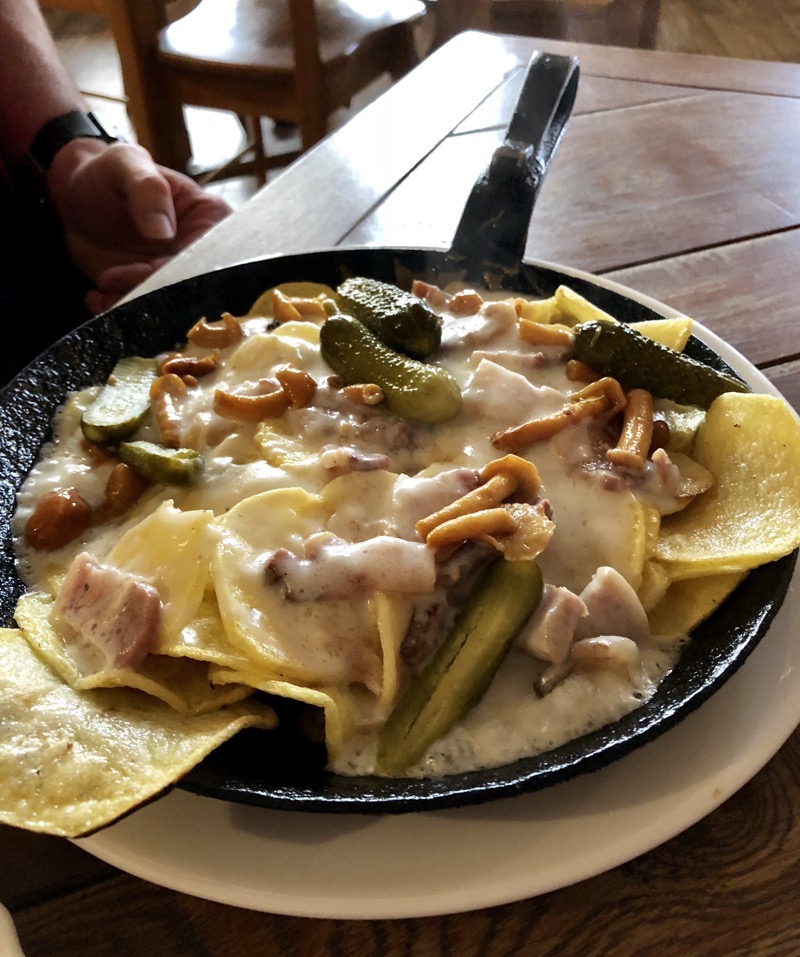 After lunch, we went for a quick wander down the main street of the Old Town to see what the other tourists are doing today. It was fairly quiet – I think that is the benefit of being here off-peak. Not many monument hogging selfie obsessed tourists around these parts.
After lunch, we went for a quick wander down the main street of the Old Town to see what the other tourists are doing today. It was fairly quiet – I think that is the benefit of being here off-peak. Not many monument hogging selfie obsessed tourists around these parts.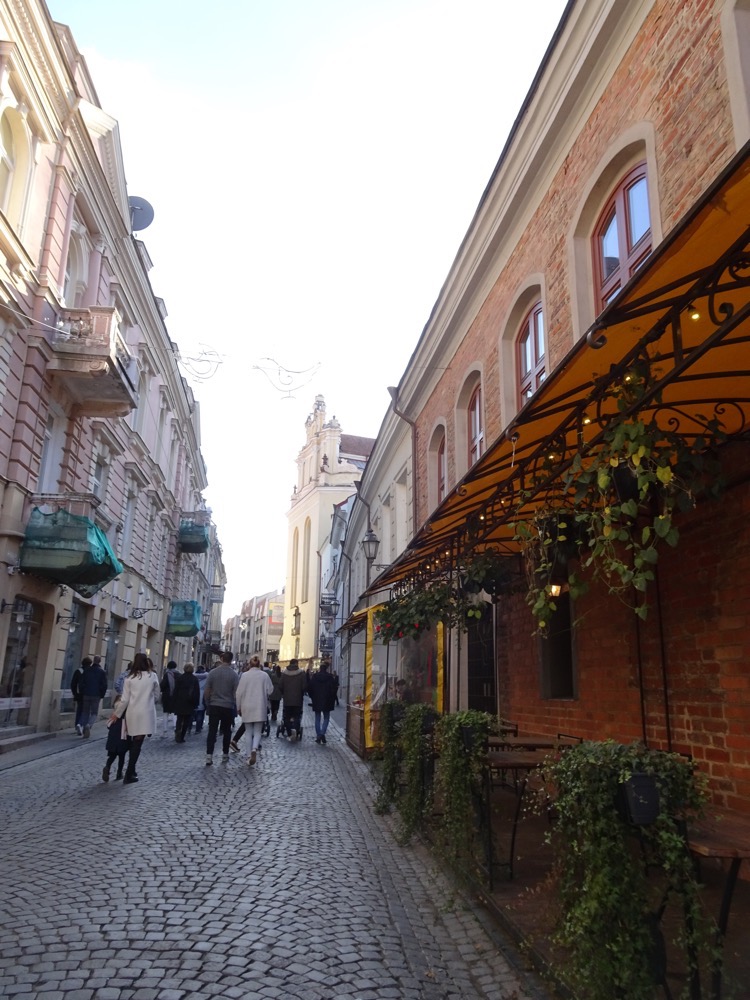 Souvenir shops are the same the world over aren’t they? Full of stuff no one needs and hardly anyone wants. I collected my pins and we moved one.
Souvenir shops are the same the world over aren’t they? Full of stuff no one needs and hardly anyone wants. I collected my pins and we moved one.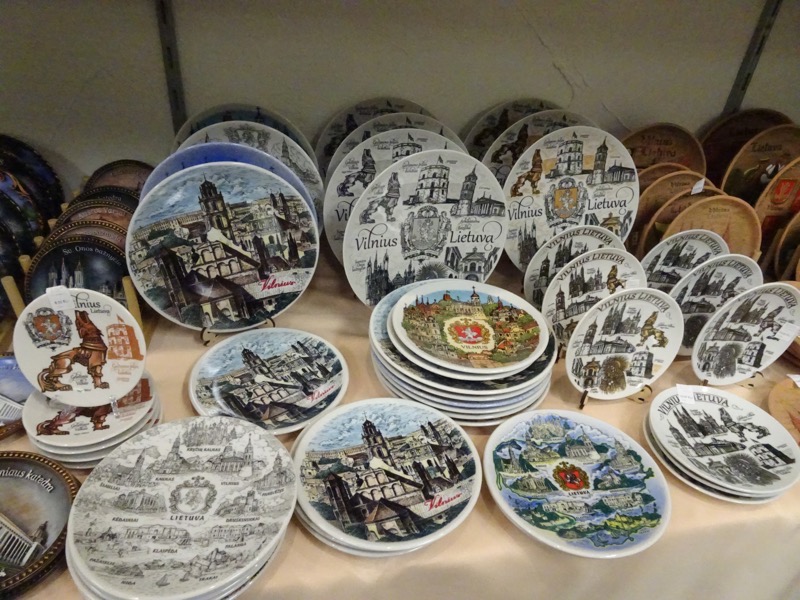
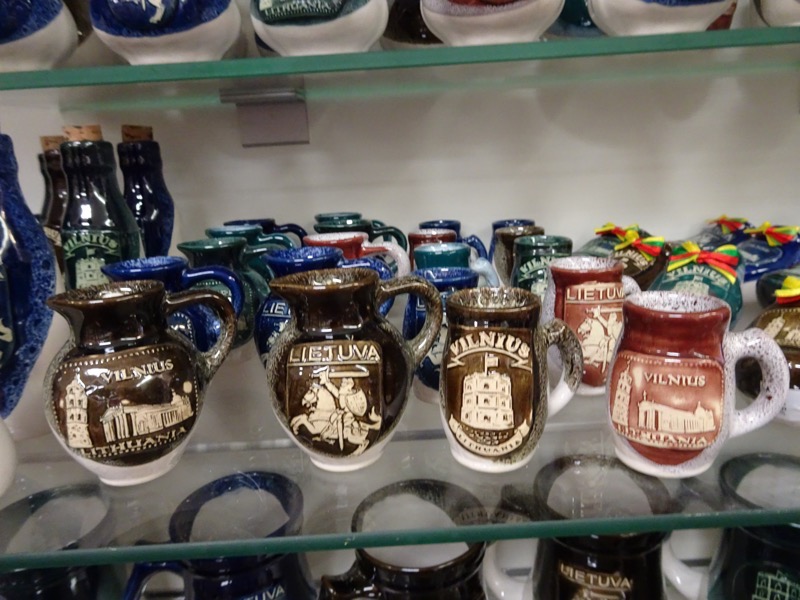
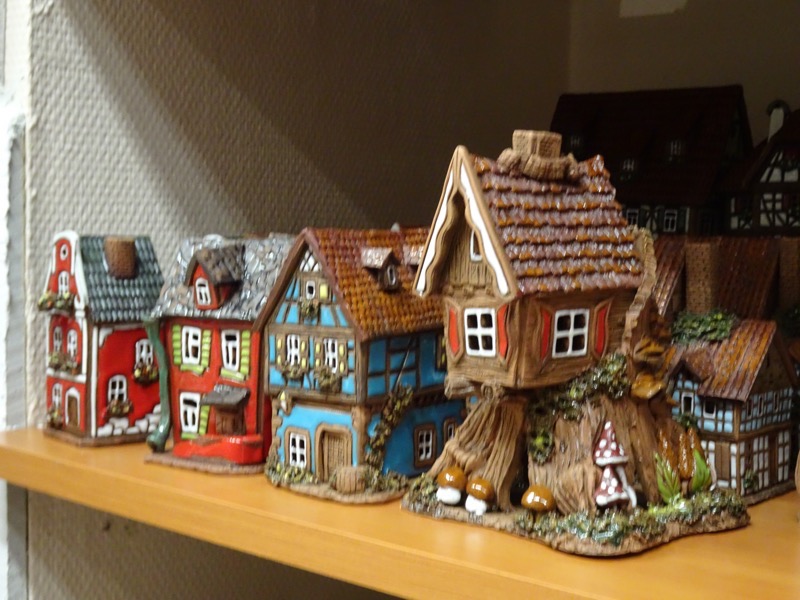 I was trying to take a photo of this amazing building, and couldn’t find a good vantage point to capture the brickwork. It was only after I took about four pictures that I realised he was getting annoyed at me taking his photo (and not dropping coins in his hat I dare say), whereas the truth was, I’m standing there thinking, ‘Why has that guy plonked himself and his ugly purple trolley right in front of the only building in the street that I want to photograph!?’
I was trying to take a photo of this amazing building, and couldn’t find a good vantage point to capture the brickwork. It was only after I took about four pictures that I realised he was getting annoyed at me taking his photo (and not dropping coins in his hat I dare say), whereas the truth was, I’m standing there thinking, ‘Why has that guy plonked himself and his ugly purple trolley right in front of the only building in the street that I want to photograph!?’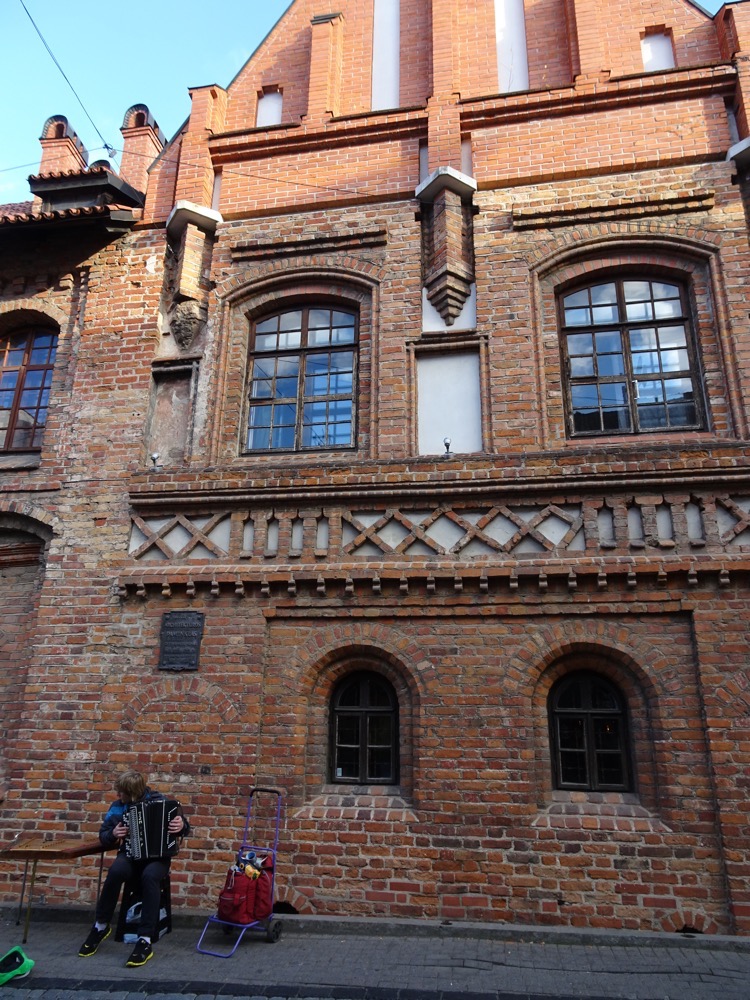 Wine bar on the corner near our B&B.
Wine bar on the corner near our B&B.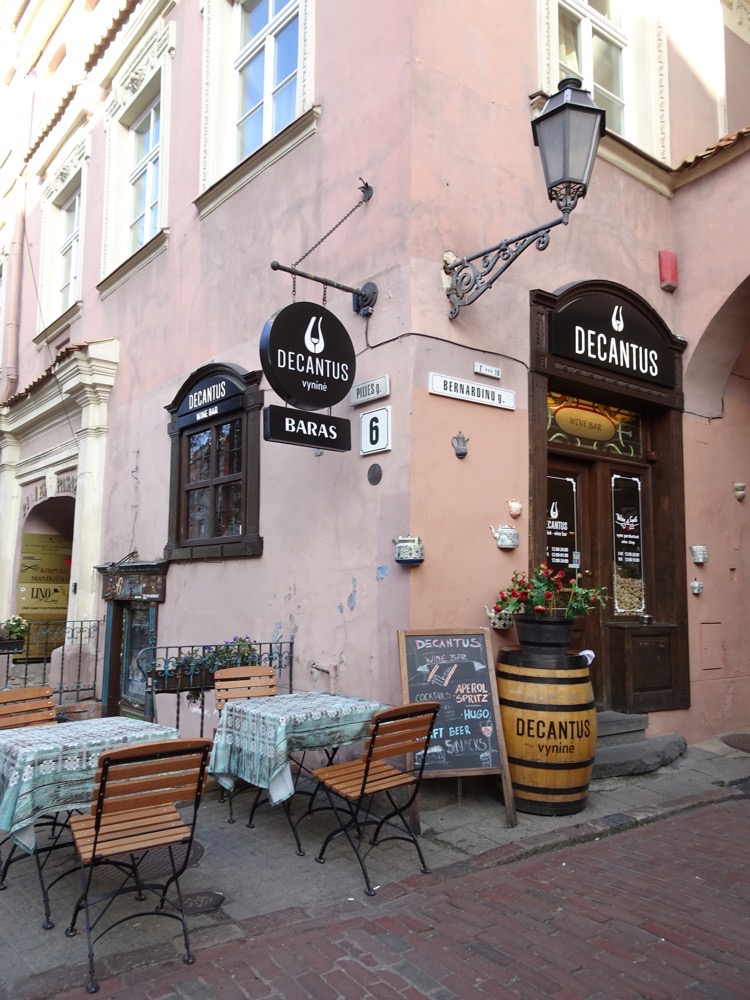
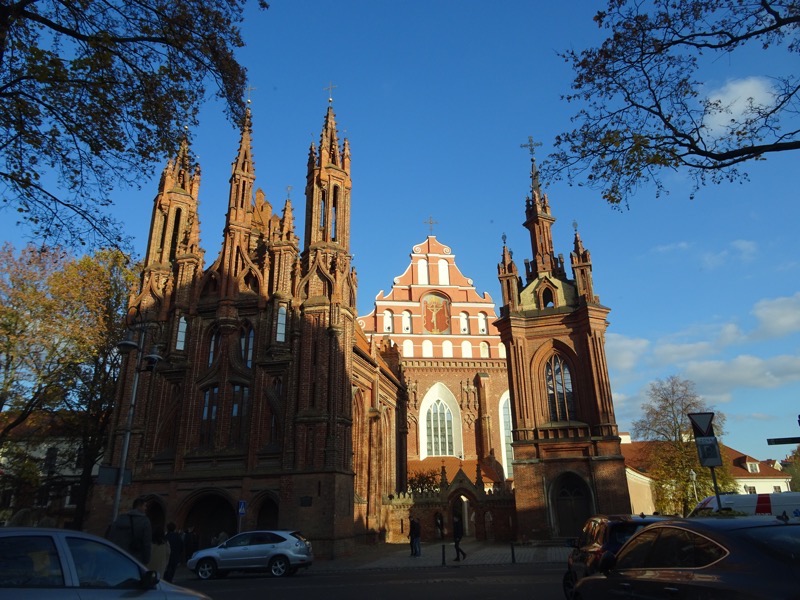 We had decided to spend the last few hours of the day going for a drive out to the Trakai ‘medieval castle’. Was surprised to see hot air balloons up at 3pm in the afternoon – at home, it seems to be an early dawn activity.
We had decided to spend the last few hours of the day going for a drive out to the Trakai ‘medieval castle’. Was surprised to see hot air balloons up at 3pm in the afternoon – at home, it seems to be an early dawn activity.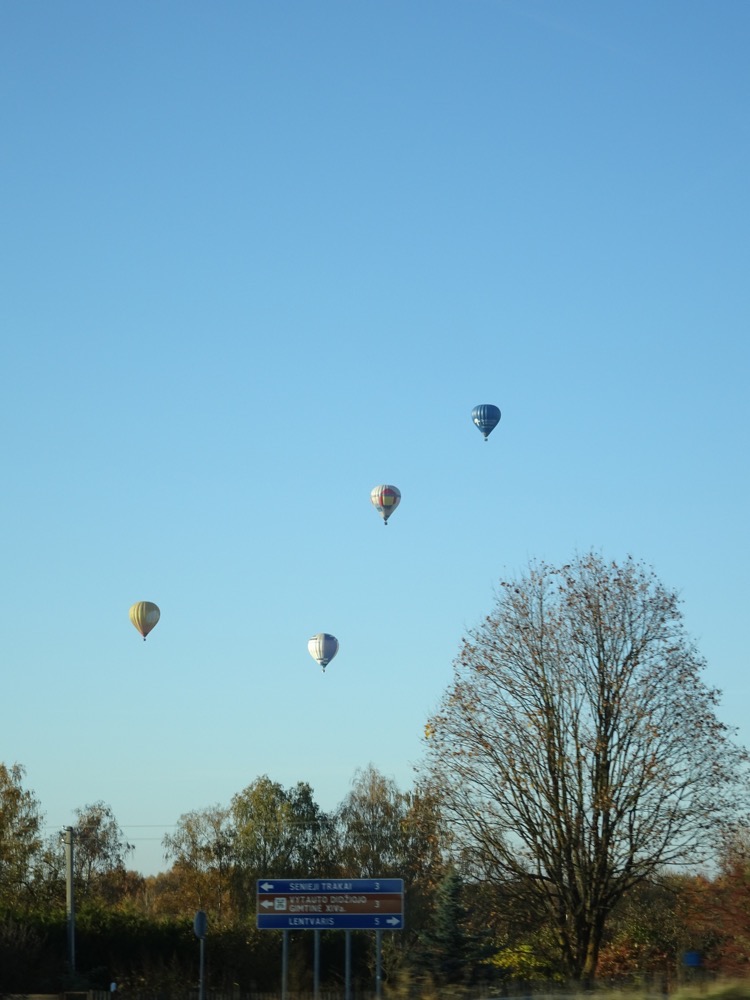 Trakai is a very touristy village near the castle, that seems to have sprung up to serve the tourists that come to visit the place. Full of bright coloured buildings, cafes and gift shops.
Trakai is a very touristy village near the castle, that seems to have sprung up to serve the tourists that come to visit the place. Full of bright coloured buildings, cafes and gift shops.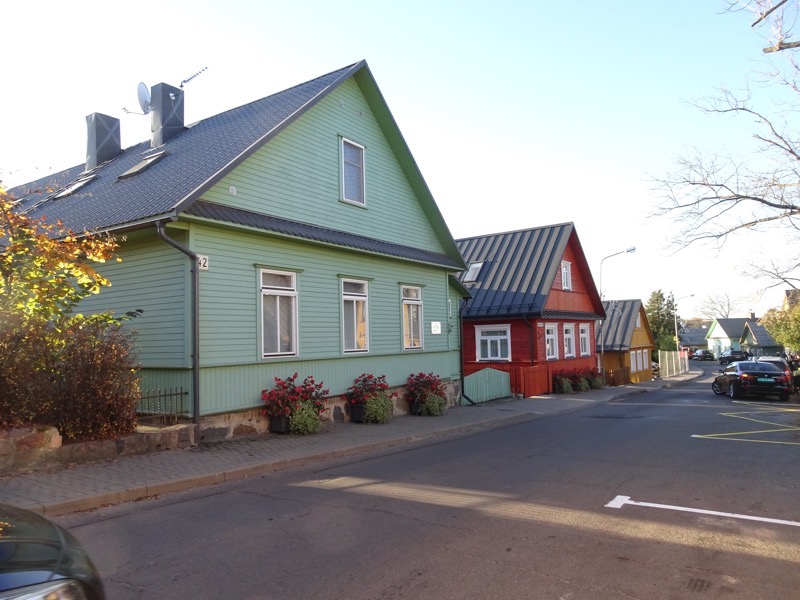
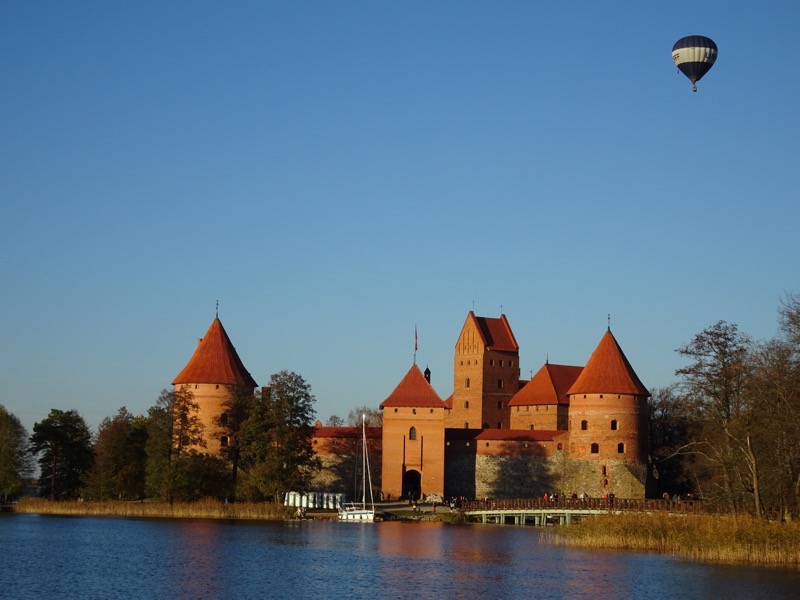
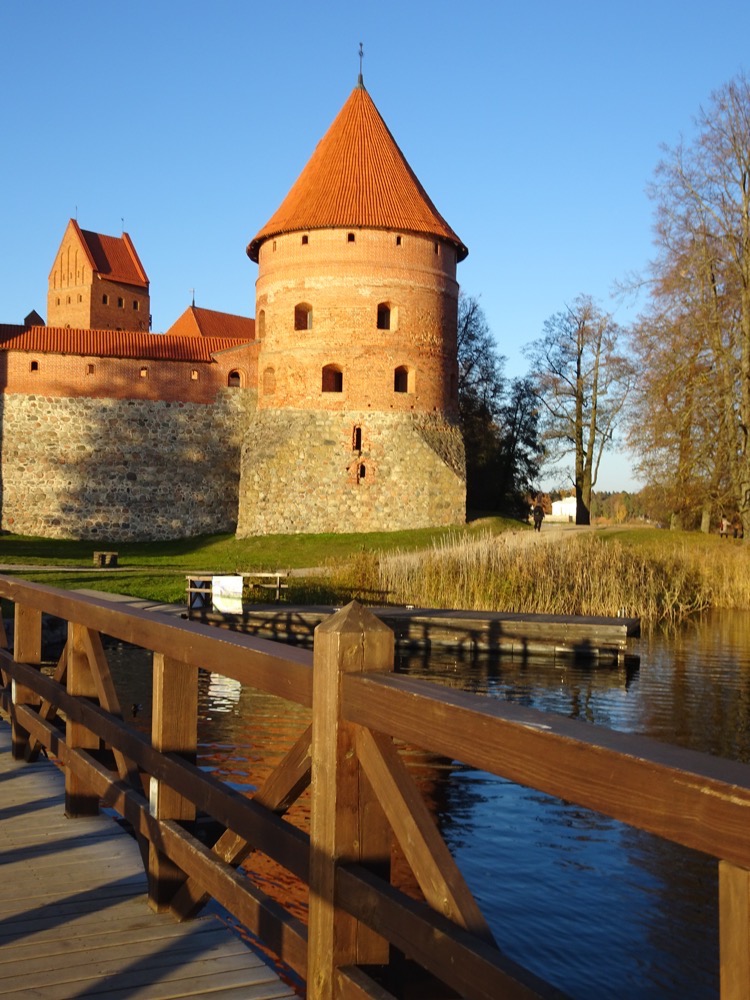 Like so many of the other historic places we have visited this trip, the castle suffered several major catastrophes over the ensuing centuries including – an attack by Teutonic Knights in 1377 and a power struggle between Jogaila and Vytautas the Great for the title of Grand Duke of Lithuania after the assassination of Kęstutis. The castle was besieged by both sides of that spat, but soon after they reconciled and the major phase of construction started and continued until 1409, which was just before the Battle of Grunwald (between the Teutonic Knight and the Polish/Lithuanian Forces), after which the castle lost its relevance as a strategic military fortress.
Like so many of the other historic places we have visited this trip, the castle suffered several major catastrophes over the ensuing centuries including – an attack by Teutonic Knights in 1377 and a power struggle between Jogaila and Vytautas the Great for the title of Grand Duke of Lithuania after the assassination of Kęstutis. The castle was besieged by both sides of that spat, but soon after they reconciled and the major phase of construction started and continued until 1409, which was just before the Battle of Grunwald (between the Teutonic Knight and the Polish/Lithuanian Forces), after which the castle lost its relevance as a strategic military fortress.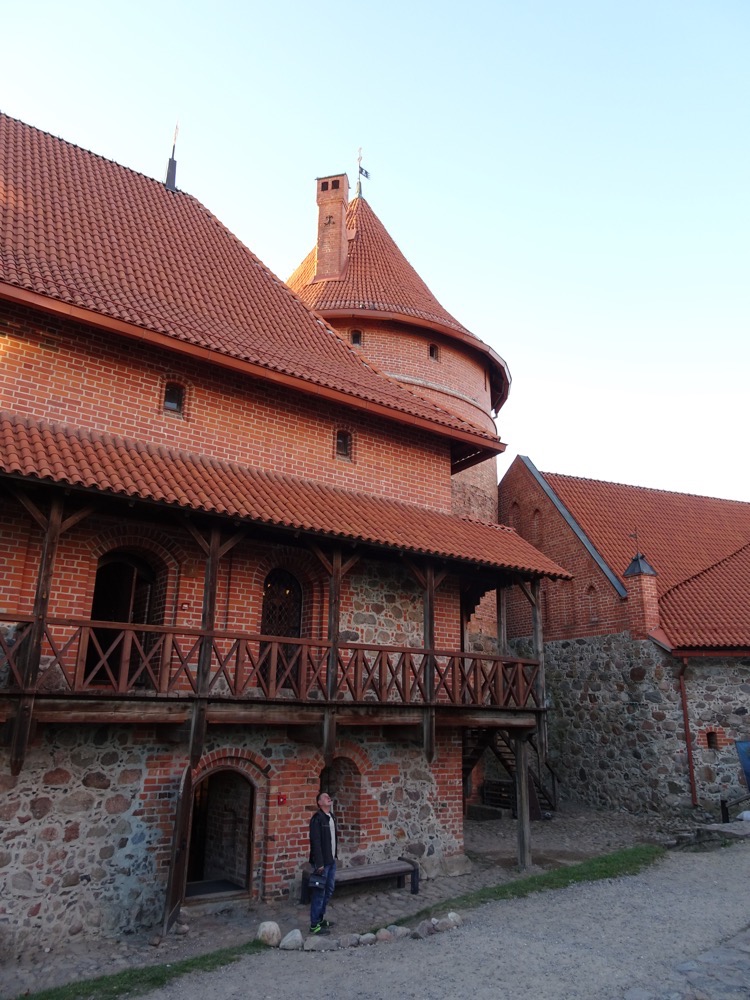 The castle is mainly built out of red Gothic bricks. Stone blocks were used only in the foundations and for some of the upper parts of buildings, towers and walls. It has been decorated with glazed roof tiles, burned bricks, and (some very dodgy) stained glass windows. Its overall style after the second construction phase could be described as Gothic with some Romanesque features.
The castle is mainly built out of red Gothic bricks. Stone blocks were used only in the foundations and for some of the upper parts of buildings, towers and walls. It has been decorated with glazed roof tiles, burned bricks, and (some very dodgy) stained glass windows. Its overall style after the second construction phase could be described as Gothic with some Romanesque features.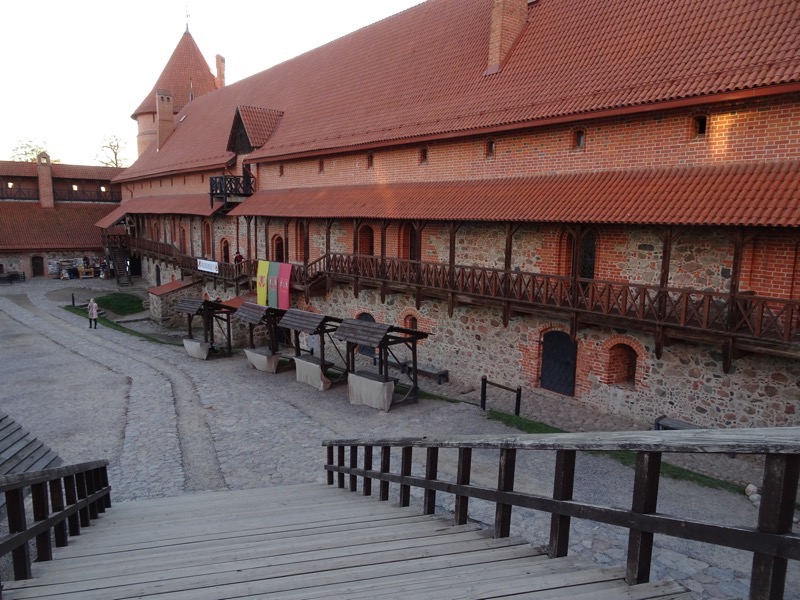 After the Battle of Grunwald, the castle was no longer of any military importance, so it was turned into a residence for the Grand Dukes of Lithuania. The caste was redecorated, frescos were added and foreign emissaries were welcomed in the Ducal Palace.
After the Battle of Grunwald, the castle was no longer of any military importance, so it was turned into a residence for the Grand Dukes of Lithuania. The caste was redecorated, frescos were added and foreign emissaries were welcomed in the Ducal Palace.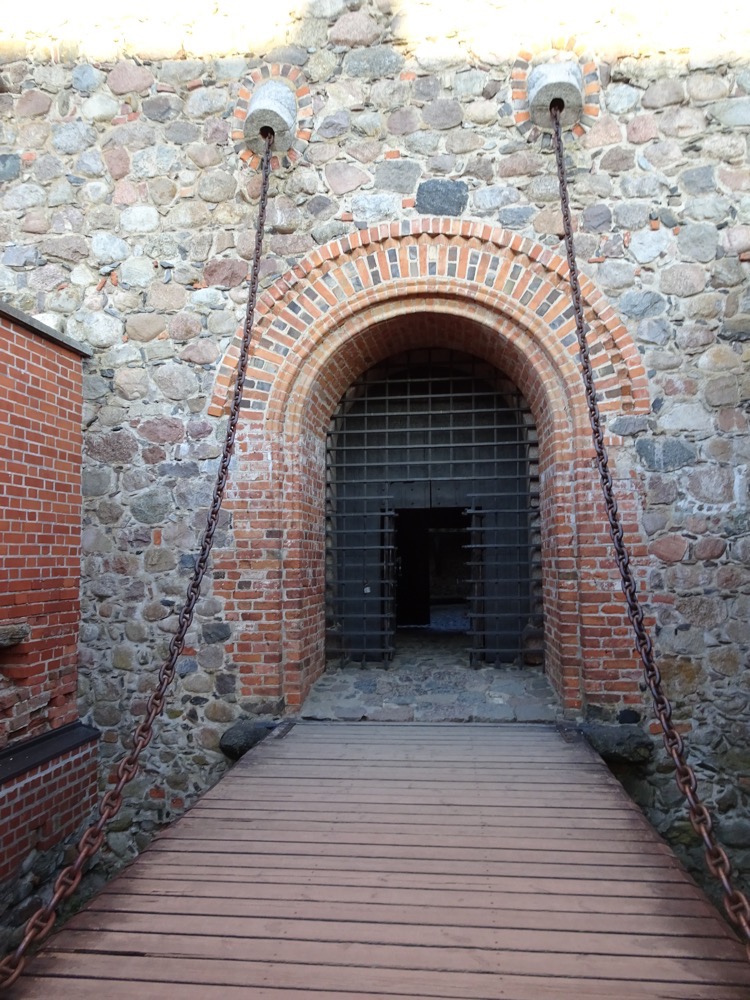 Grand Duke Vytautas the Great died in the castle in 1430 leaving it in the hands of Sigismund Augustus who used it as a royal summer residence until 1511, and it was redecorated in a Renaissance style. Later the castle served as a prison and during the wars with Muscovy in the 17th century, the castle was damaged, but this time was not reconstructed and it gradually fell into disrepair.
Grand Duke Vytautas the Great died in the castle in 1430 leaving it in the hands of Sigismund Augustus who used it as a royal summer residence until 1511, and it was redecorated in a Renaissance style. Later the castle served as a prison and during the wars with Muscovy in the 17th century, the castle was damaged, but this time was not reconstructed and it gradually fell into disrepair.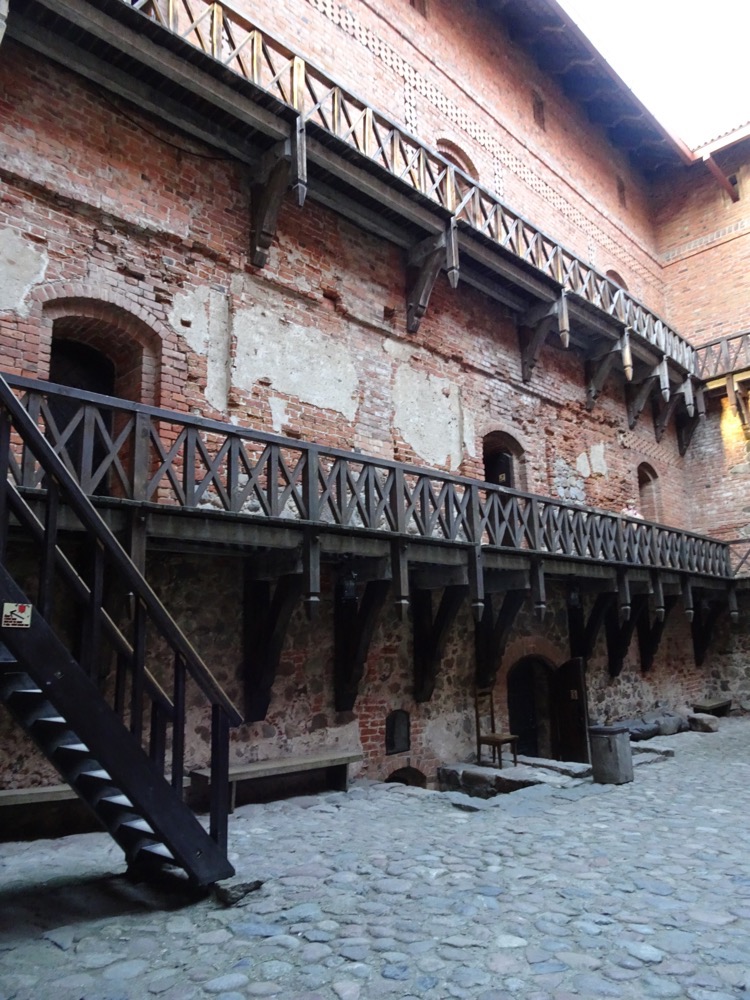 in 1888, the Imperial Archaeological Commission planned were made to rebuild the castle and in 1905, the Imperial Russian authorities decided to partially restore the castle ruins. During World War I, Germans brought in their restoration specialists, who made several attempts to rebuilt the castle and then between 1935-1941, parts of the Ducal Palace walls were rebuilt. Up until WWII, Lithuanian and Polish conservationists worked on castle project, but all work stopped when the war was raging all over Europe. After WWII, a major reconstruction project was begun in 1946 with actual restoration work started in 1951–1952. The major portion of the reconstruction was eventually finished in the 1960s with the goal of reconstructing the castle in a 15th century style to be a major tourist attraction, which has resulted in a cross between Hampton Court Palace and Bli Bli Castle. :/
in 1888, the Imperial Archaeological Commission planned were made to rebuild the castle and in 1905, the Imperial Russian authorities decided to partially restore the castle ruins. During World War I, Germans brought in their restoration specialists, who made several attempts to rebuilt the castle and then between 1935-1941, parts of the Ducal Palace walls were rebuilt. Up until WWII, Lithuanian and Polish conservationists worked on castle project, but all work stopped when the war was raging all over Europe. After WWII, a major reconstruction project was begun in 1946 with actual restoration work started in 1951–1952. The major portion of the reconstruction was eventually finished in the 1960s with the goal of reconstructing the castle in a 15th century style to be a major tourist attraction, which has resulted in a cross between Hampton Court Palace and Bli Bli Castle. :/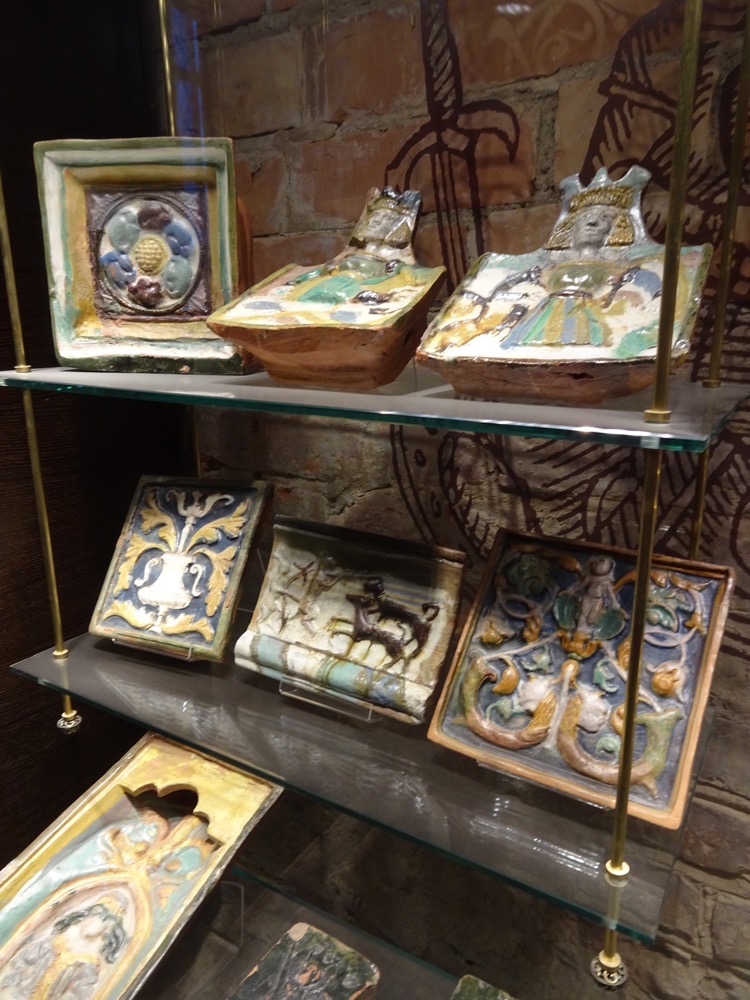
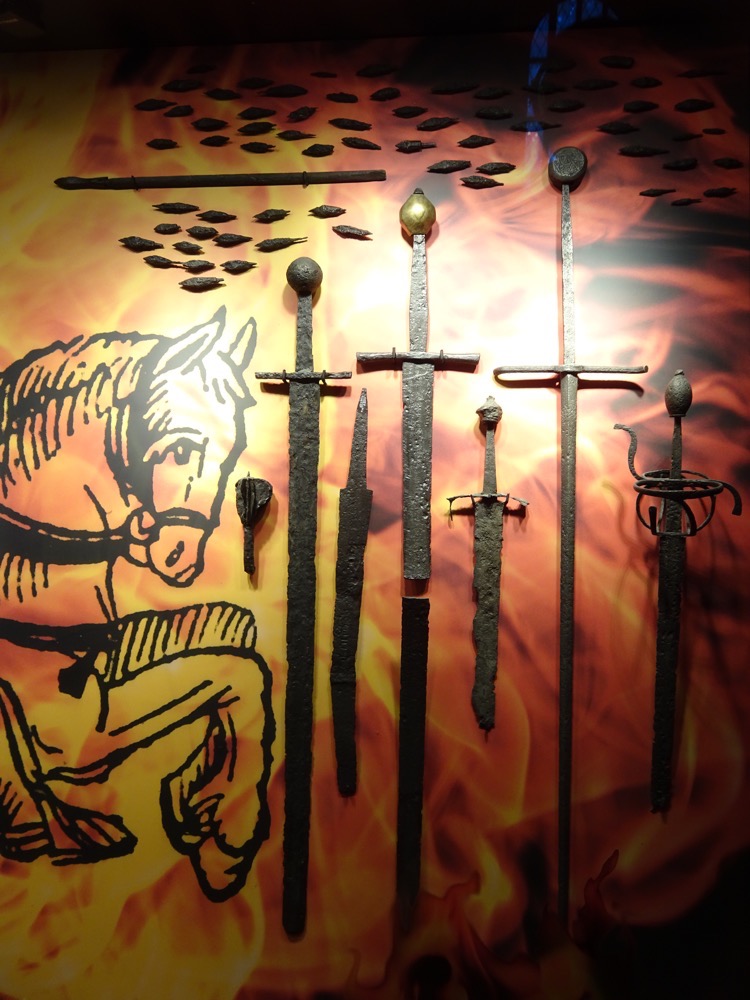
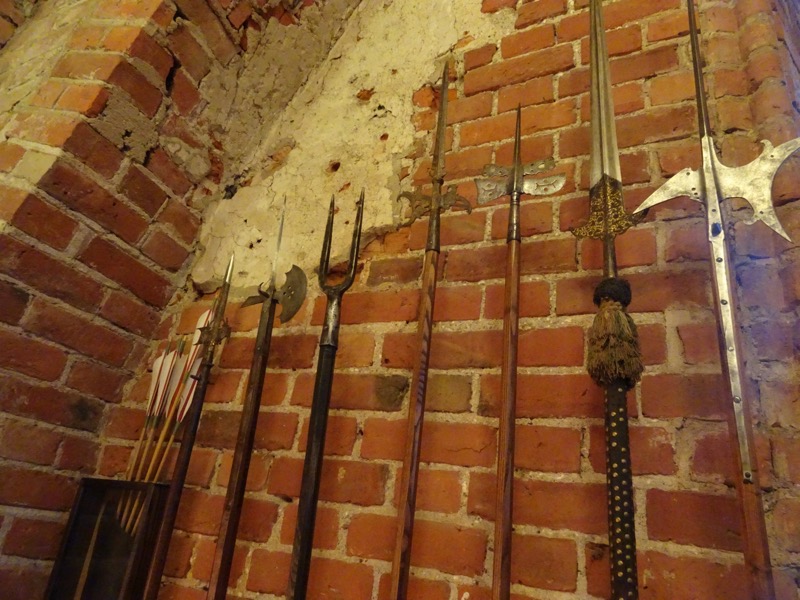
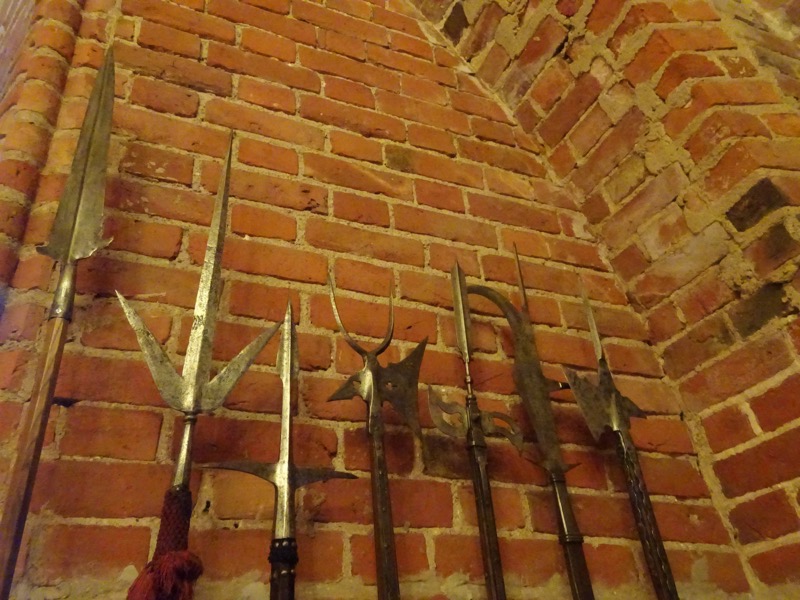
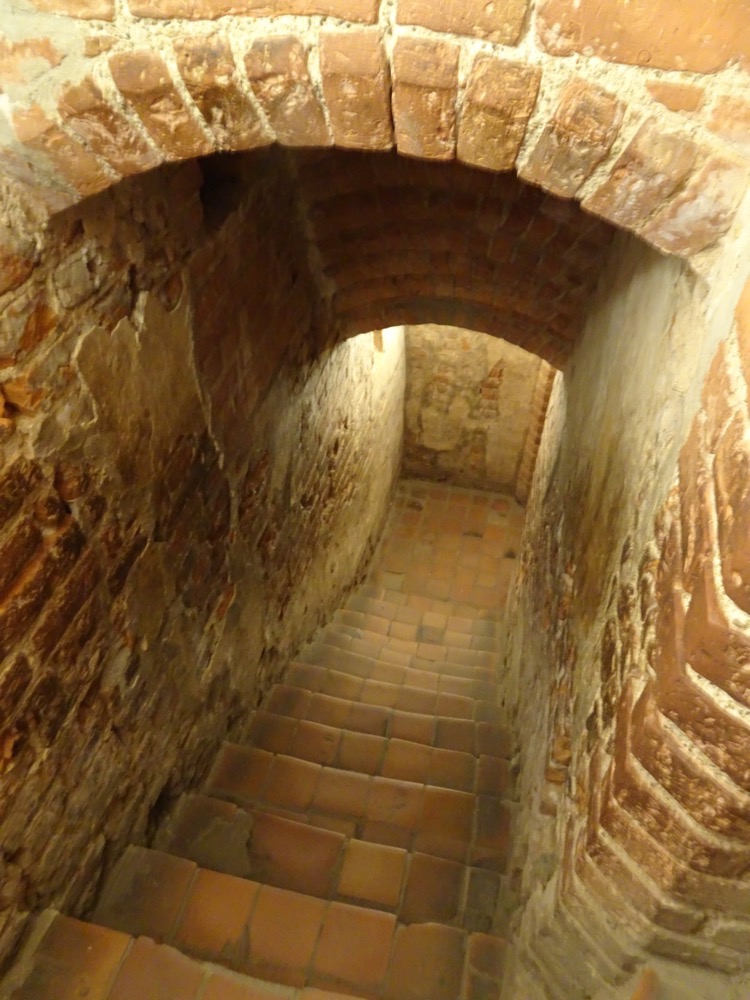
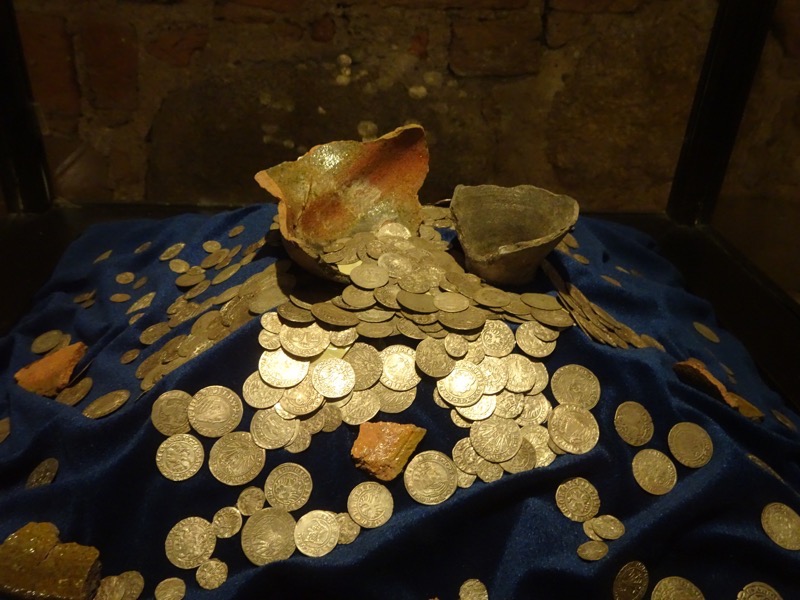
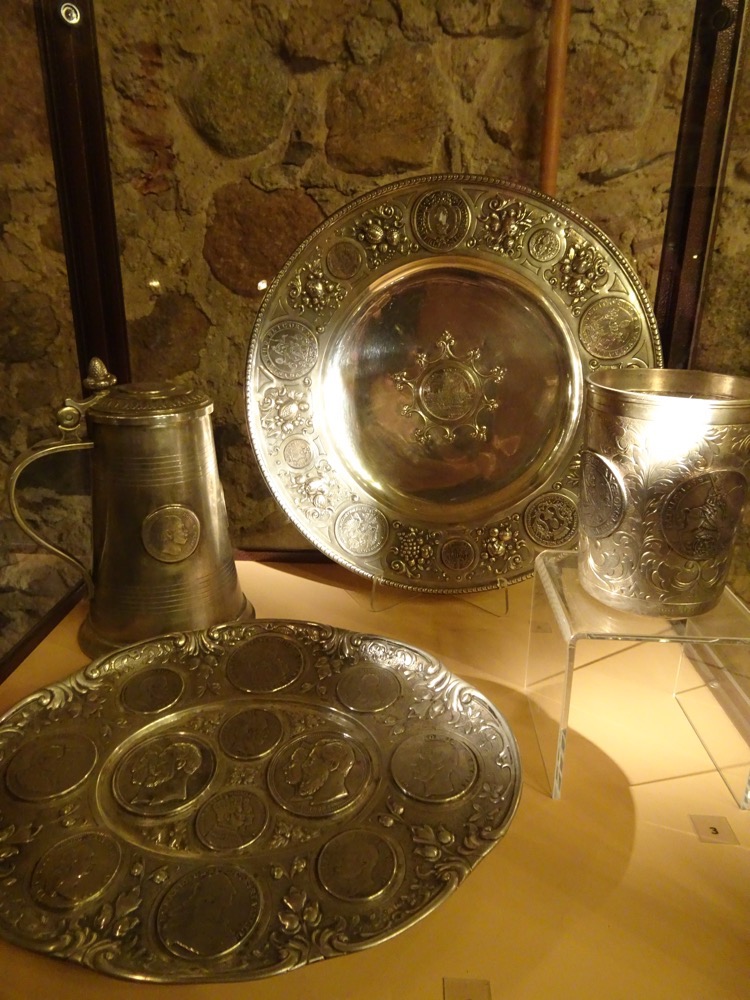
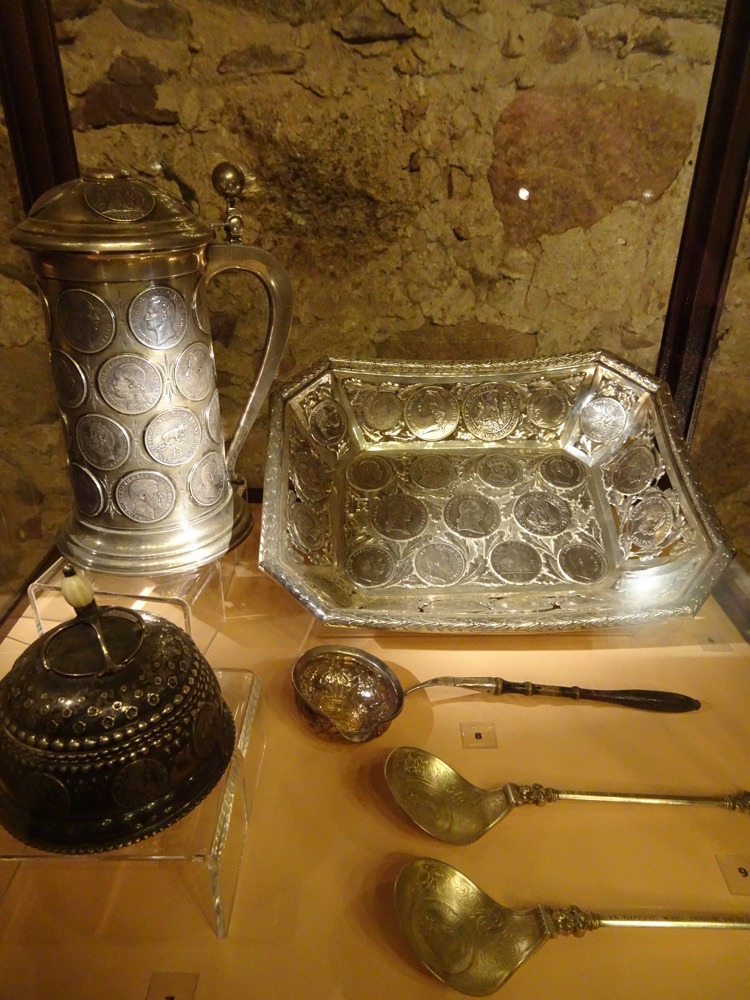
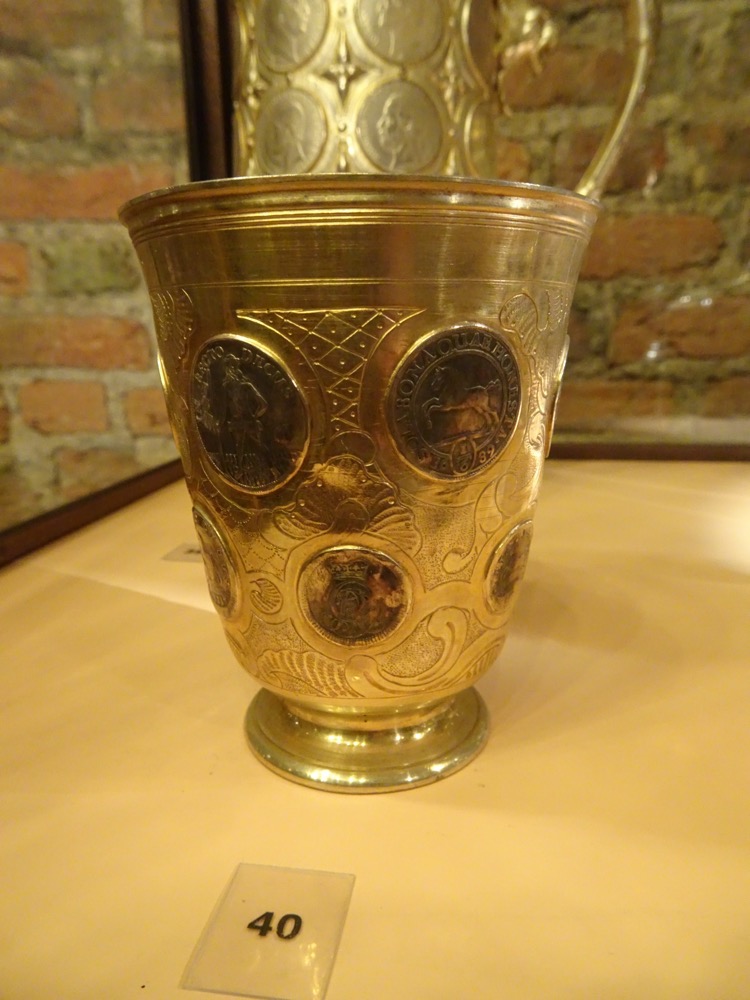 … Some not so genuine, like these lovely c.1970s post-modern stained glass windows (thankfully the lime green diagonal design is not so apparent in these photographs).
… Some not so genuine, like these lovely c.1970s post-modern stained glass windows (thankfully the lime green diagonal design is not so apparent in these photographs).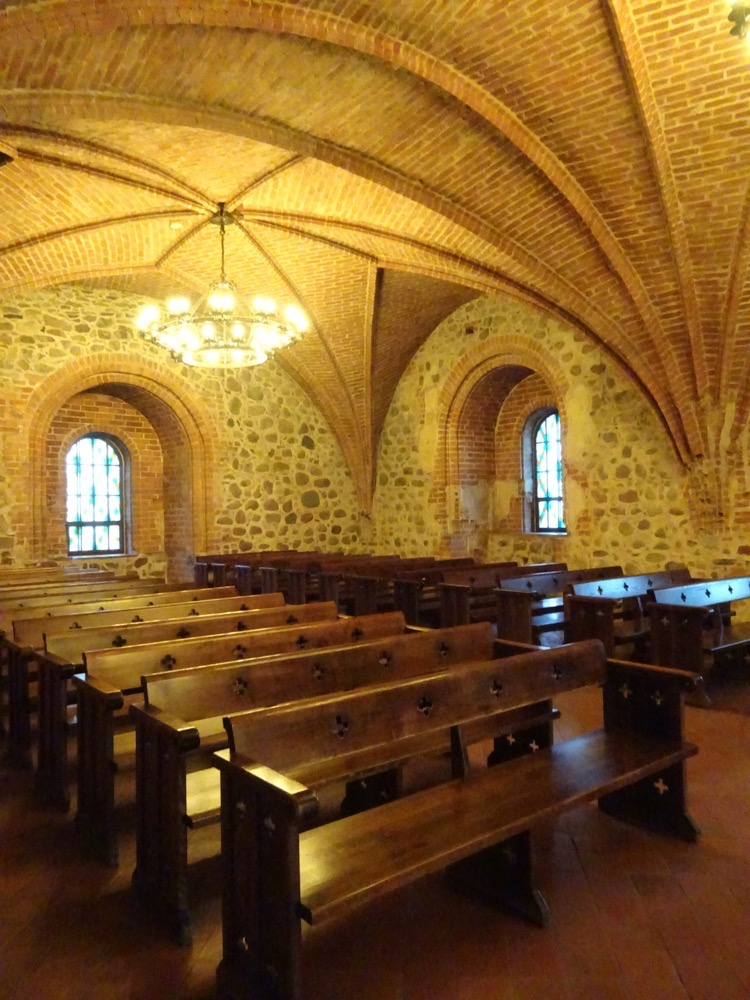
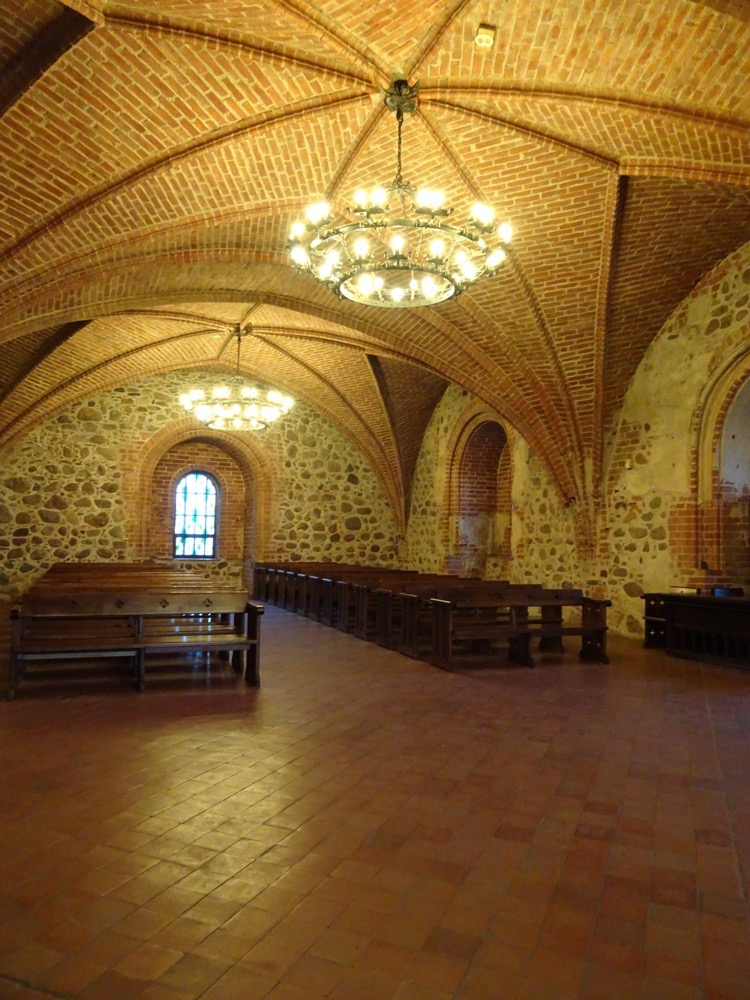
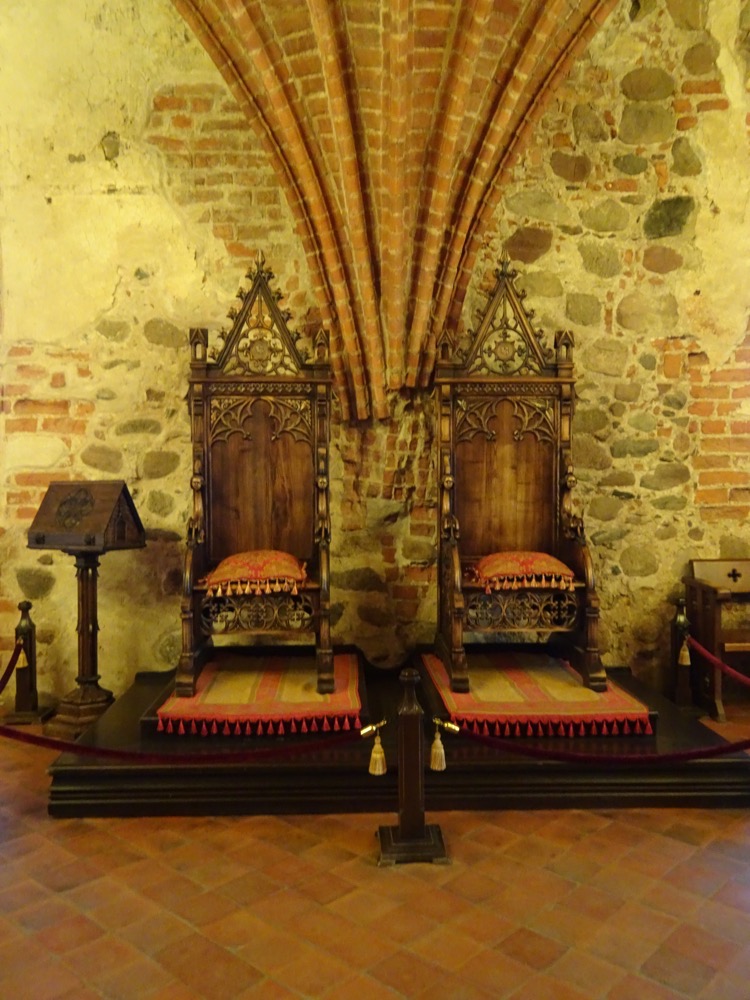
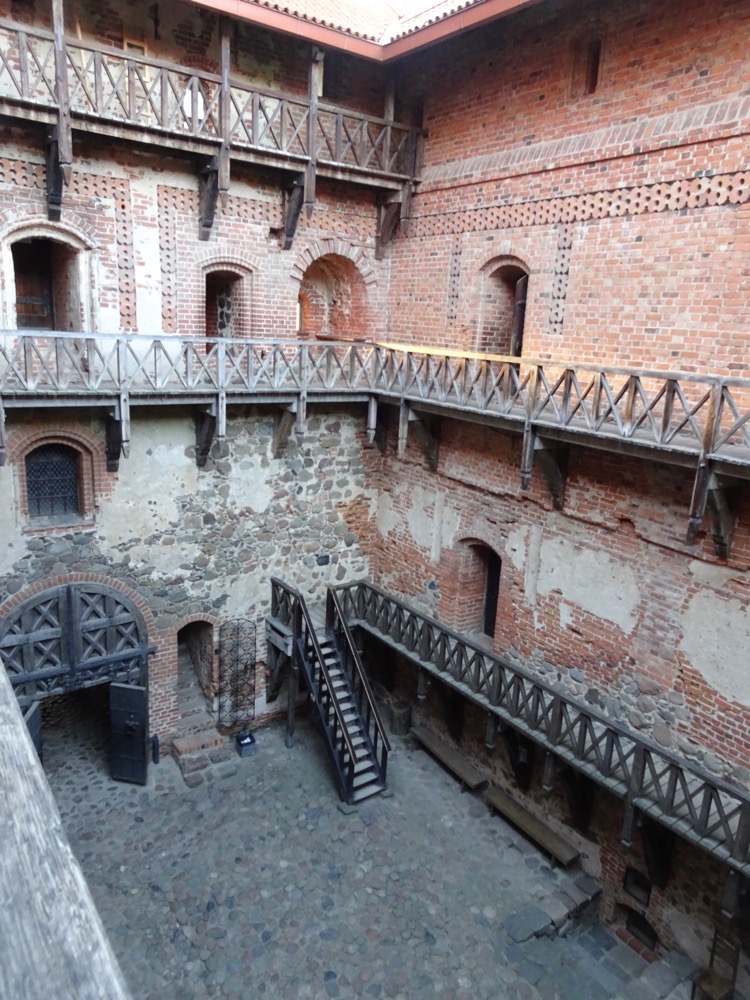 Recreated stained glass windows that date all the way back to 2006.
Recreated stained glass windows that date all the way back to 2006.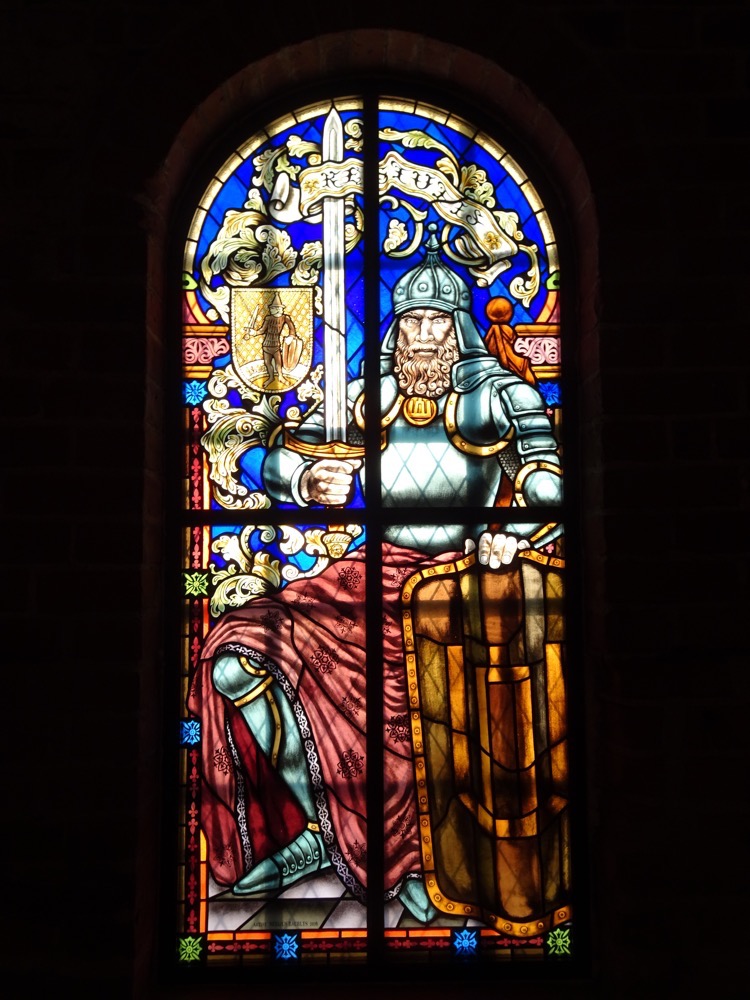
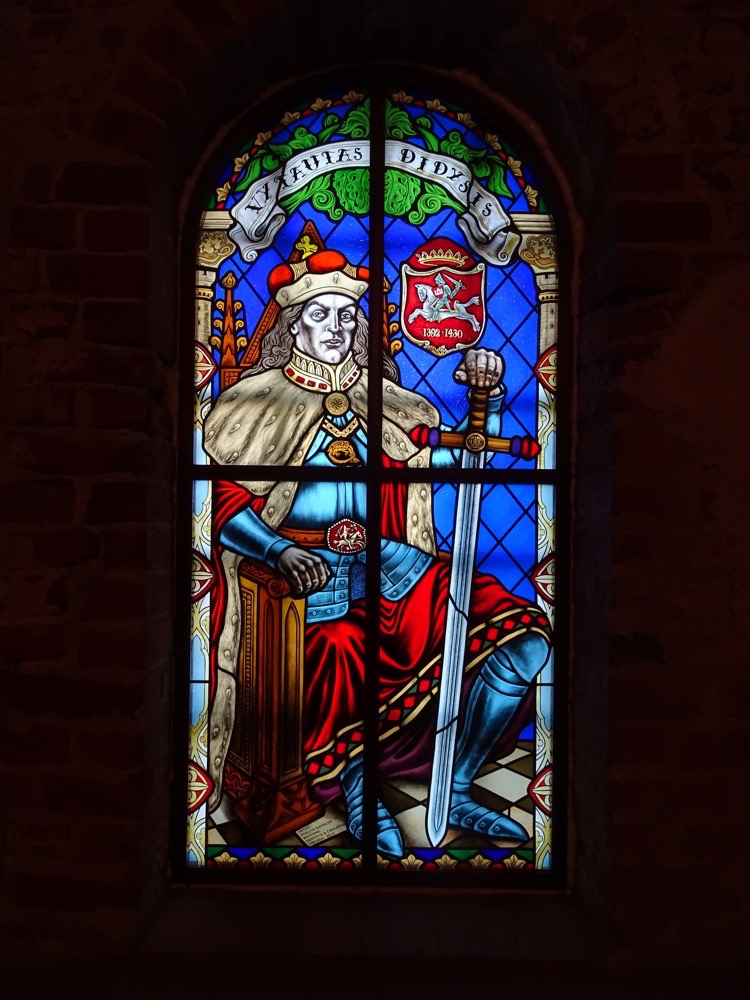 Photos of the Castle before the major renovations started in 1940s.
Photos of the Castle before the major renovations started in 1940s.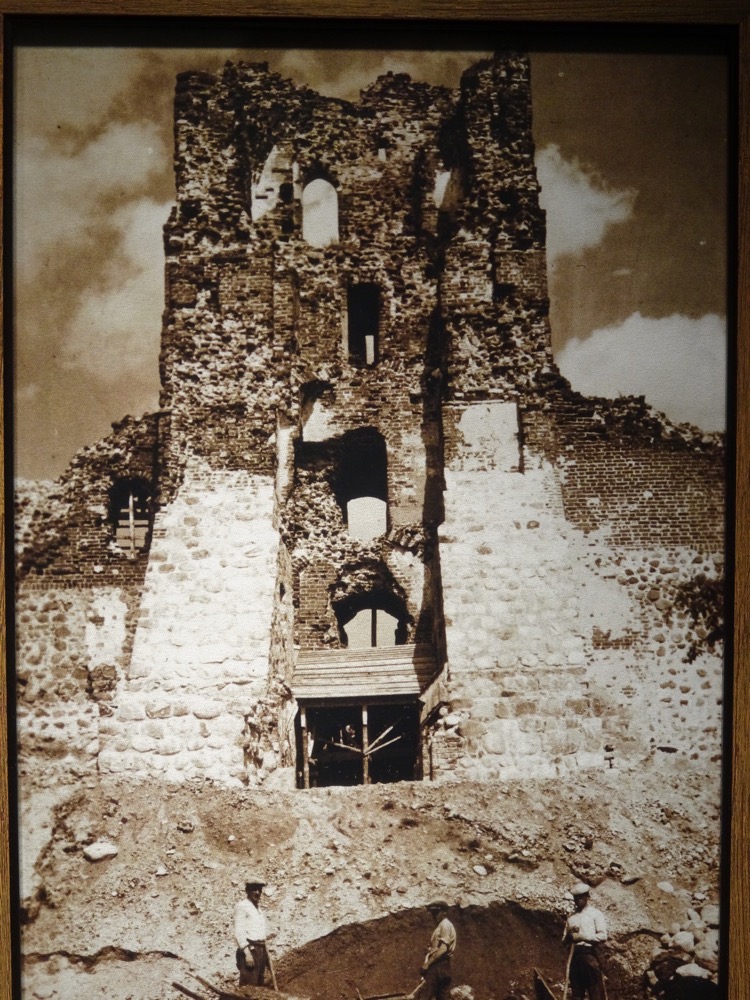
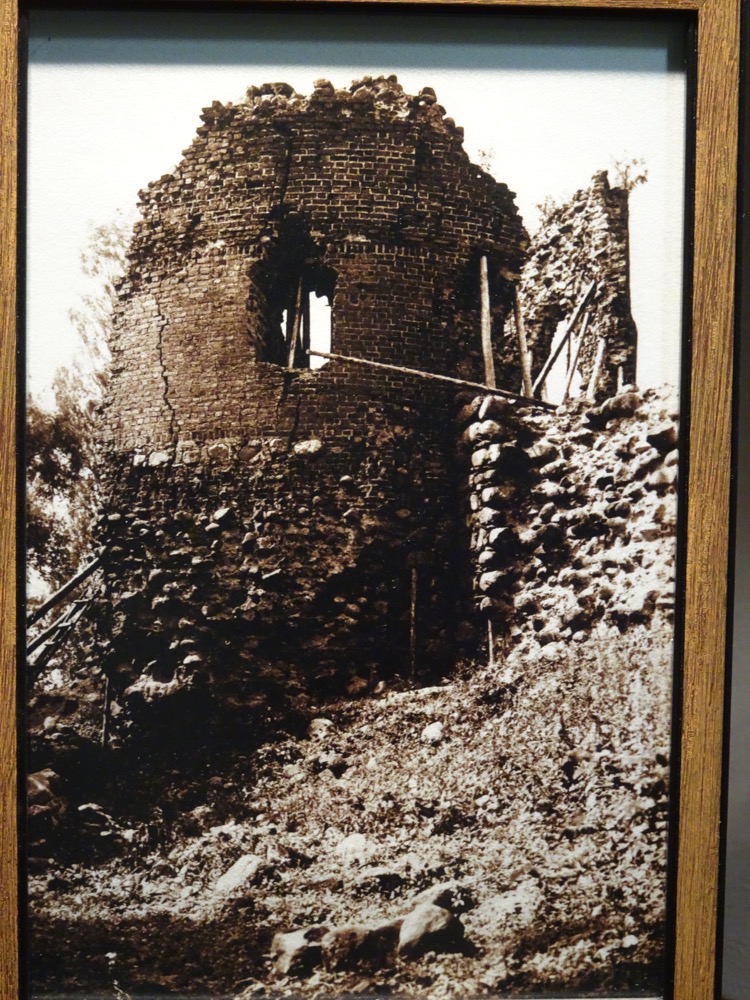 Other areas of the castle contain collections that have been donated to the Trakai Island Castle for display. Collections of official seals, pipes, Russian enamelware, taxidermied animals, and all sorts of other crap* are stored here (*weirdly gifts that appear to have been given to Lithuanian government officials over the last decade are all on display… weird plates from China in 2012, and just weird shit that has nothing to do with a 15th century castle).
Other areas of the castle contain collections that have been donated to the Trakai Island Castle for display. Collections of official seals, pipes, Russian enamelware, taxidermied animals, and all sorts of other crap* are stored here (*weirdly gifts that appear to have been given to Lithuanian government officials over the last decade are all on display… weird plates from China in 2012, and just weird shit that has nothing to do with a 15th century castle).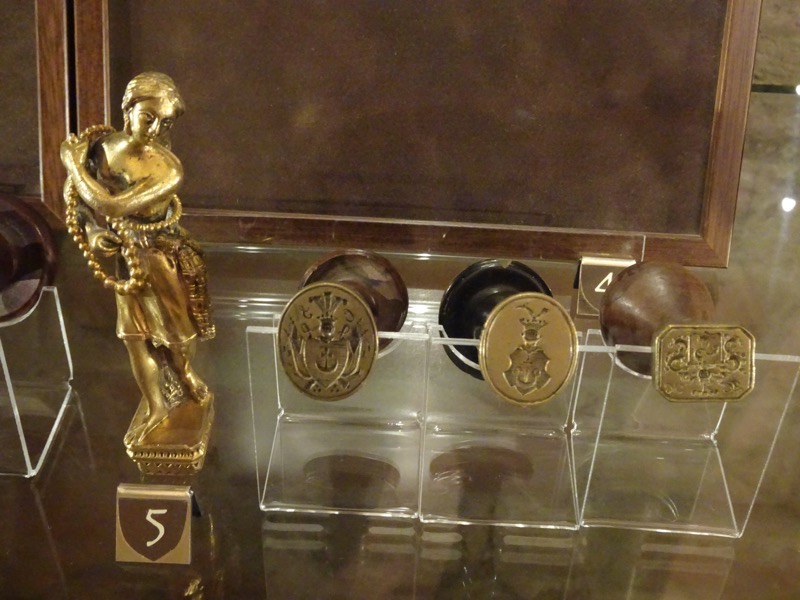
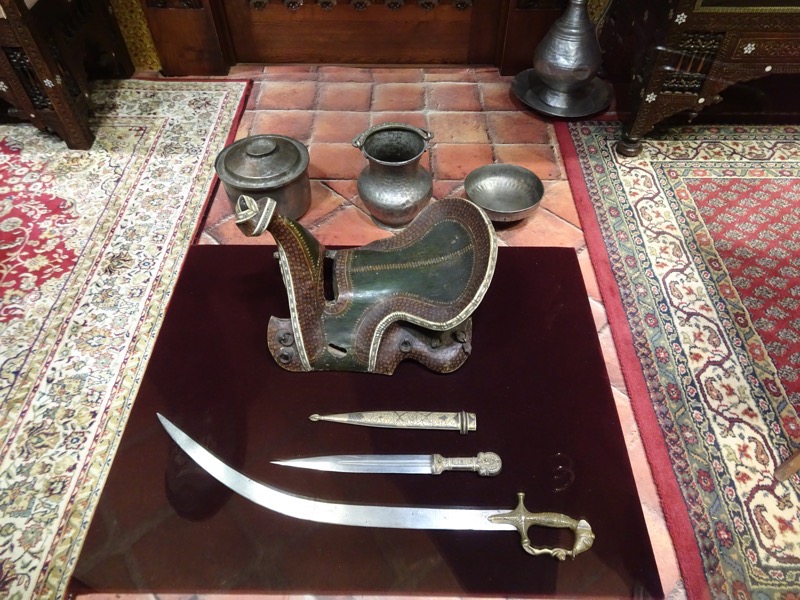
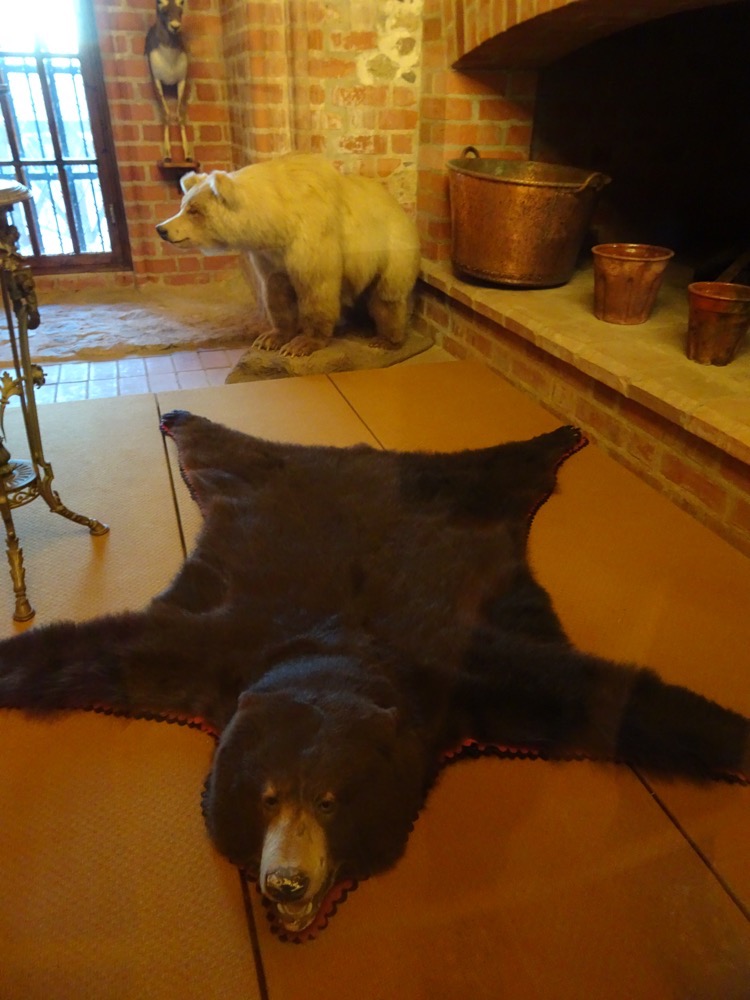
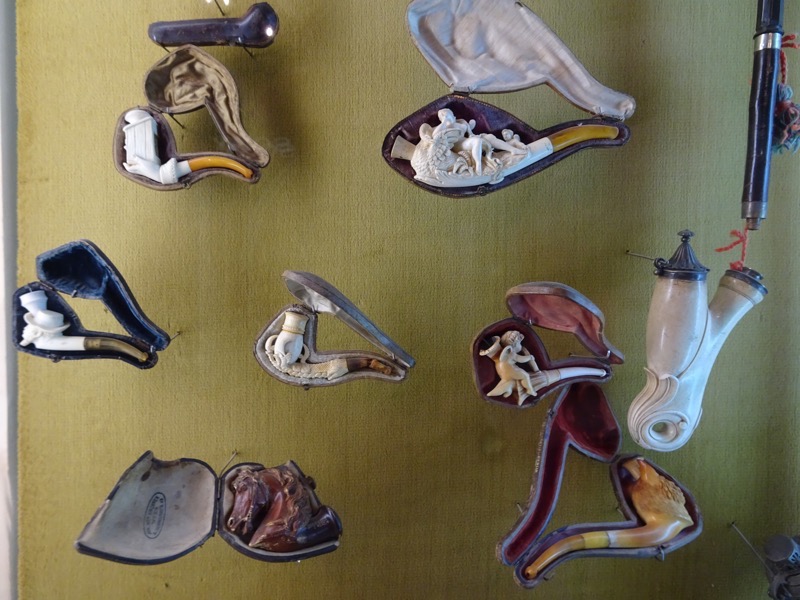
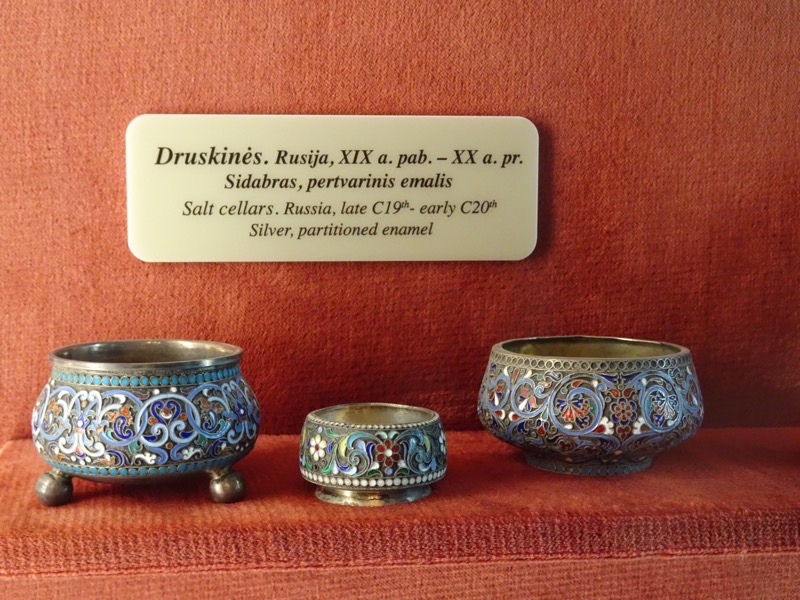 Still, it was quite a nice visit and it is so beautifully situation, it is well worth a look. I wouldn’t’ recommend checking it out in the middle of summer though, unless you were going to run in first thing in the morning or last thing in the afternoon and maybe get the place half empty – you can tell by the traffic flow that is set up, that it is probably a madhouse during peak season.
Still, it was quite a nice visit and it is so beautifully situation, it is well worth a look. I wouldn’t’ recommend checking it out in the middle of summer though, unless you were going to run in first thing in the morning or last thing in the afternoon and maybe get the place half empty – you can tell by the traffic flow that is set up, that it is probably a madhouse during peak season.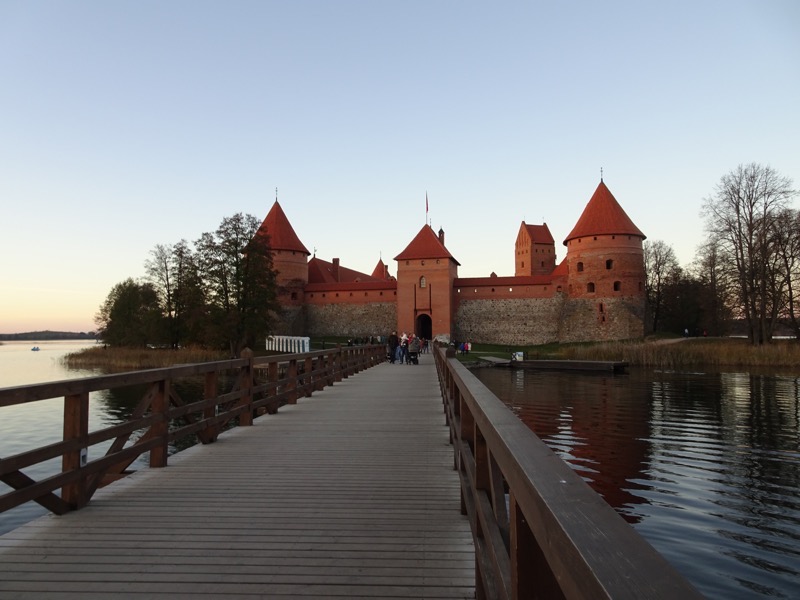 After this, it was back to Vilnius for the evening and another night at the crazy Bernadinau B&B. Vilnius has been lovely… didn’t find the G-Spot though.
After this, it was back to Vilnius for the evening and another night at the crazy Bernadinau B&B. Vilnius has been lovely… didn’t find the G-Spot though.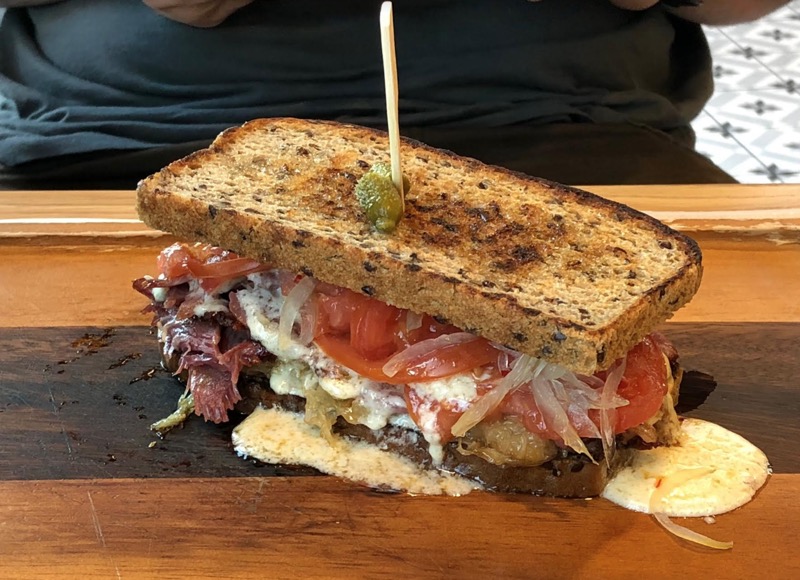 The Warsaw opera house that was built in1825 to 1833, is known as the Grand Theatre in Warsaw or Teatr Wielki w Warszawieis. It is actually a large theatre complex consisting of spaces for the national opera company and the Polish National Ballet. It is one of the largest theatres in Europe can seat over 2000 people.
The Warsaw opera house that was built in1825 to 1833, is known as the Grand Theatre in Warsaw or Teatr Wielki w Warszawieis. It is actually a large theatre complex consisting of spaces for the national opera company and the Polish National Ballet. It is one of the largest theatres in Europe can seat over 2000 people. 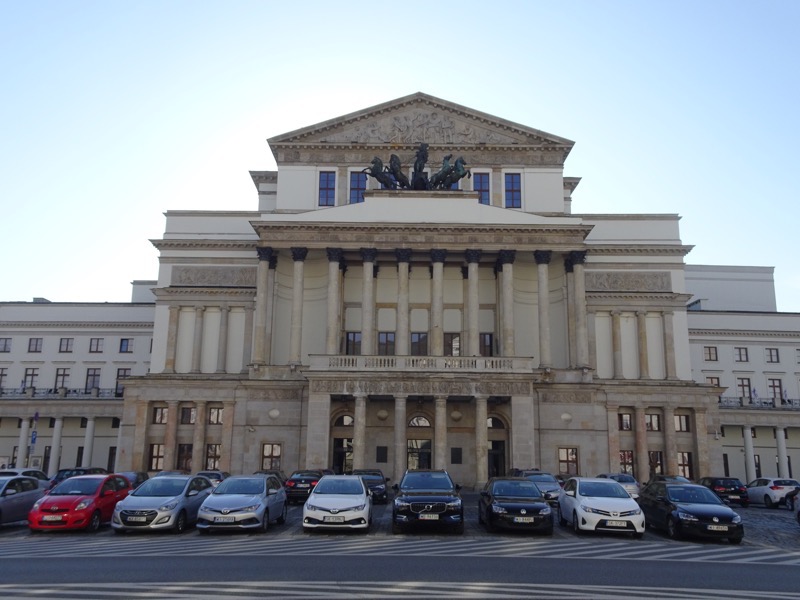 Warsaw’s Castle Square, Zamkowy w Warszawie, is located in front of the Royal Castle and a seriously picturesque and popular spot. It’s surrounded by historic townhouses and cute little cafes.
Warsaw’s Castle Square, Zamkowy w Warszawie, is located in front of the Royal Castle and a seriously picturesque and popular spot. It’s surrounded by historic townhouses and cute little cafes.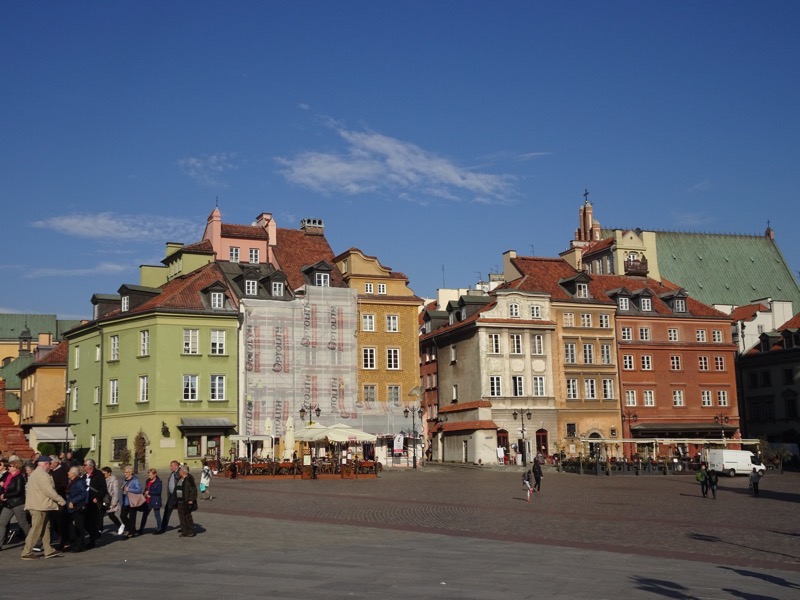
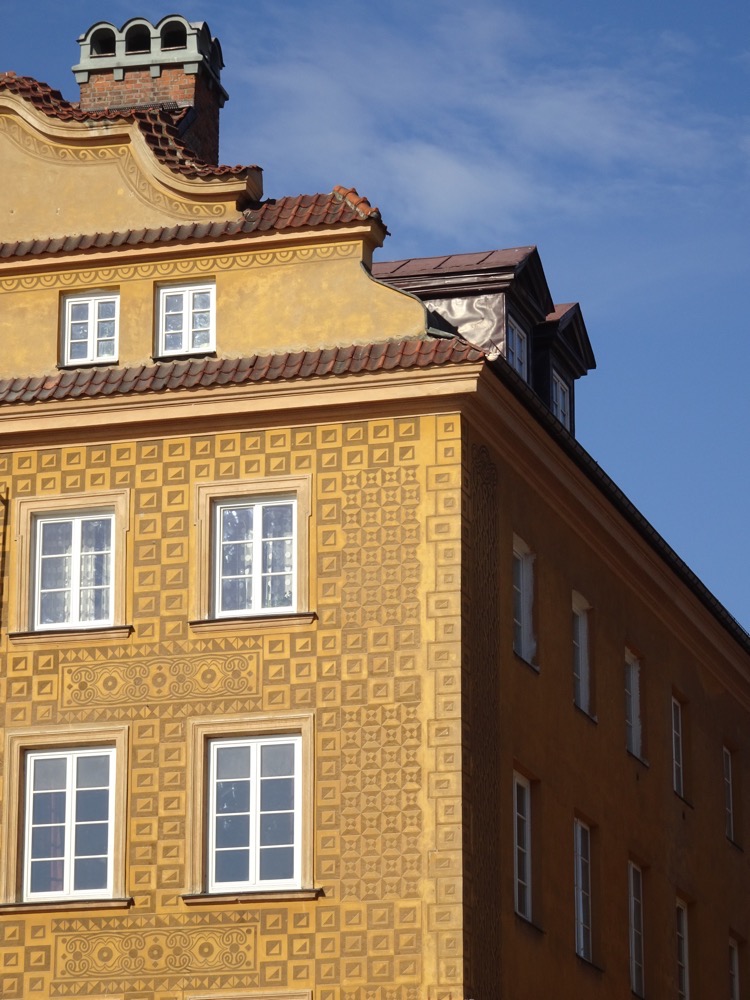
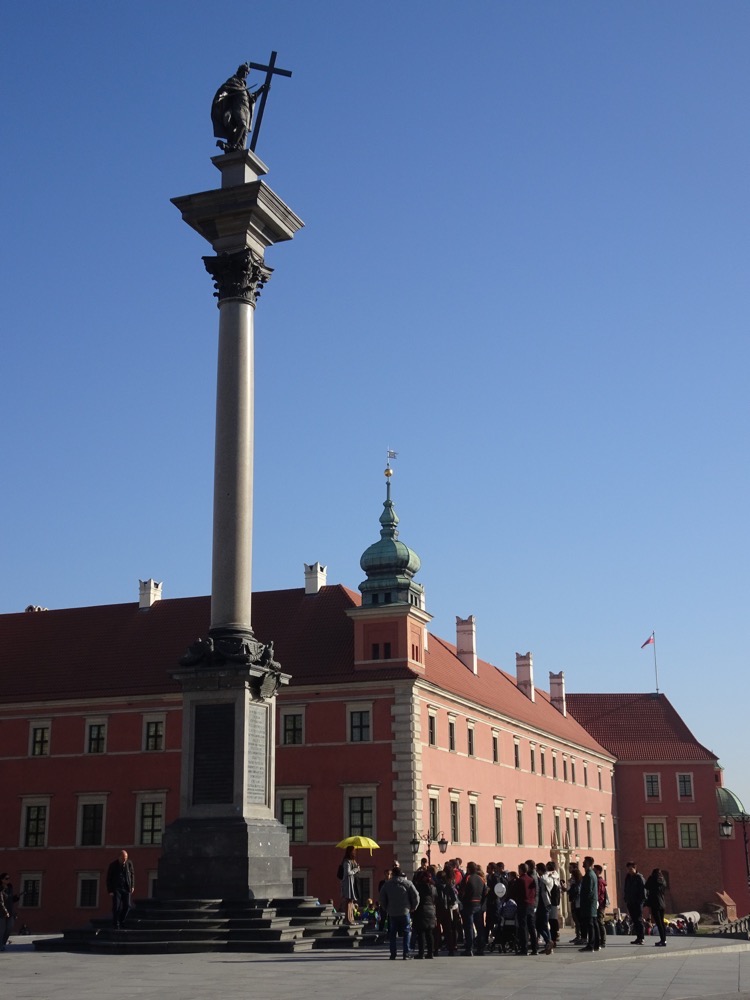 The Royal Castle in Warsaw, or Zamek Królewski w Warszawie, is a castle residency that formerly served for several centuries as the official residence of the Polish monarchs, including Tsar Nicolas of Russia when Poland became part of Russia after the Napoleonic wars.
The Royal Castle in Warsaw, or Zamek Królewski w Warszawie, is a castle residency that formerly served for several centuries as the official residence of the Polish monarchs, including Tsar Nicolas of Russia when Poland became part of Russia after the Napoleonic wars.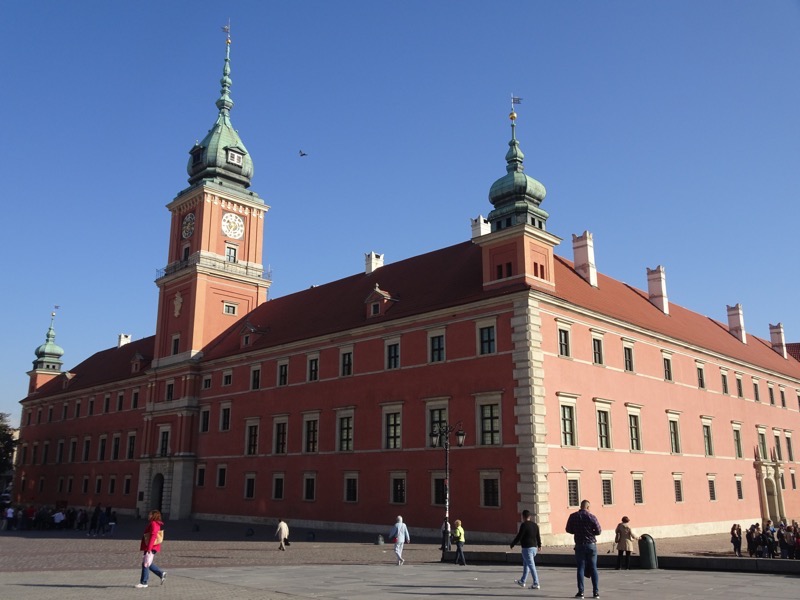 The complex has been the primary residence of the Dukes of Masovia since the 16th century and has been the seat of the Polish-Lithuanian Commonwealth, being for the King and for the Parliament, with fancy Chambers for the Deputies and Senate. In its long history, the Warsaw Royal Castle was repeatedly looted and devastated by the invading Swedish, Brandenburgian, Prussian and Tsarist armies. Seems everyone wanted a piece of this Castle at some point.
The complex has been the primary residence of the Dukes of Masovia since the 16th century and has been the seat of the Polish-Lithuanian Commonwealth, being for the King and for the Parliament, with fancy Chambers for the Deputies and Senate. In its long history, the Warsaw Royal Castle was repeatedly looted and devastated by the invading Swedish, Brandenburgian, Prussian and Tsarist armies. Seems everyone wanted a piece of this Castle at some point.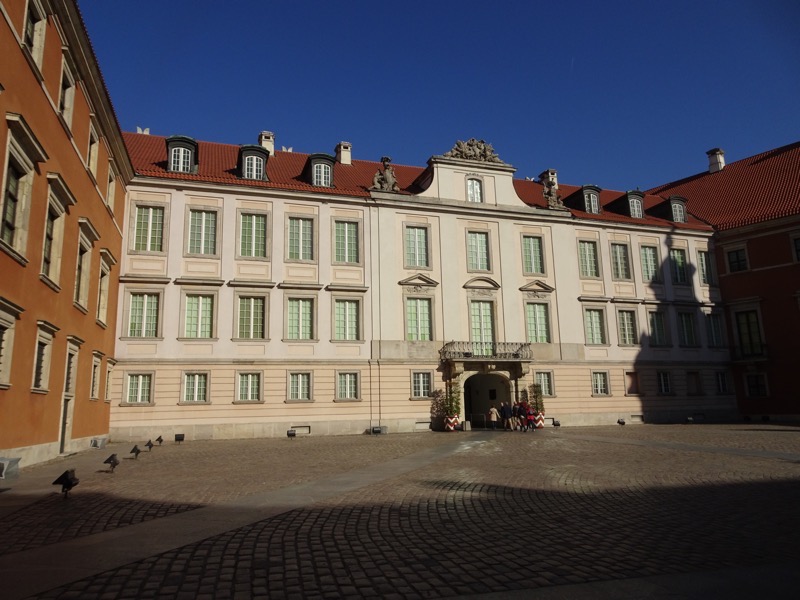
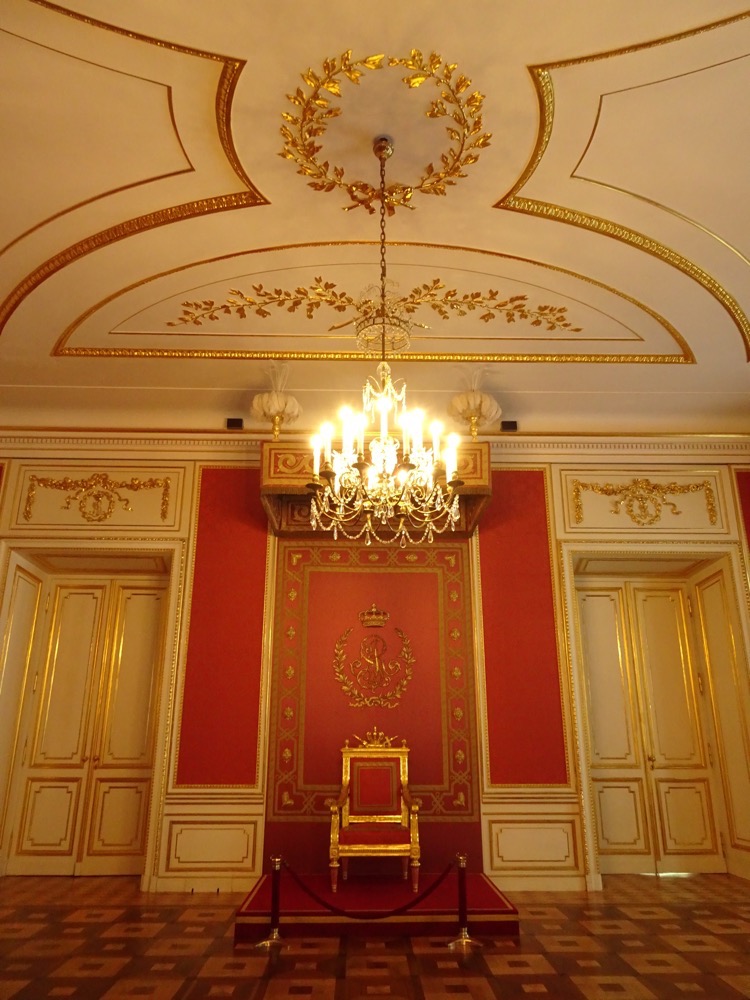
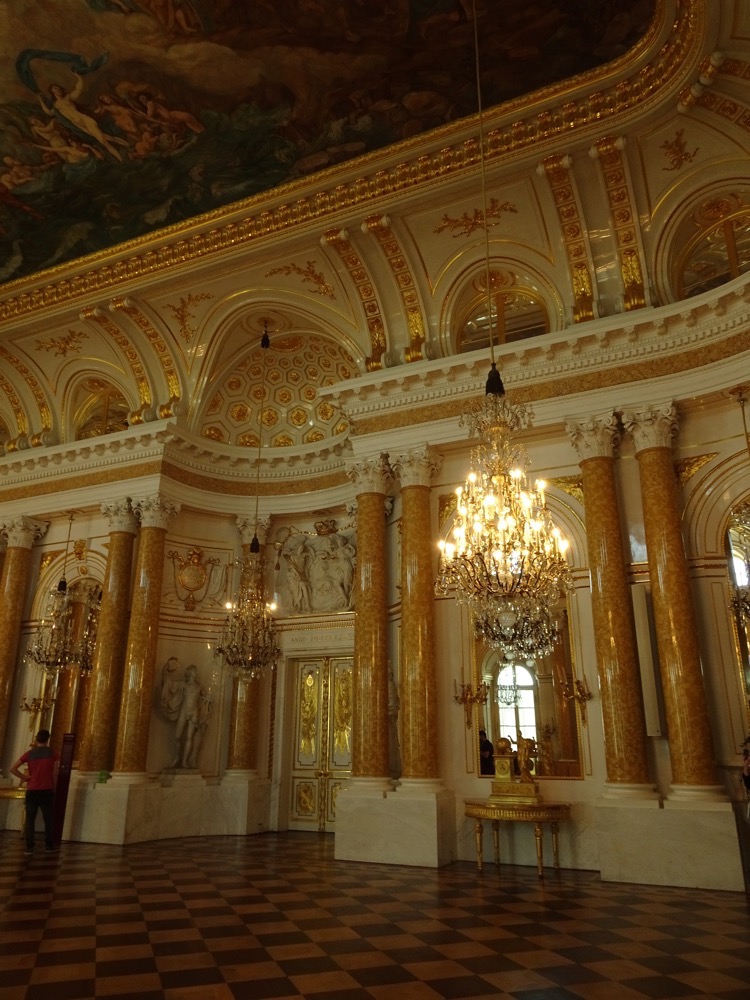
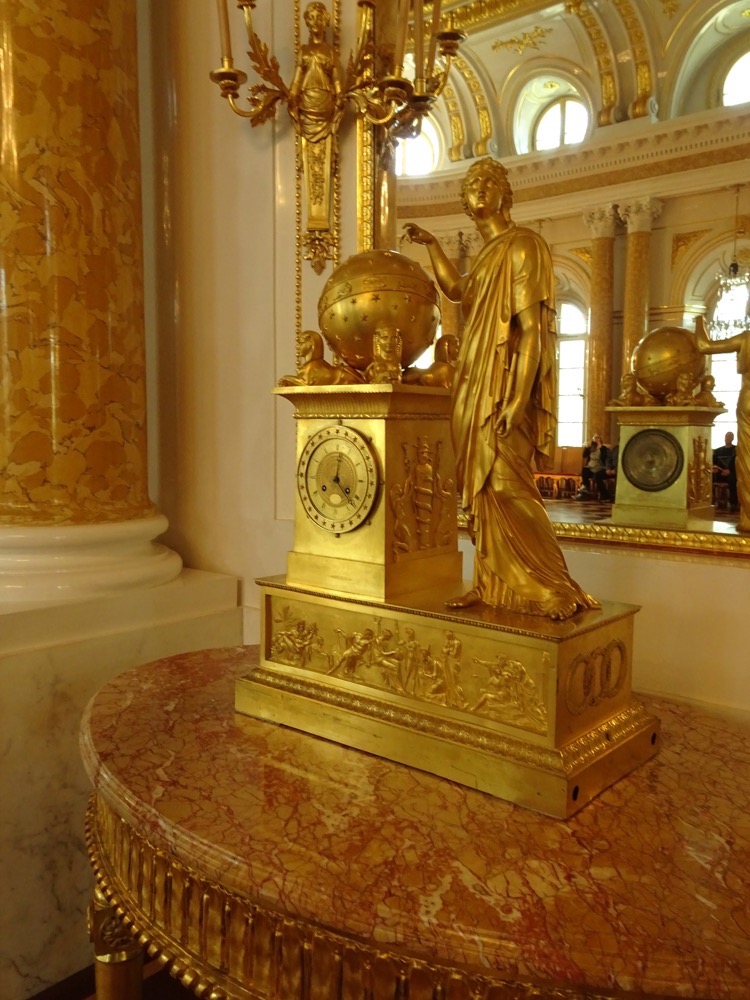
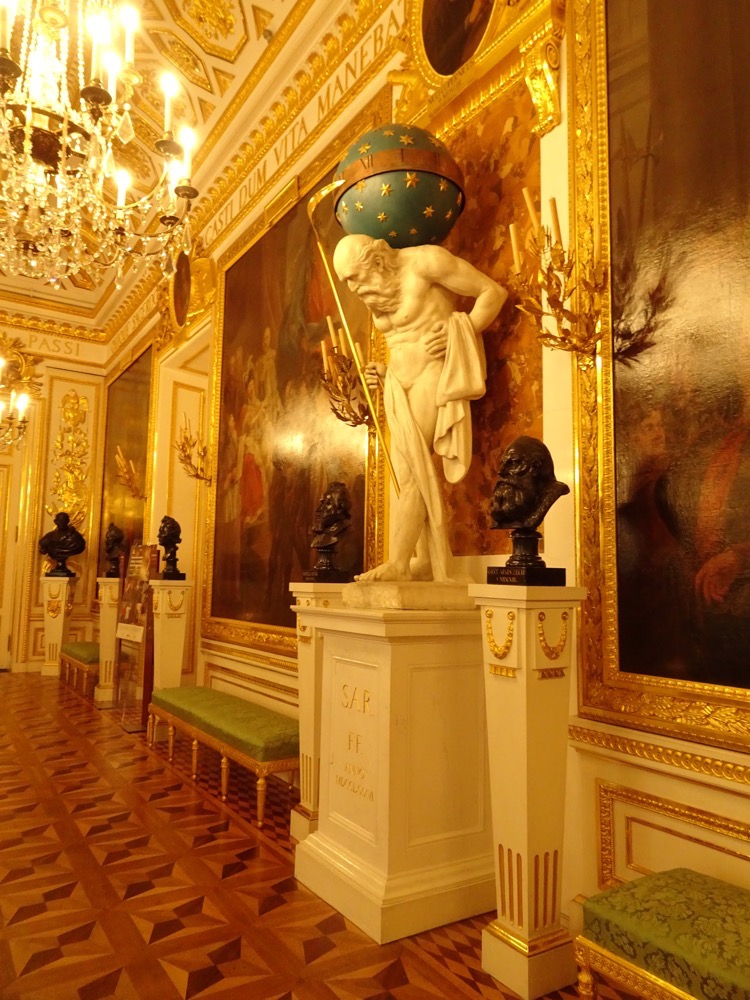 The Great Assembly hall is the biggest and grandest room in the Castle. This is where royal audiences, state banquets, ball and concerts were held.
The Great Assembly hall is the biggest and grandest room in the Castle. This is where royal audiences, state banquets, ball and concerts were held. 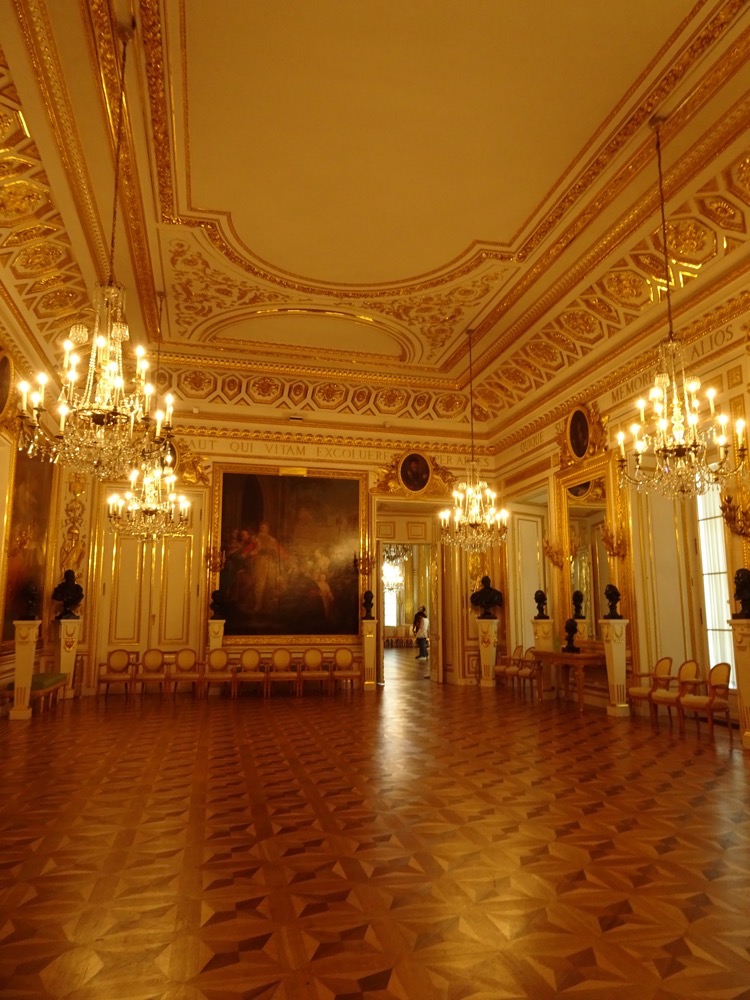 Audience chamber where the most important visitors were granted an audience with King Stanislaw August, including foreign ambassadors, papal legates etc. The Throne Room has been restored with much of its original decorations and furnishings, including doors, furniture and wooden panelling. The Polish eagles in hand embroidered silver bullion over the back of the throne’s canopy were all ripped off the original embroidery by Nazi officers in October 1939. The 86 copies here were modelled on one of these original eagles that was retrieved from the US in 1991.
Audience chamber where the most important visitors were granted an audience with King Stanislaw August, including foreign ambassadors, papal legates etc. The Throne Room has been restored with much of its original decorations and furnishings, including doors, furniture and wooden panelling. The Polish eagles in hand embroidered silver bullion over the back of the throne’s canopy were all ripped off the original embroidery by Nazi officers in October 1939. The 86 copies here were modelled on one of these original eagles that was retrieved from the US in 1991.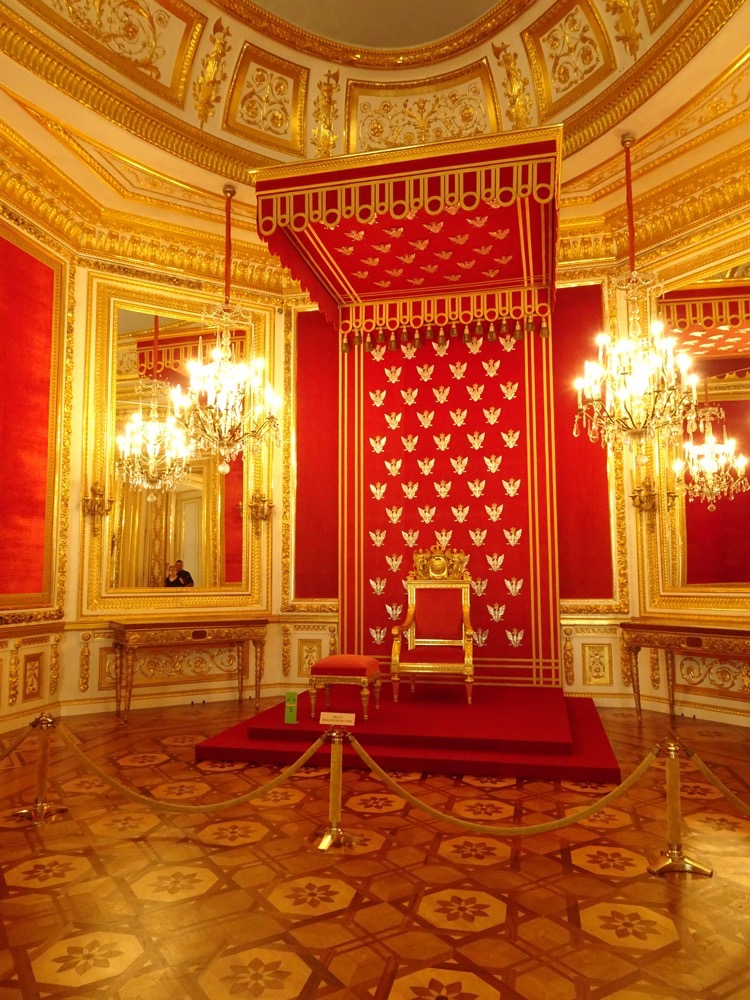 Beside the Throne Room is the Conference Room or Monarchs’ Portrait Room, which was used as a parade chamber. Dedicated to the seven monarchs of Europe at the time, it is decorated with portraits that were commissioned of their likenesses. The portraits were painted by Jan Bogumil Plersch between 1983 and 1786. The parquetry is amazing!
Beside the Throne Room is the Conference Room or Monarchs’ Portrait Room, which was used as a parade chamber. Dedicated to the seven monarchs of Europe at the time, it is decorated with portraits that were commissioned of their likenesses. The portraits were painted by Jan Bogumil Plersch between 1983 and 1786. The parquetry is amazing!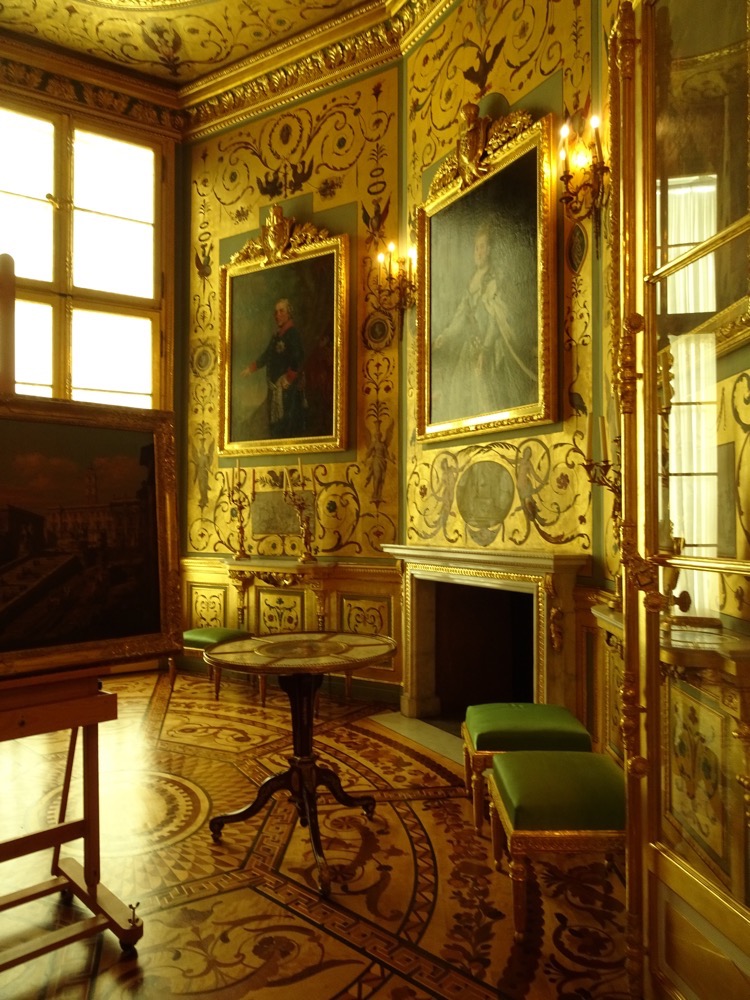 The King’s bedroom as part of the residential King’s Apartment. Some pieces of the room were preserved before the Nazi destruction allowing the room to be recreated accurately.
The King’s bedroom as part of the residential King’s Apartment. Some pieces of the room were preserved before the Nazi destruction allowing the room to be recreated accurately.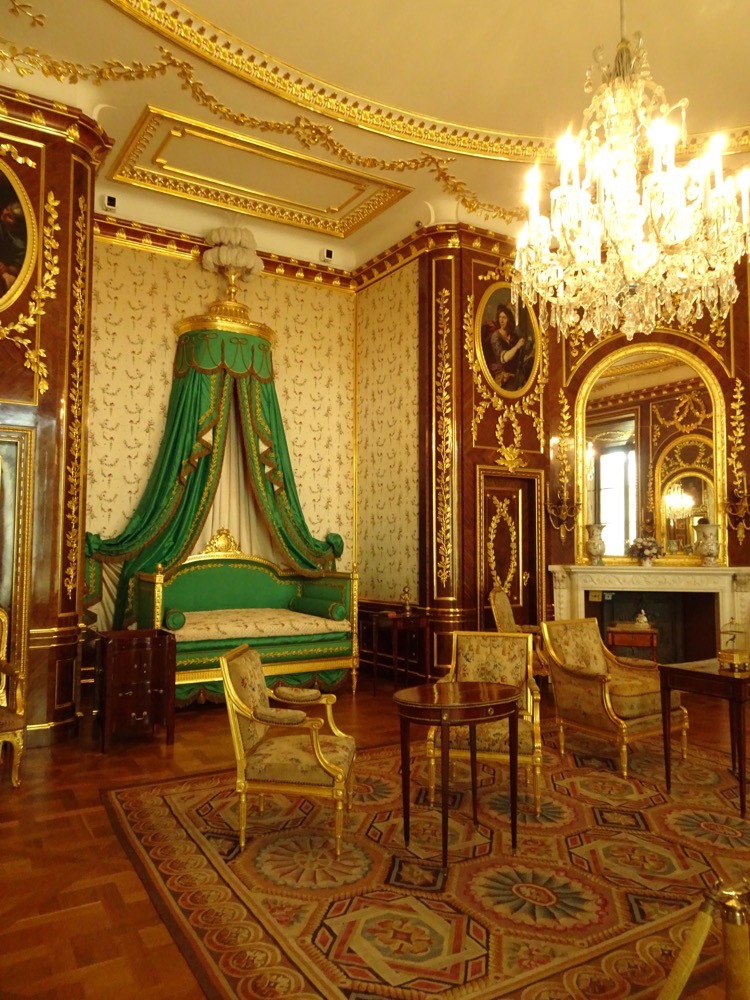 Ceremonial sword of state late 1700s.
Ceremonial sword of state late 1700s.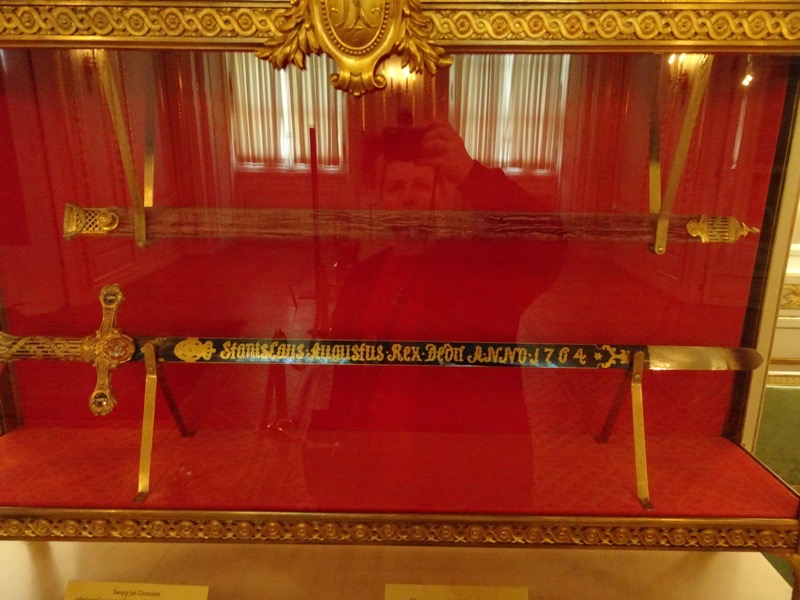
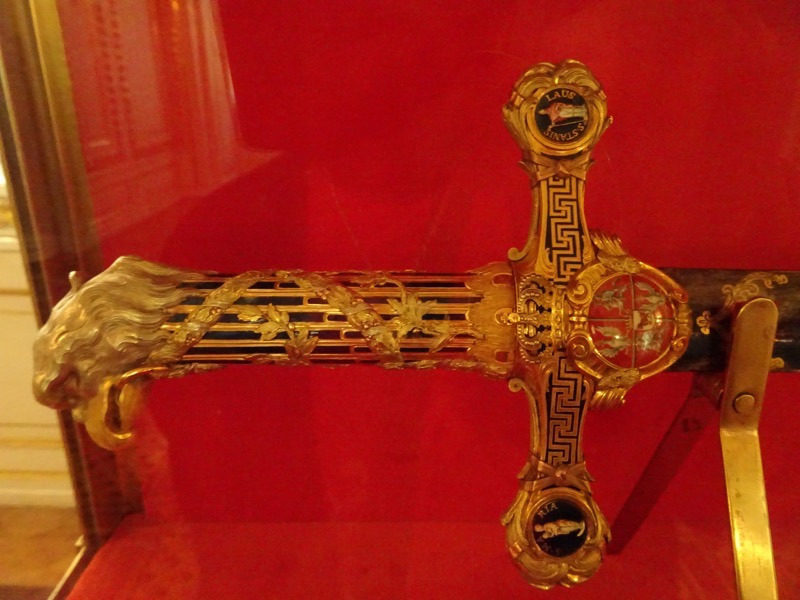 The Small Private Chapel off the Kings Audience Chamber.
The Small Private Chapel off the Kings Audience Chamber.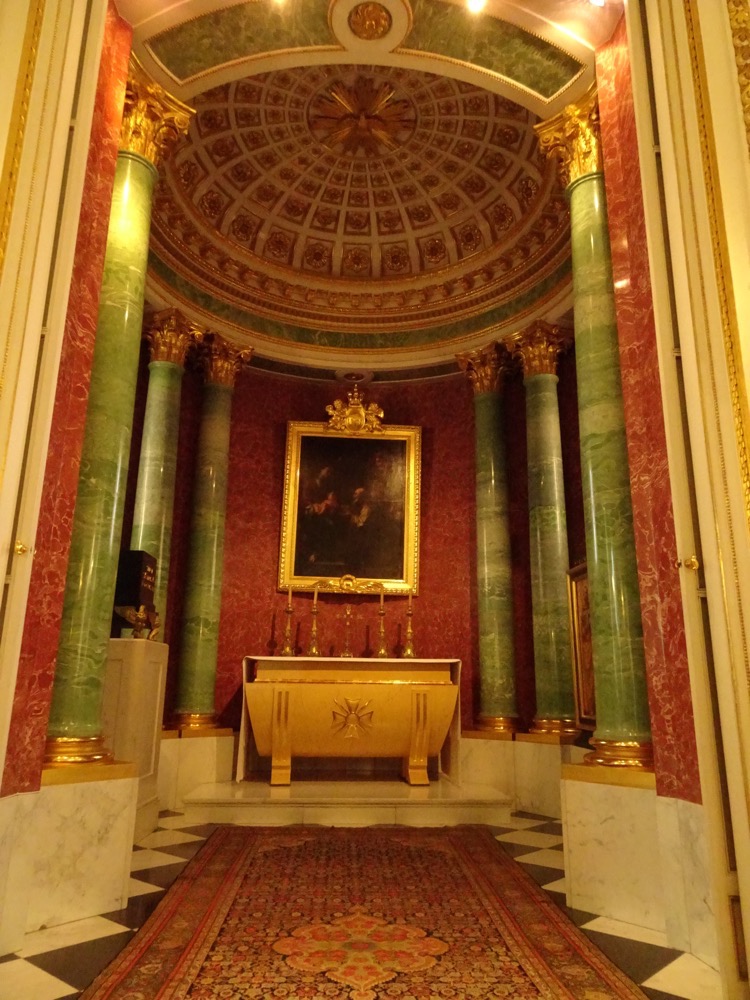
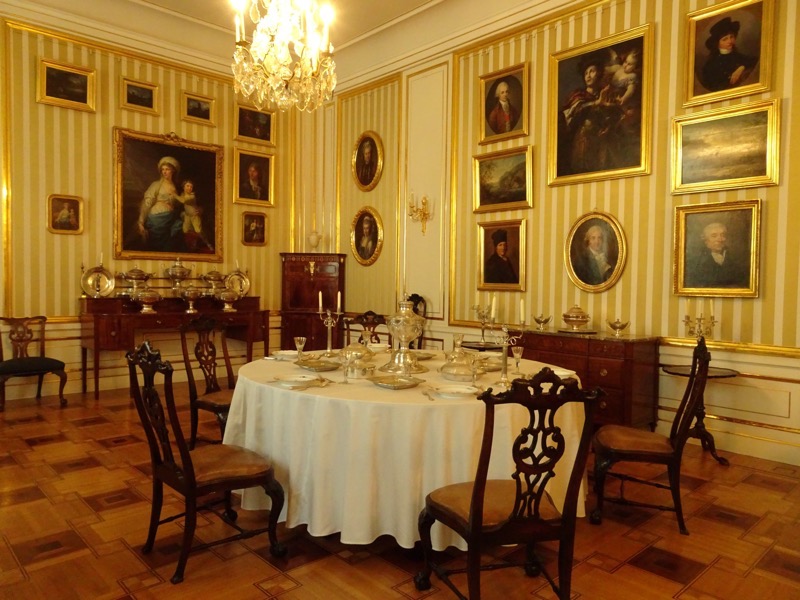 The Marble Room was designed in 1640-1642 during the reign of King Wladyslaw IV and was little used until King Stanislaw August commissioned it’s restoration to famous architect, Jakub Fontana. It served as a second antechamber to the Throne Room. Thankfully most of the painting in this room were removed before the Castle was bombed in September 1939, and saved from the great fires that followed.
The Marble Room was designed in 1640-1642 during the reign of King Wladyslaw IV and was little used until King Stanislaw August commissioned it’s restoration to famous architect, Jakub Fontana. It served as a second antechamber to the Throne Room. Thankfully most of the painting in this room were removed before the Castle was bombed in September 1939, and saved from the great fires that followed.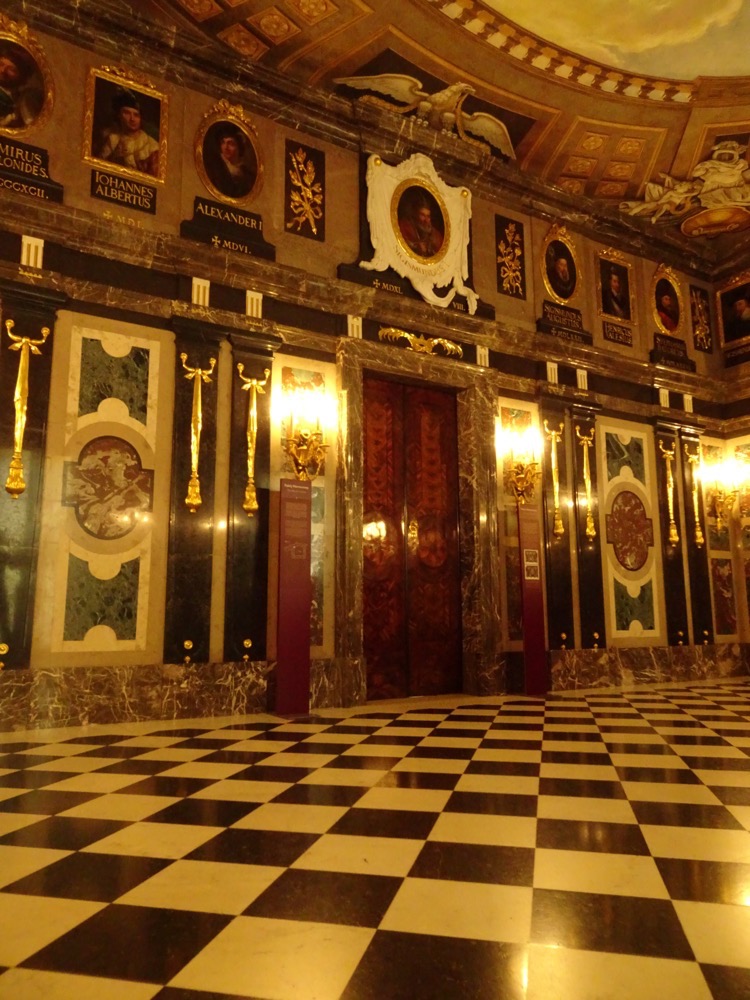
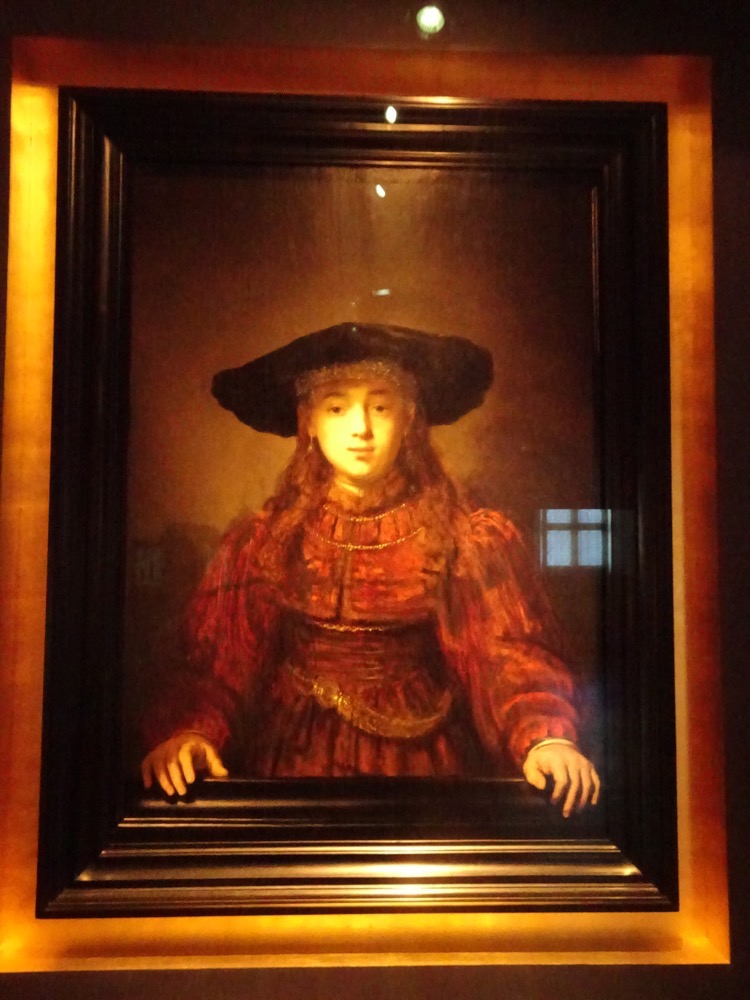 ‘Girl in a picture frame’, Rembrandt, 1641 (and detail below).
‘Girl in a picture frame’, Rembrandt, 1641 (and detail below).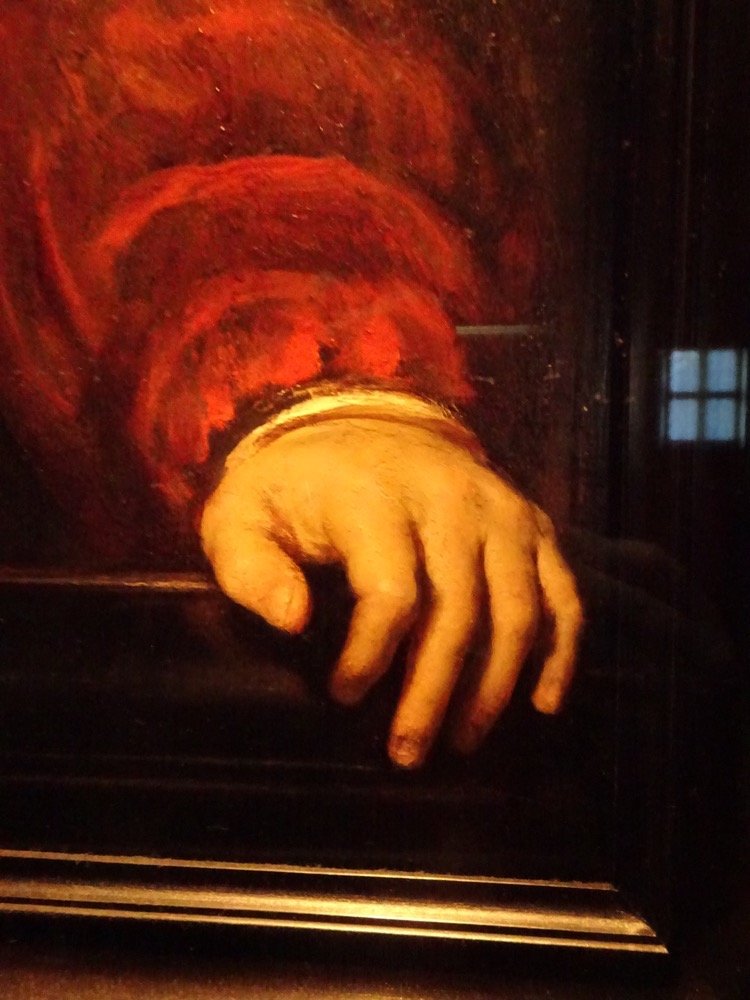
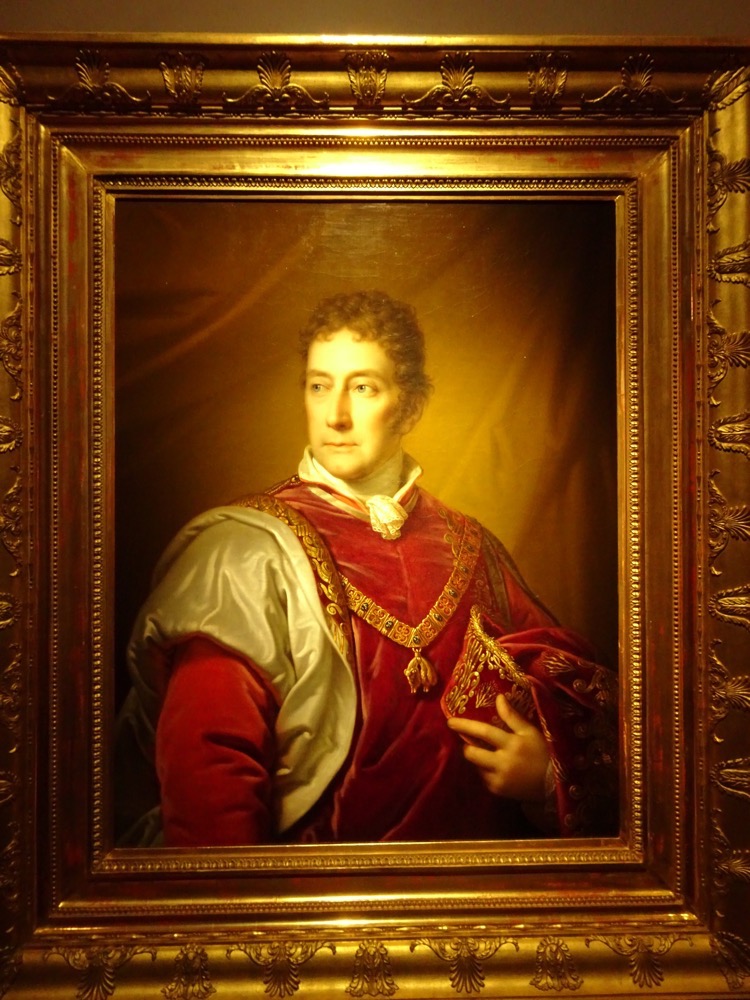 ‘Johann Baptist Lampi the Younger’, Antoni Jozef Lanckoronski, 1817 (and detail below).
‘Johann Baptist Lampi the Younger’, Antoni Jozef Lanckoronski, 1817 (and detail below).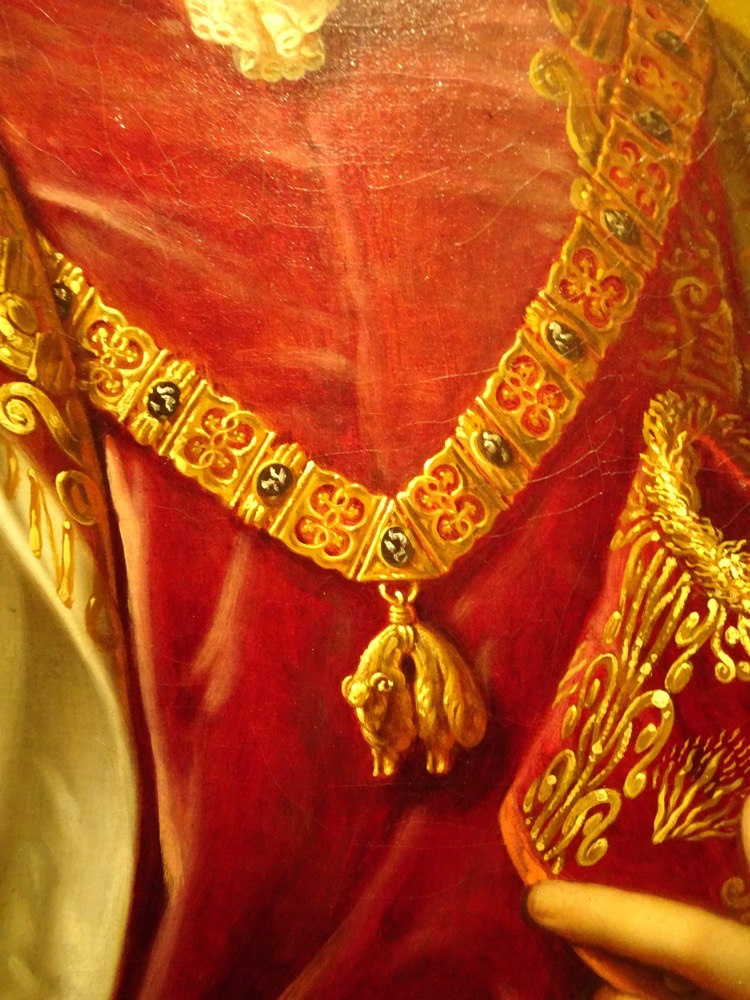
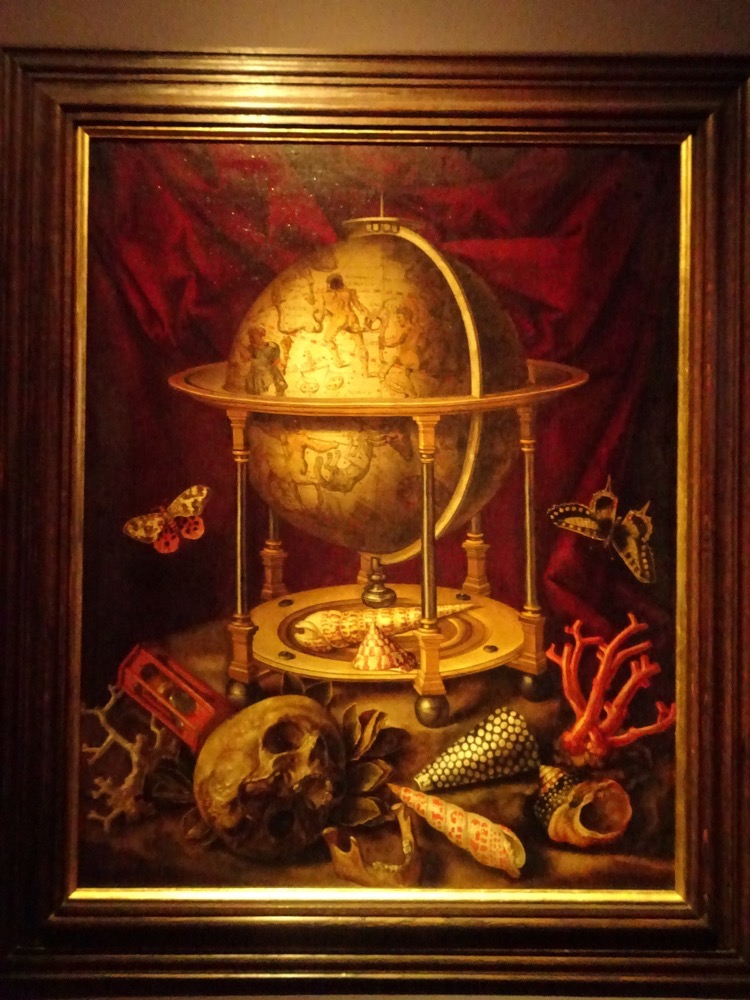 ‘Still Life with a Celestial Globe’, Carstian Luyckx, 1660s (and detail below).
‘Still Life with a Celestial Globe’, Carstian Luyckx, 1660s (and detail below).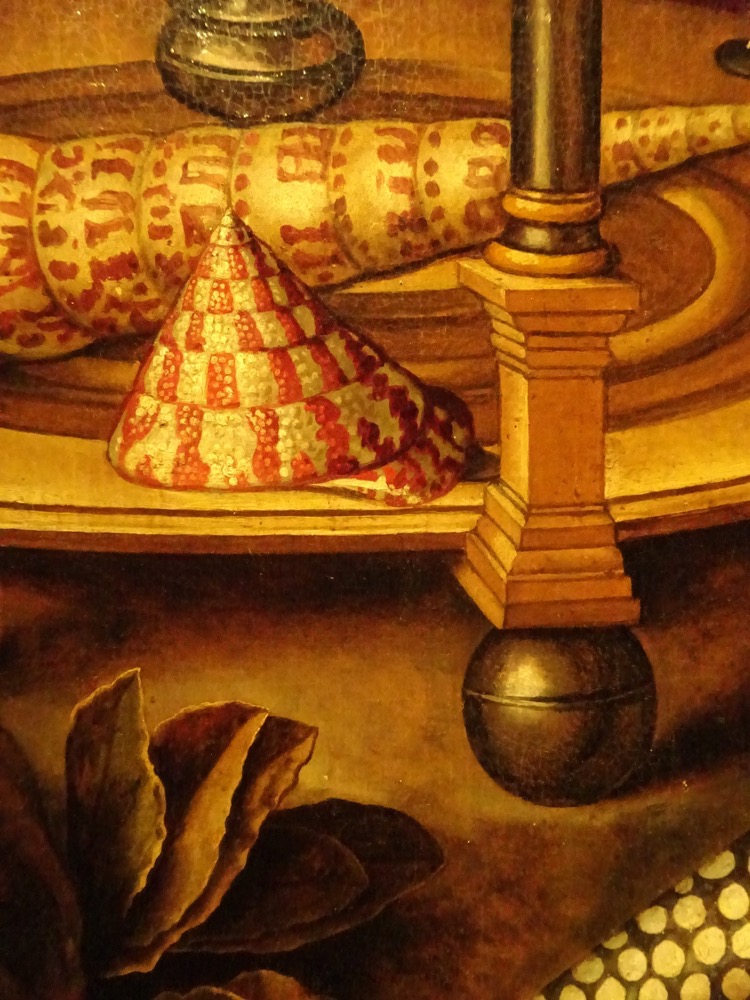
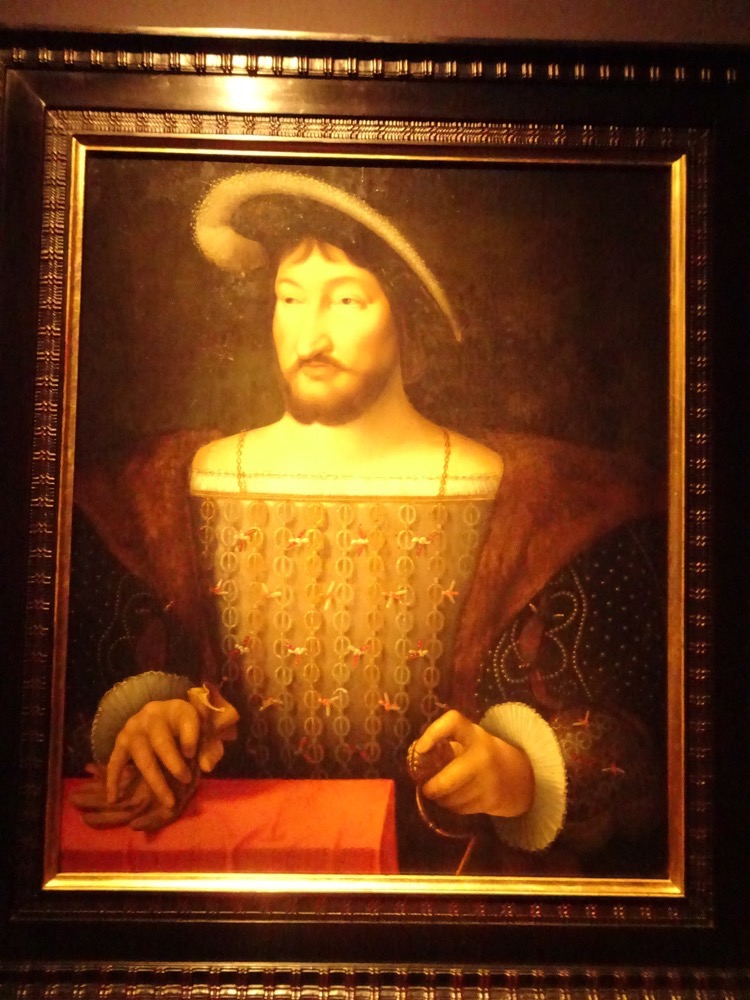 ‘Francis I, King of France since 1515’, from the workshop of Joos van Cleve, ca 1530 (and detail below).
‘Francis I, King of France since 1515’, from the workshop of Joos van Cleve, ca 1530 (and detail below).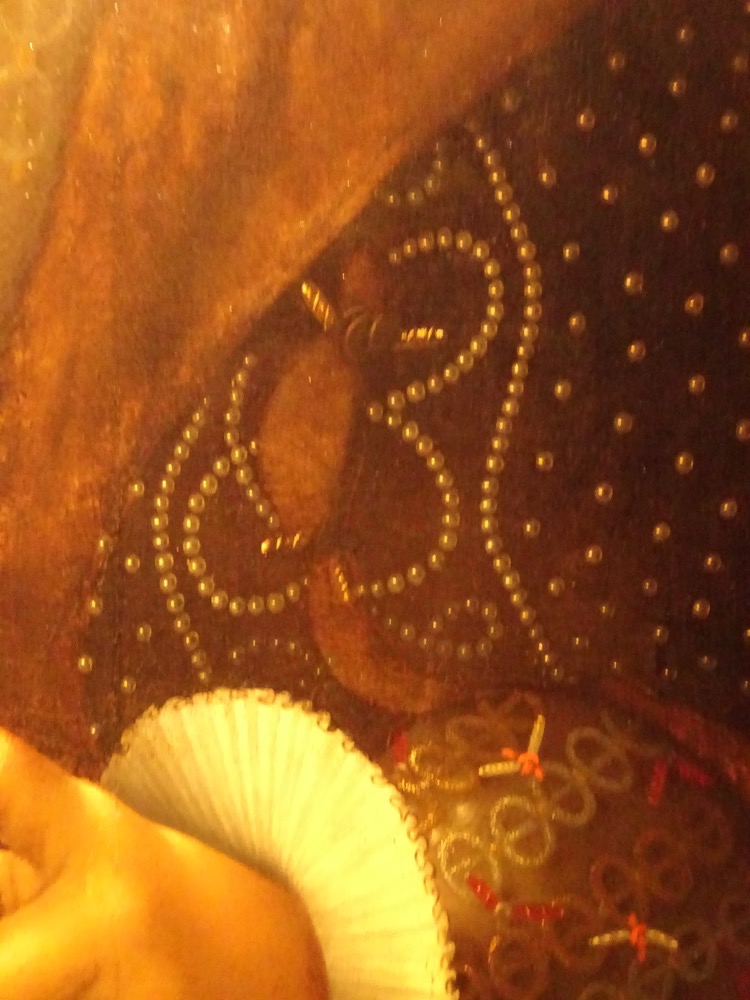 ‘Adam and Eve’, Lucas Cranach the Elder, 1520-1525.
‘Adam and Eve’, Lucas Cranach the Elder, 1520-1525.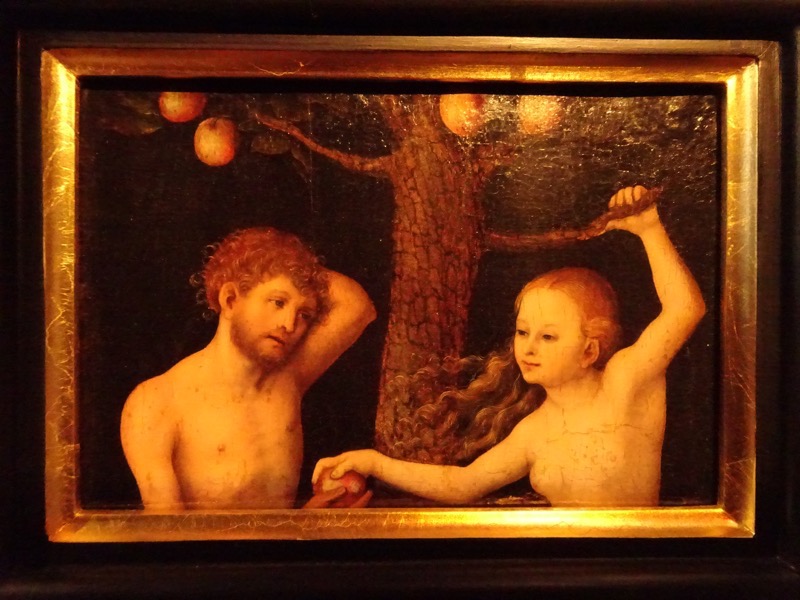
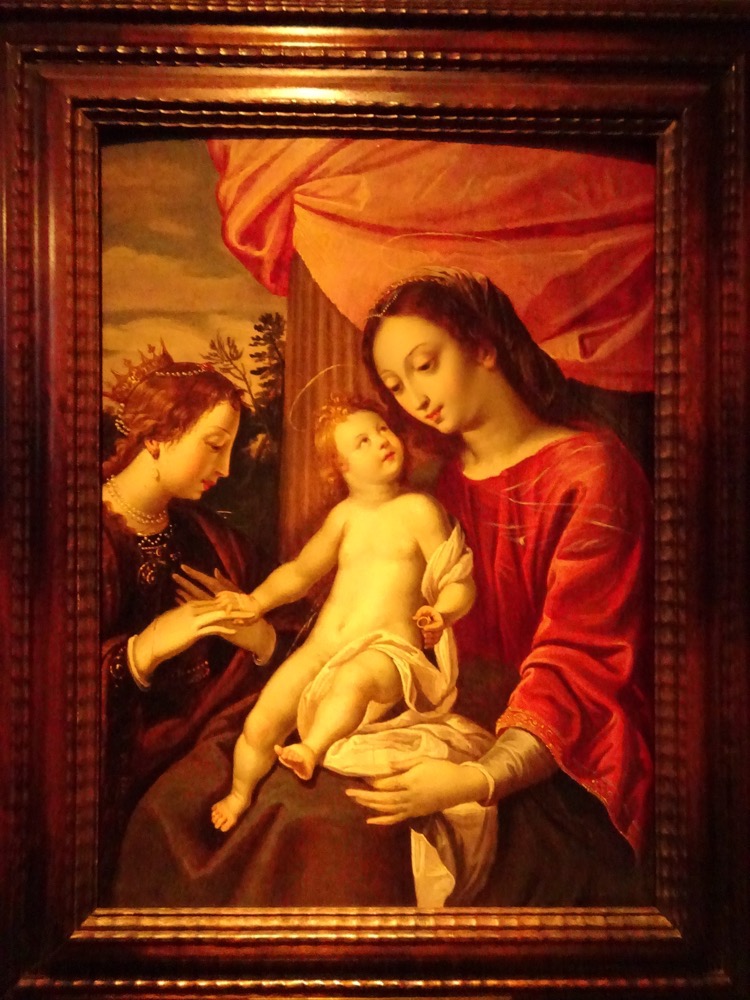 ‘Mystic Marriage of St Catherine of Alexandria’, Flemish School, c.1605. (and detail below)
‘Mystic Marriage of St Catherine of Alexandria’, Flemish School, c.1605. (and detail below)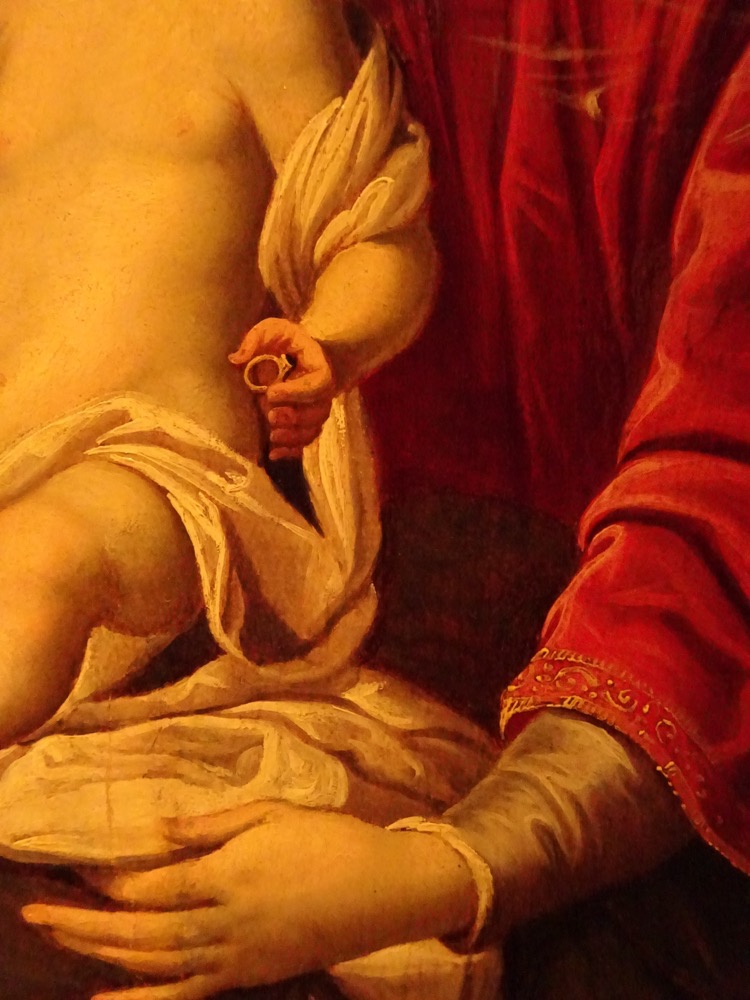
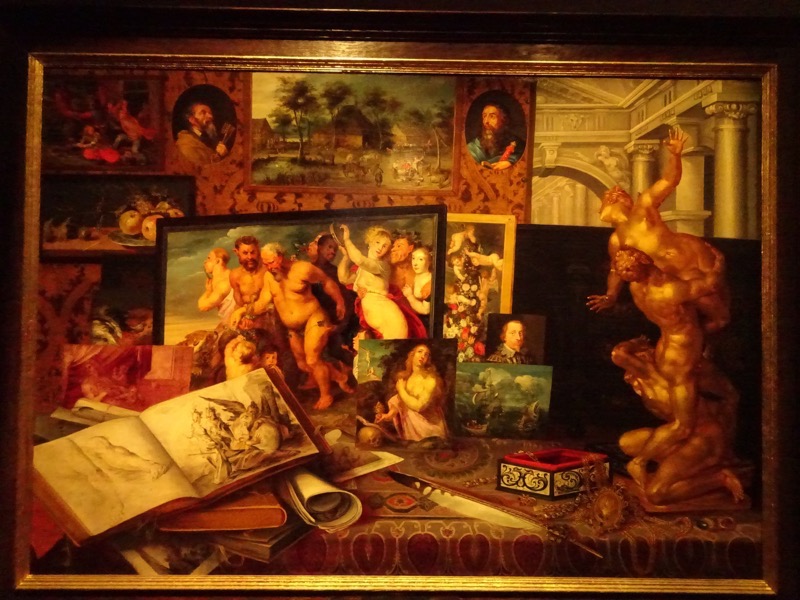 ‘Prince Wladyslaw Zygmunt Vasa’s Kunstkammer’, Antwerp School, 1626 (and detail below).
‘Prince Wladyslaw Zygmunt Vasa’s Kunstkammer’, Antwerp School, 1626 (and detail below).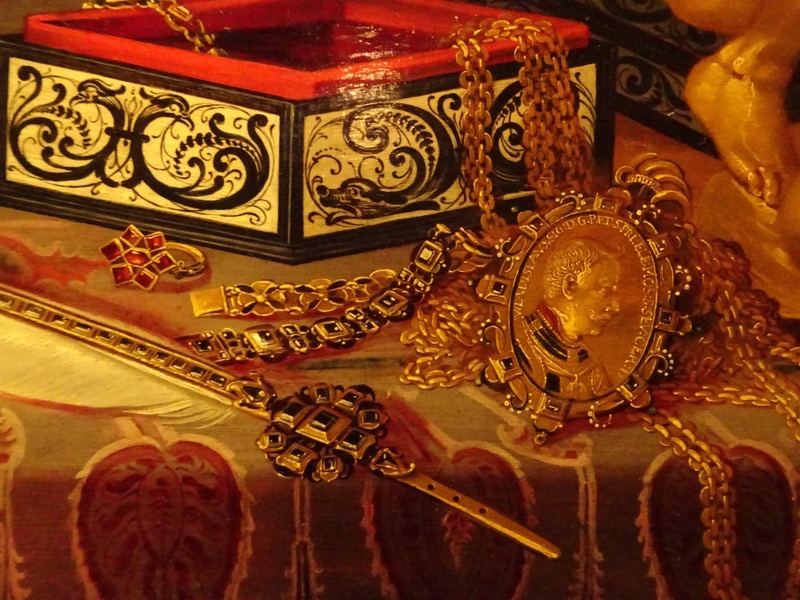 Polish Organ c. 1640.
Polish Organ c. 1640.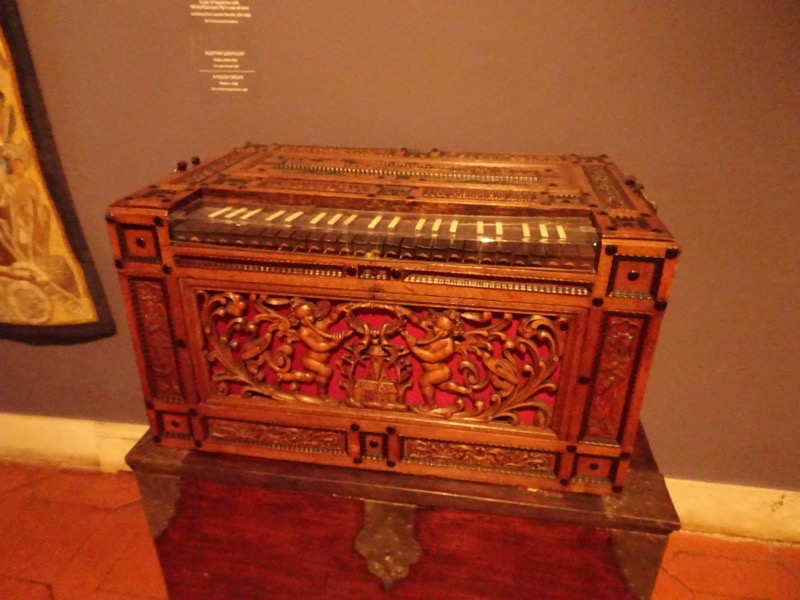
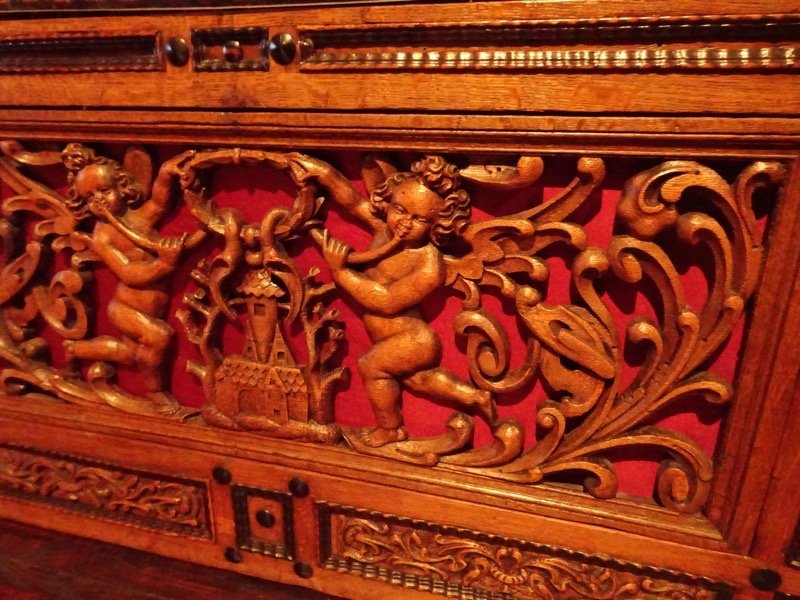
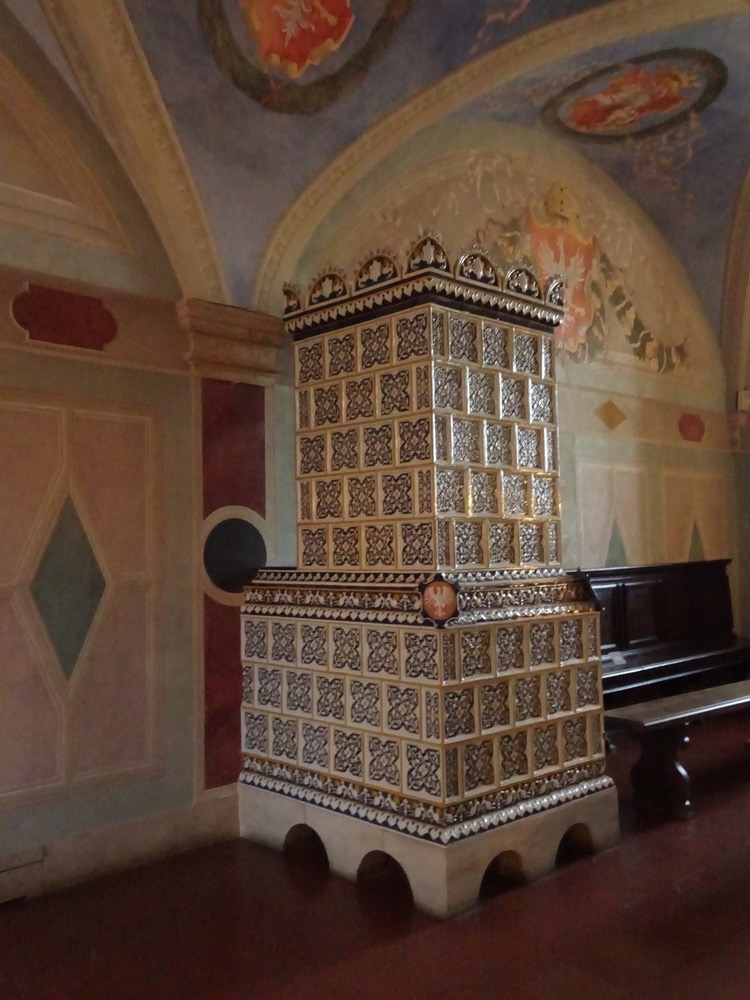 All up we had a much more positive experience at Warsaw Castle than we did at Krakow Castle – no restrictive timed ticketing, more than one person actually selling tickets, staff were helpful and interested in making sure visitors found their way around okay and even pointed out seats to us in dimly lit rooms. They allowed us to take photography AND they had exceptional books in their gift shops. Bonus.
All up we had a much more positive experience at Warsaw Castle than we did at Krakow Castle – no restrictive timed ticketing, more than one person actually selling tickets, staff were helpful and interested in making sure visitors found their way around okay and even pointed out seats to us in dimly lit rooms. They allowed us to take photography AND they had exceptional books in their gift shops. Bonus.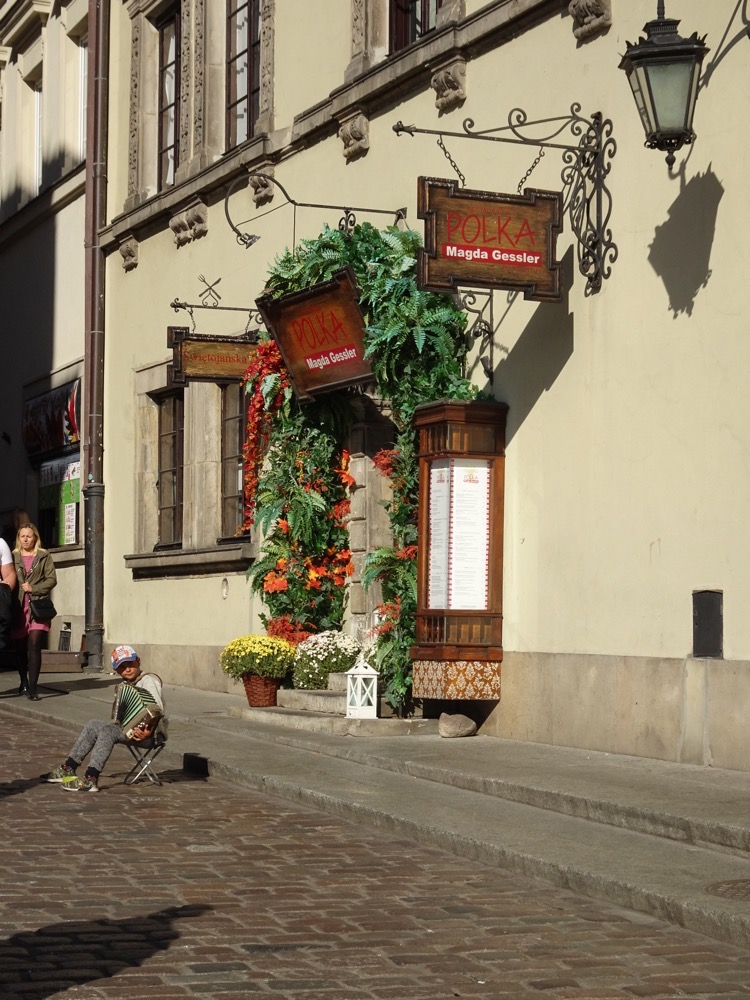
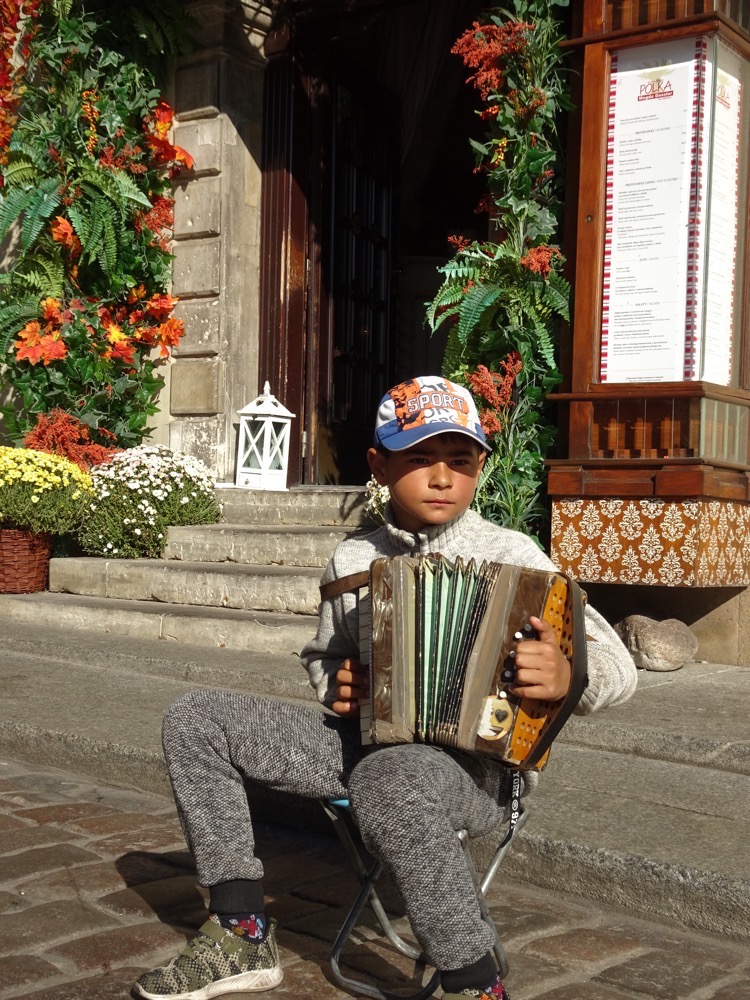 The Old Town and Castle Square is just gorgeous little area to stroll around. But alas, we had places to go and borders to cross!
The Old Town and Castle Square is just gorgeous little area to stroll around. But alas, we had places to go and borders to cross!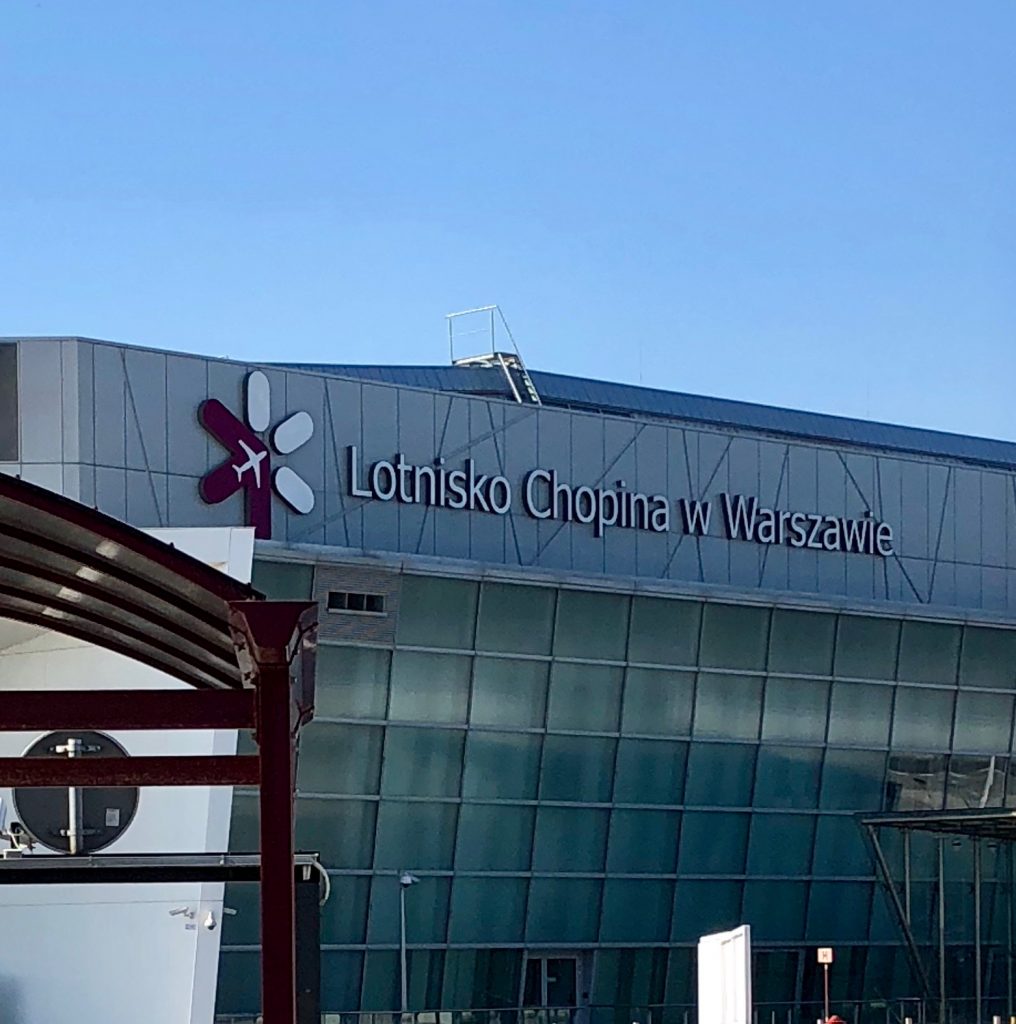 Flight was uneventful. People cheered when we landed, and some were doing that Chinese thing where you run down the aisle before the seatbelt sign was off to try and get off the plane first, only to be told they had to wait for a bus to take us off the tarmac. yale looked quite confused, he’d never seen that before. Then when they did get us all packed into a standing only space bus, someone had left their passport back on the plane so we all had to wait another 10 minutes.
Flight was uneventful. People cheered when we landed, and some were doing that Chinese thing where you run down the aisle before the seatbelt sign was off to try and get off the plane first, only to be told they had to wait for a bus to take us off the tarmac. yale looked quite confused, he’d never seen that before. Then when they did get us all packed into a standing only space bus, someone had left their passport back on the plane so we all had to wait another 10 minutes.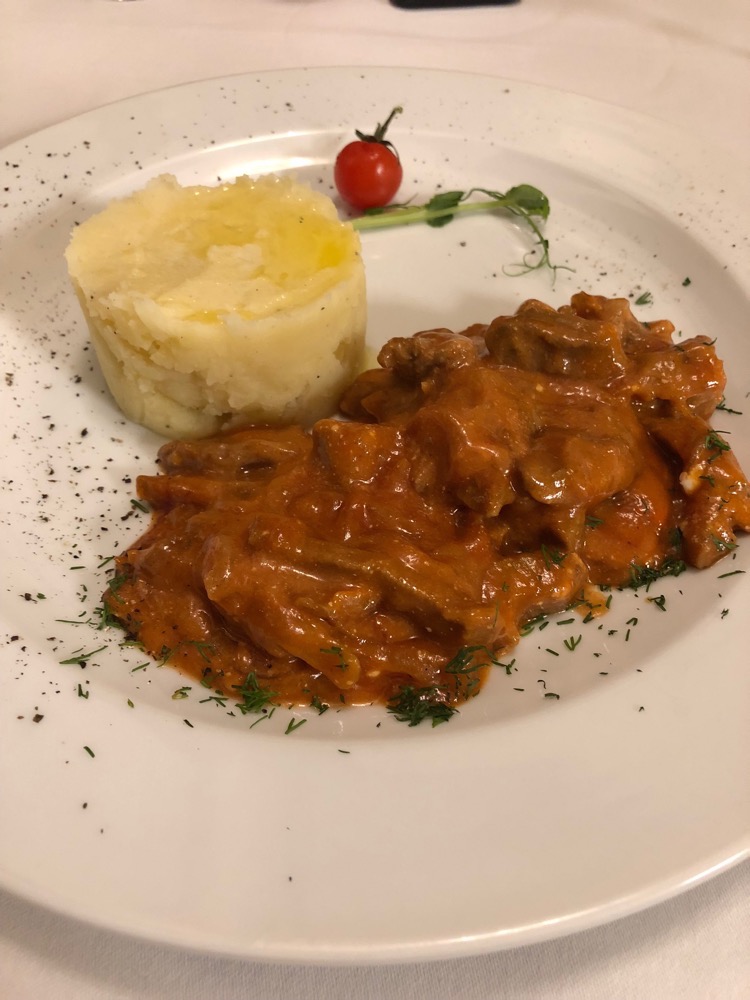
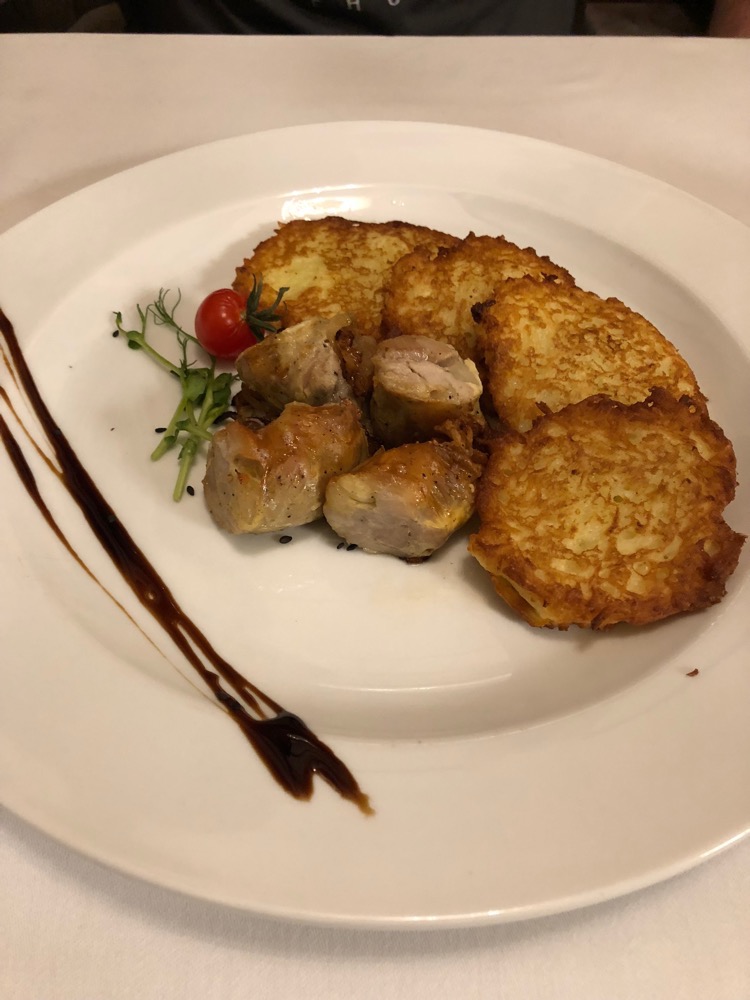
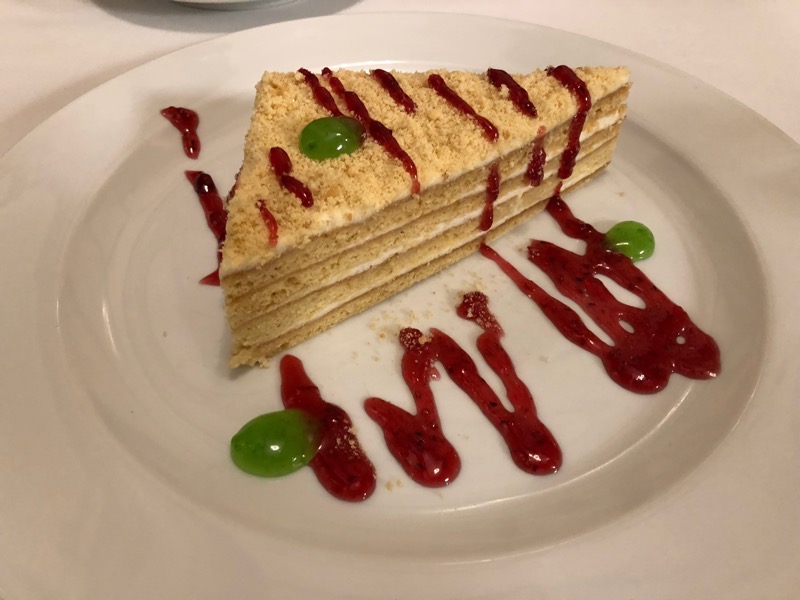
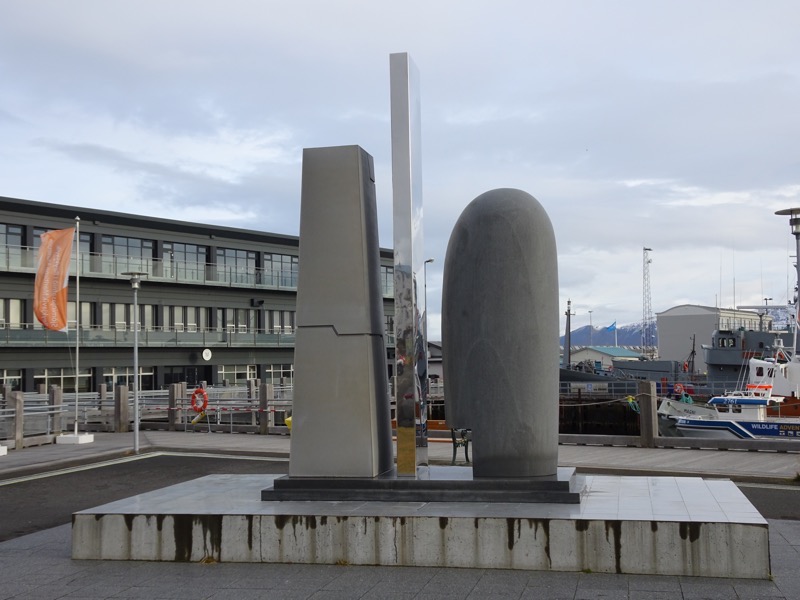
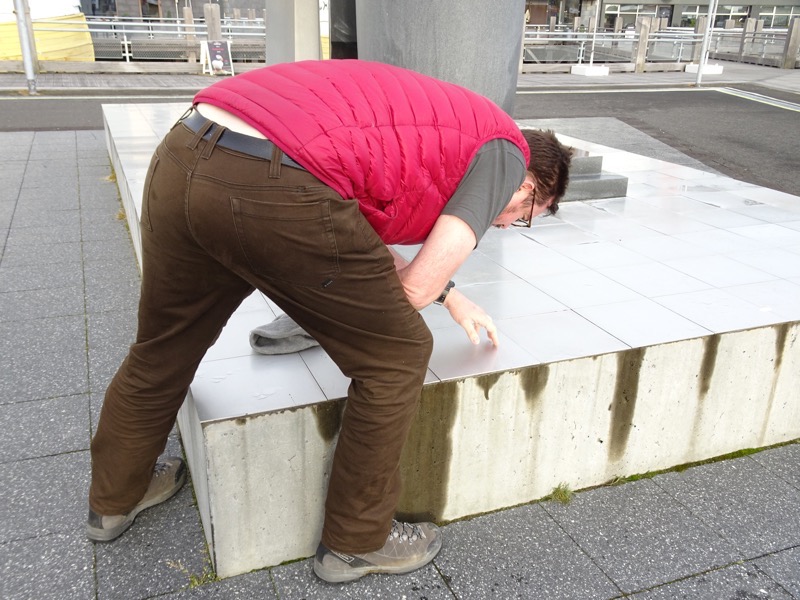 It’s not exactly easy to find – but there is an online map telling you roughly which area each name is located – and yes, we found Drakey’s avatar! It’s something to do with spaceships and wars in space or something. I dunno. #computergaming #notmycupoftea
It’s not exactly easy to find – but there is an online map telling you roughly which area each name is located – and yes, we found Drakey’s avatar! It’s something to do with spaceships and wars in space or something. I dunno. #computergaming #notmycupoftea After ferreting out the Eve Online Monument, I convinced yale to swing past the Sun Voyager (again) so I could see it in the morning light. This is still such a stunning piece of art. I love it… so evocative, you can imagine it sailing out across the fjord. 🙂 This time fewer tourists were there hogging prime spots – but there’s always one jerk. This time a Kiwi, who stood around while his wife took his pictures and then he went wandering all around the sculpture – if it had been a car, he would have been kicking the tyres – while about 10 people are standing around shivering in the freezing cold waiting for him to fuck off out of our photographs! Urgh!
After ferreting out the Eve Online Monument, I convinced yale to swing past the Sun Voyager (again) so I could see it in the morning light. This is still such a stunning piece of art. I love it… so evocative, you can imagine it sailing out across the fjord. 🙂 This time fewer tourists were there hogging prime spots – but there’s always one jerk. This time a Kiwi, who stood around while his wife took his pictures and then he went wandering all around the sculpture – if it had been a car, he would have been kicking the tyres – while about 10 people are standing around shivering in the freezing cold waiting for him to fuck off out of our photographs! Urgh!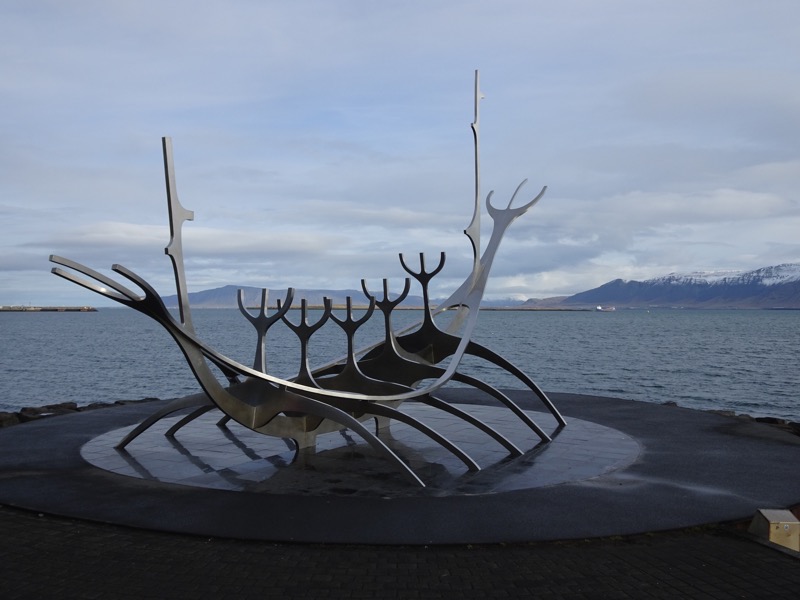 We were then heading indoors for a while (thankfully!) to the National History Museum, which is quite an impressive building in its own right.
We were then heading indoors for a while (thankfully!) to the National History Museum, which is quite an impressive building in its own right.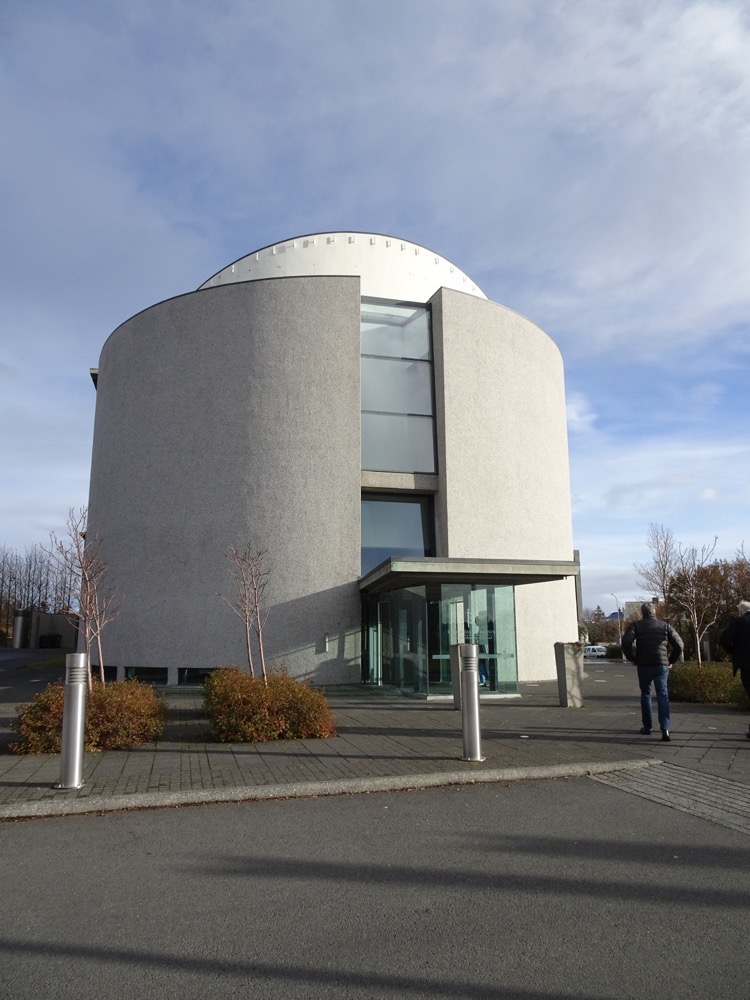
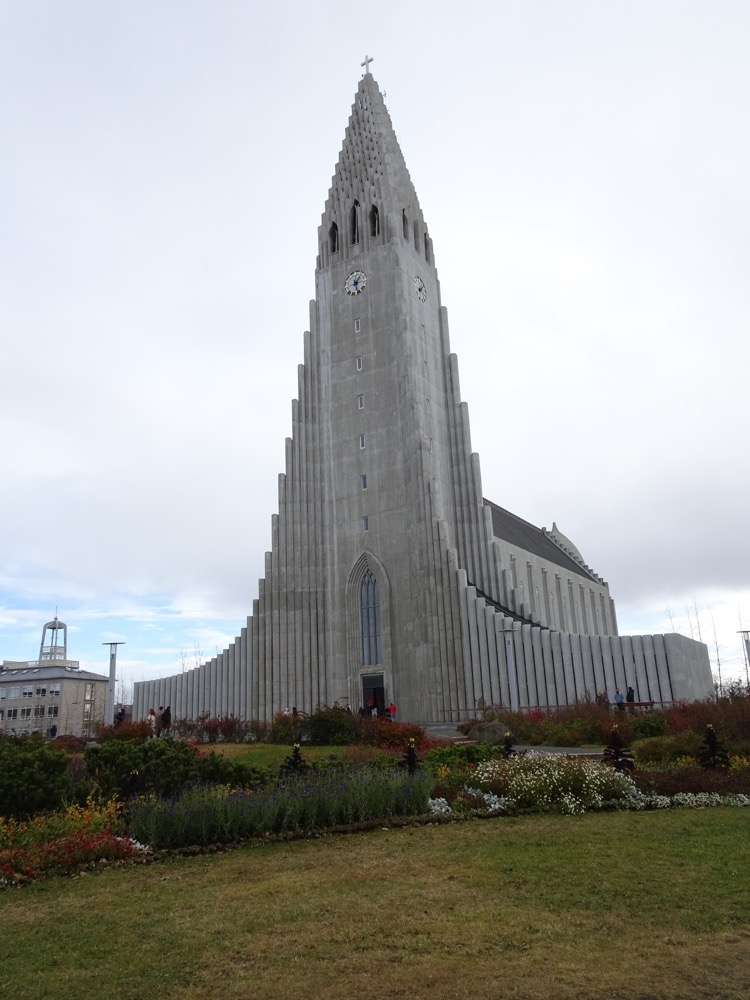
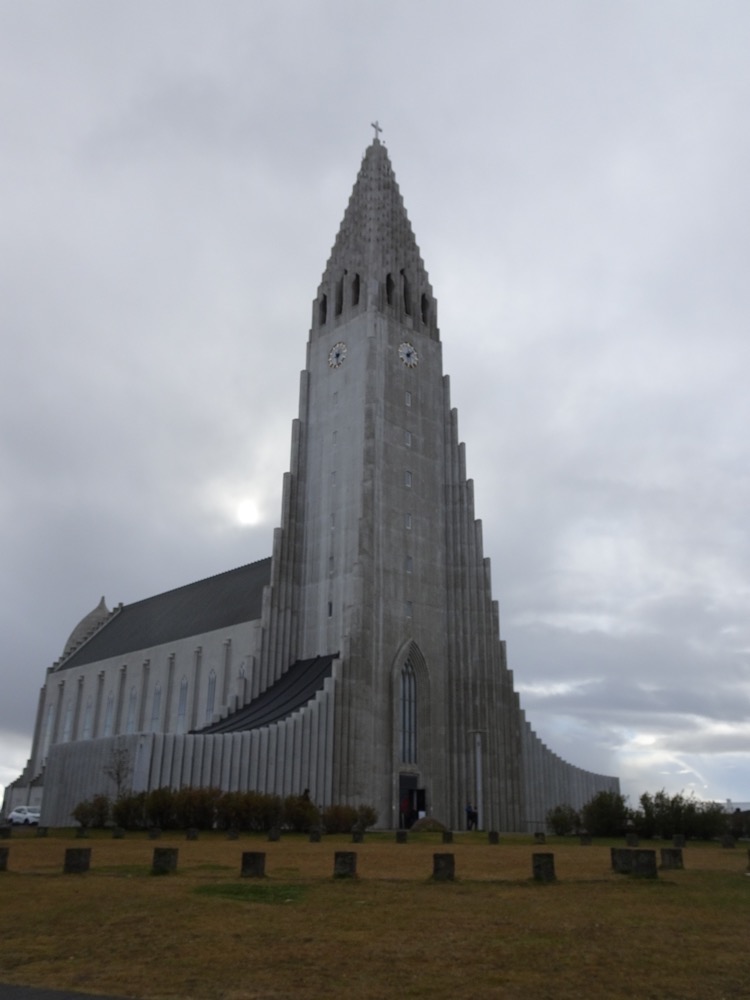
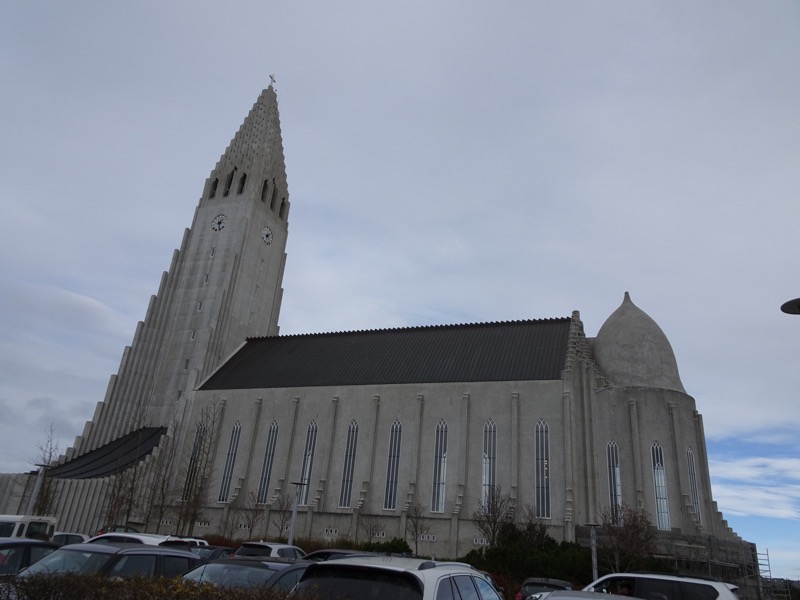
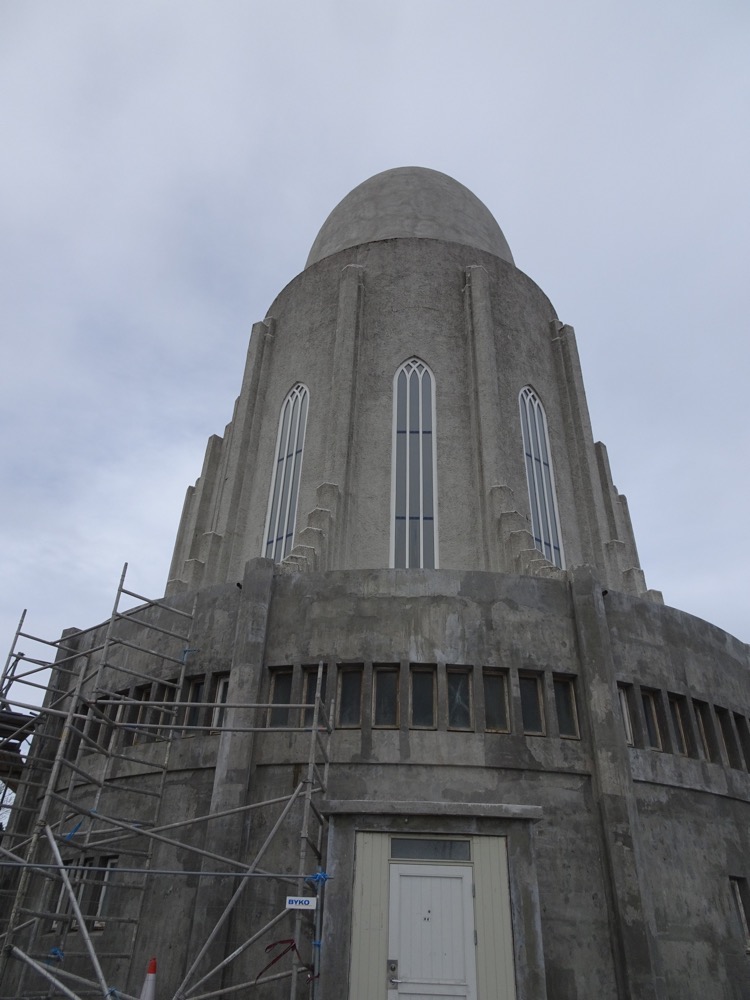 We did a little poke around the shops here a little – I stooped to buying a t-shirt… which in my defence was only marginally more costly than a tea towel at the end of summer sales. 🙂
We did a little poke around the shops here a little – I stooped to buying a t-shirt… which in my defence was only marginally more costly than a tea towel at the end of summer sales. 🙂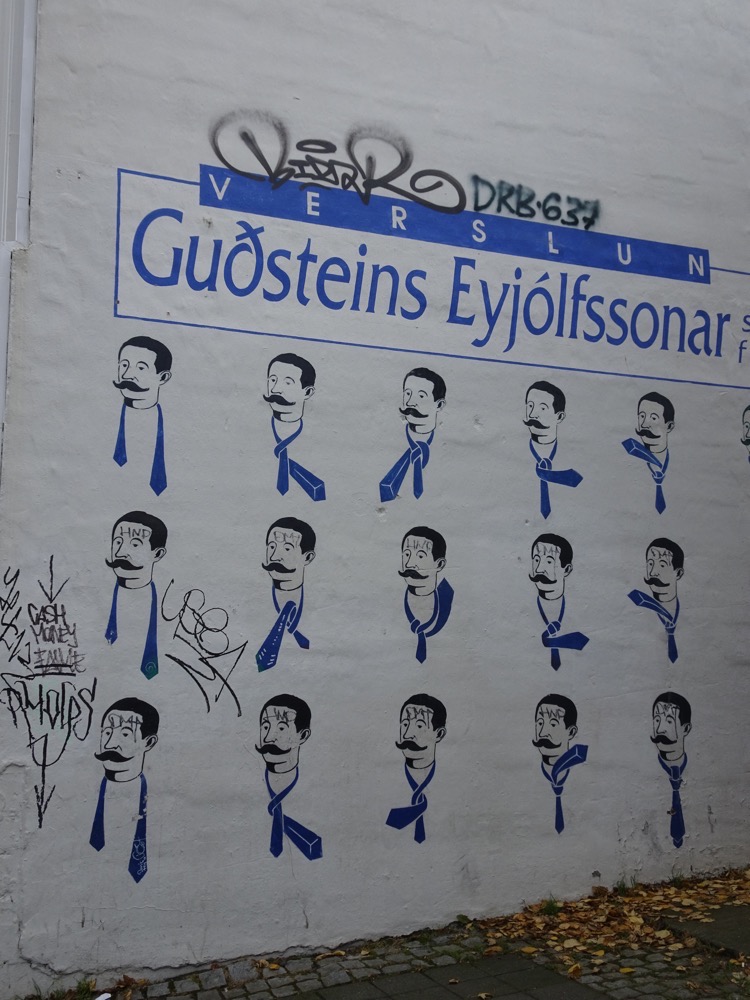 So, lunchtime rolls around and we find ourselves hunting for the Bæjarins Bbeztu Pylsur stand, which quite literally means in English: ‘The Best Hot Dog in Town’. We find the little food truck exactly where is supposed to be not far from the Reykjavik harbour and to my surprise, it is surrounded by people standing around in the cold, which is about 3°C but with the wind feels about -1°, eating hot dogs! I’m not so sure about this al fresco dining thing in this weather, but we dutifully line up for a hot dog.
So, lunchtime rolls around and we find ourselves hunting for the Bæjarins Bbeztu Pylsur stand, which quite literally means in English: ‘The Best Hot Dog in Town’. We find the little food truck exactly where is supposed to be not far from the Reykjavik harbour and to my surprise, it is surrounded by people standing around in the cold, which is about 3°C but with the wind feels about -1°, eating hot dogs! I’m not so sure about this al fresco dining thing in this weather, but we dutifully line up for a hot dog.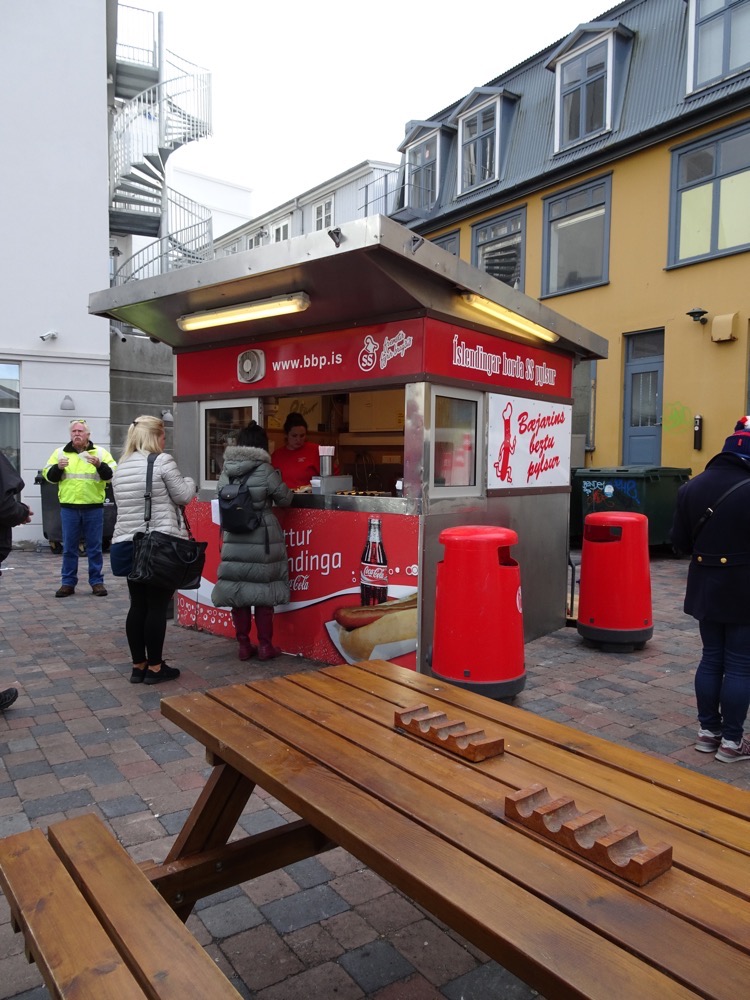 In August 2006, The Guardian newspaper selected Bæjarins Beztu as the Best Hot Dog Stand in Europe – big call. Since then plenty of famous people have come along and tried the now world renown, Bæjarins Beztu hotdogs. Among them are former US President, Bill Clinton, and even cooler, James Hetfield of Metallica fame… and now borys and yale join this illustrious companie of people who have stood around eating hot dogs in sub-zero temperatures.
In August 2006, The Guardian newspaper selected Bæjarins Beztu as the Best Hot Dog Stand in Europe – big call. Since then plenty of famous people have come along and tried the now world renown, Bæjarins Beztu hotdogs. Among them are former US President, Bill Clinton, and even cooler, James Hetfield of Metallica fame… and now borys and yale join this illustrious companie of people who have stood around eating hot dogs in sub-zero temperatures.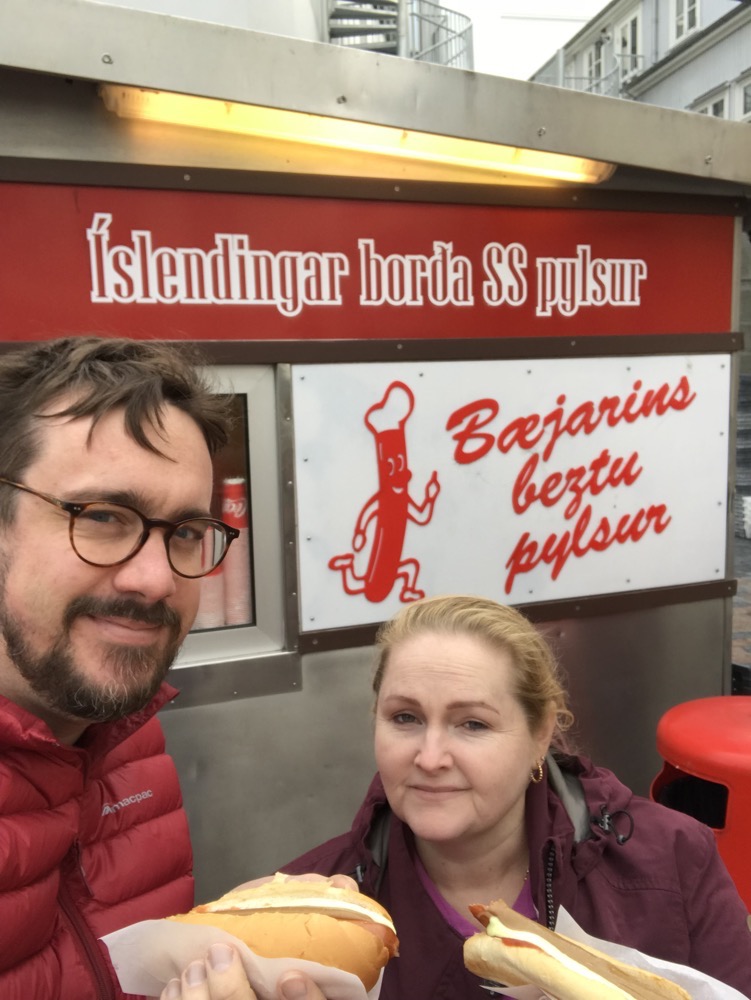 It was so cold, but the hot dogs were tasty enough, I guess.
It was so cold, but the hot dogs were tasty enough, I guess.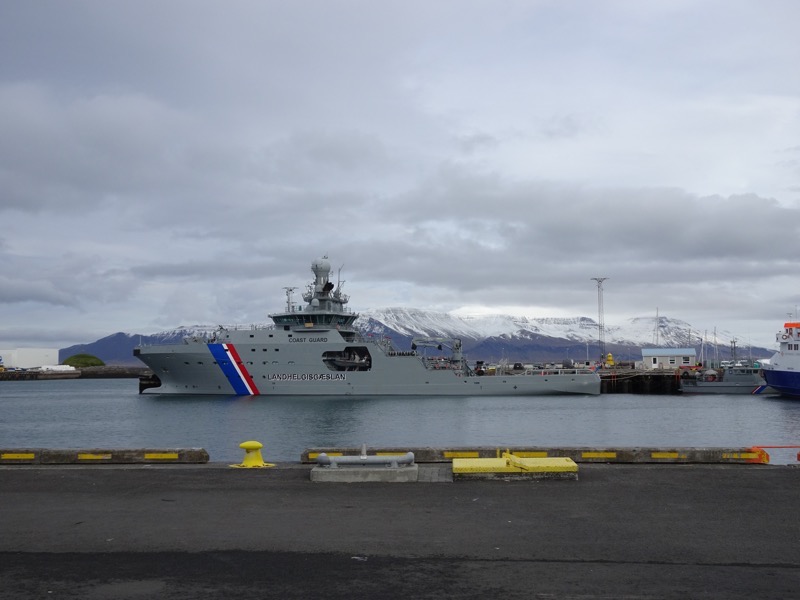
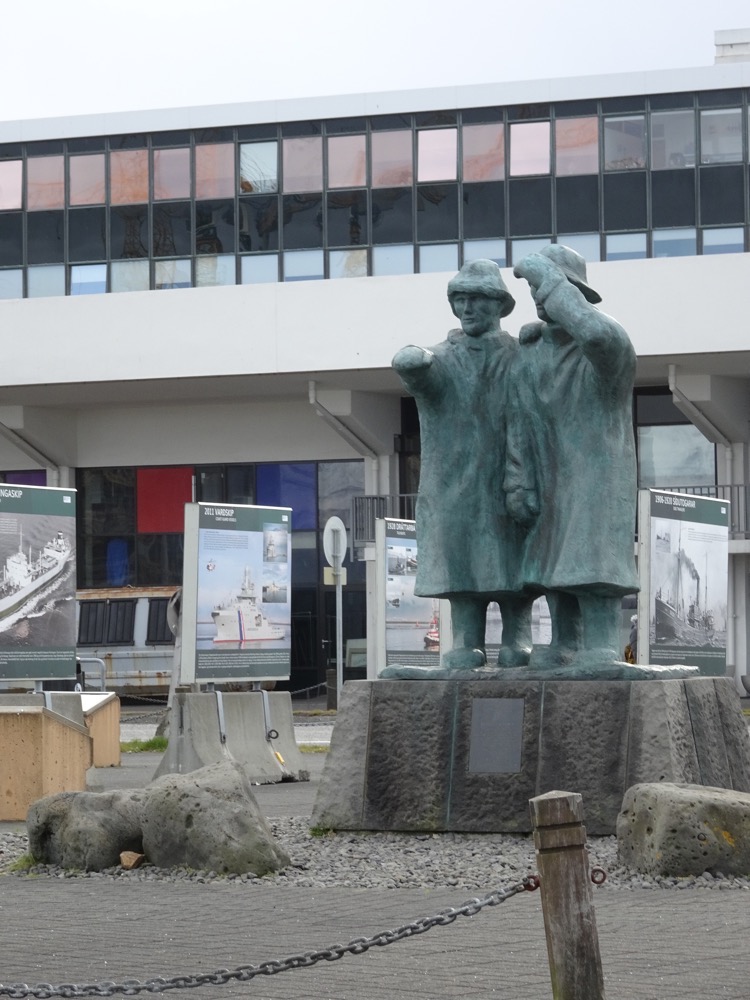
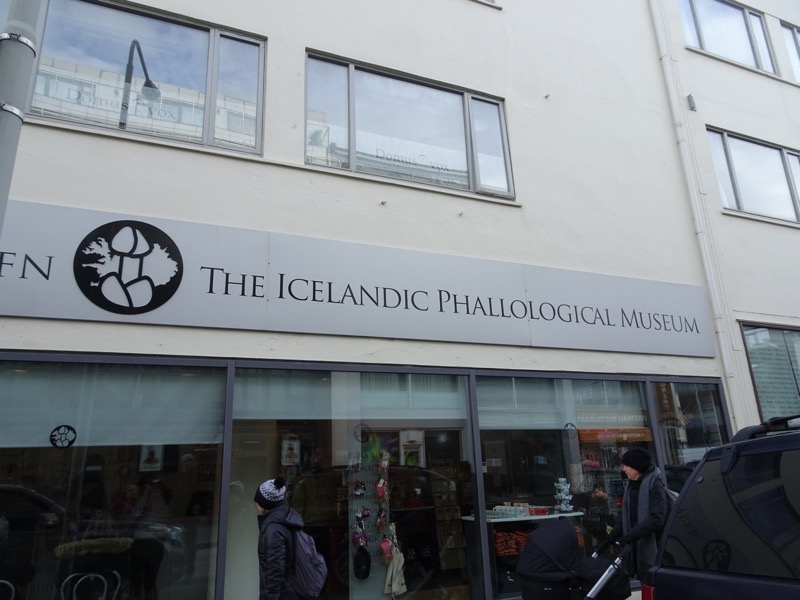
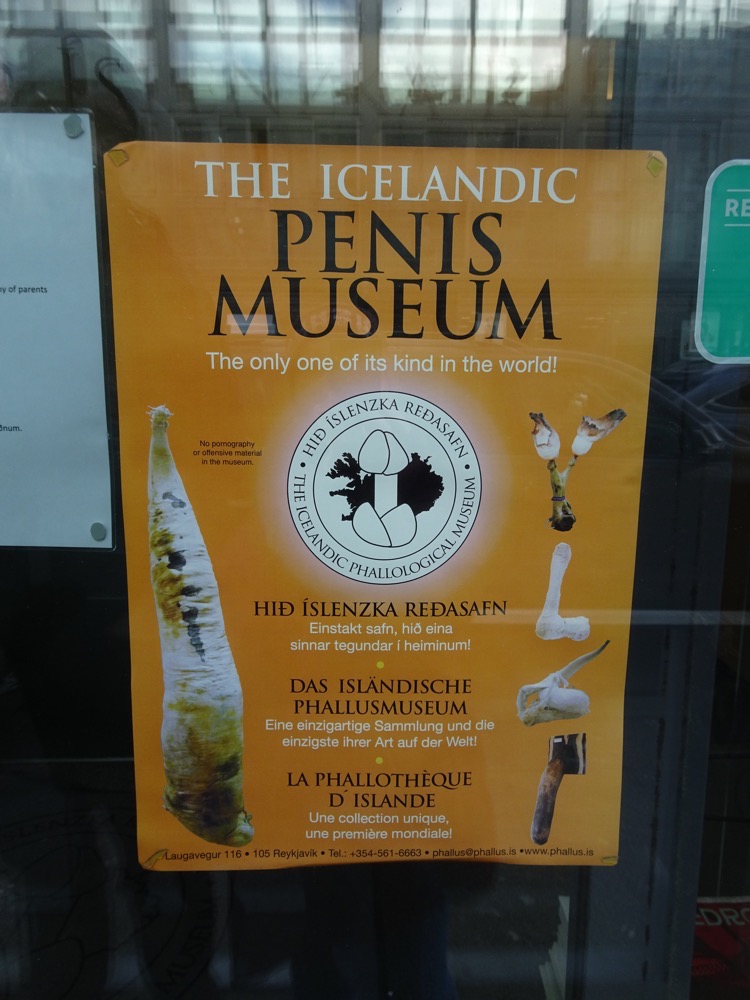 The museum also houses many other phallic items and artworks. Longtime poet and environmental activist, Danish Sculptor, Pjarne P Ejass (1945 – ) created this “Viagra Phallus” in the form of a scorn pole. The work displays the artist’s contempt for all things that deviate from the normal course of nature, and the work is intended to convey his statement, “Stop Fiddling with Nature,” The artist donated the work to the Icelandic Phallological Museum in the summer of 2004 and it was erected in May 2005.
The museum also houses many other phallic items and artworks. Longtime poet and environmental activist, Danish Sculptor, Pjarne P Ejass (1945 – ) created this “Viagra Phallus” in the form of a scorn pole. The work displays the artist’s contempt for all things that deviate from the normal course of nature, and the work is intended to convey his statement, “Stop Fiddling with Nature,” The artist donated the work to the Icelandic Phallological Museum in the summer of 2004 and it was erected in May 2005.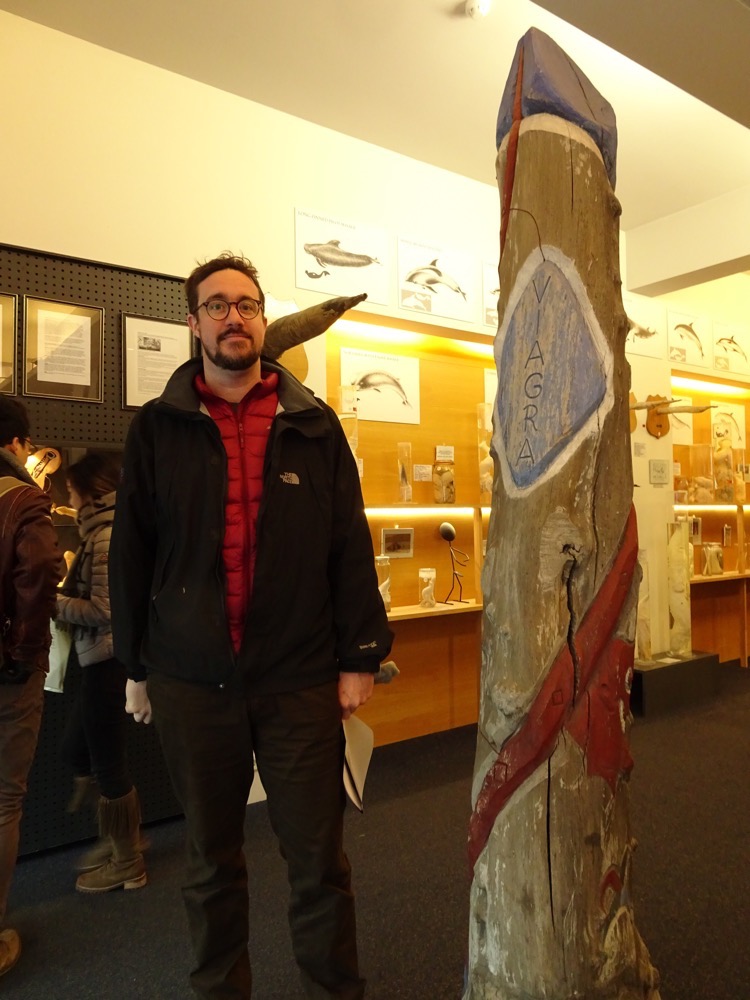 A rather painful looking toothpick holder:
A rather painful looking toothpick holder: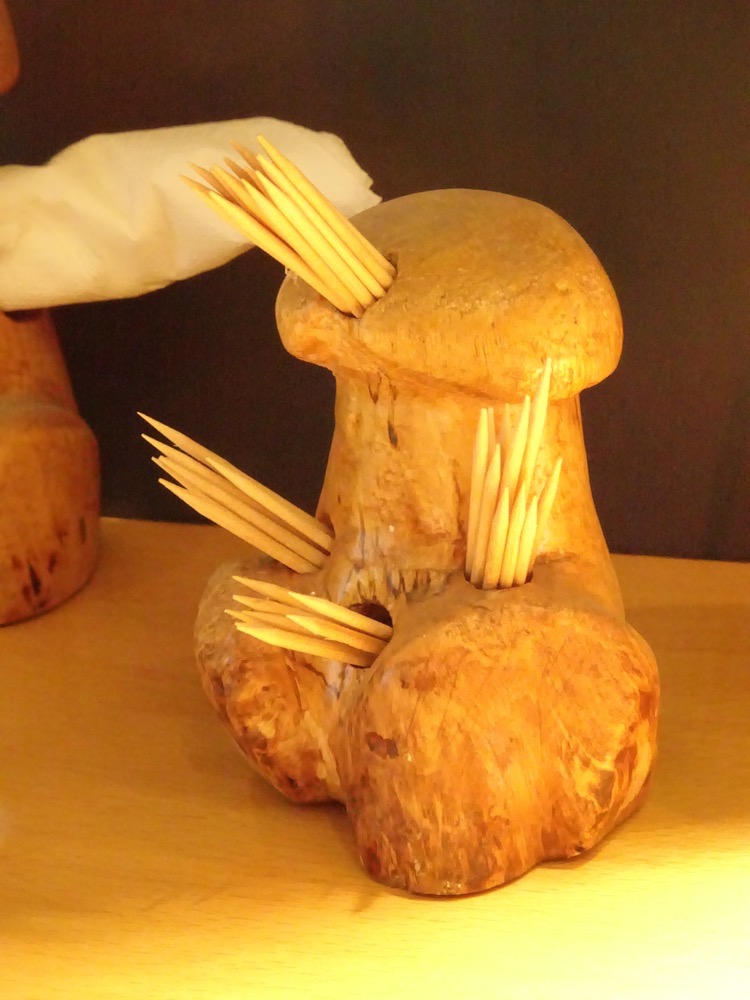 Dried sperm whale penis:
Dried sperm whale penis: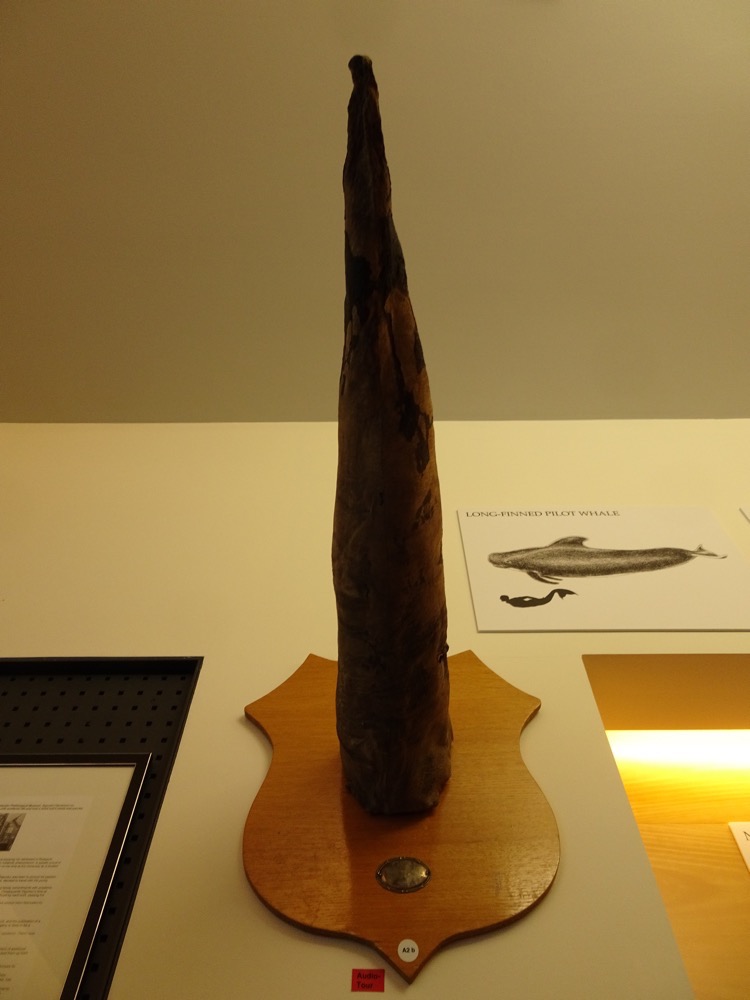 Preserved pilot whale penis:
Preserved pilot whale penis: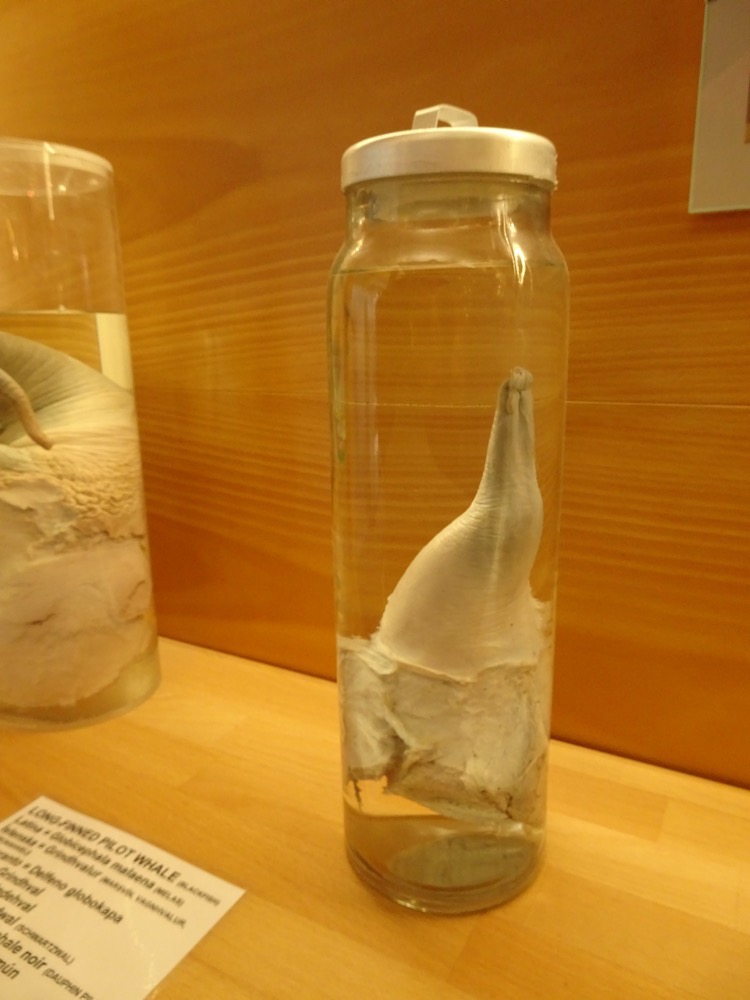 Various penises belonging to different dolphins and porpoises:
Various penises belonging to different dolphins and porpoises: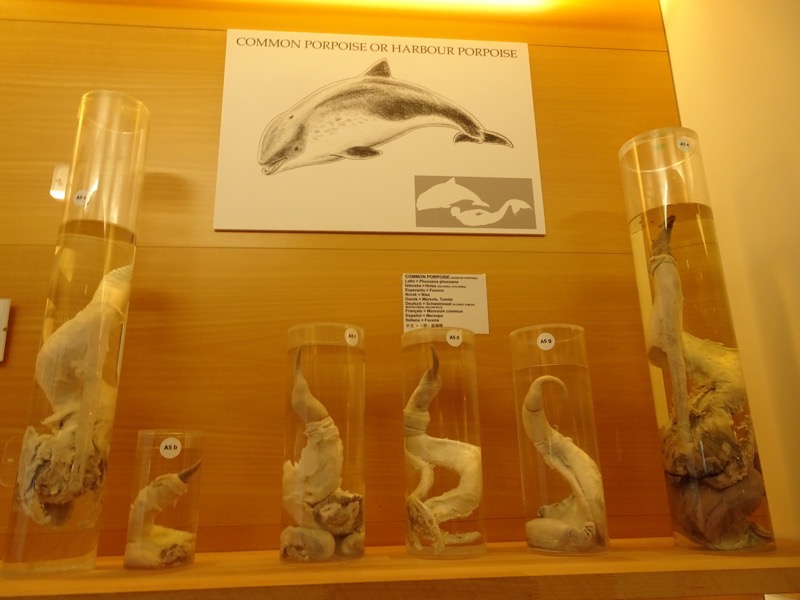 And this magnificent specimen – is a Narwhal! Narwhal! Living in the ocean…!
And this magnificent specimen – is a Narwhal! Narwhal! Living in the ocean…!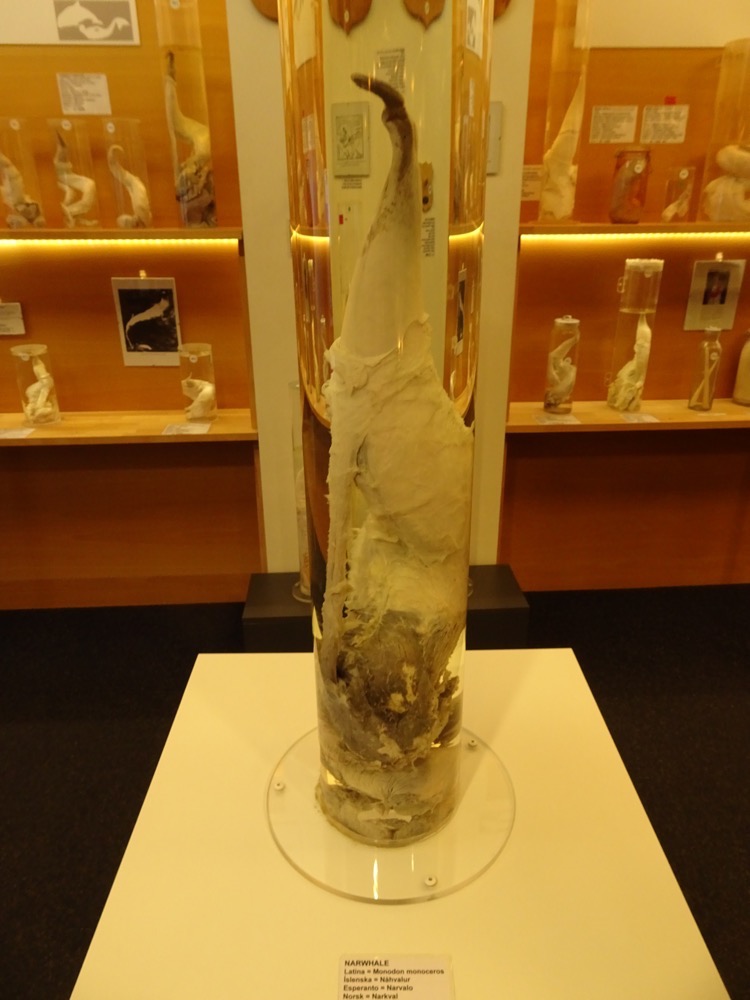 African bull elephant:
African bull elephant: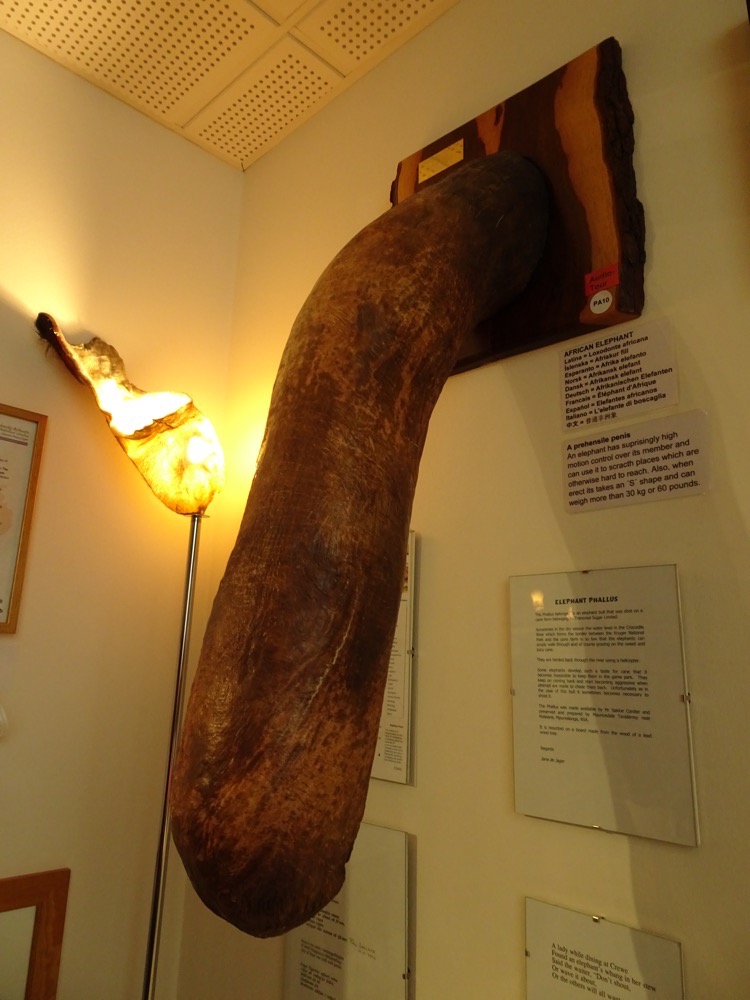 An eland, a dromedary and giraffe penises:
An eland, a dromedary and giraffe penises: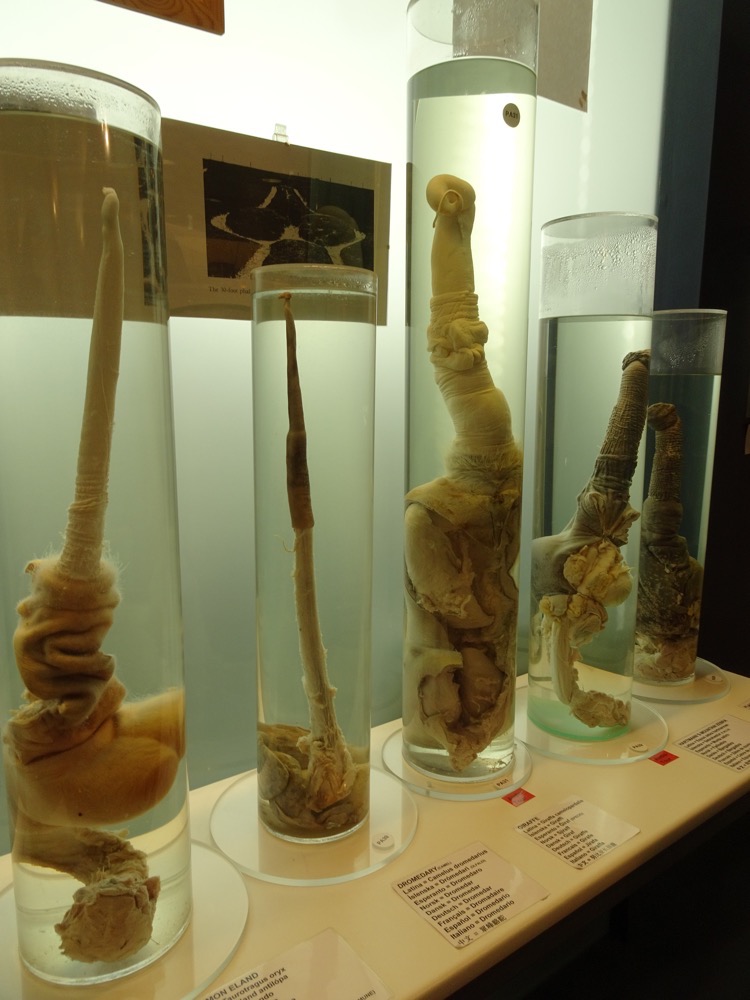 Killer whale penis: yale for scale
Killer whale penis: yale for scale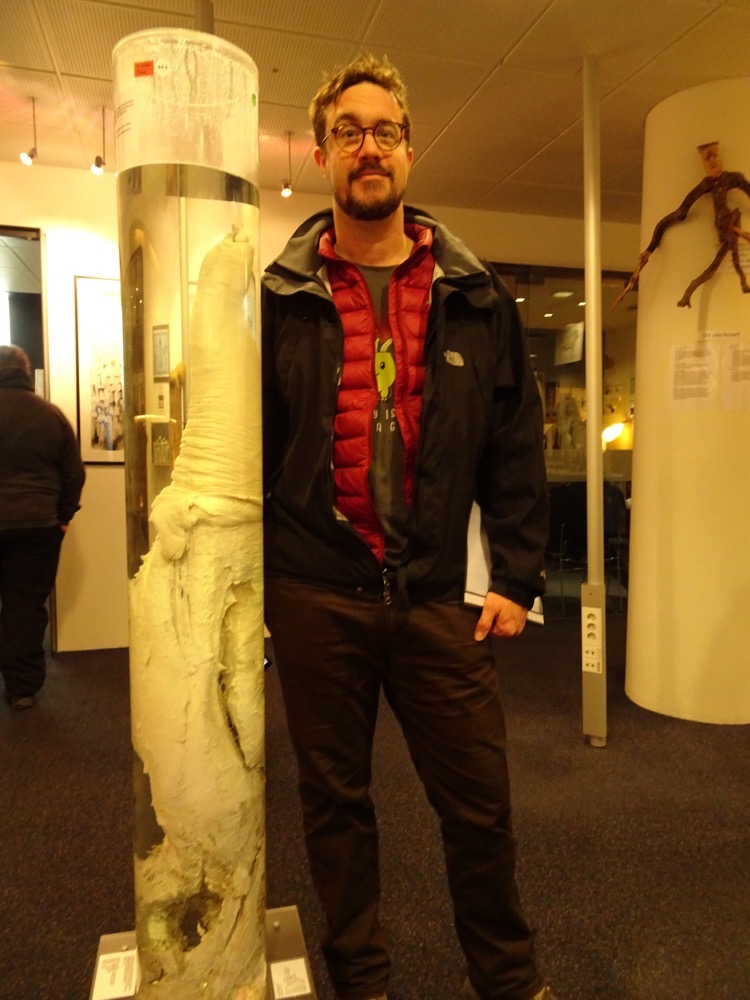 An artwork based on the penises of the National Icelandic Handball Team that represented Iceland at the Bejing Olympics in 2008. 😮
An artwork based on the penises of the National Icelandic Handball Team that represented Iceland at the Bejing Olympics in 2008. 😮 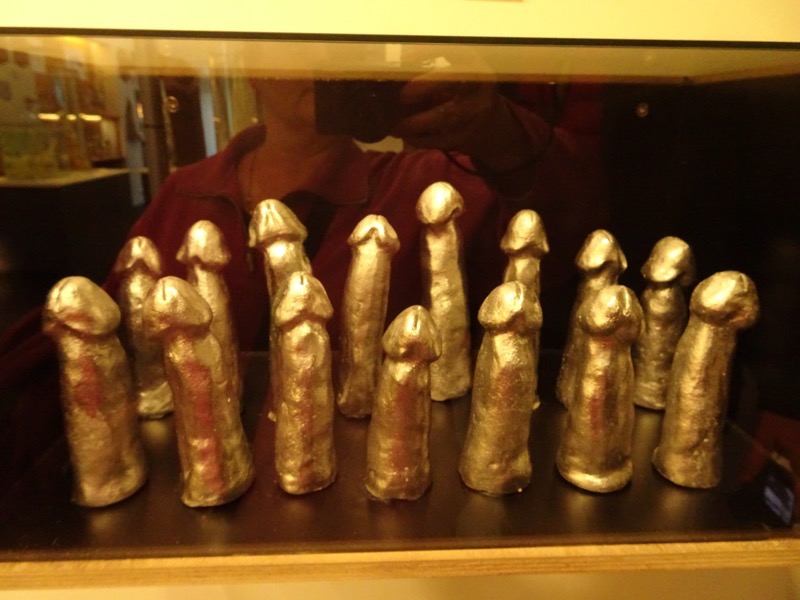 Freyr – Viking God of Fertility:
Freyr – Viking God of Fertility: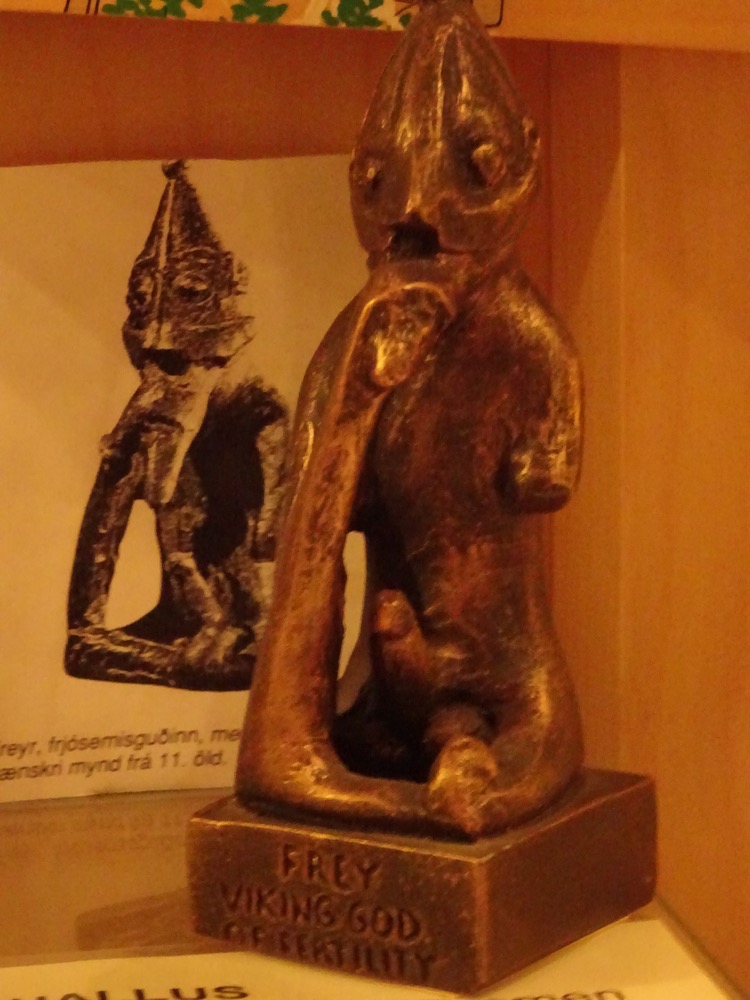
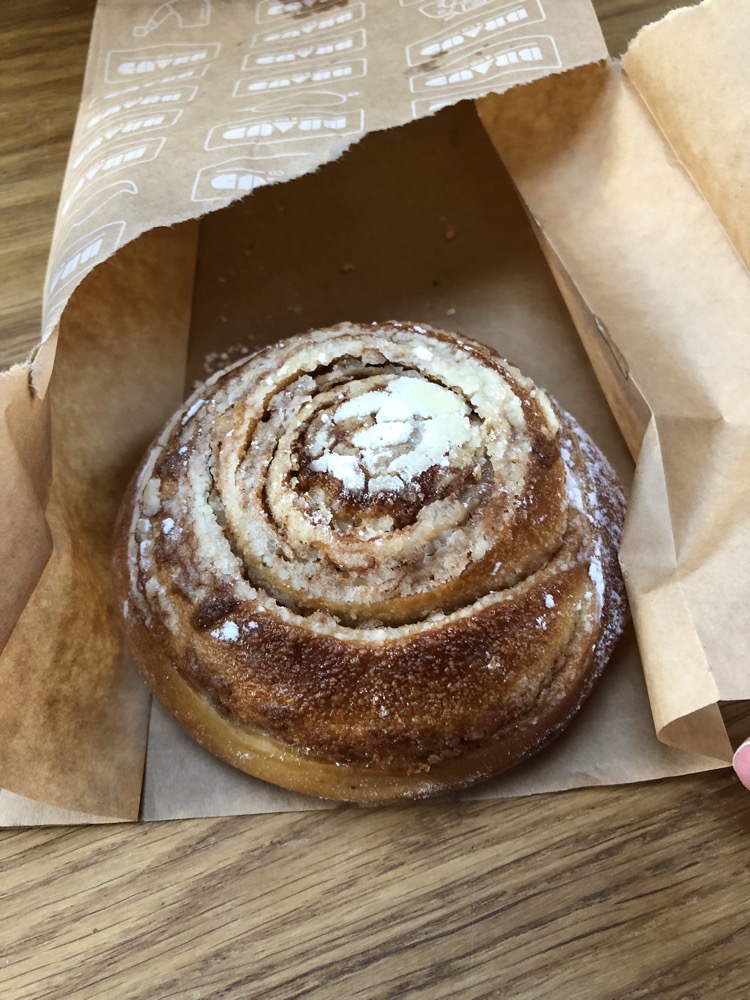 From here we did what was probably the first bit of real touristy shopping we have done since we arrive in Iceland. We wandered down the main shopping street which pretty much leads from the Hallgrímskirkja church down towards the waterfront esplanade. I got to stop in the Tuilipop shop this time, which was closed when I was here last – luckily their plush Freds are not very soft or I would have found myself buying a rather expensive and unnecessary plush toy to take home!
From here we did what was probably the first bit of real touristy shopping we have done since we arrive in Iceland. We wandered down the main shopping street which pretty much leads from the Hallgrímskirkja church down towards the waterfront esplanade. I got to stop in the Tuilipop shop this time, which was closed when I was here last – luckily their plush Freds are not very soft or I would have found myself buying a rather expensive and unnecessary plush toy to take home! 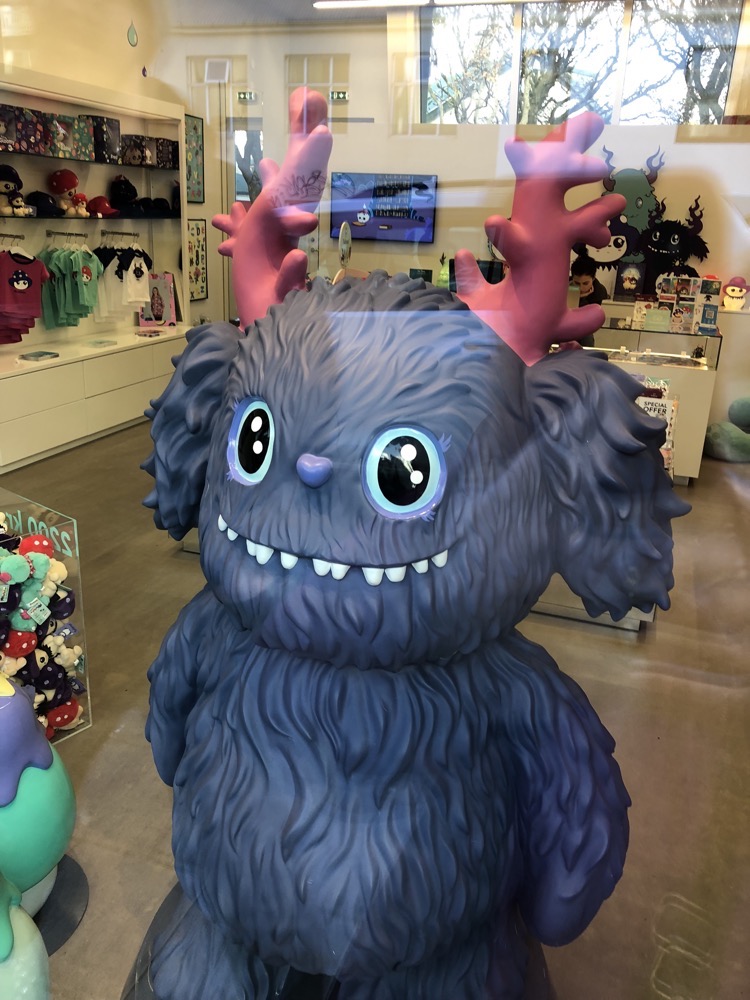
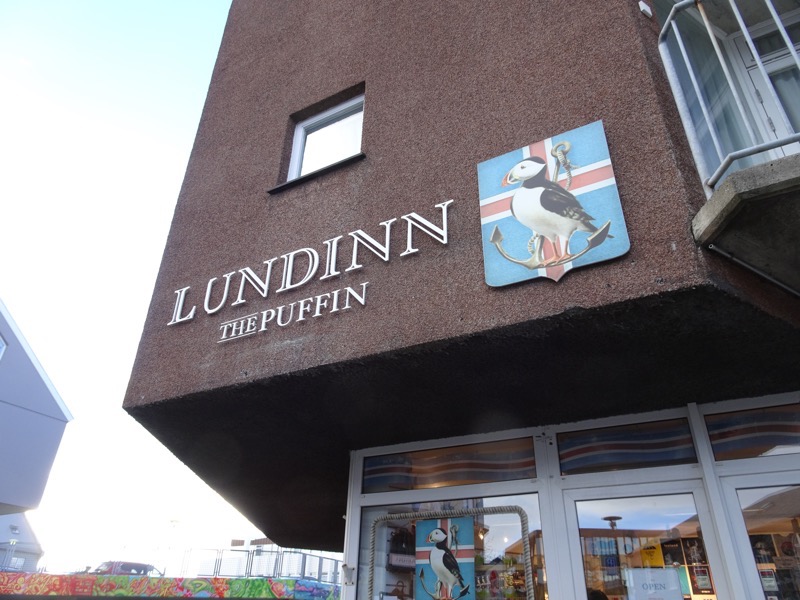
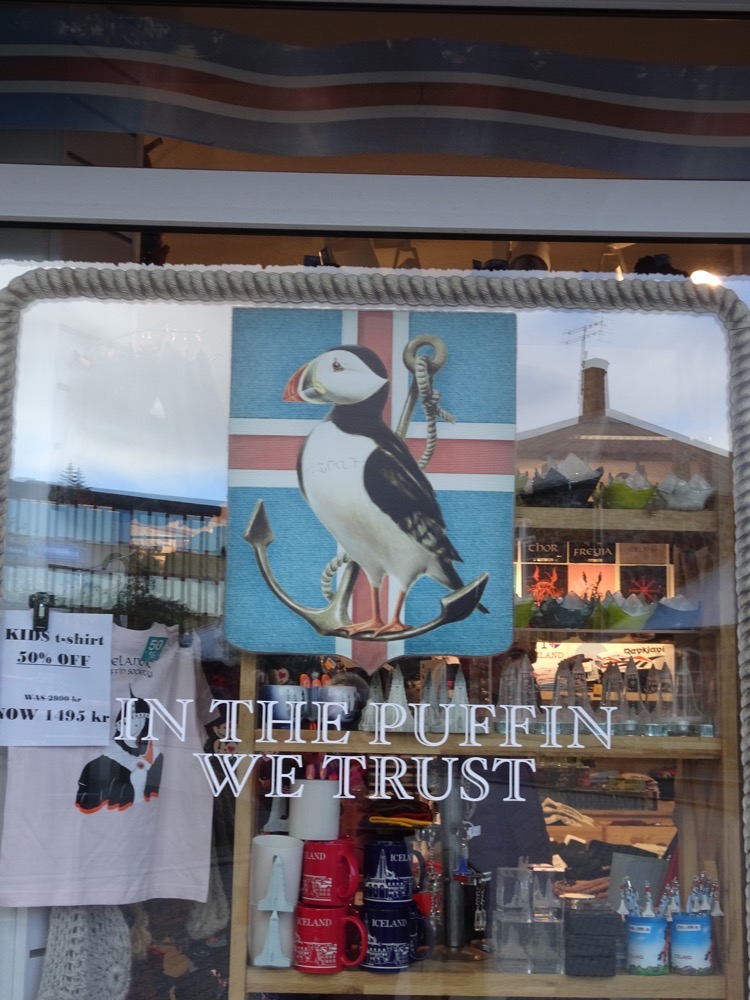 There is so much shit here with puffins on it – and because I have been here three times now and have yet to see a single goddamn puffin that isn’t stuffed (like the AUD$450 ones in the top left hand picture!), I flatly refuse to buy so much as a sticker with a puffin on it. I think the puffins here are like the trolls – just some sort of myth.
There is so much shit here with puffins on it – and because I have been here three times now and have yet to see a single goddamn puffin that isn’t stuffed (like the AUD$450 ones in the top left hand picture!), I flatly refuse to buy so much as a sticker with a puffin on it. I think the puffins here are like the trolls – just some sort of myth.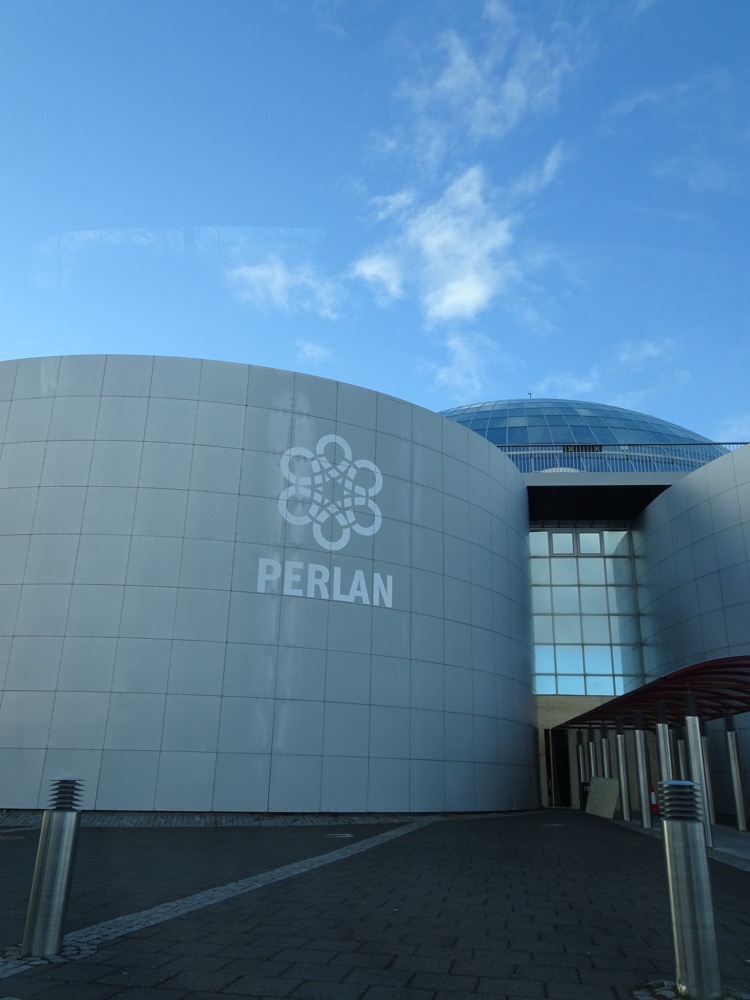
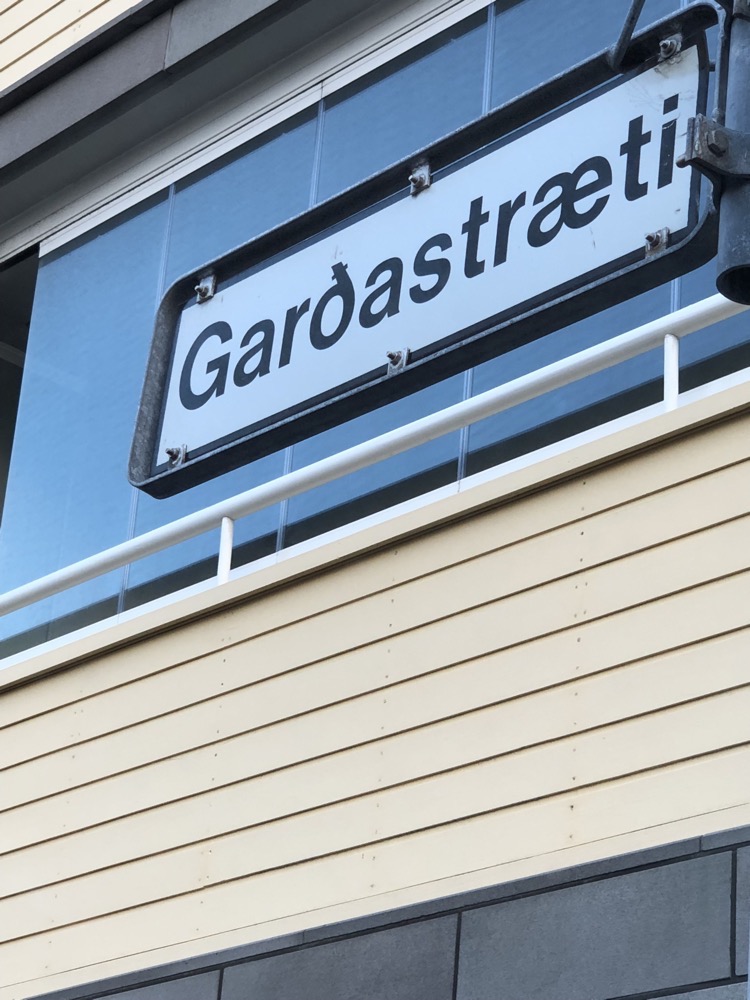 For our last night in Iceland, we thought we’d go out for one final nice, but predictably, overpriced meal. We ended up at the Geysir Bistro near Ingólfur Square. It was a more relaxed environment that the last two restaurants we went to and the menu looked likewise slightly more modest.
For our last night in Iceland, we thought we’d go out for one final nice, but predictably, overpriced meal. We ended up at the Geysir Bistro near Ingólfur Square. It was a more relaxed environment that the last two restaurants we went to and the menu looked likewise slightly more modest.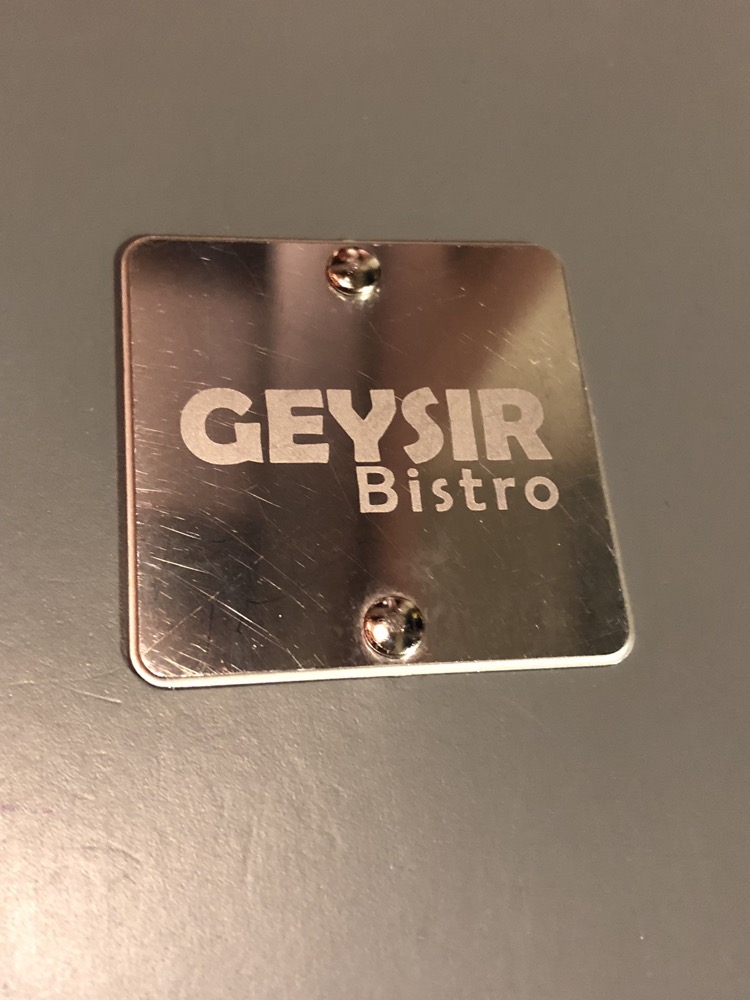
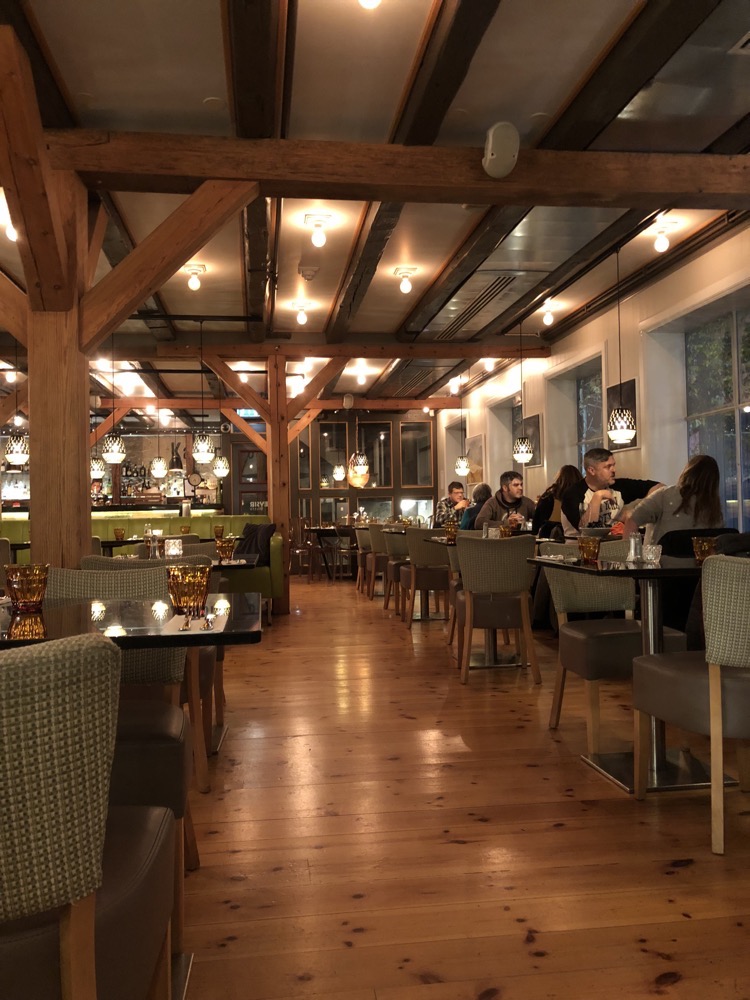 But the food – still fancy AF.
But the food – still fancy AF. 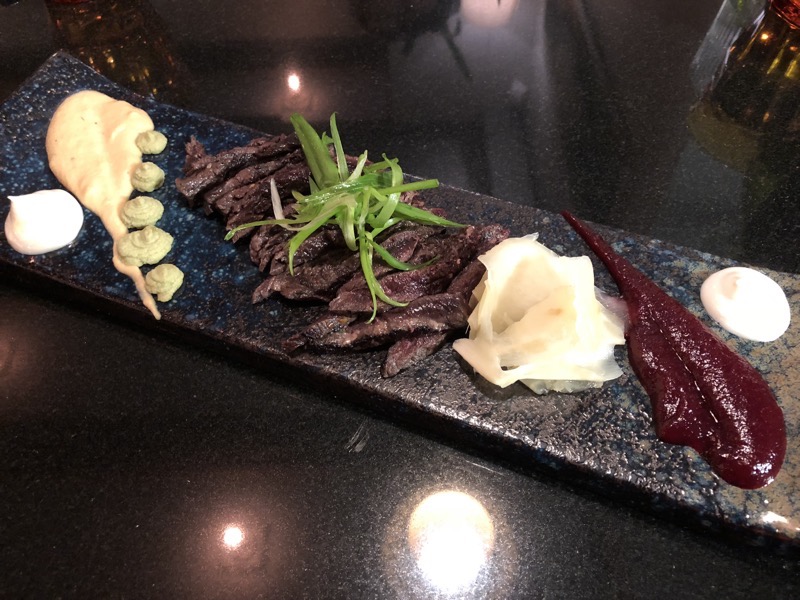
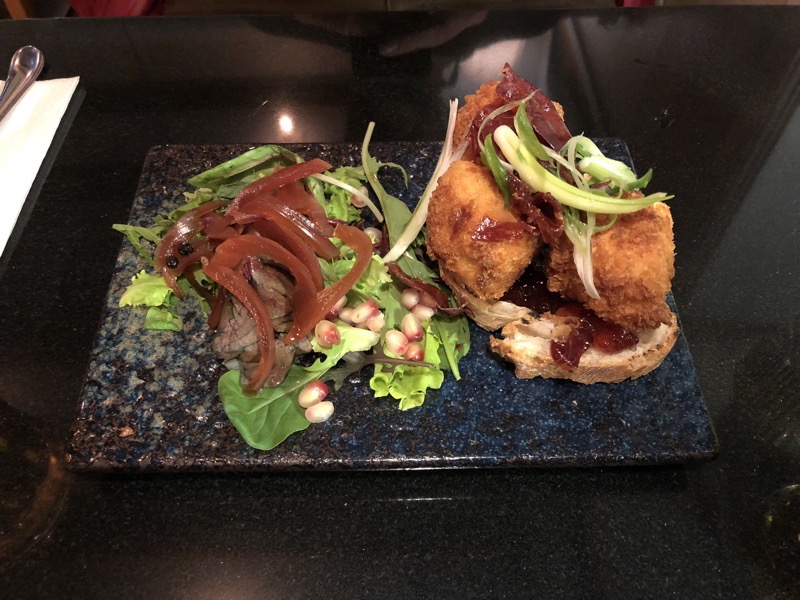
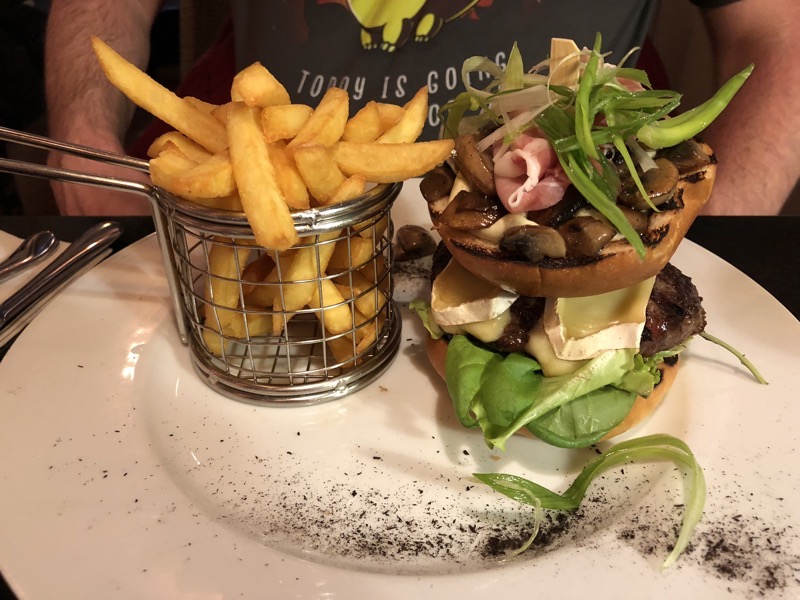
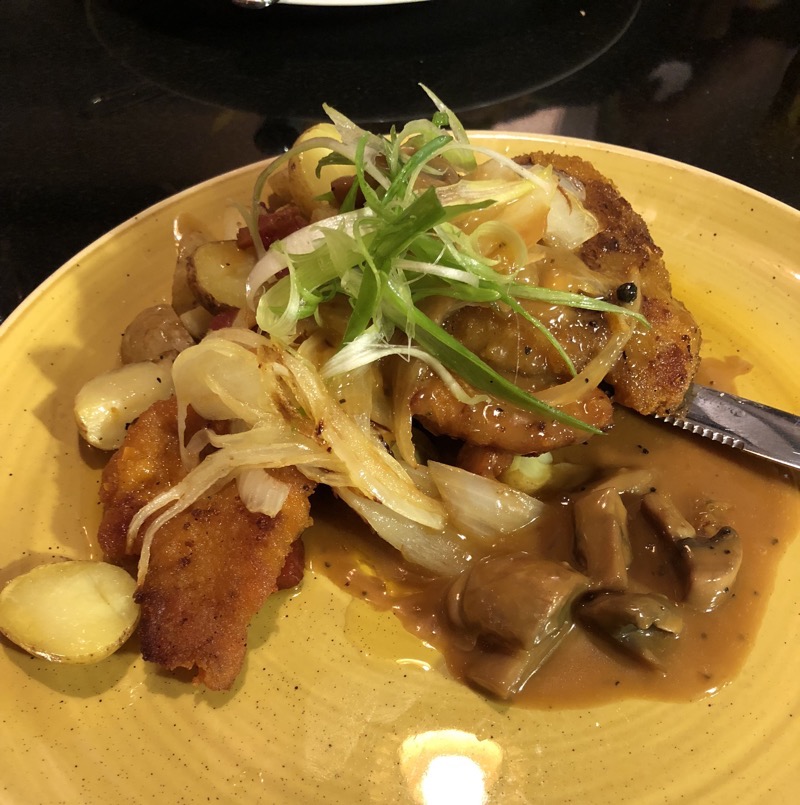 We toasted our last night with some Brennavin and congratulated ourselves on having only had one shit fight in two weeks in close quarters! 😛 It’s bound to happen – travelling with people is one way to really test the friendship/relationship! All your best and all your worst will eventually come out. 🙂
We toasted our last night with some Brennavin and congratulated ourselves on having only had one shit fight in two weeks in close quarters! 😛 It’s bound to happen – travelling with people is one way to really test the friendship/relationship! All your best and all your worst will eventually come out. 🙂 